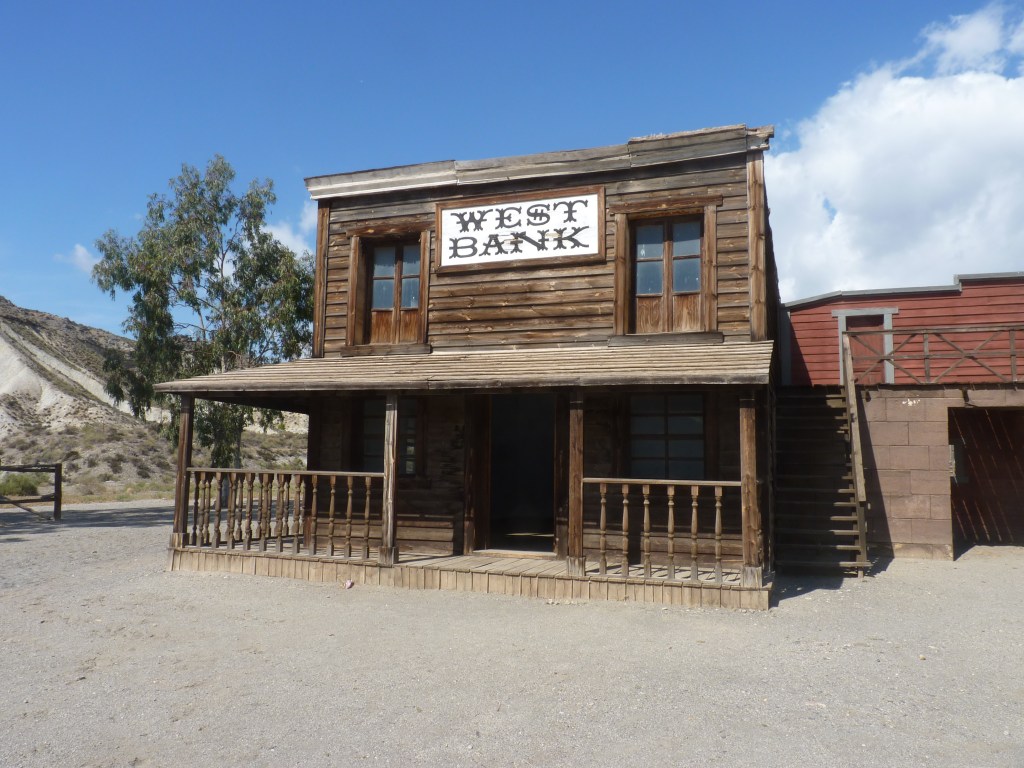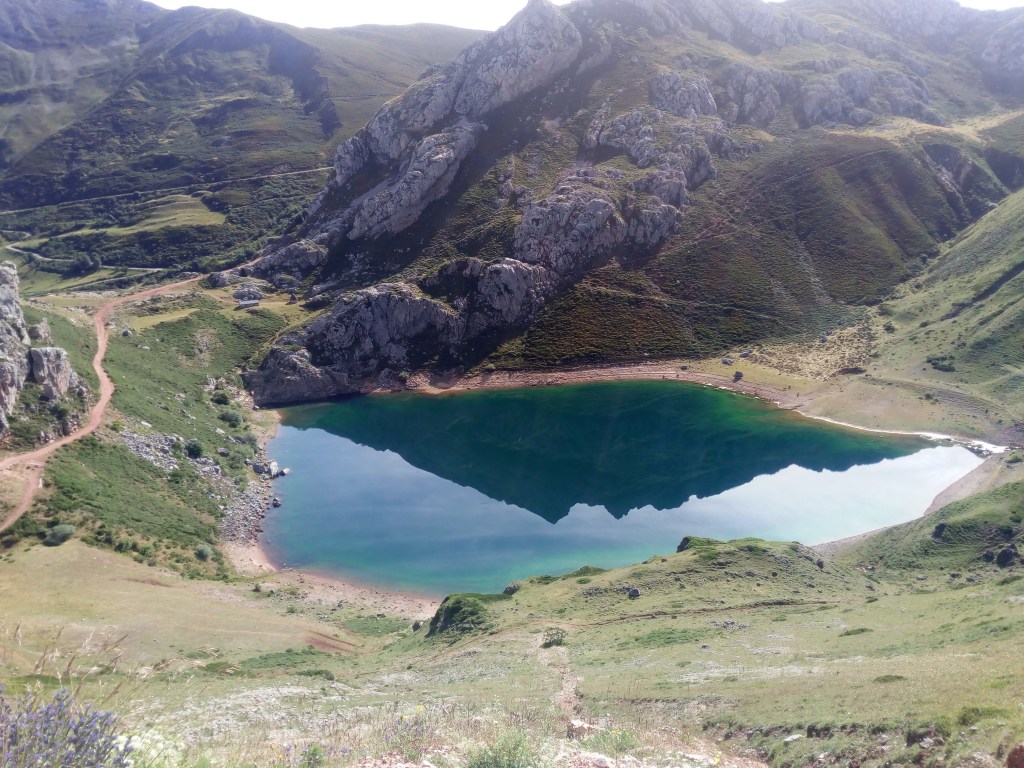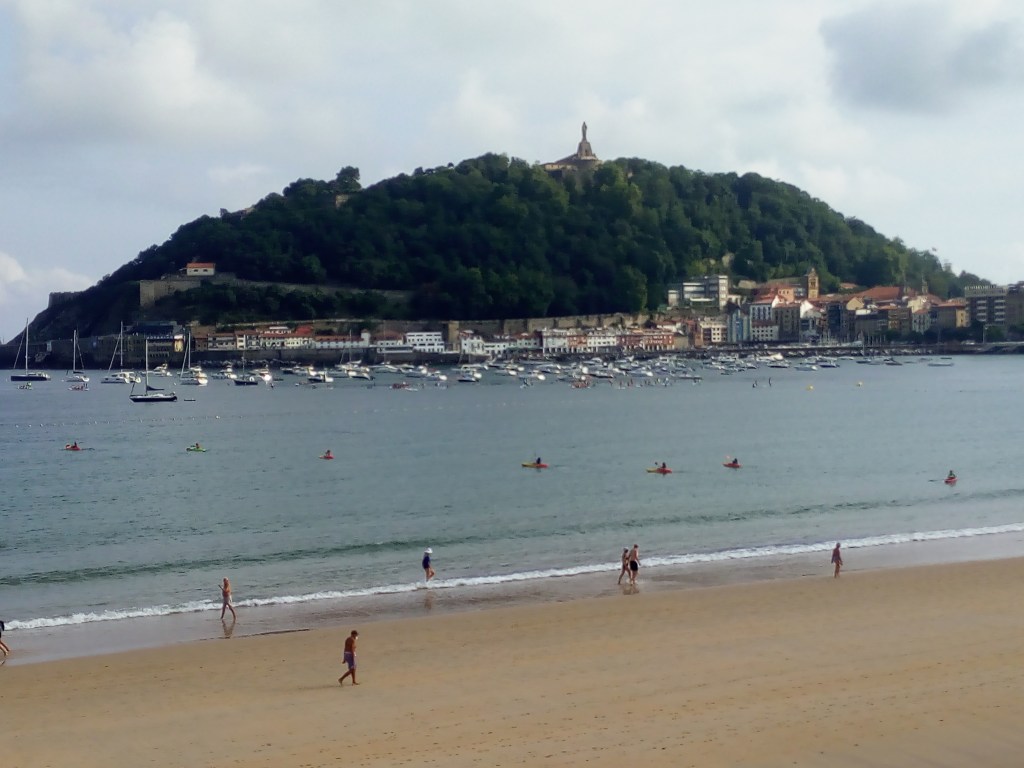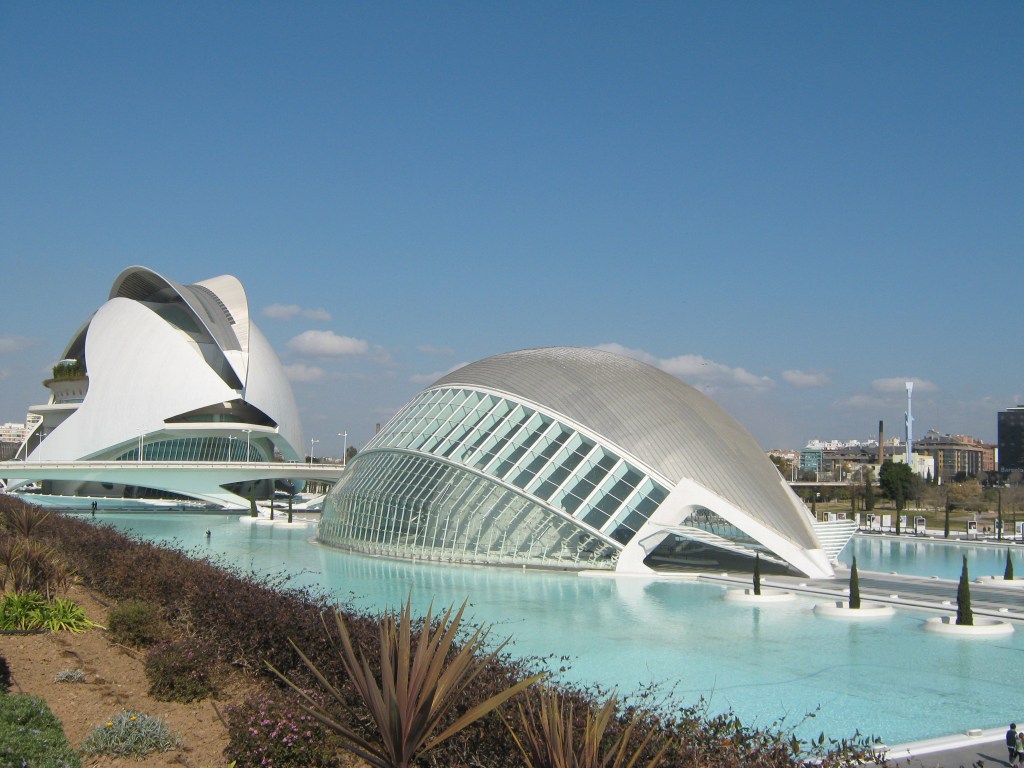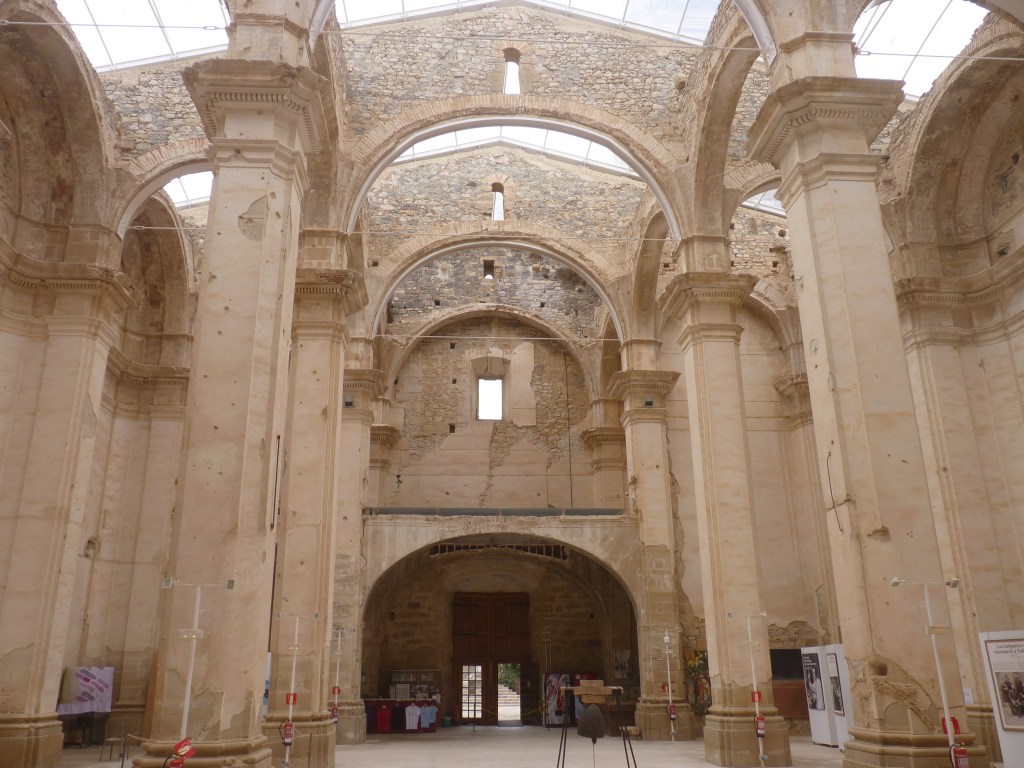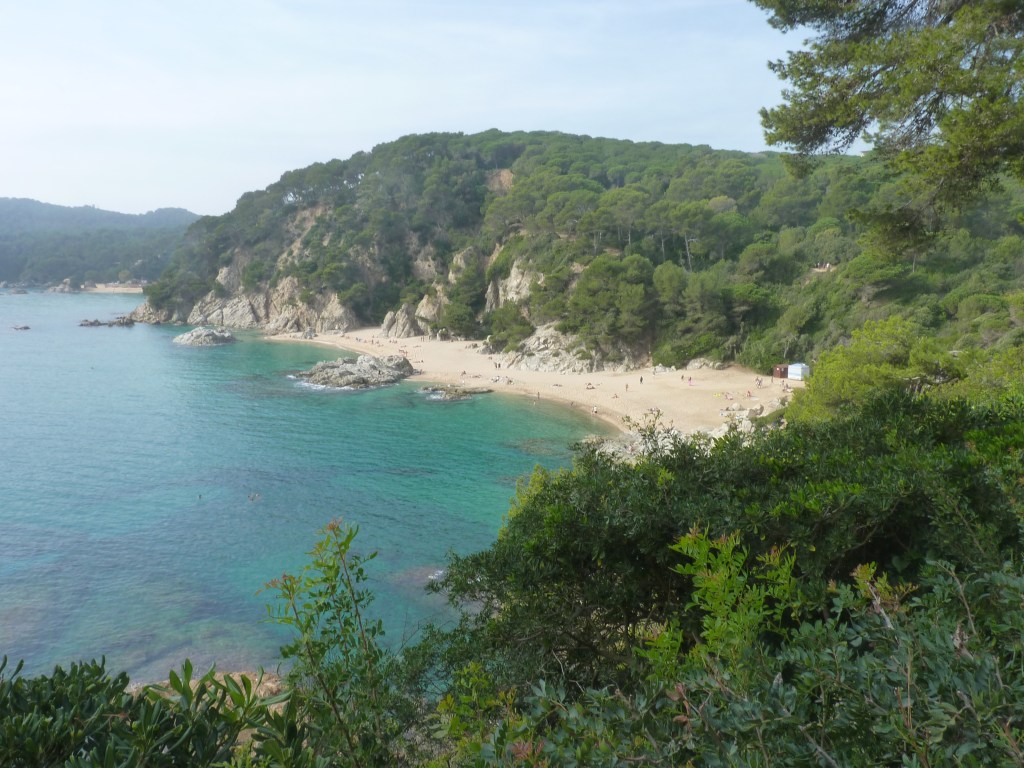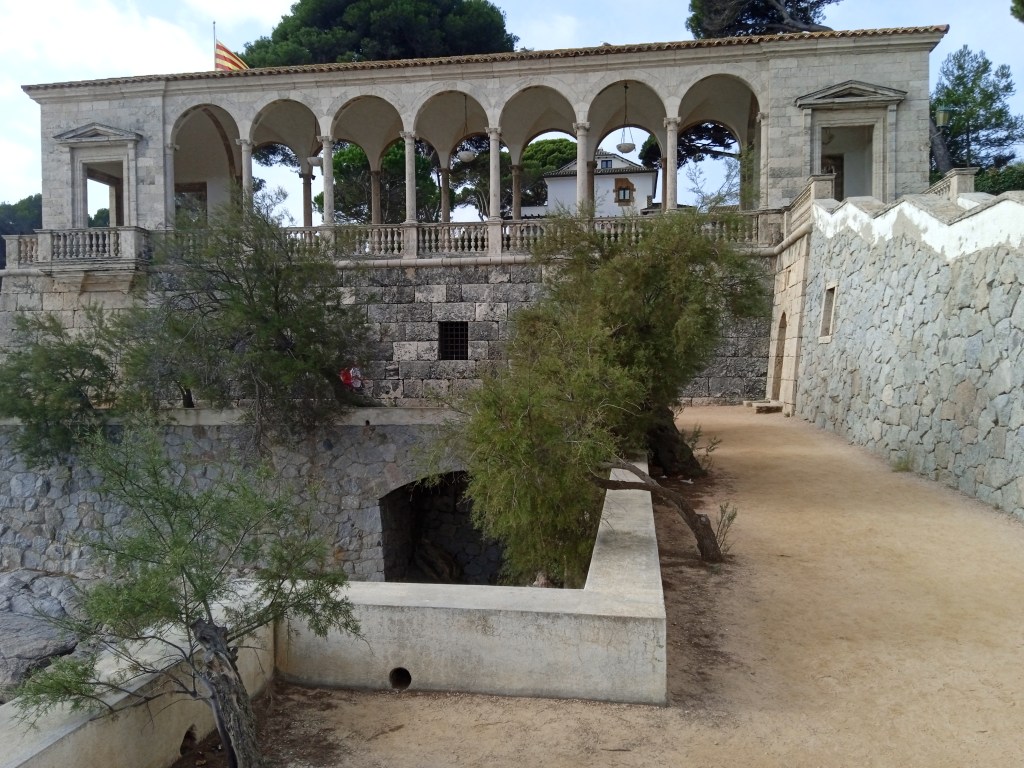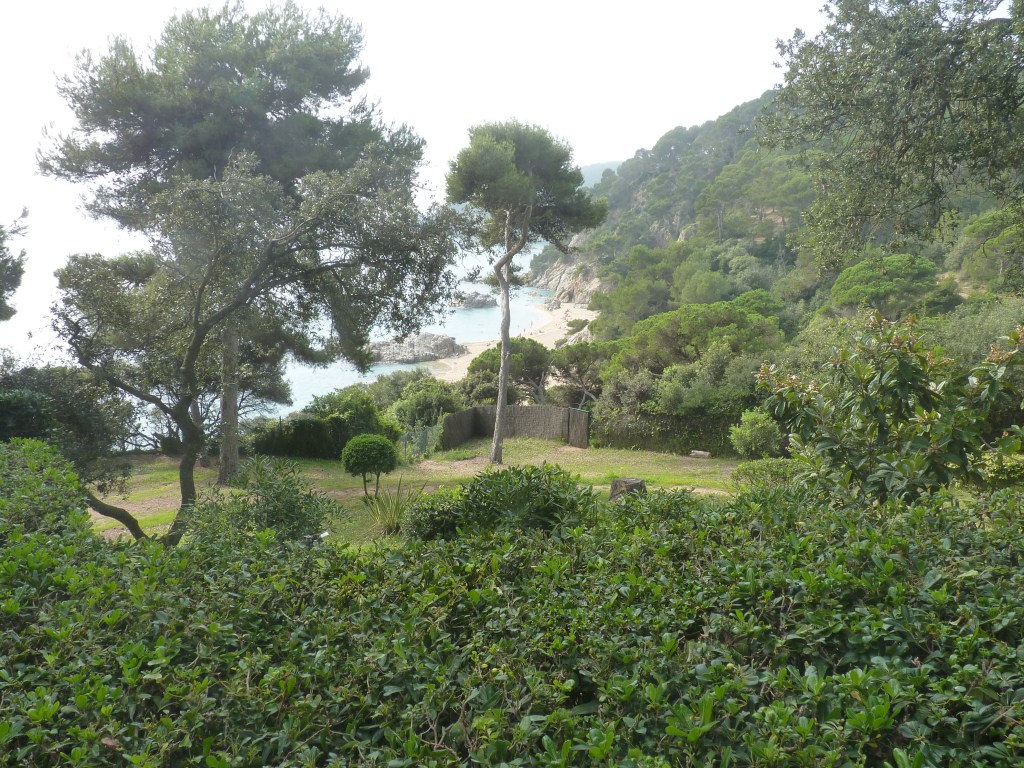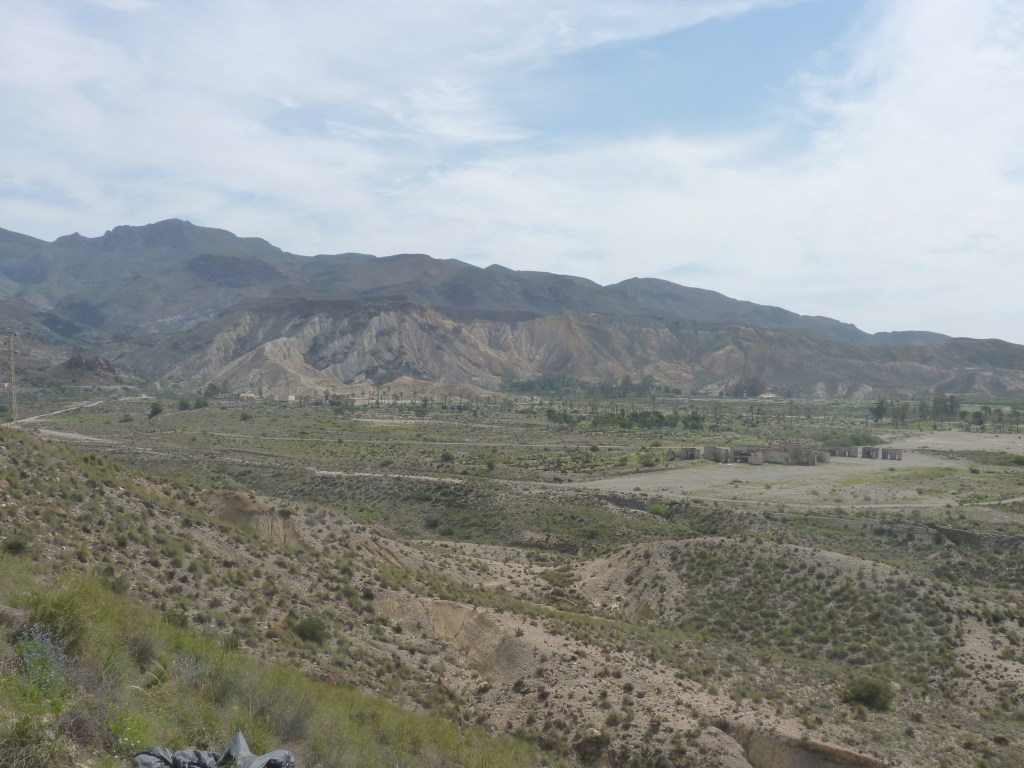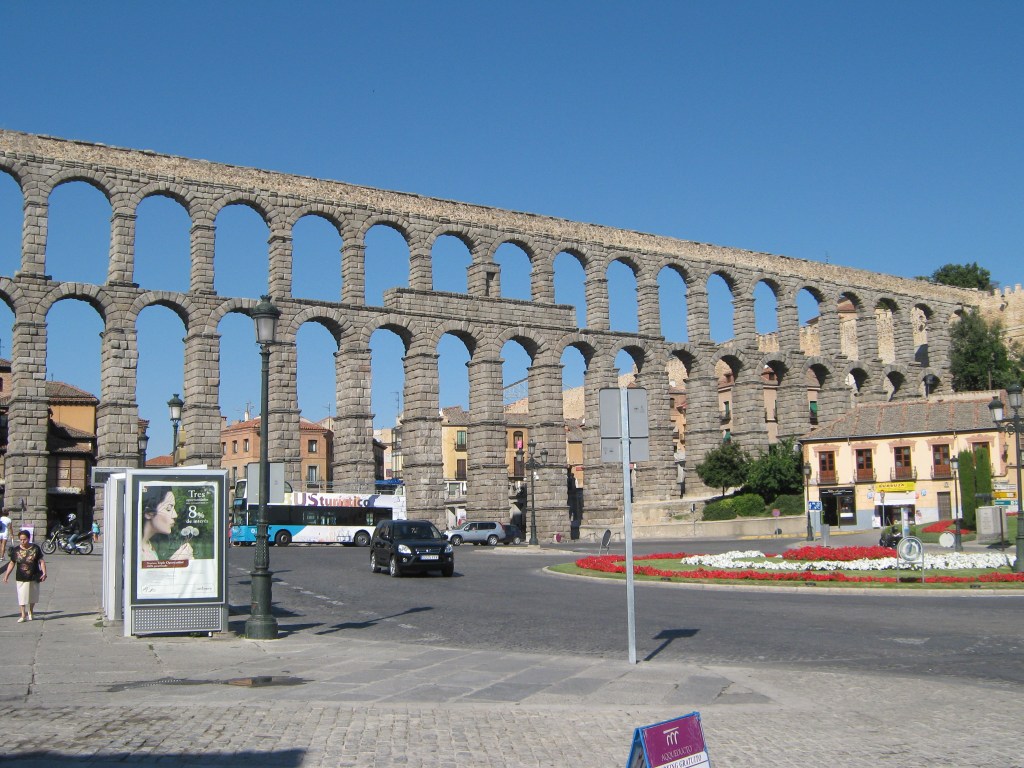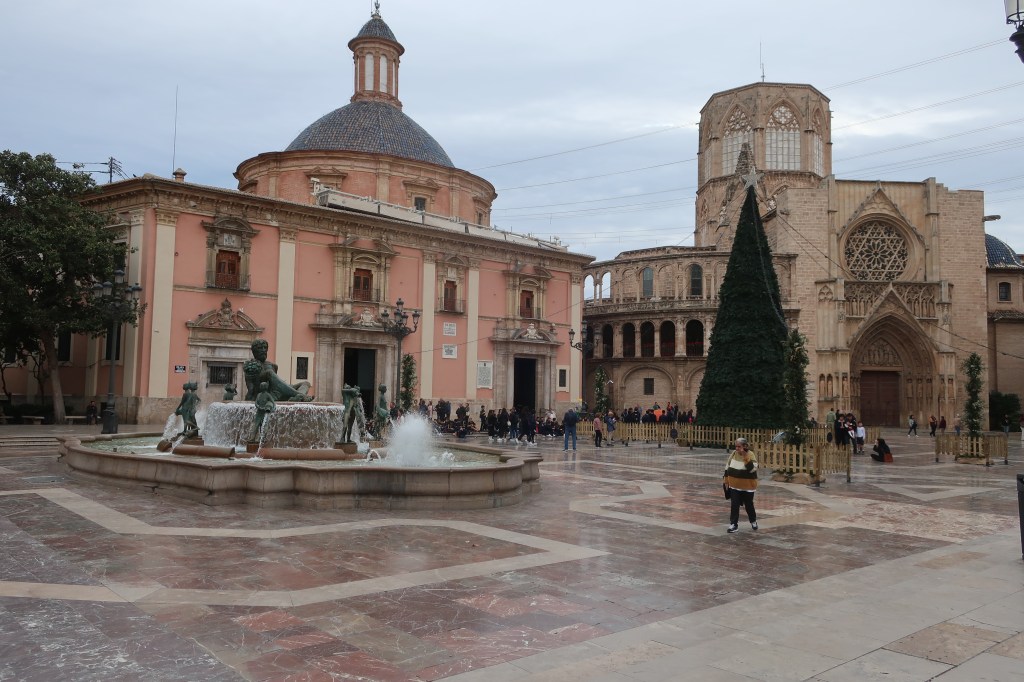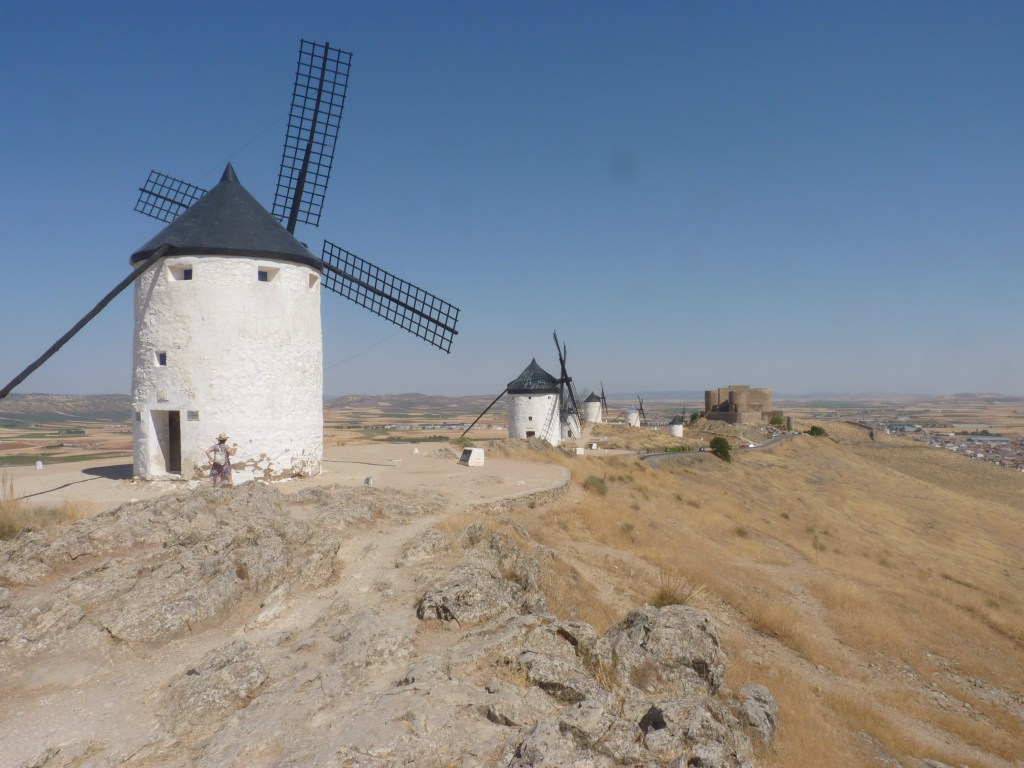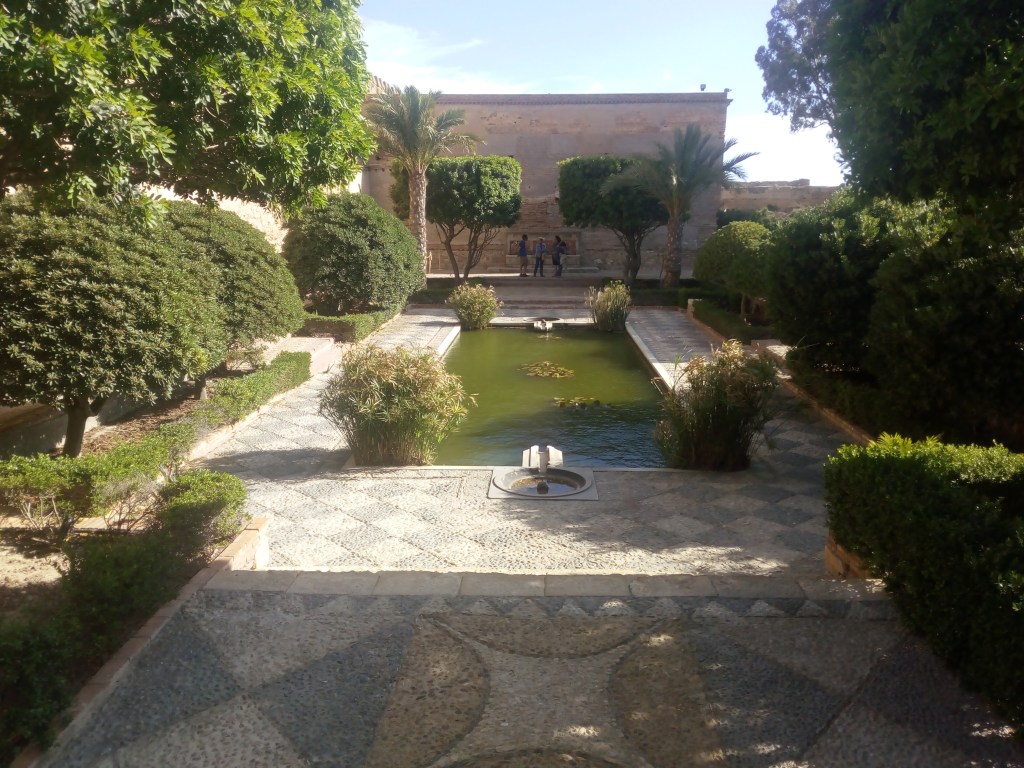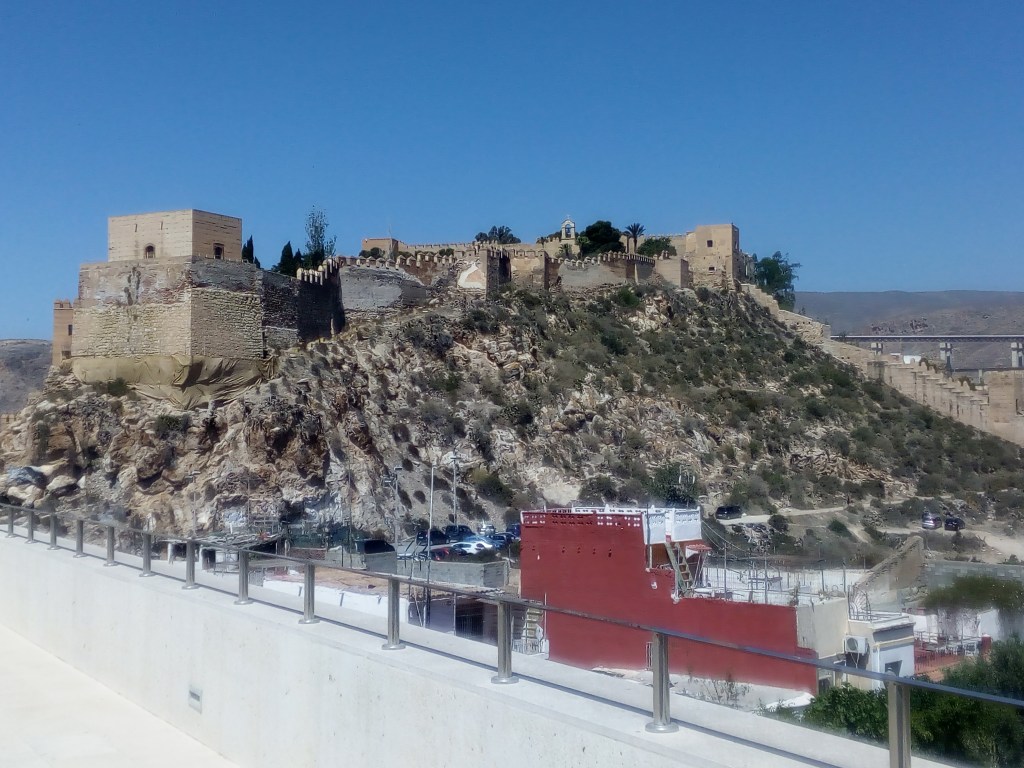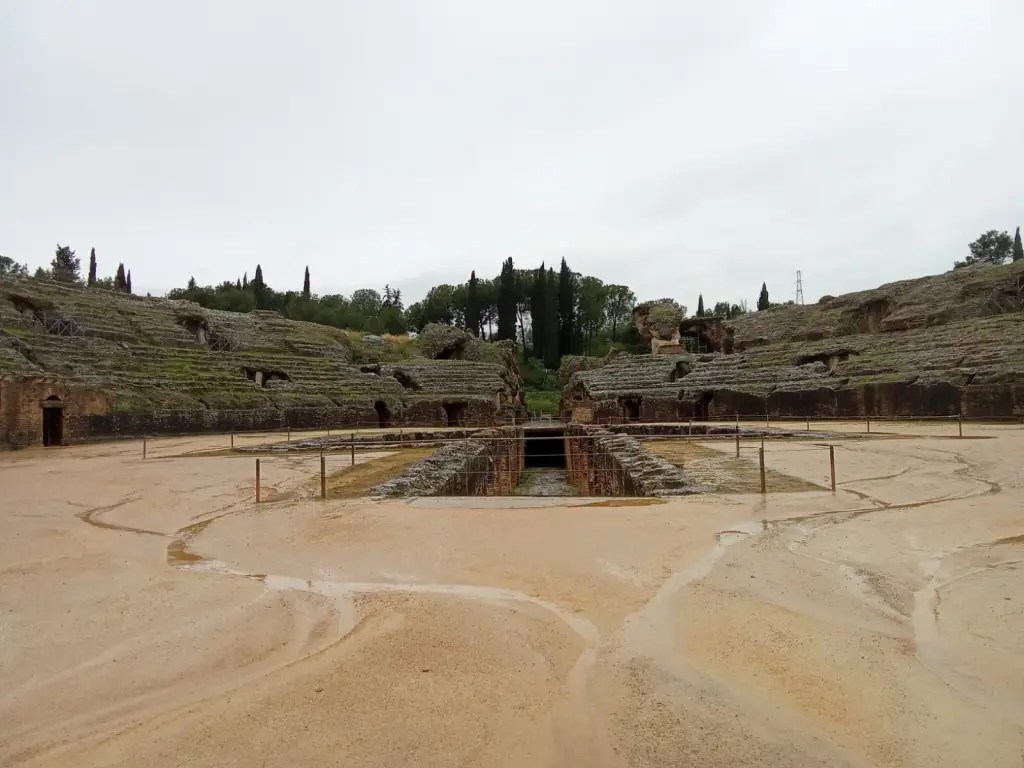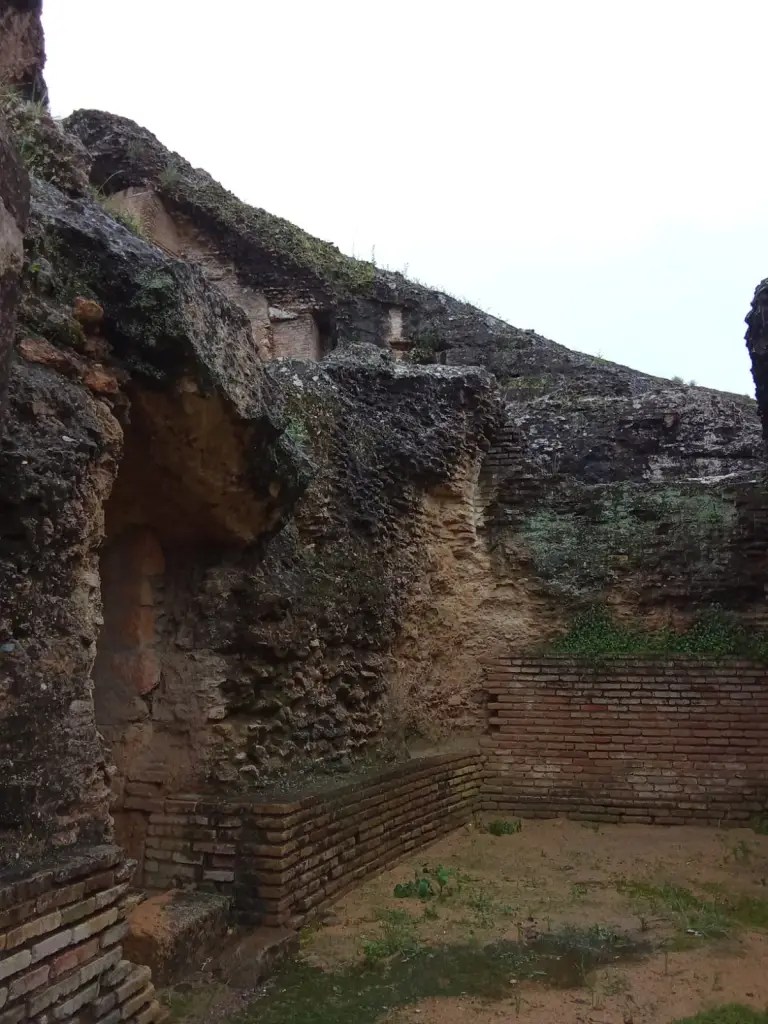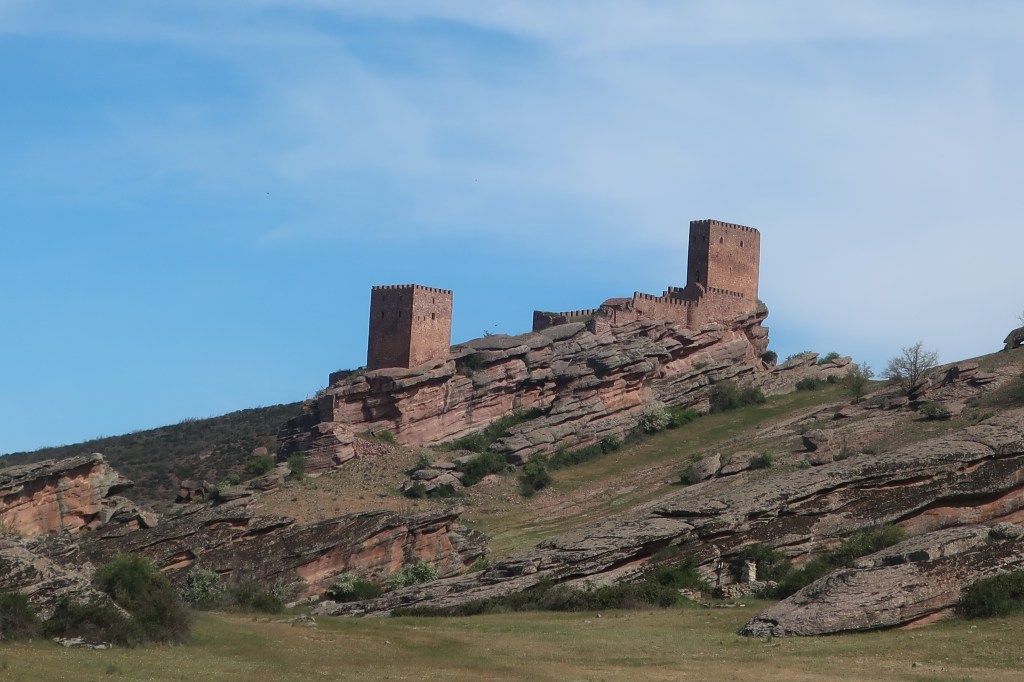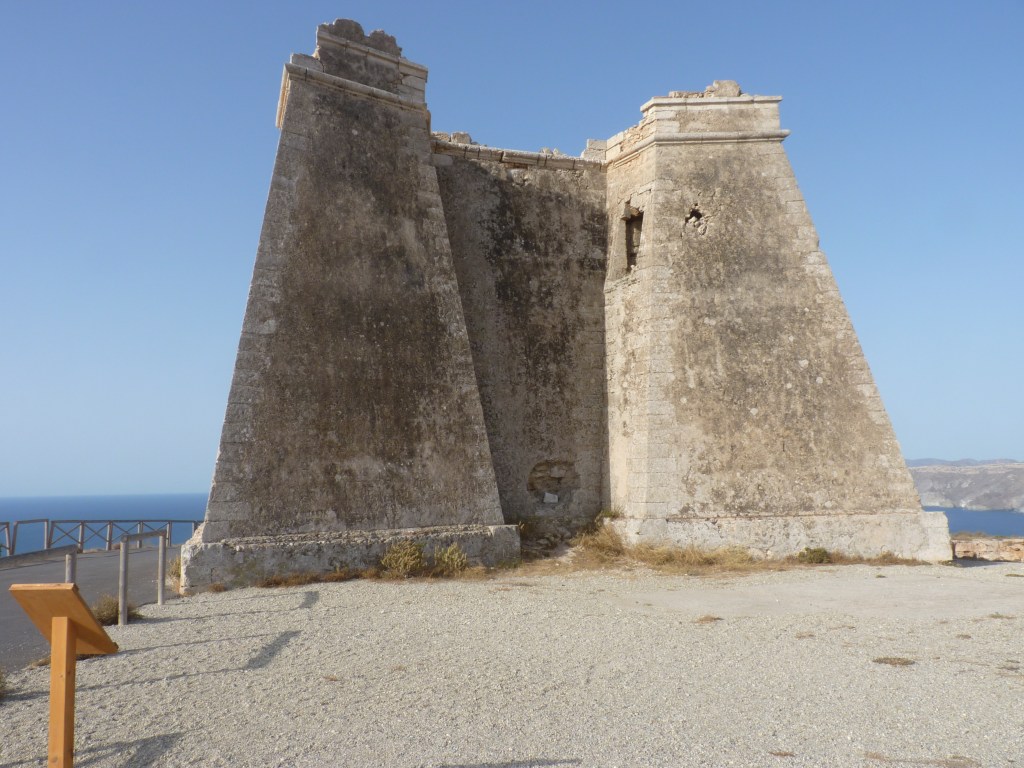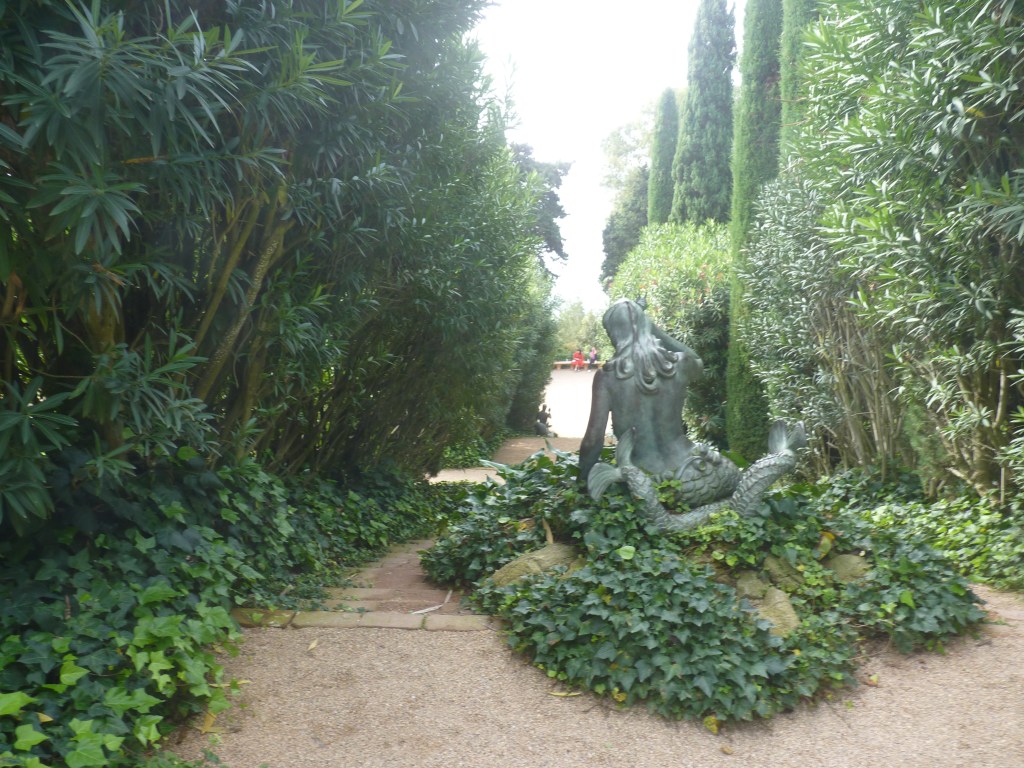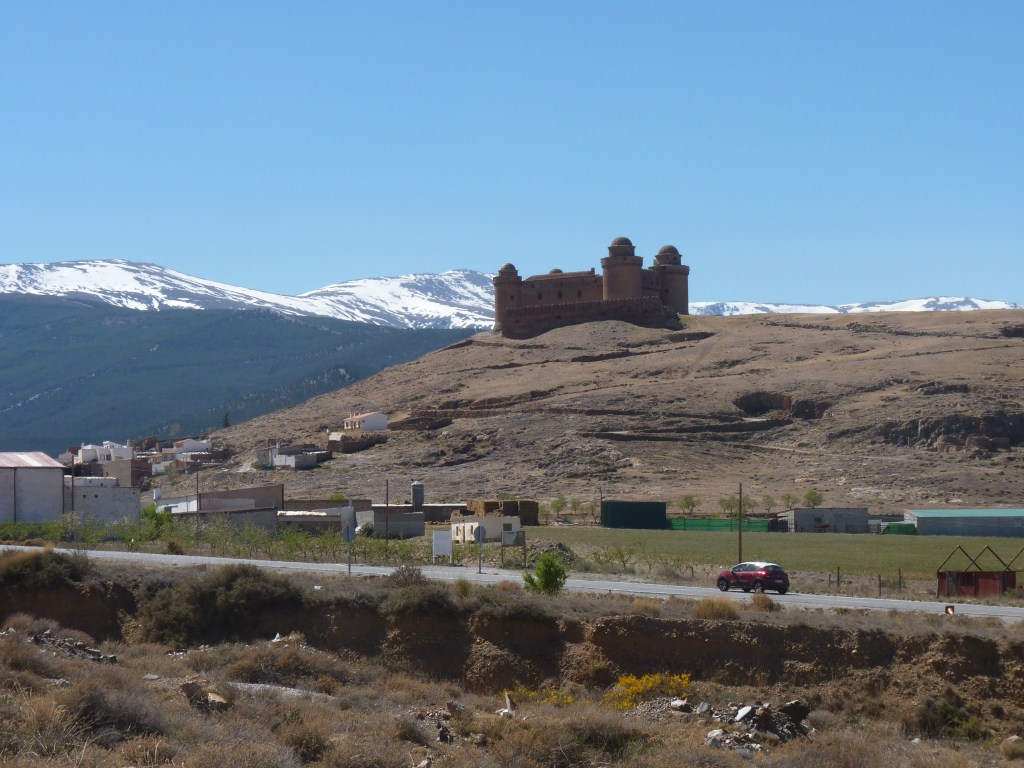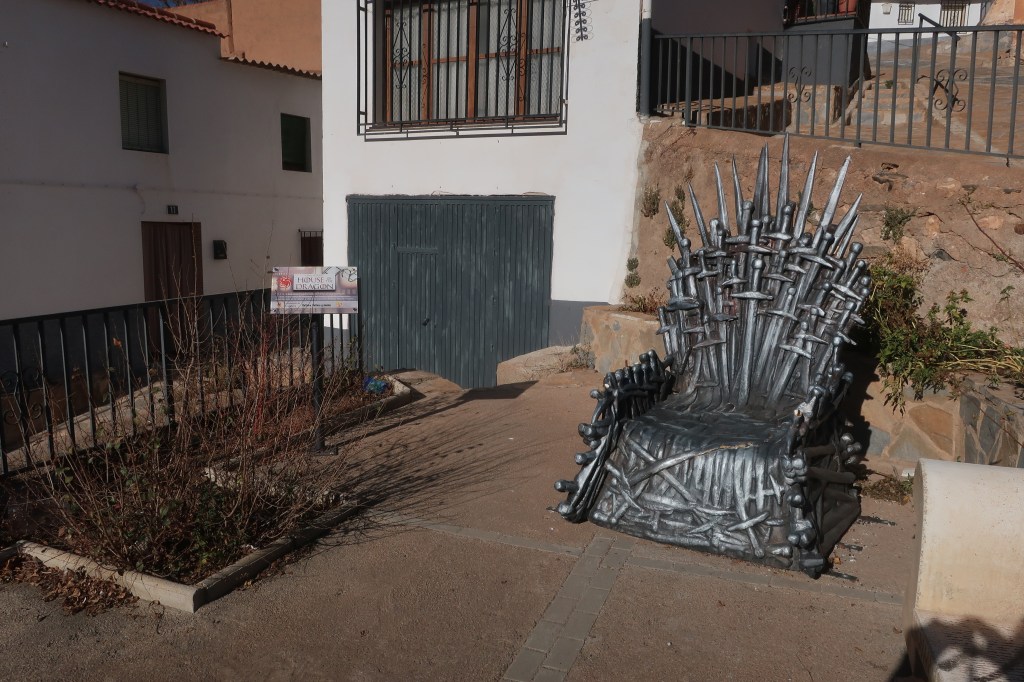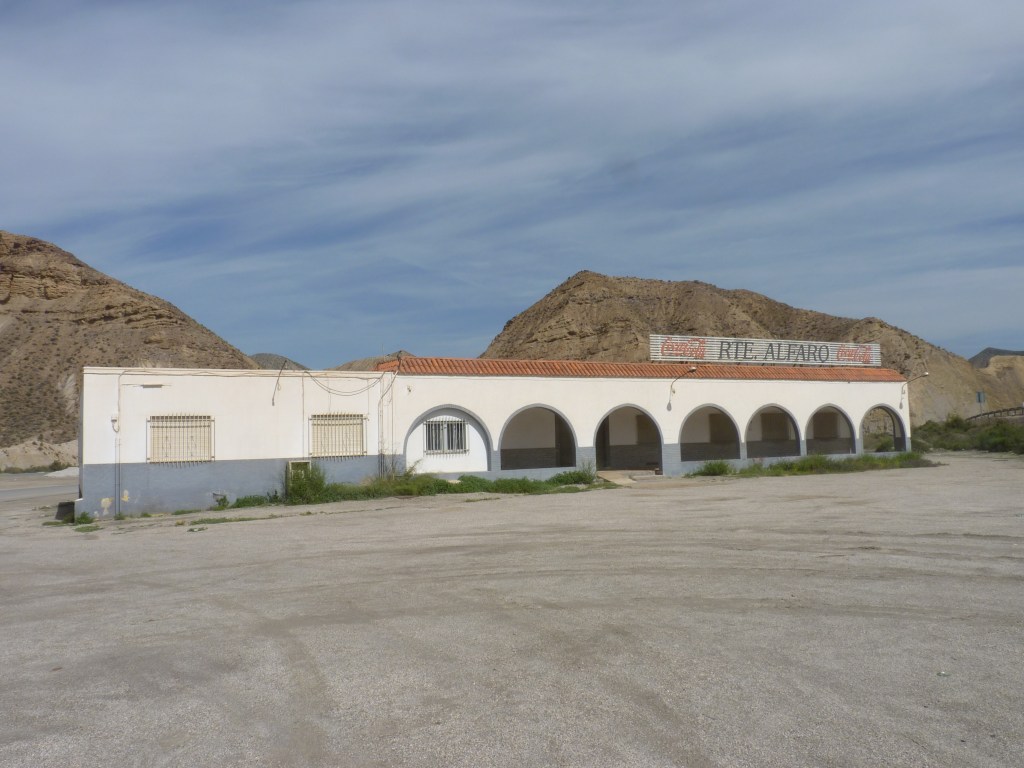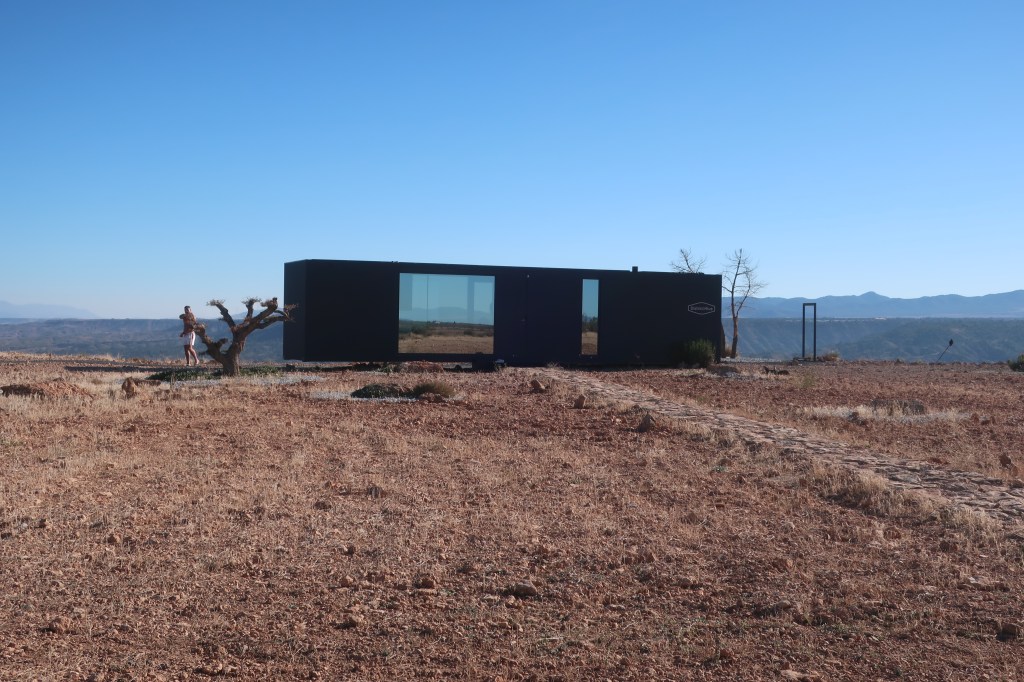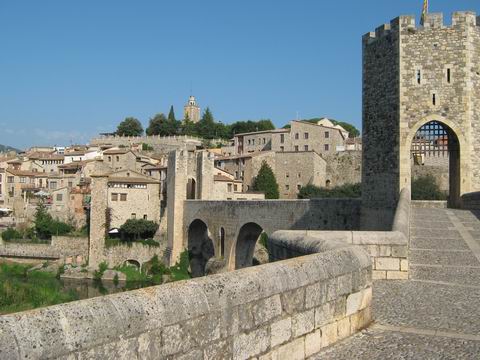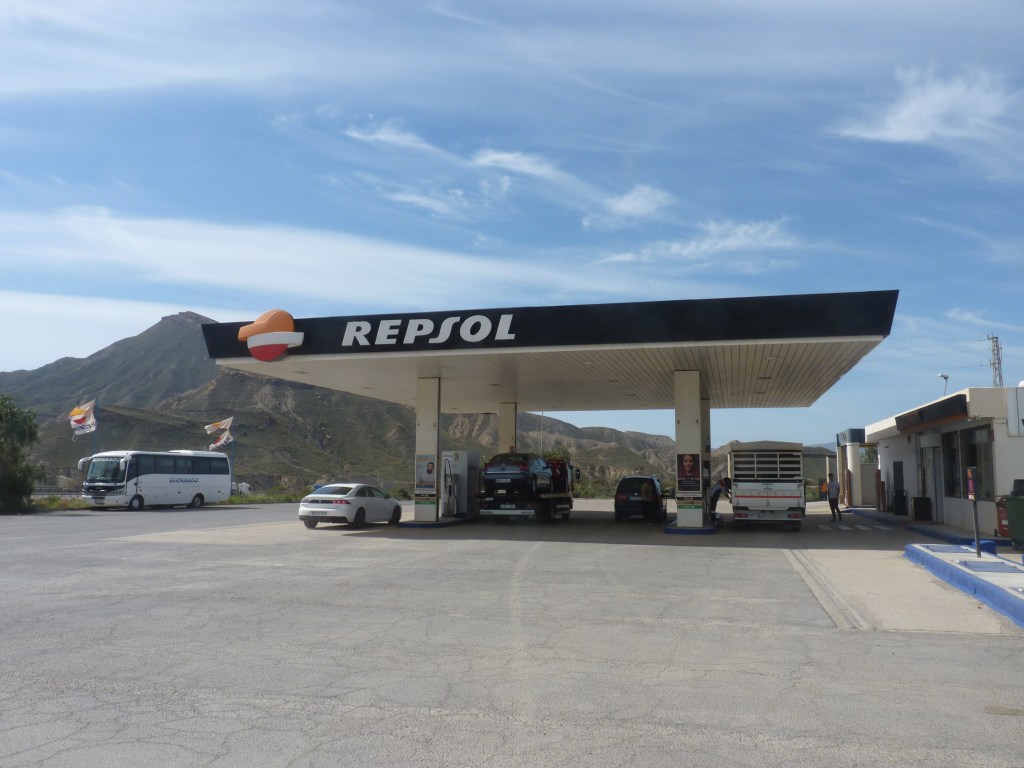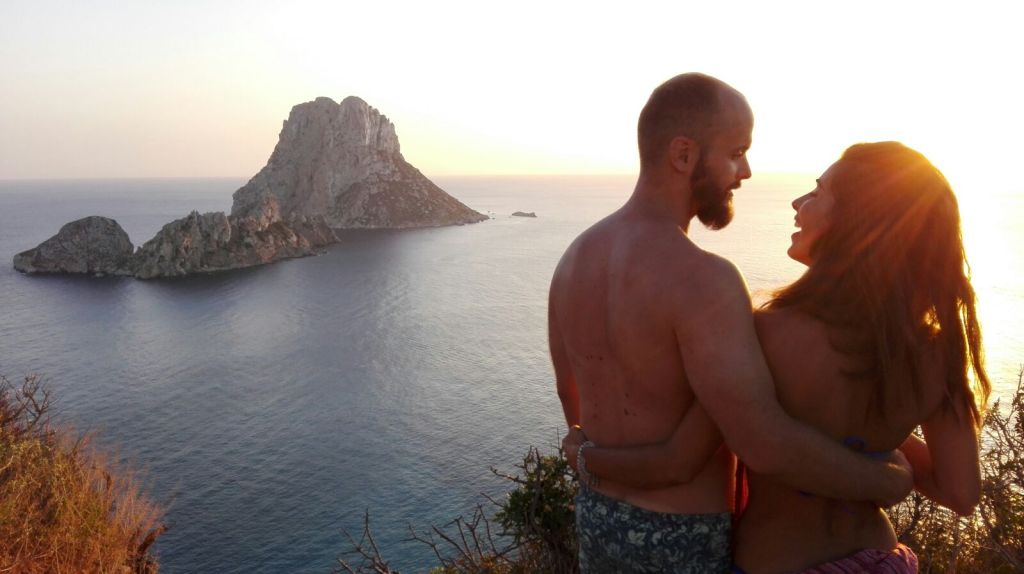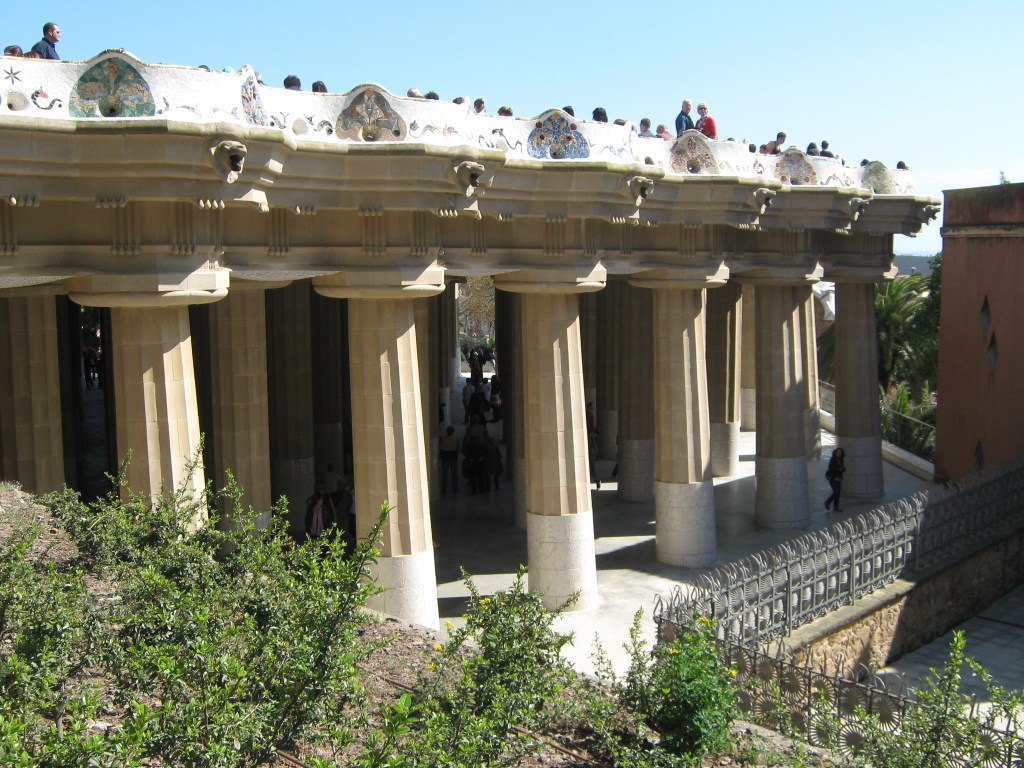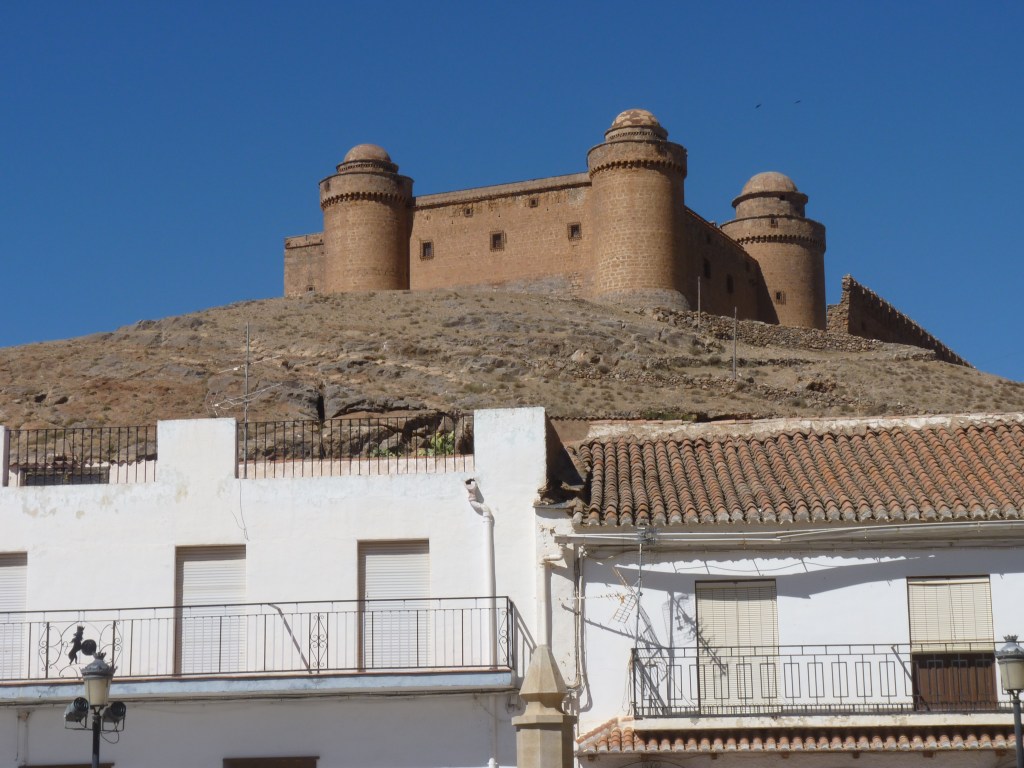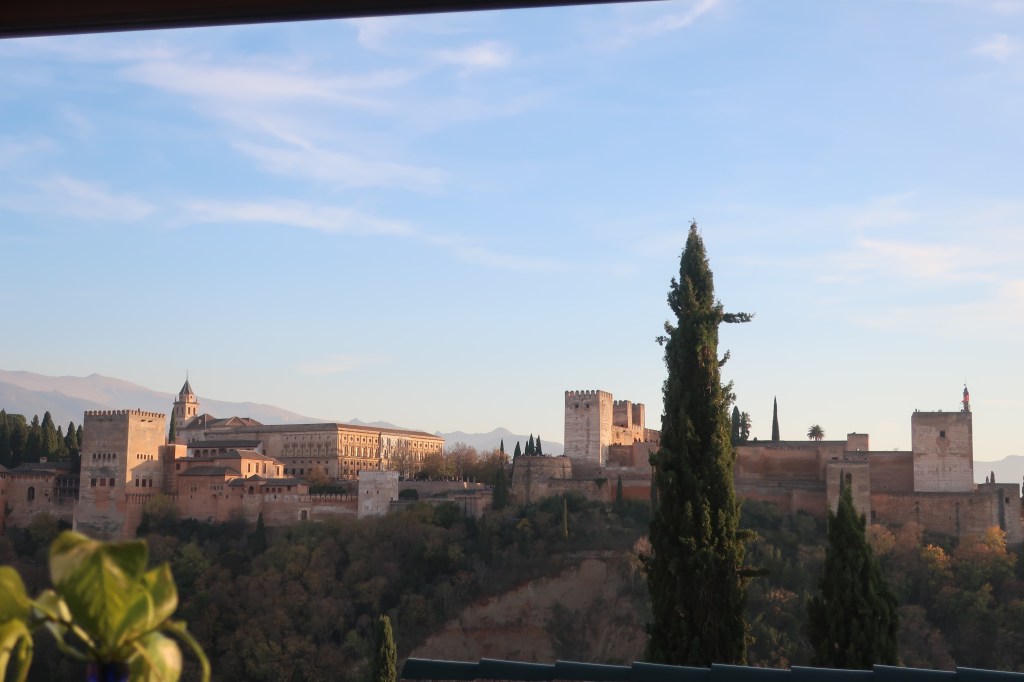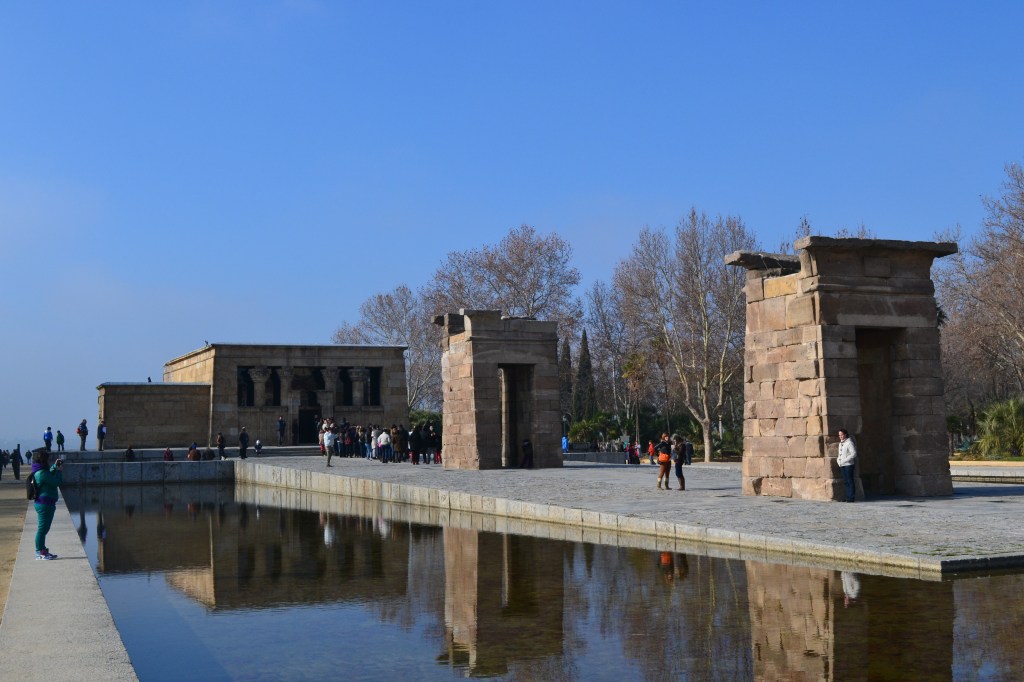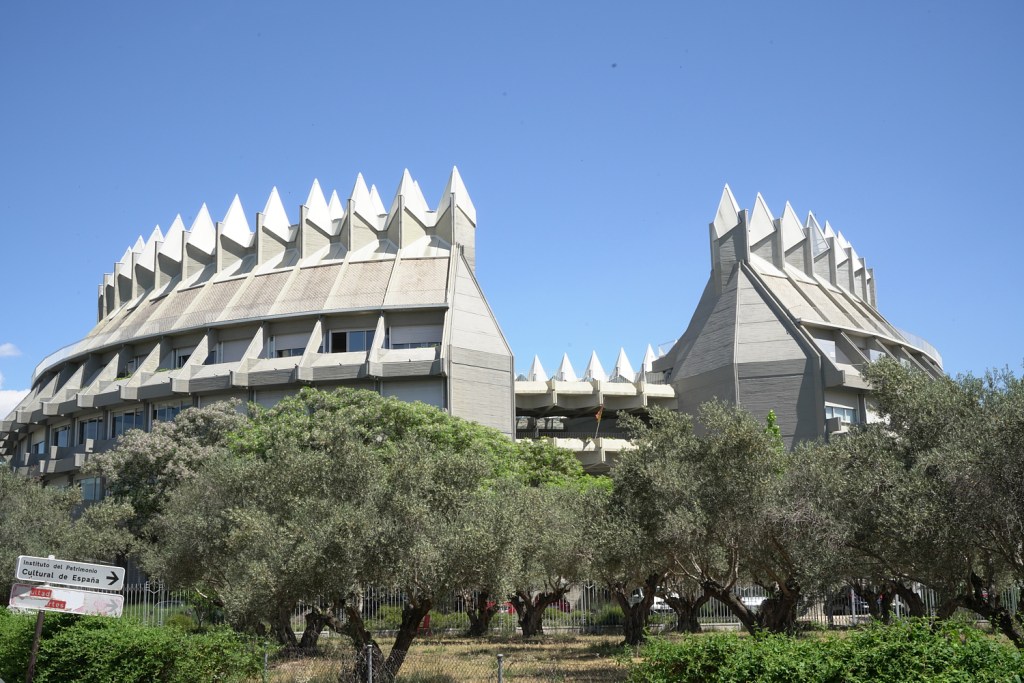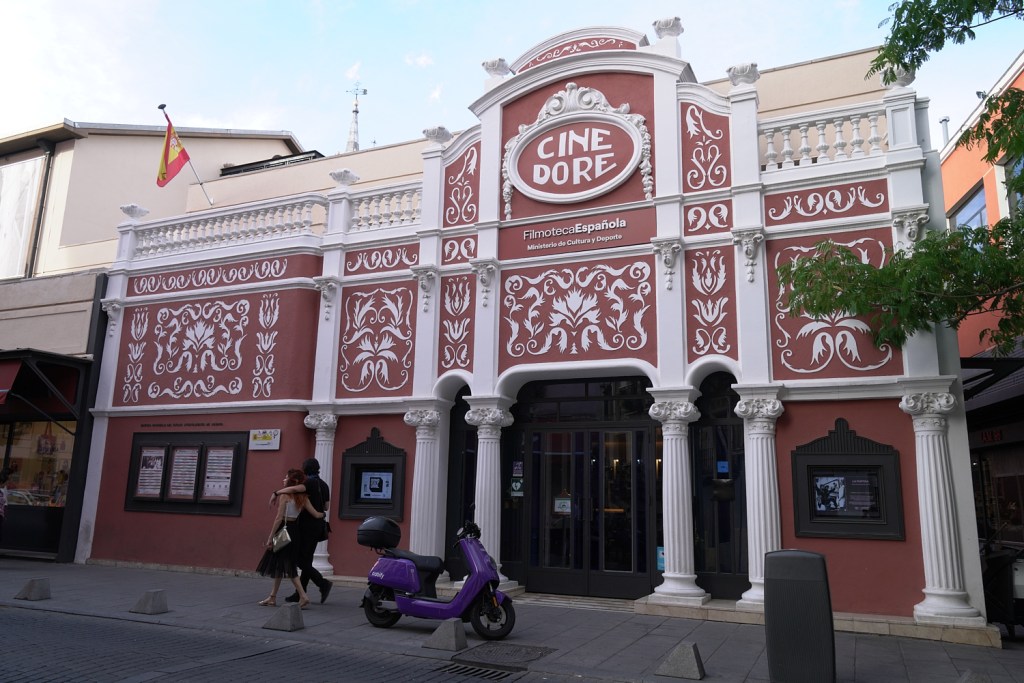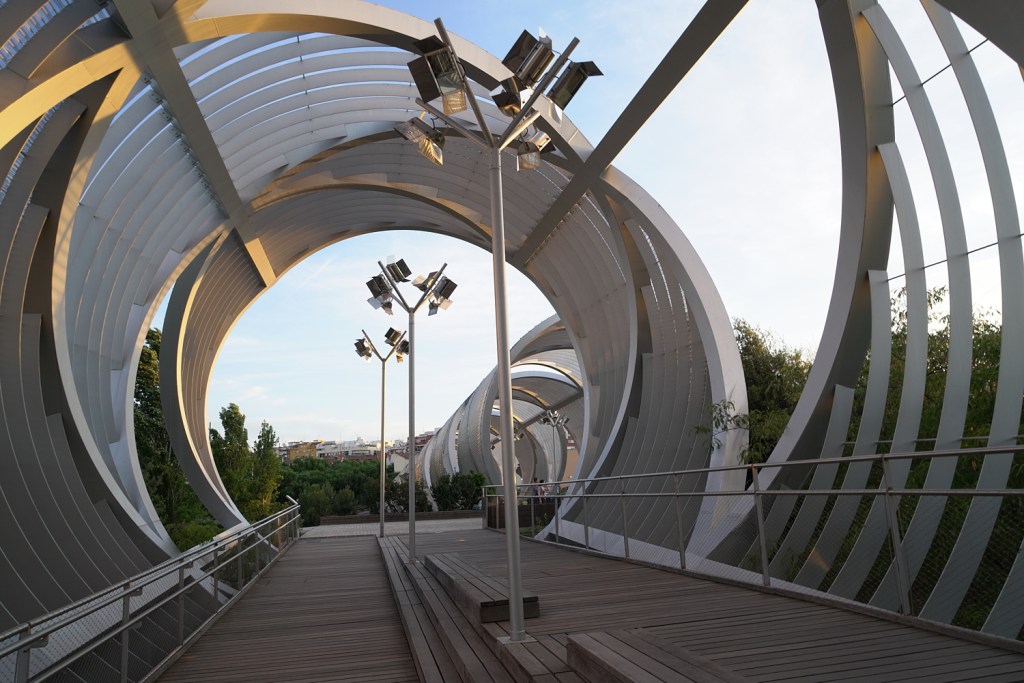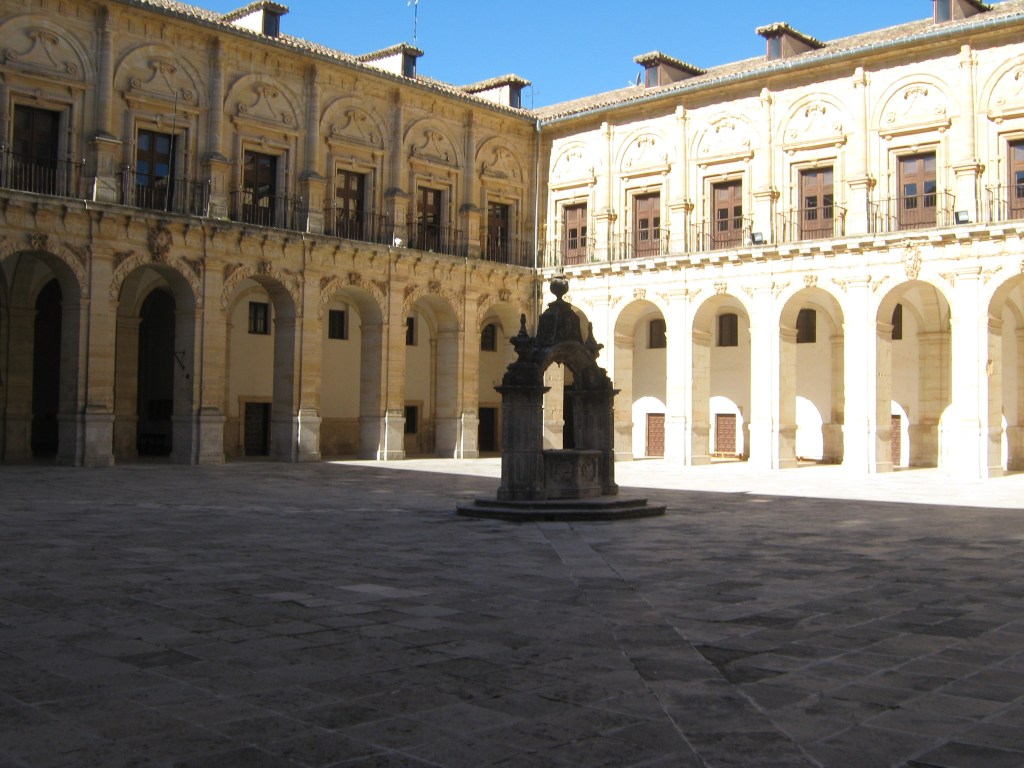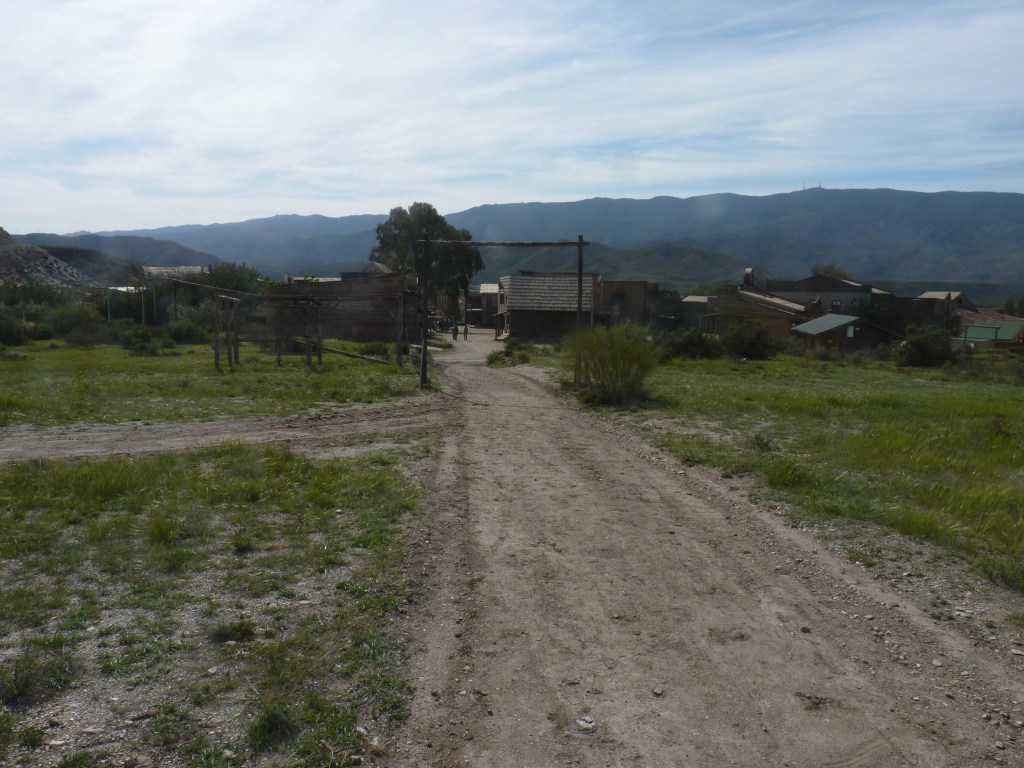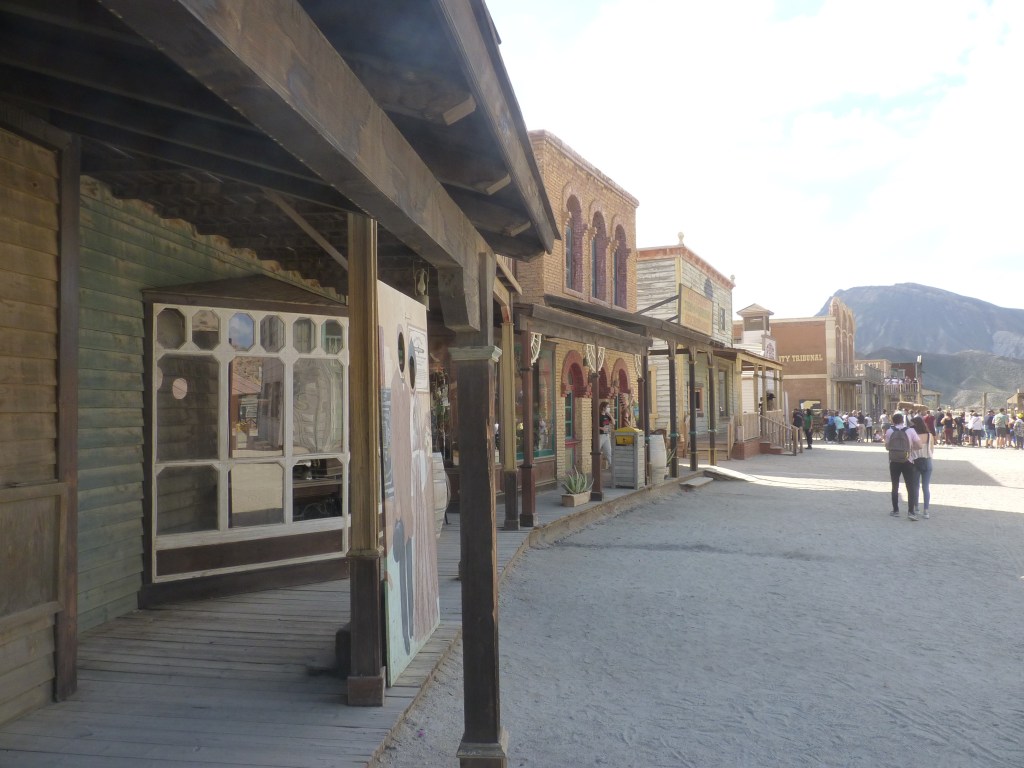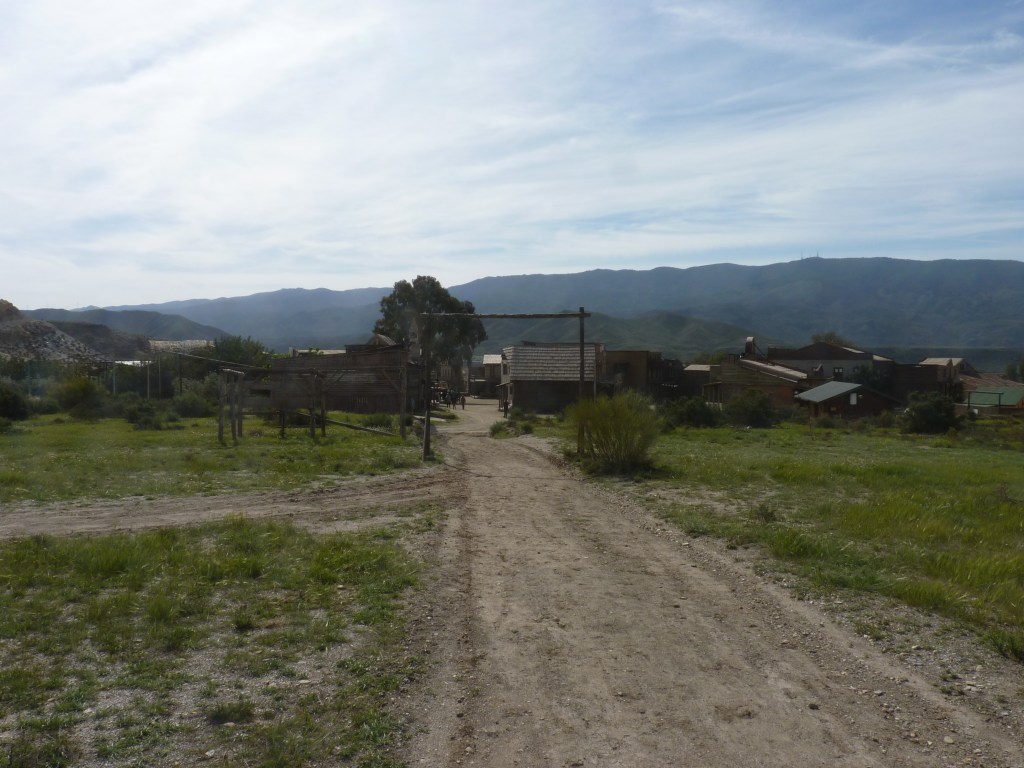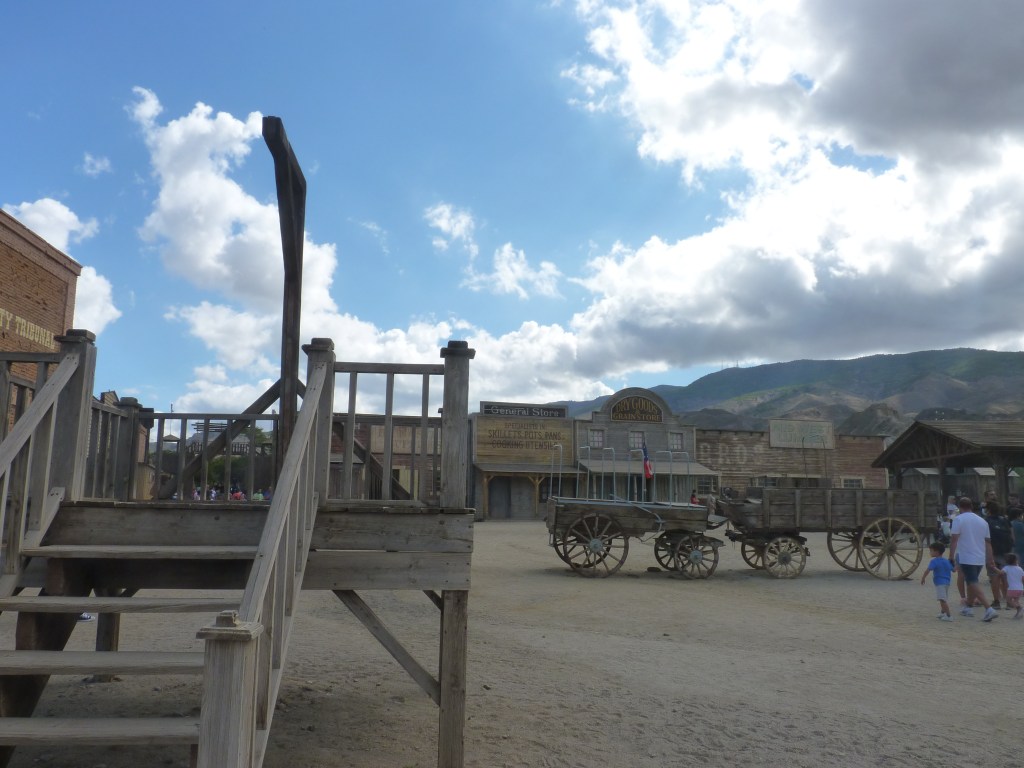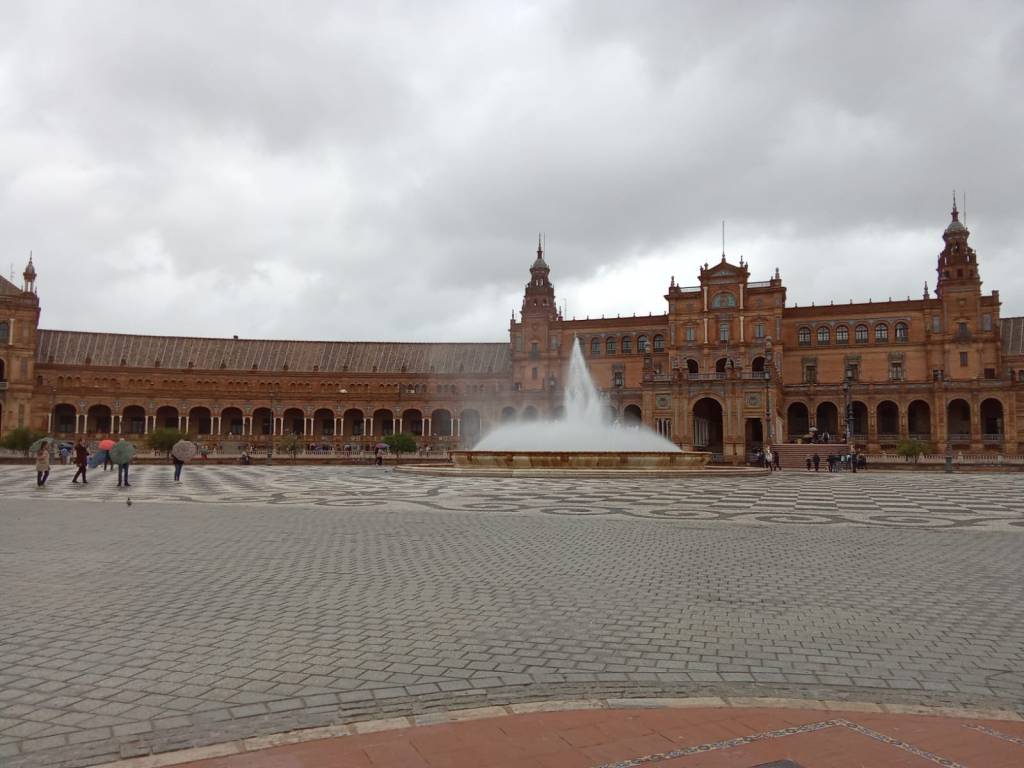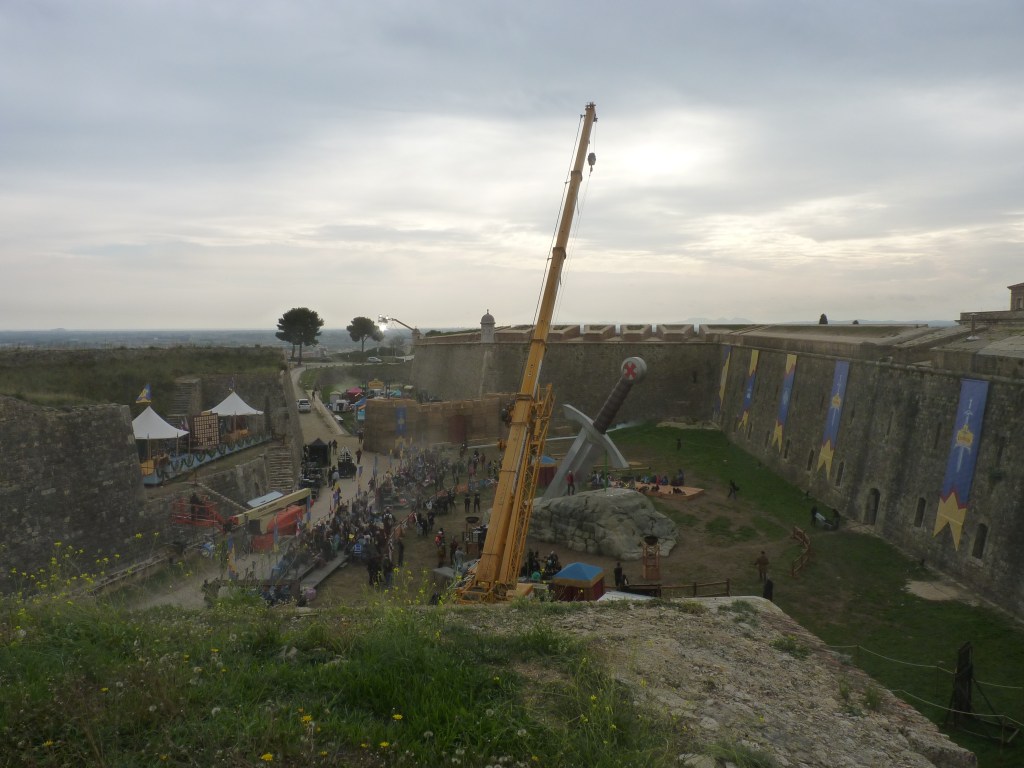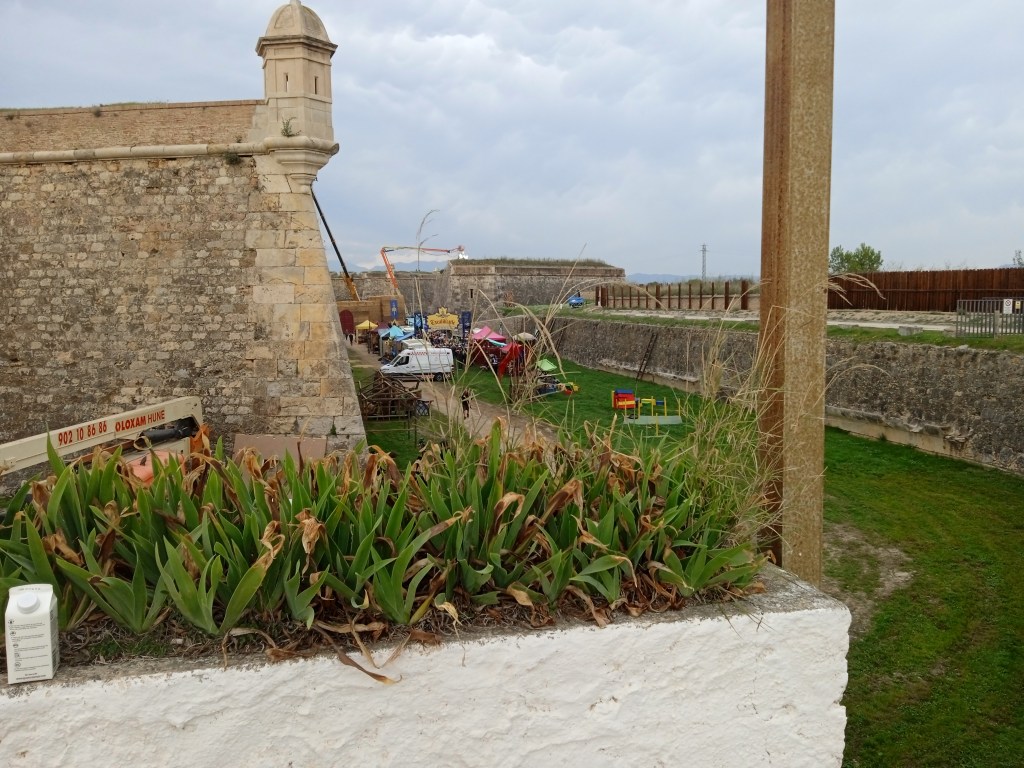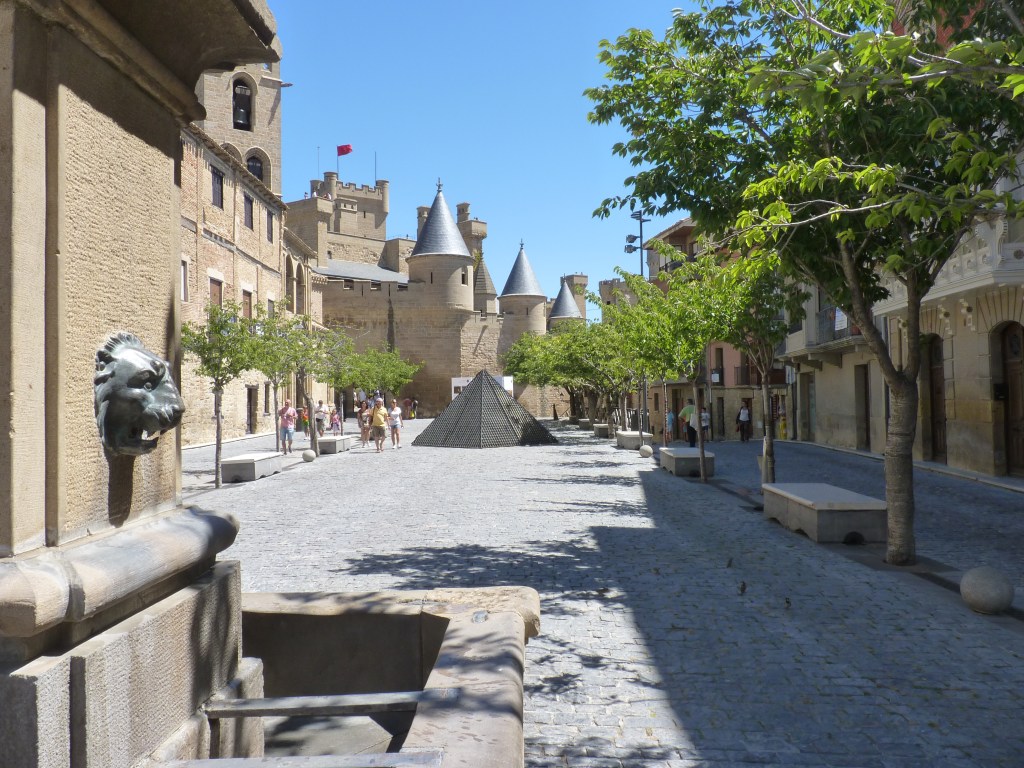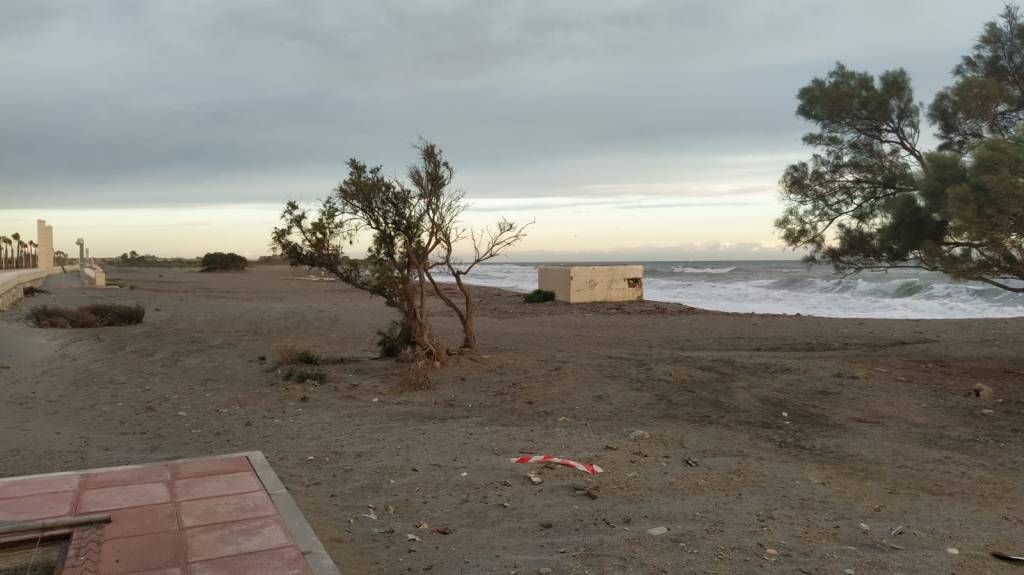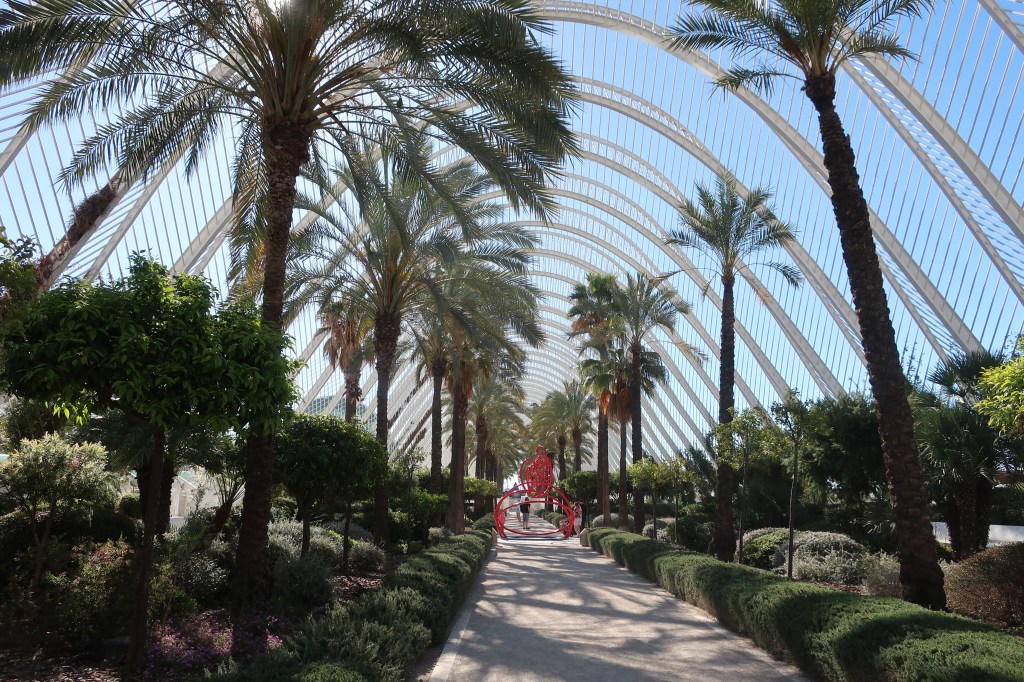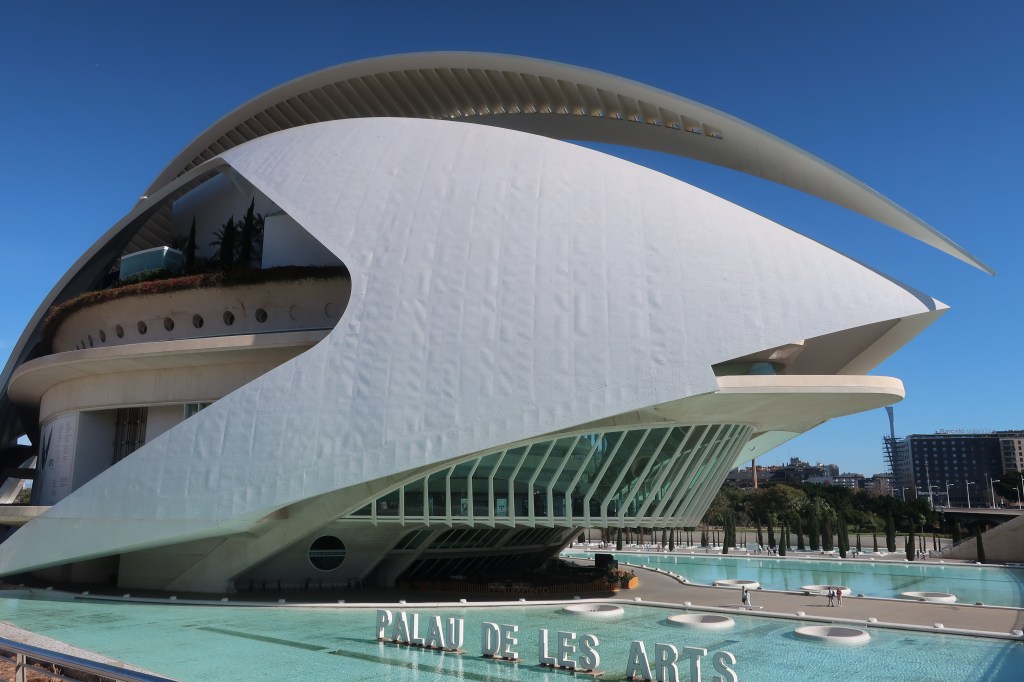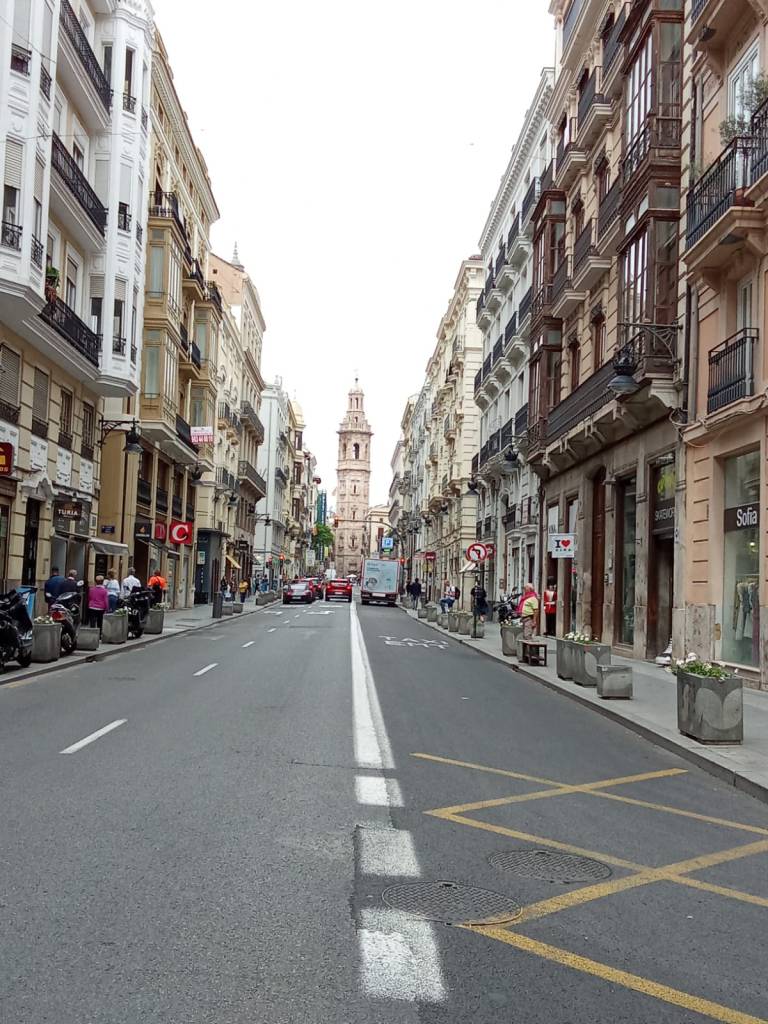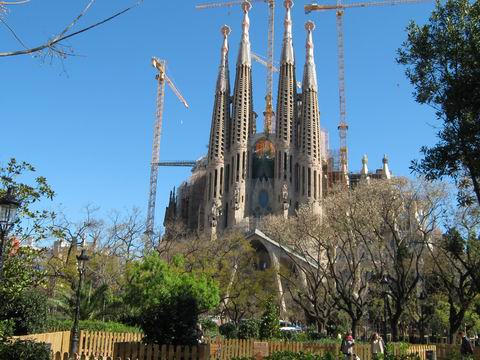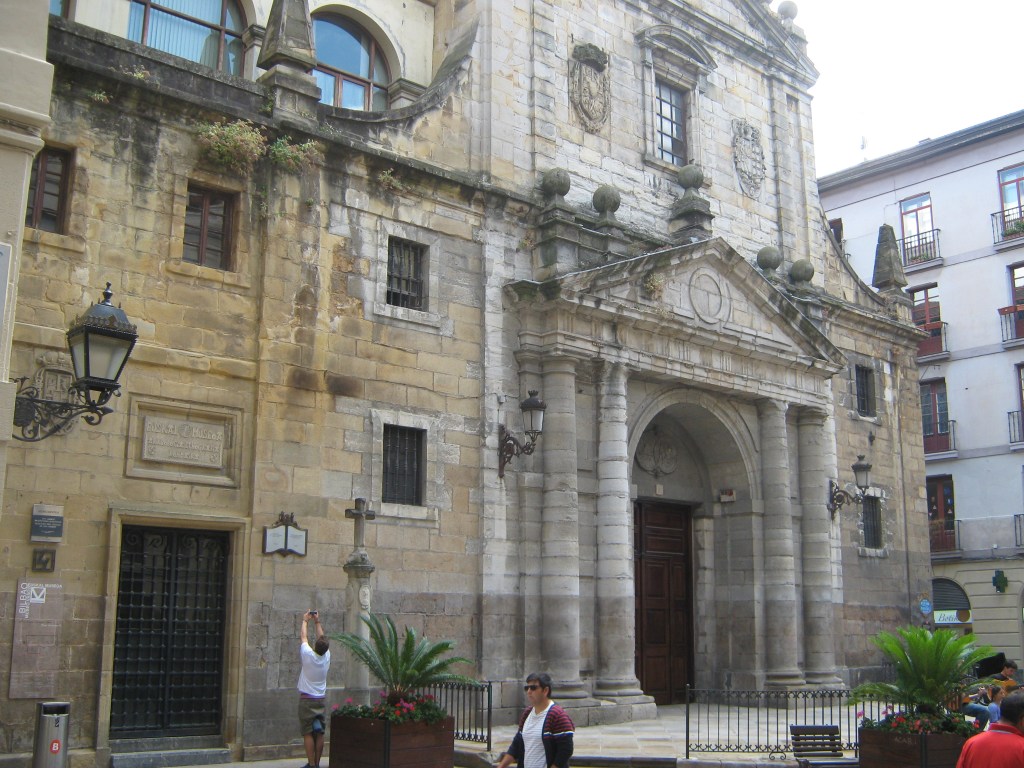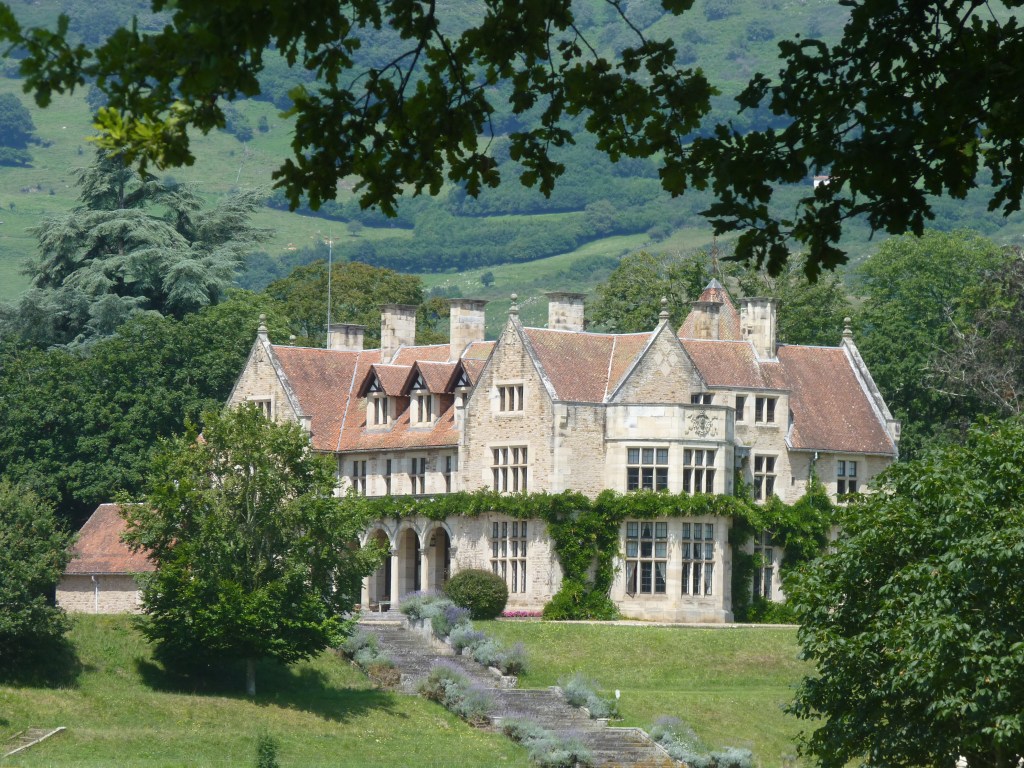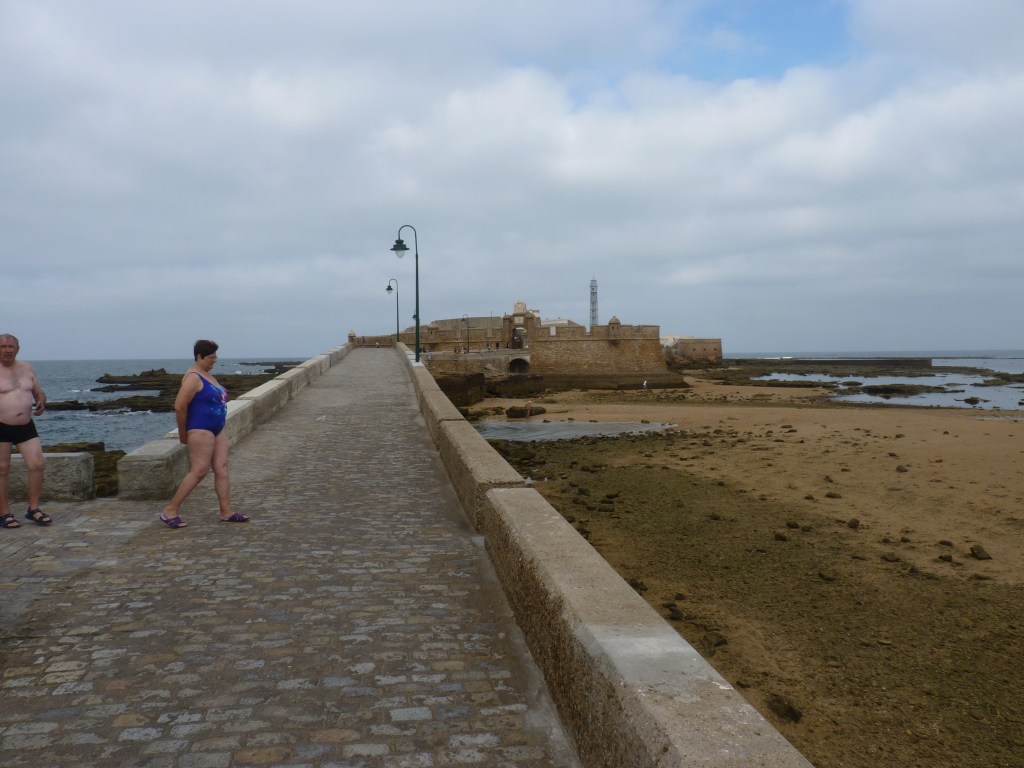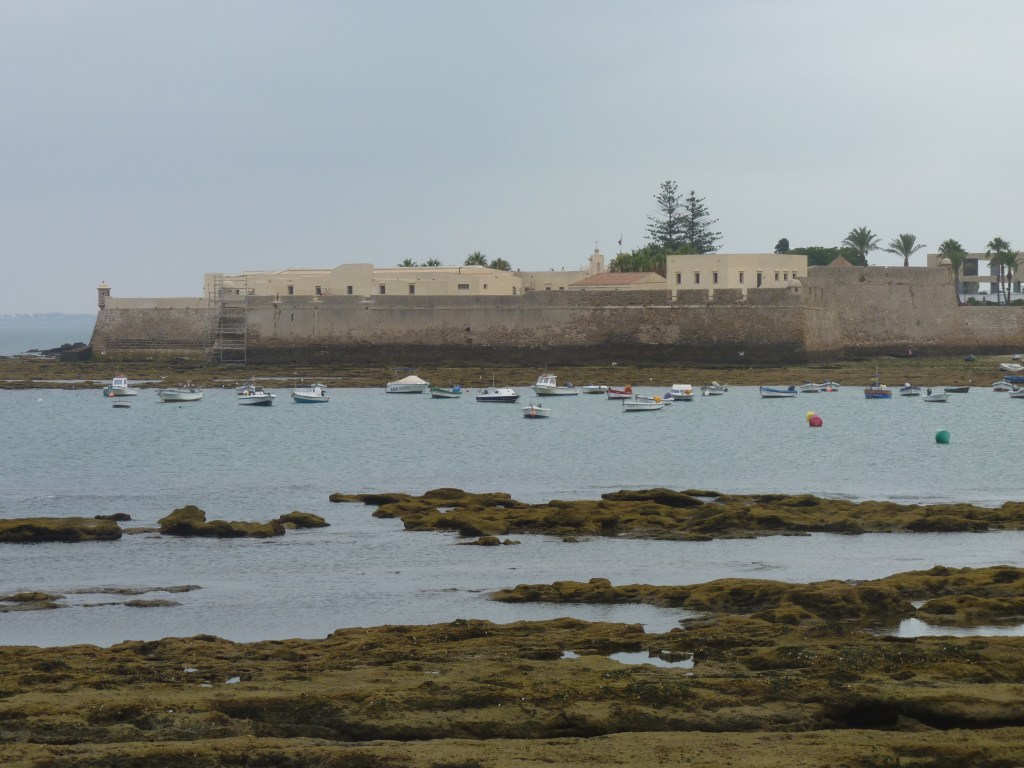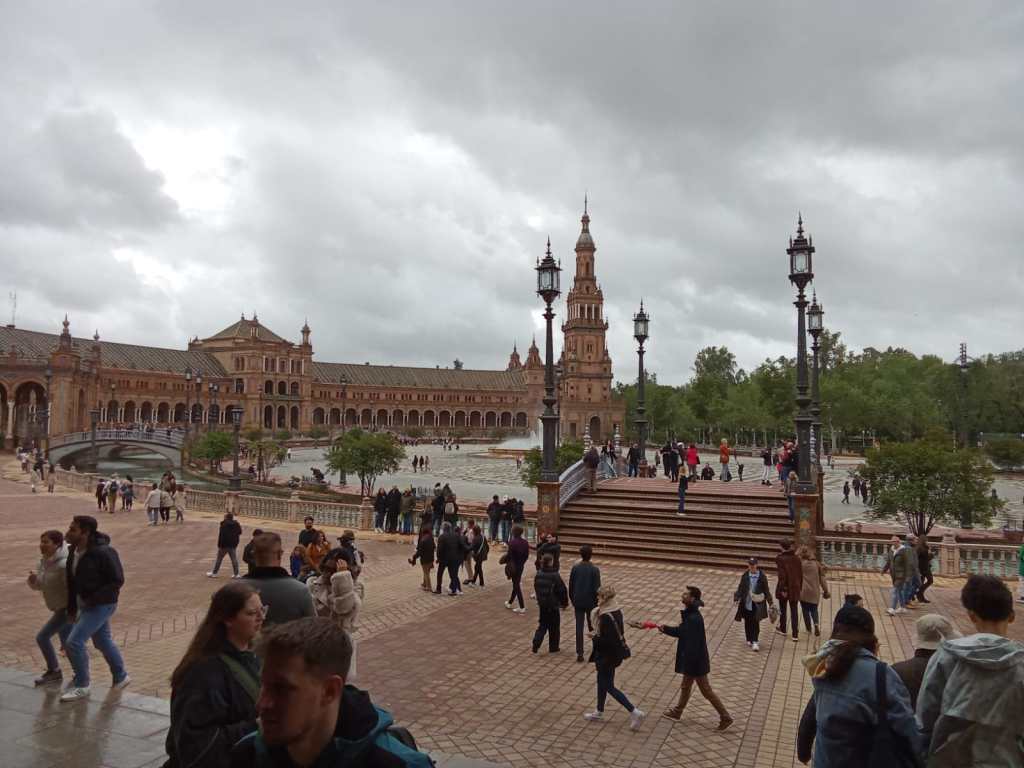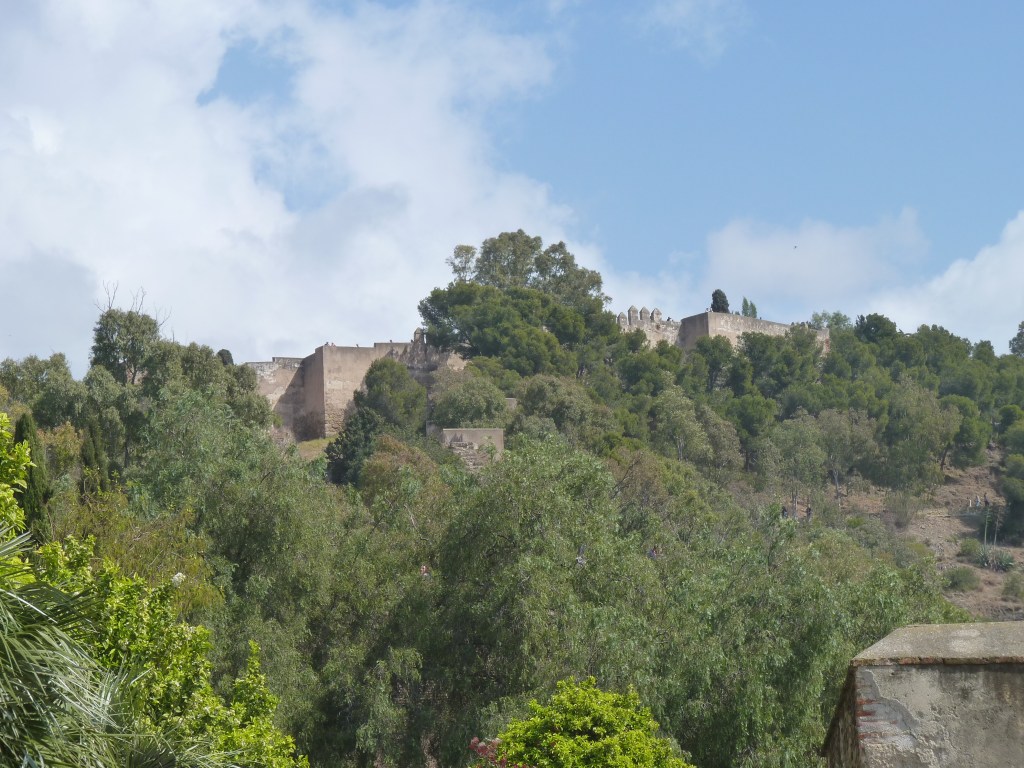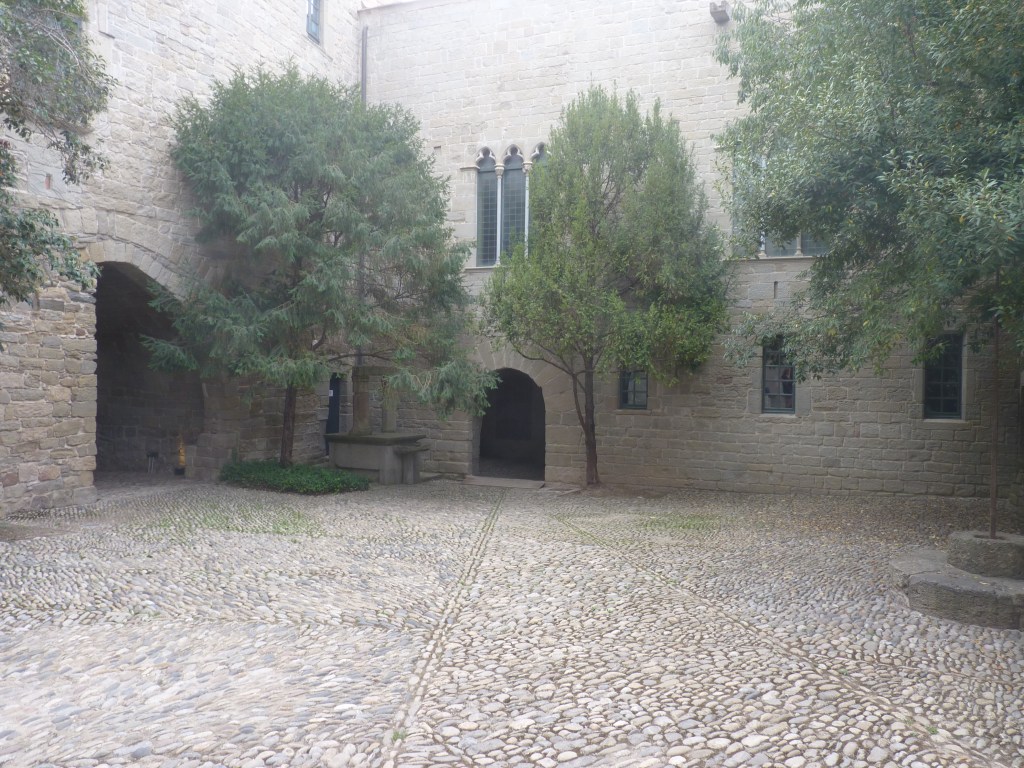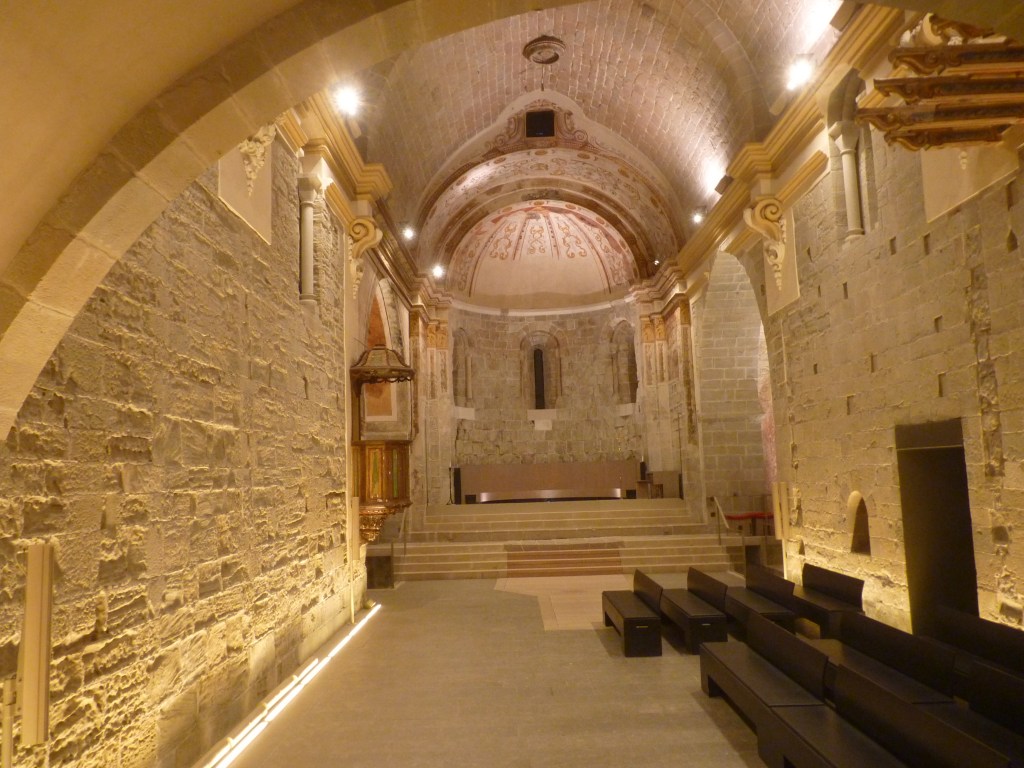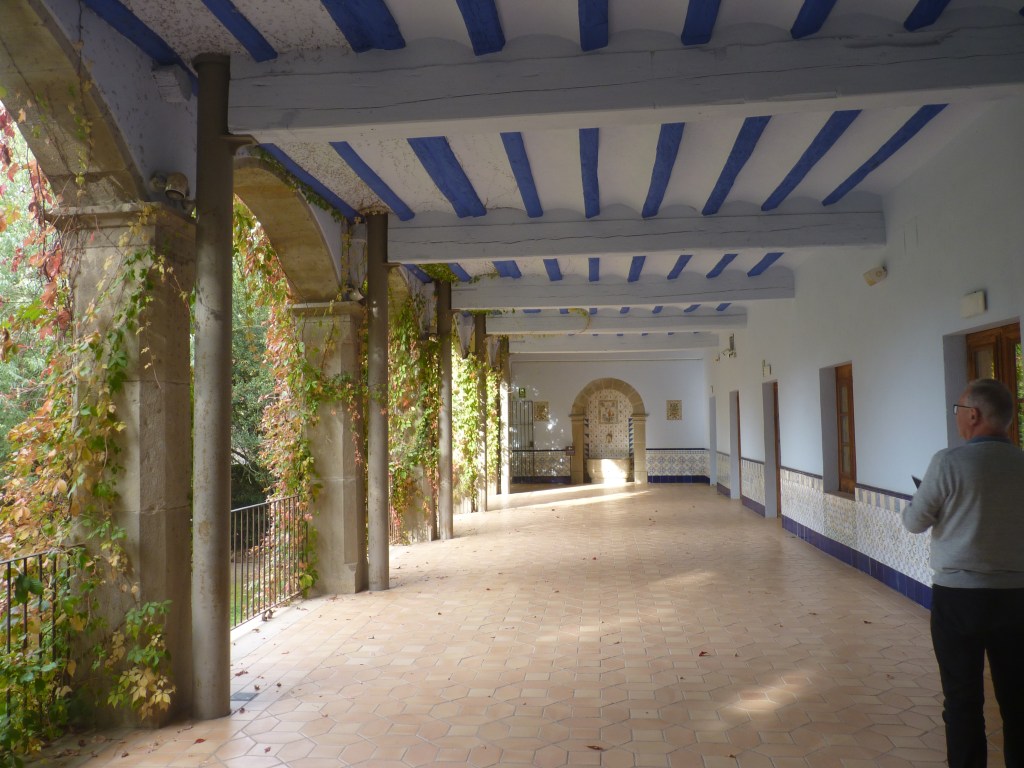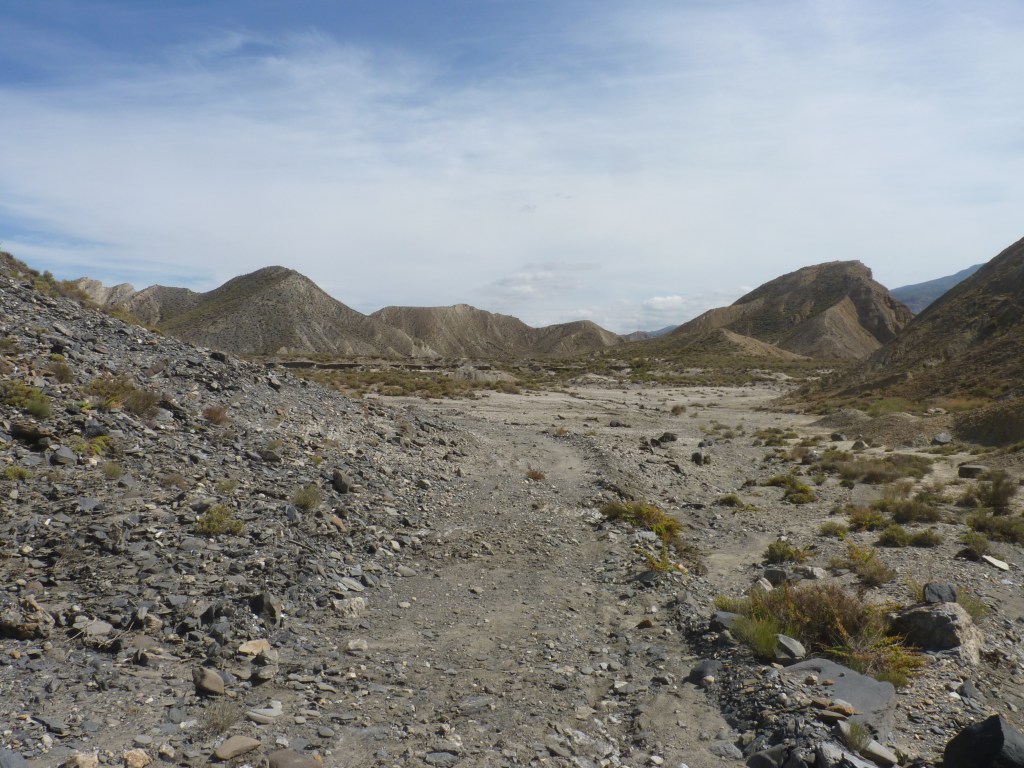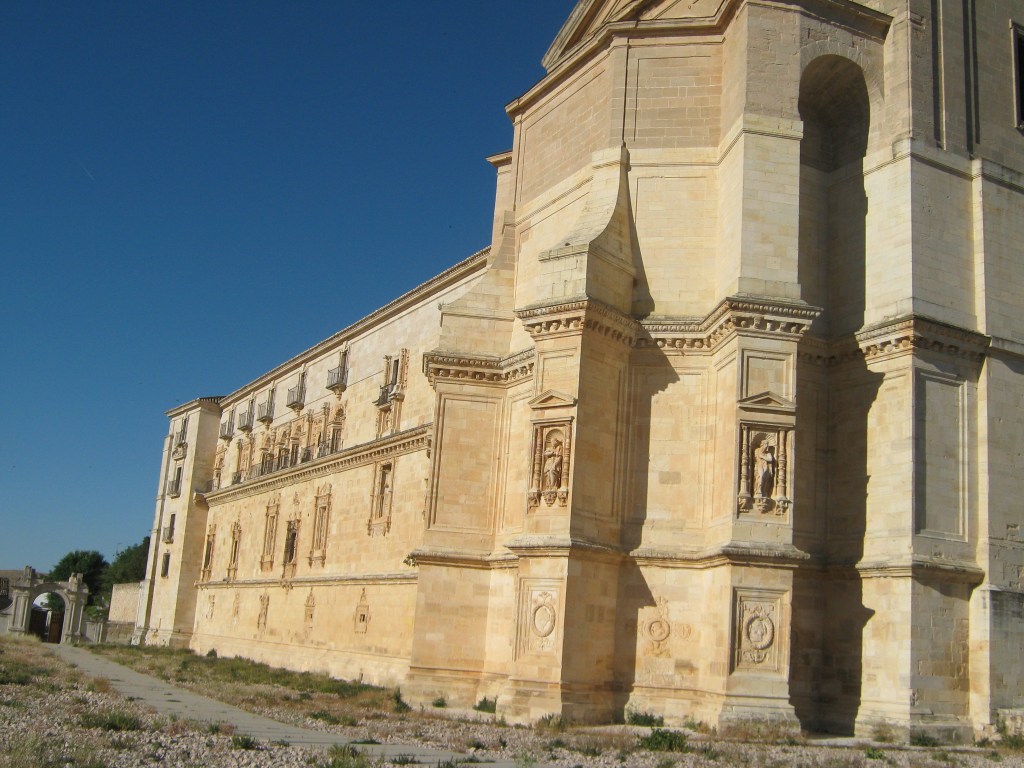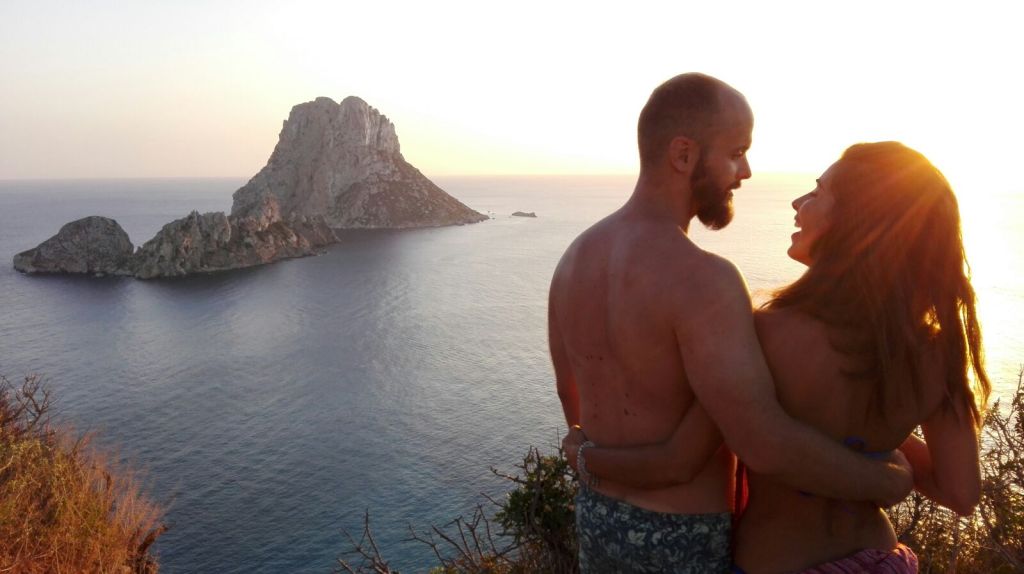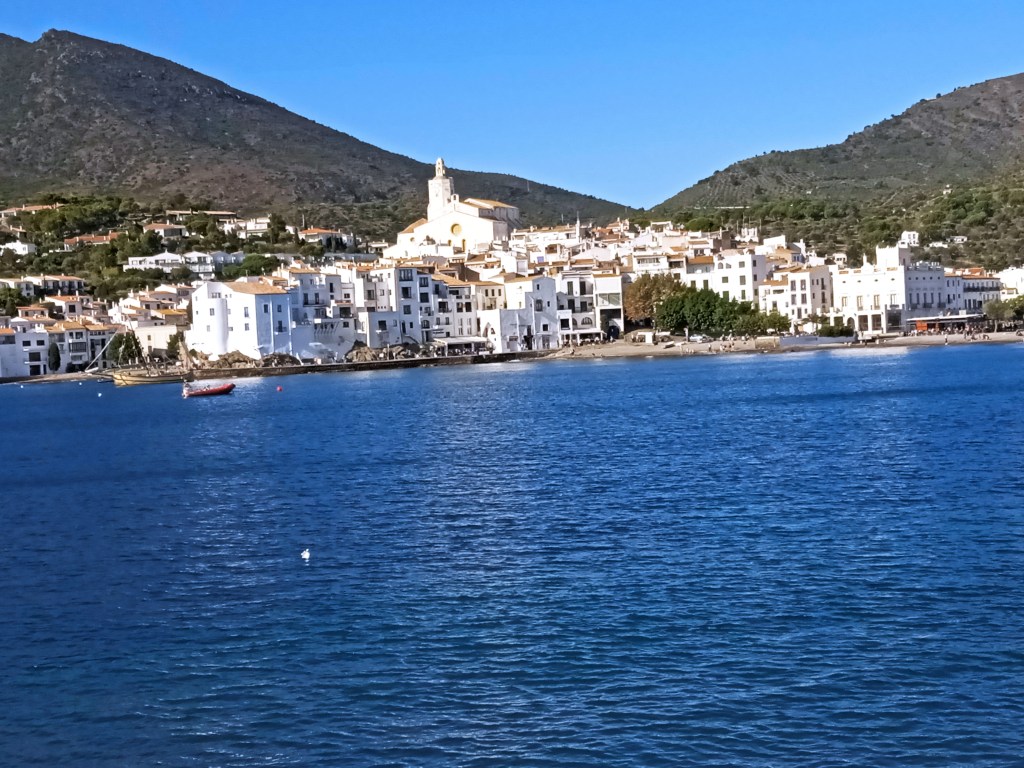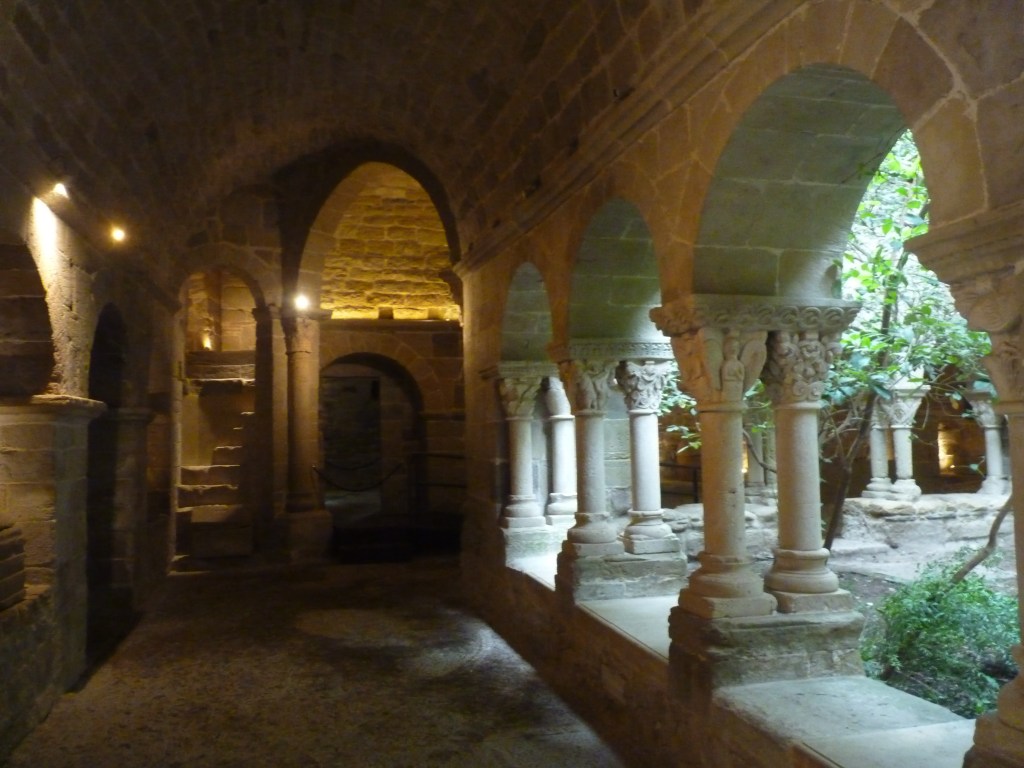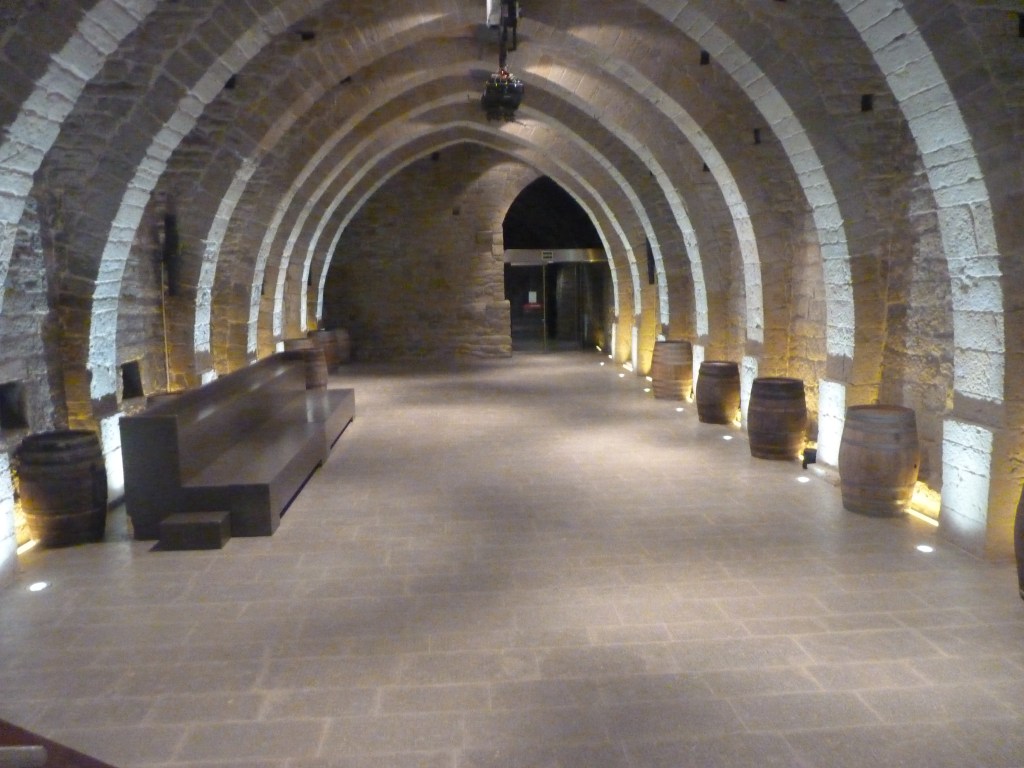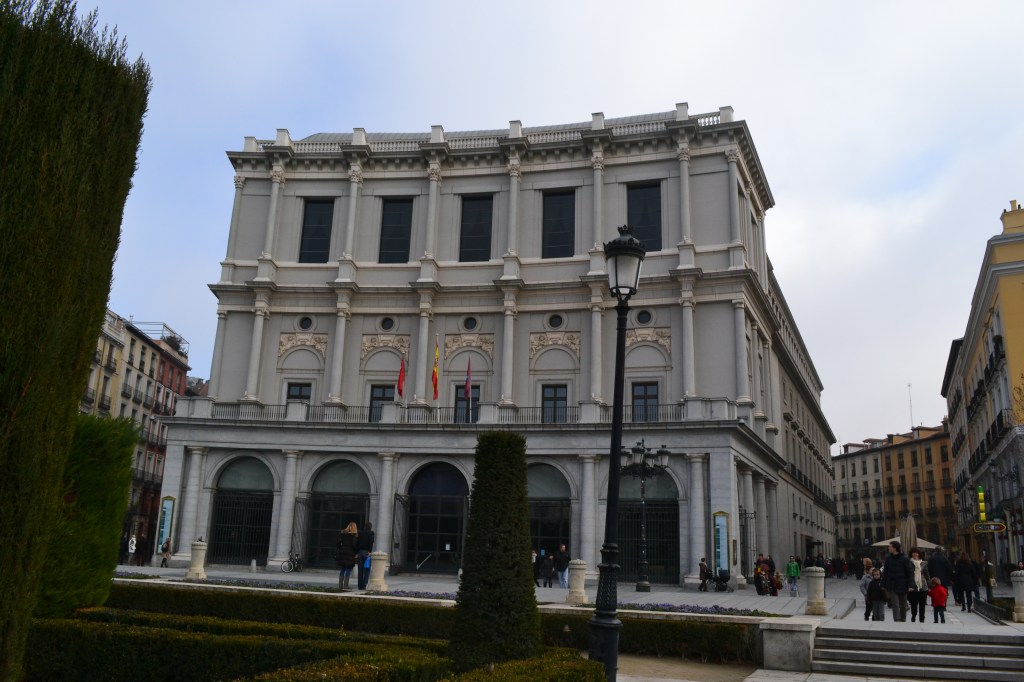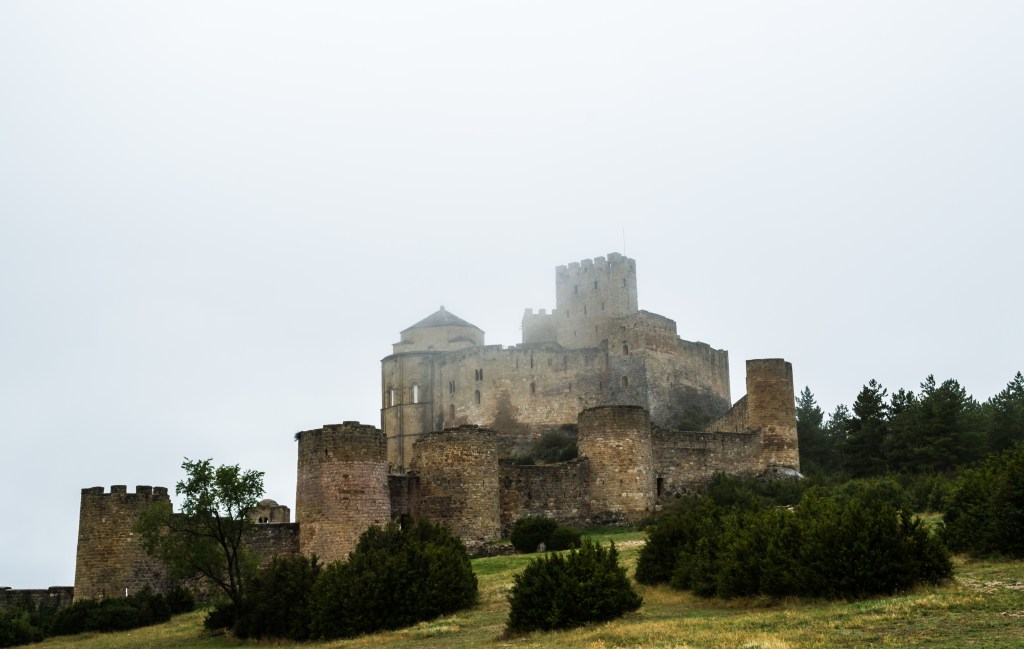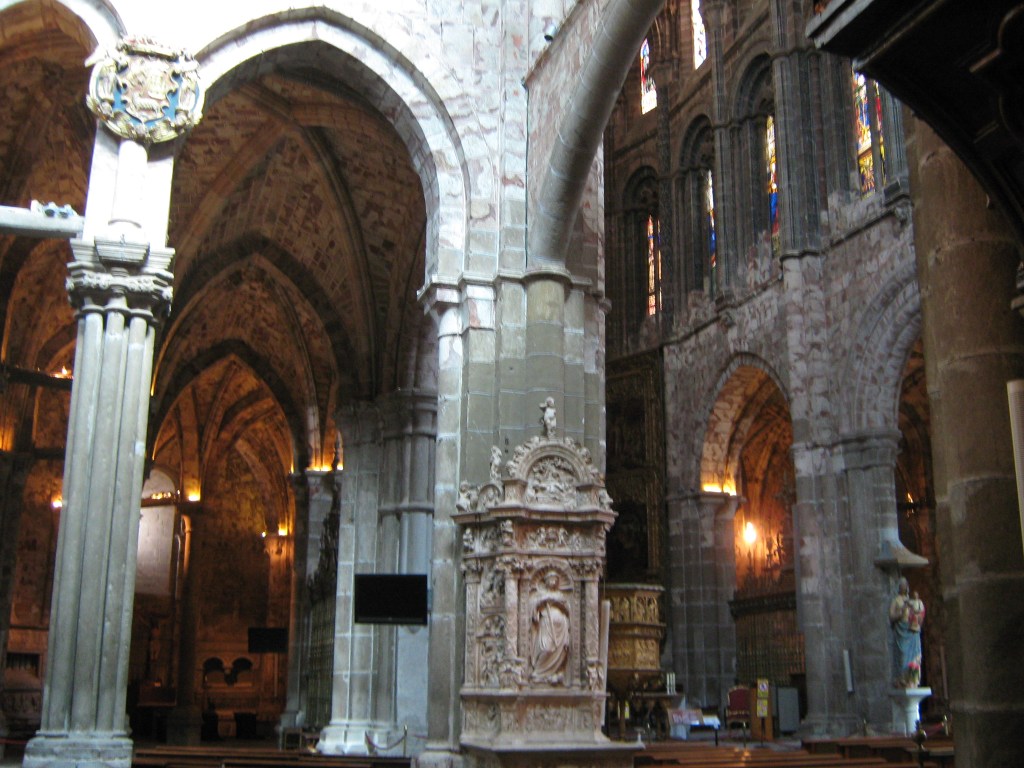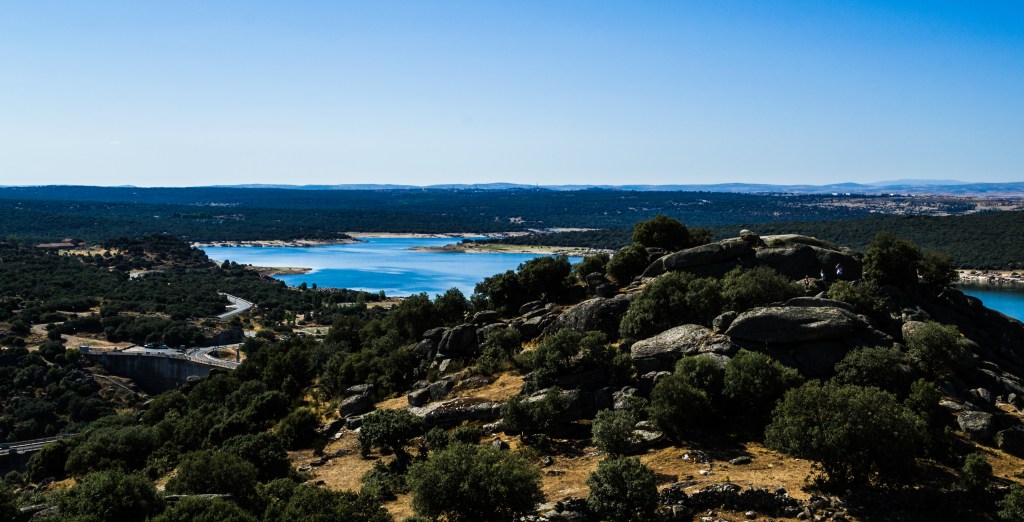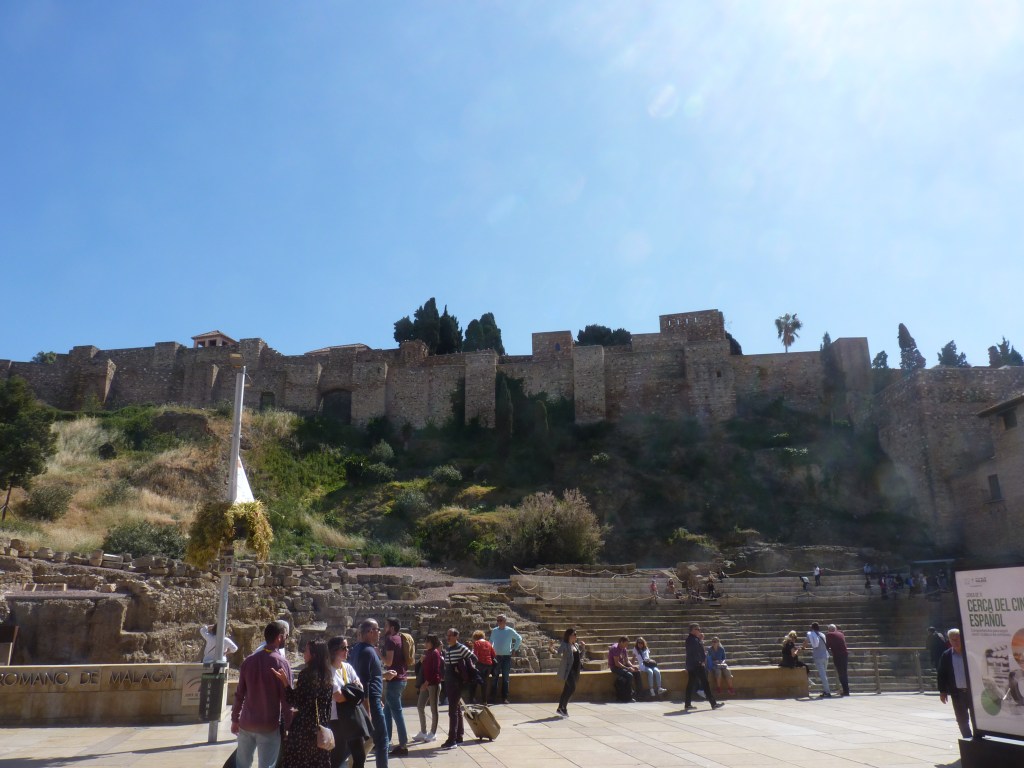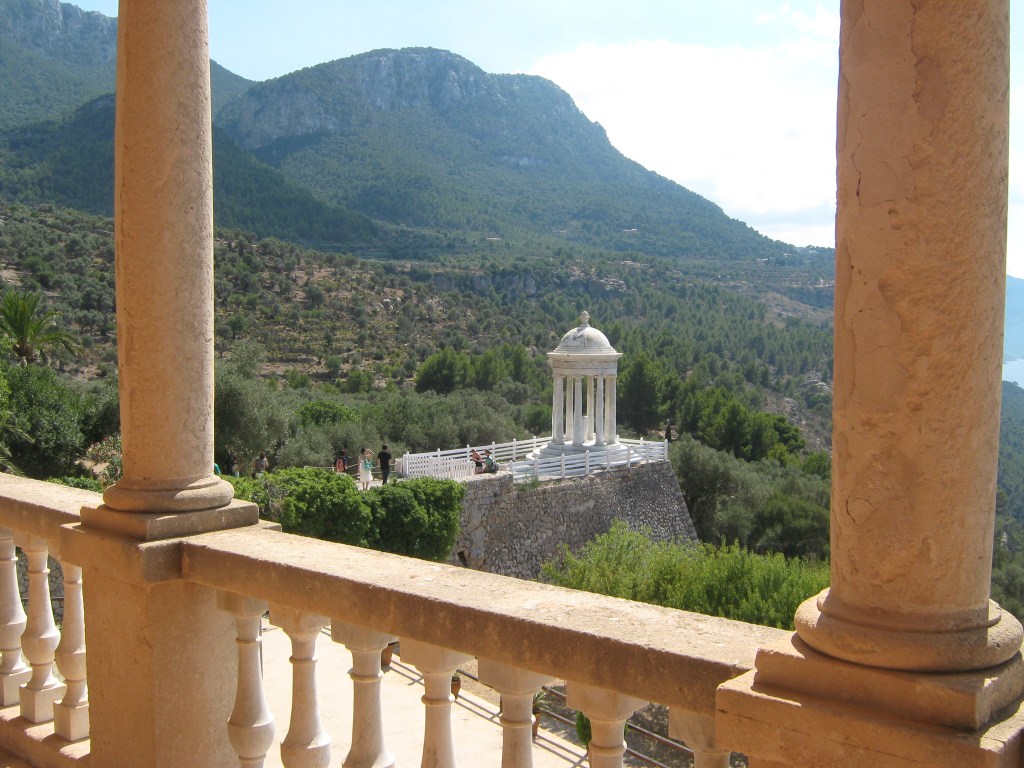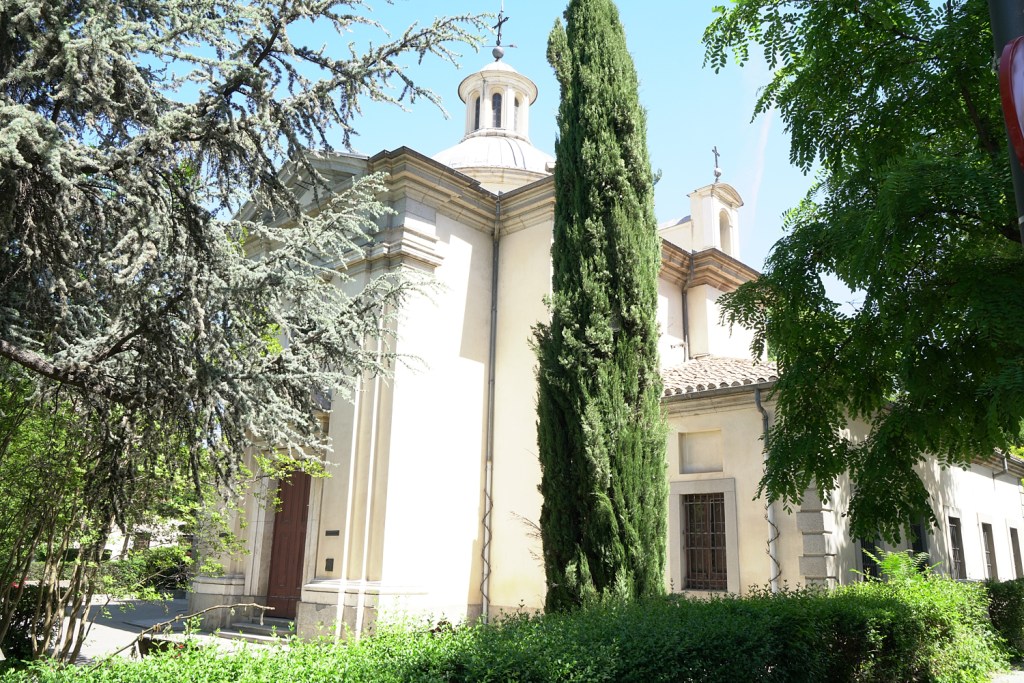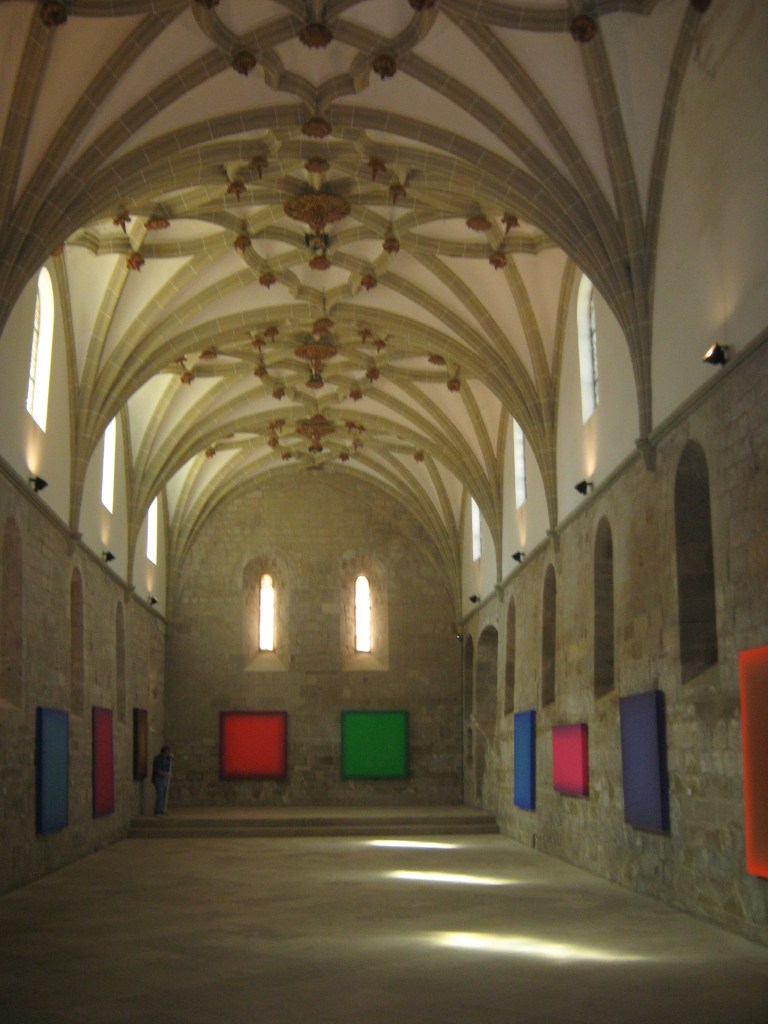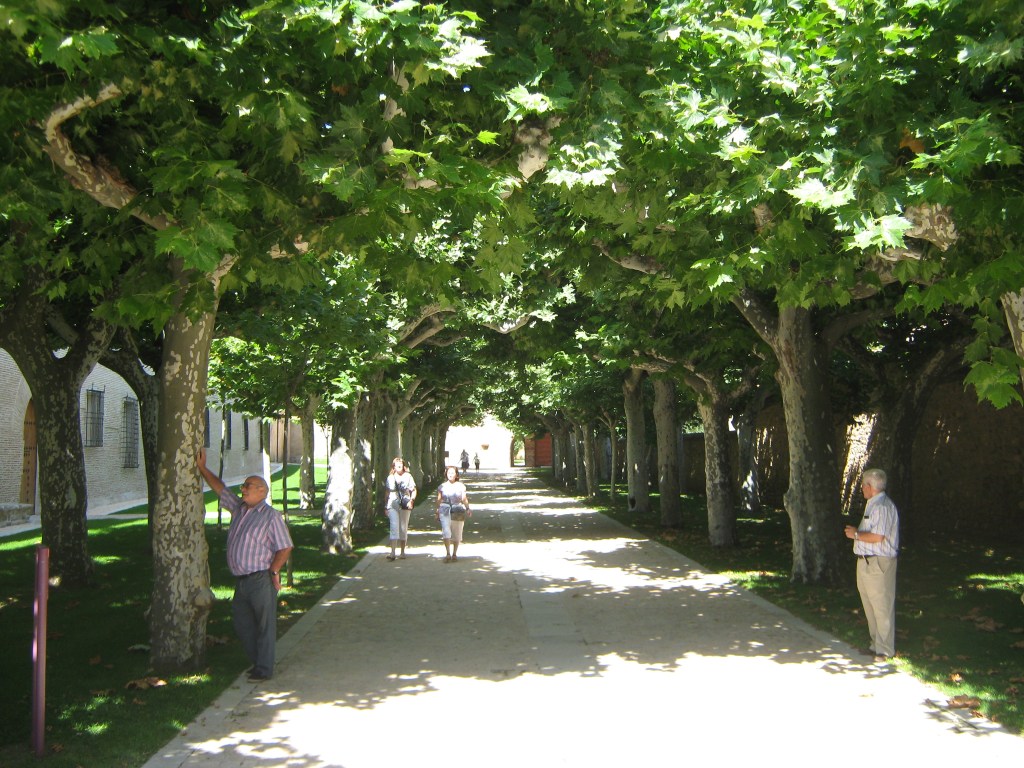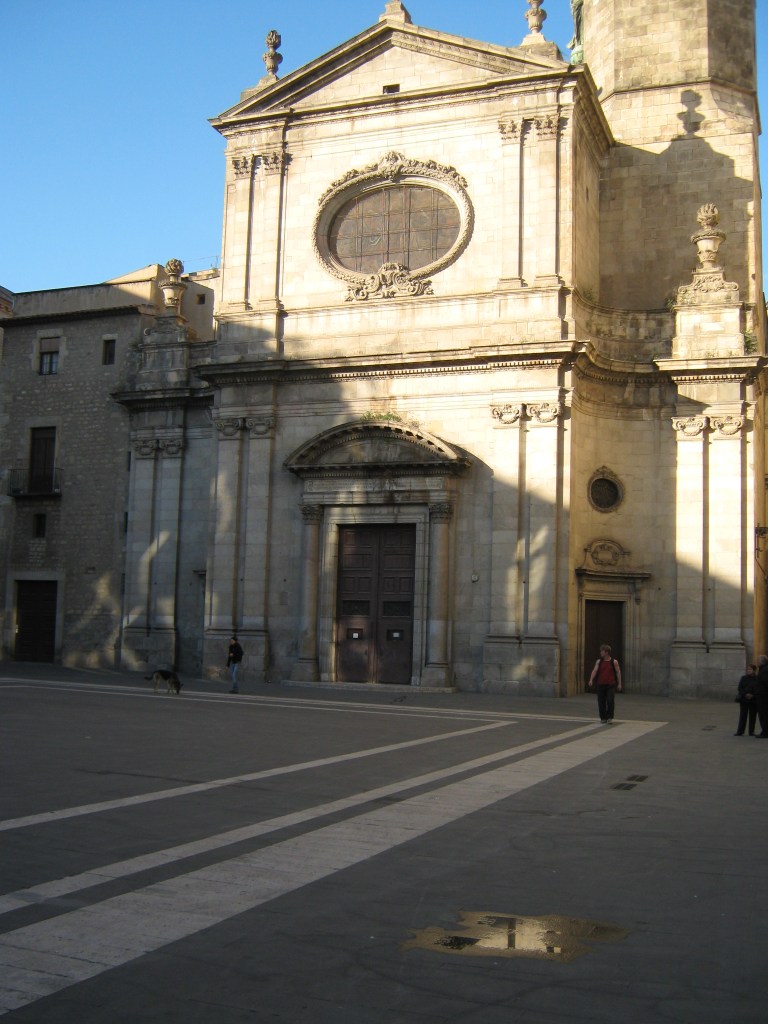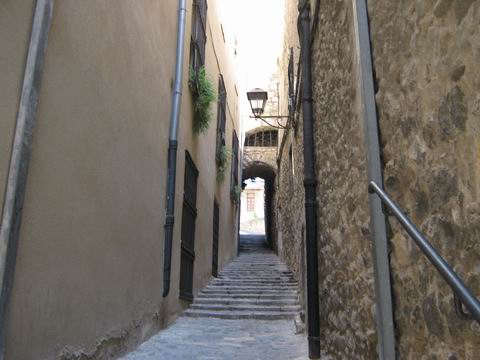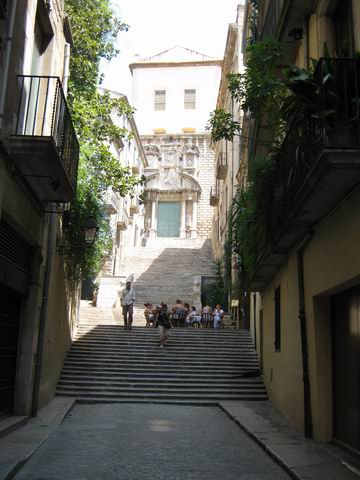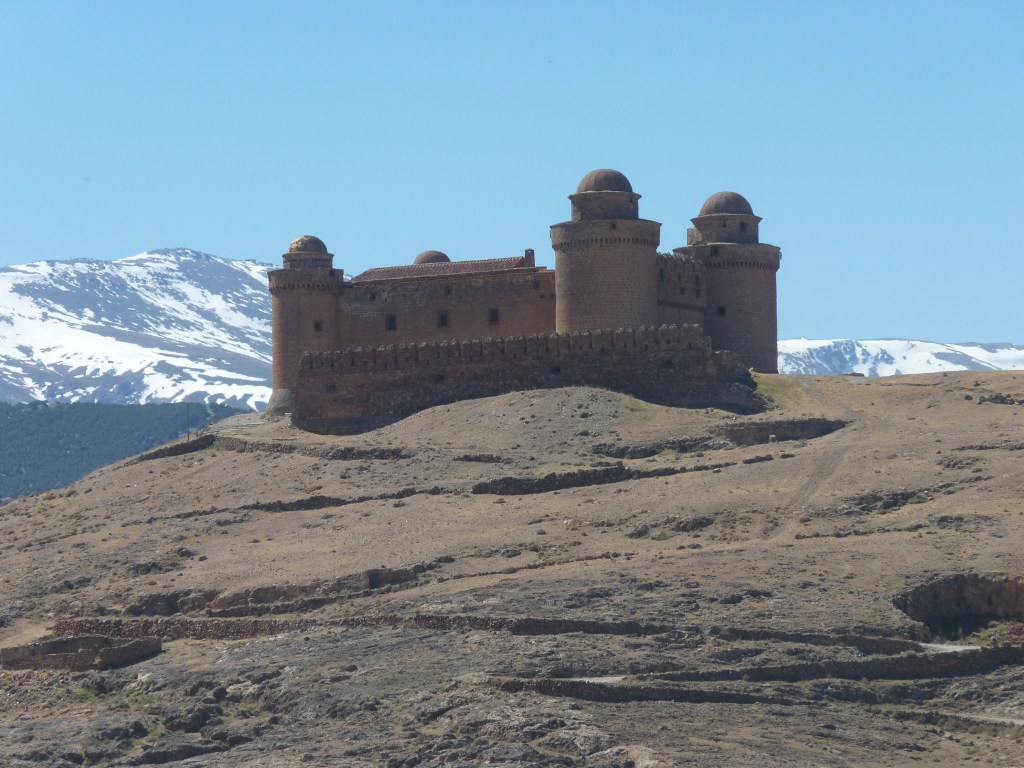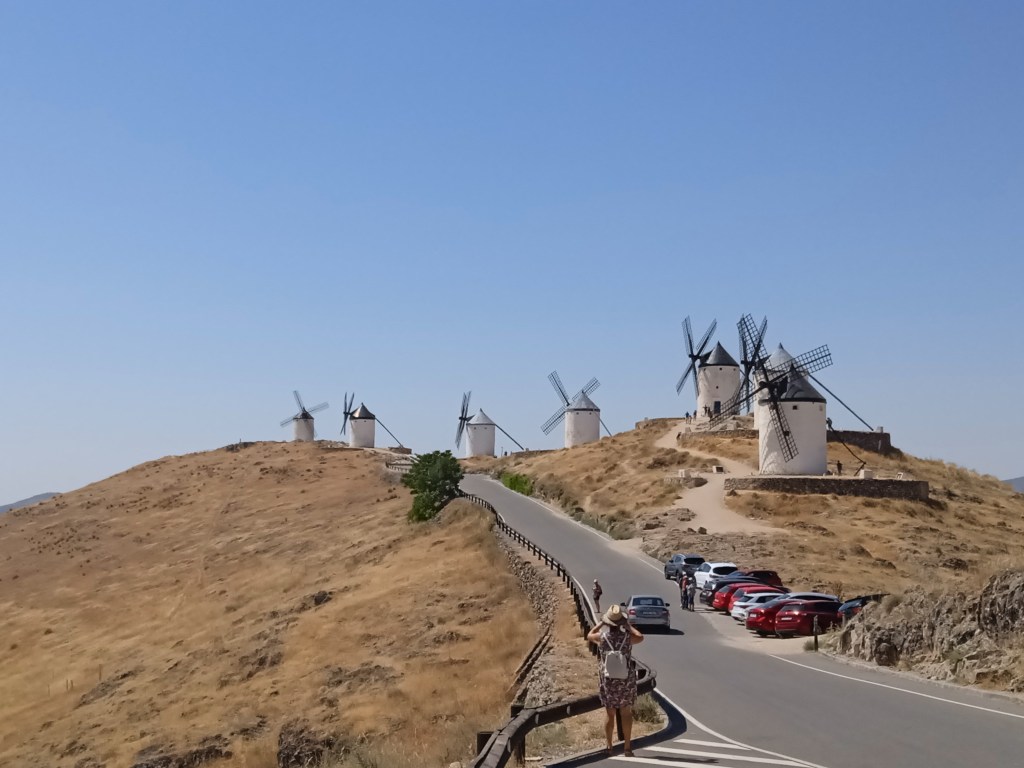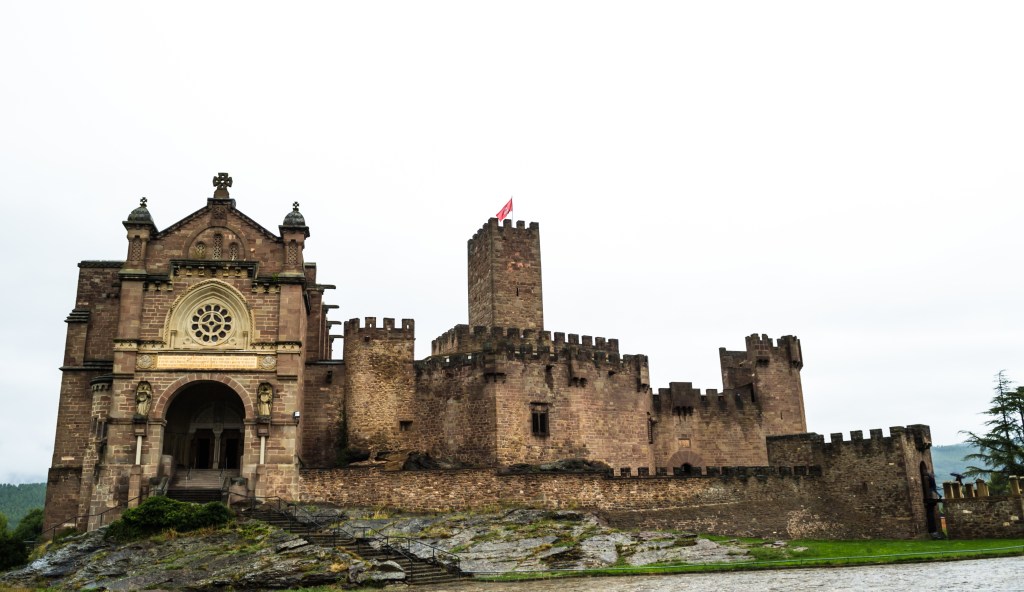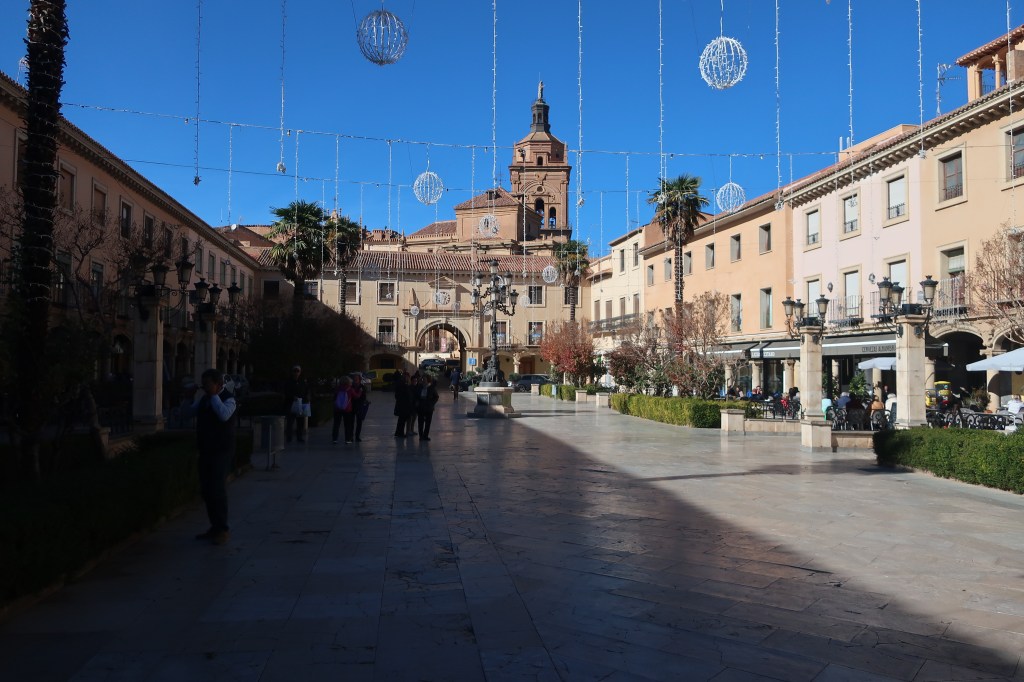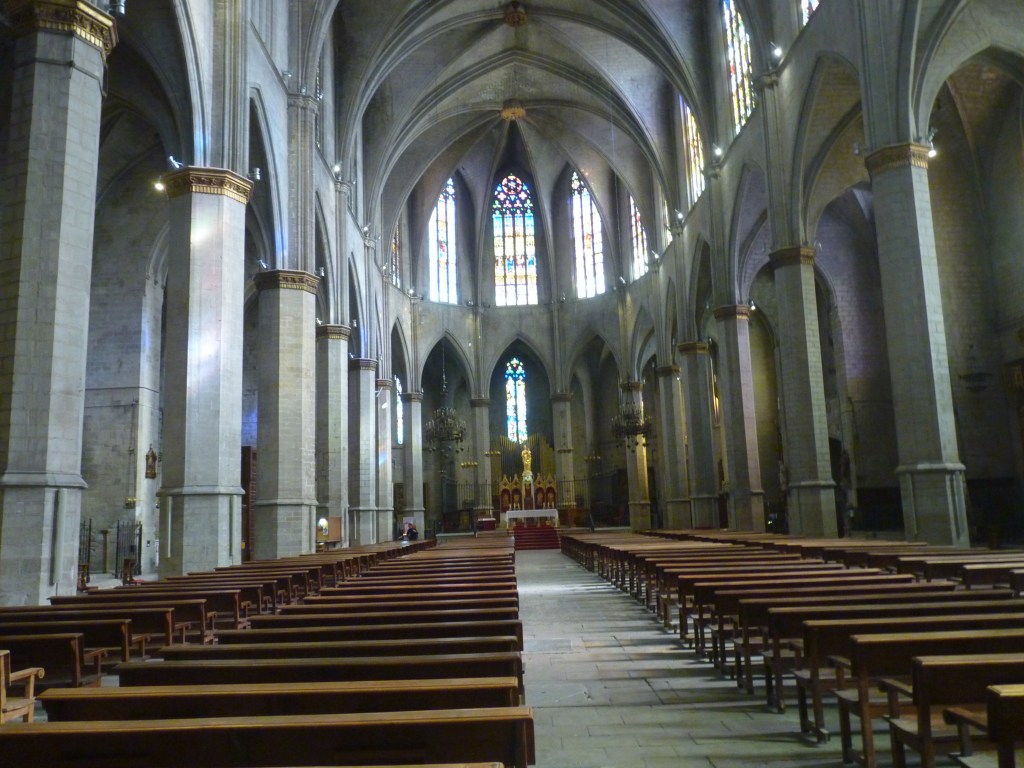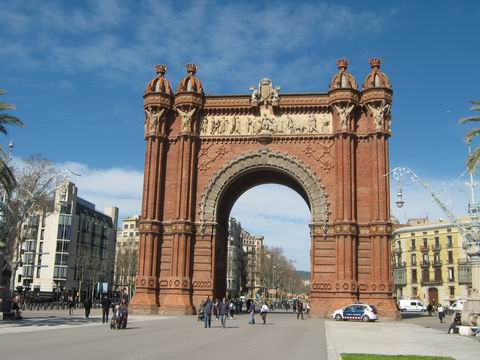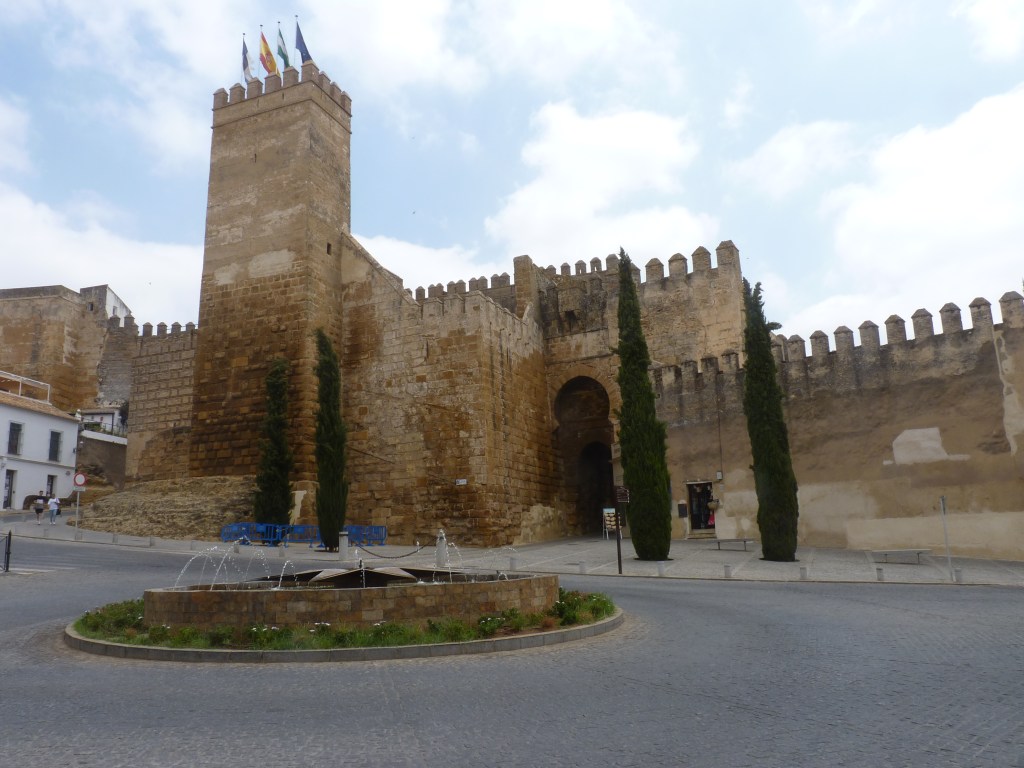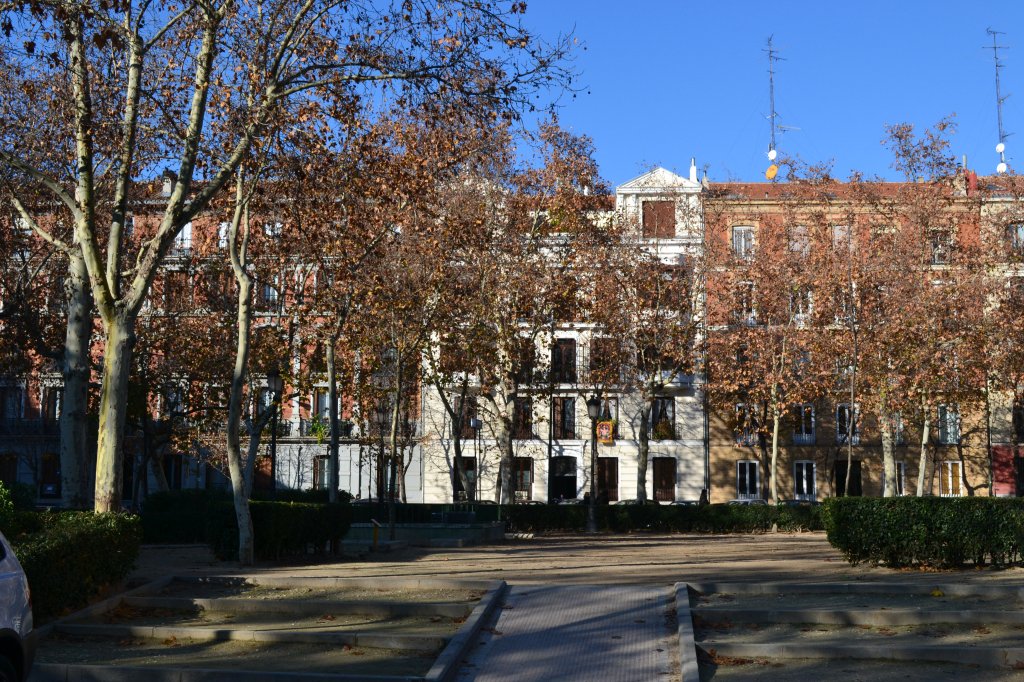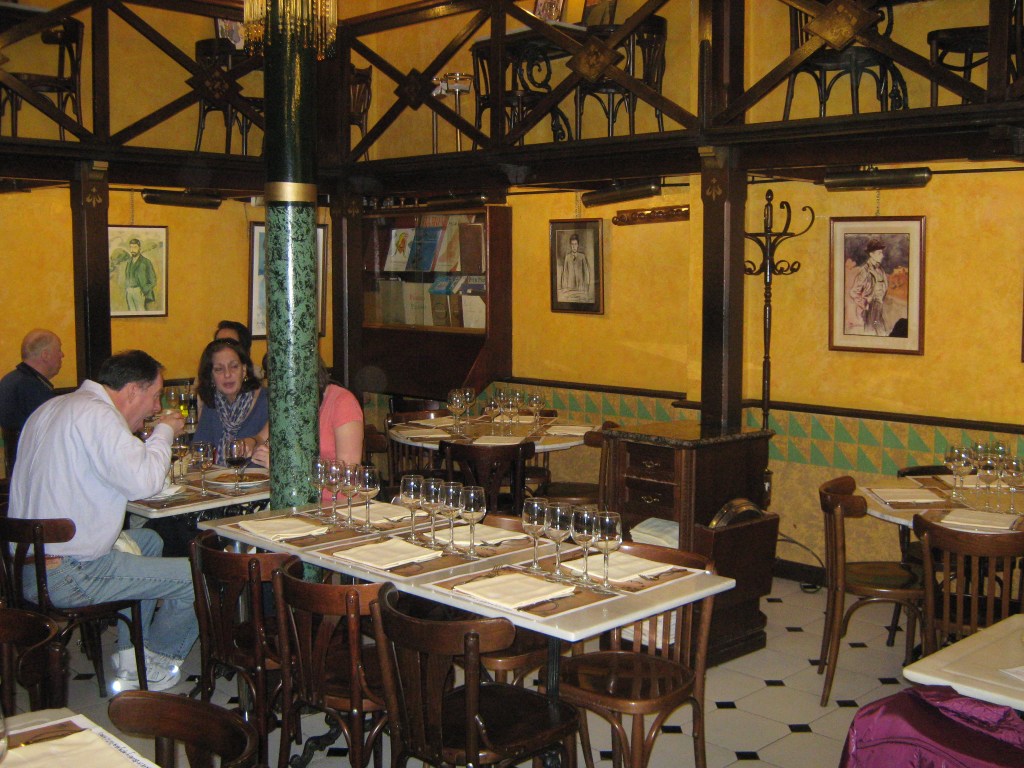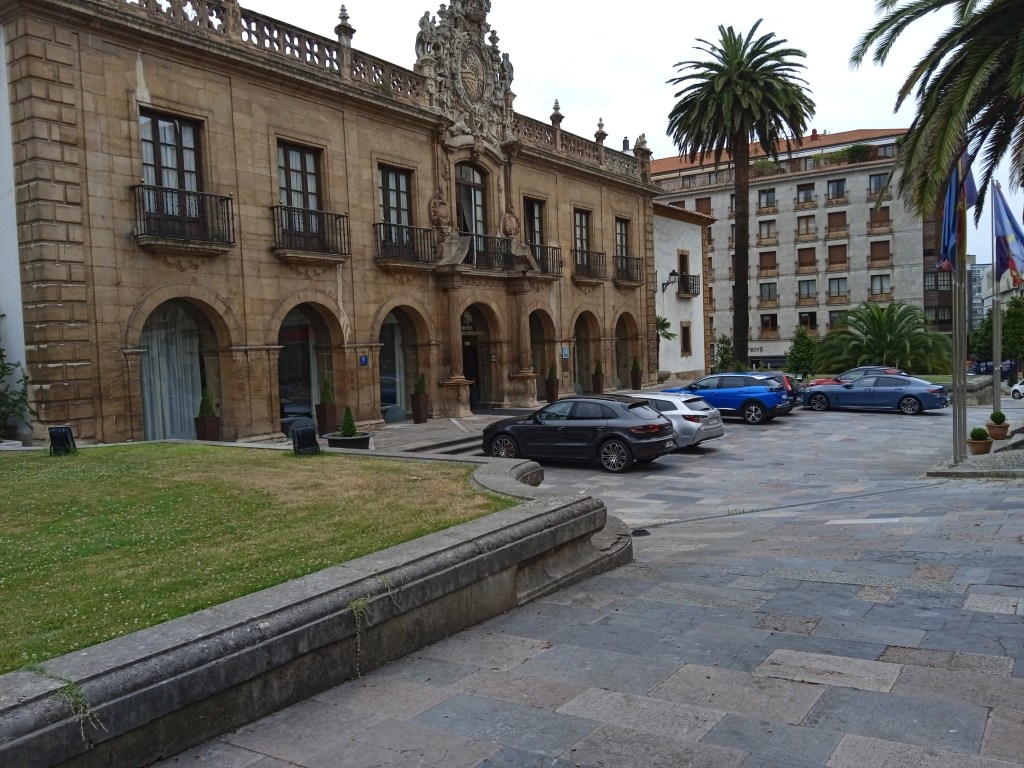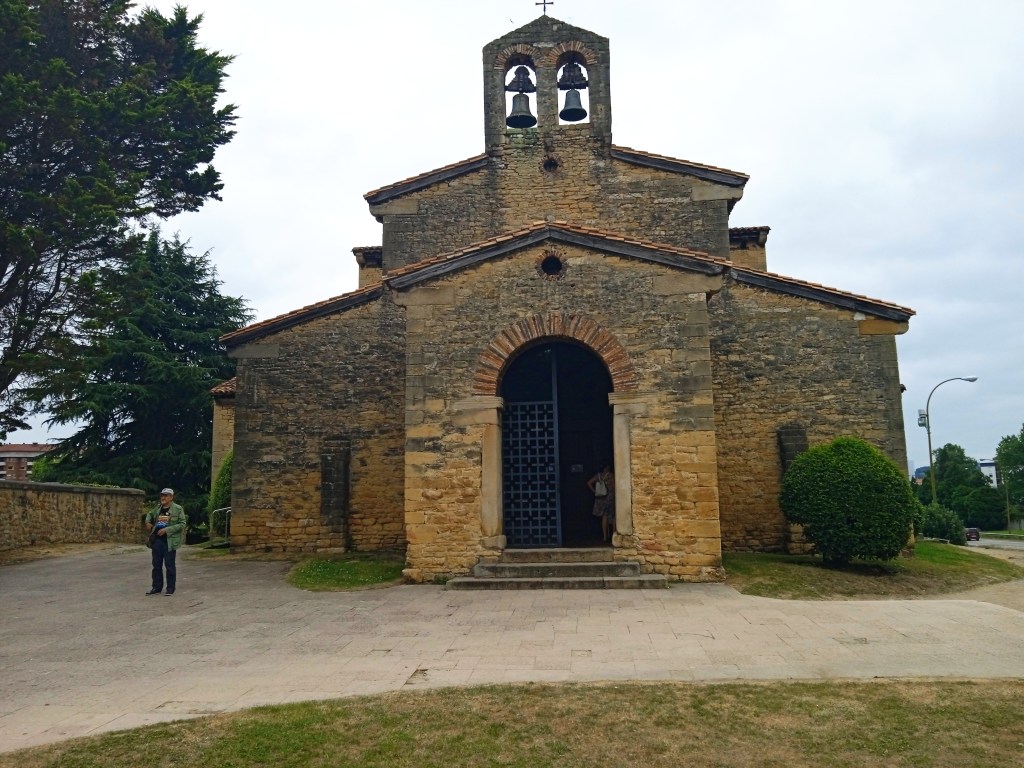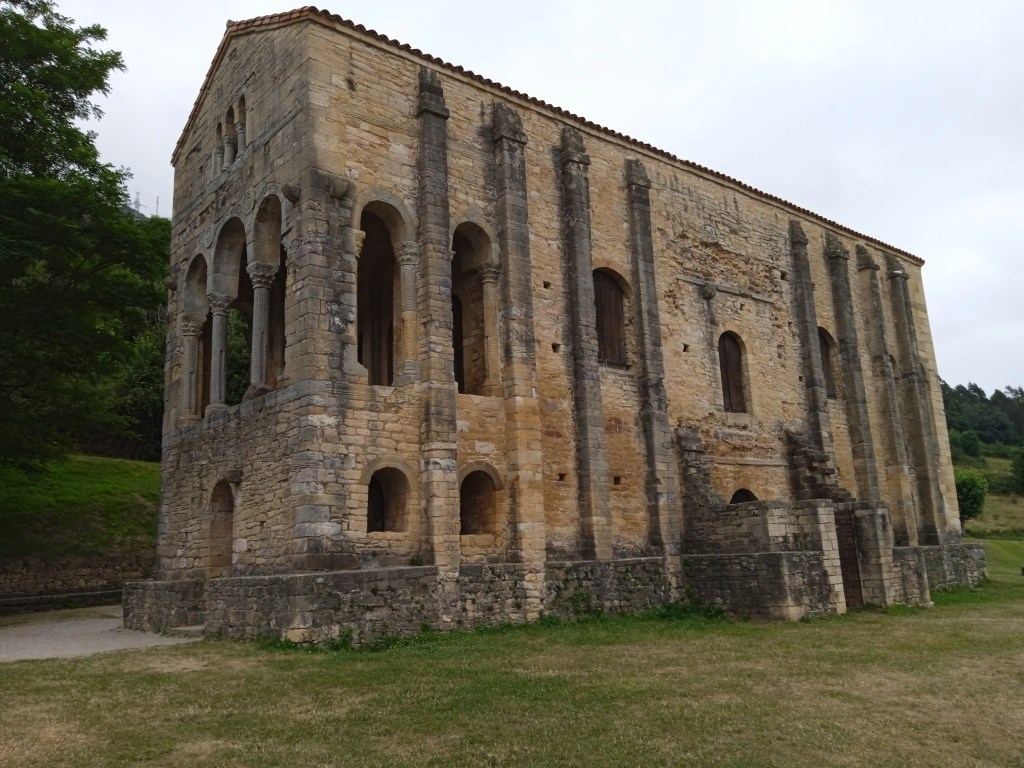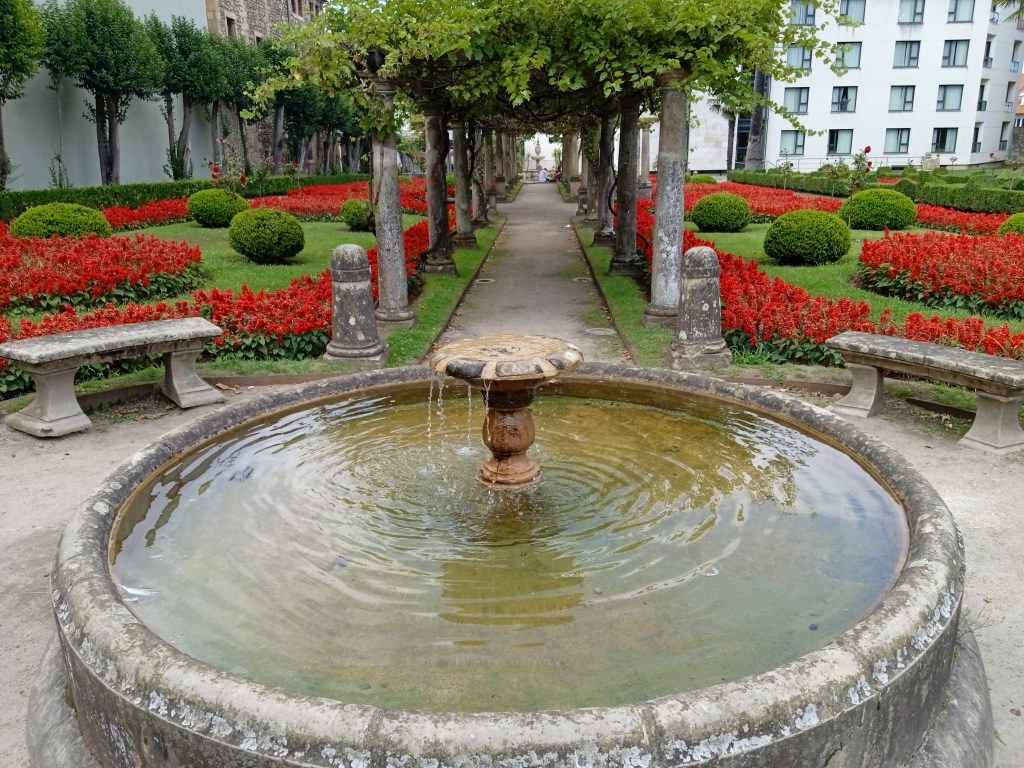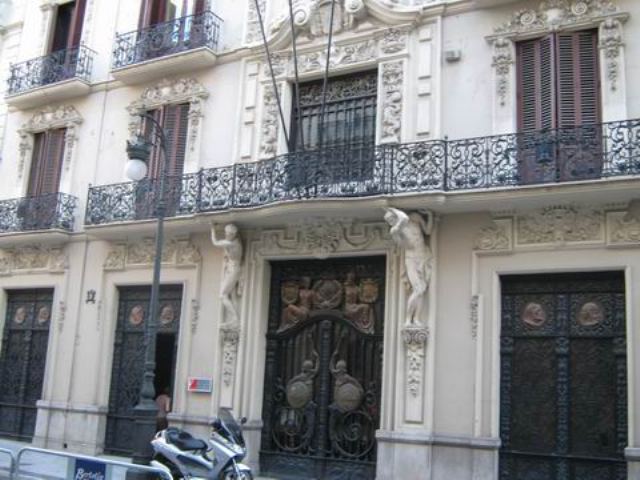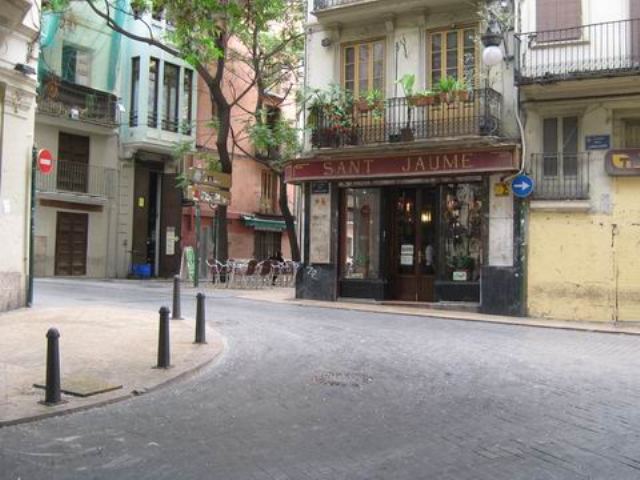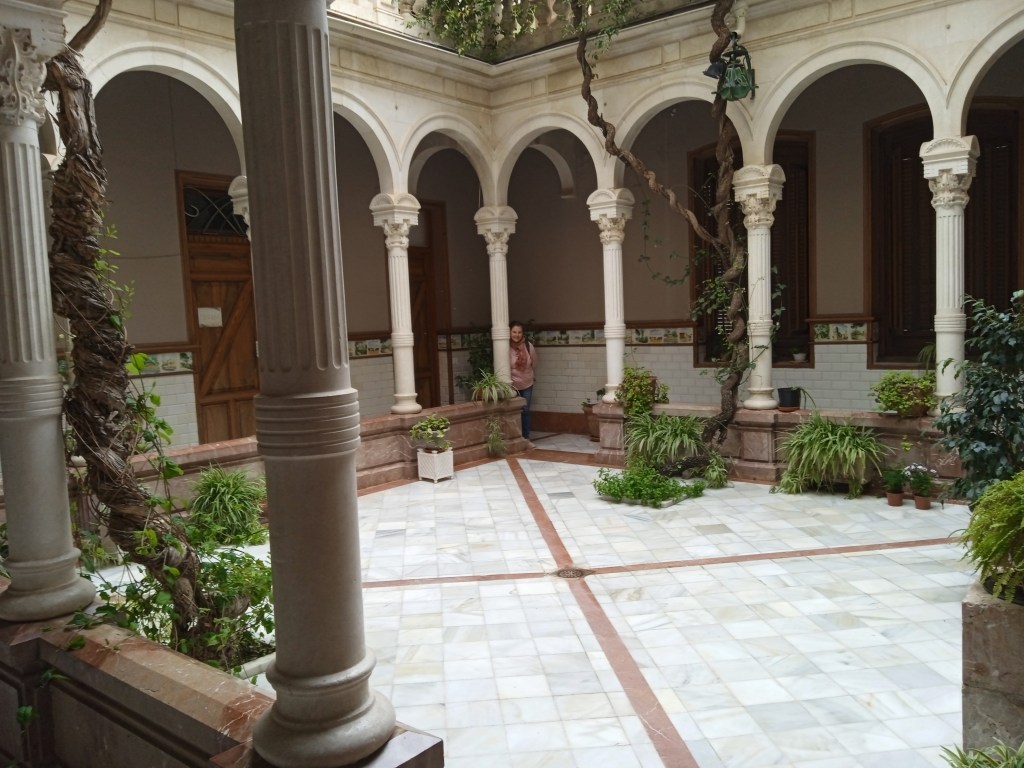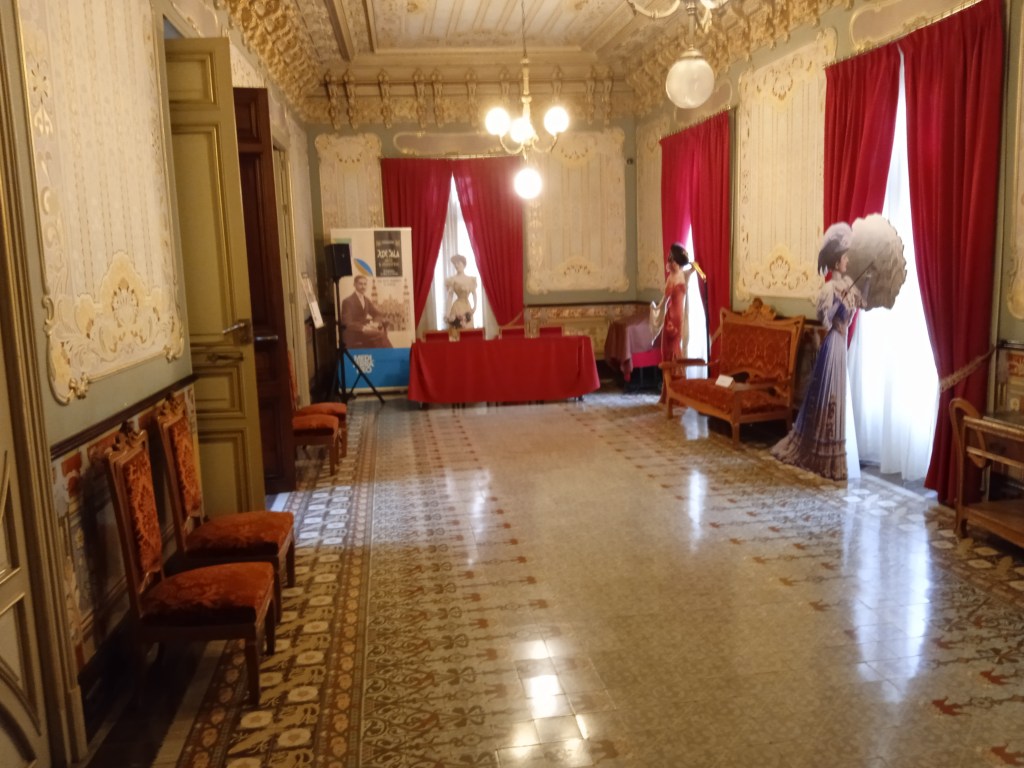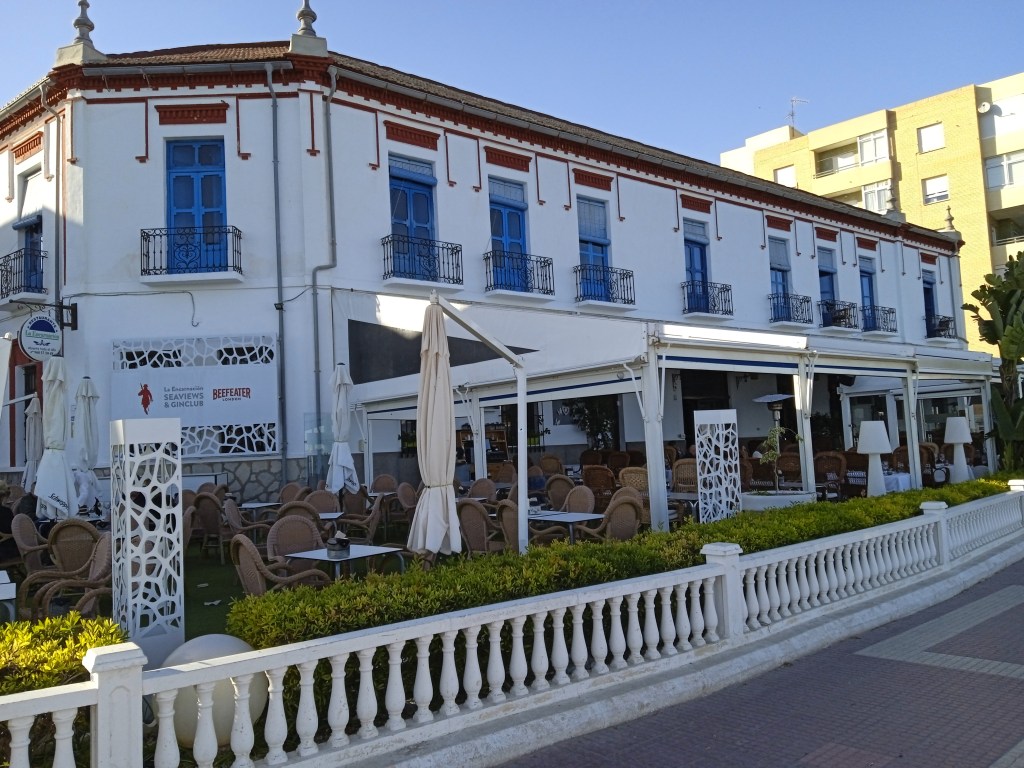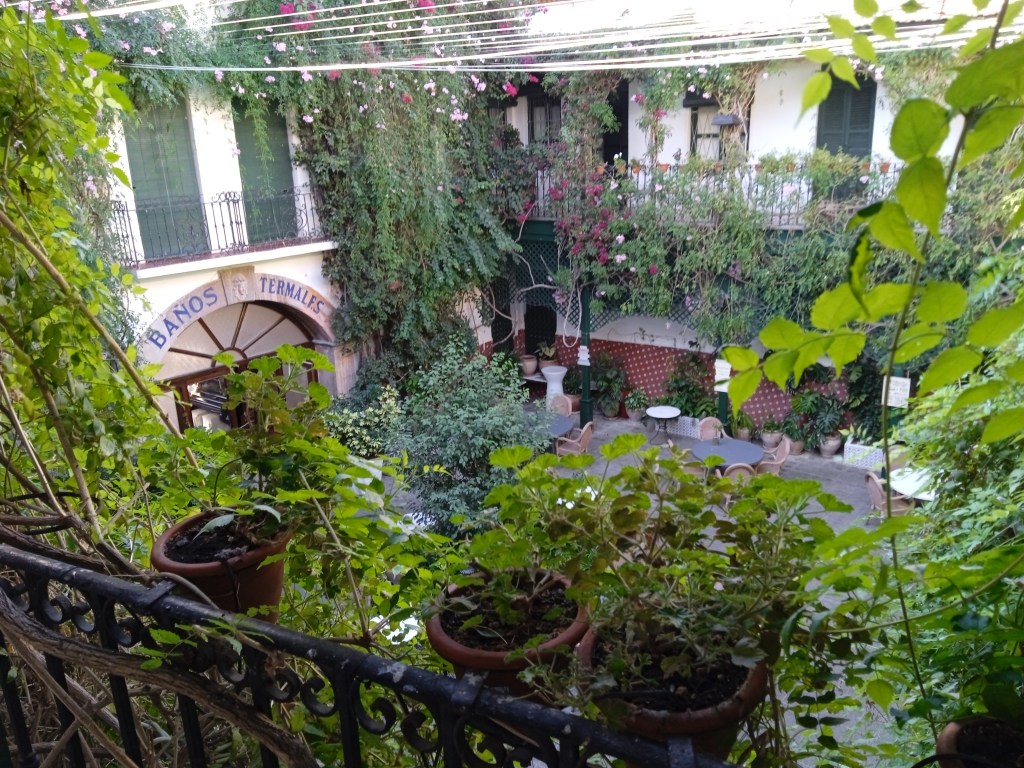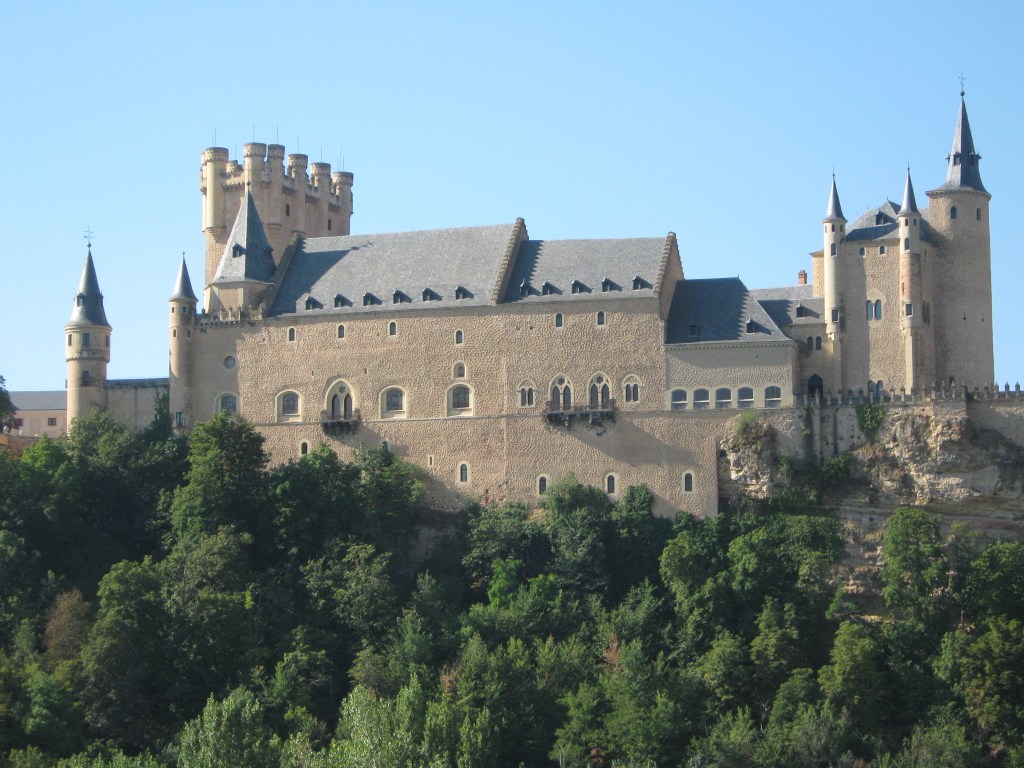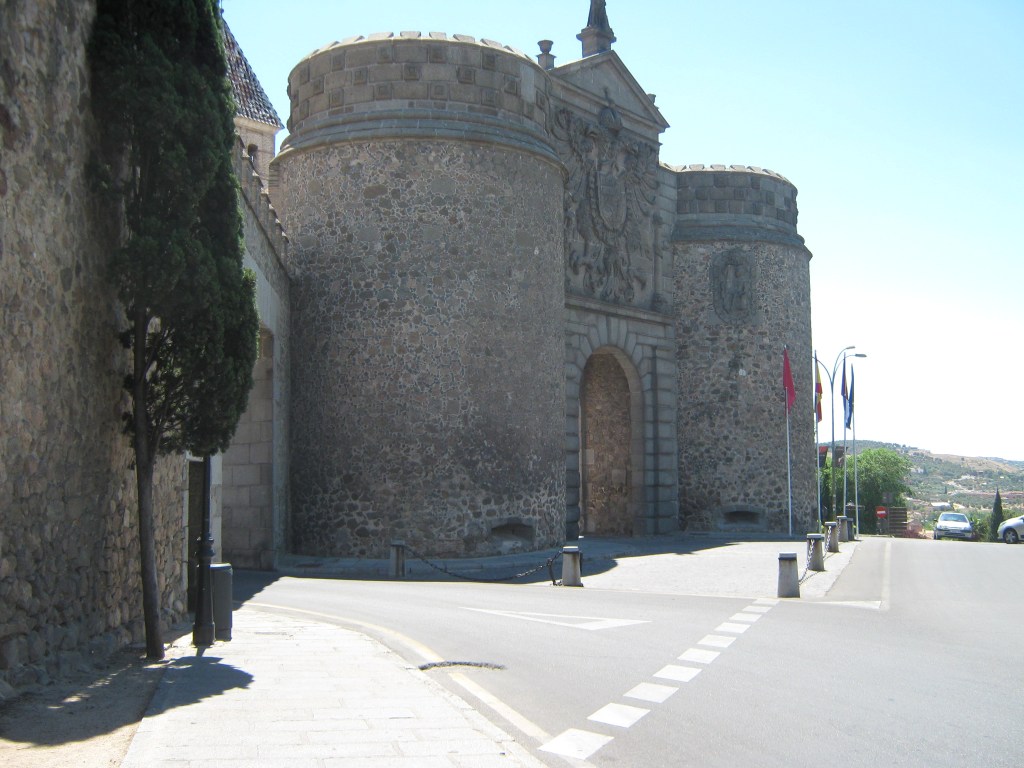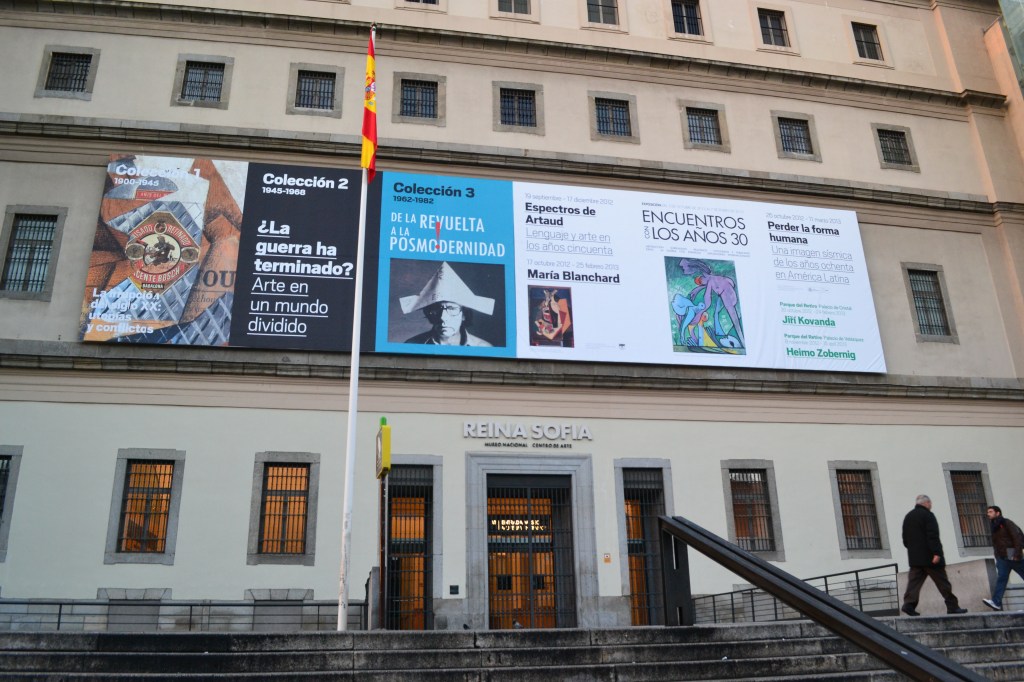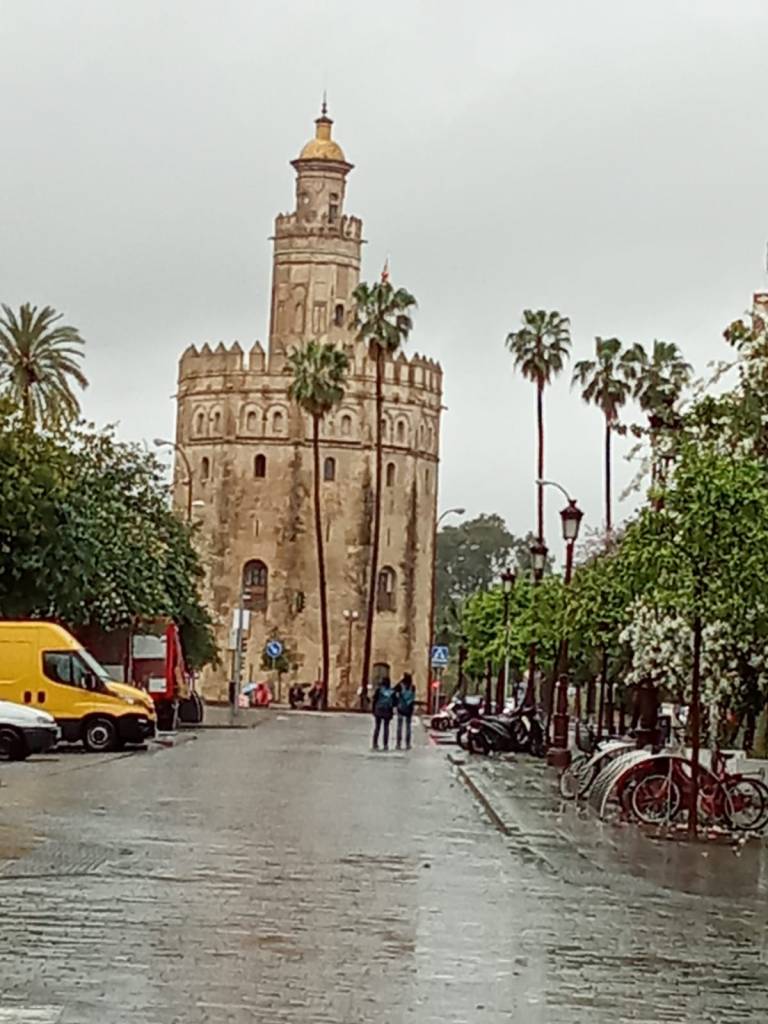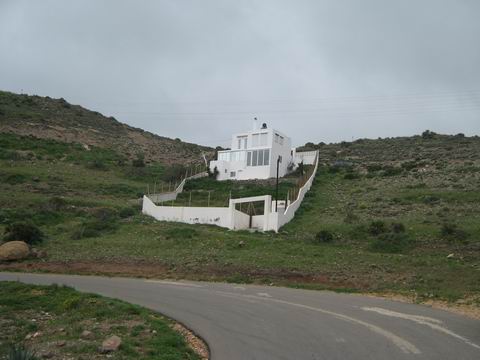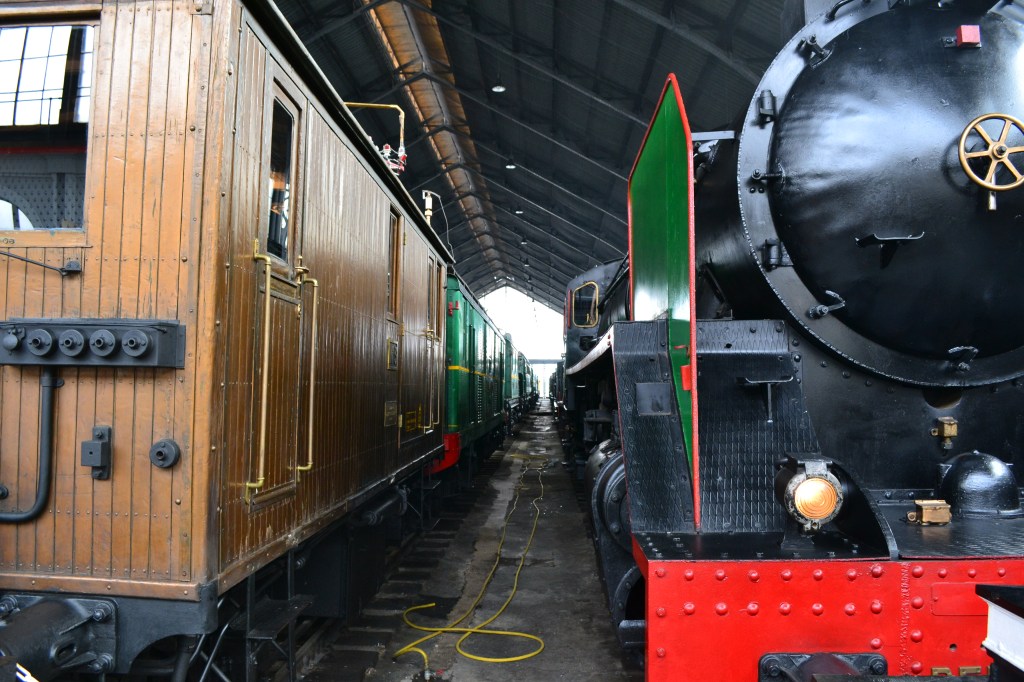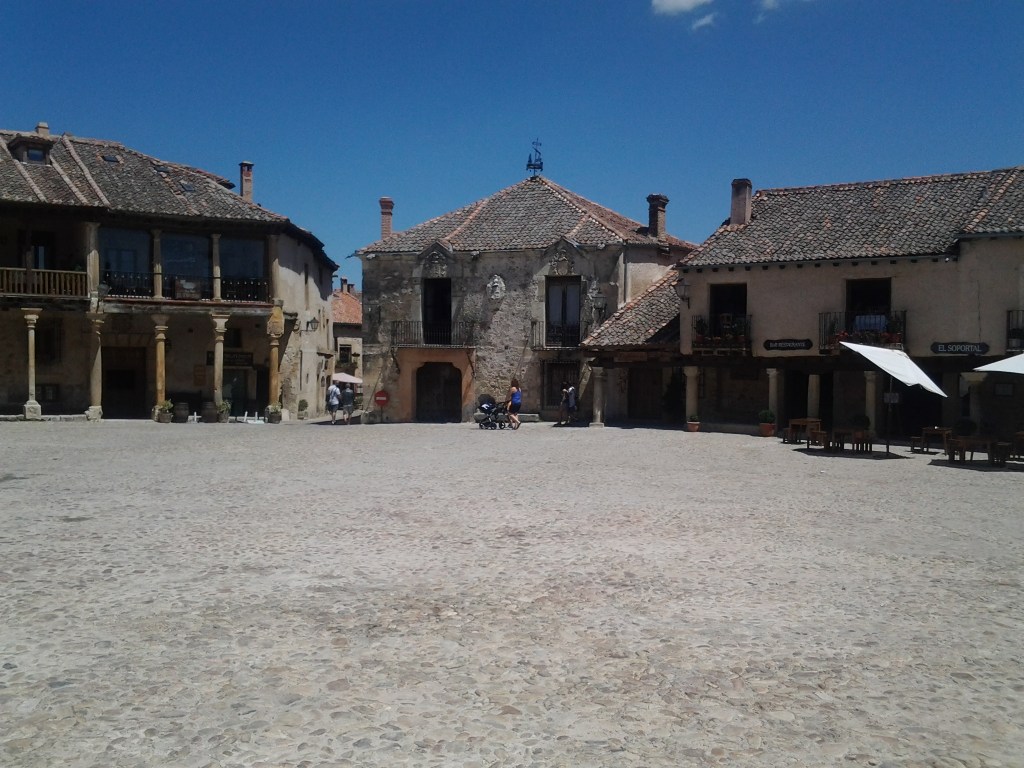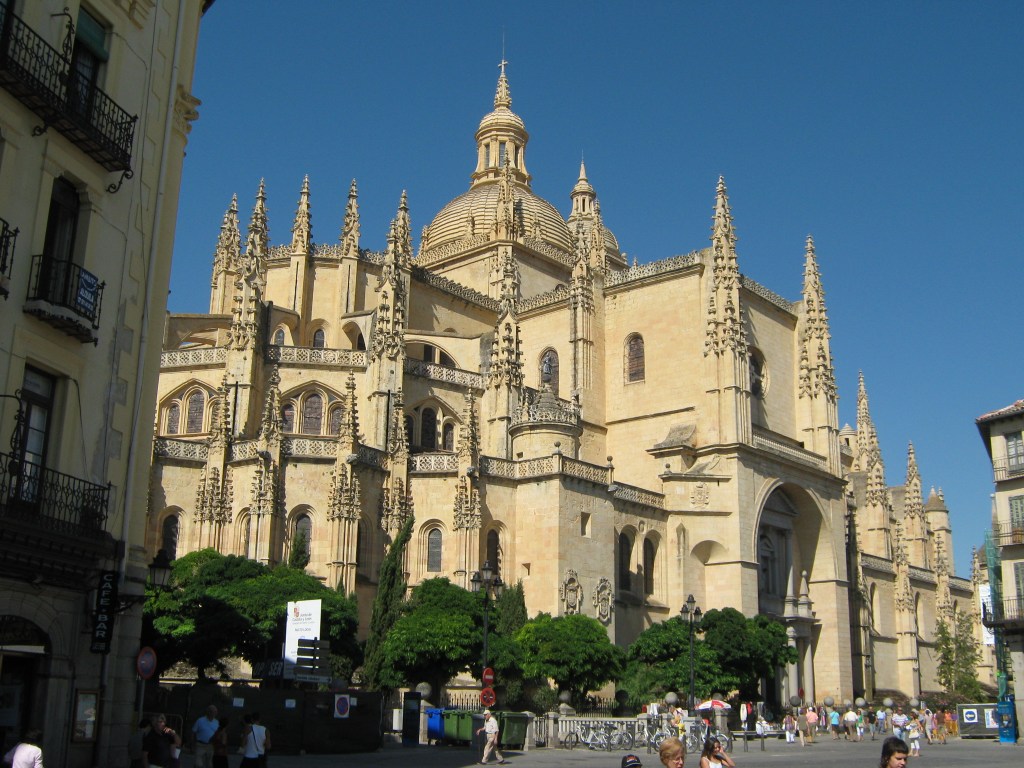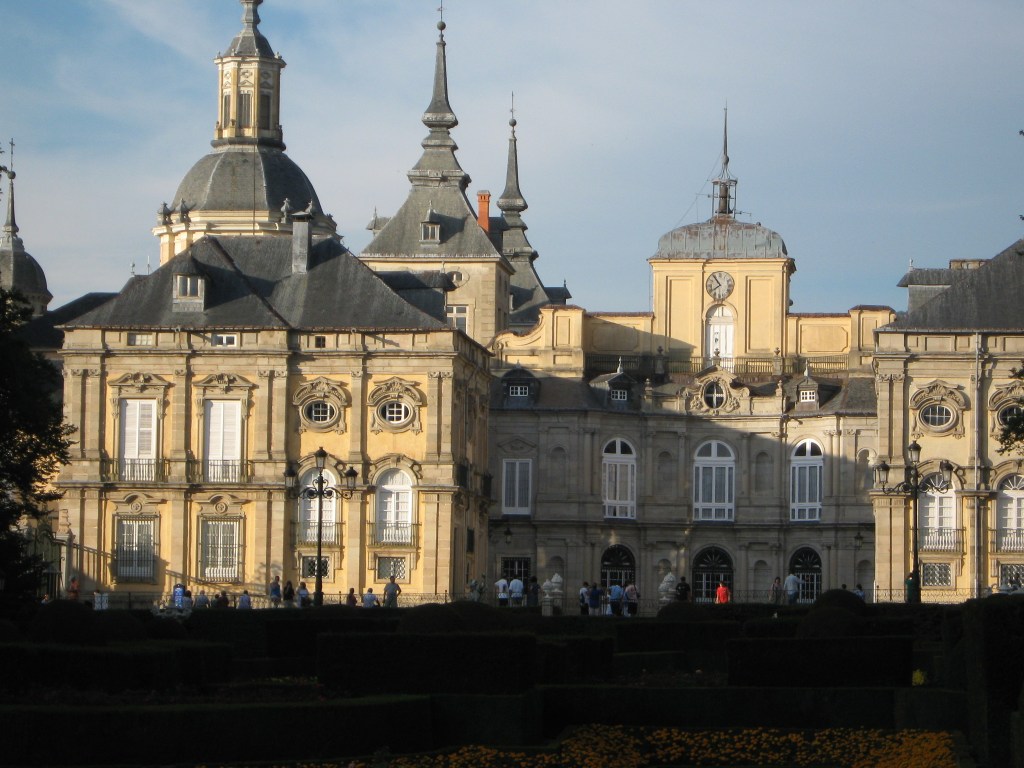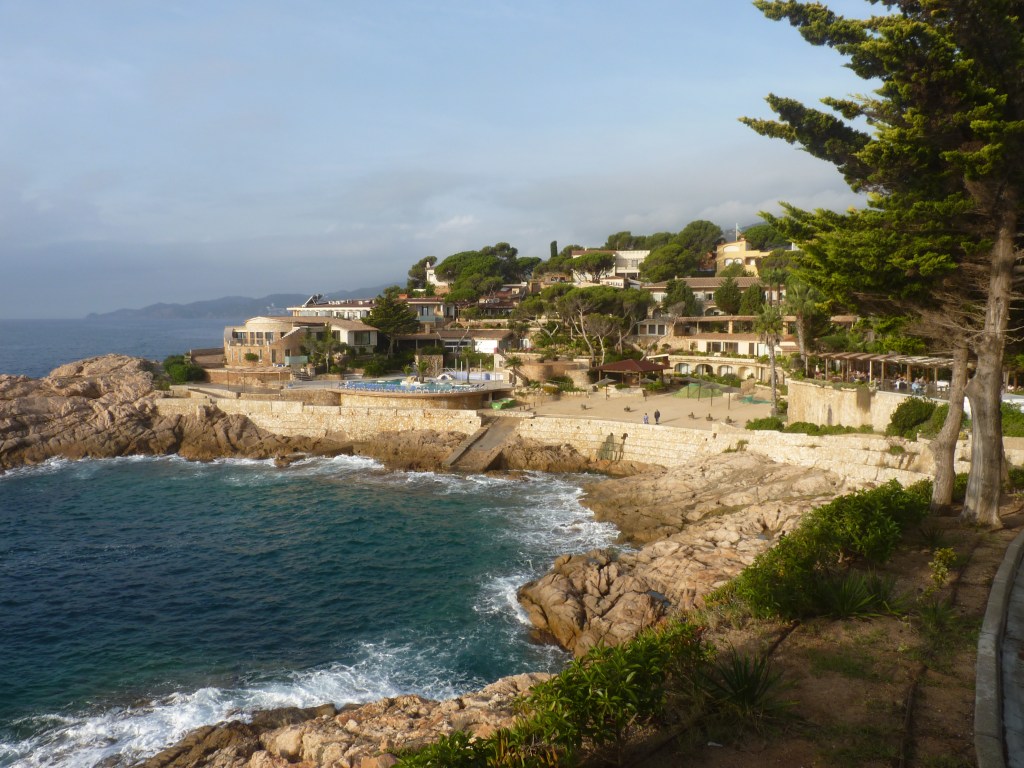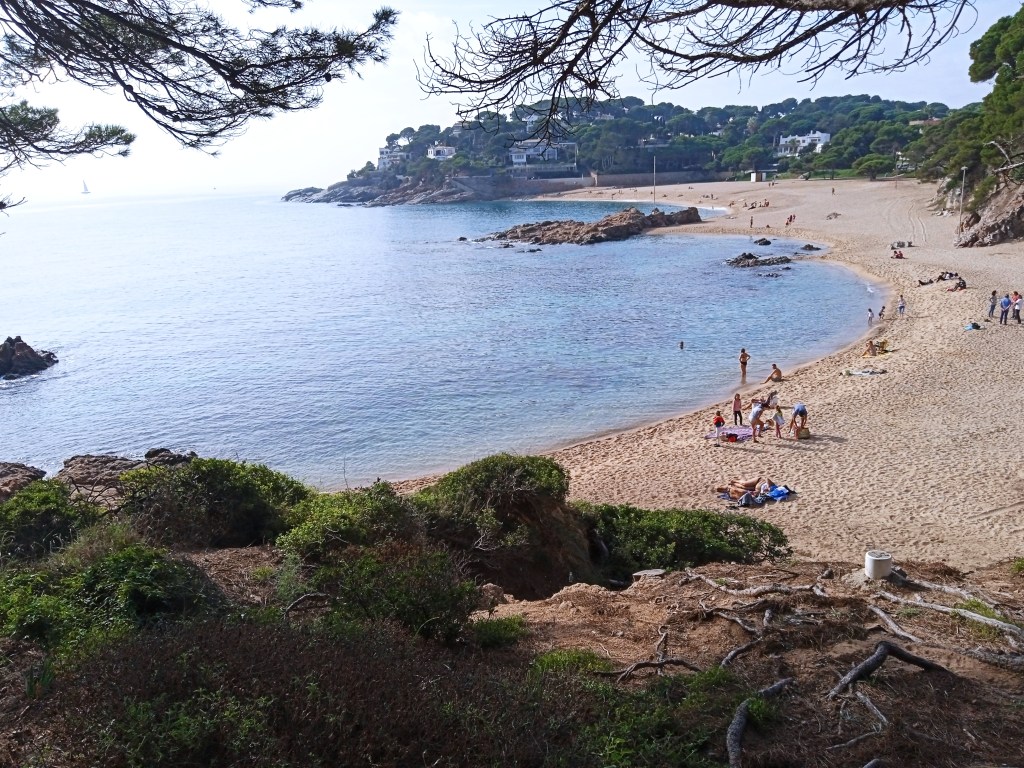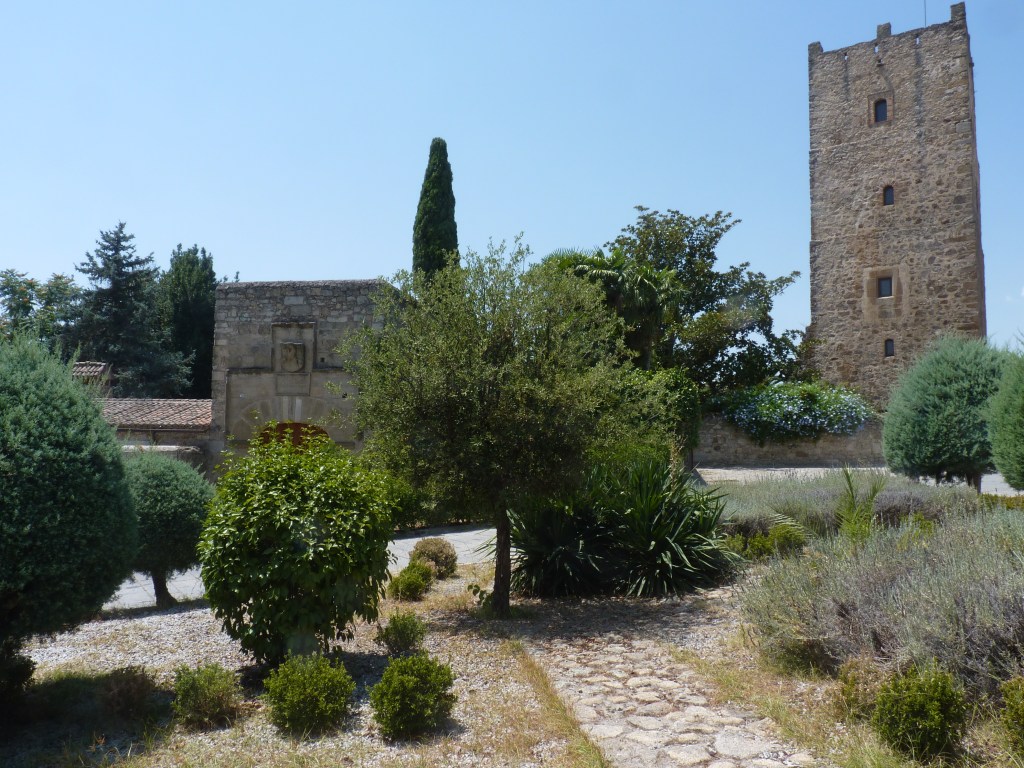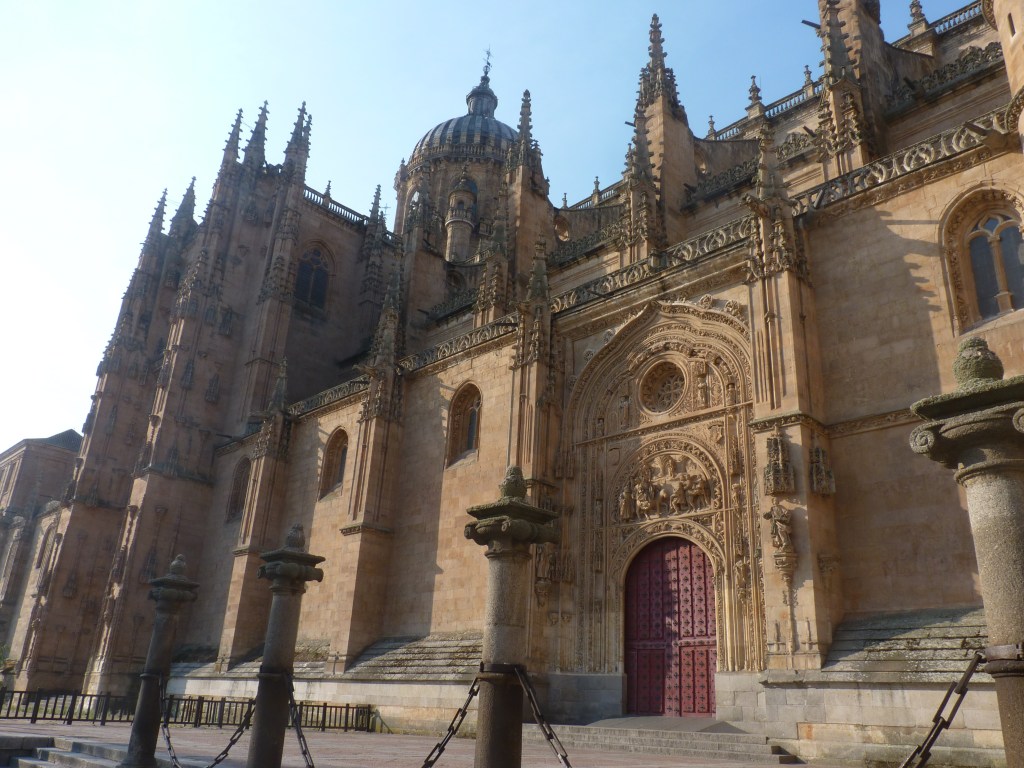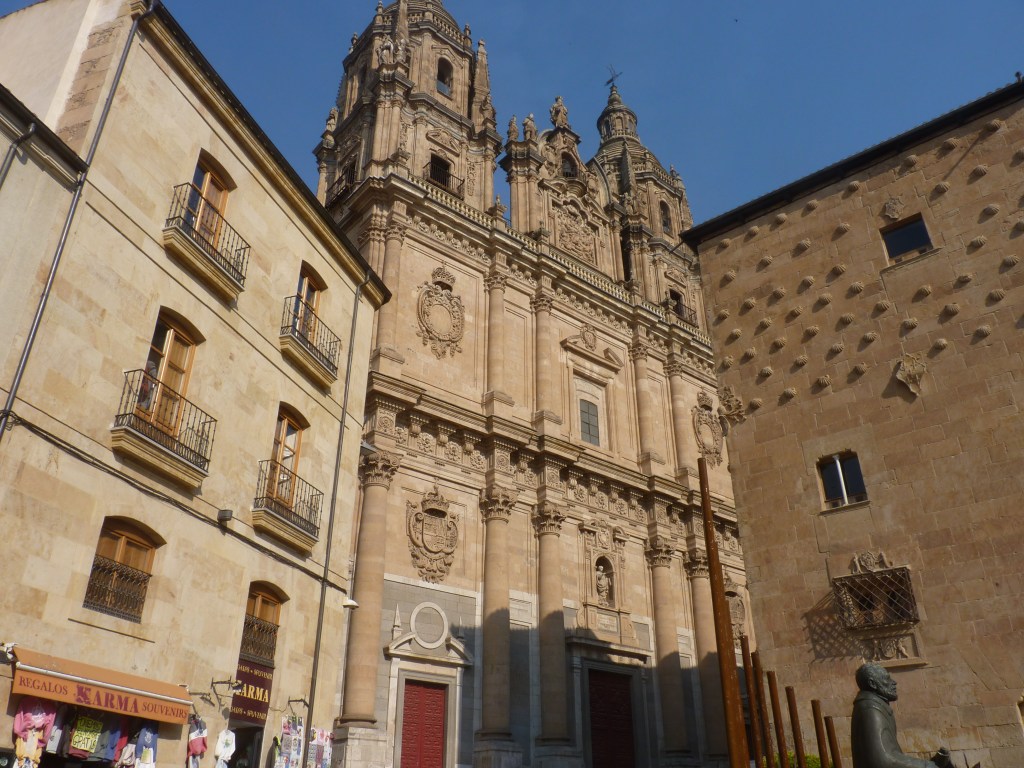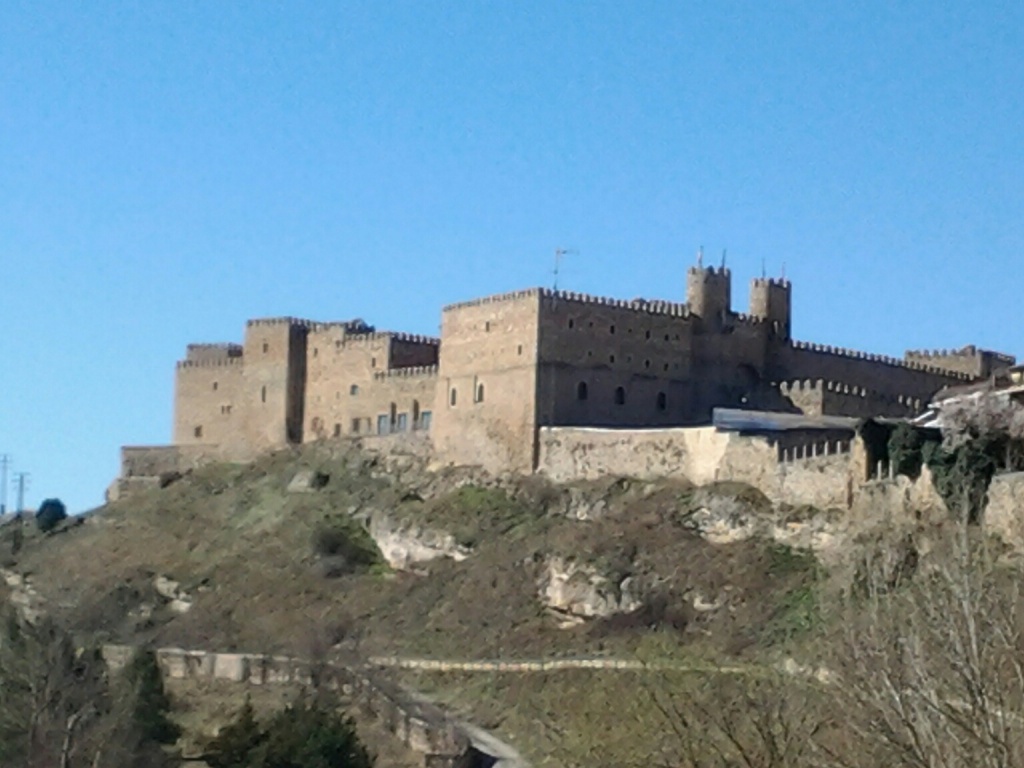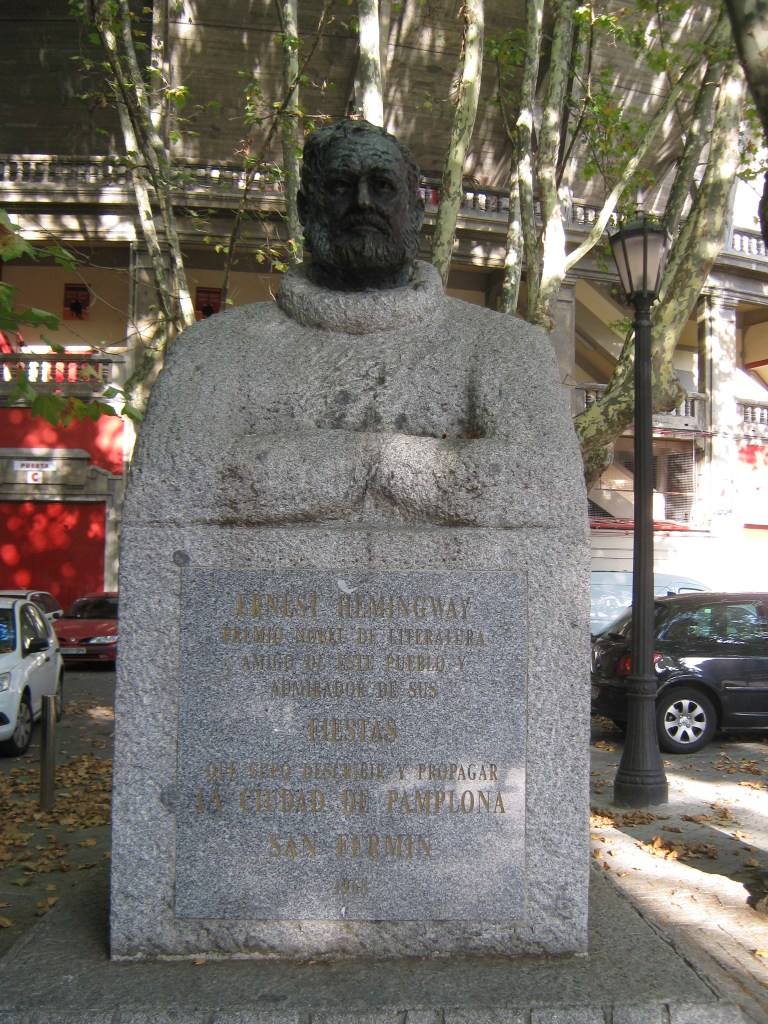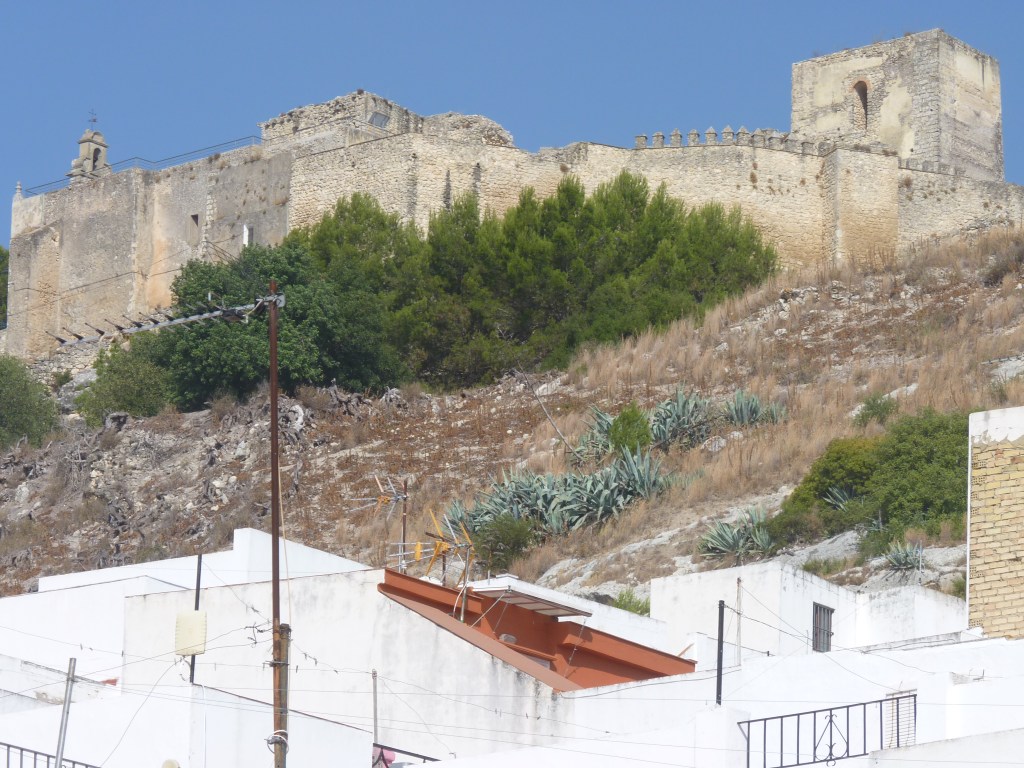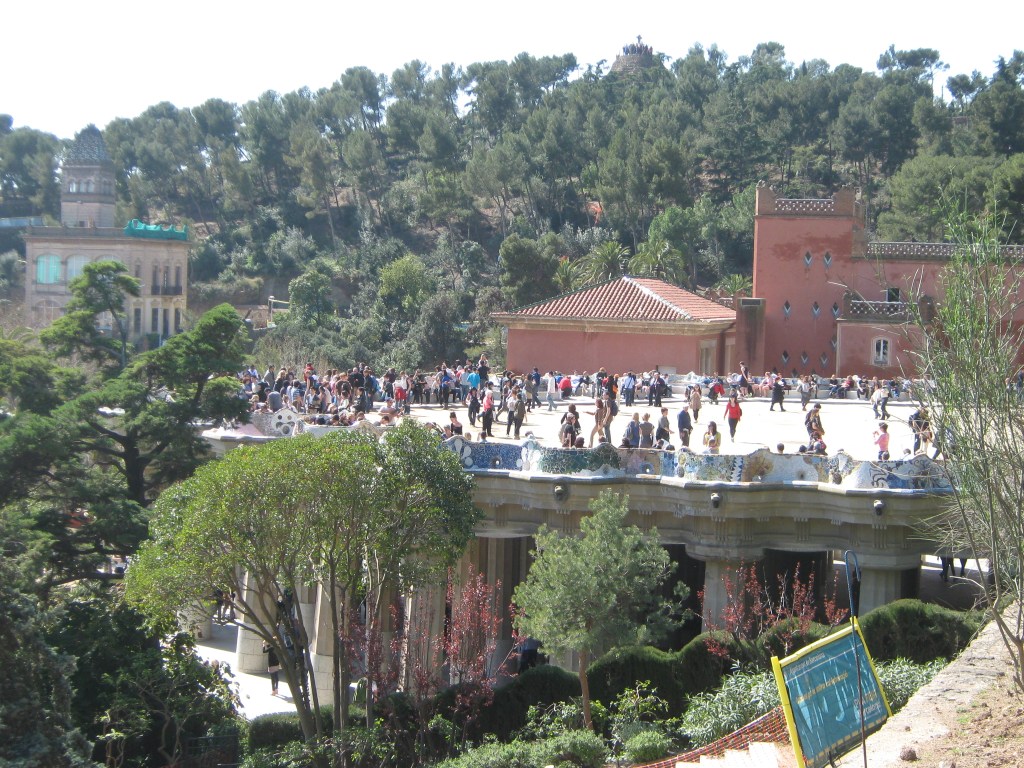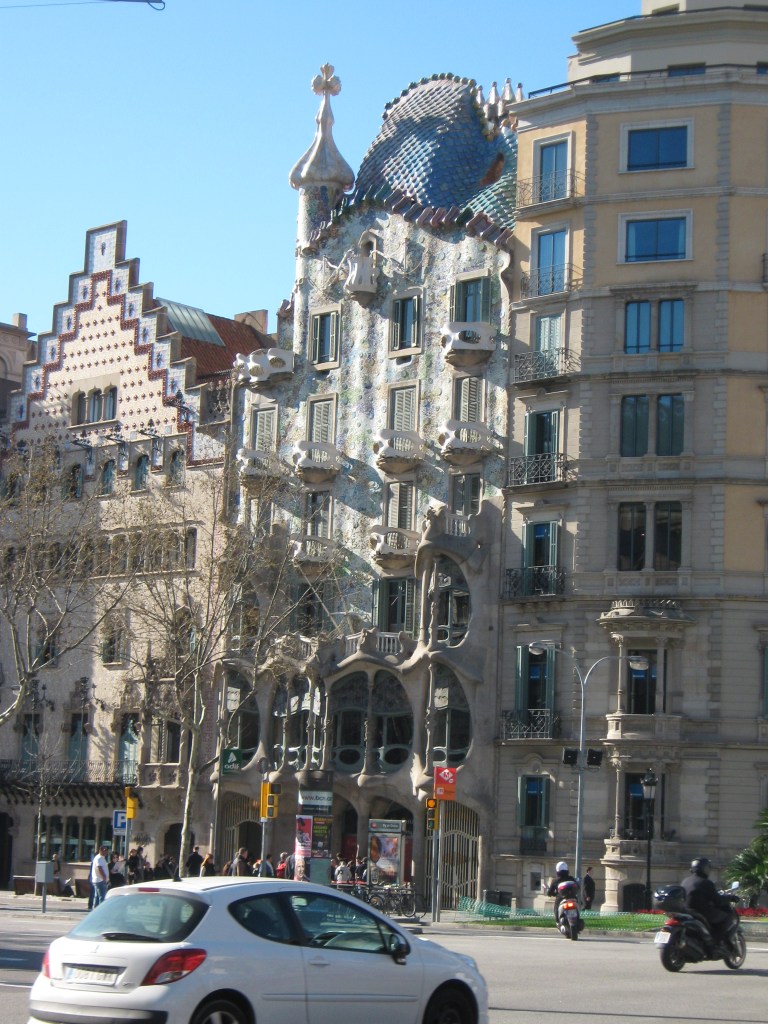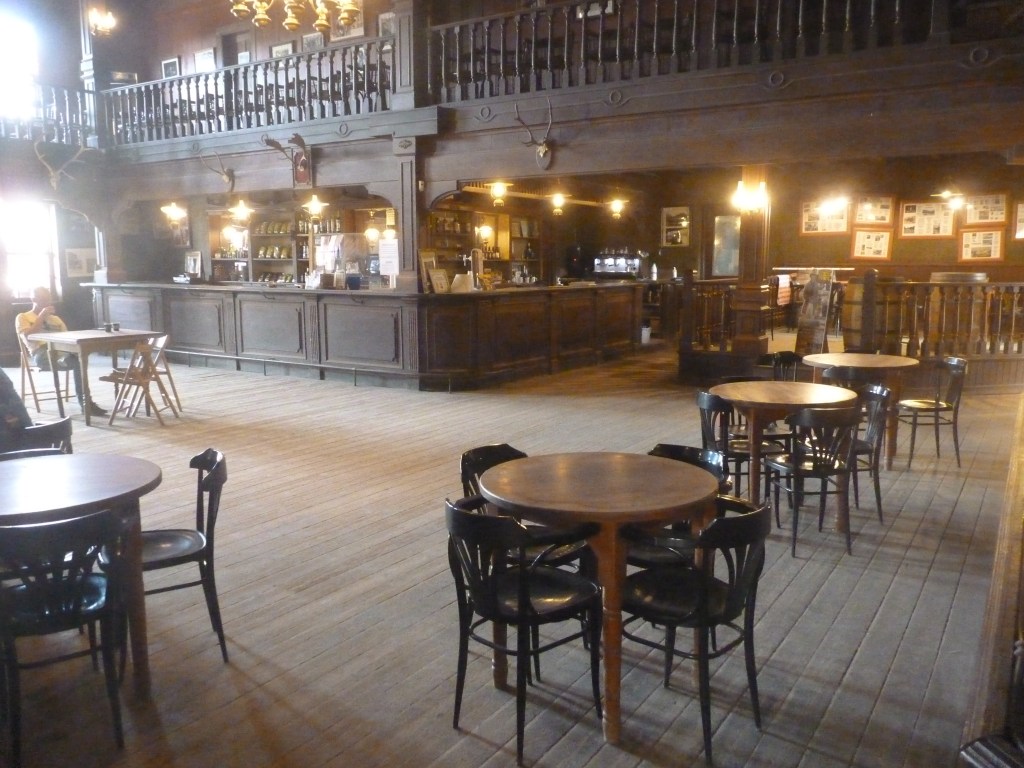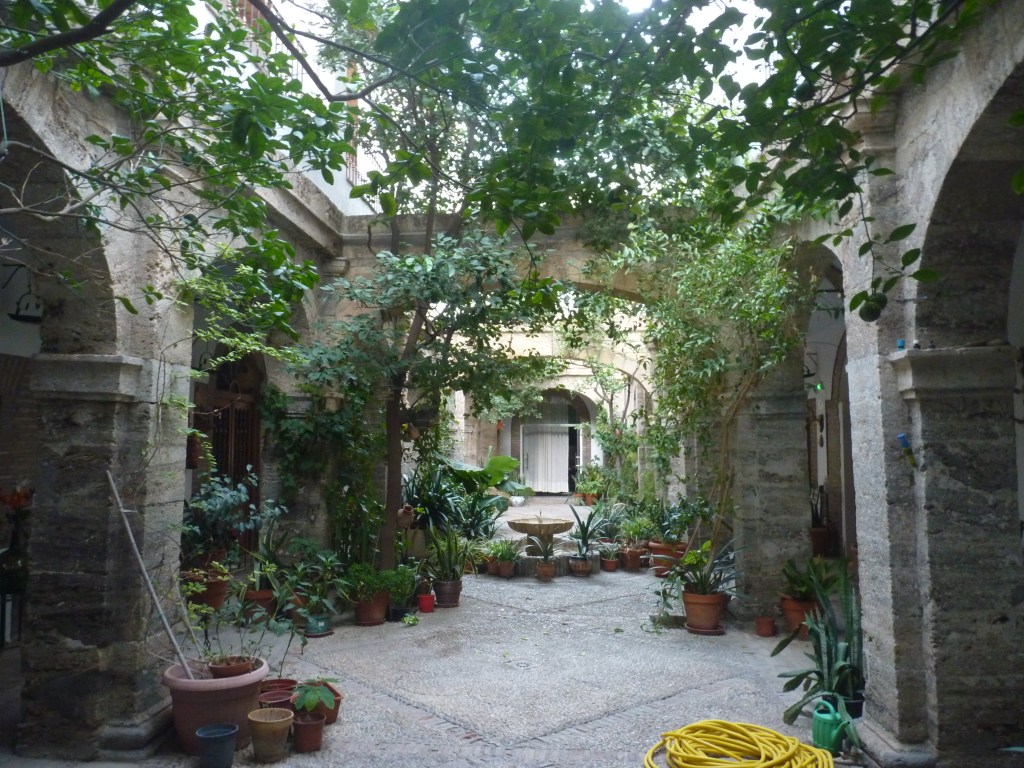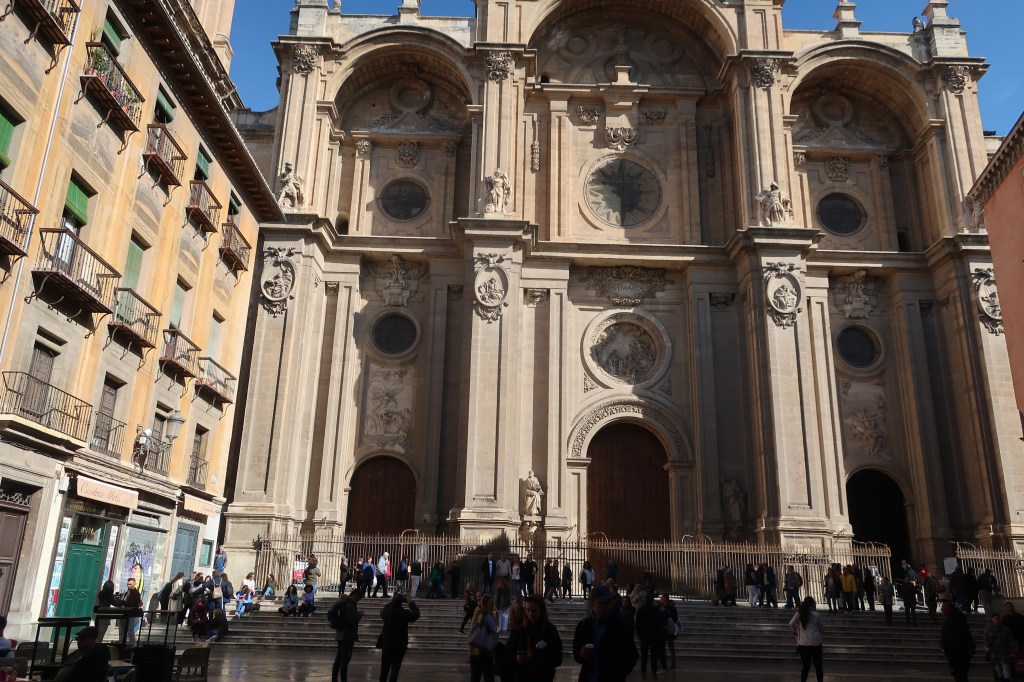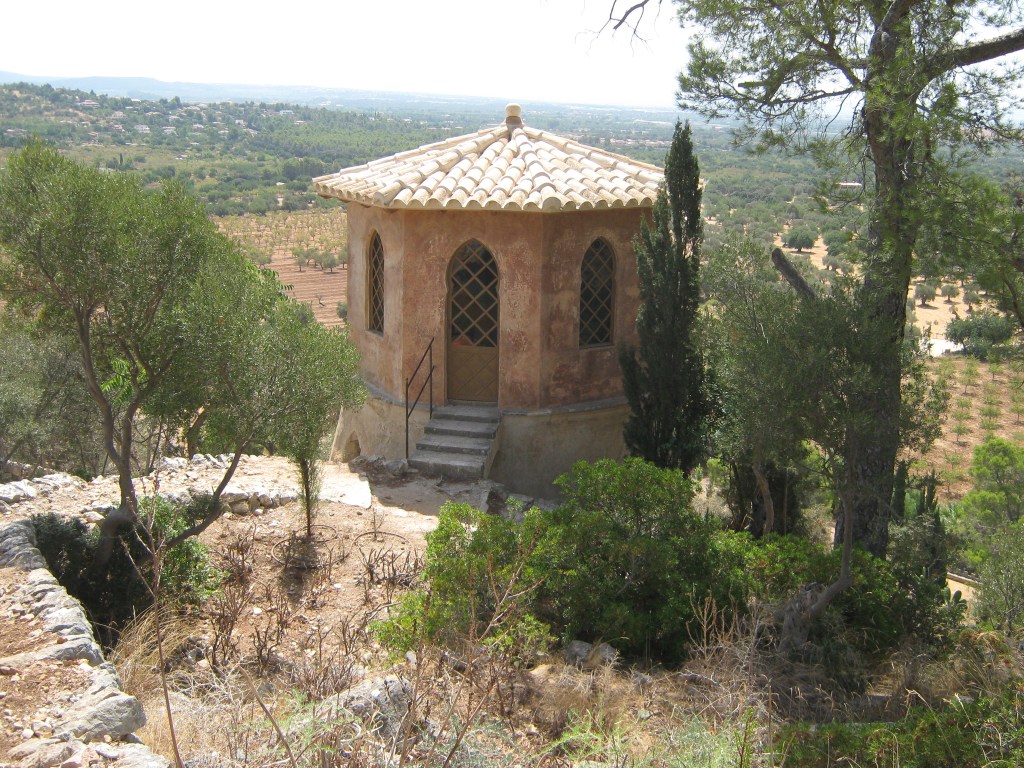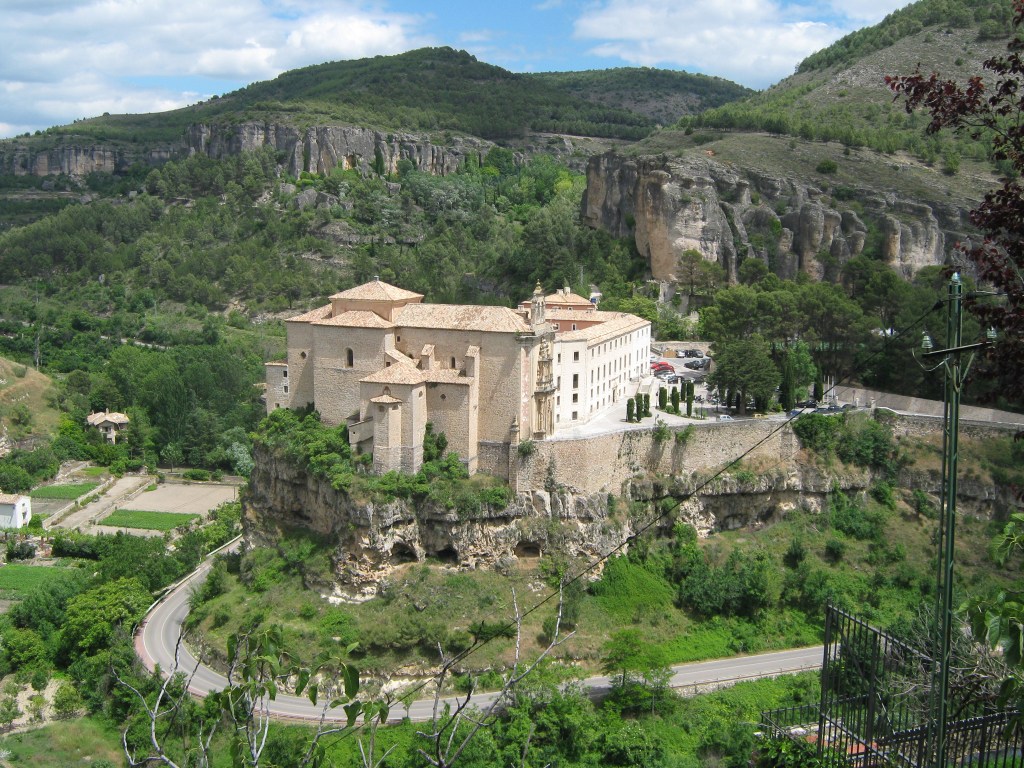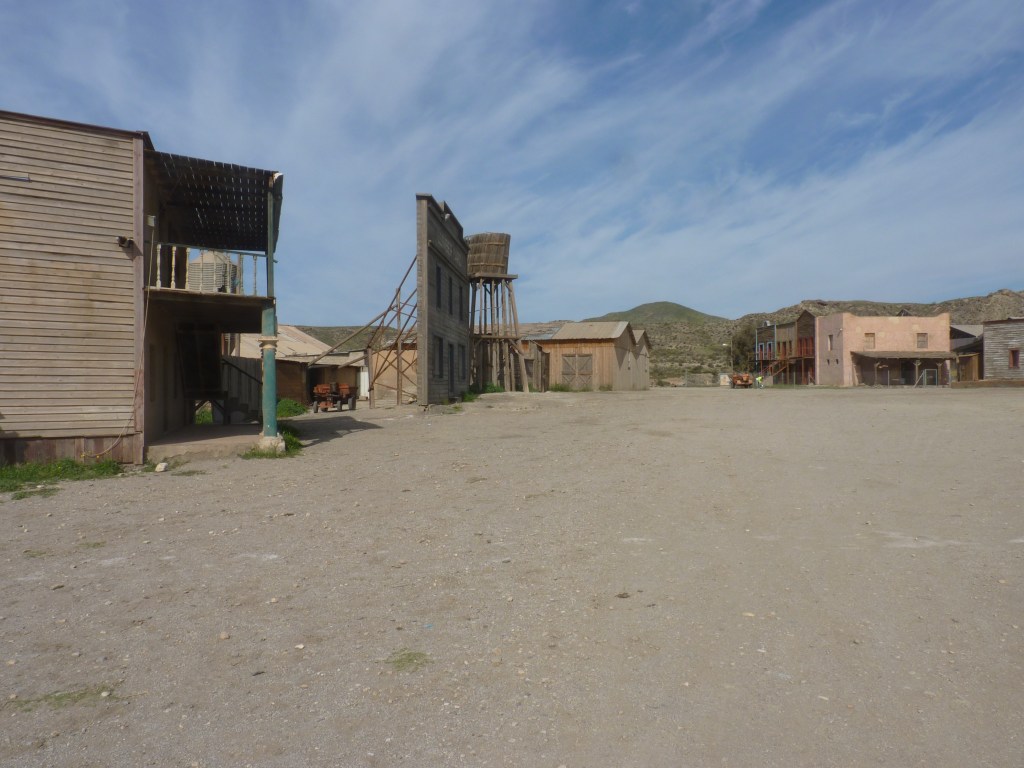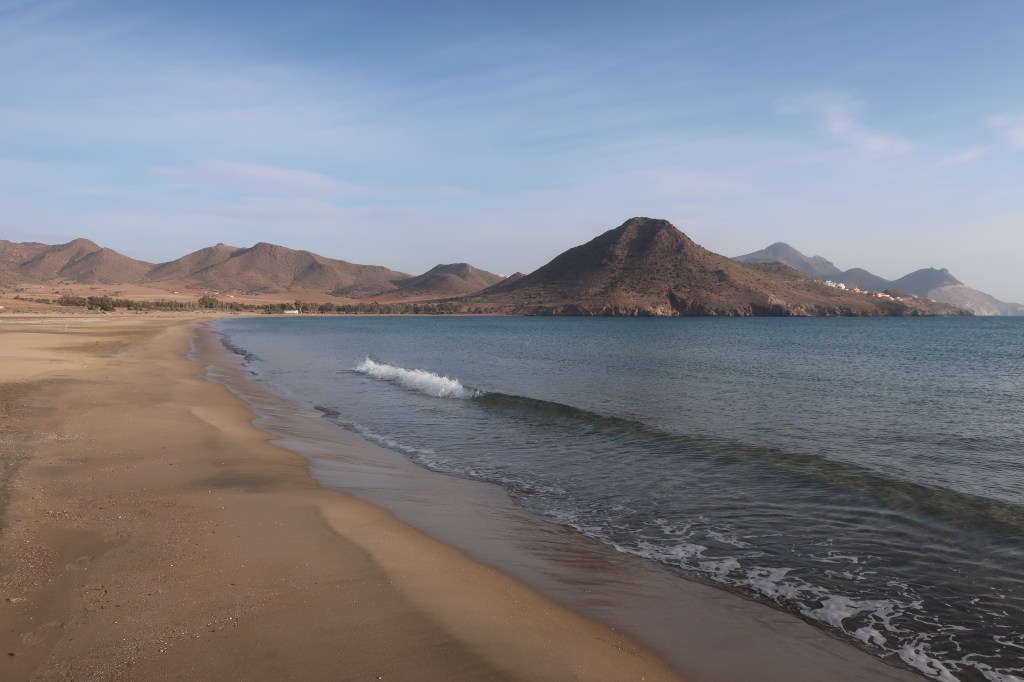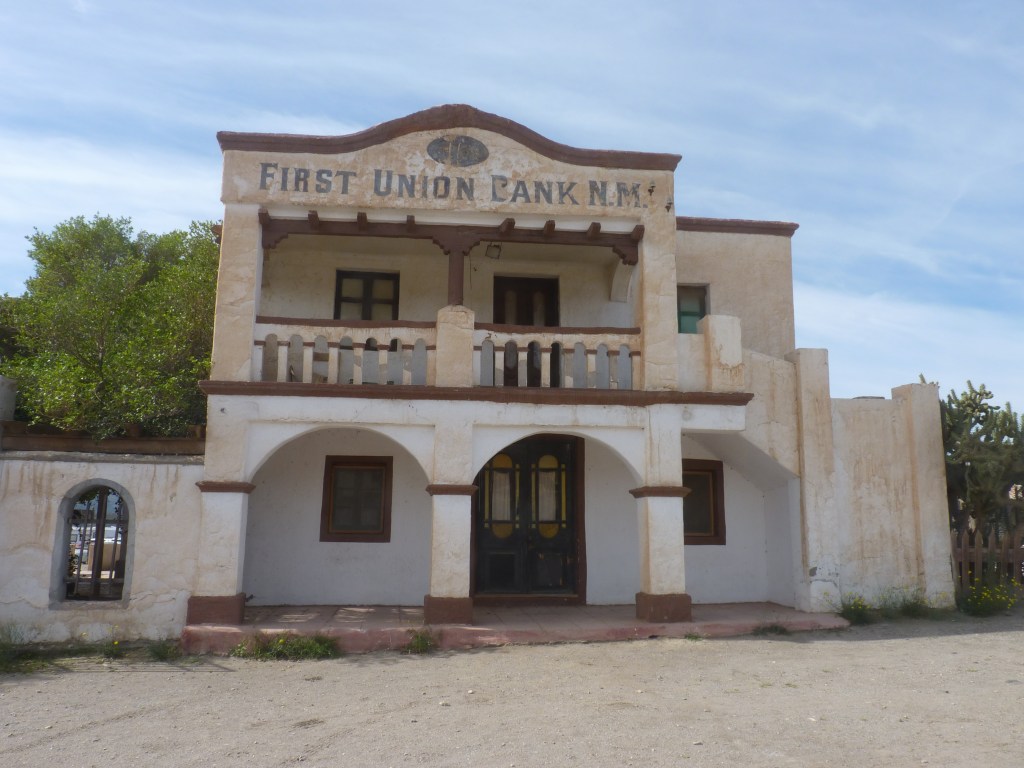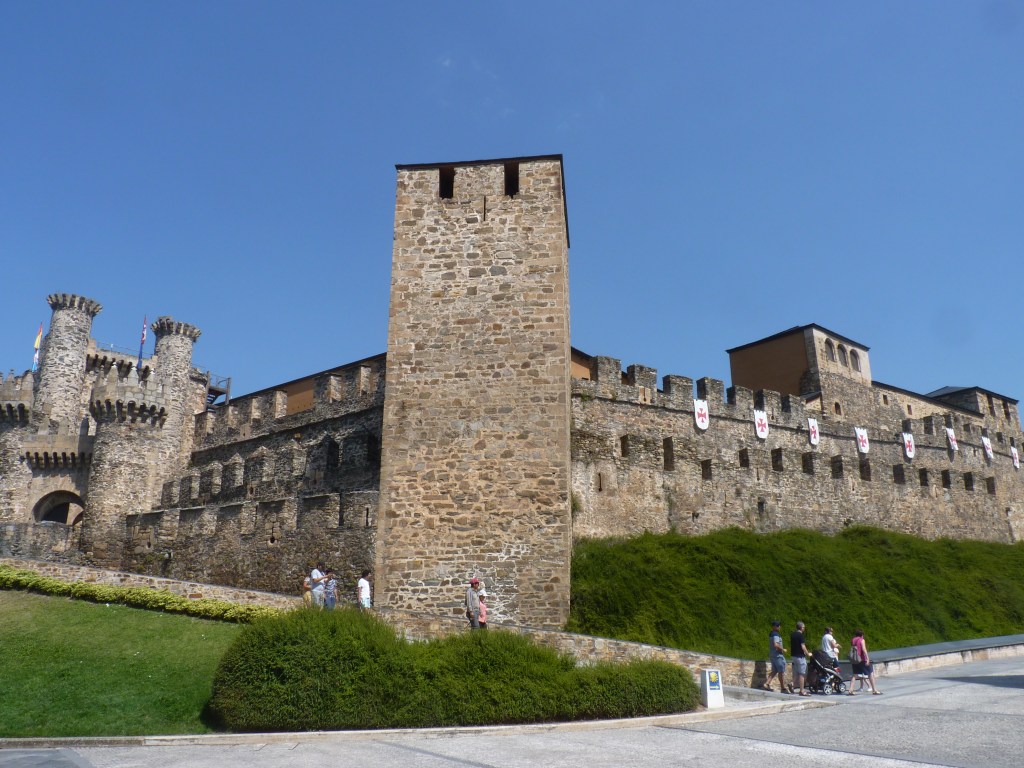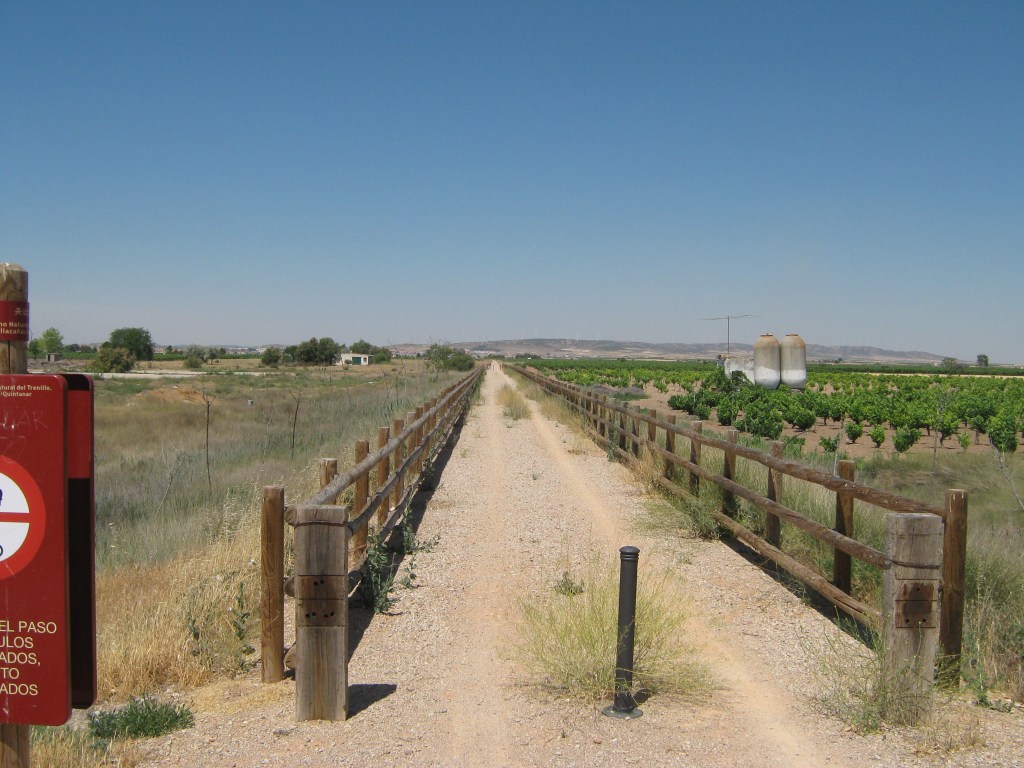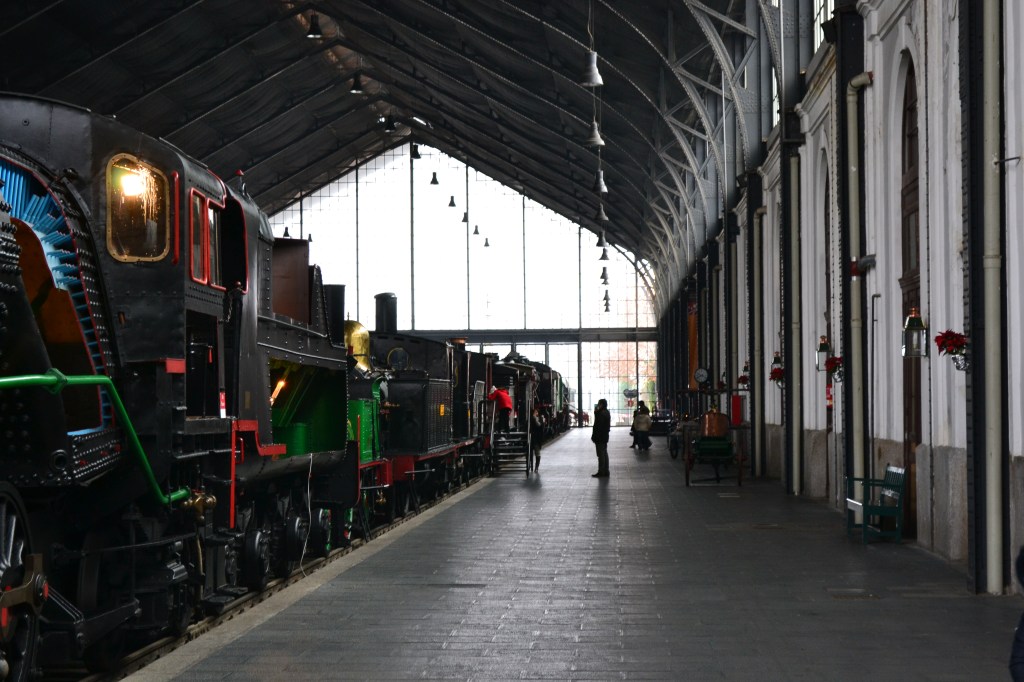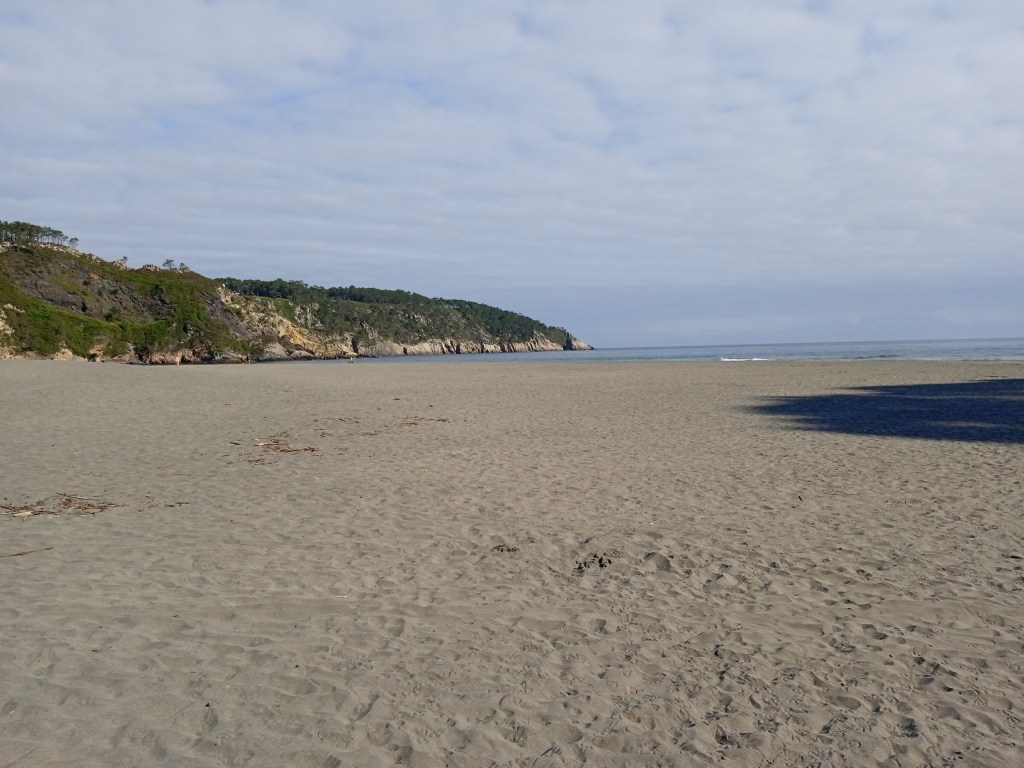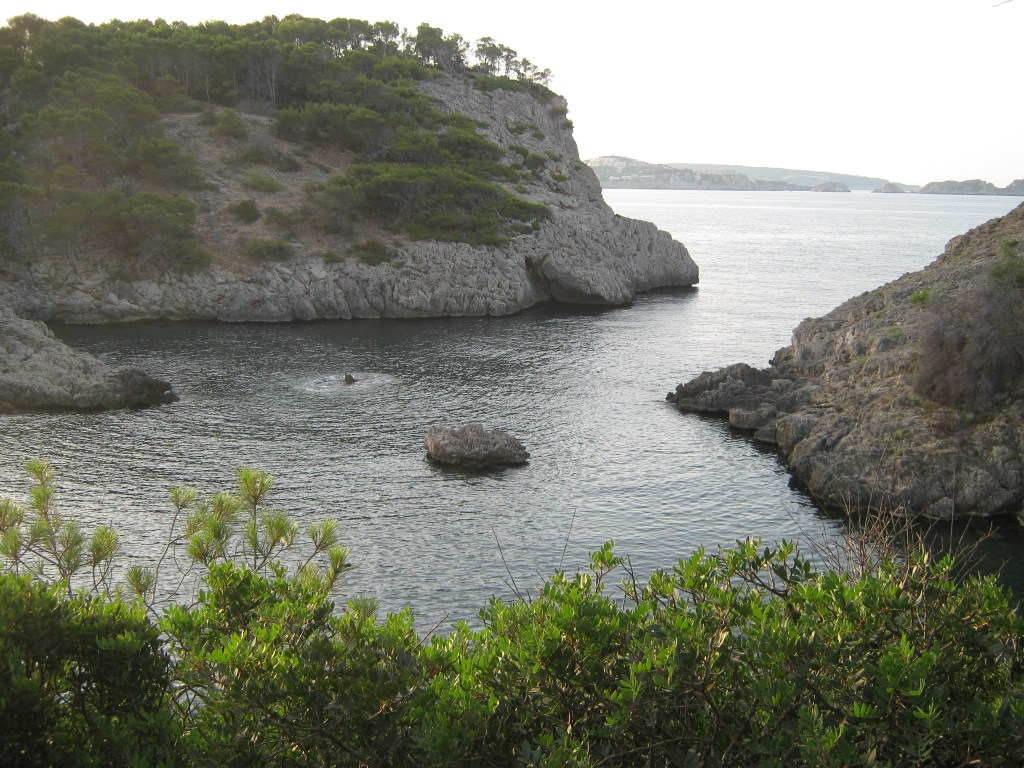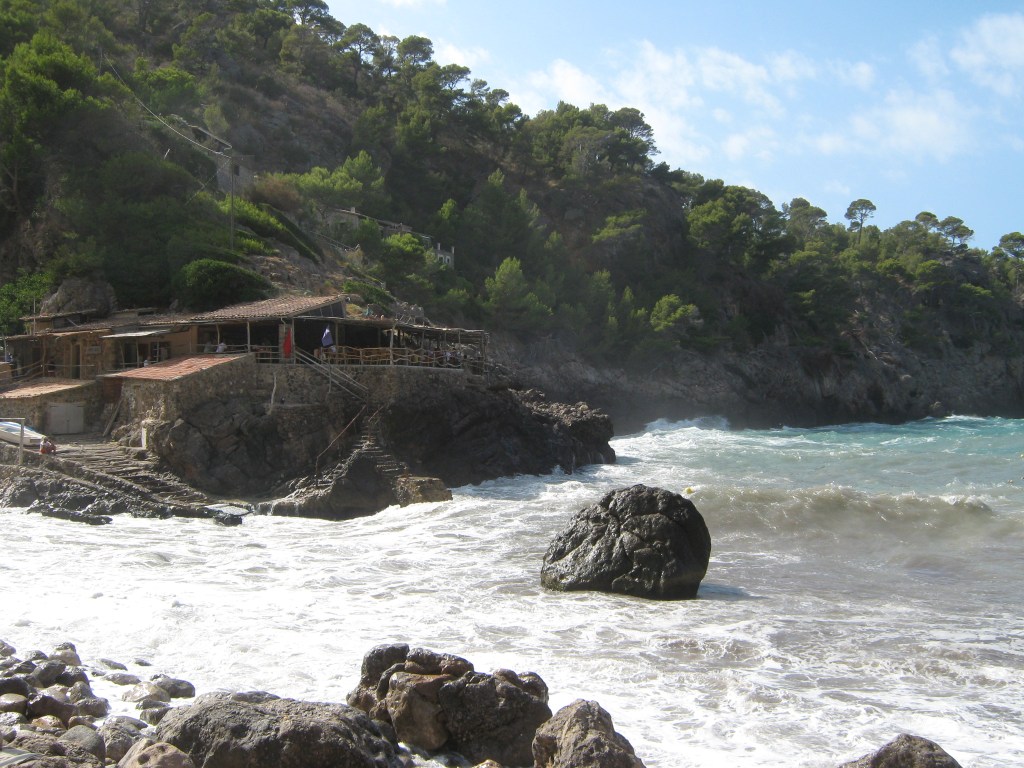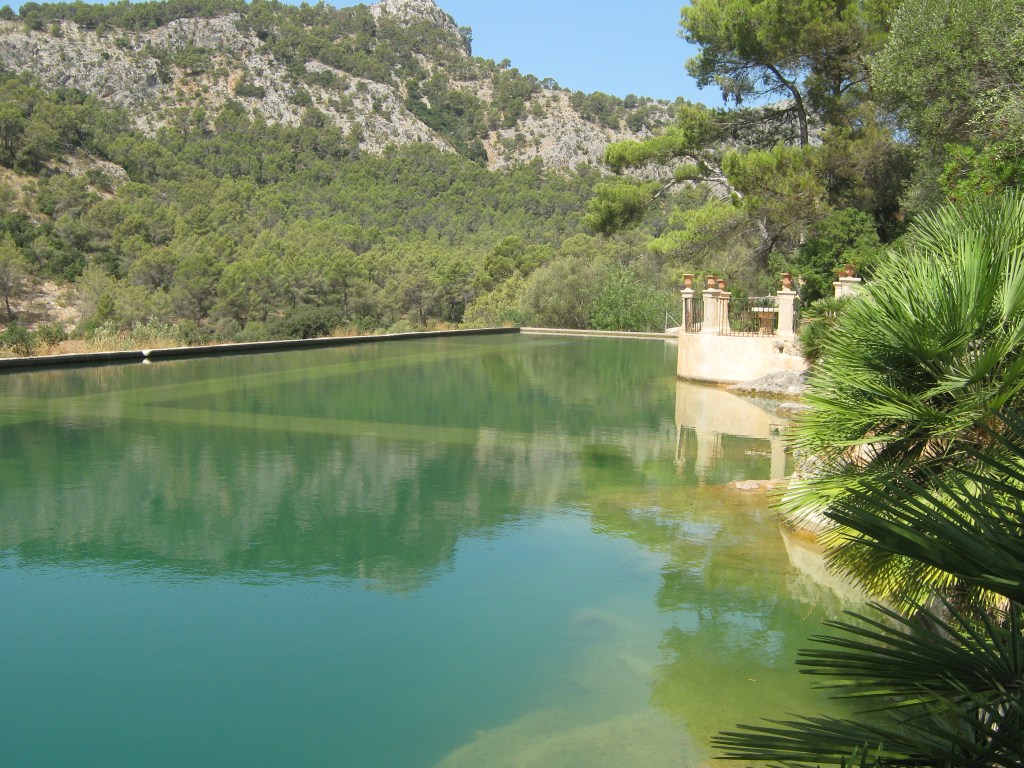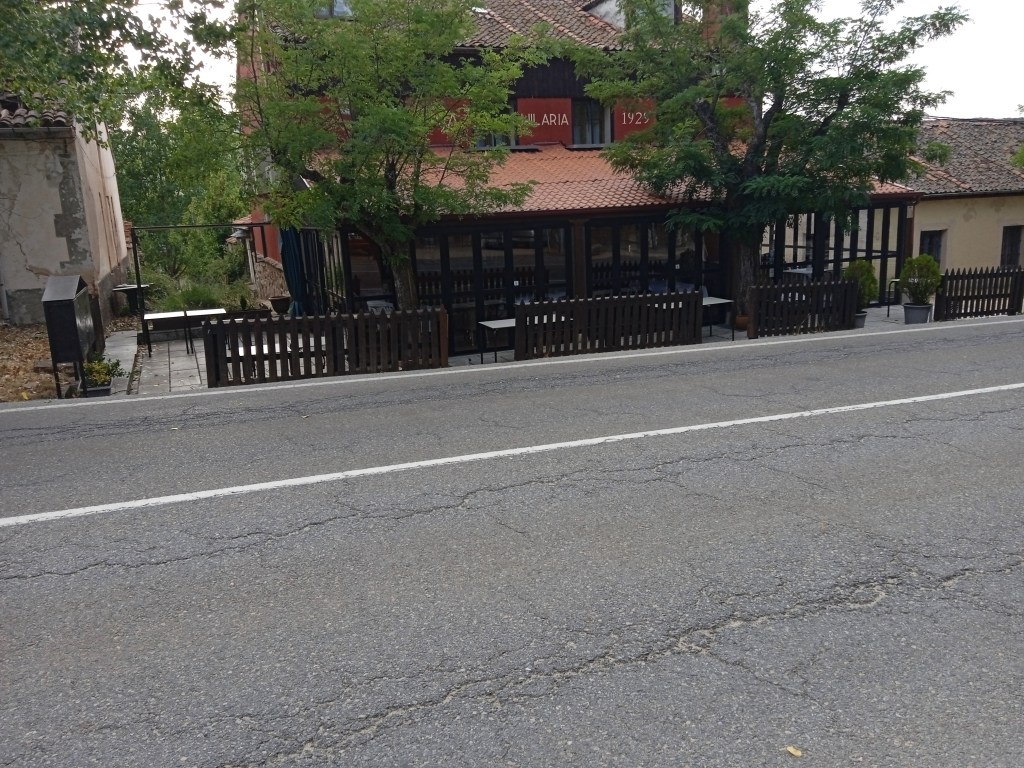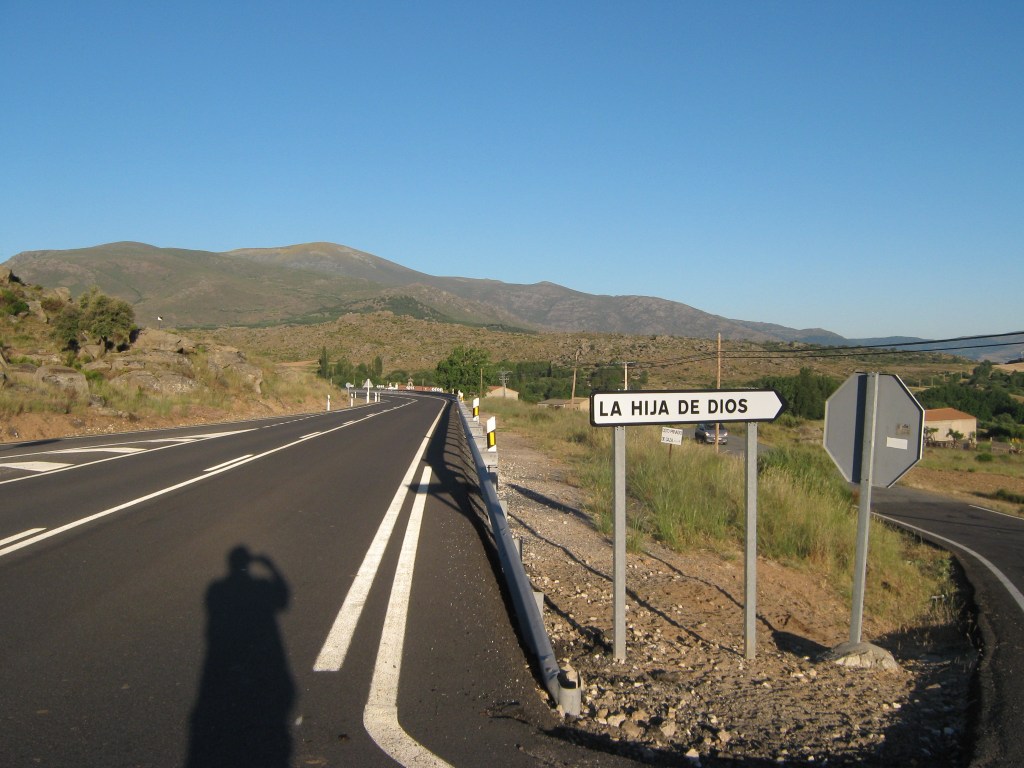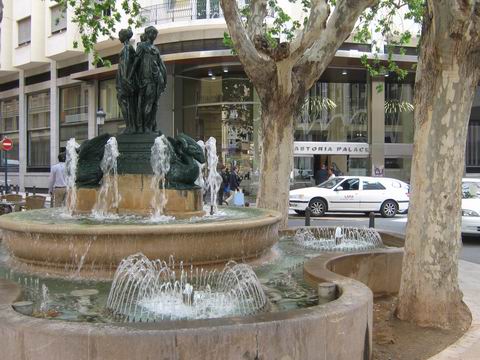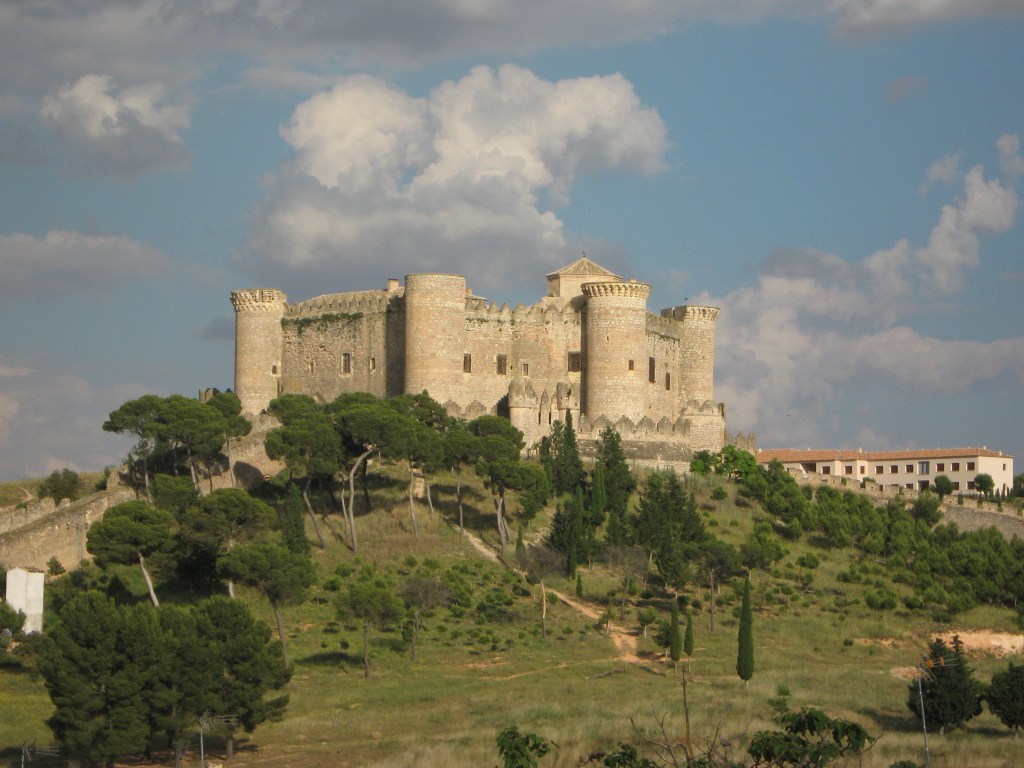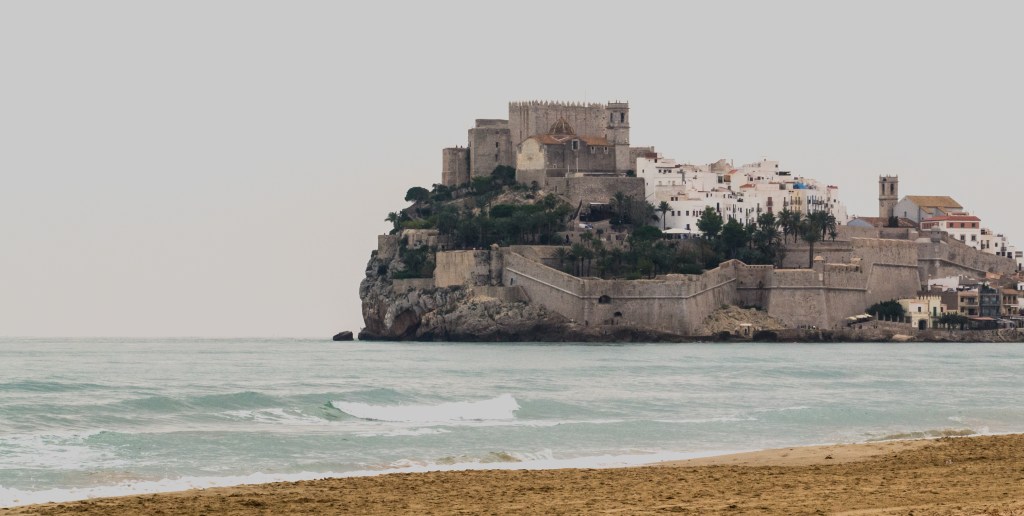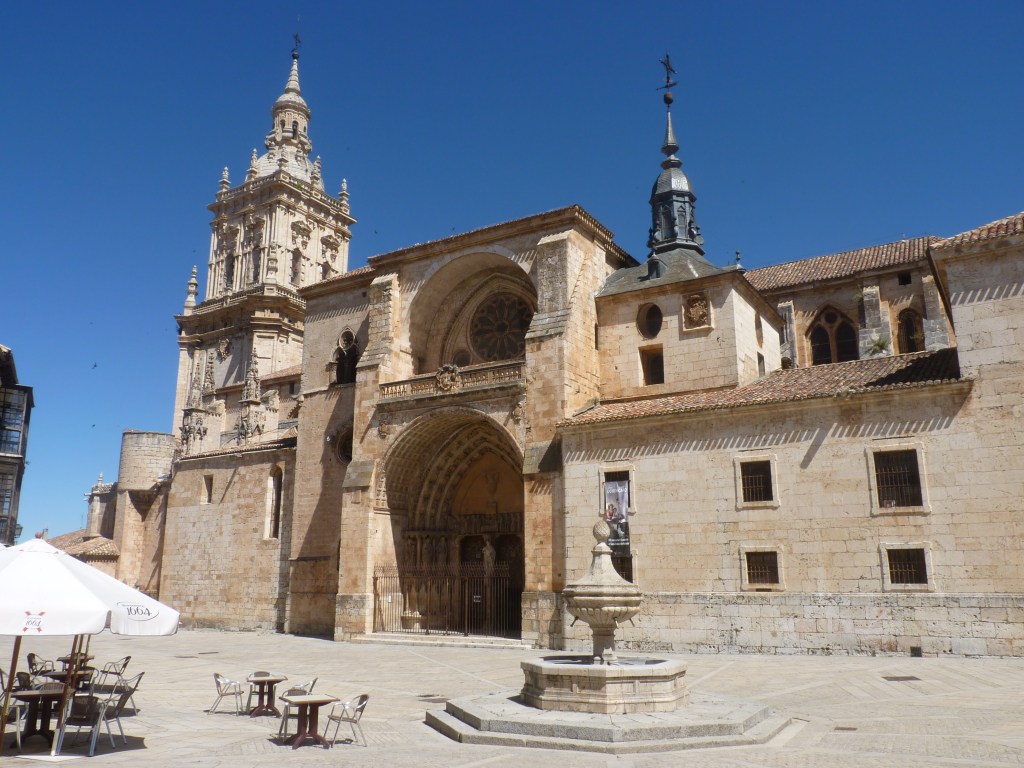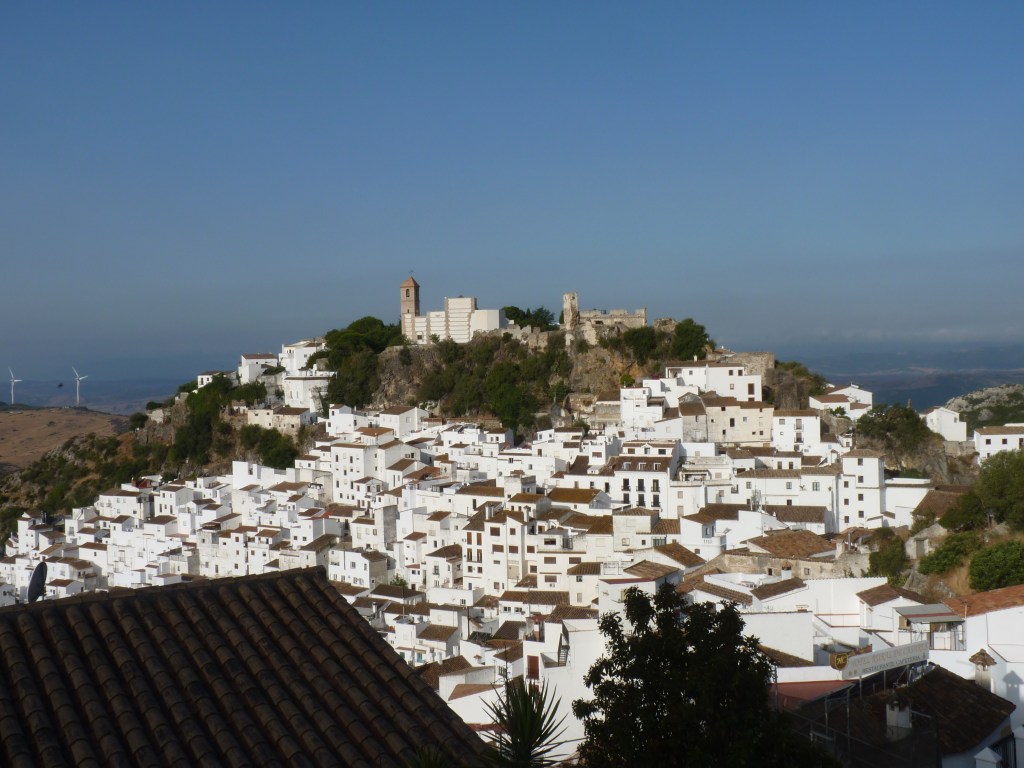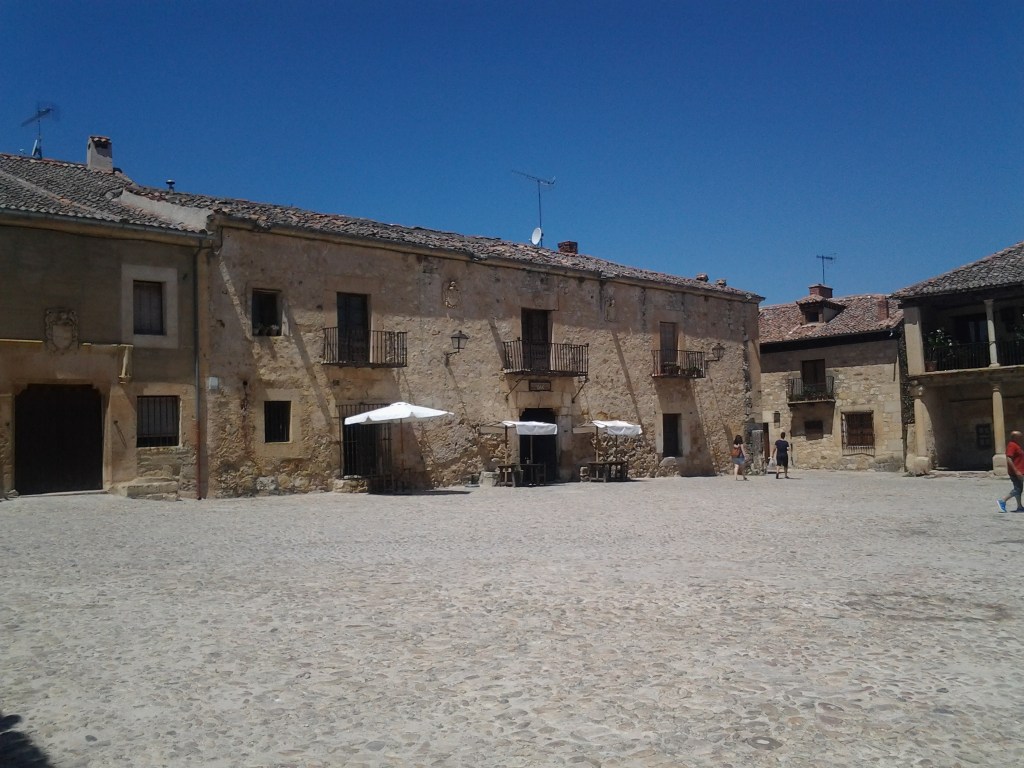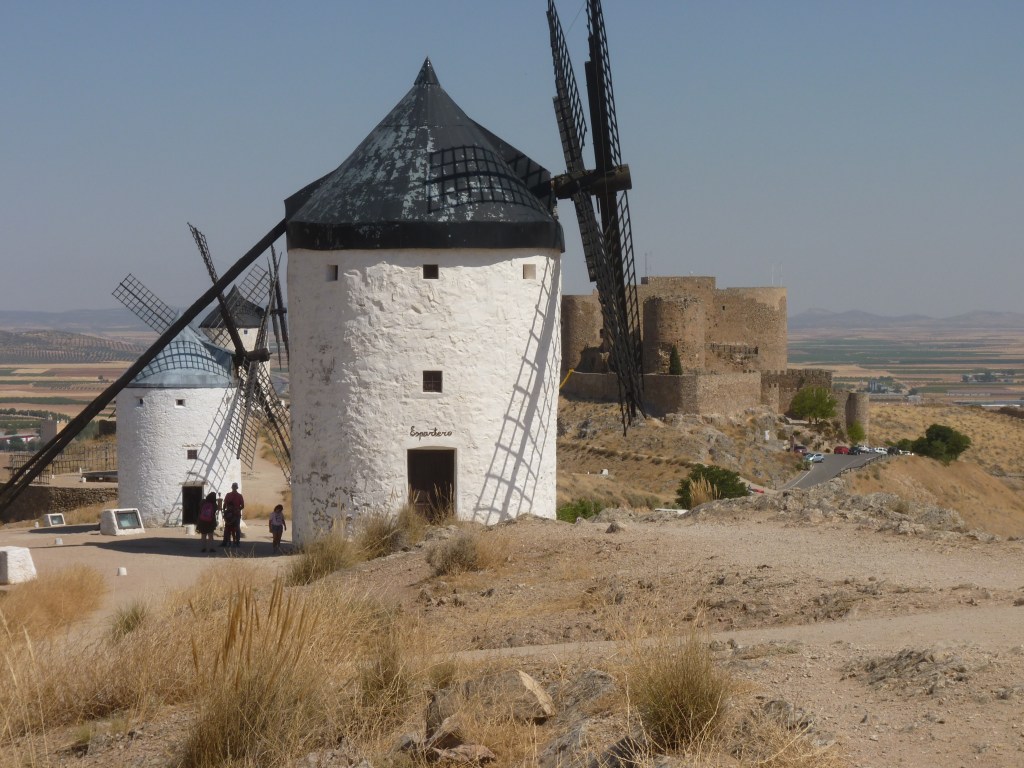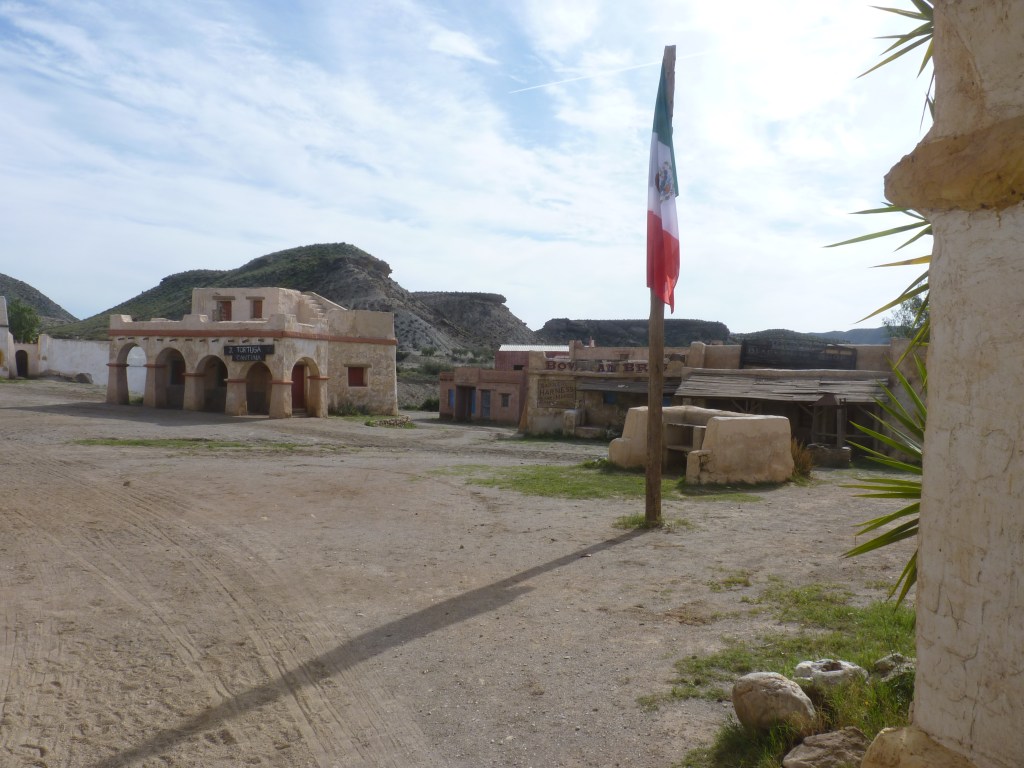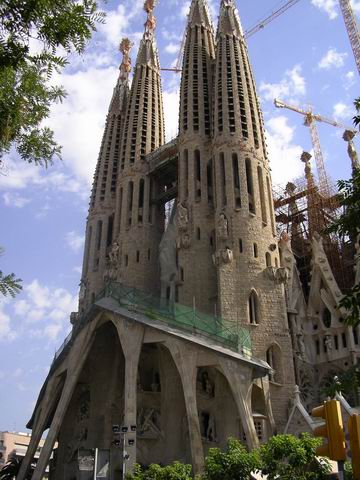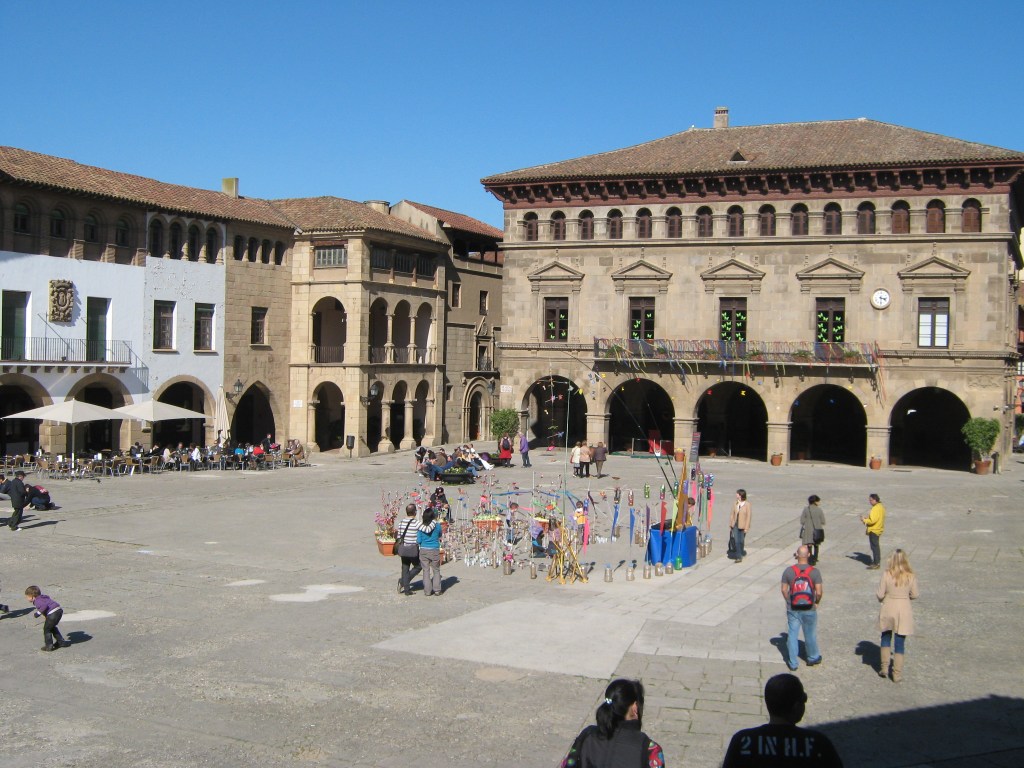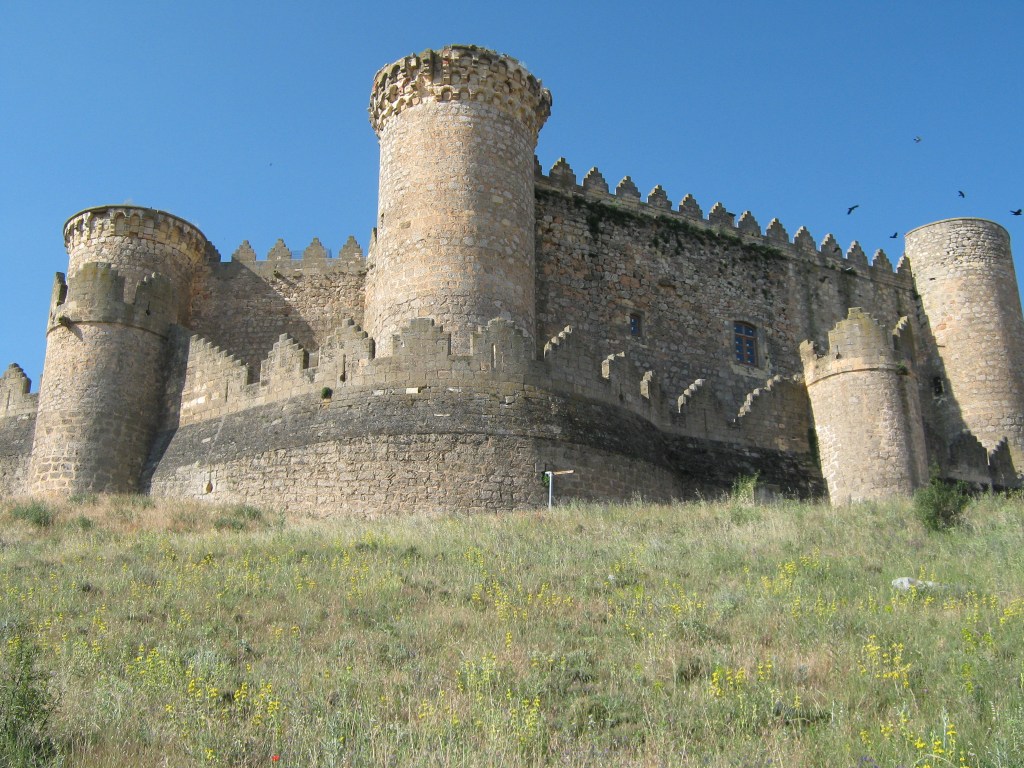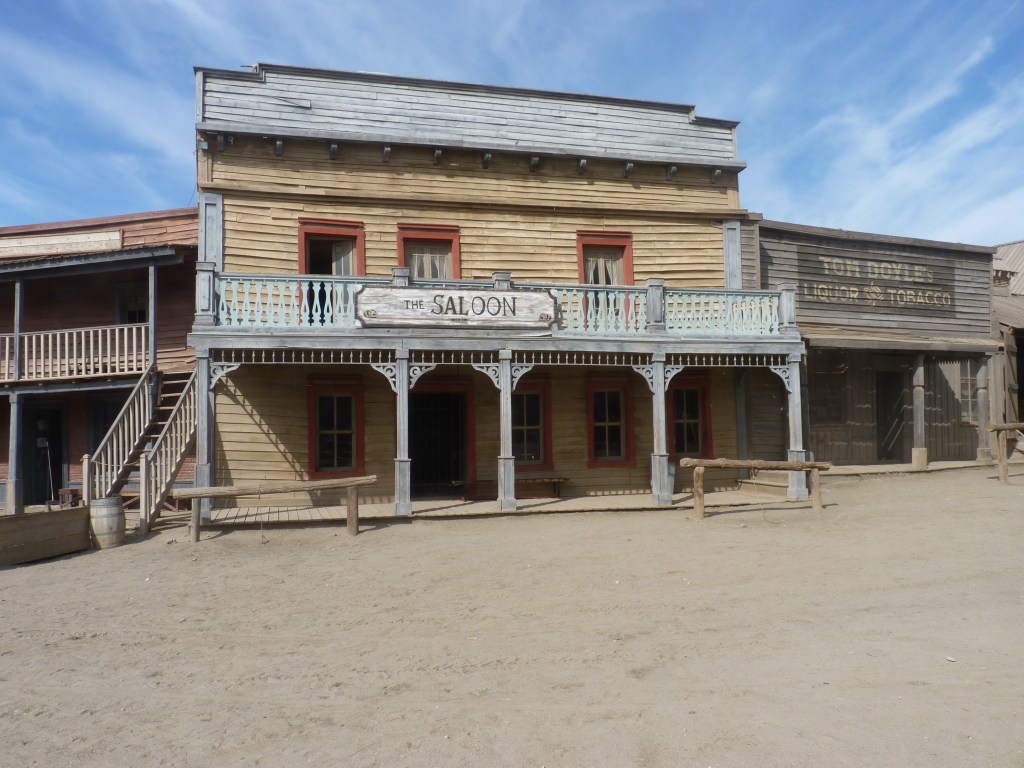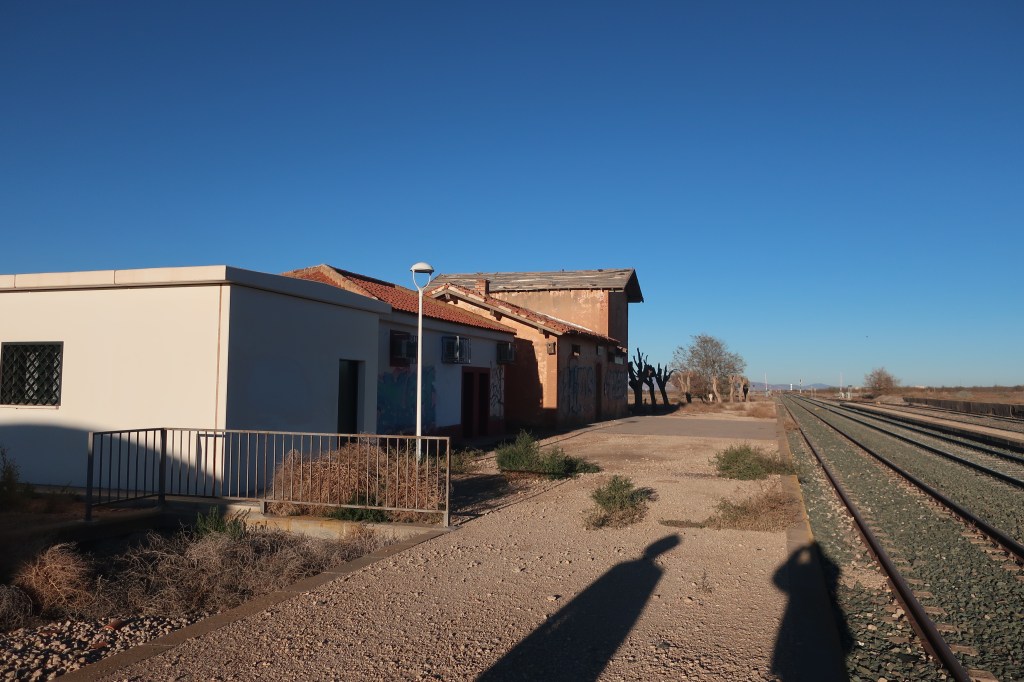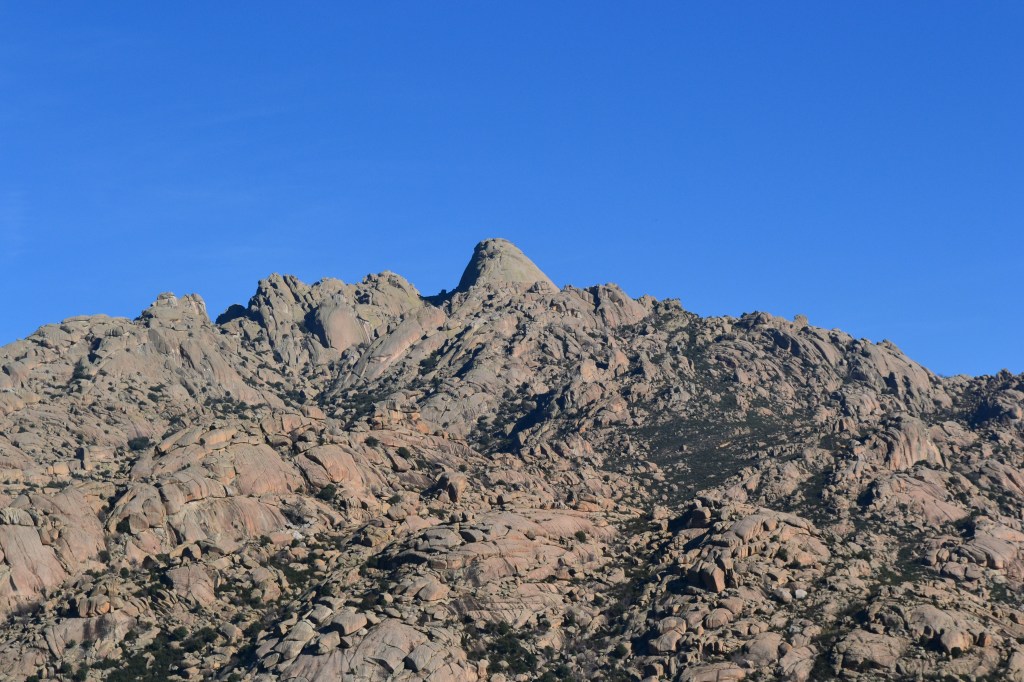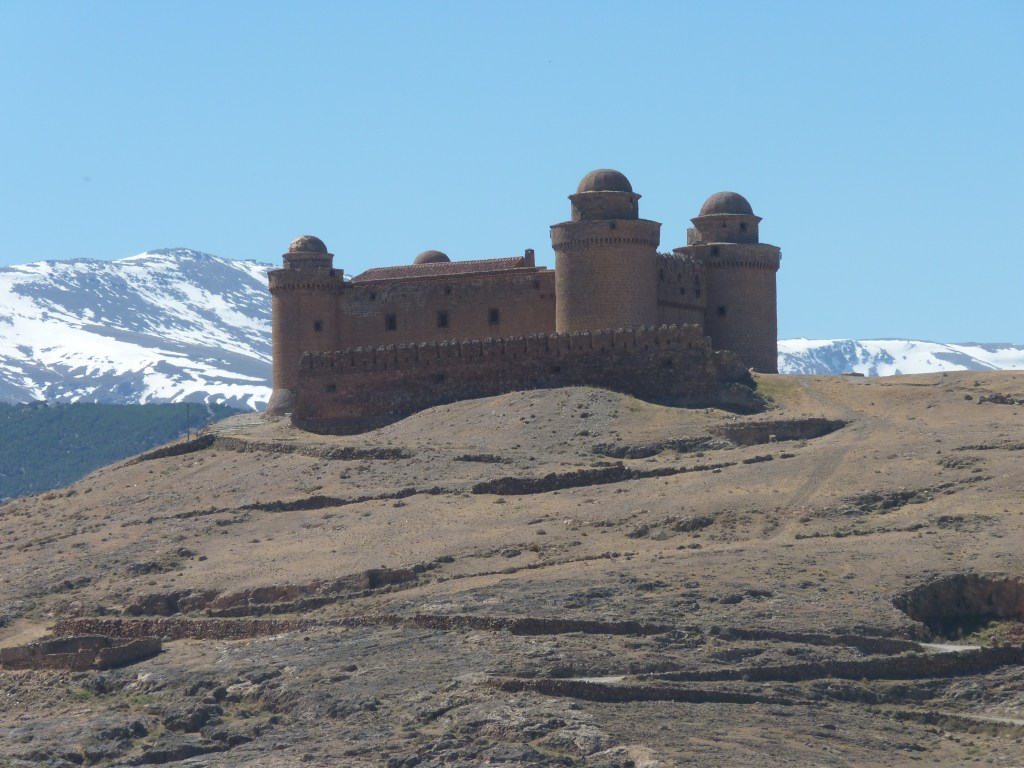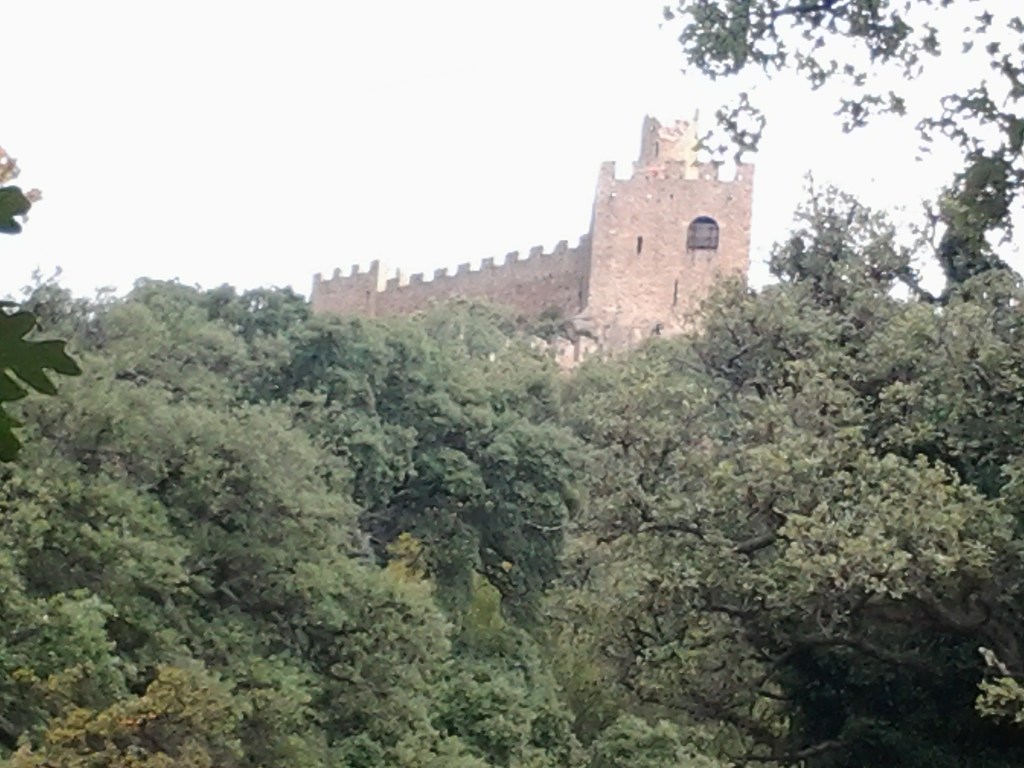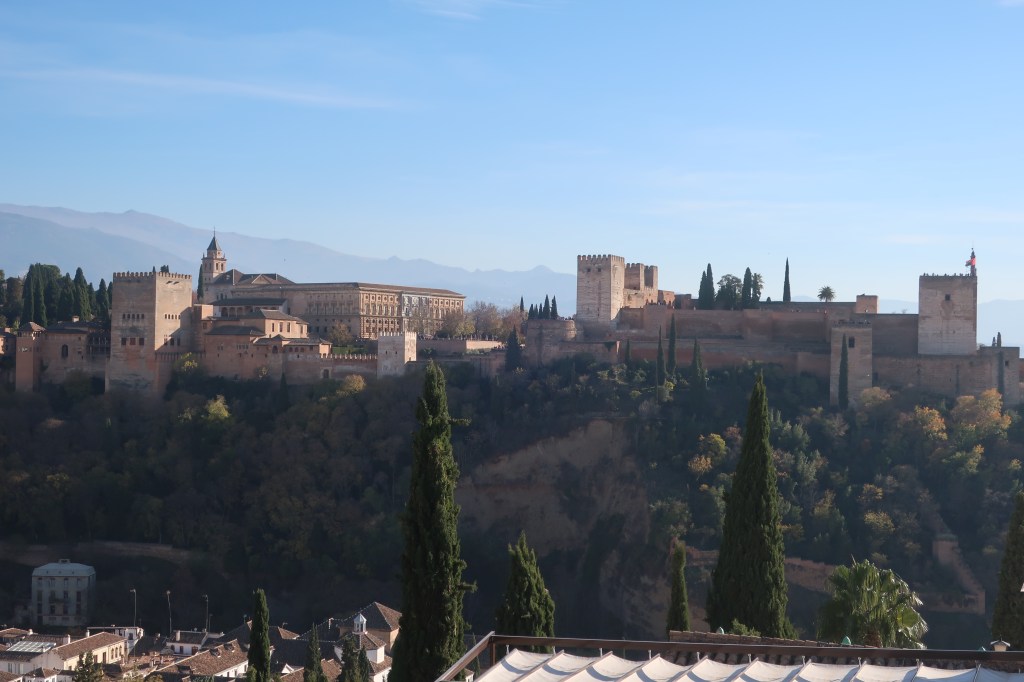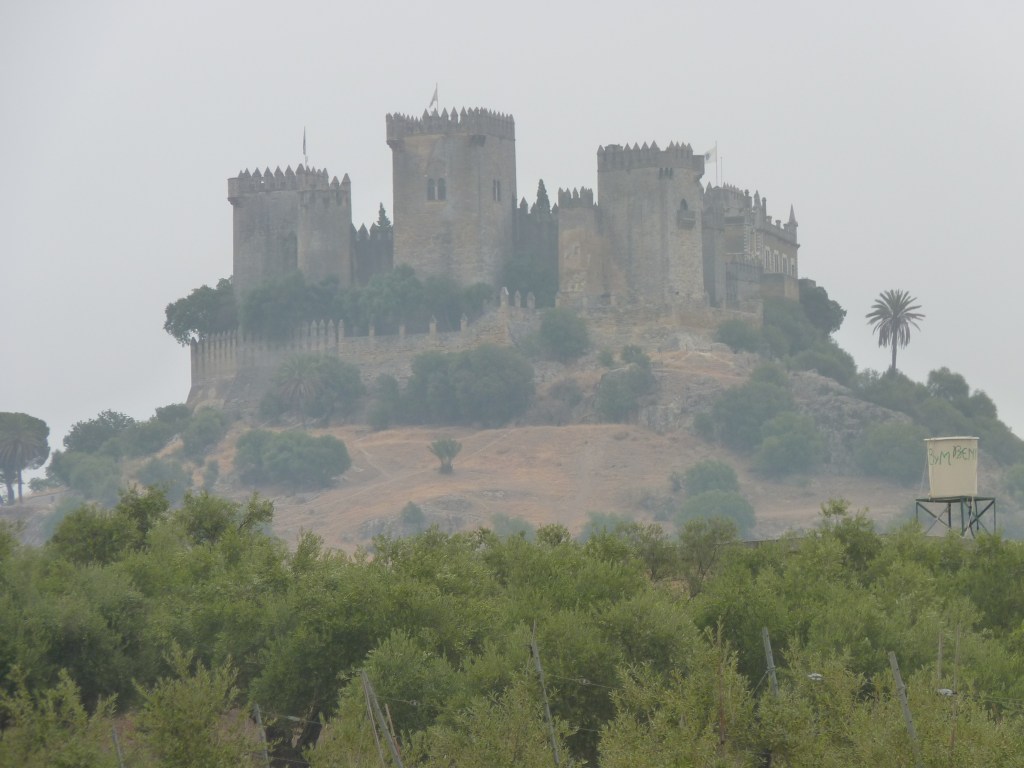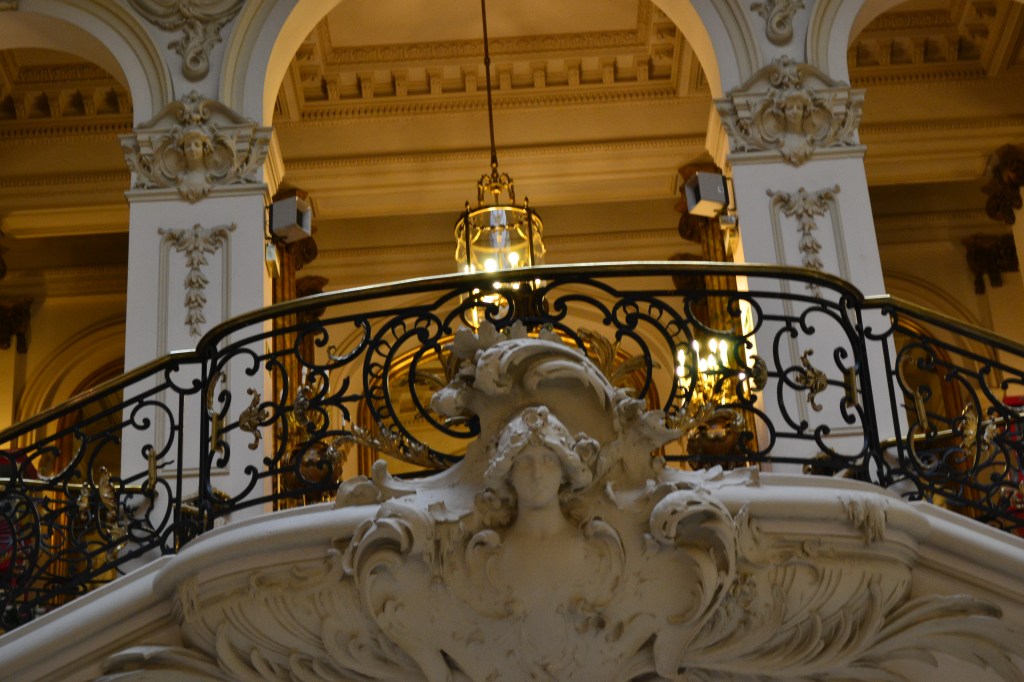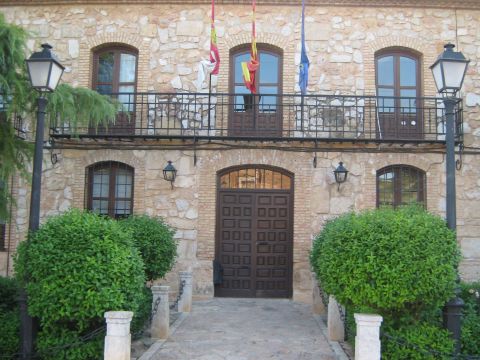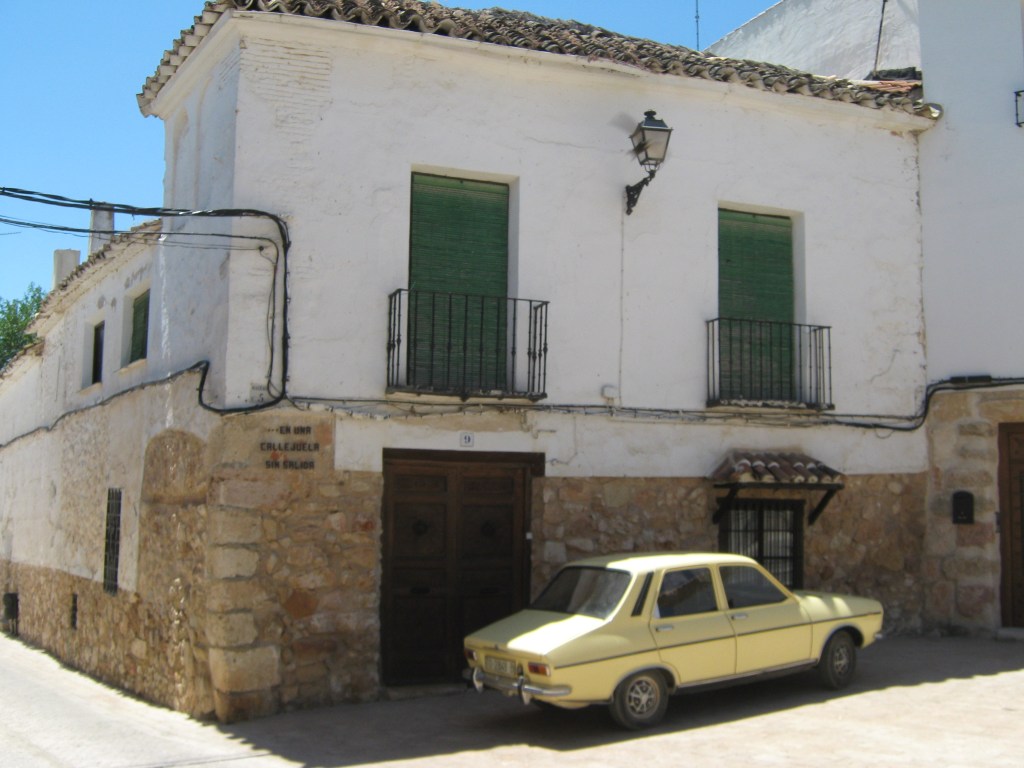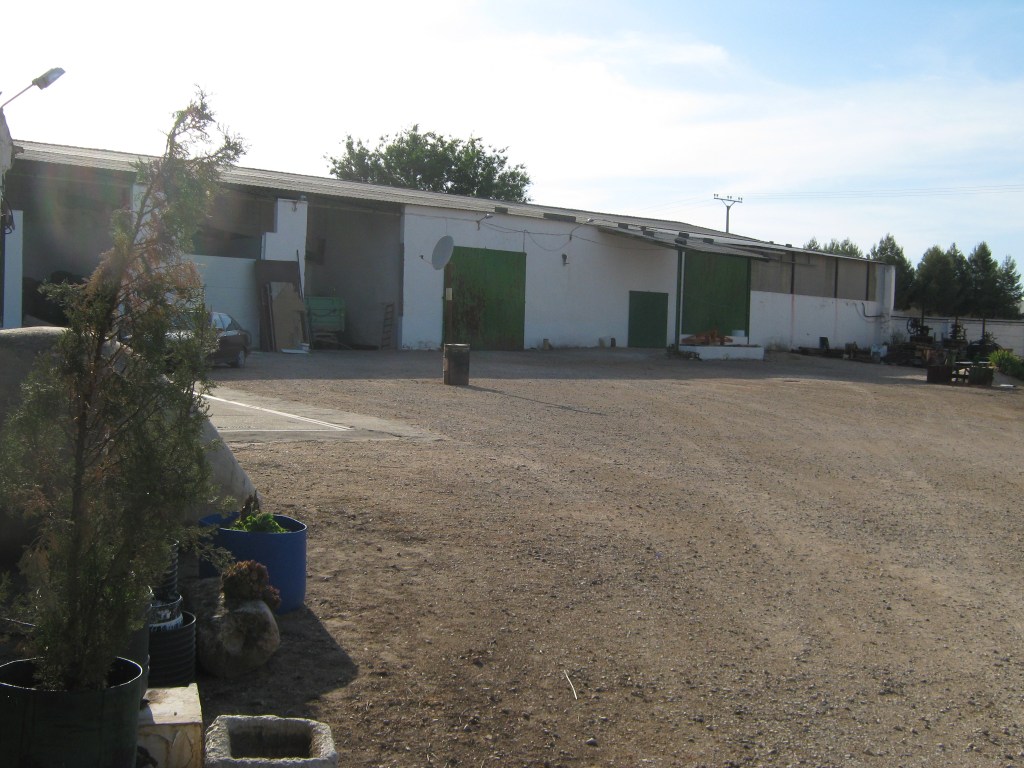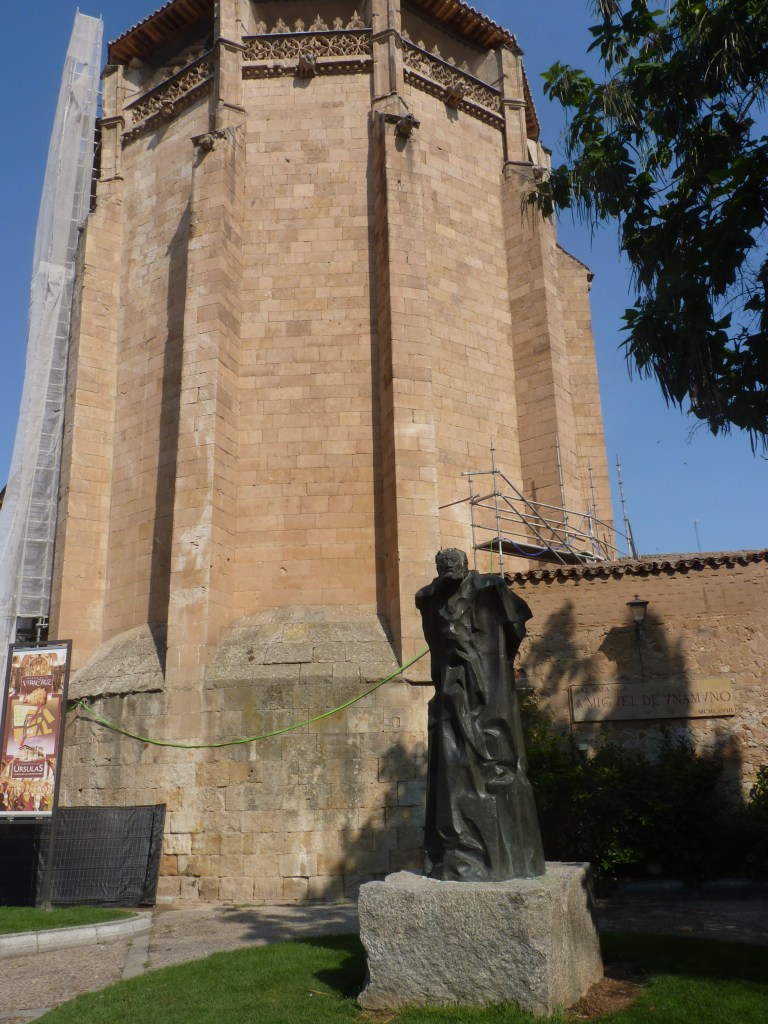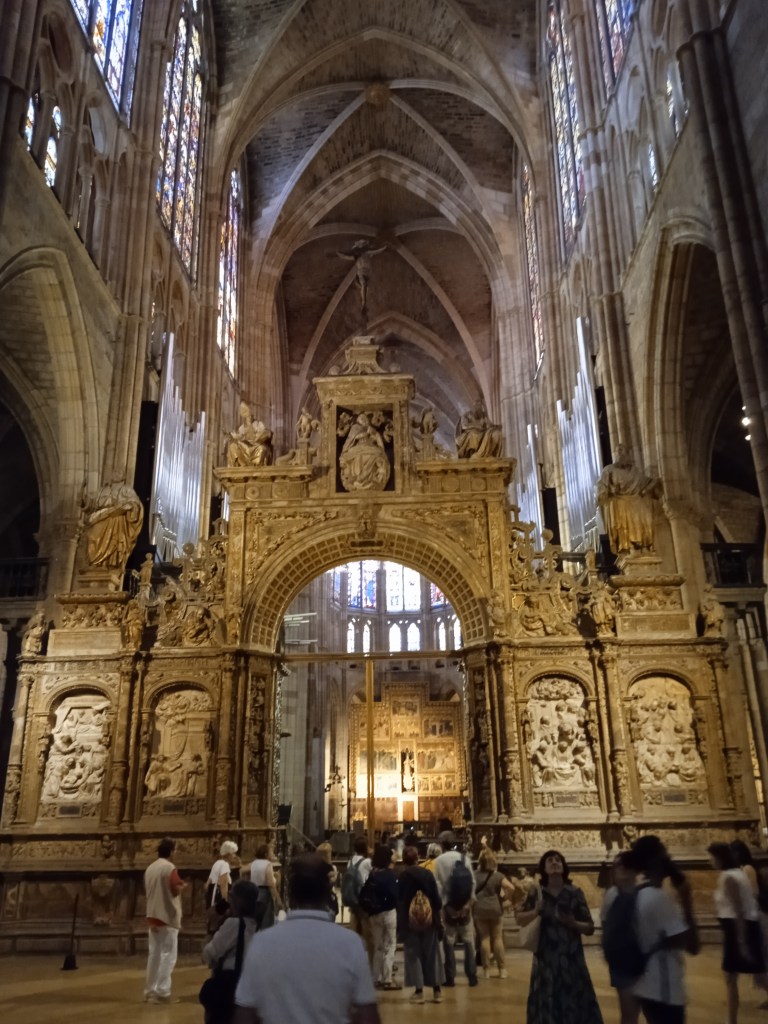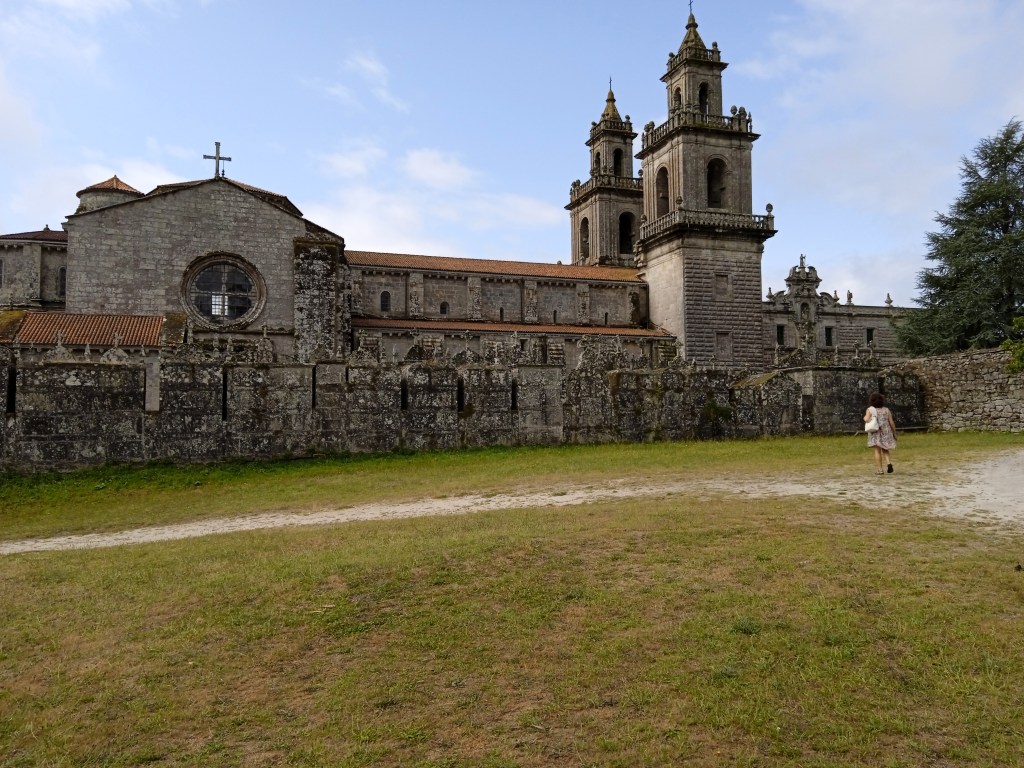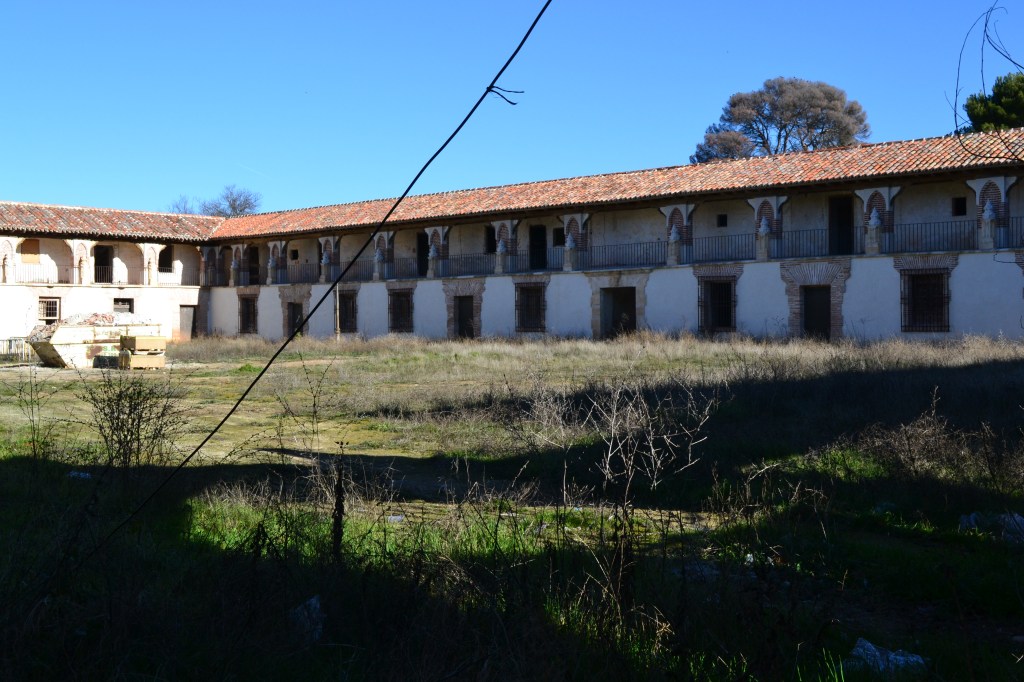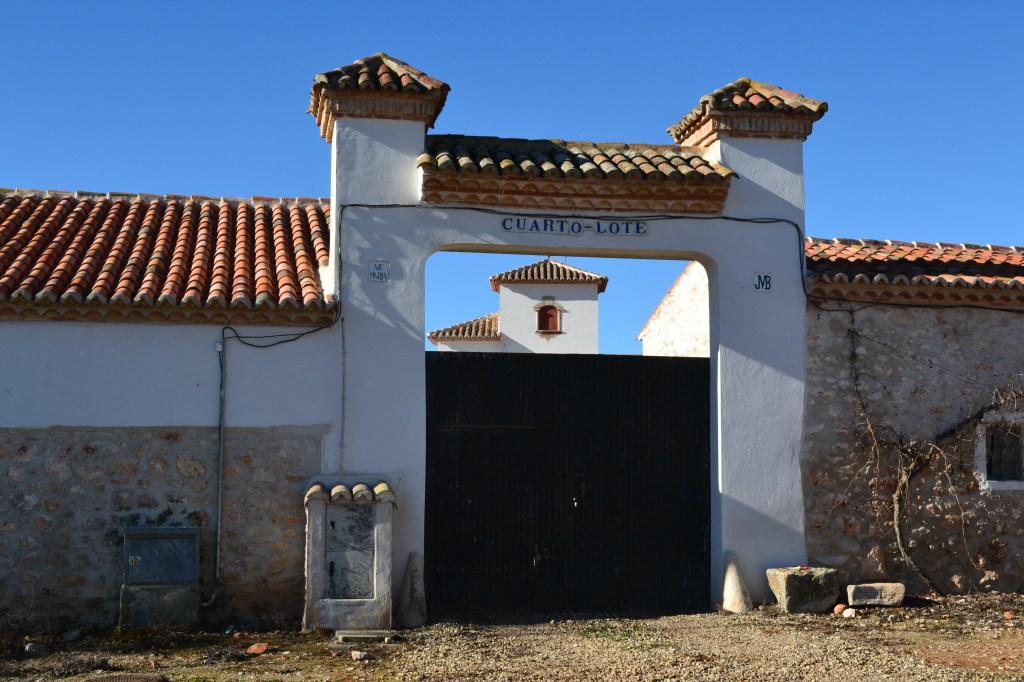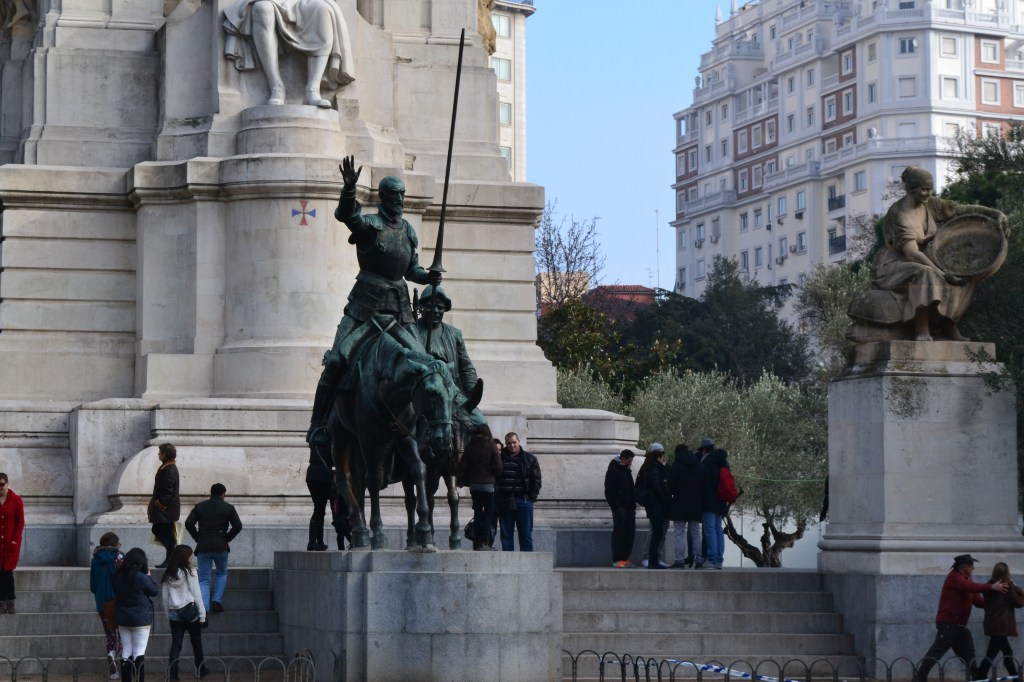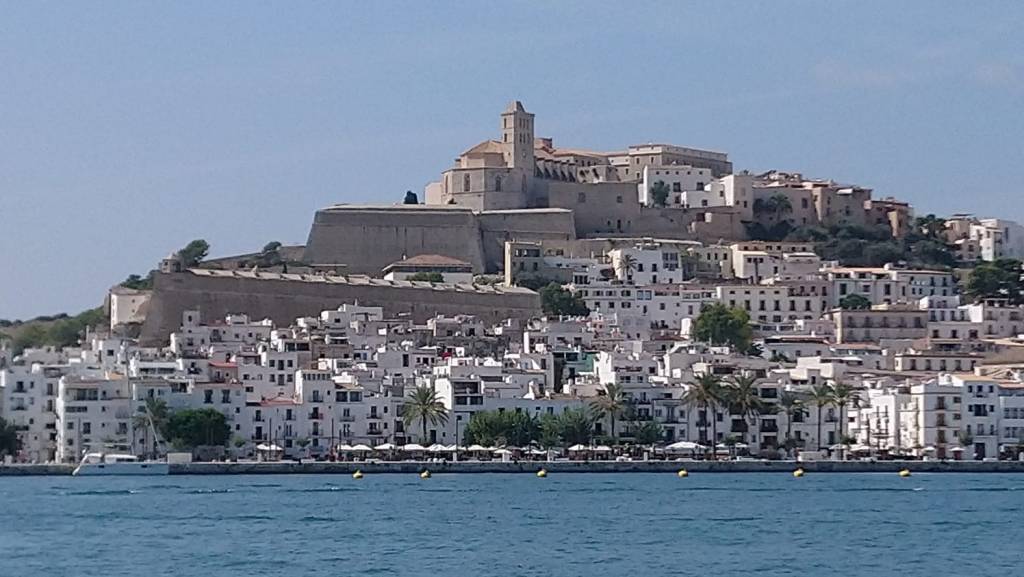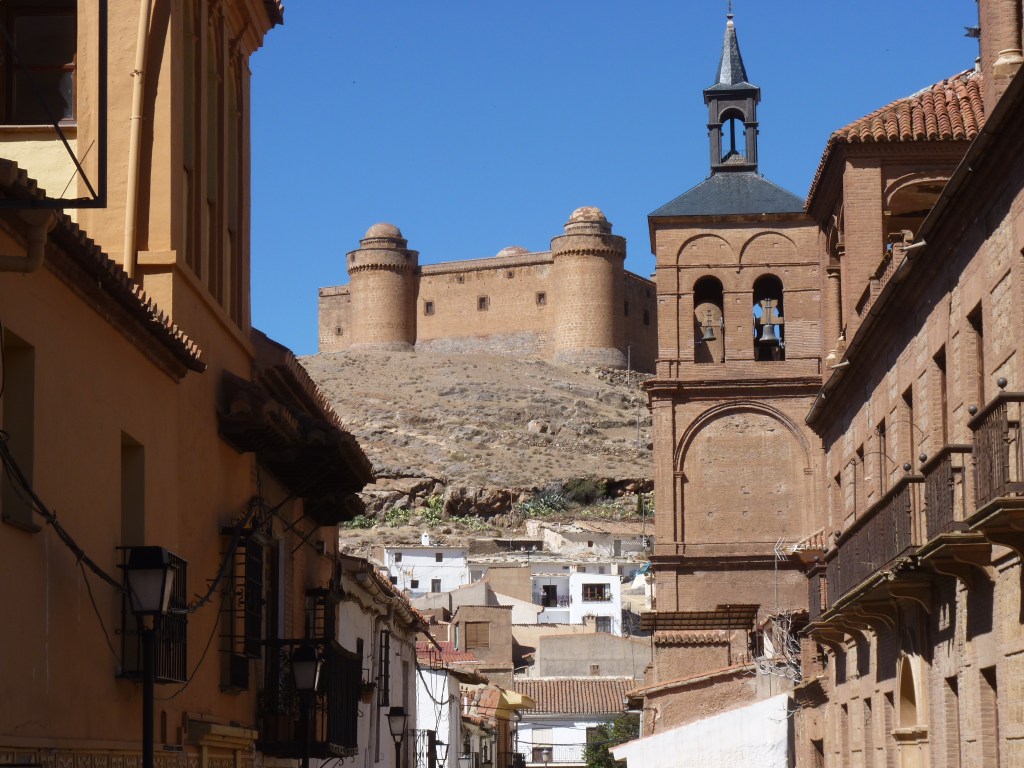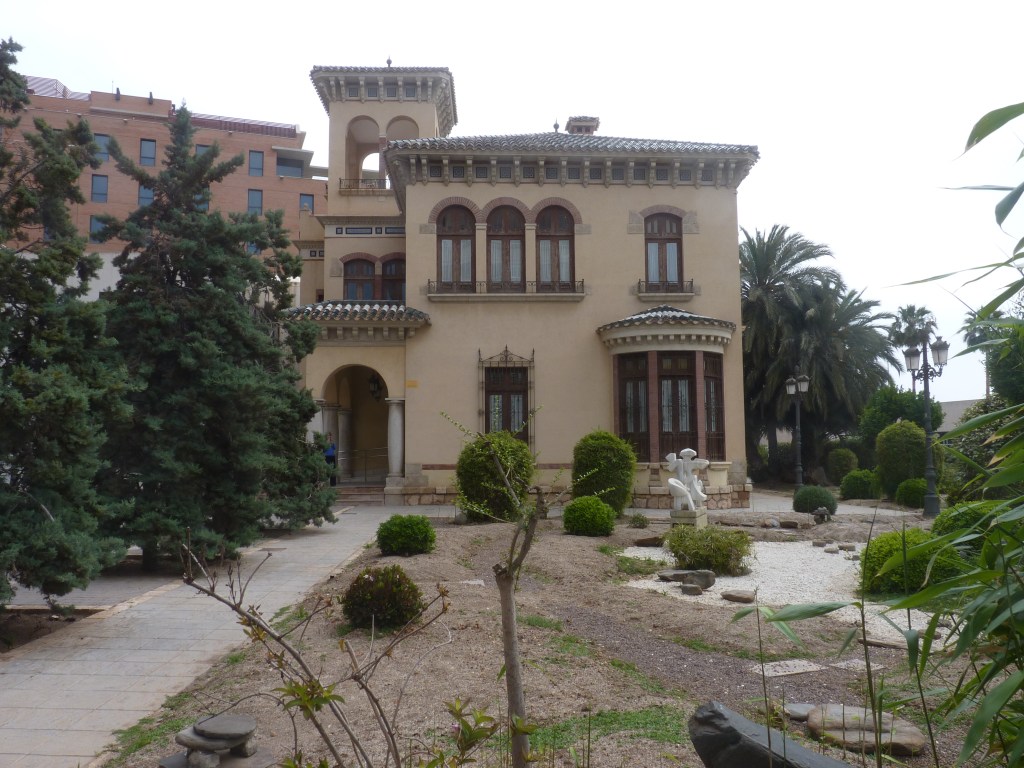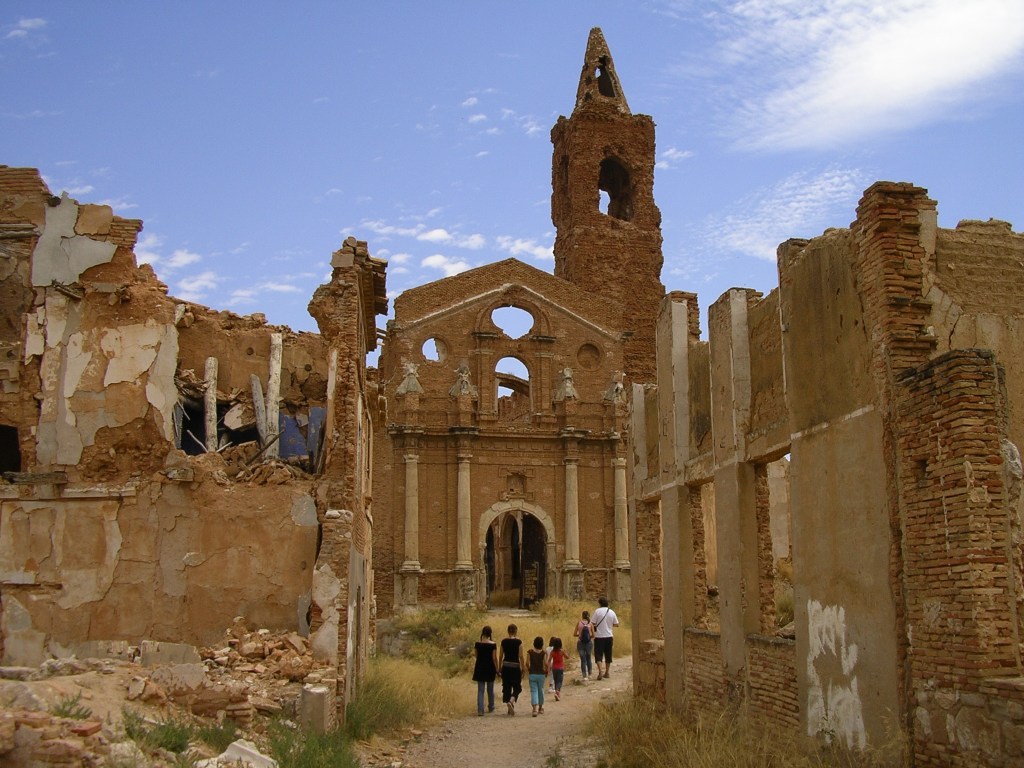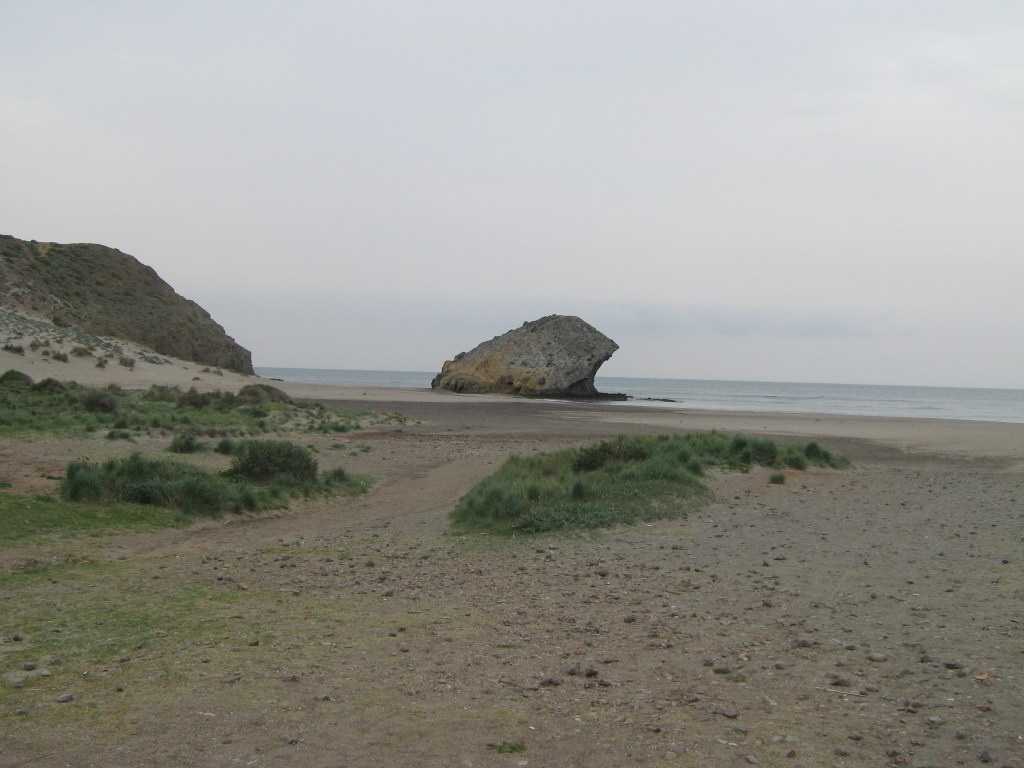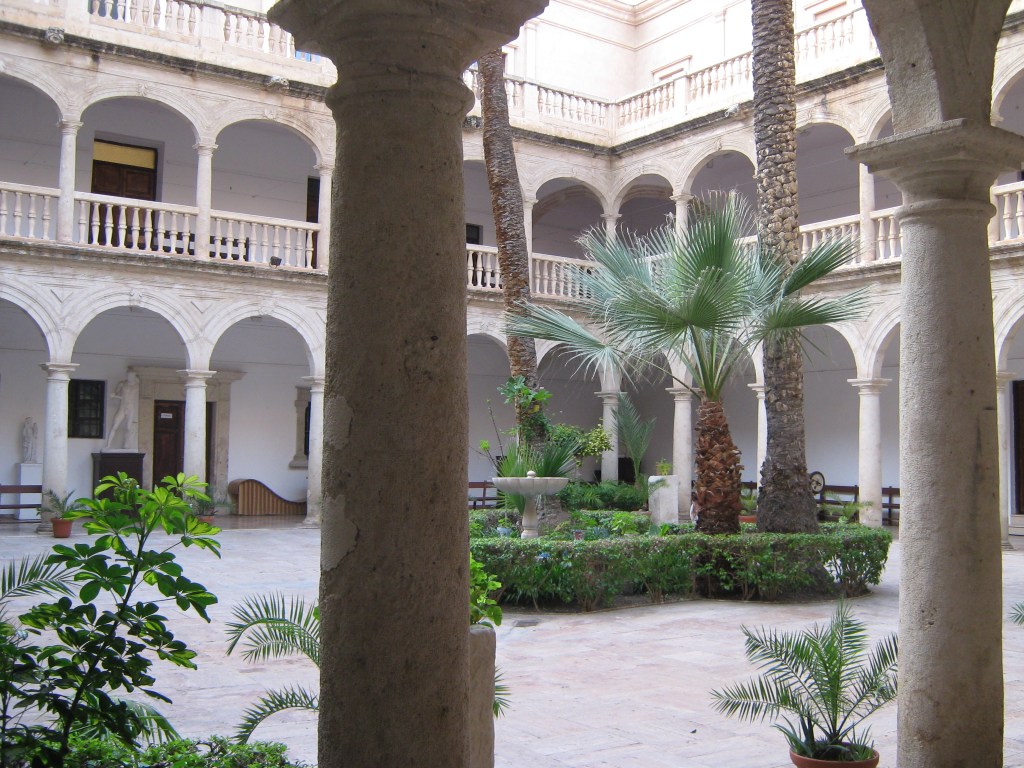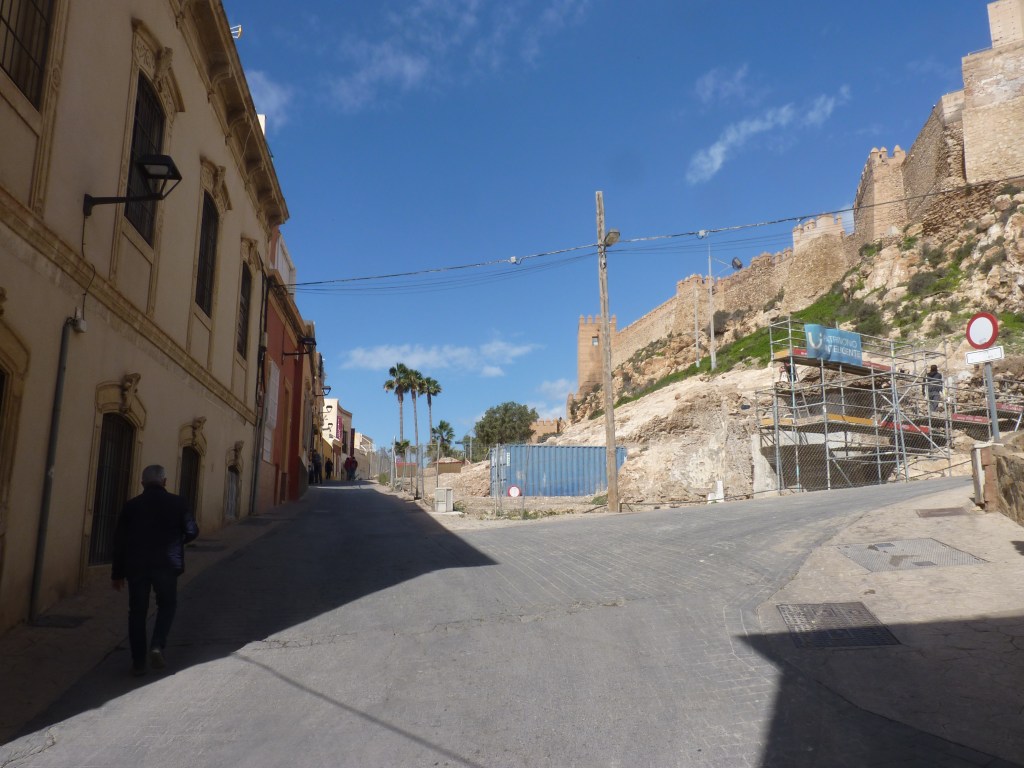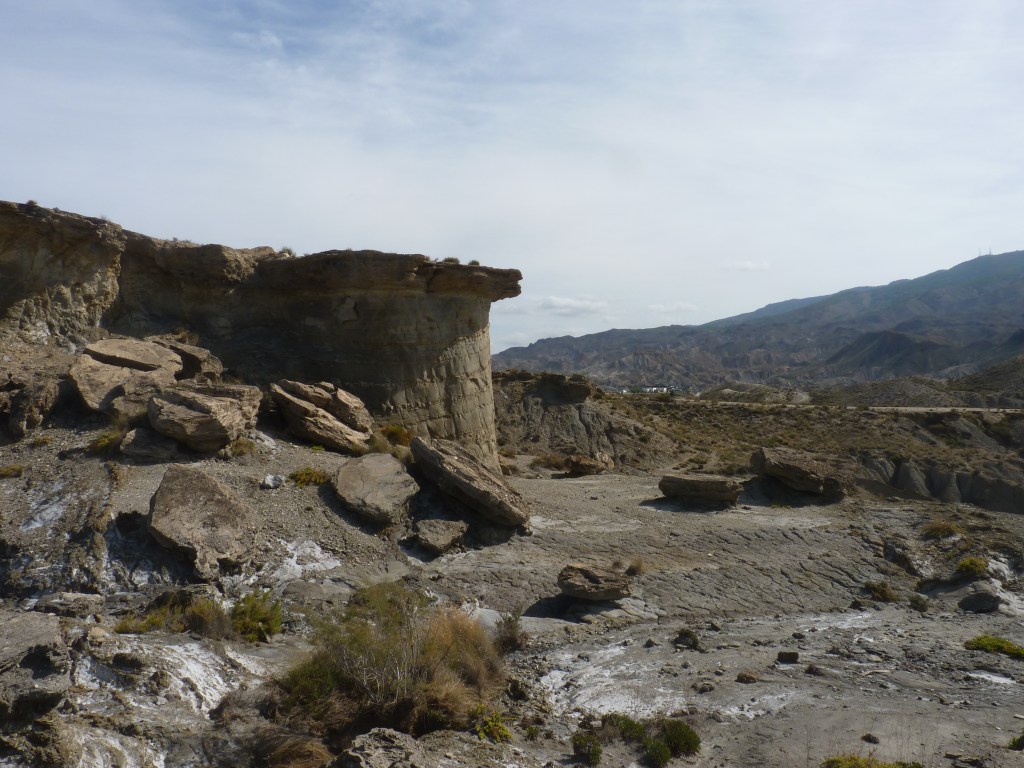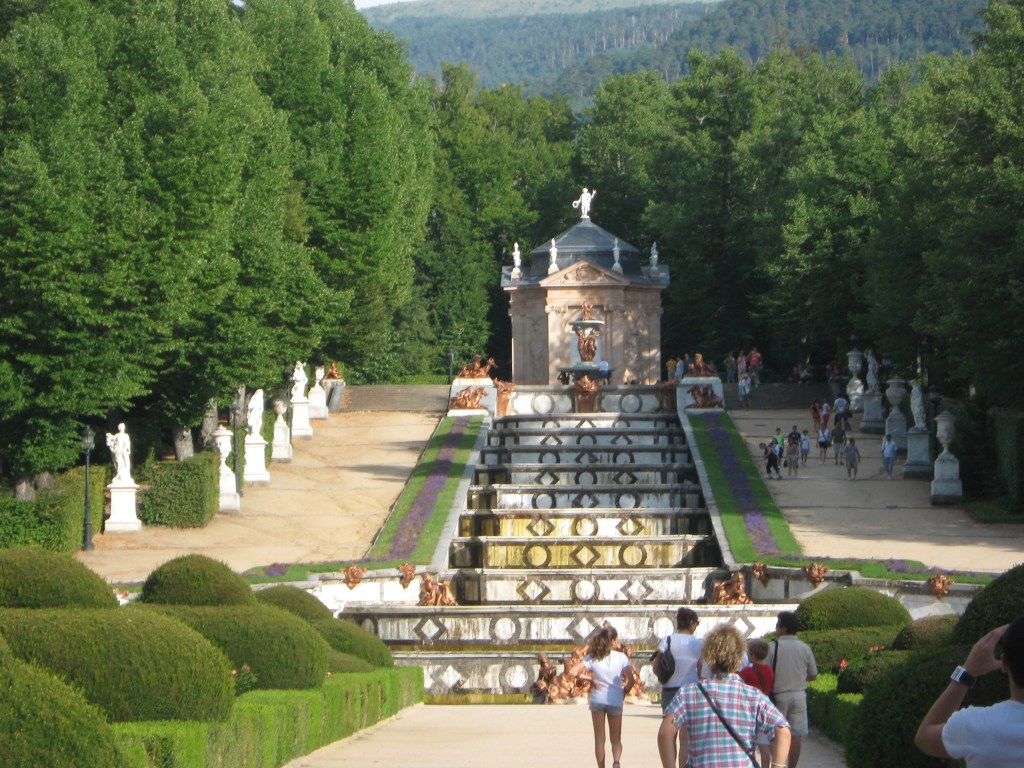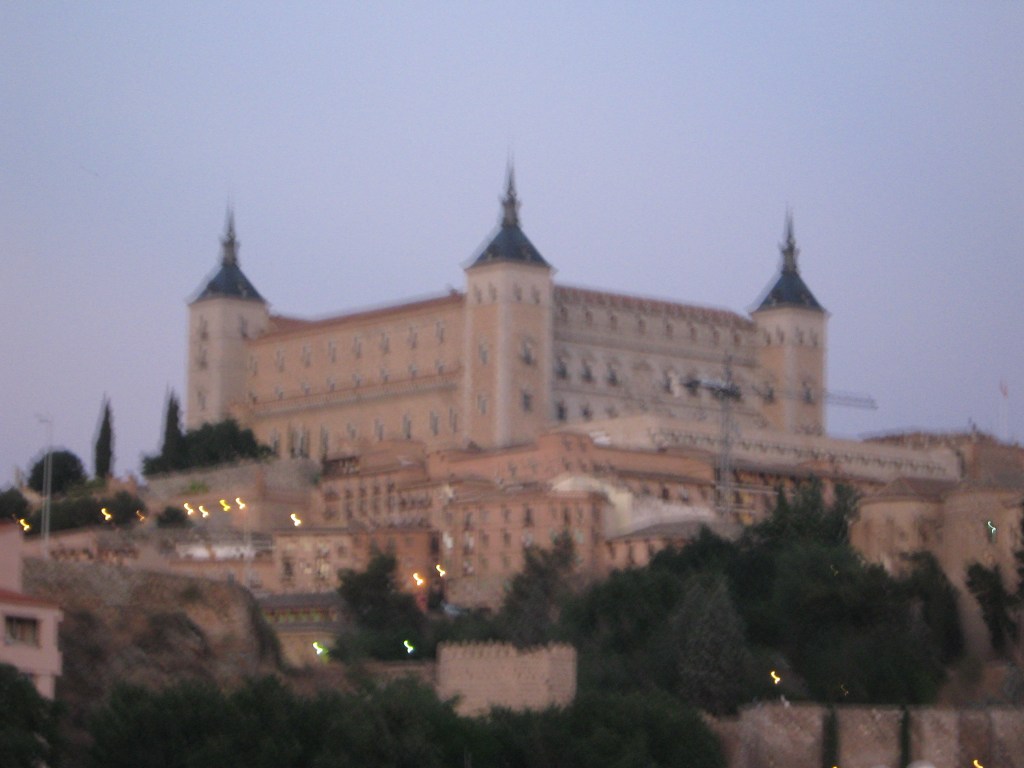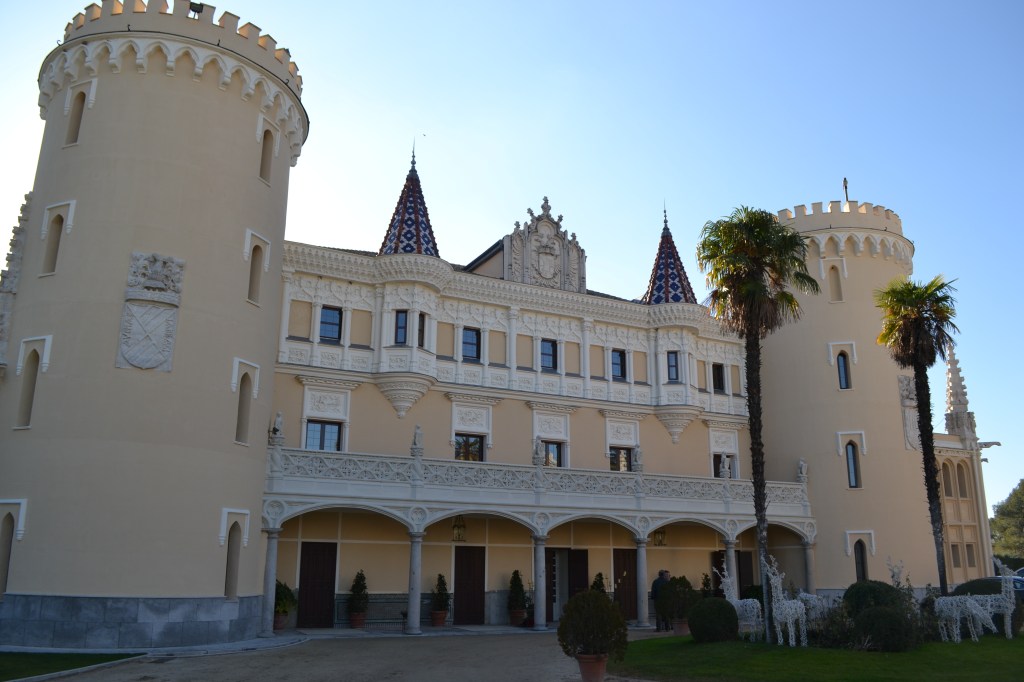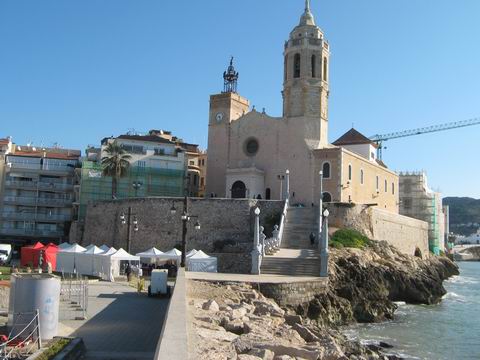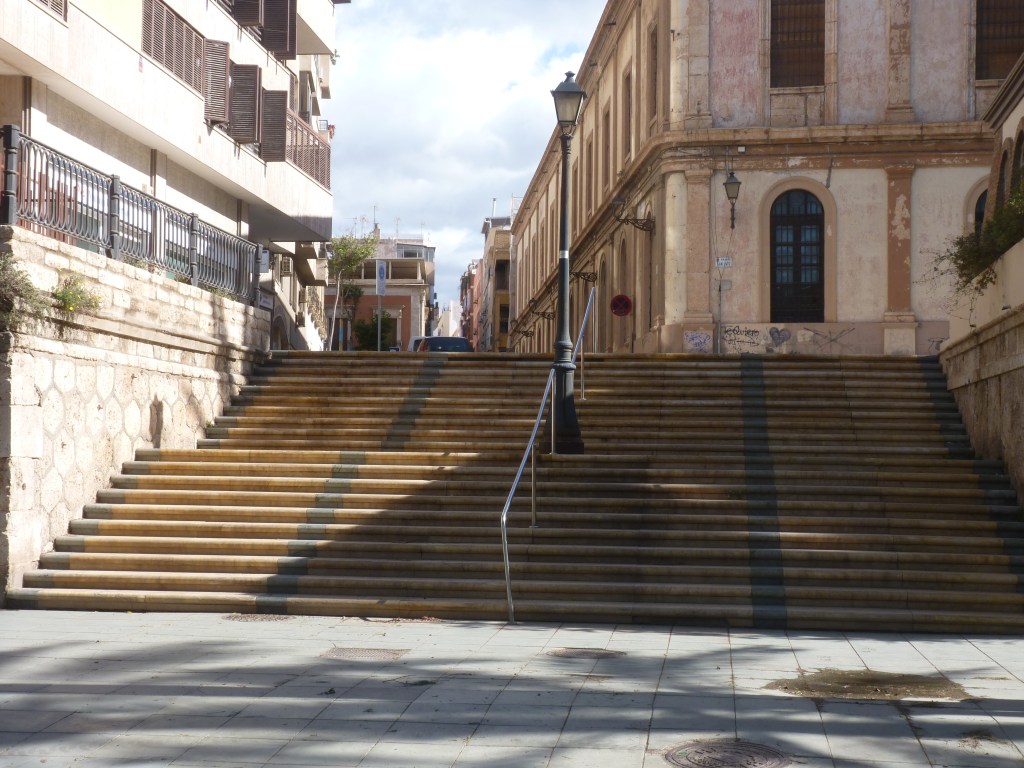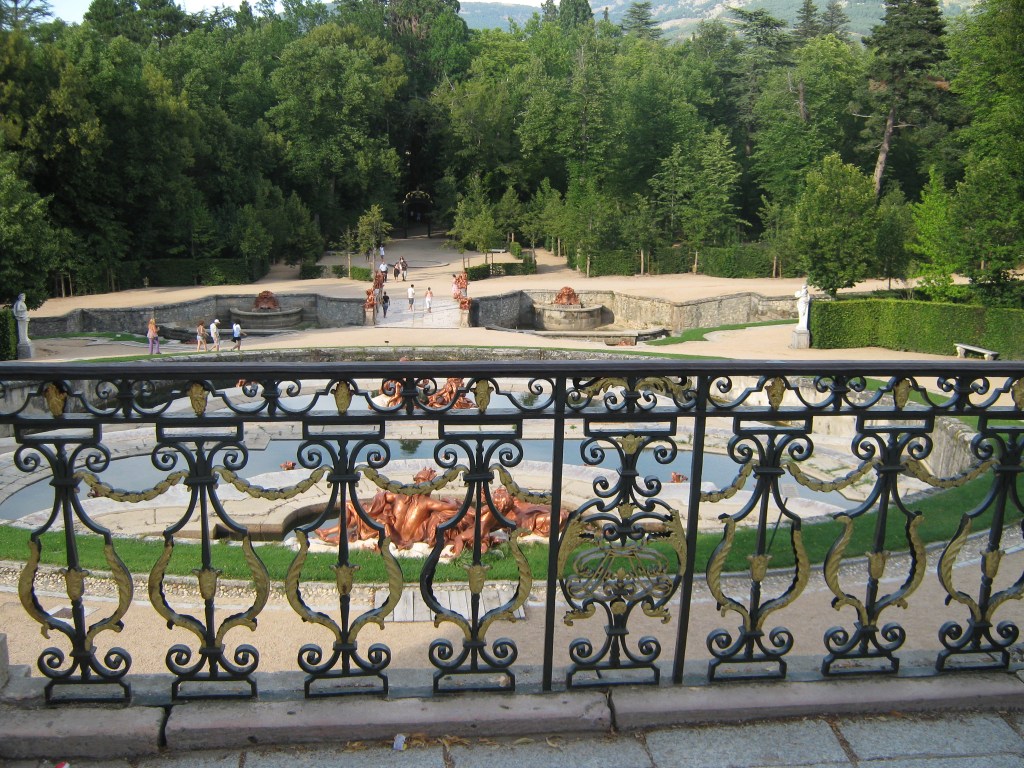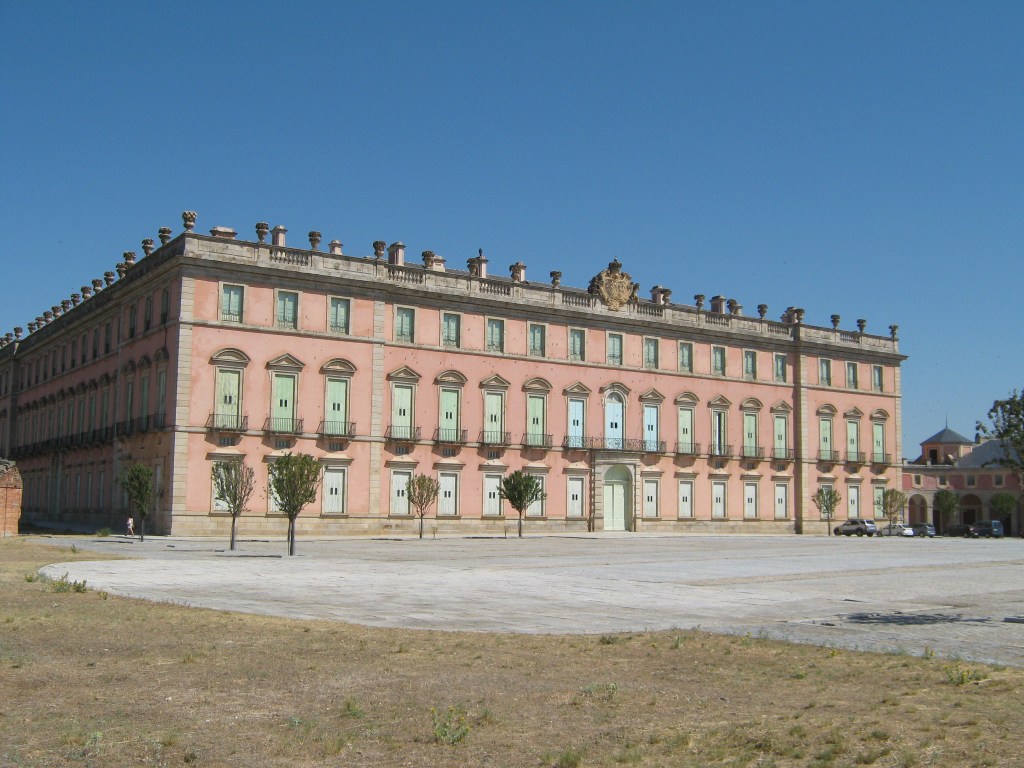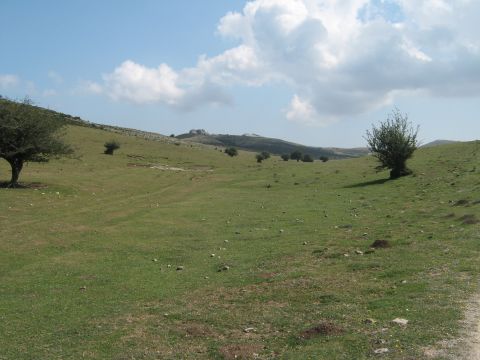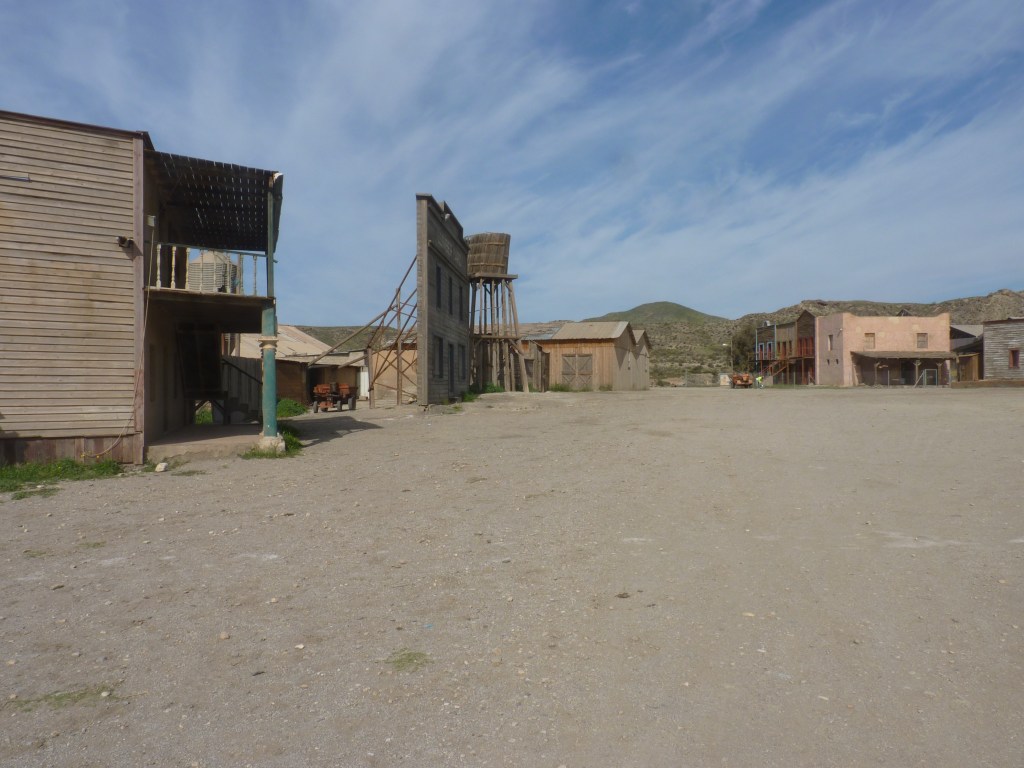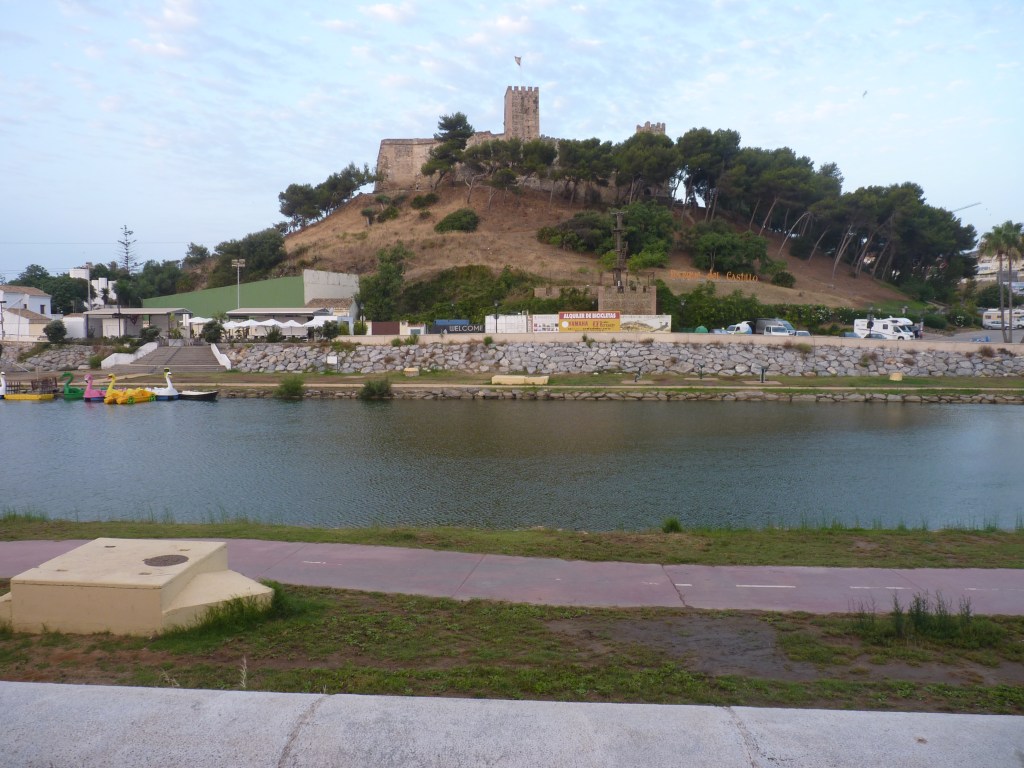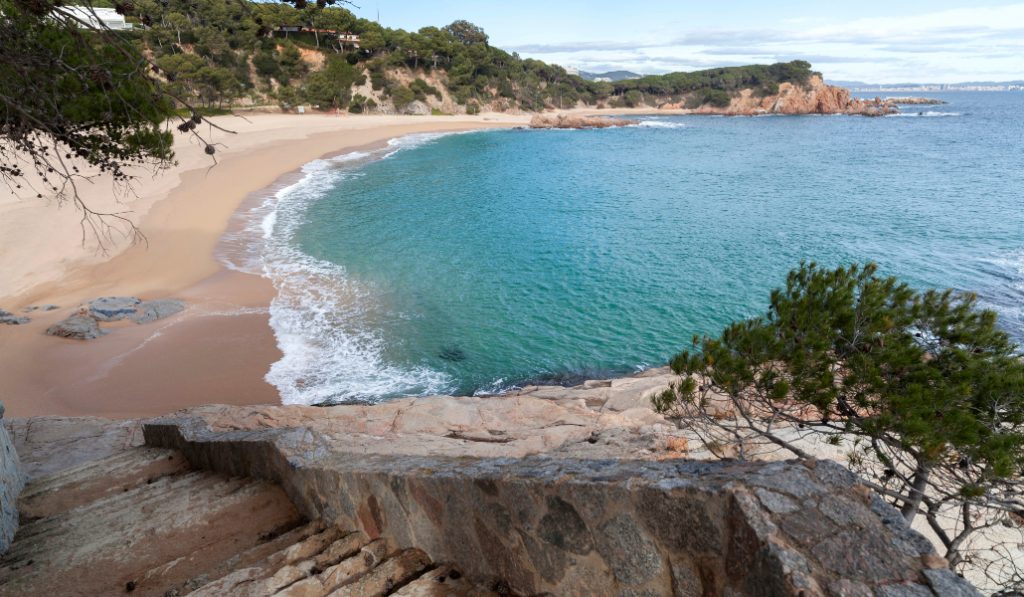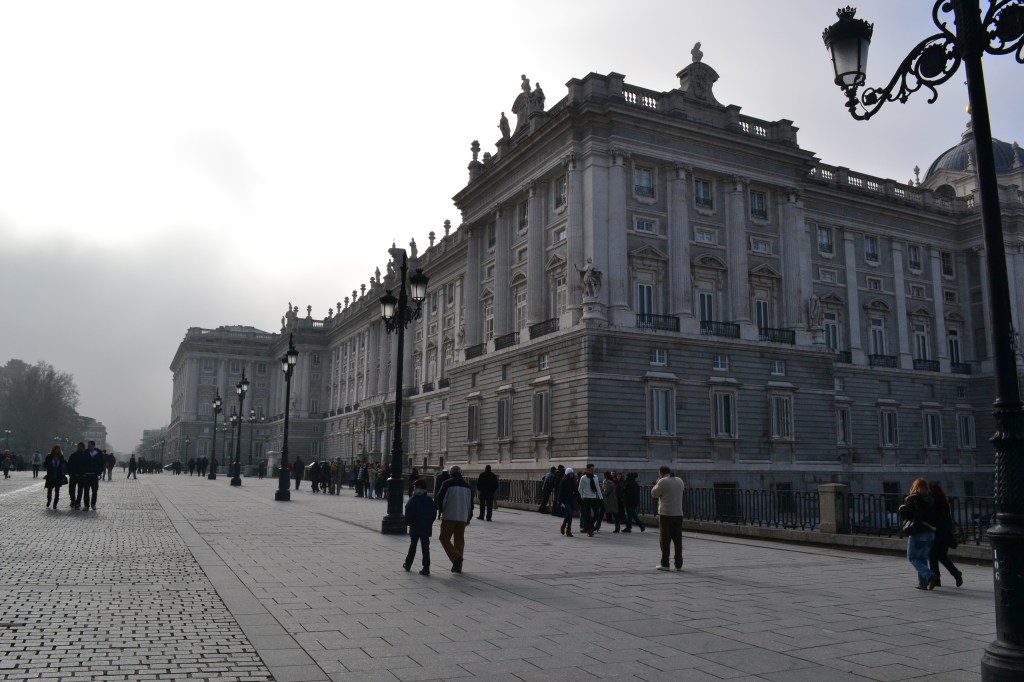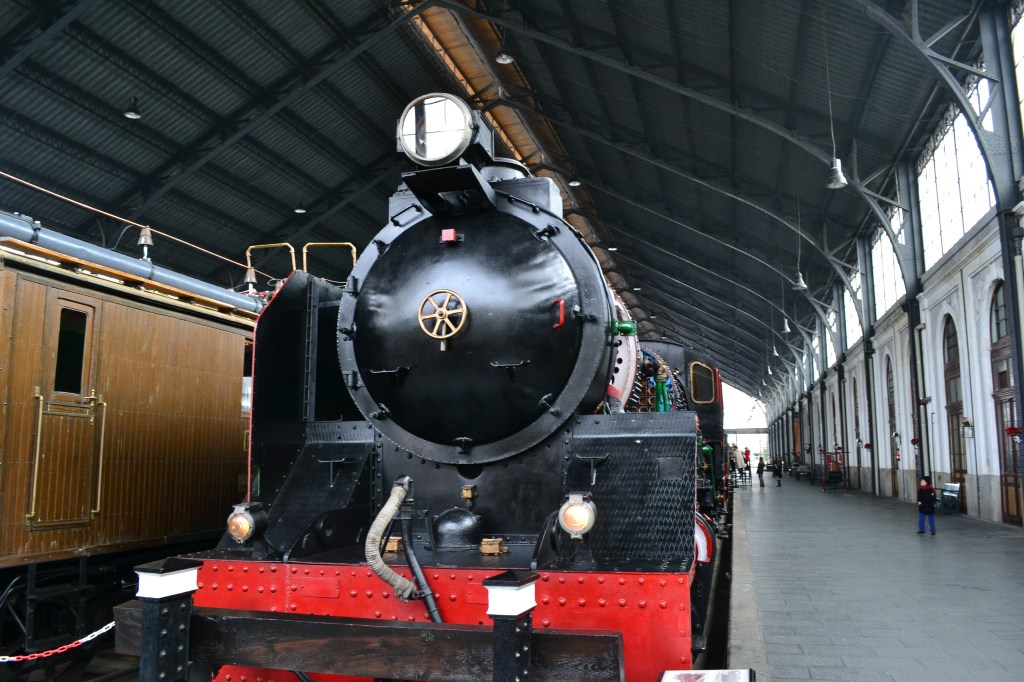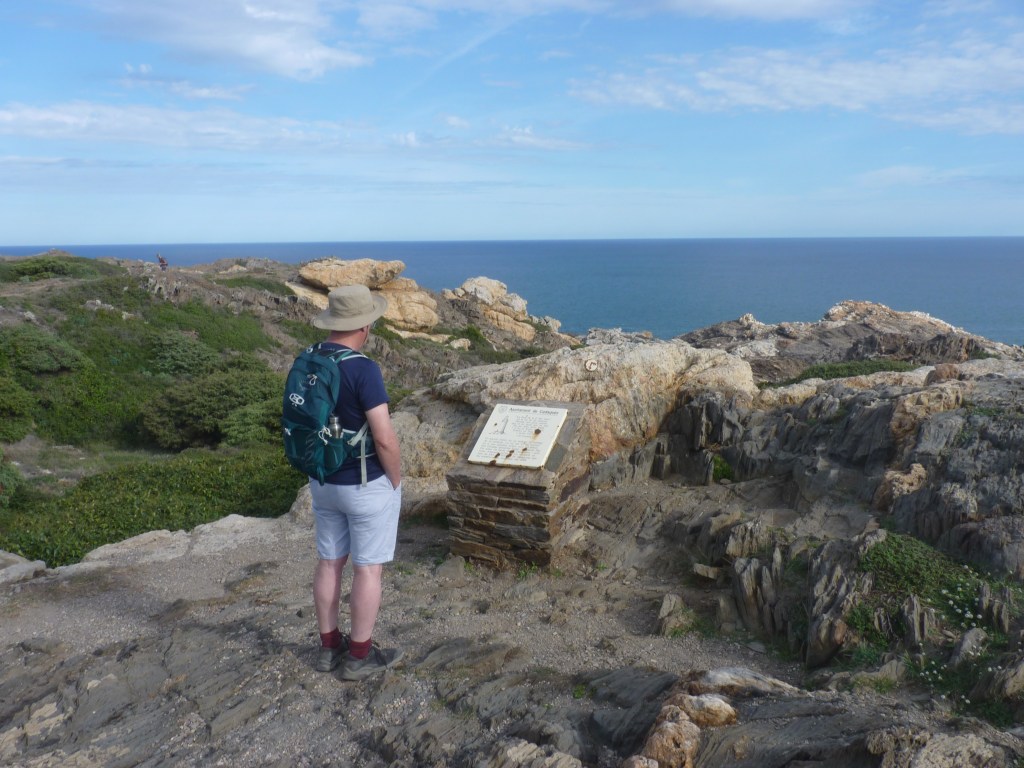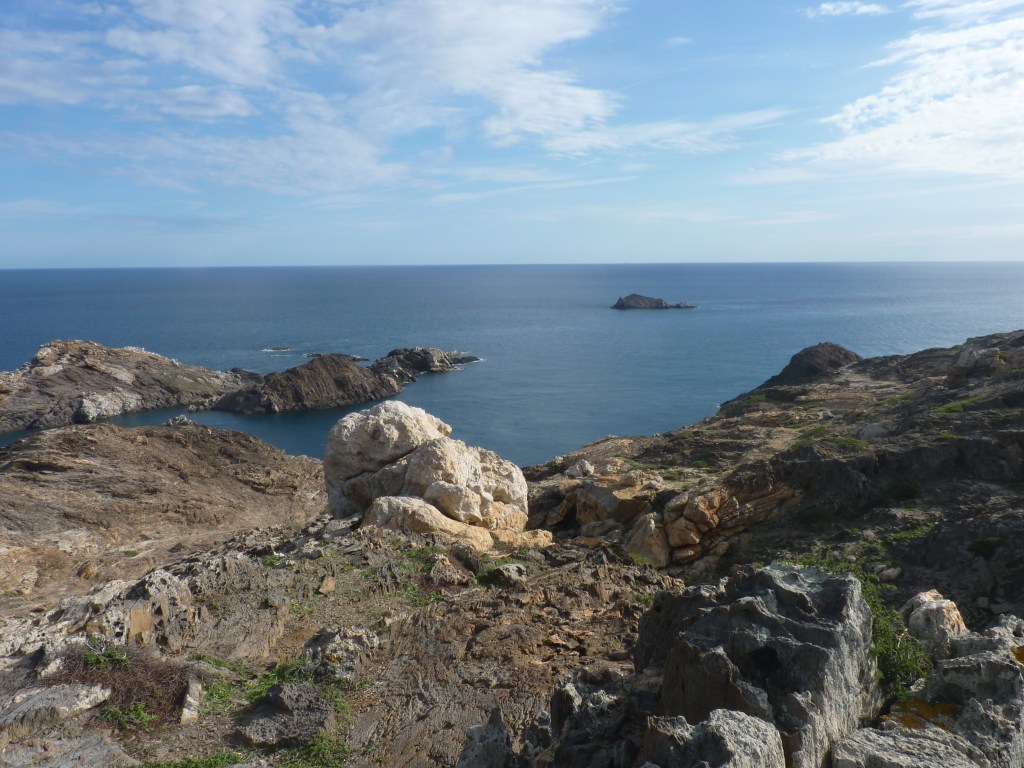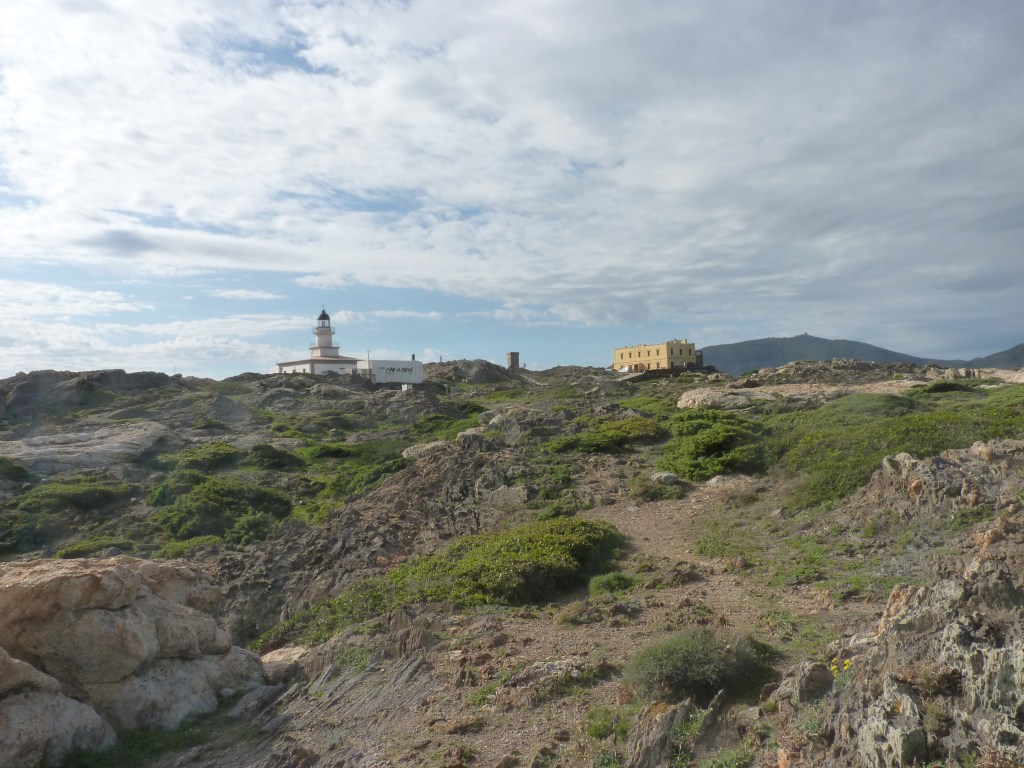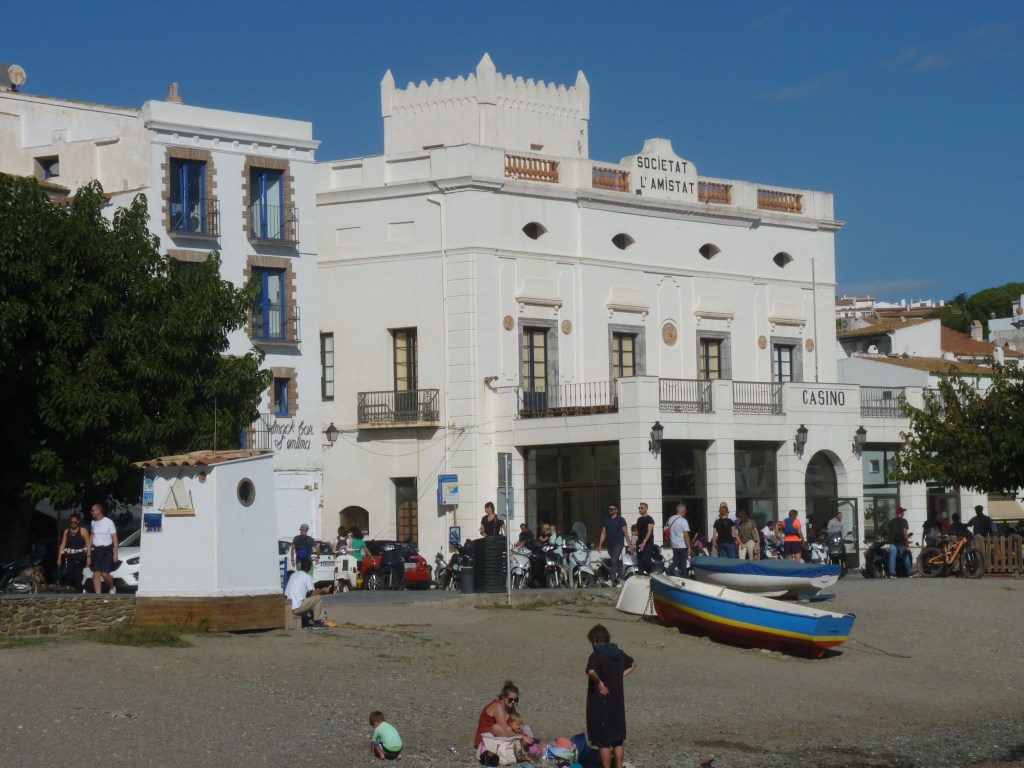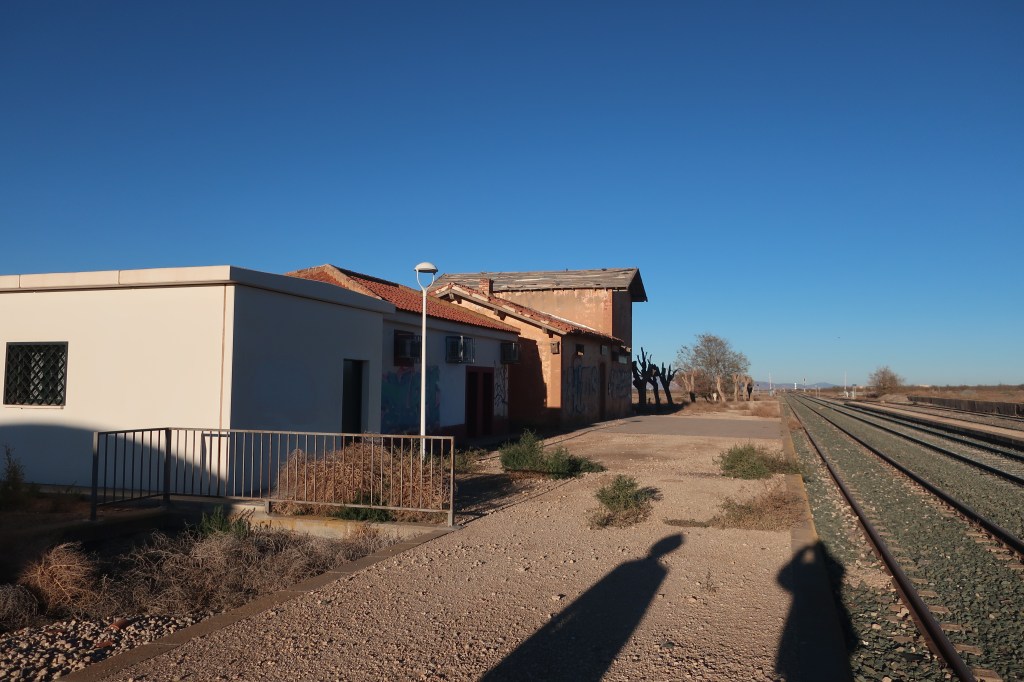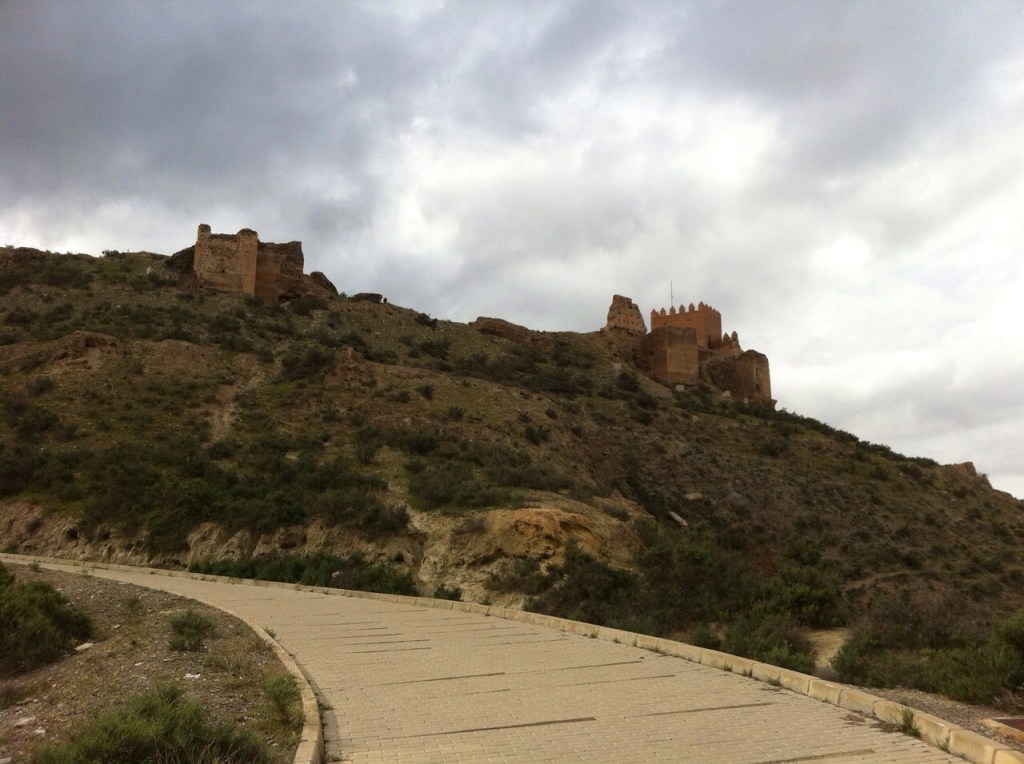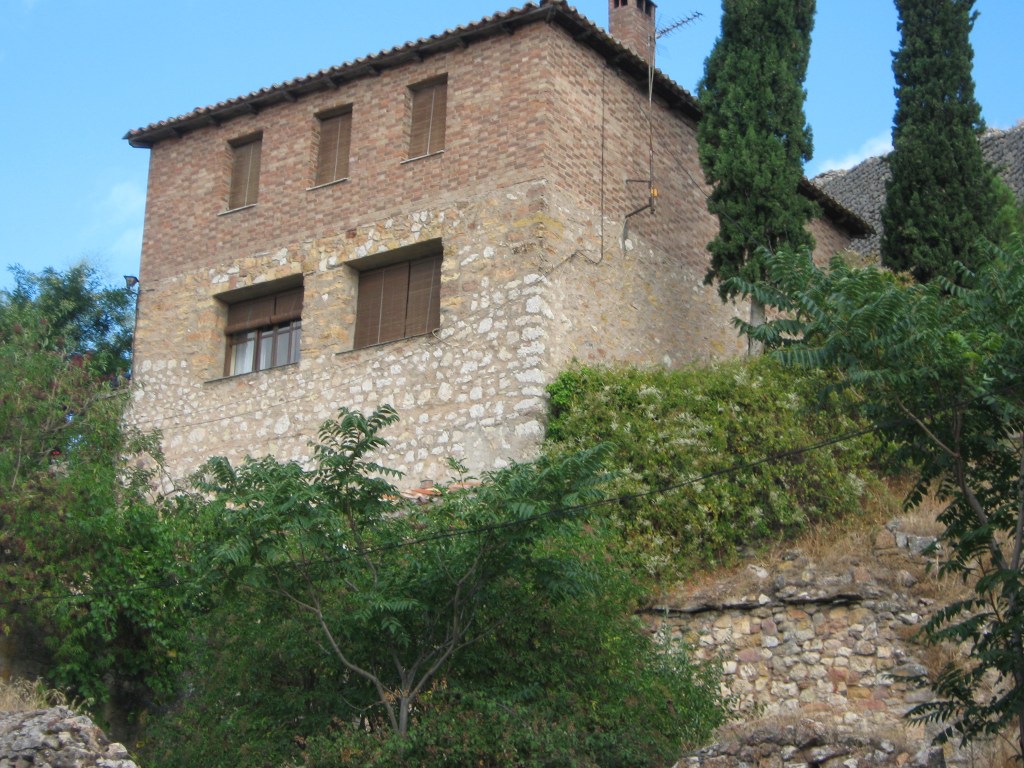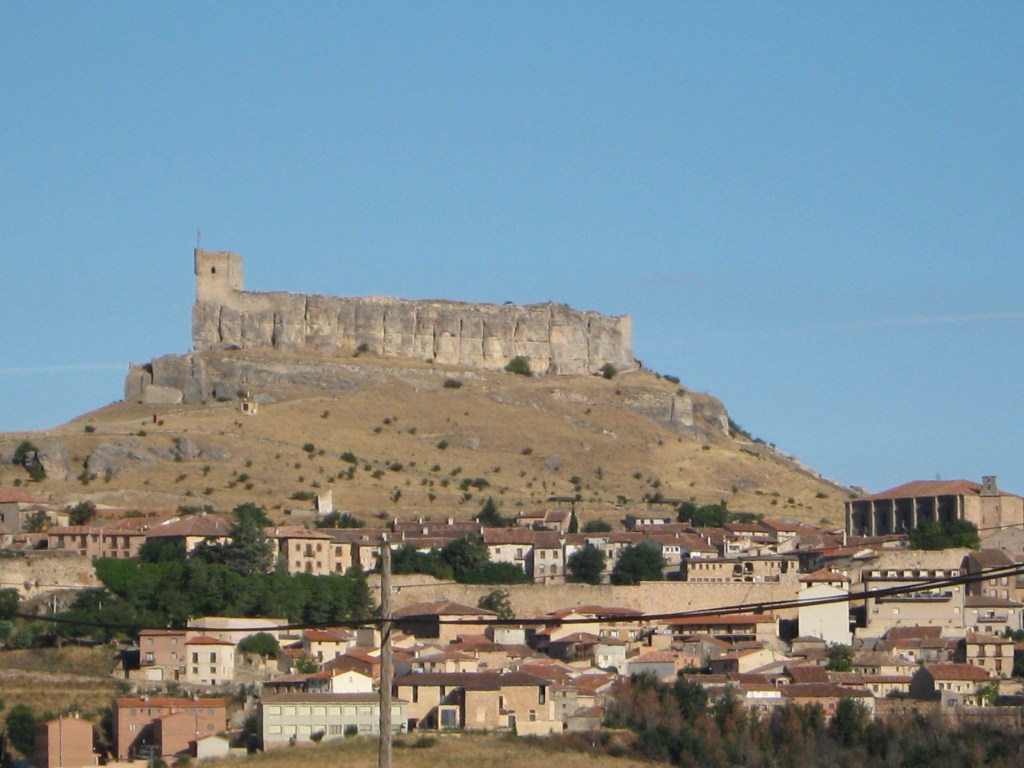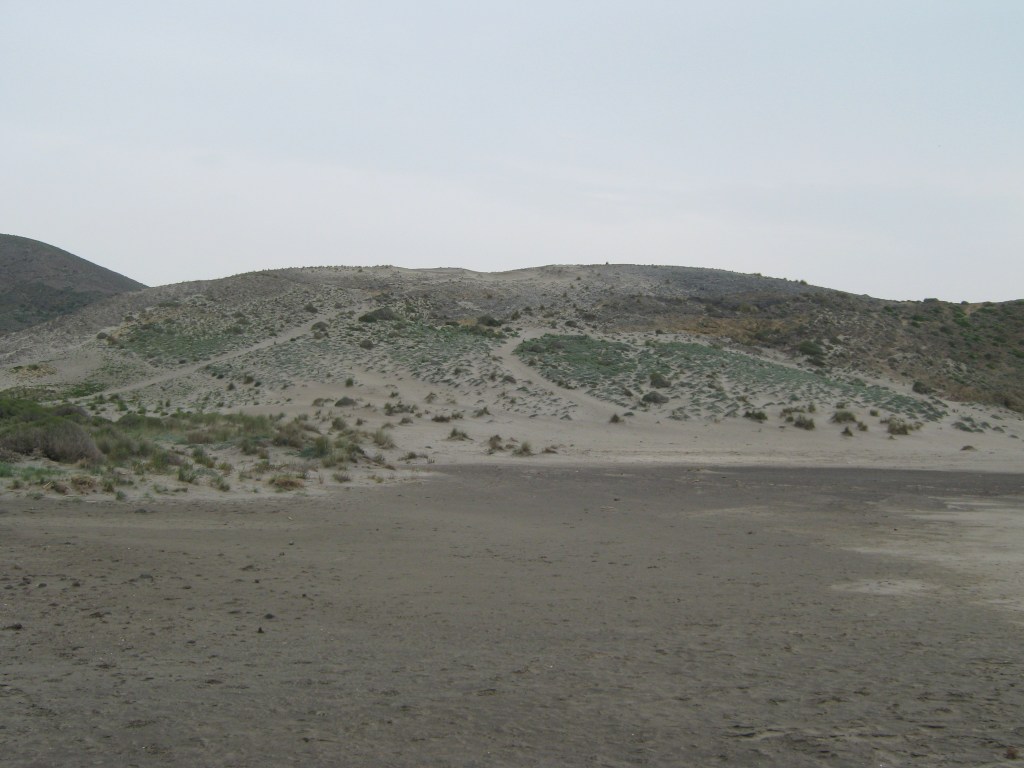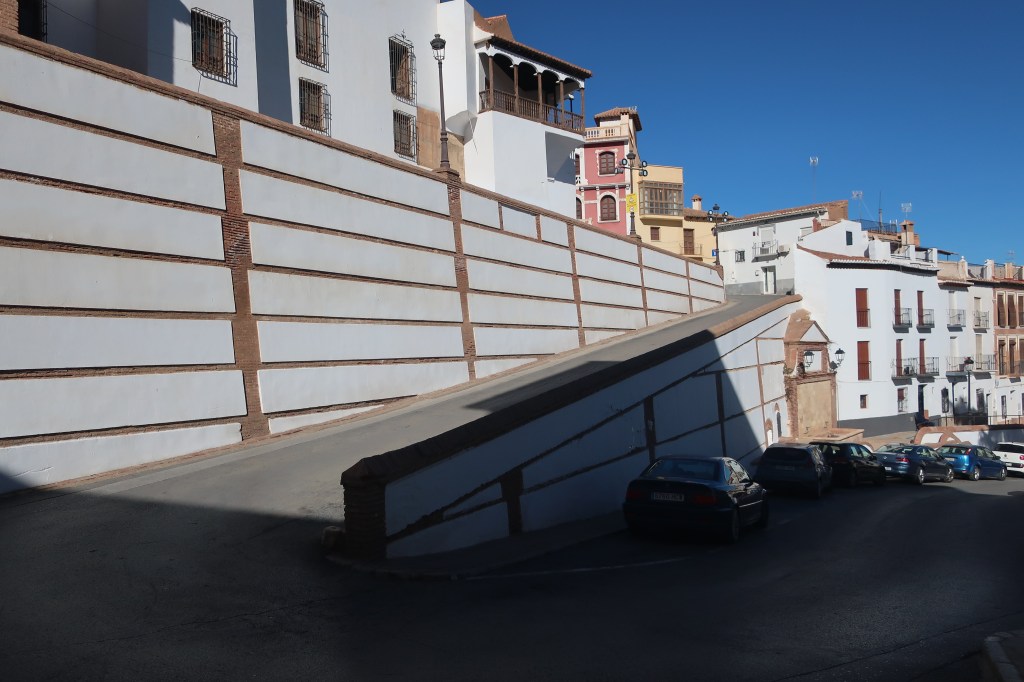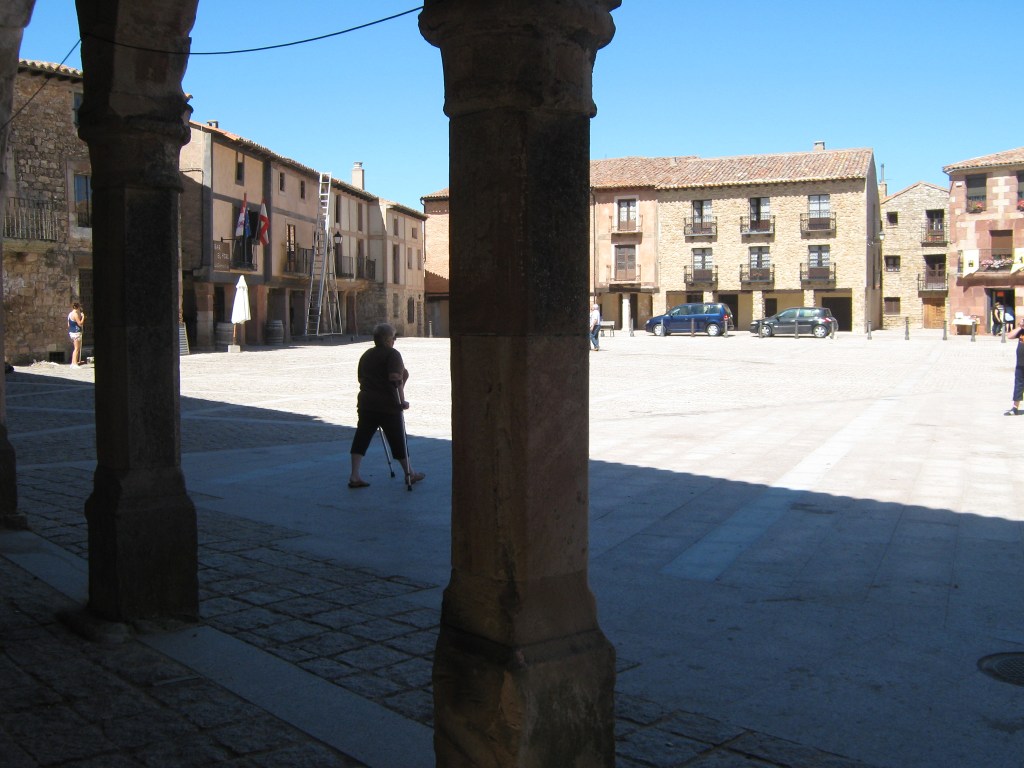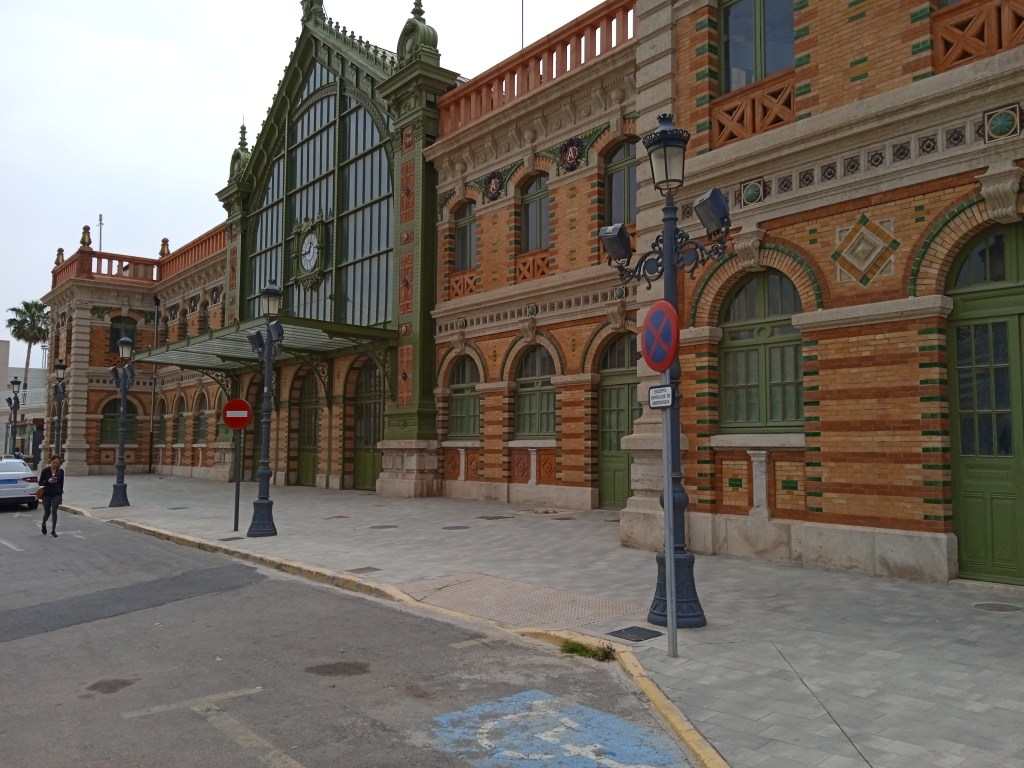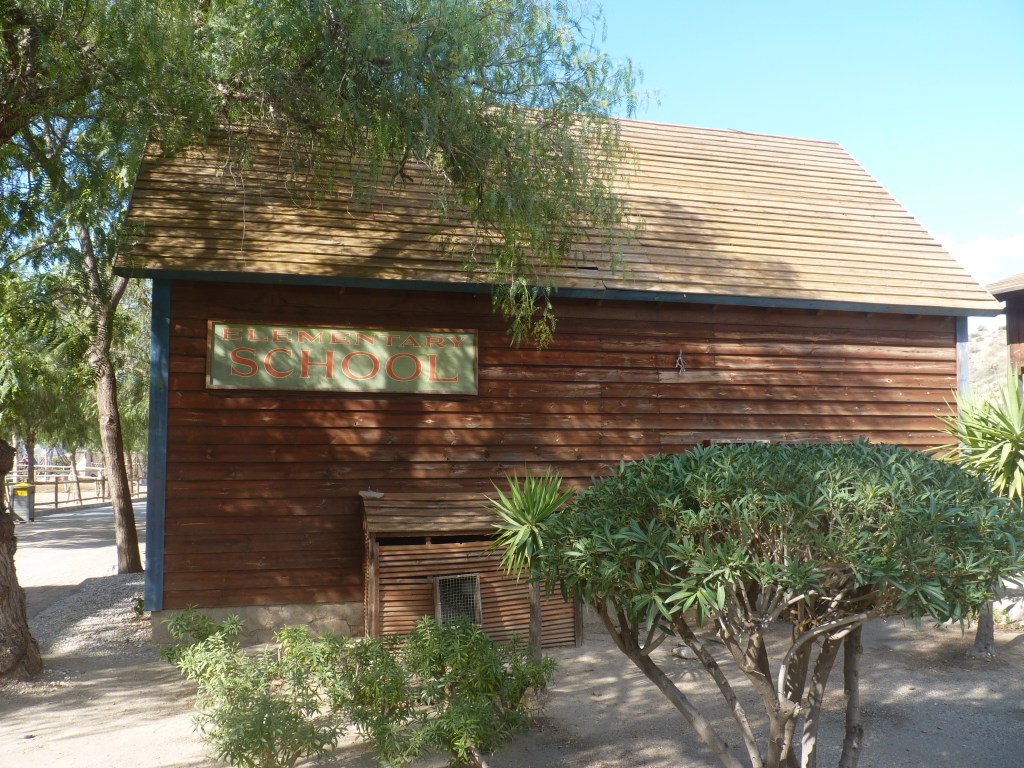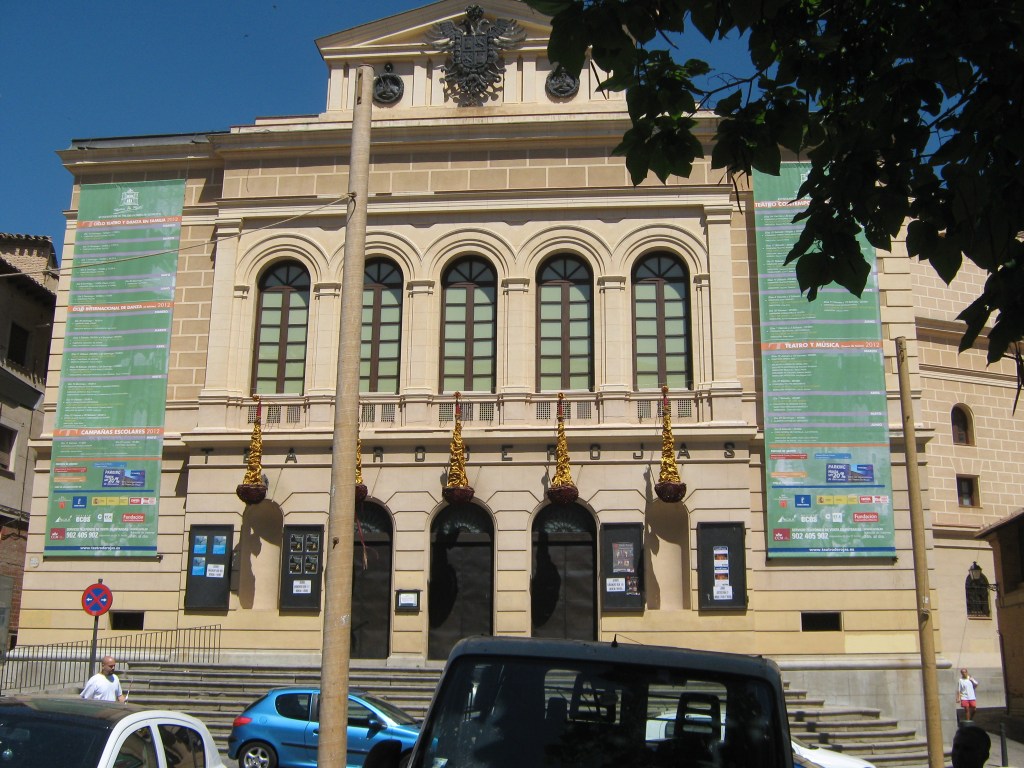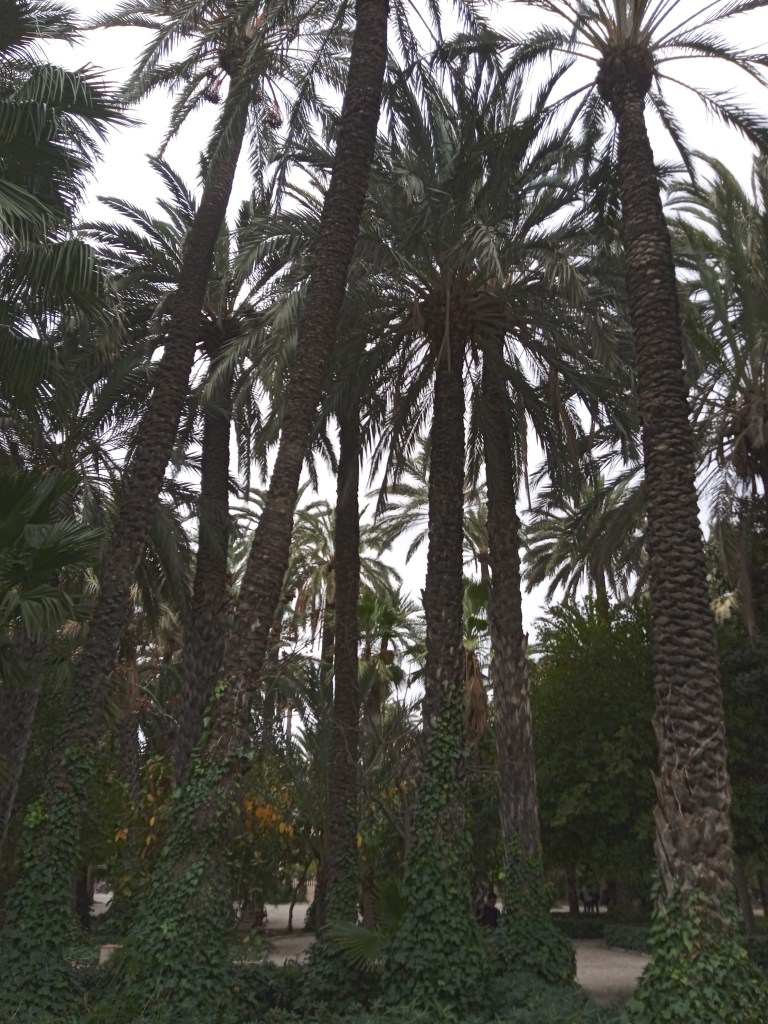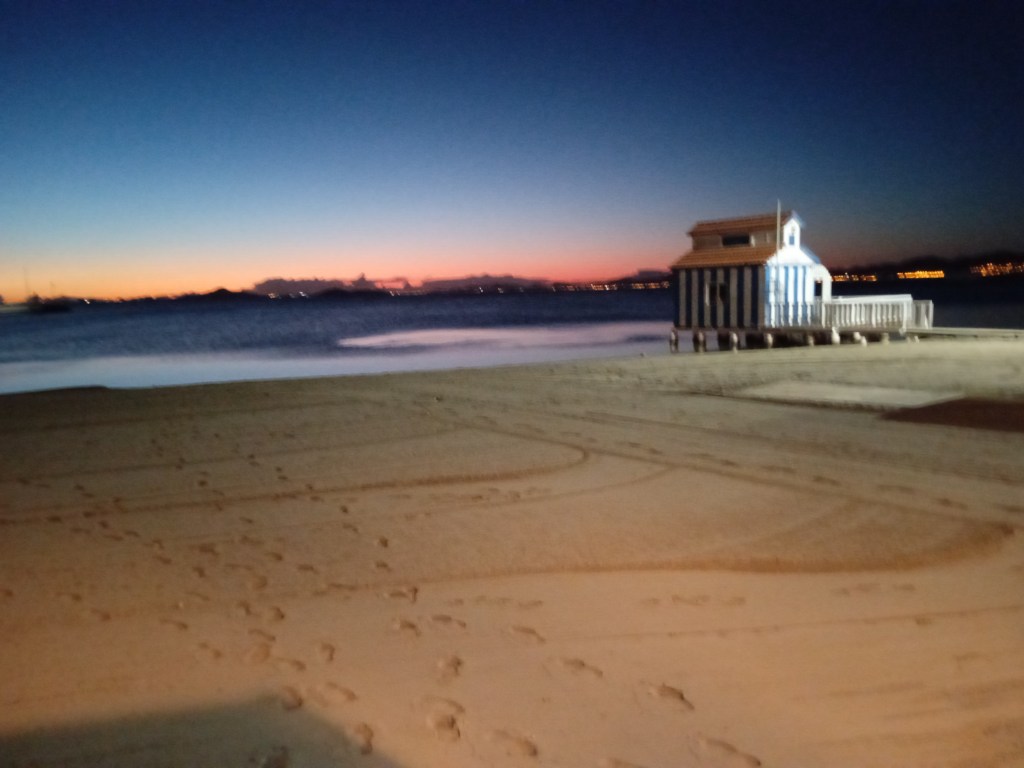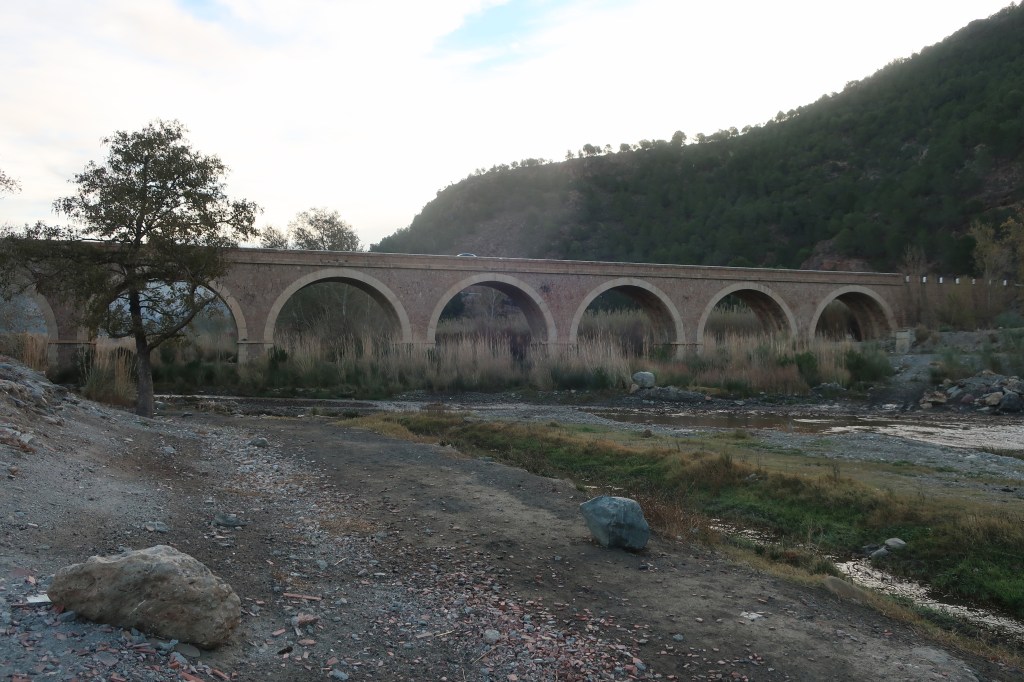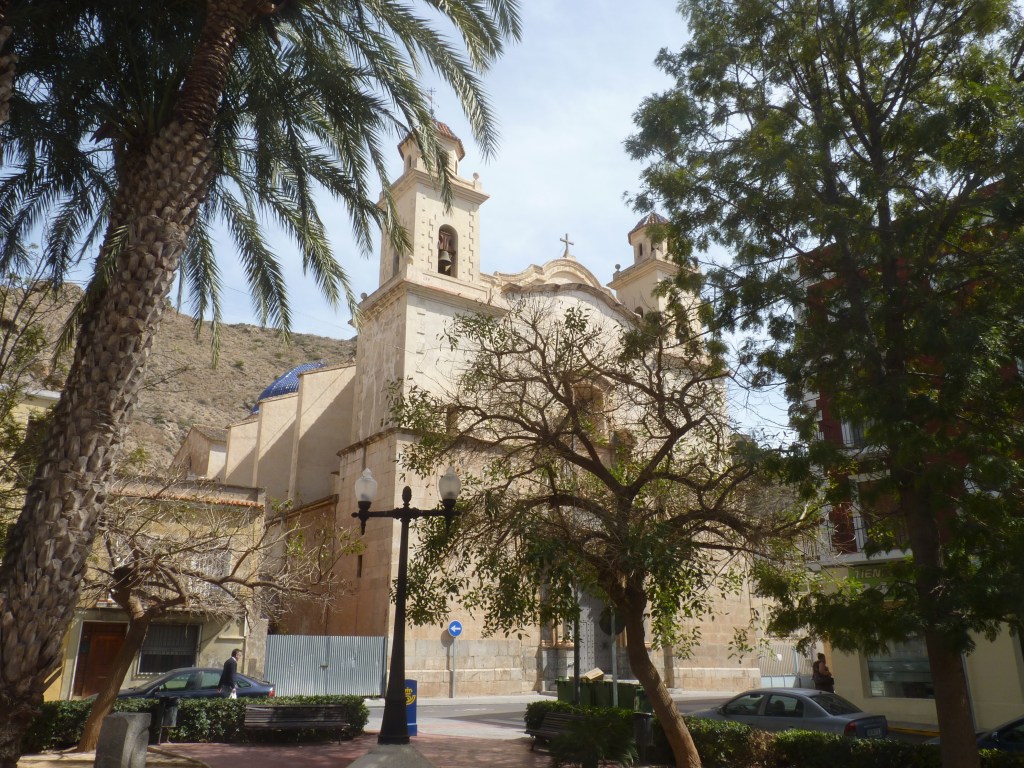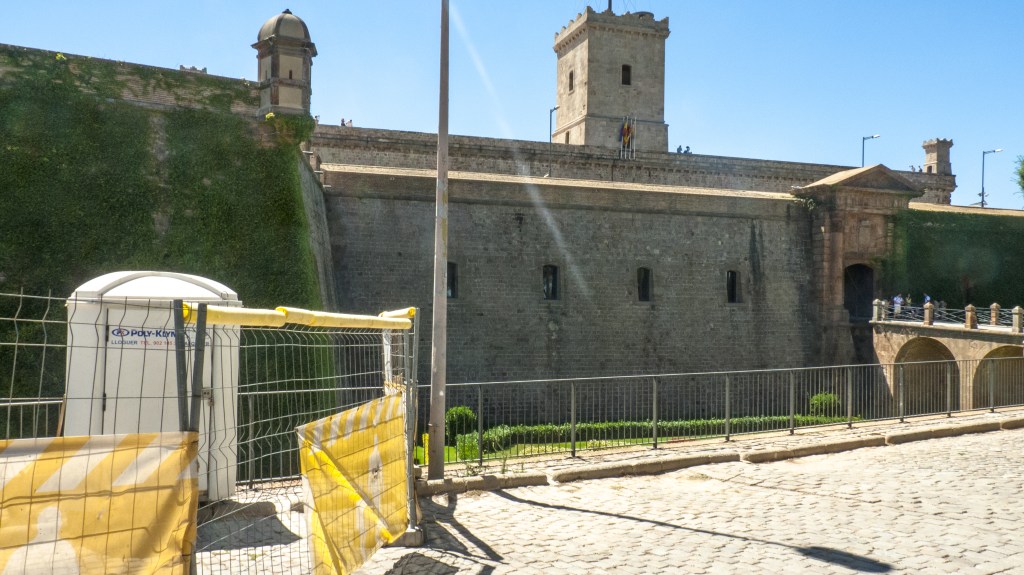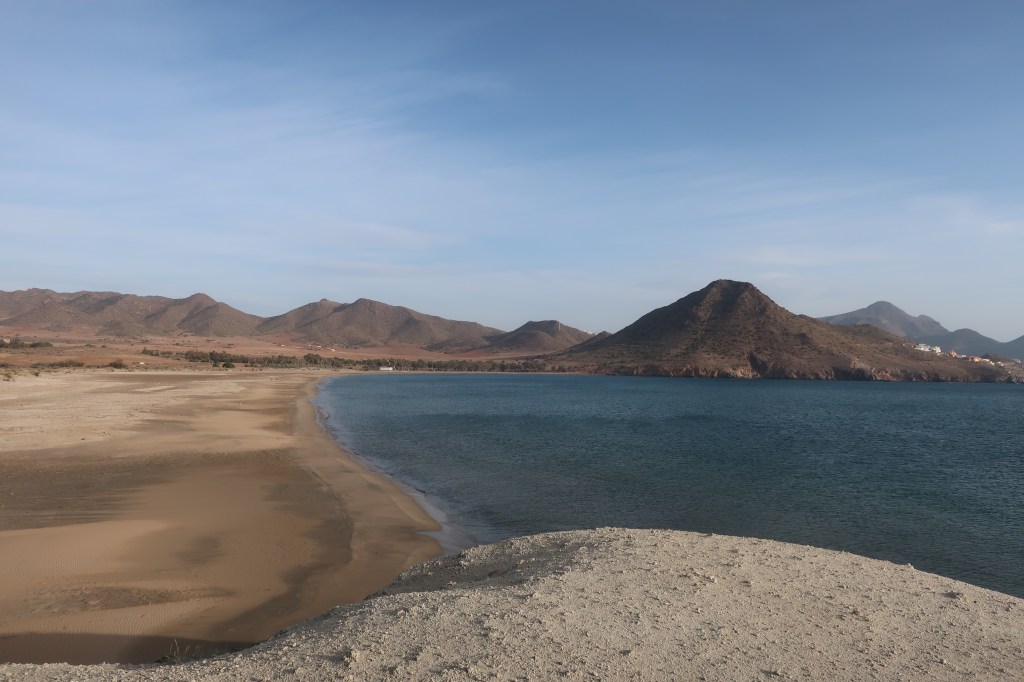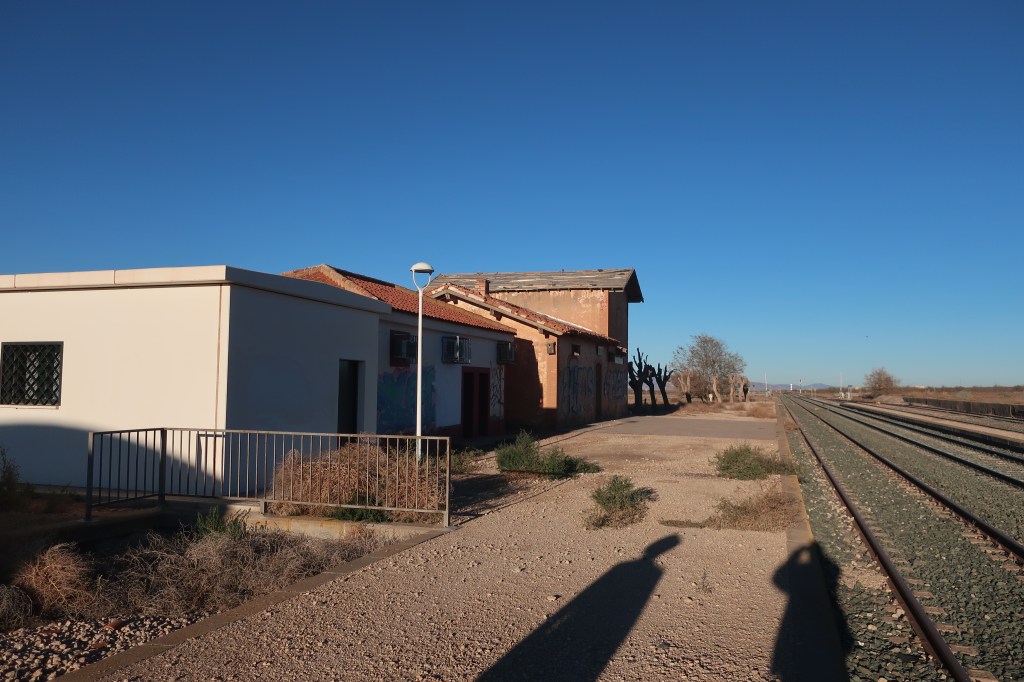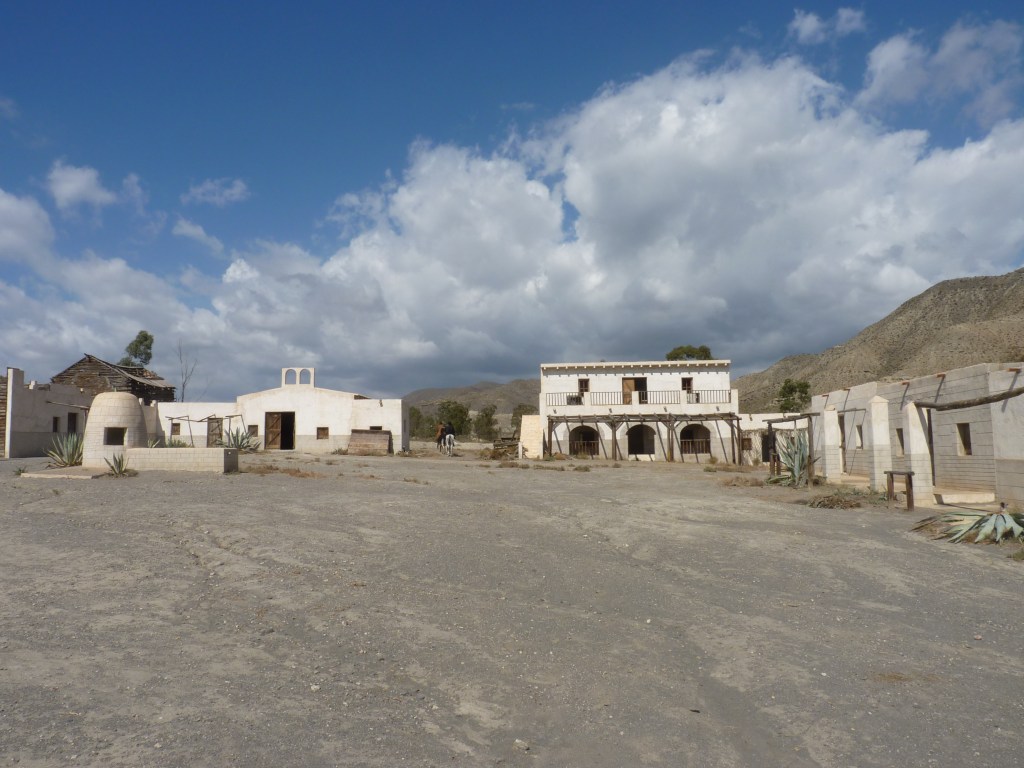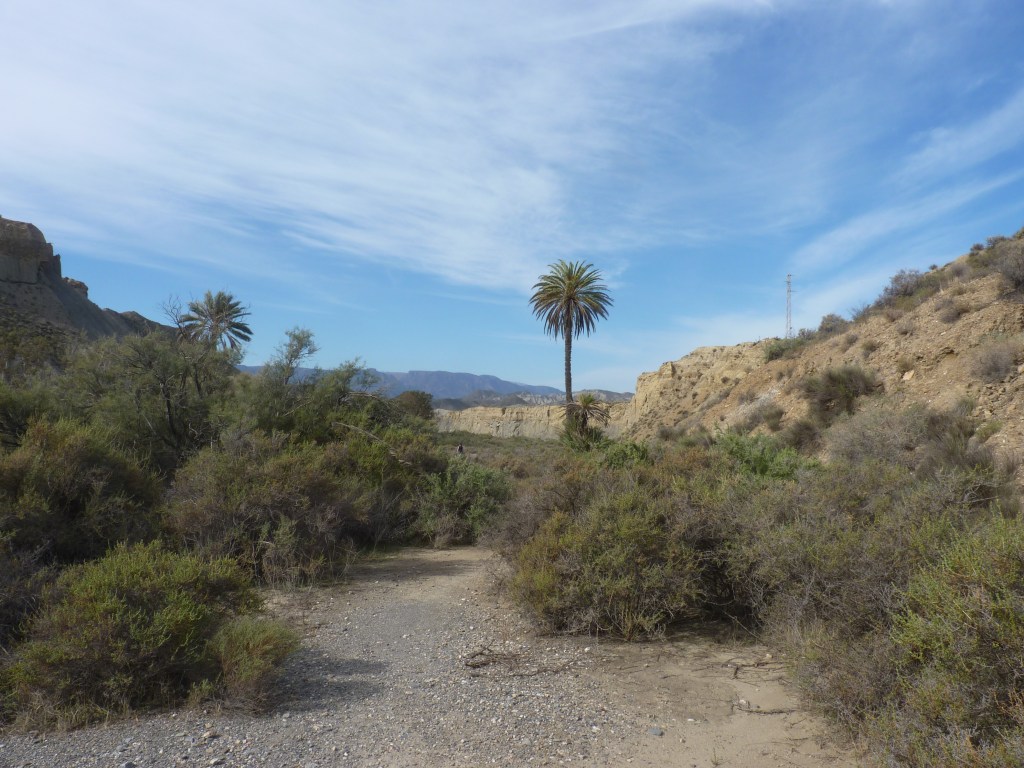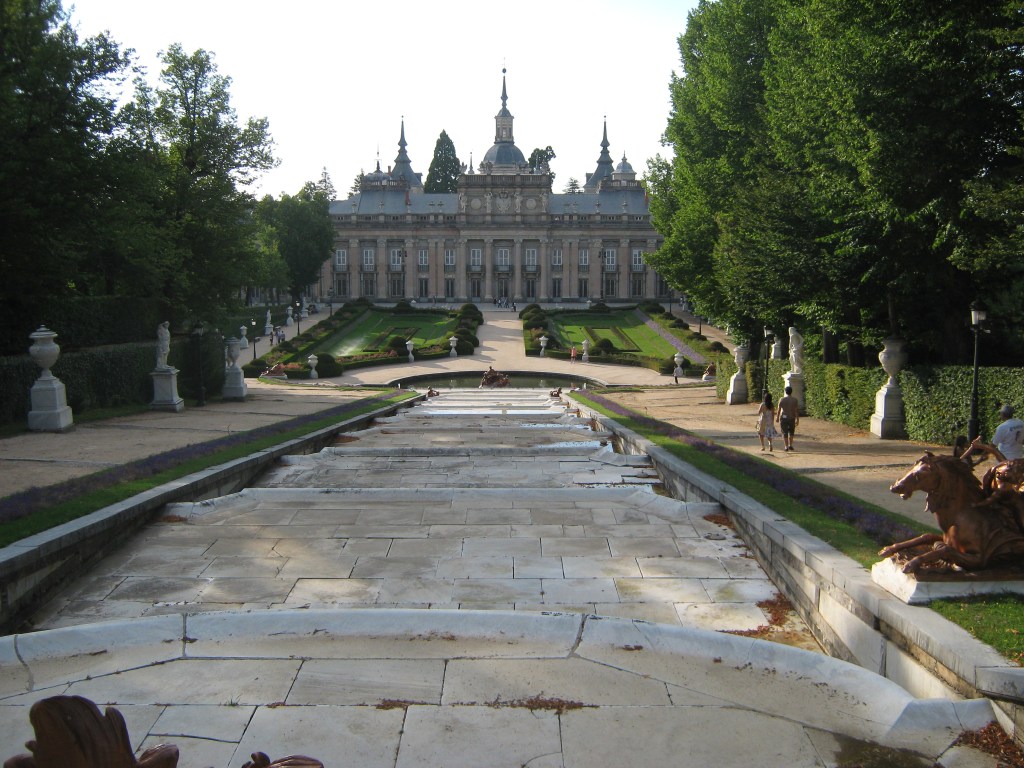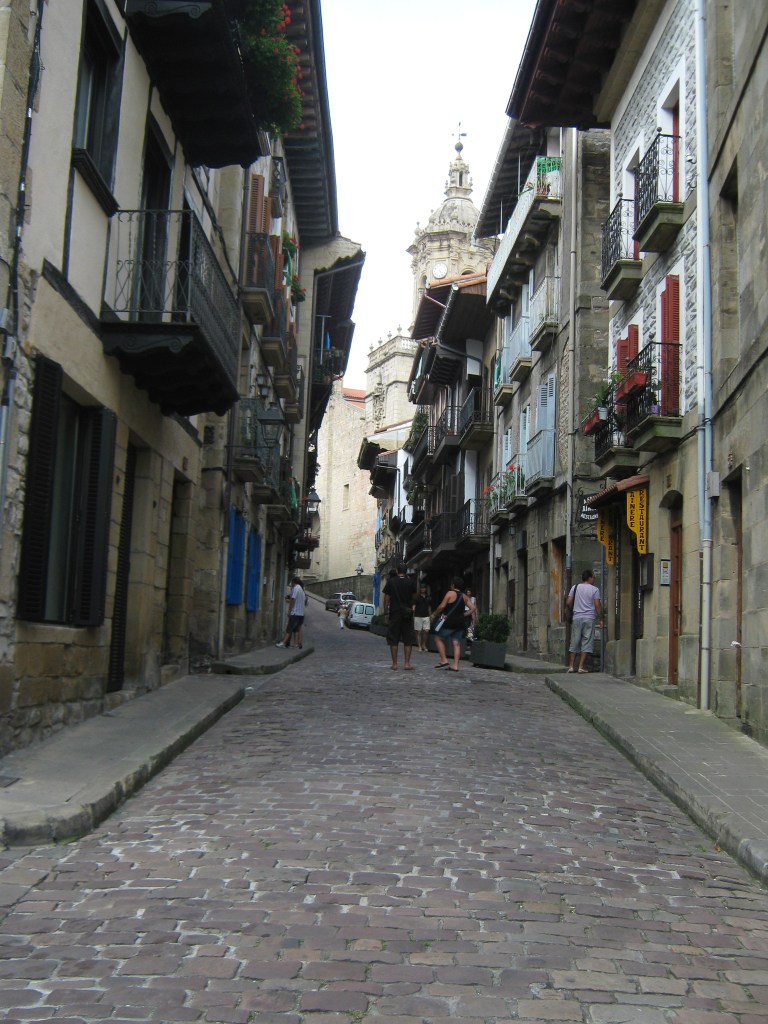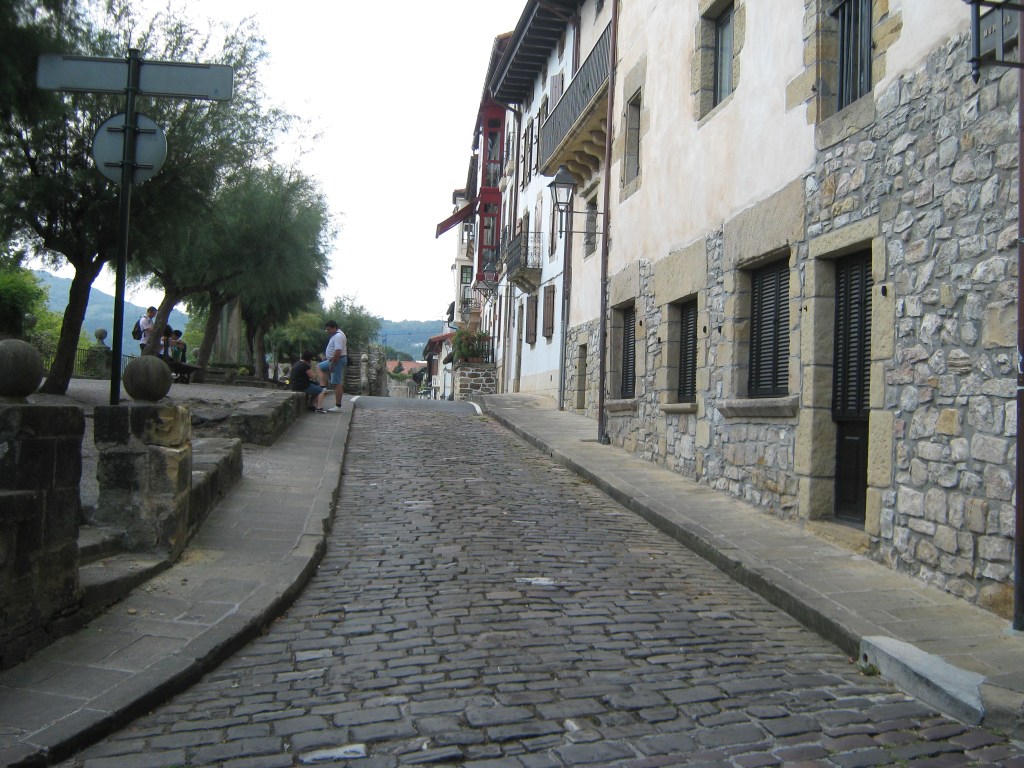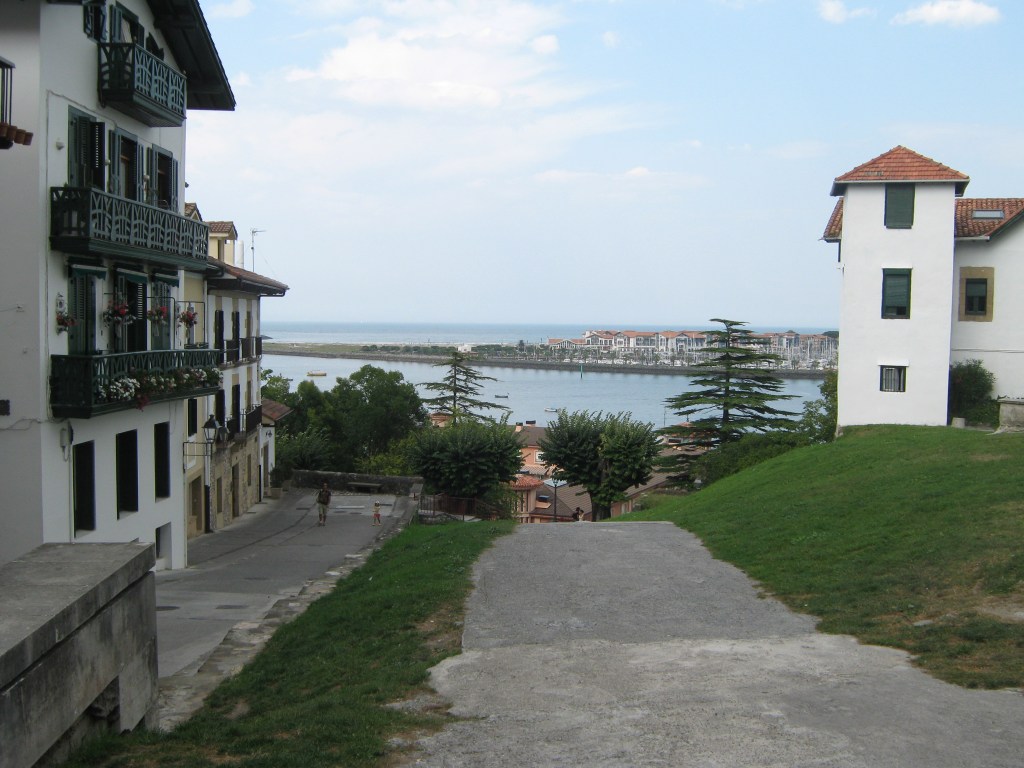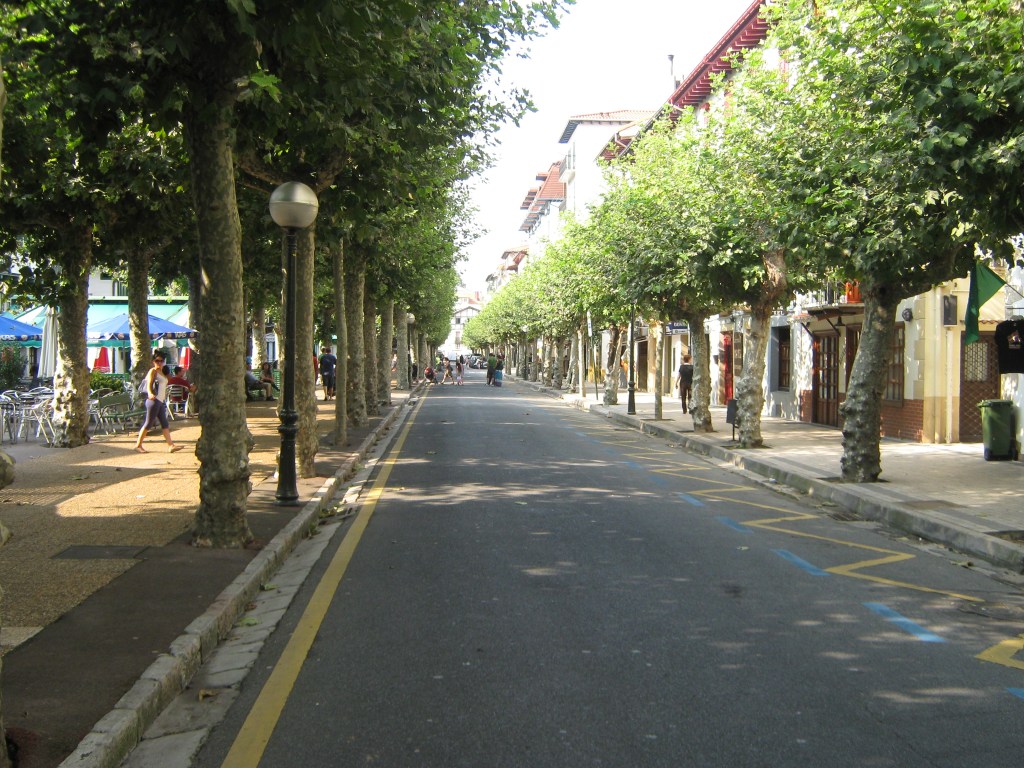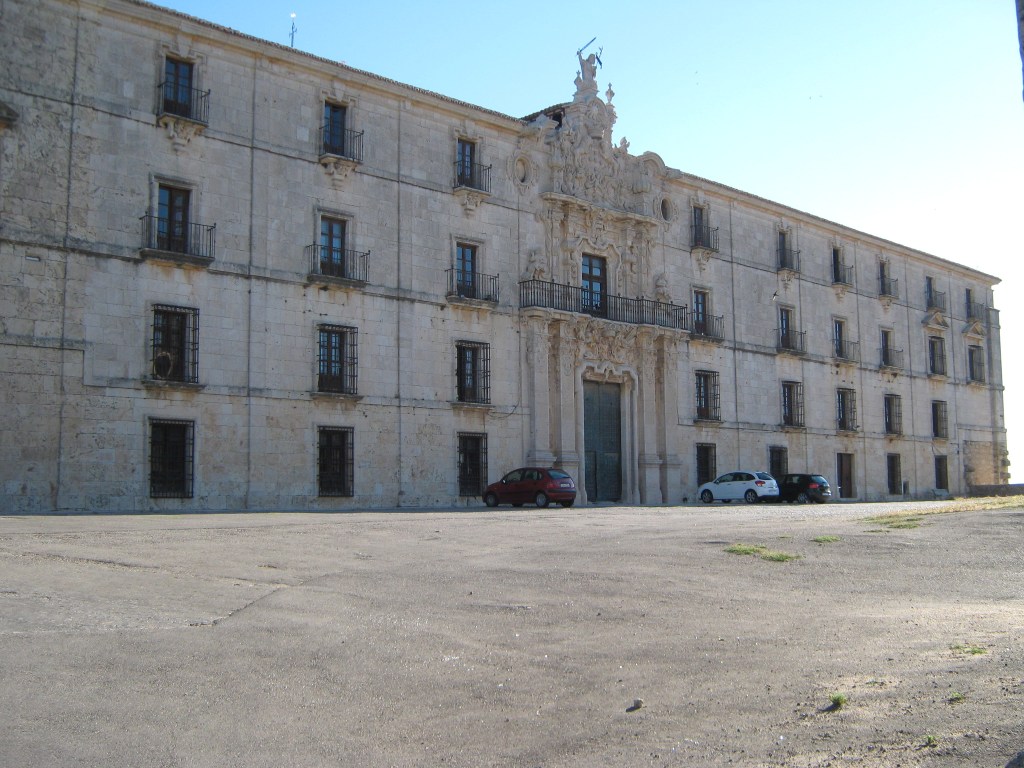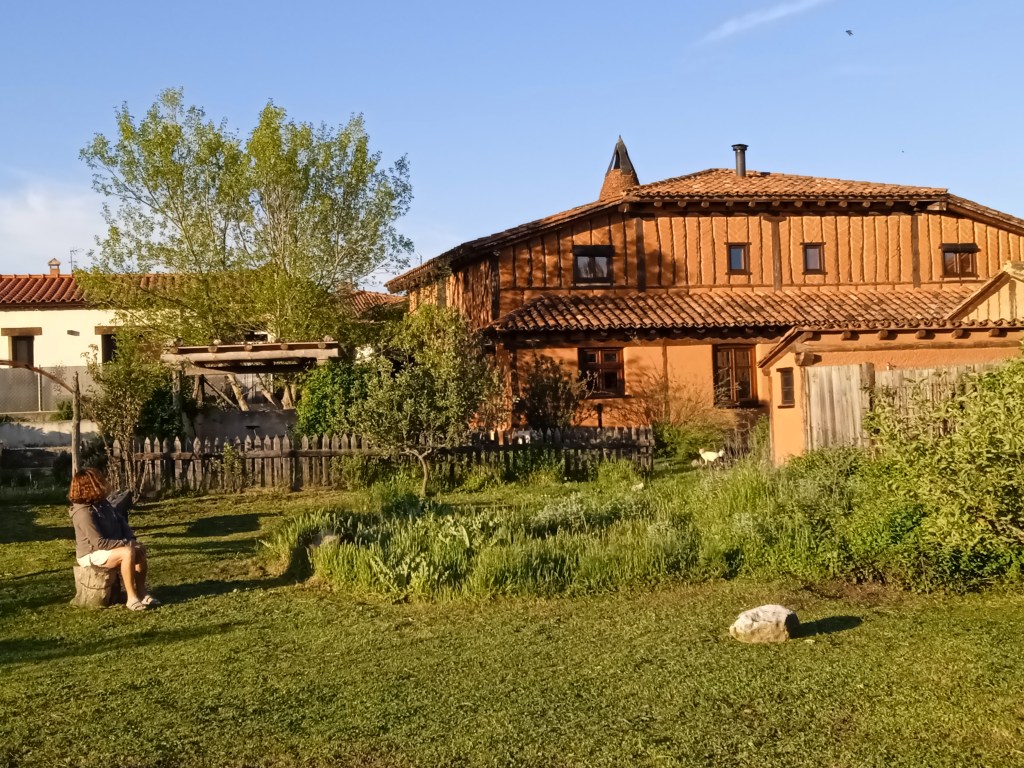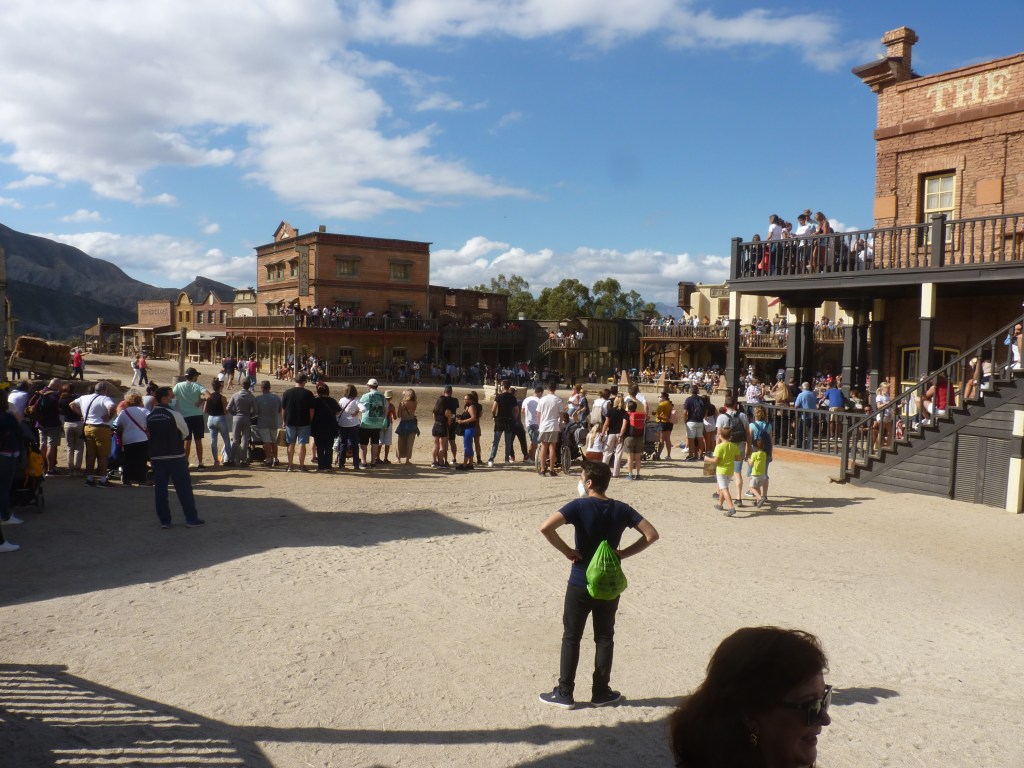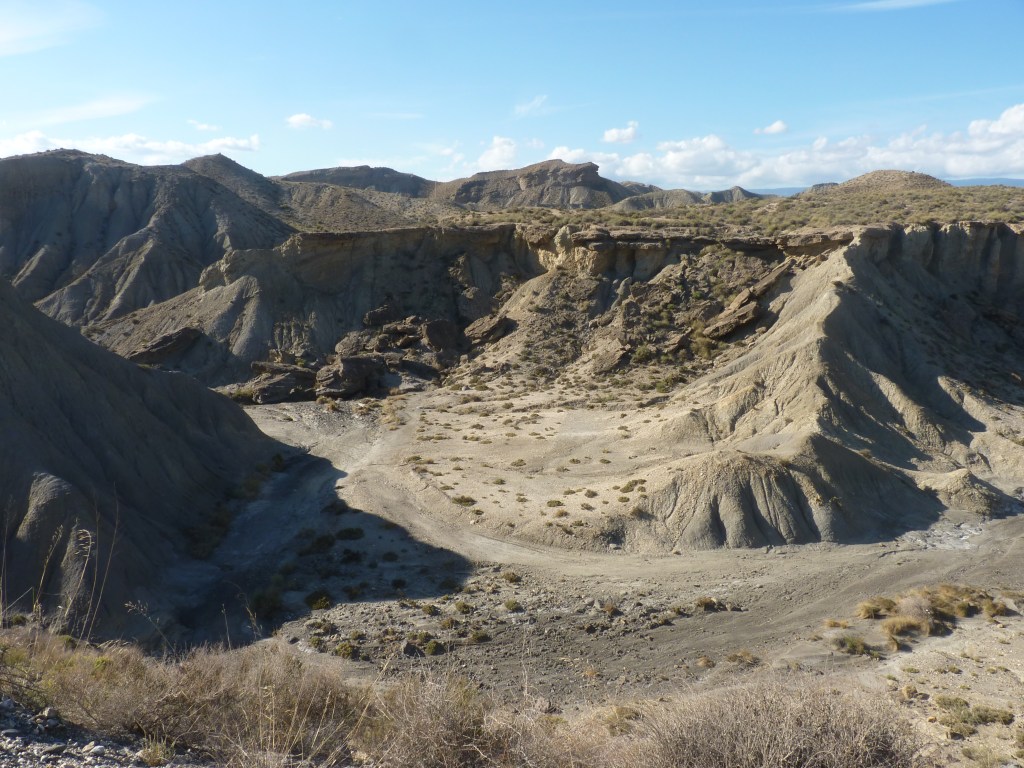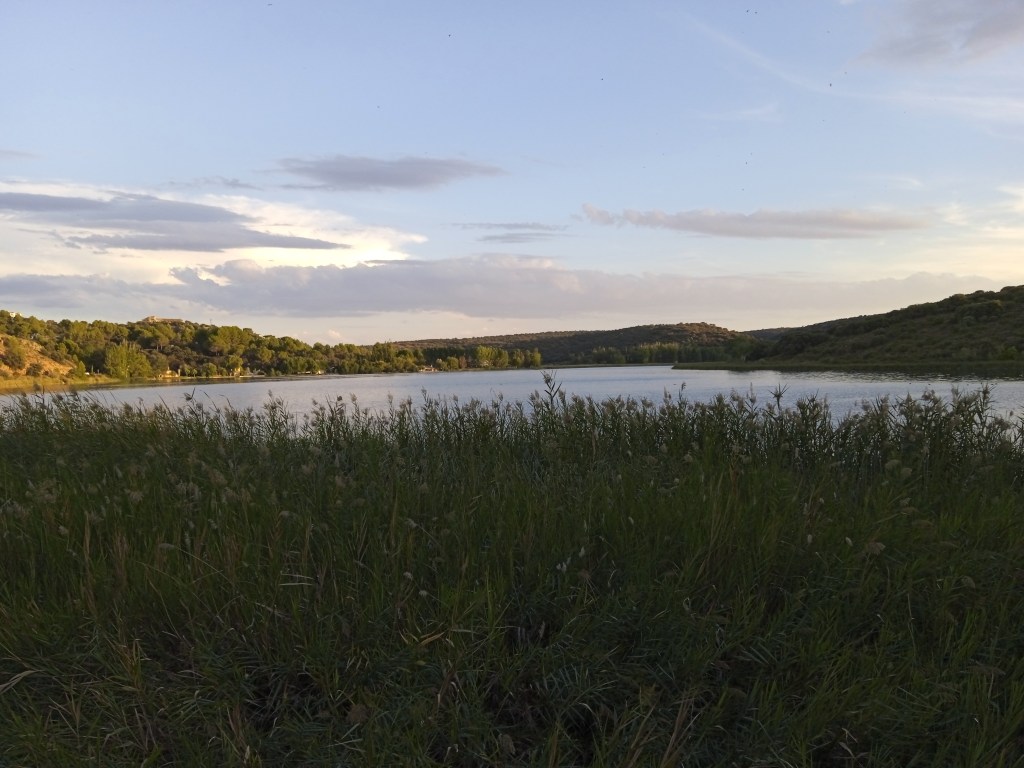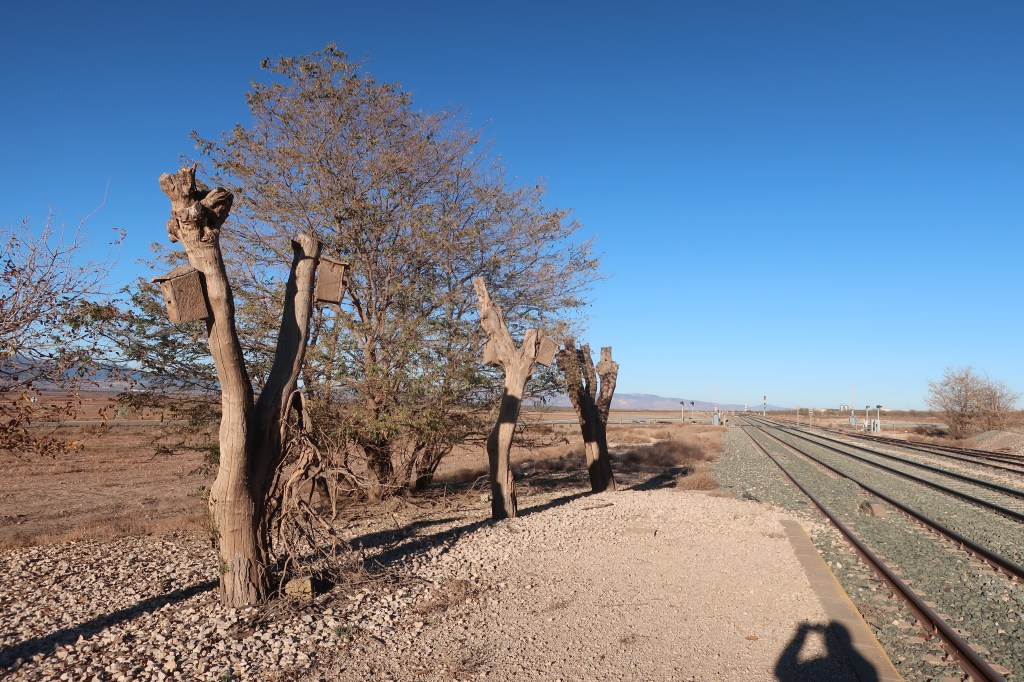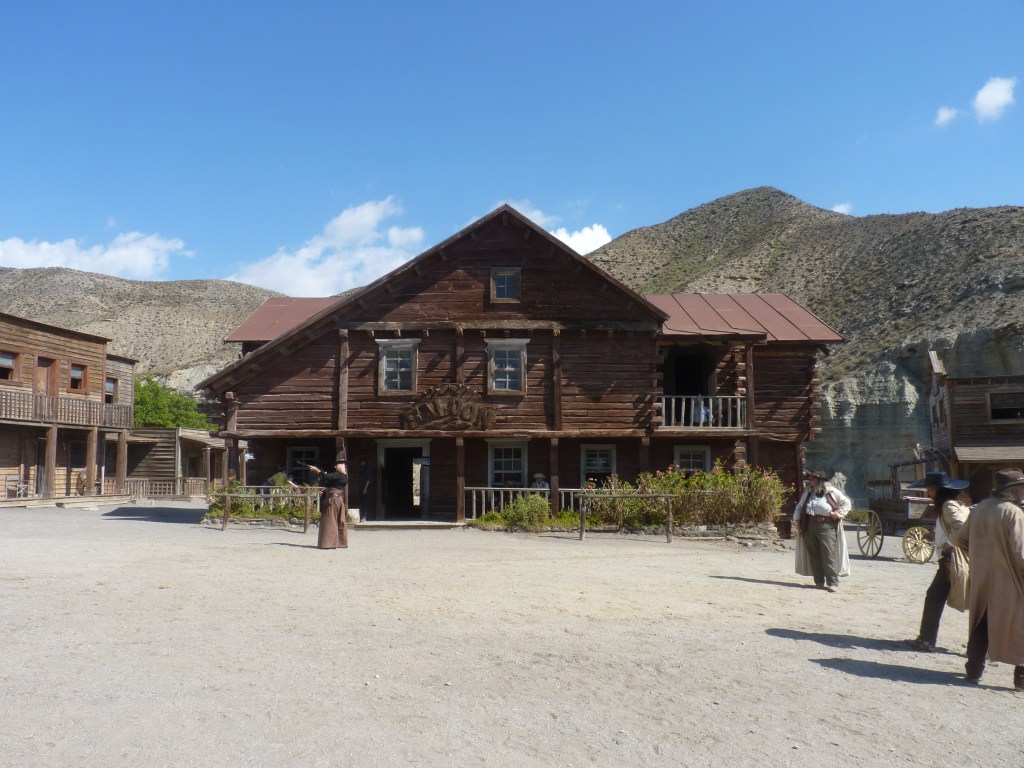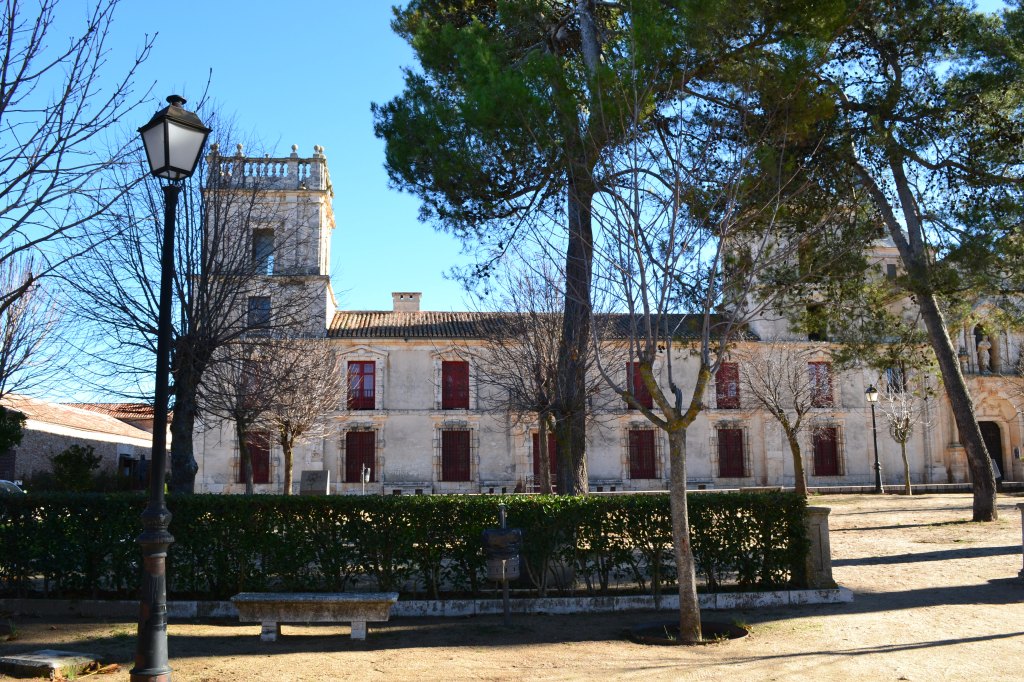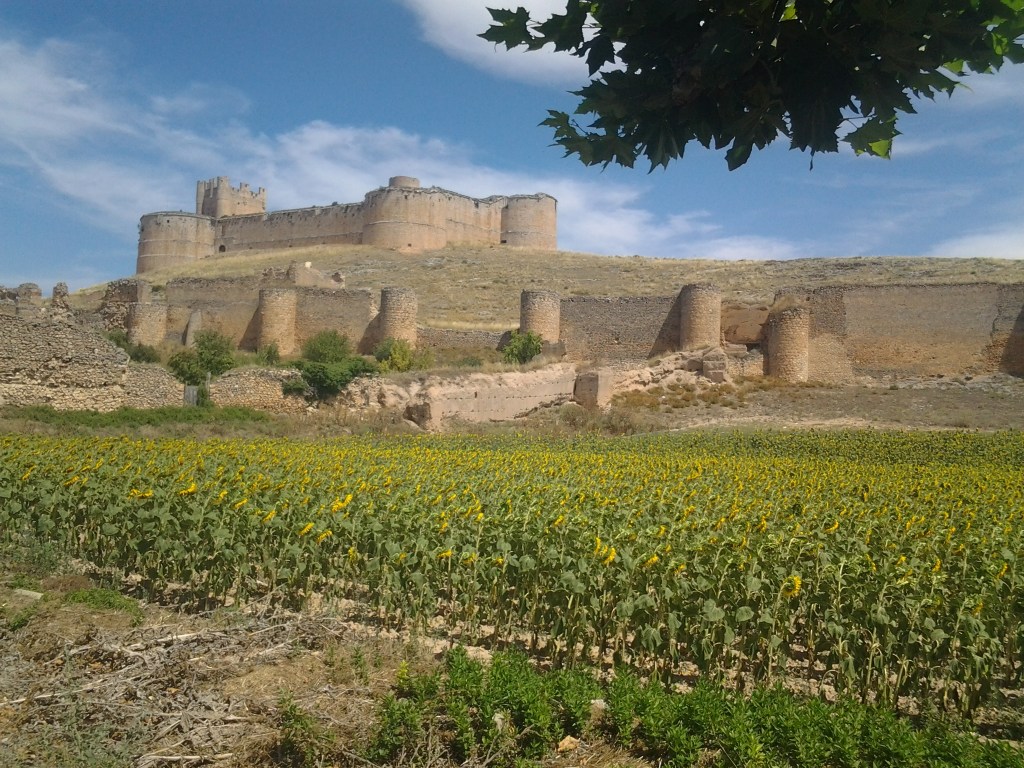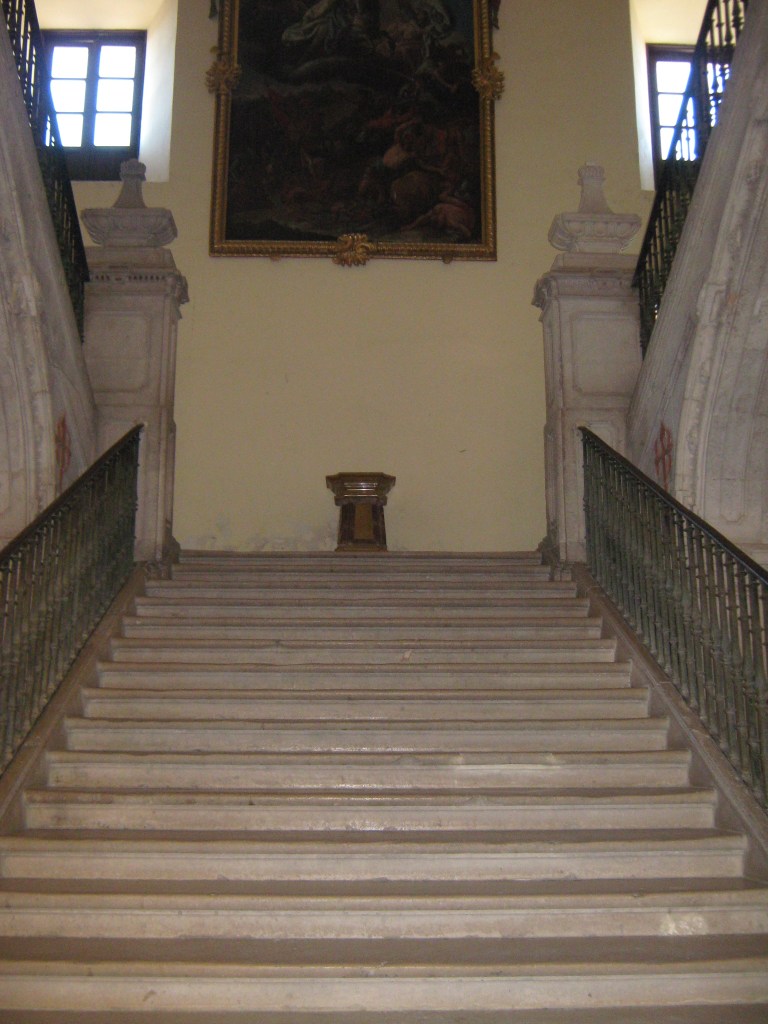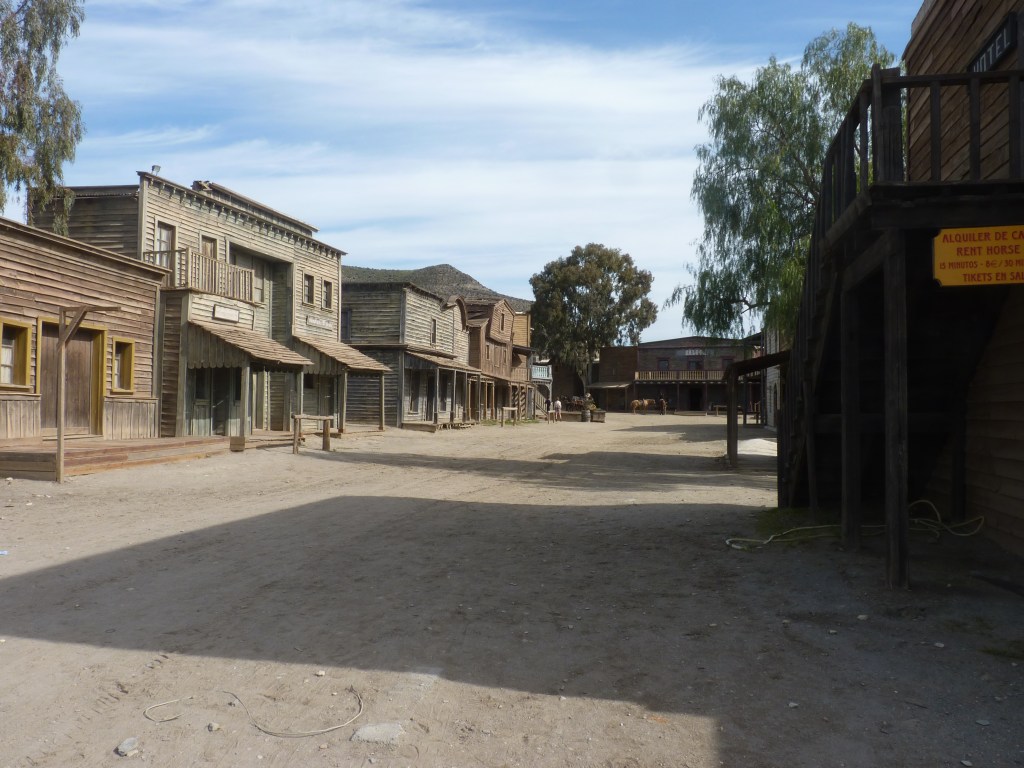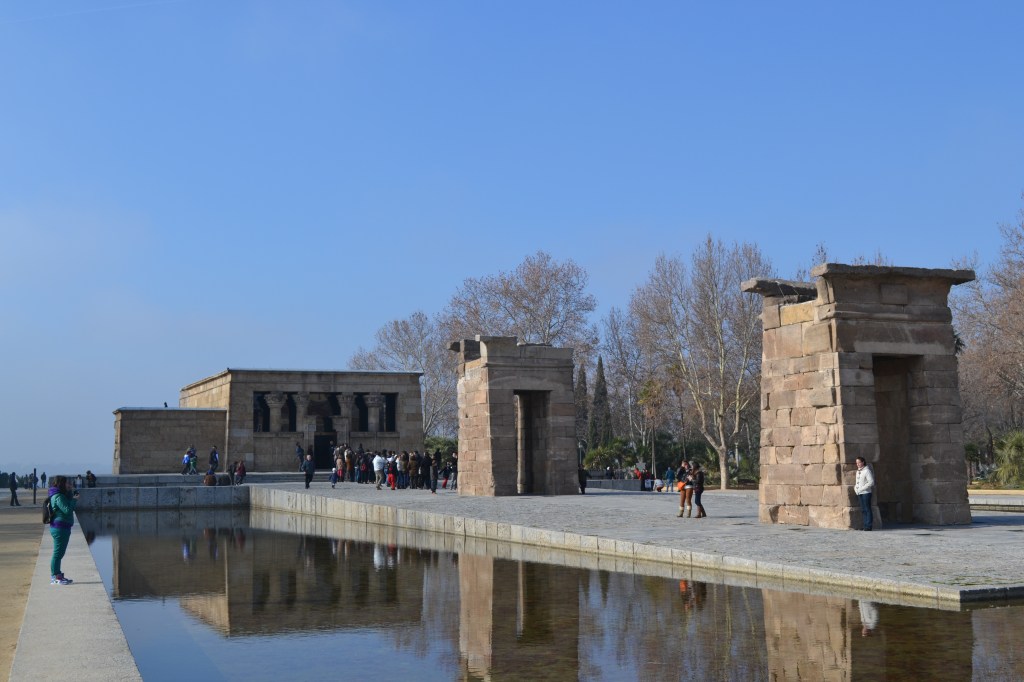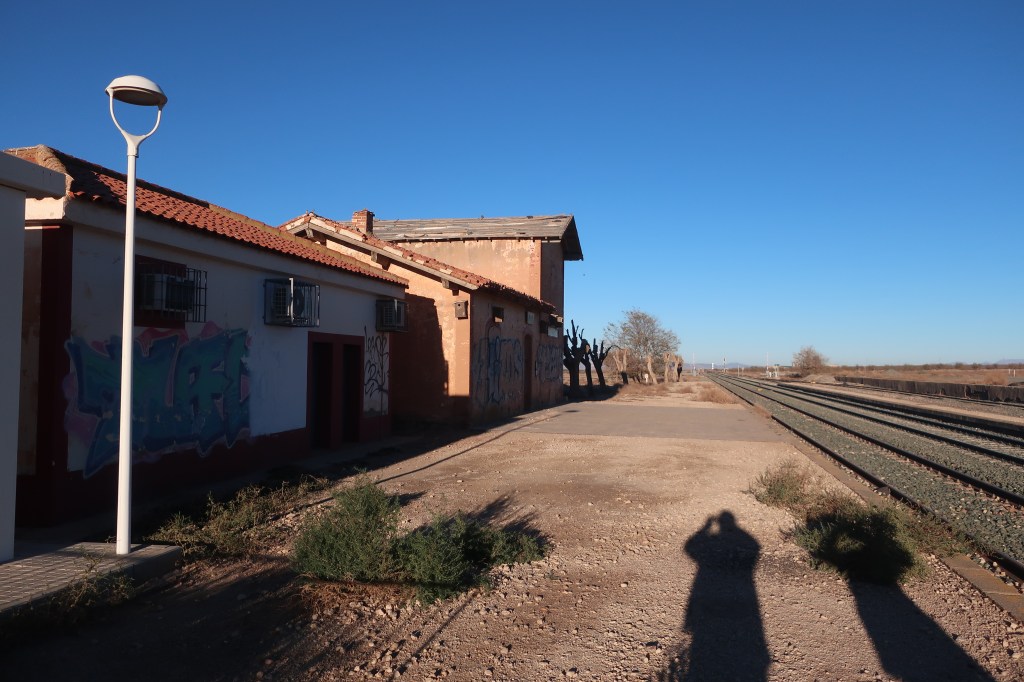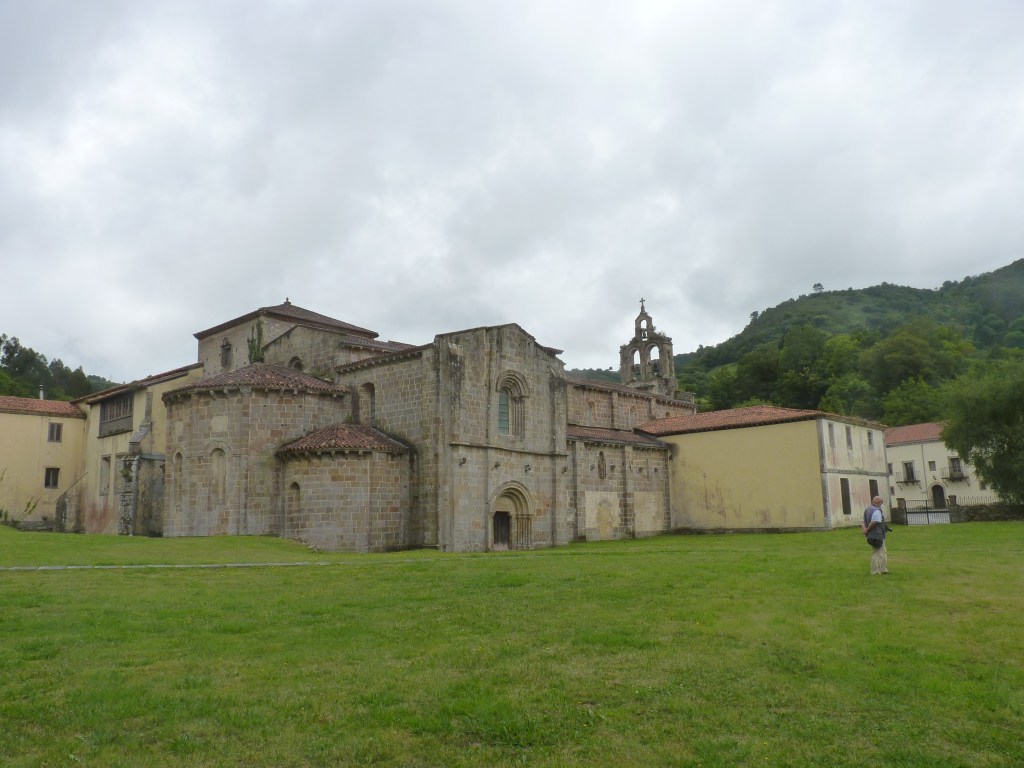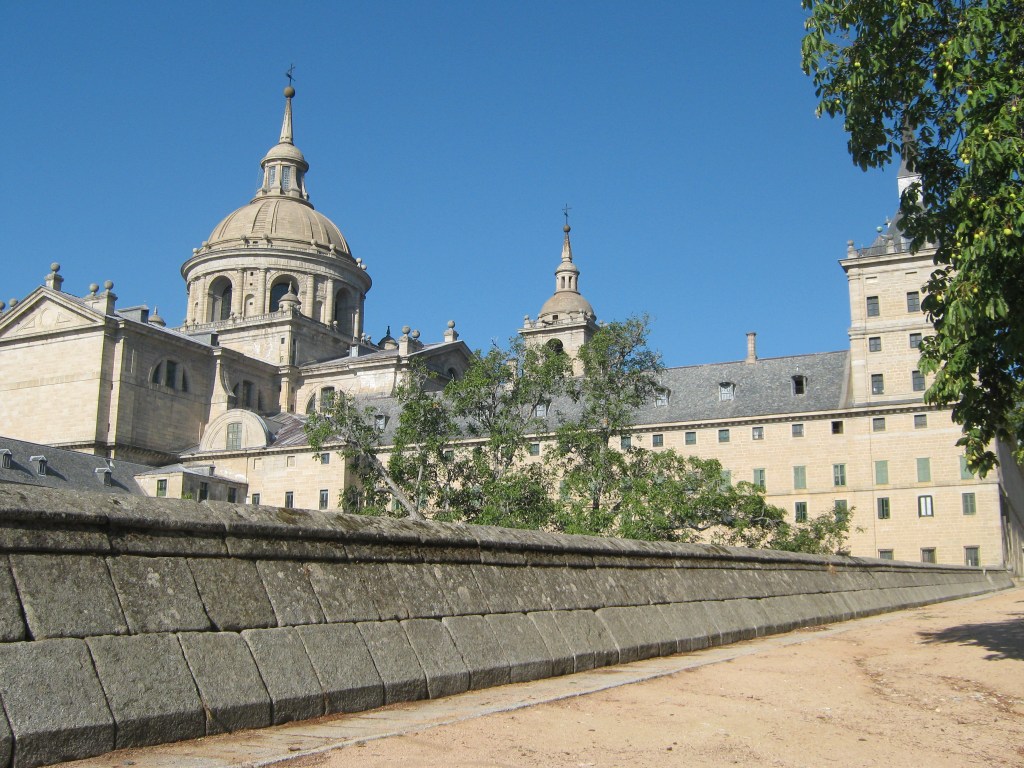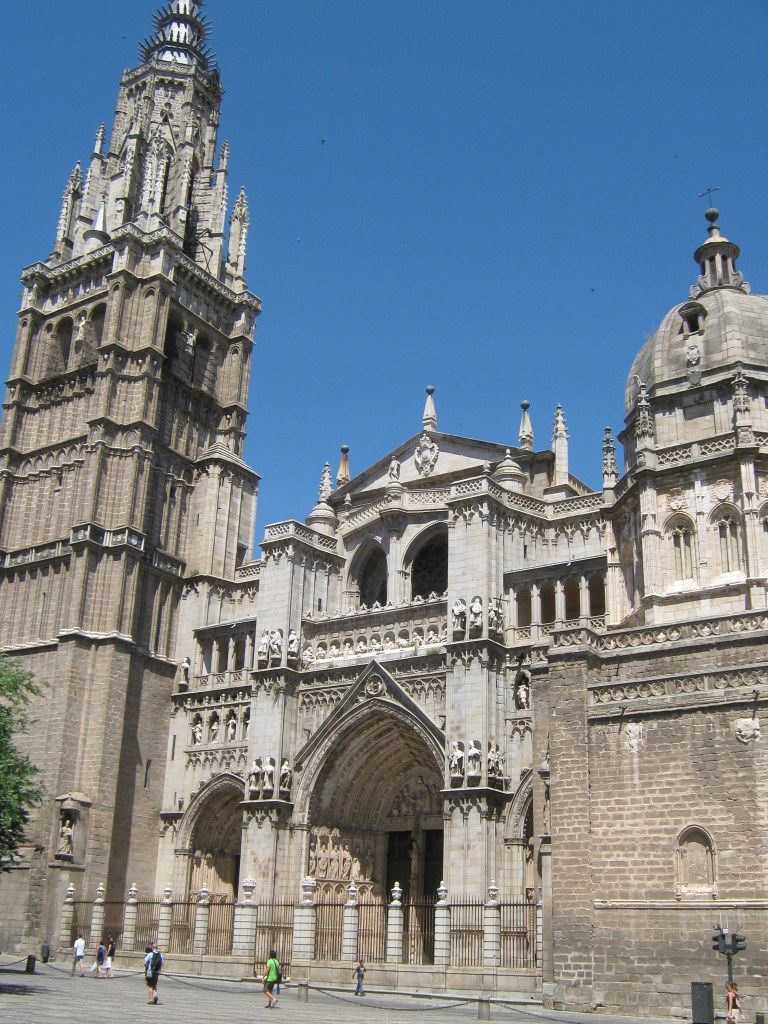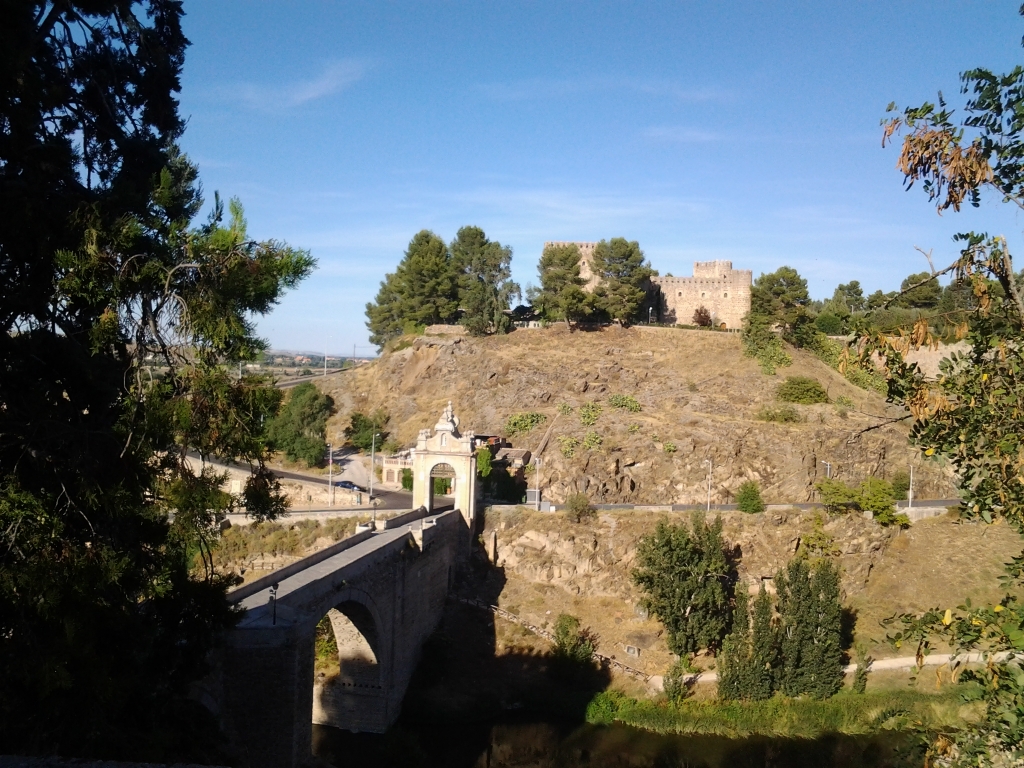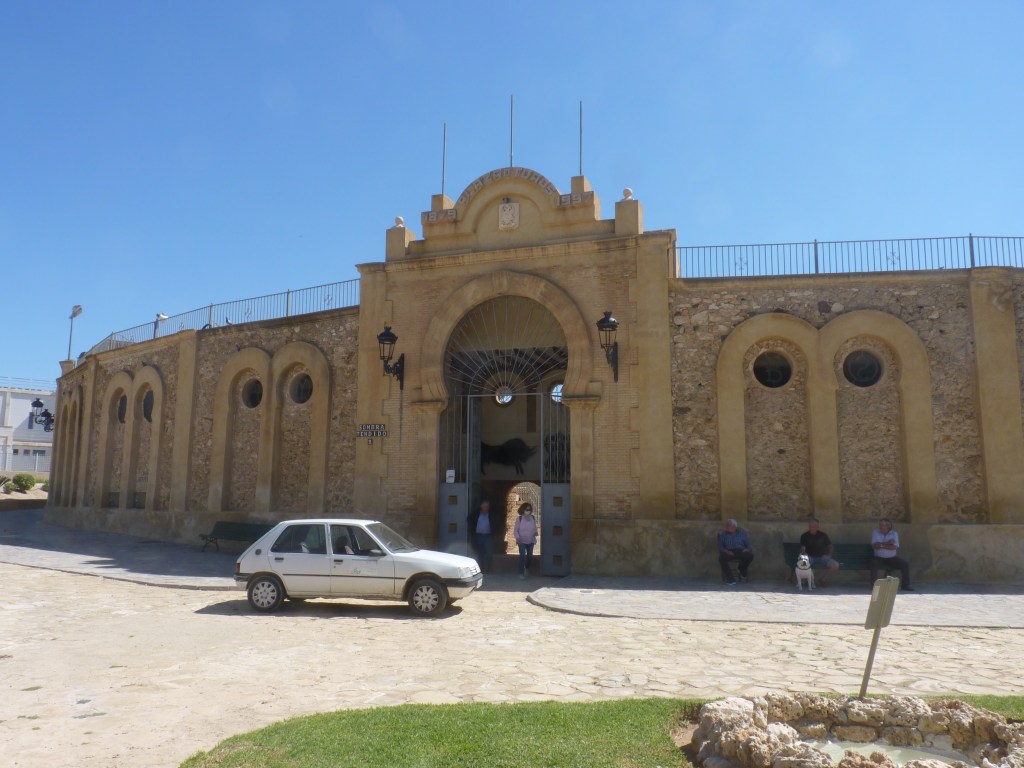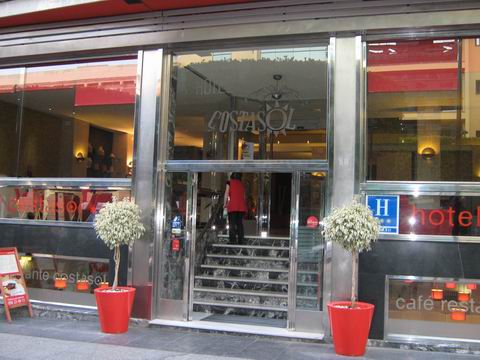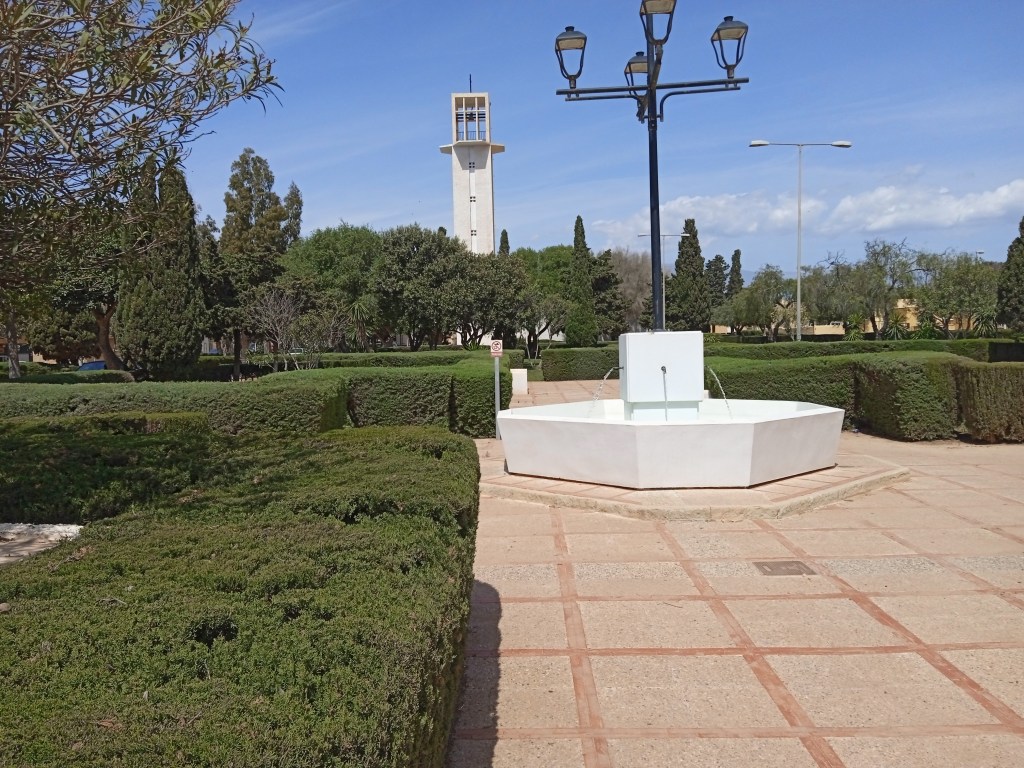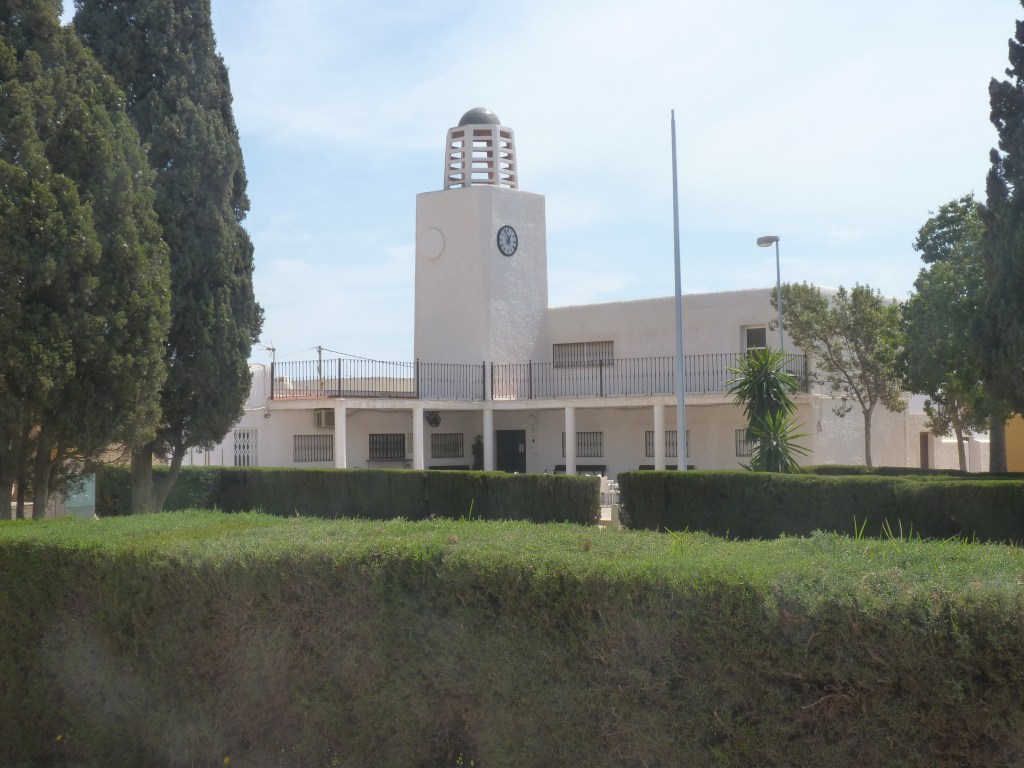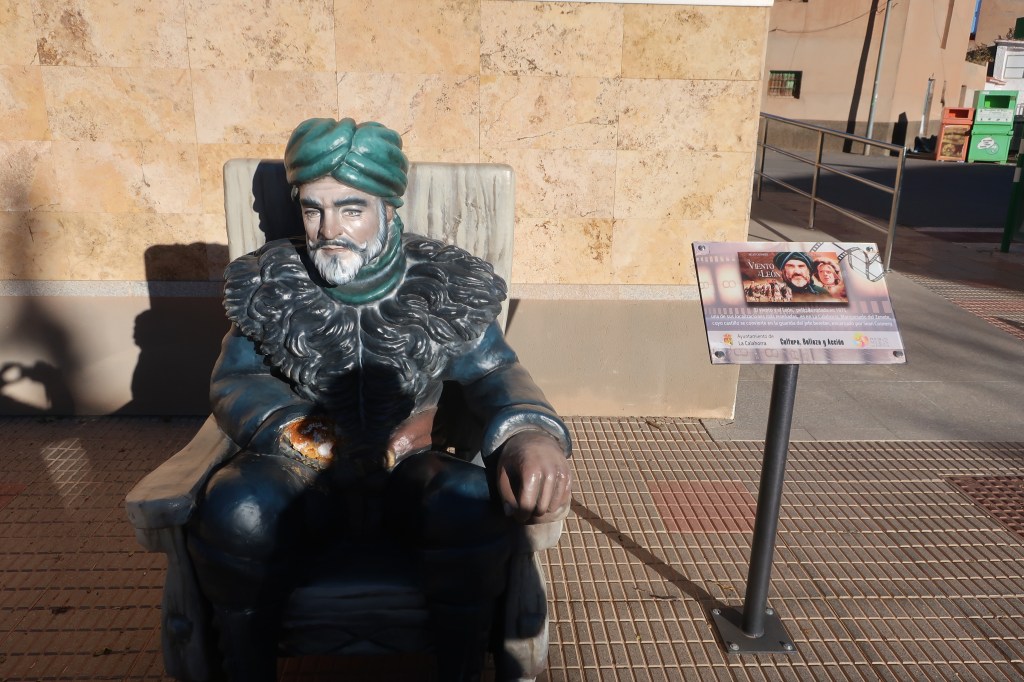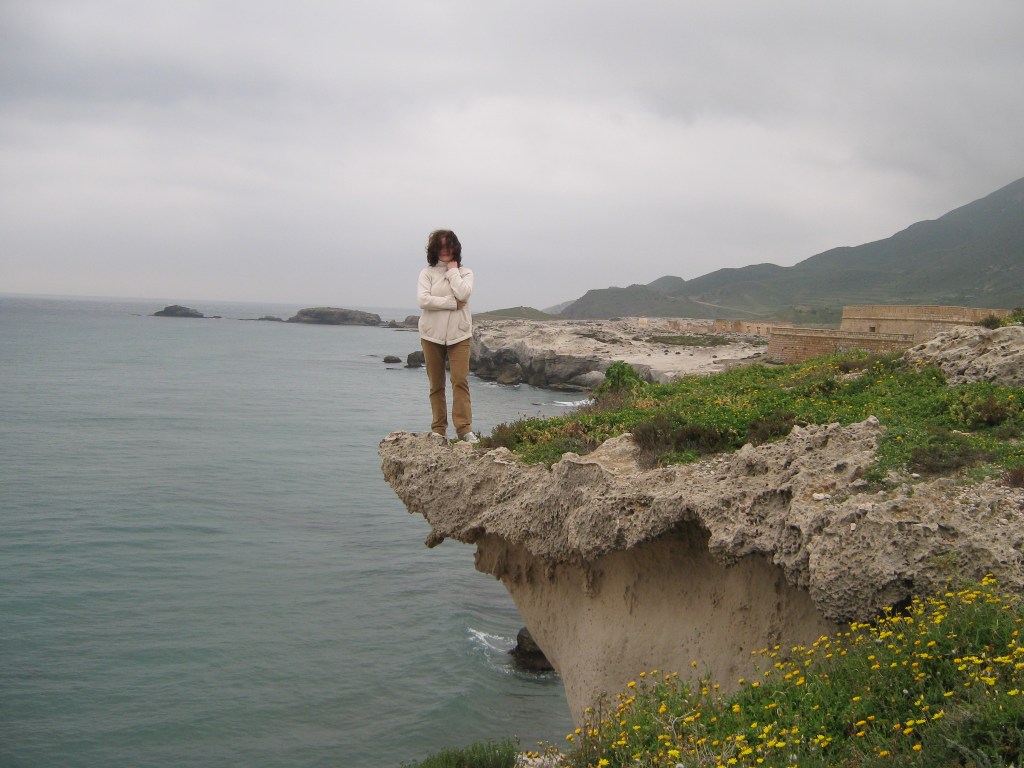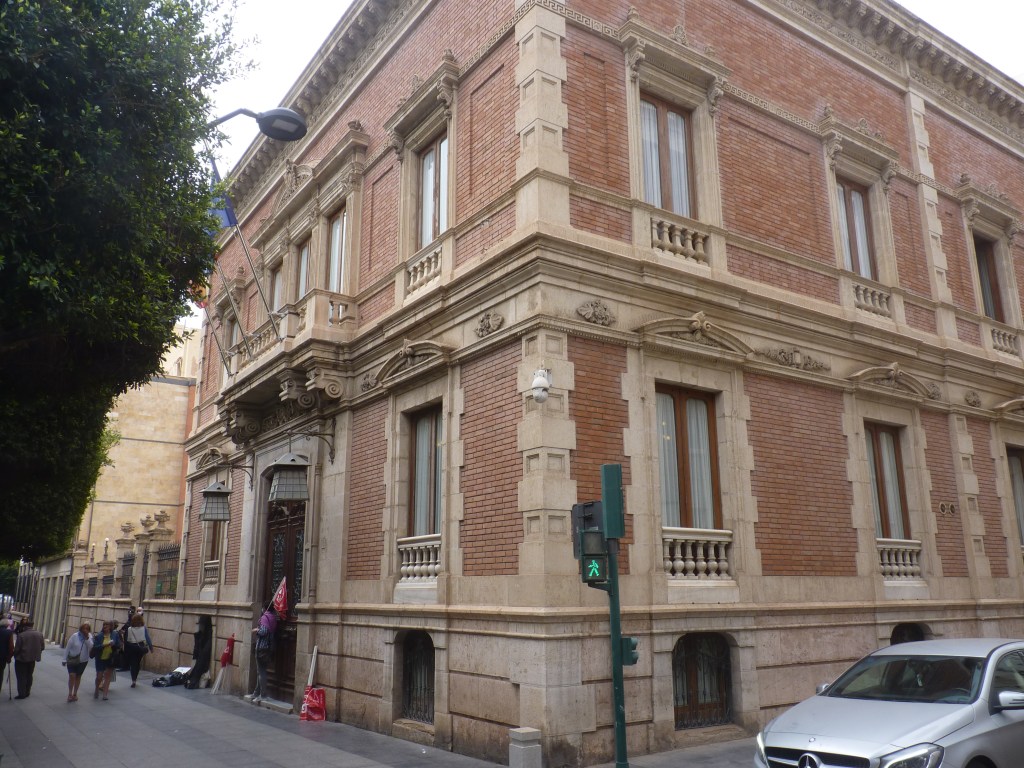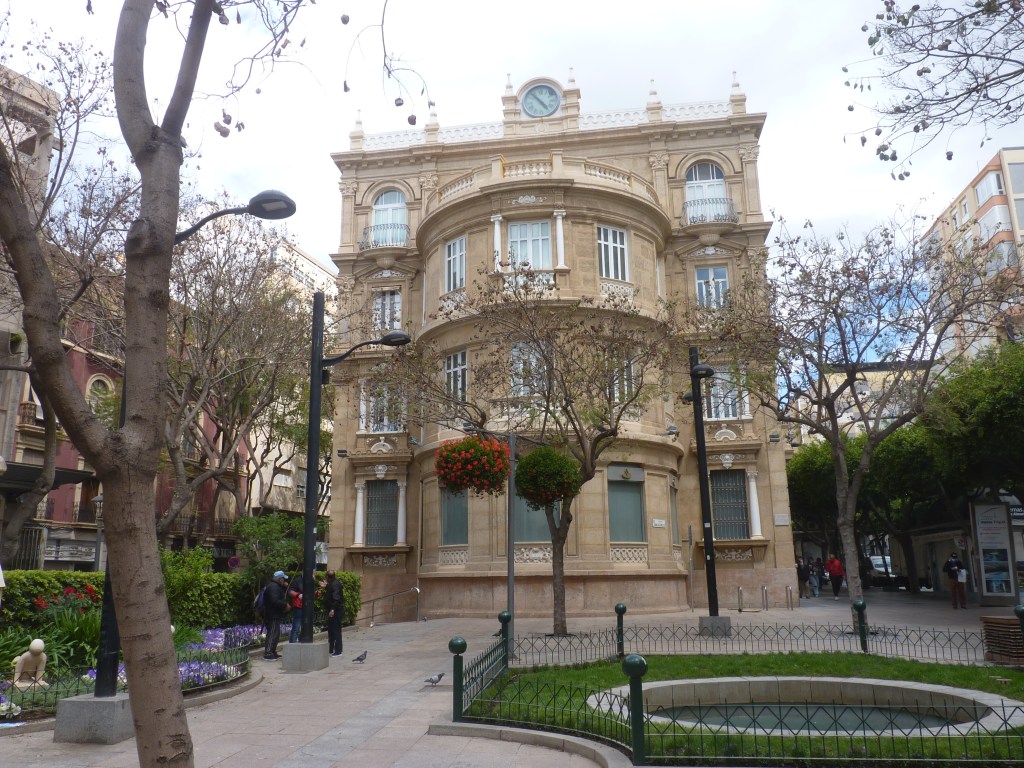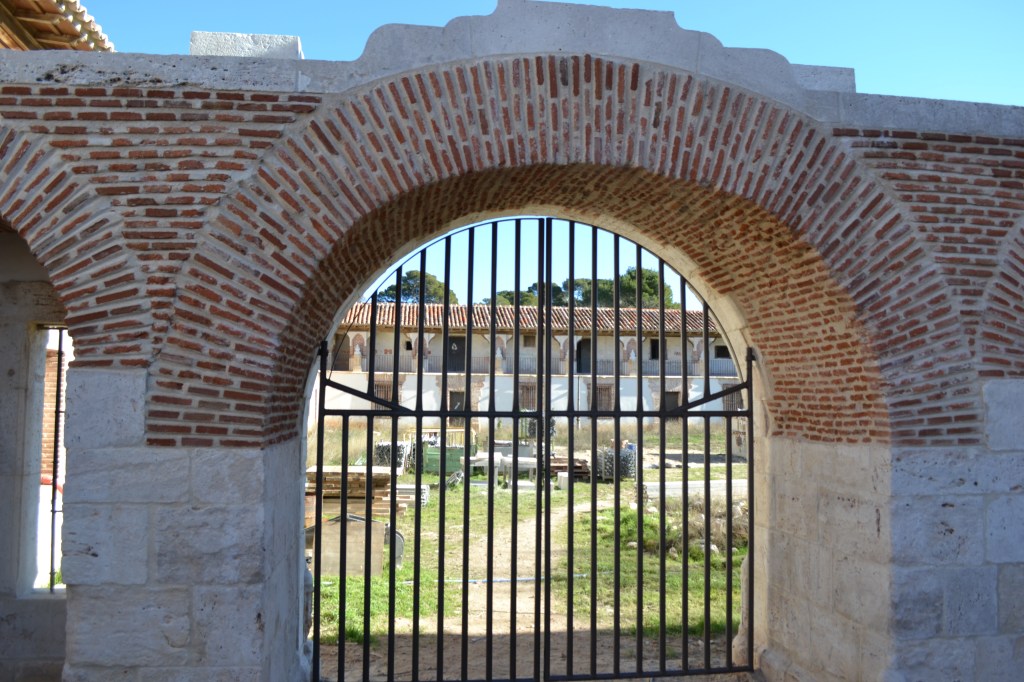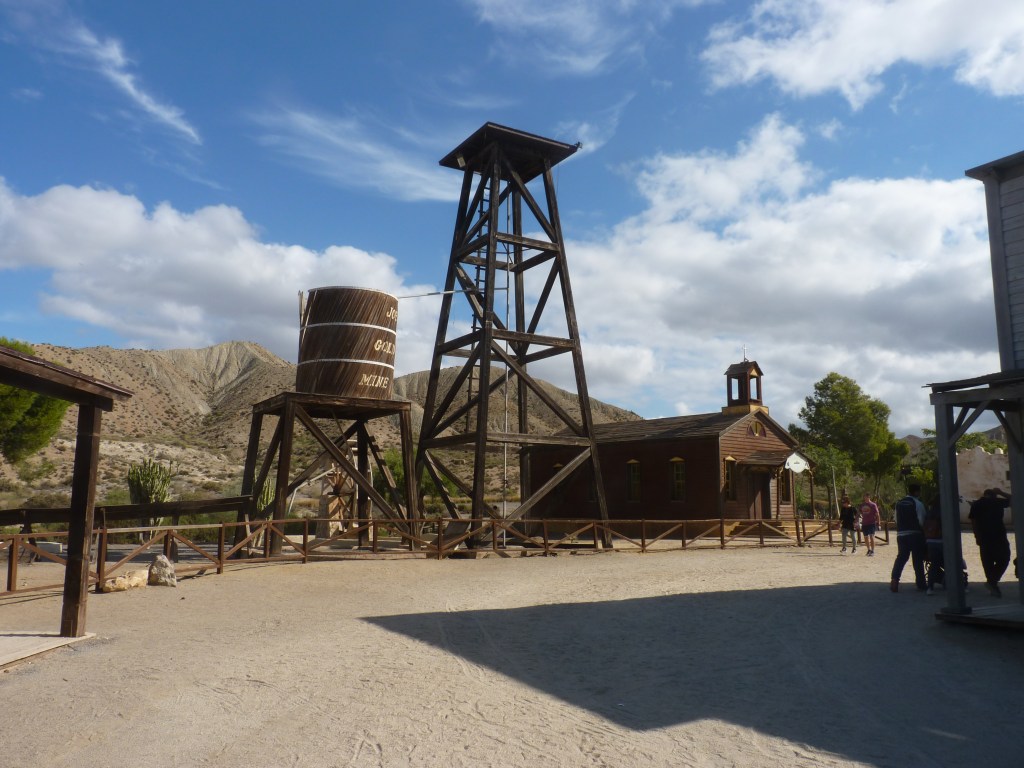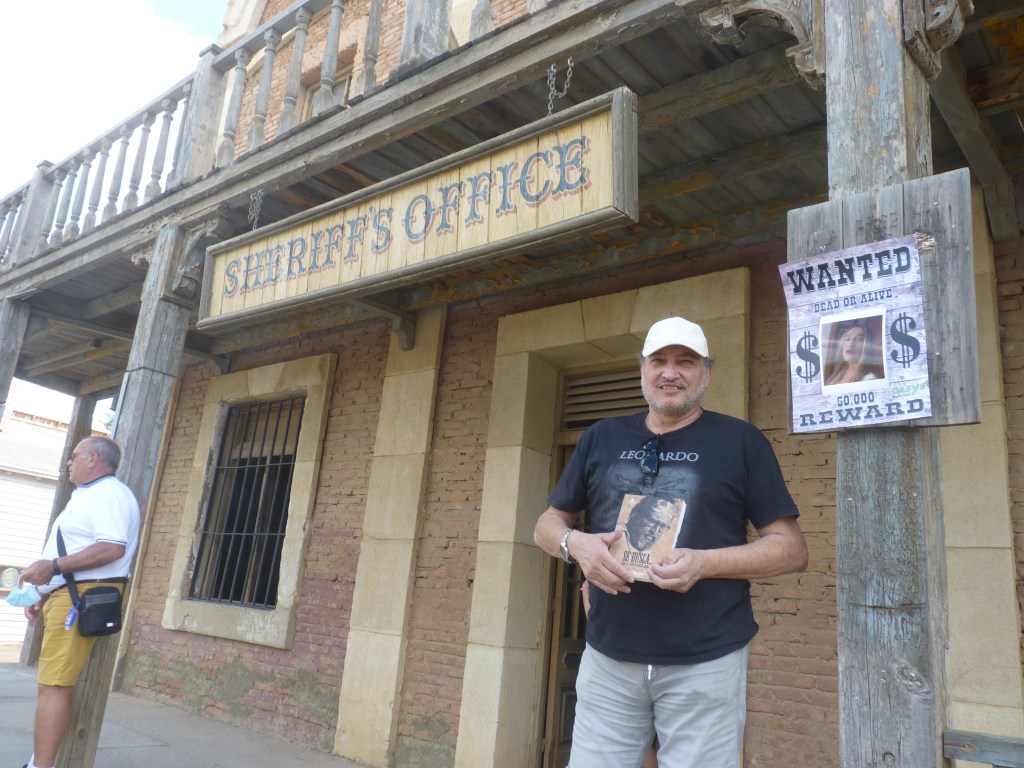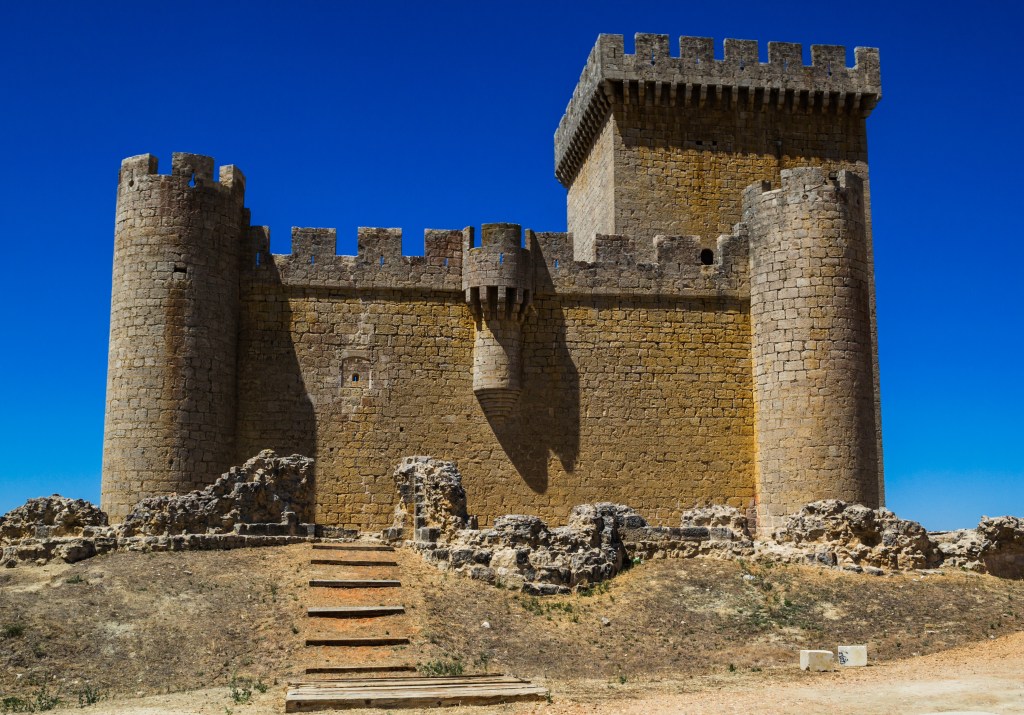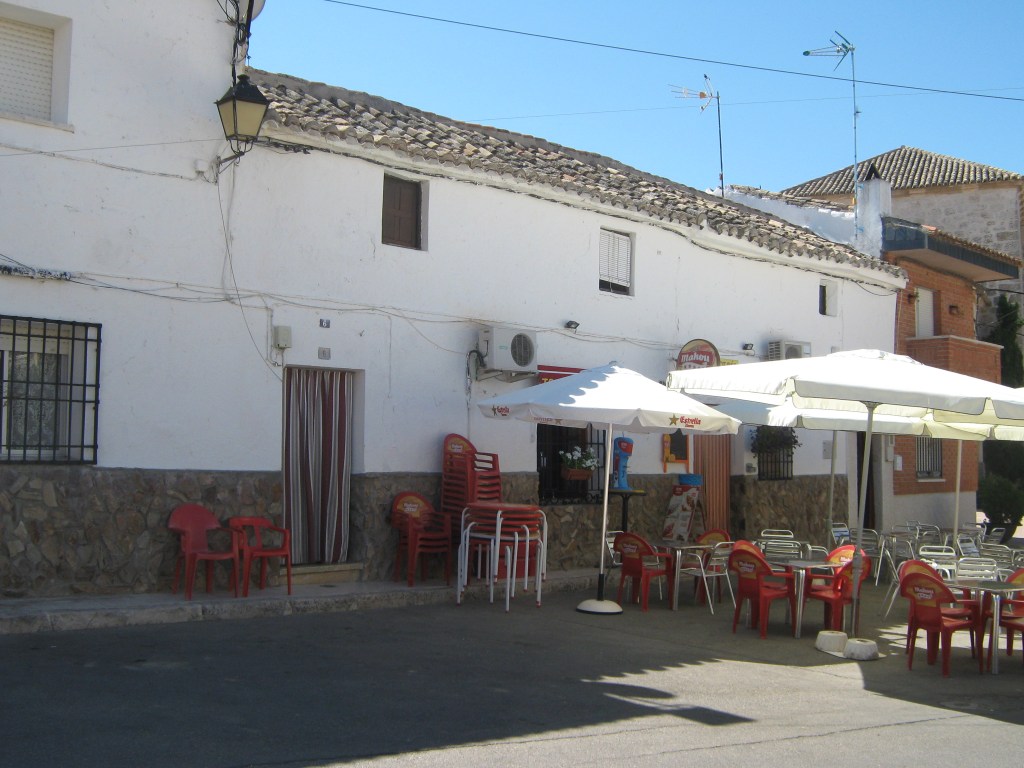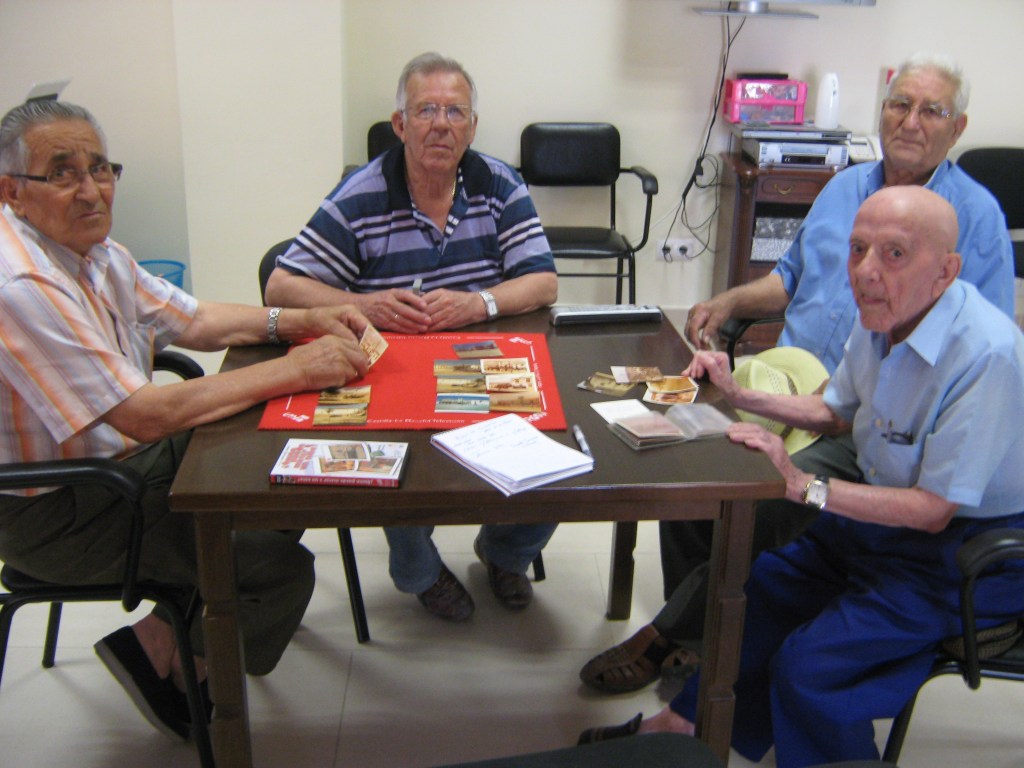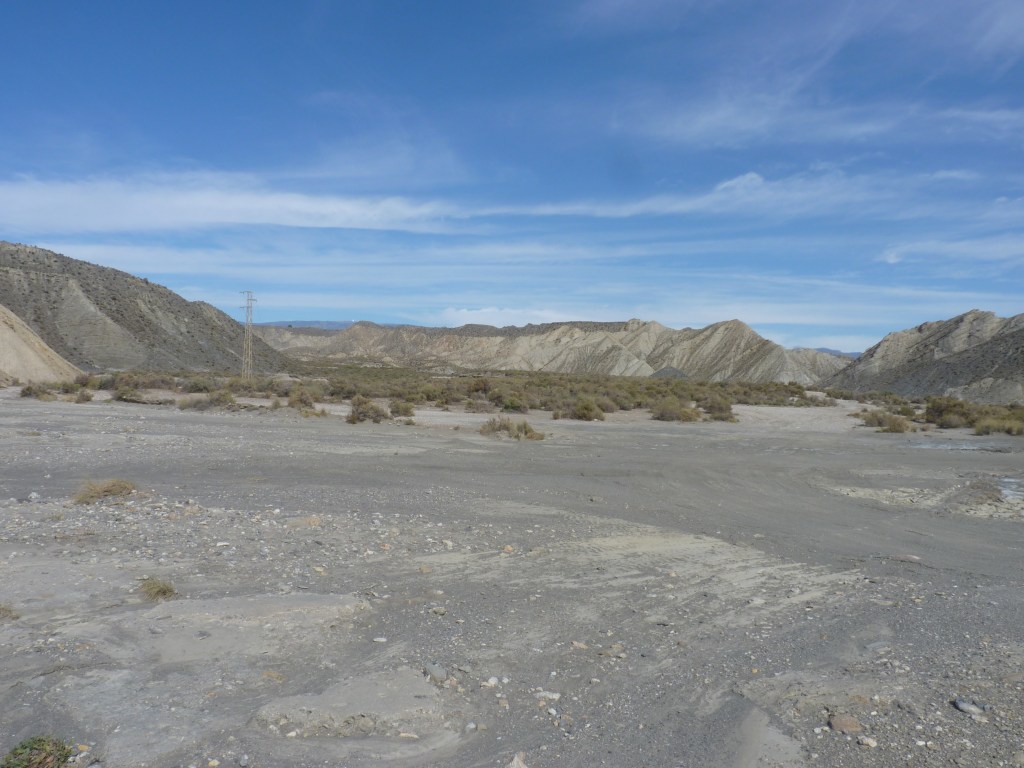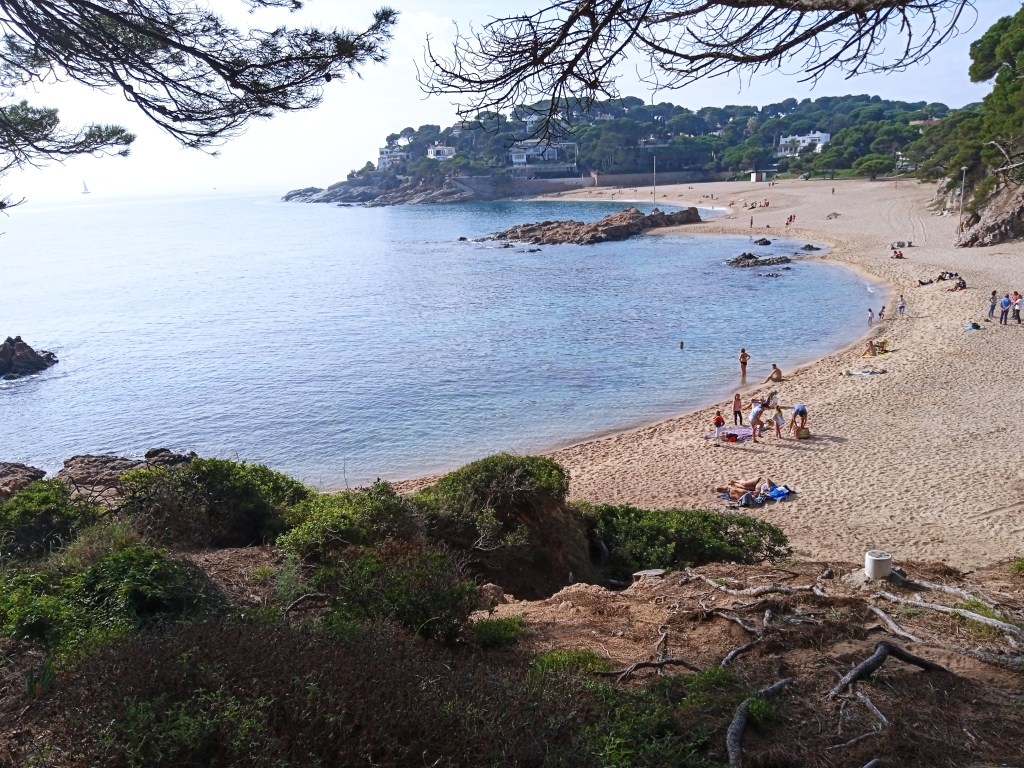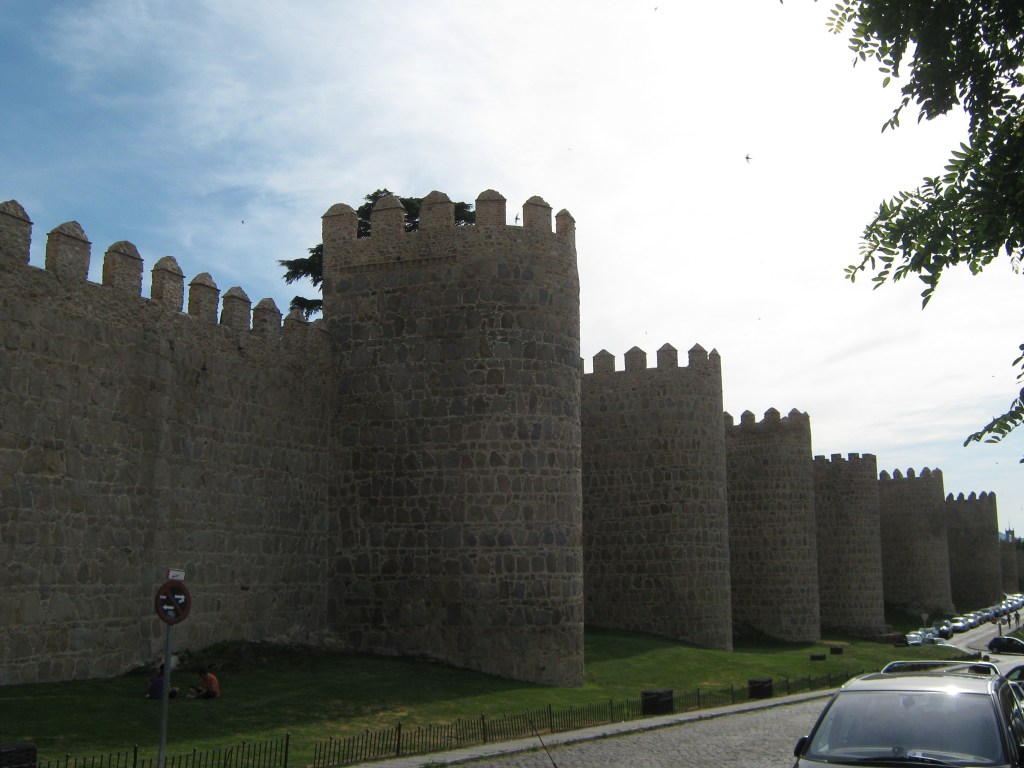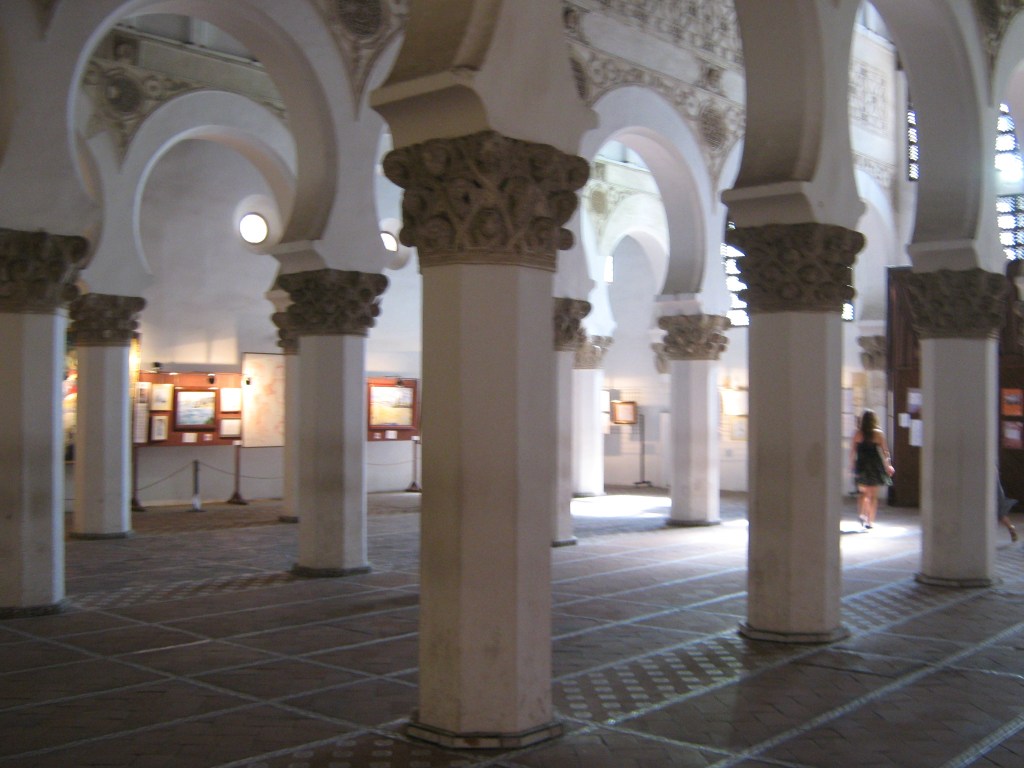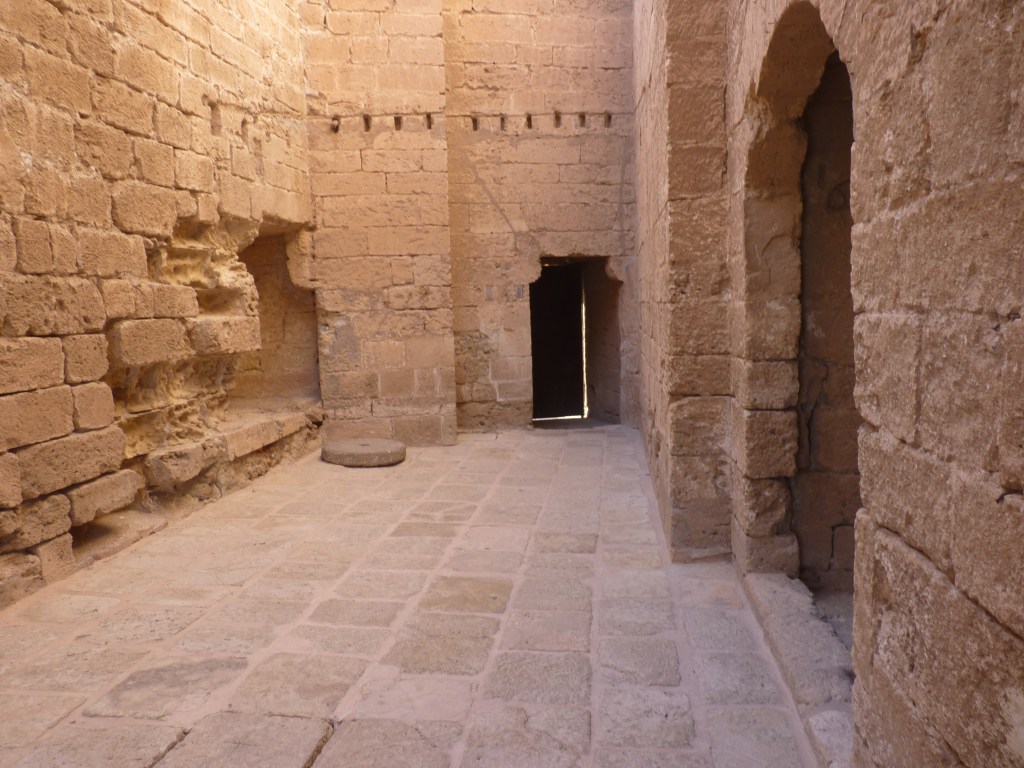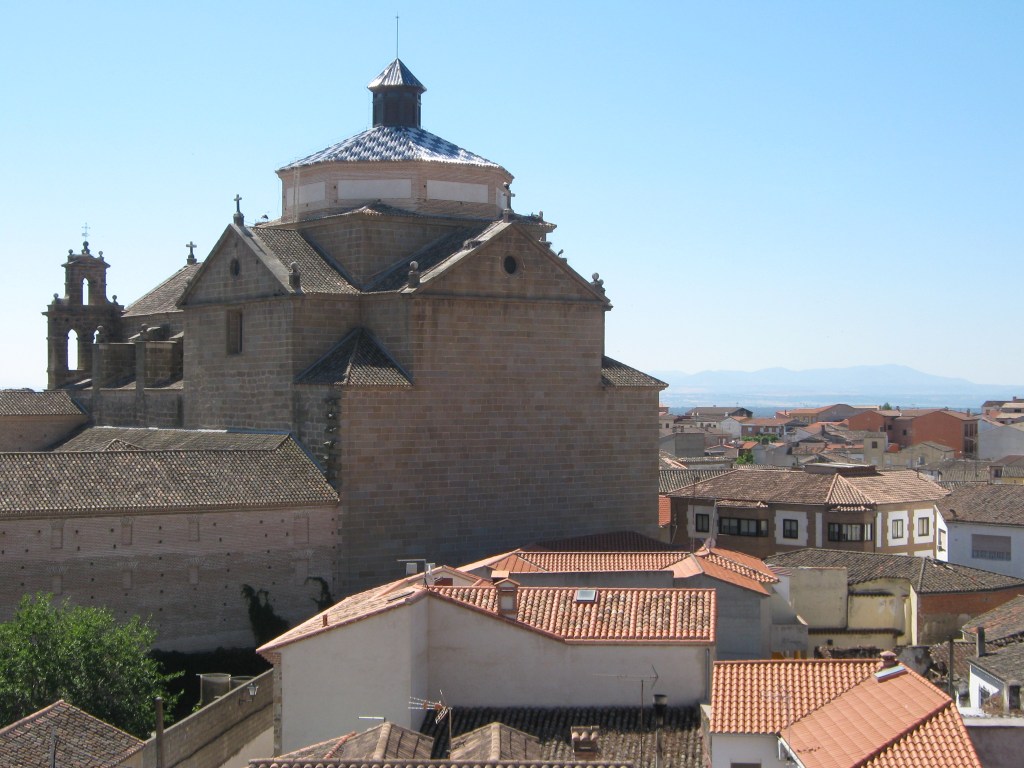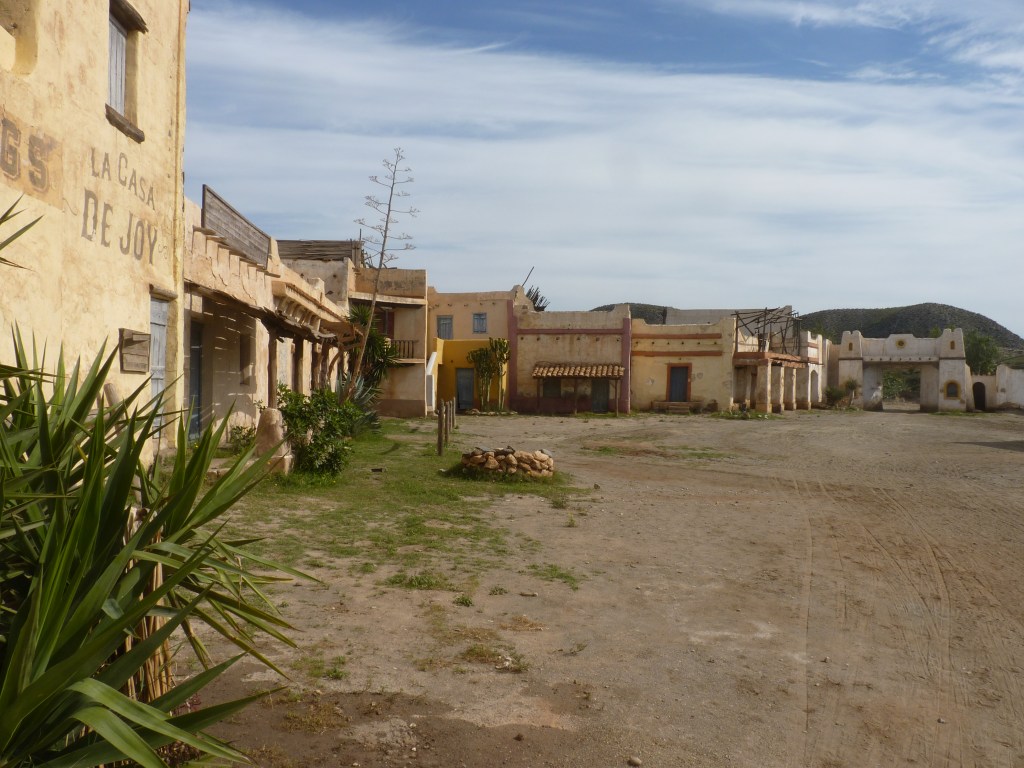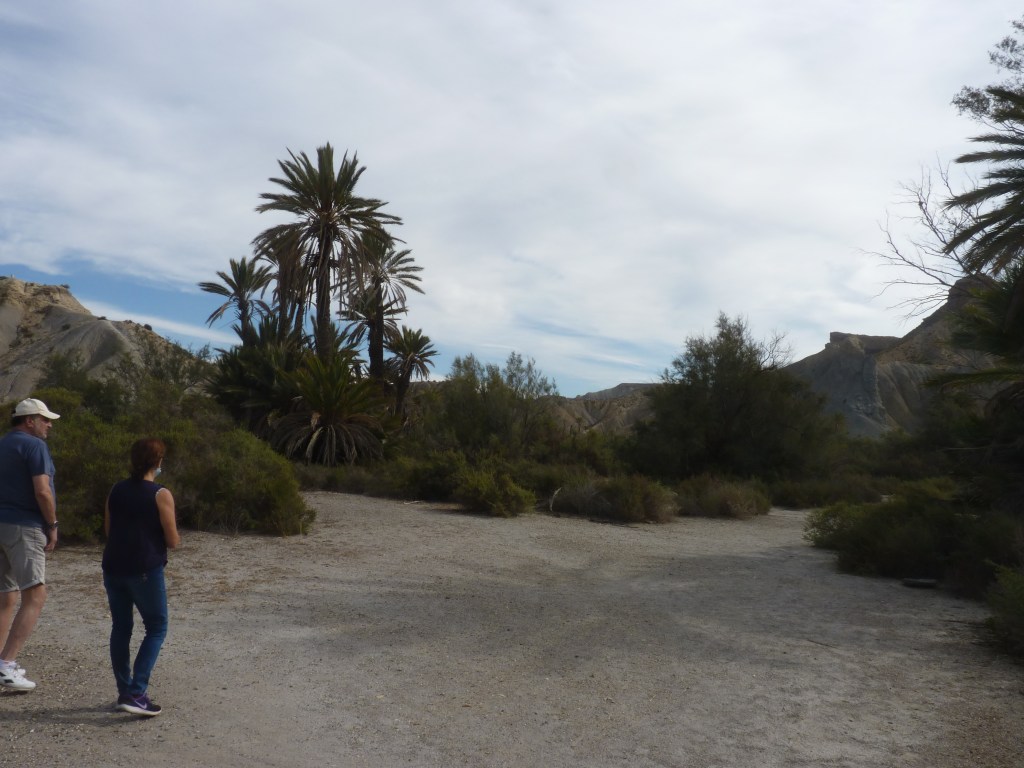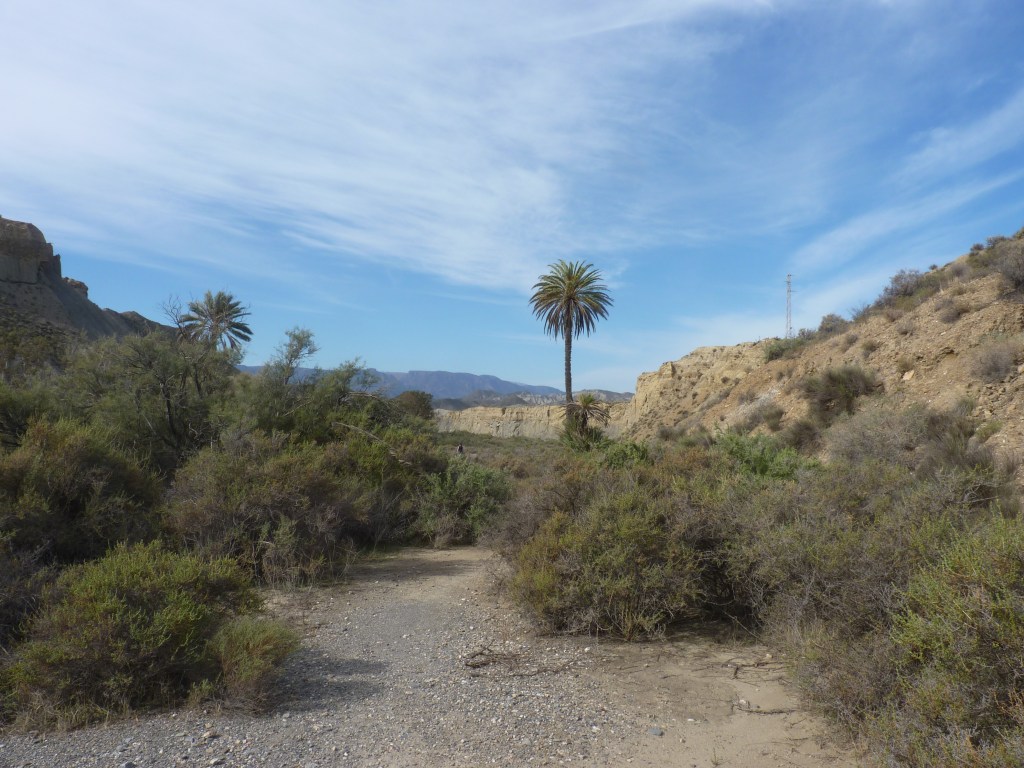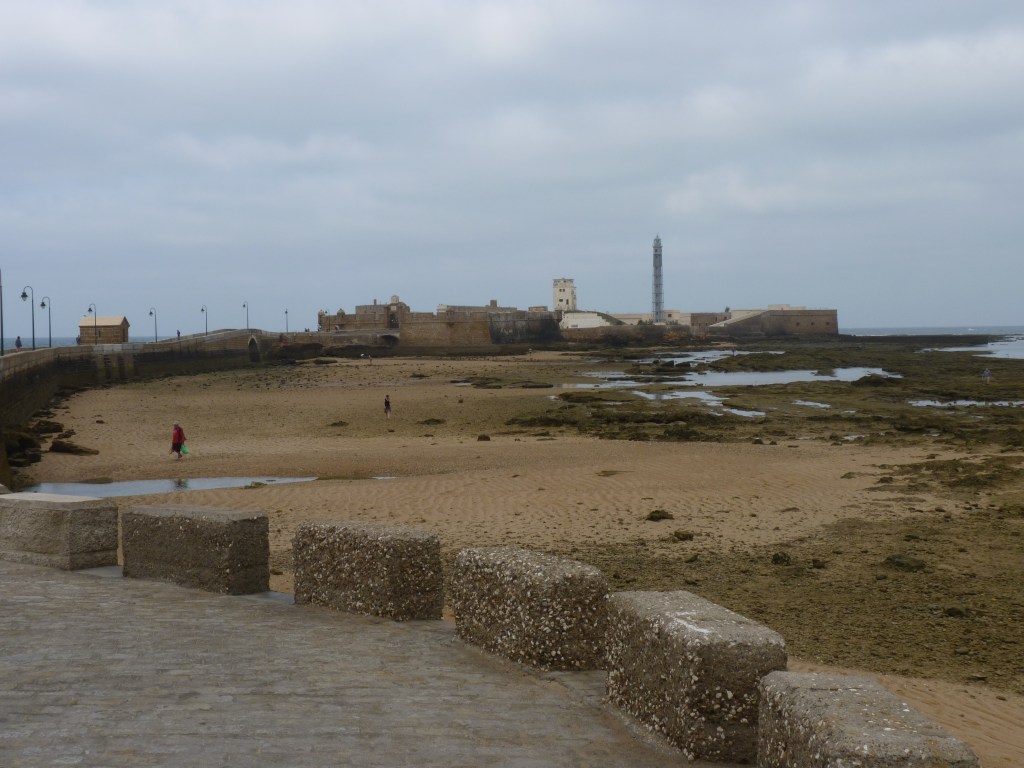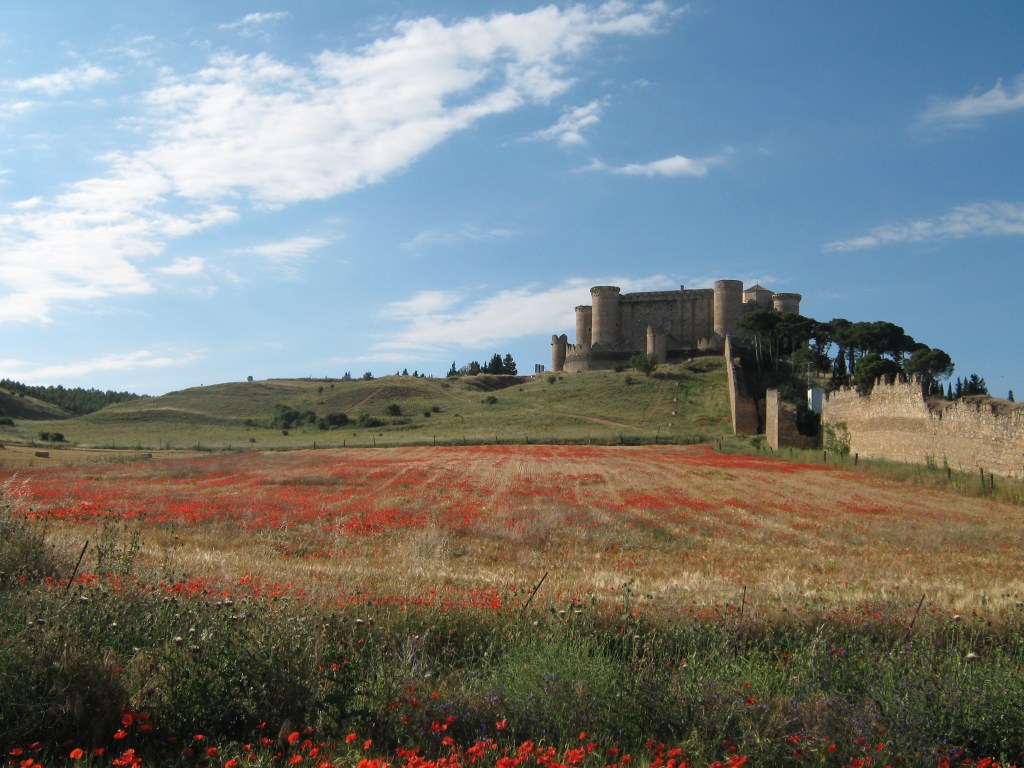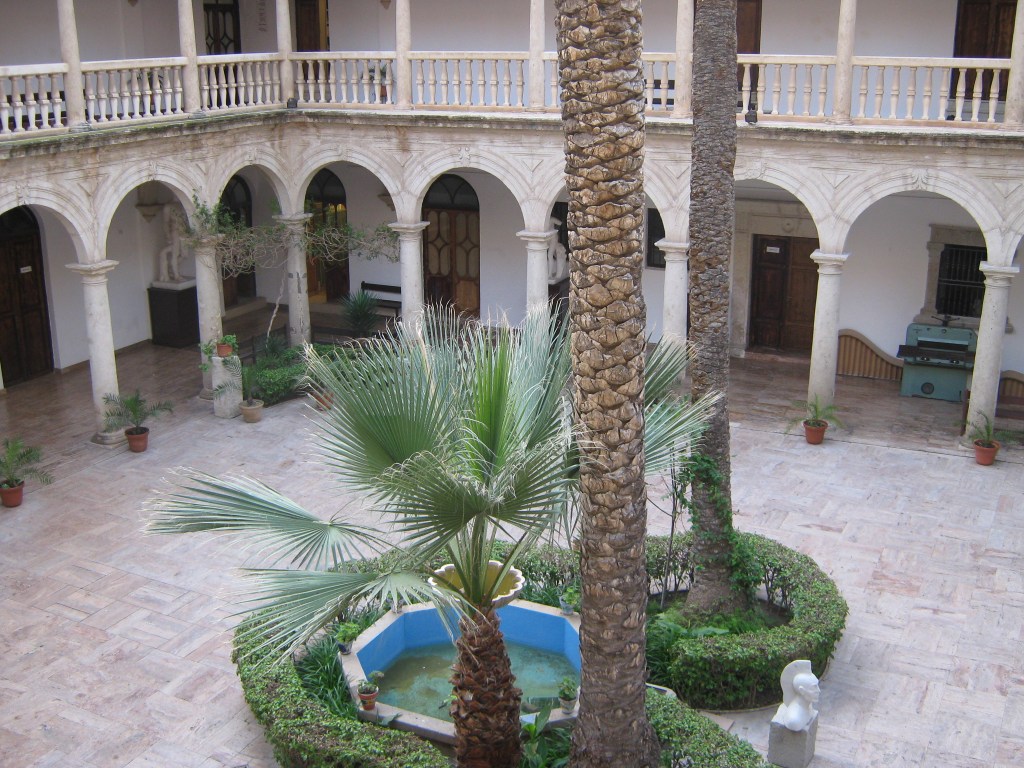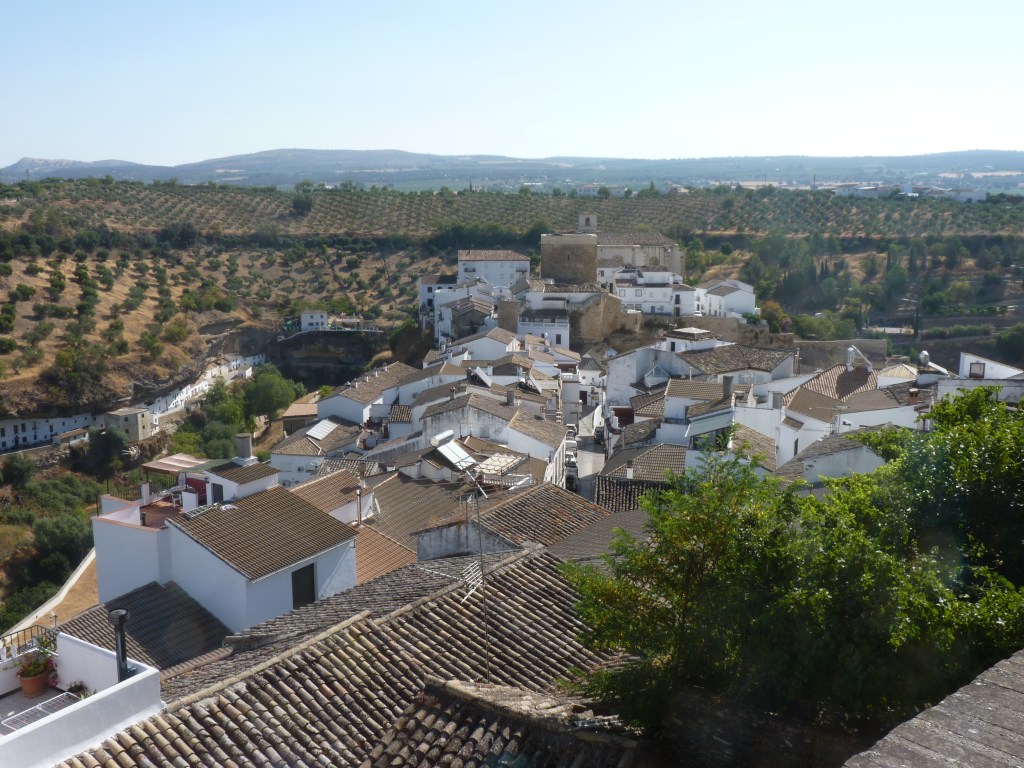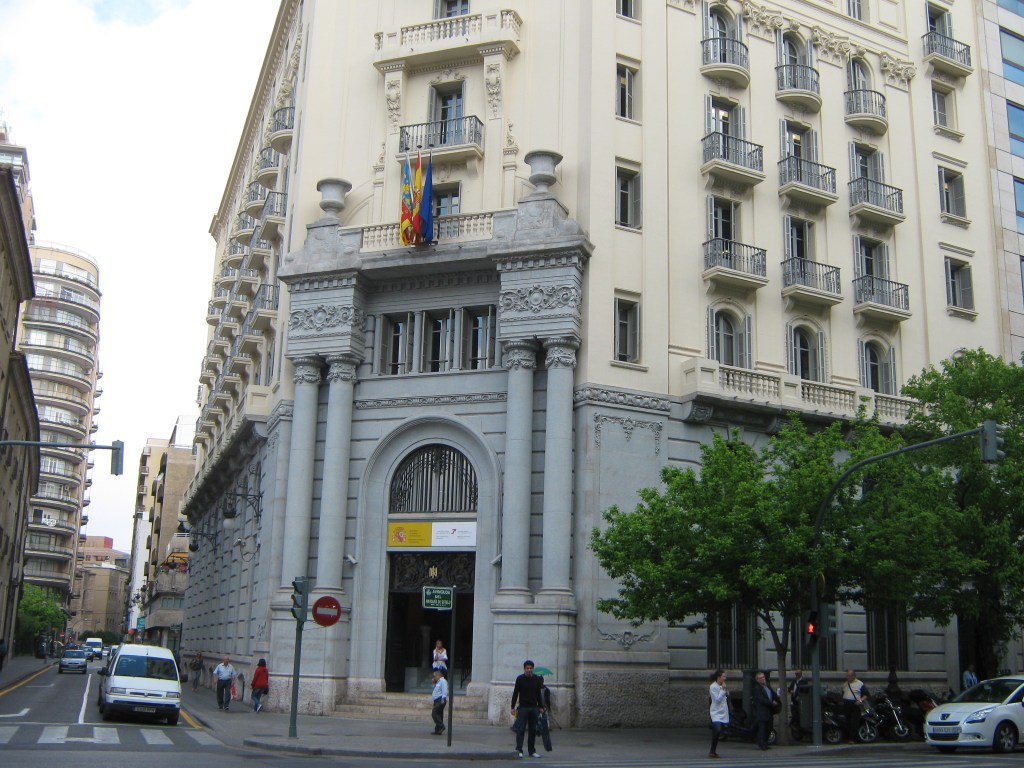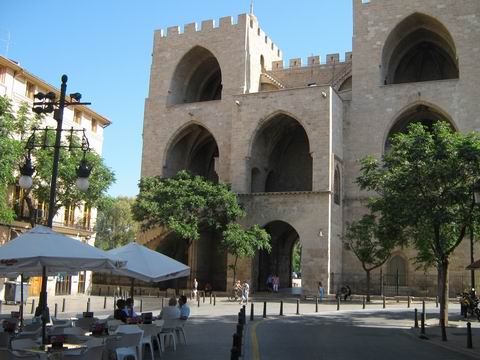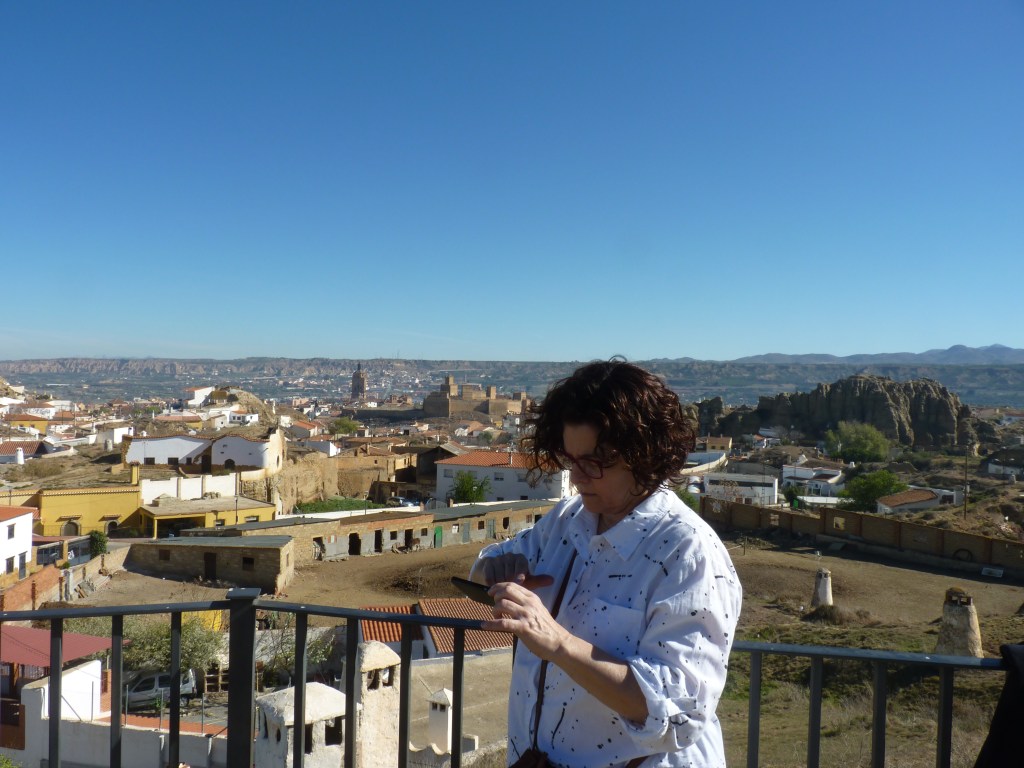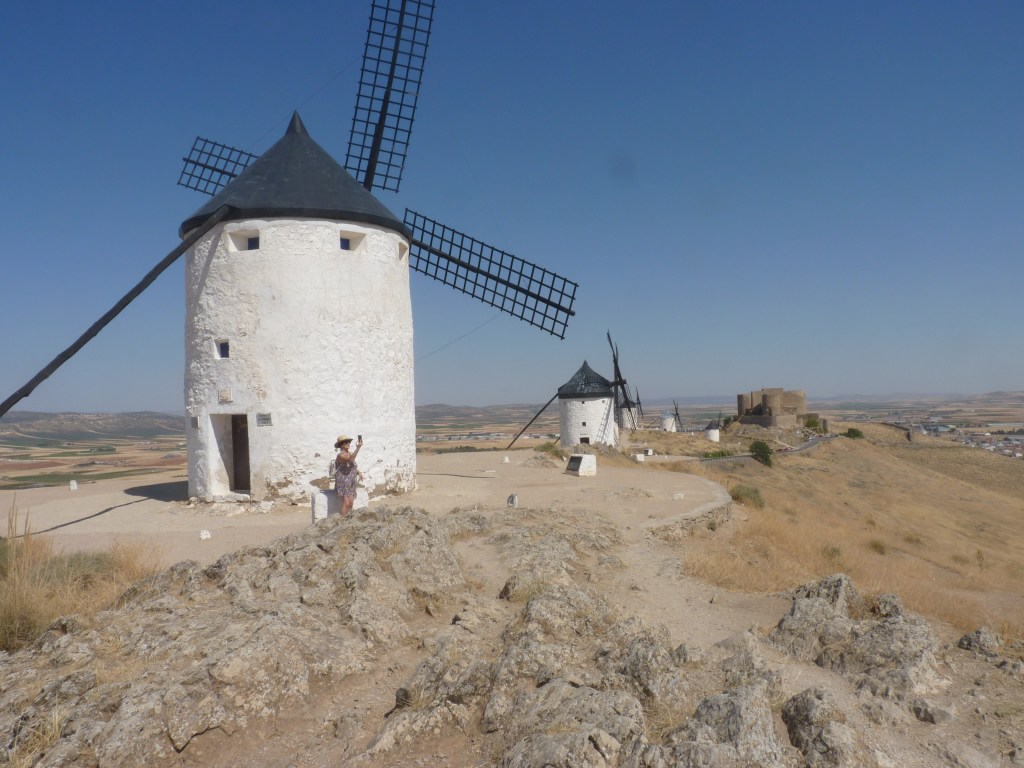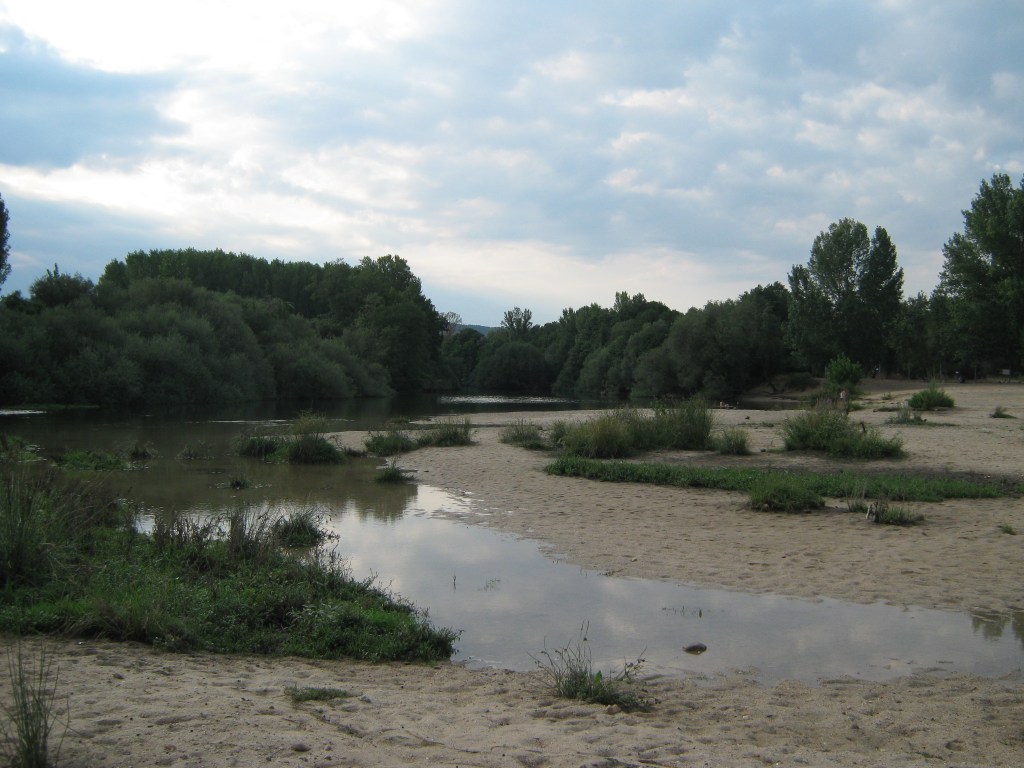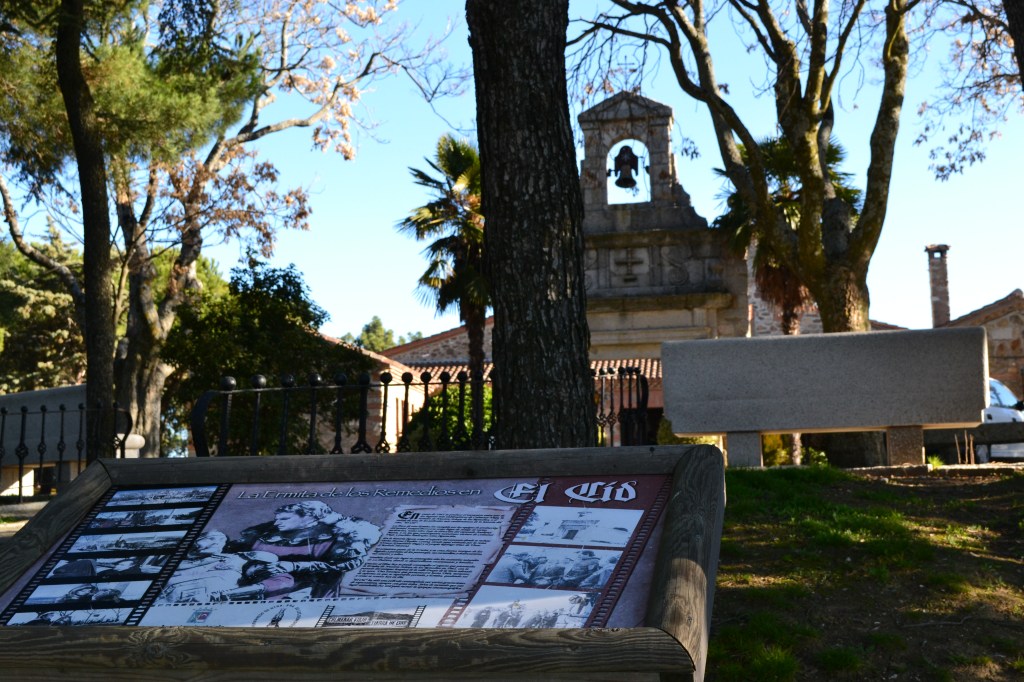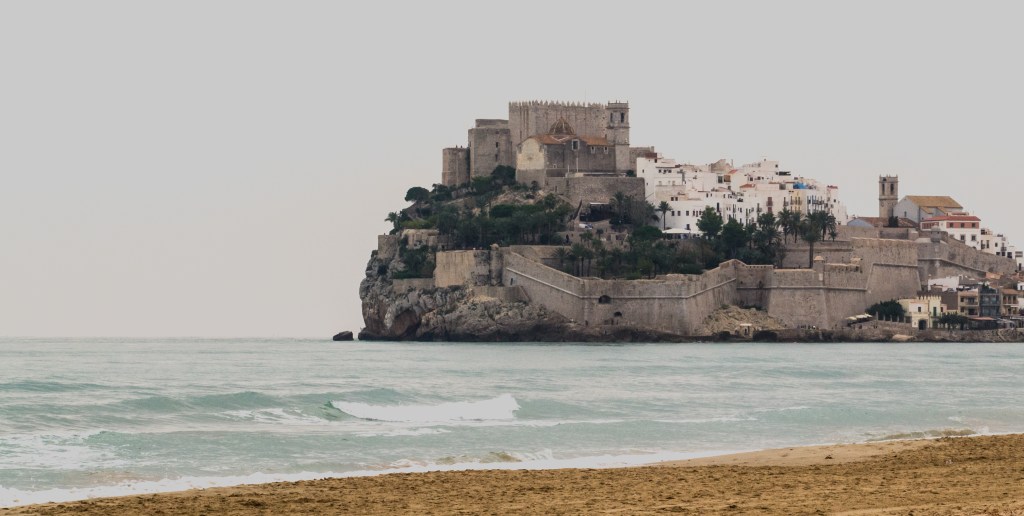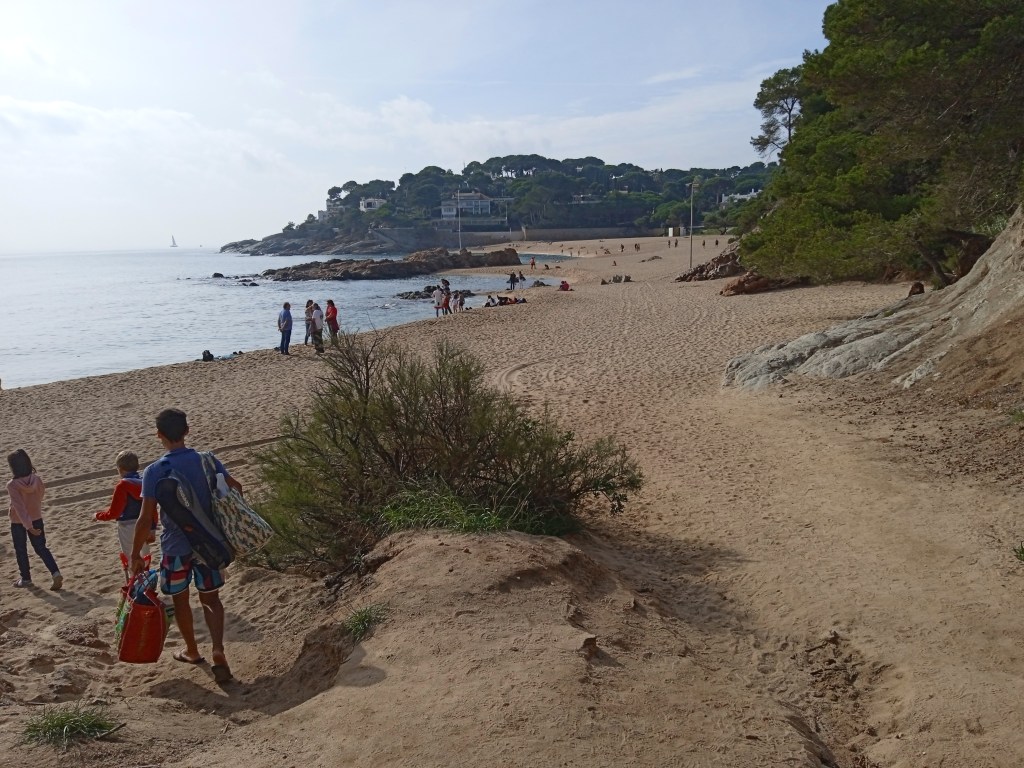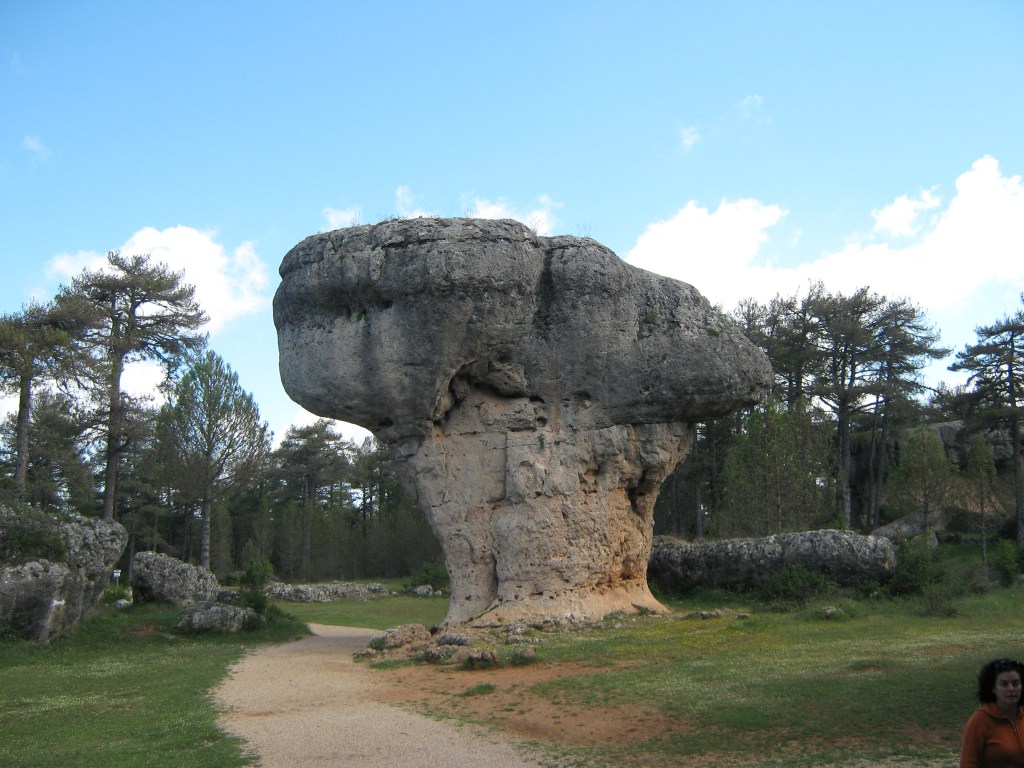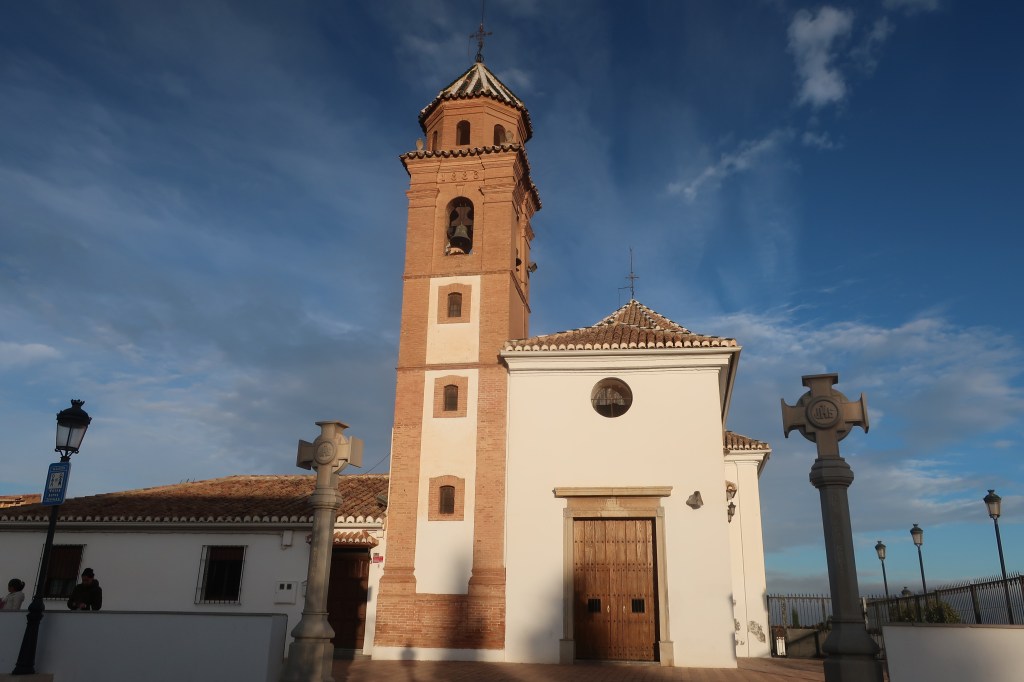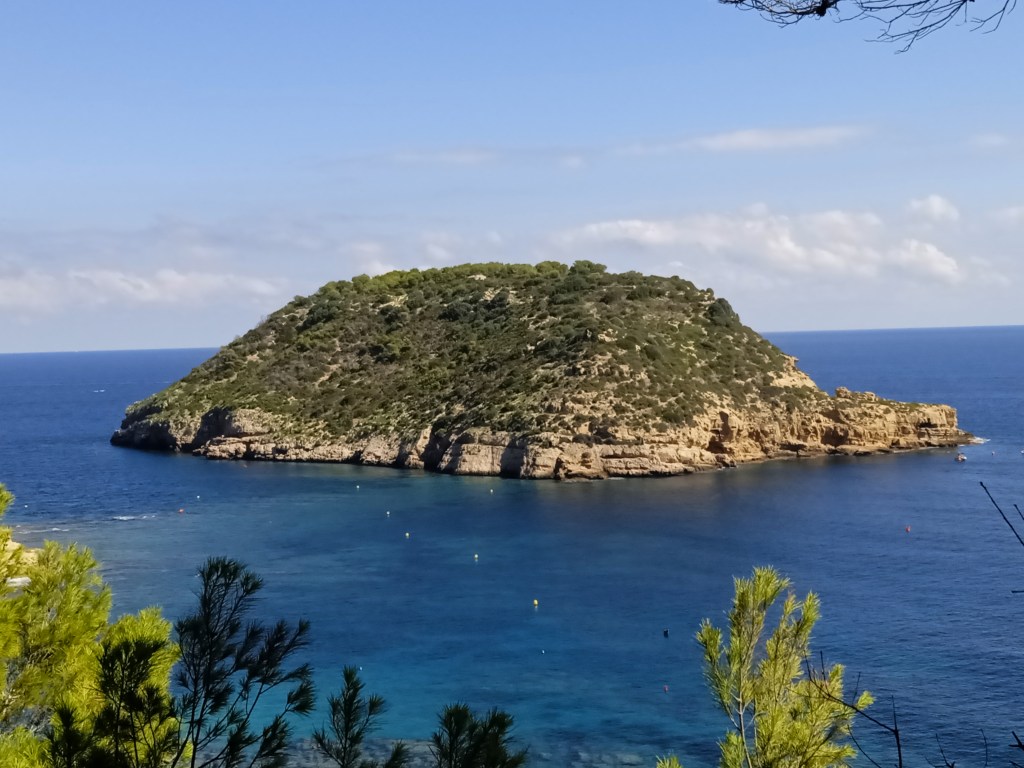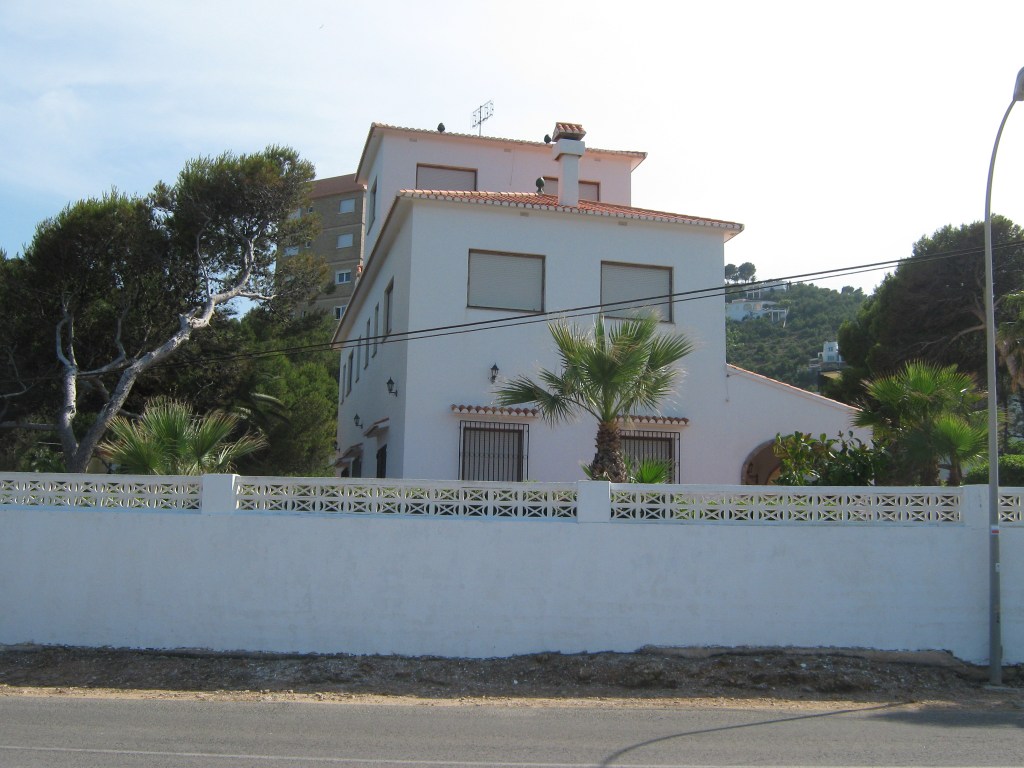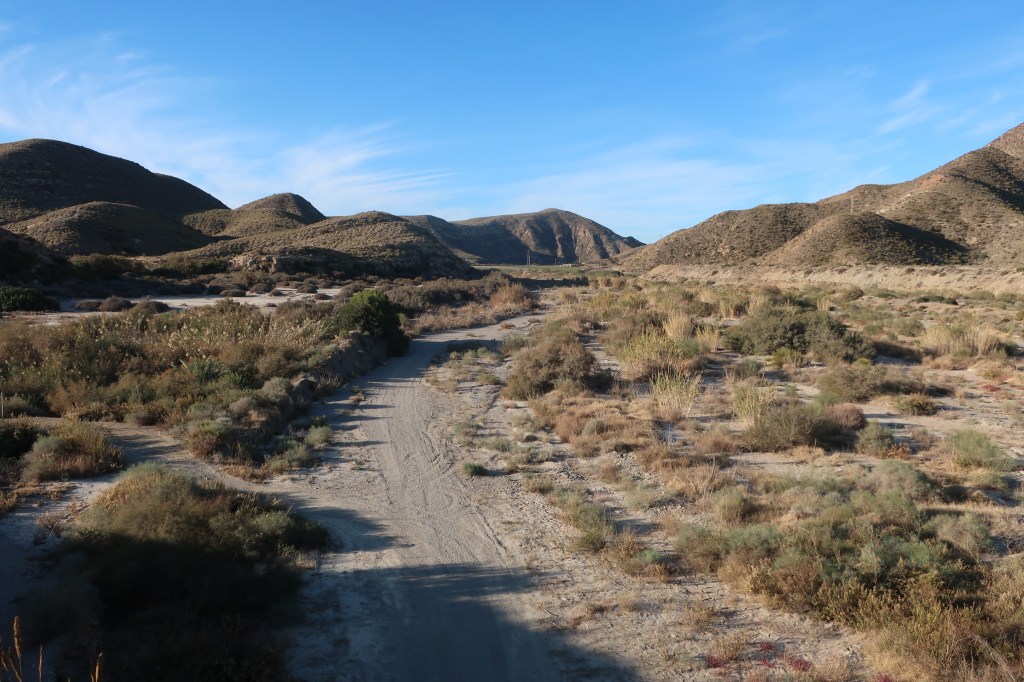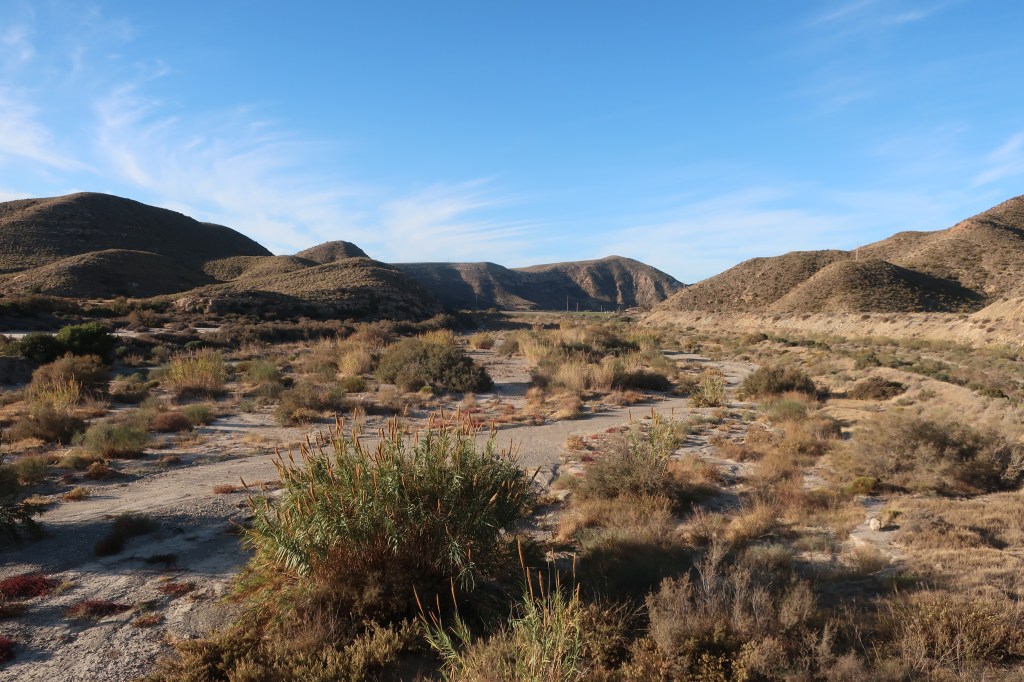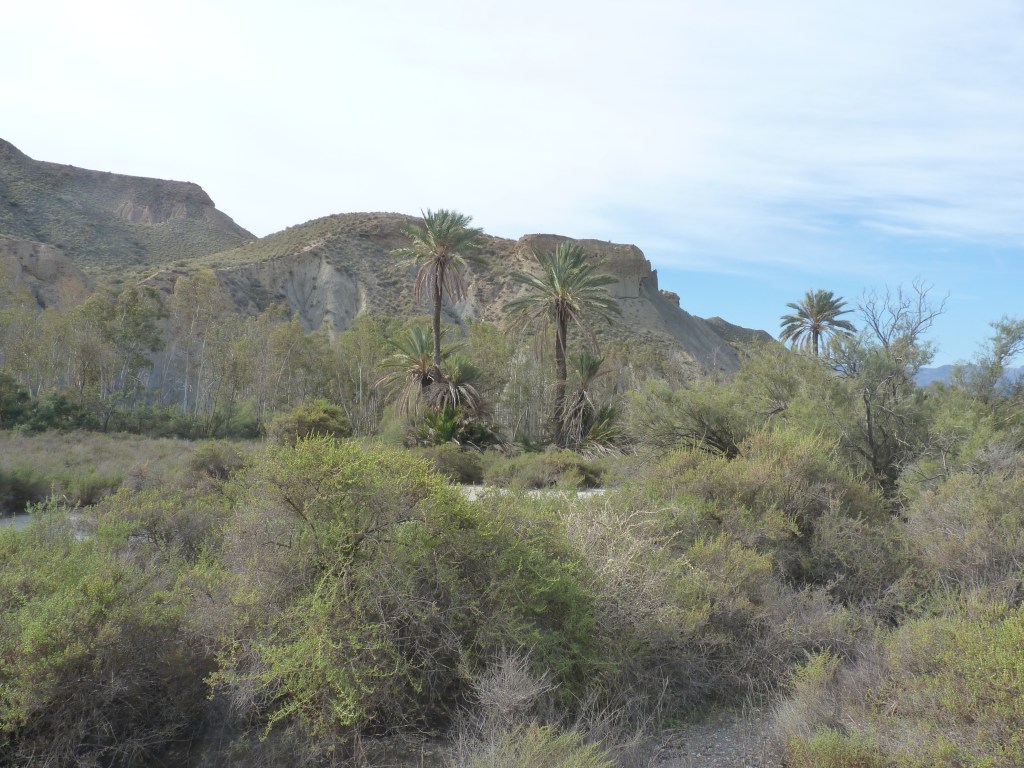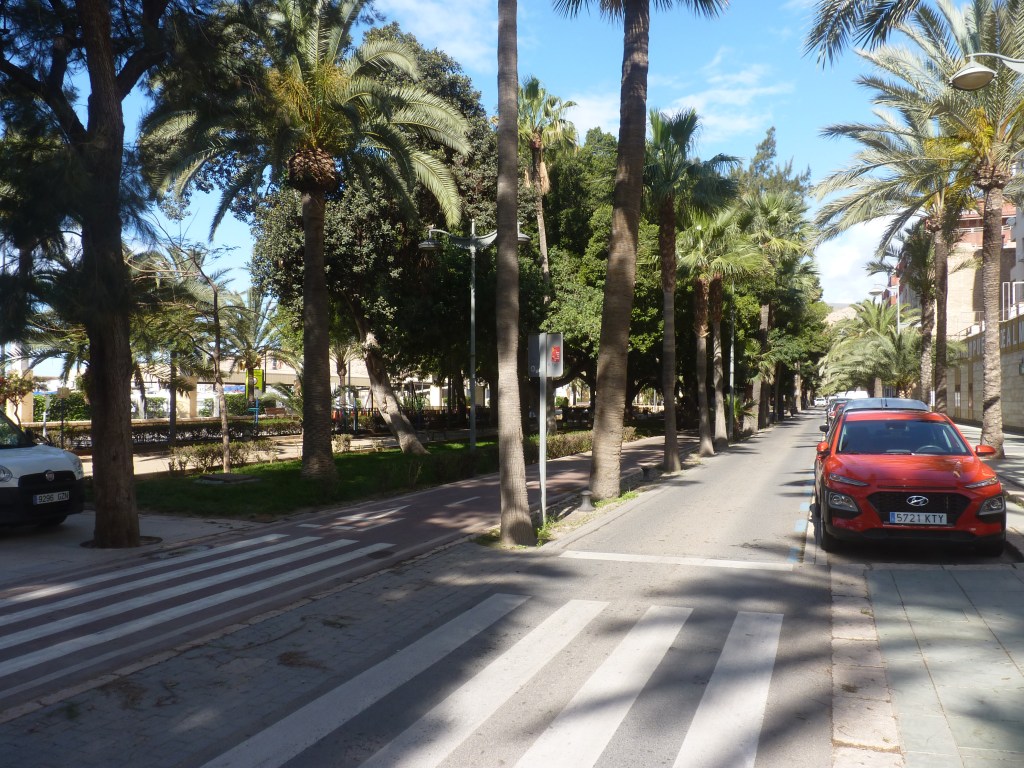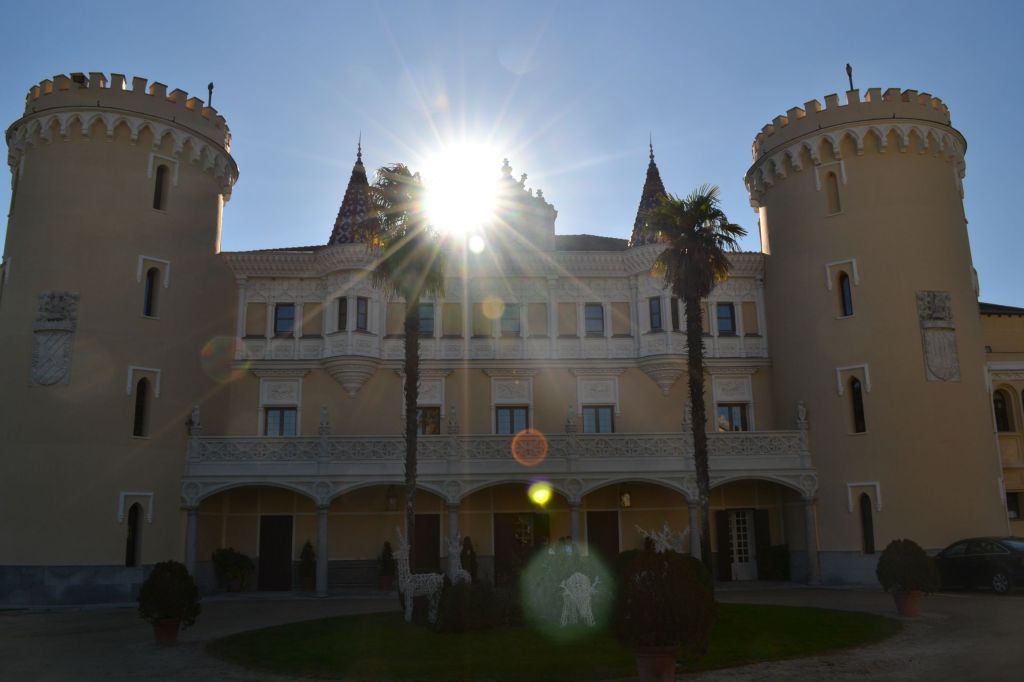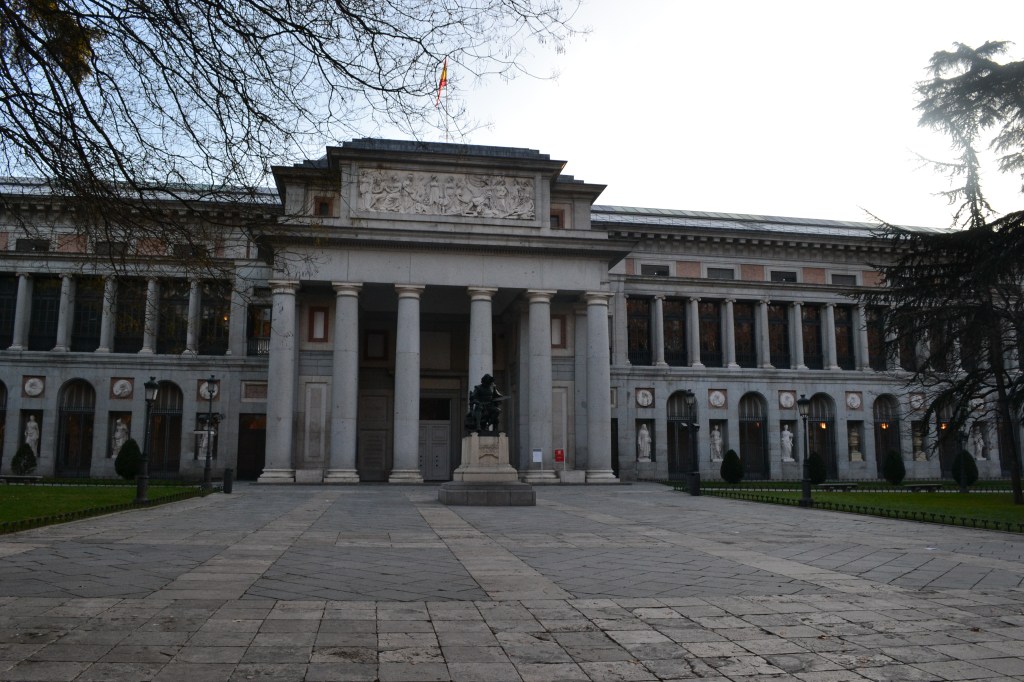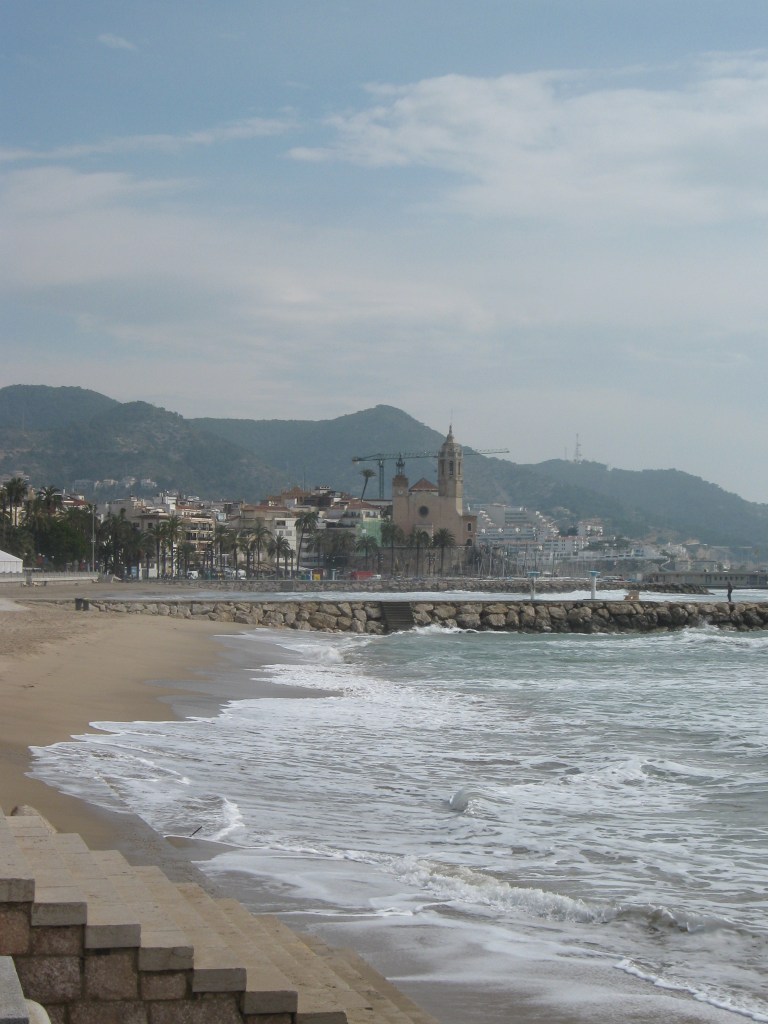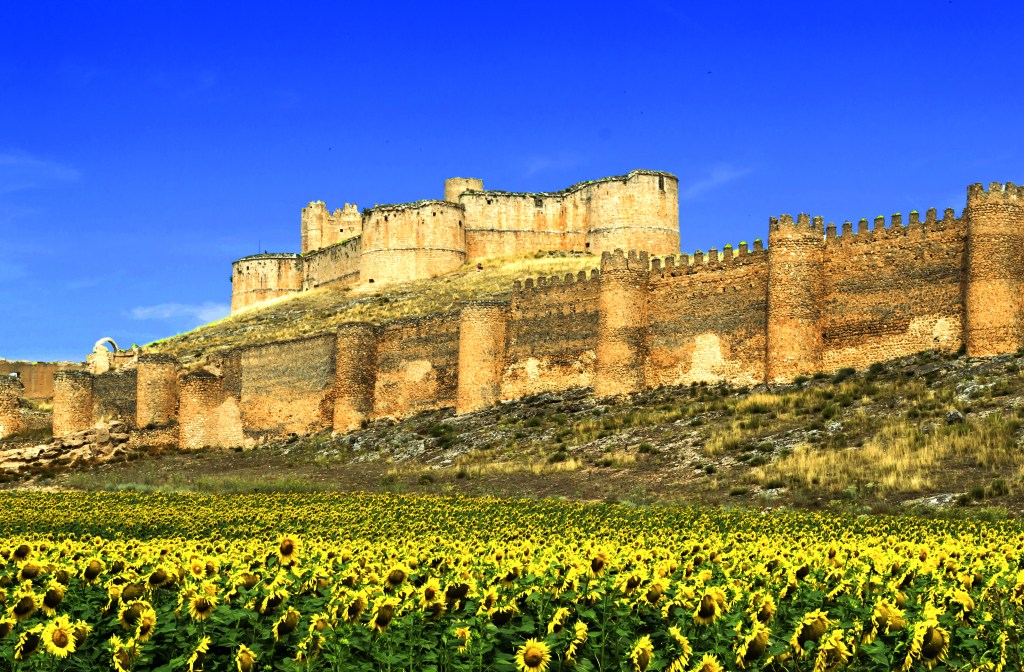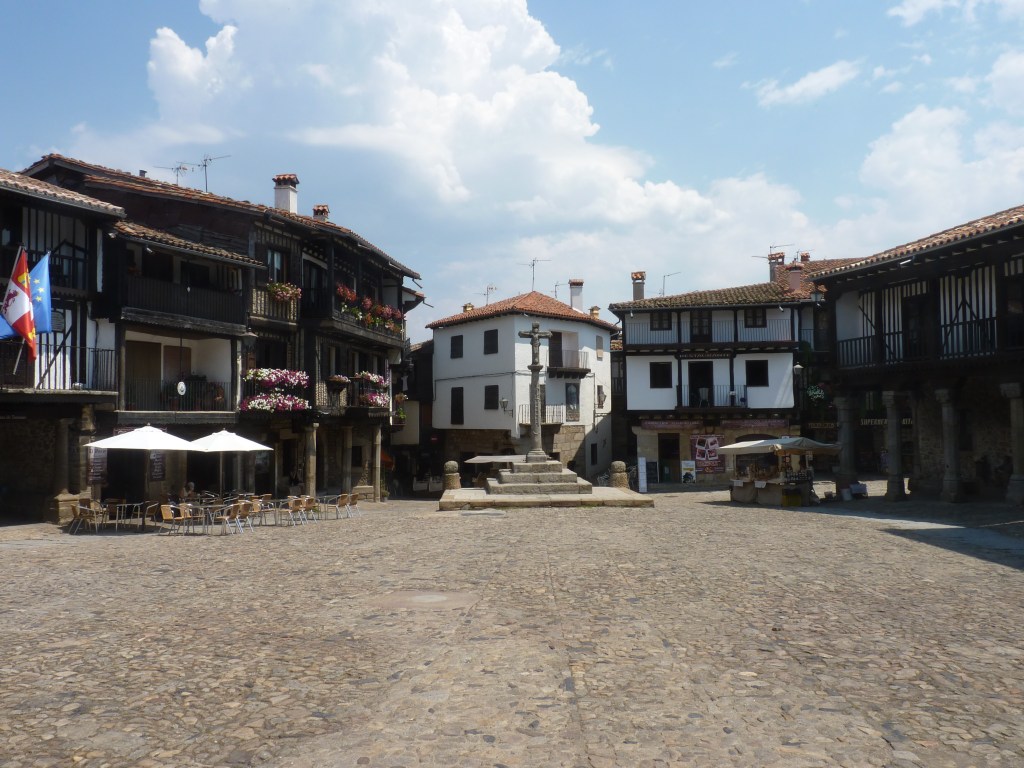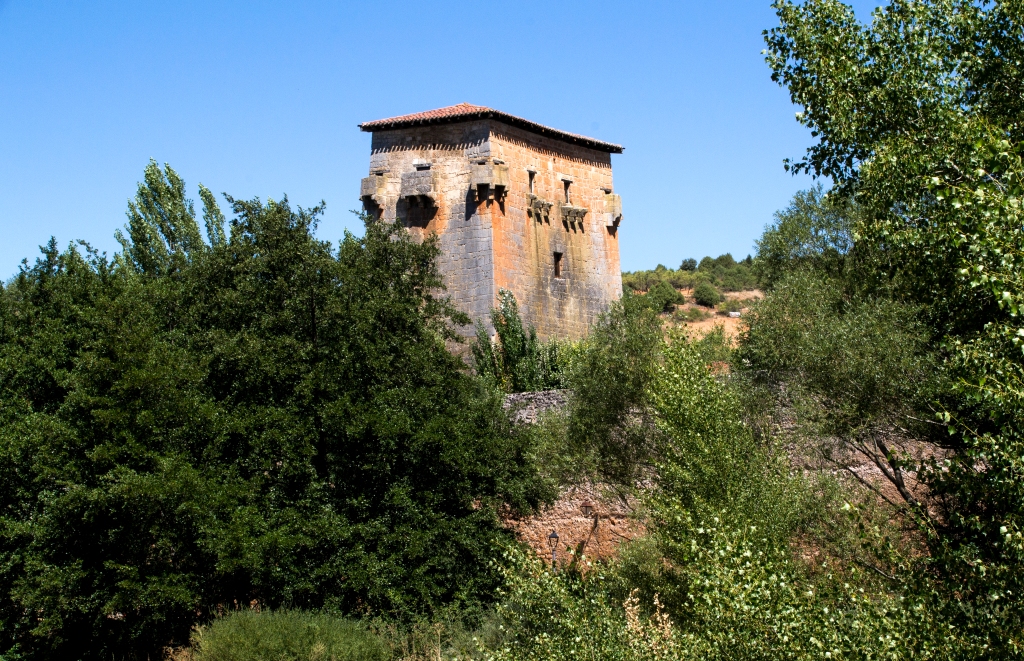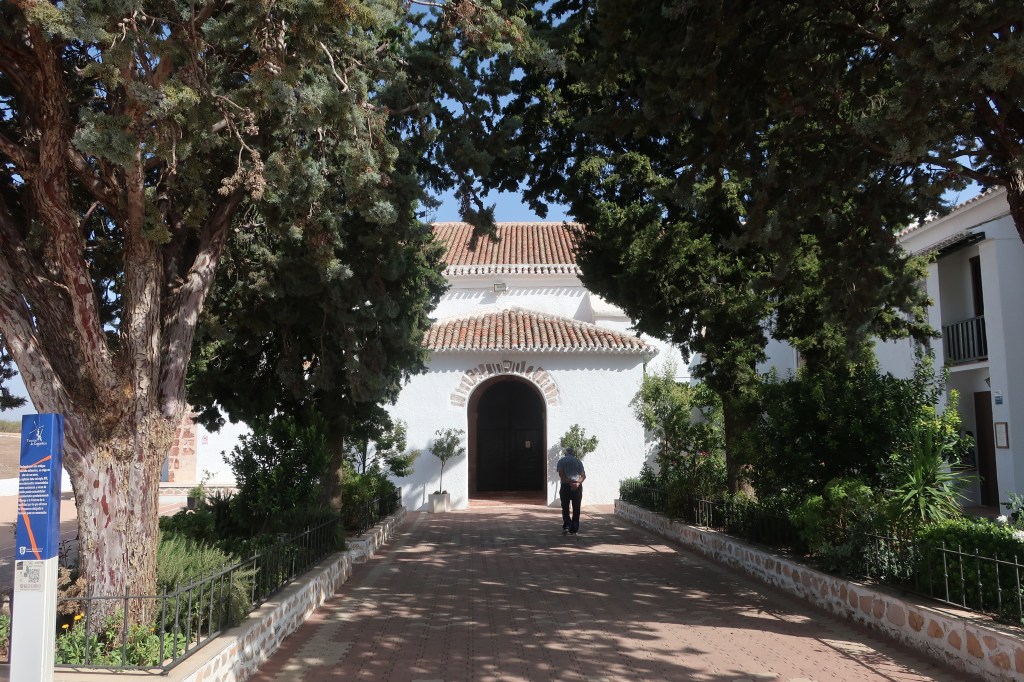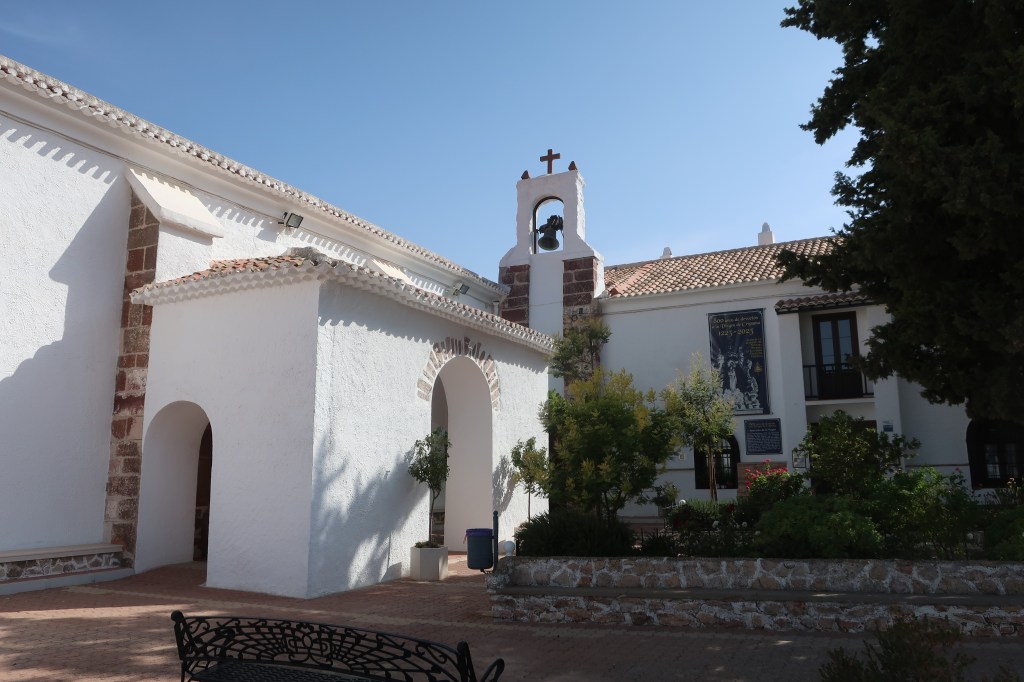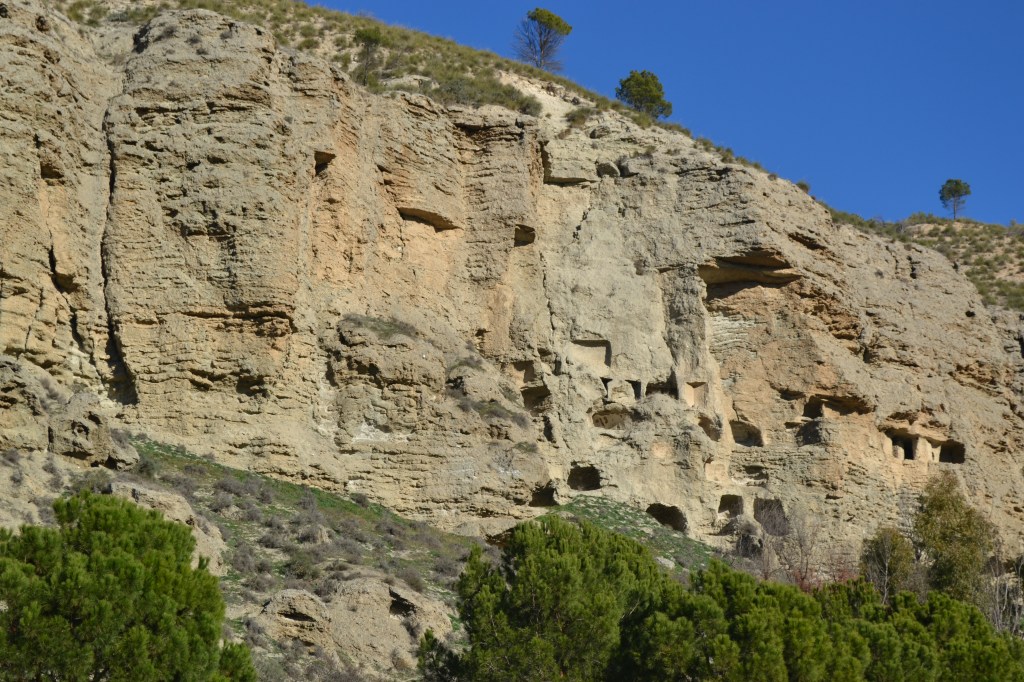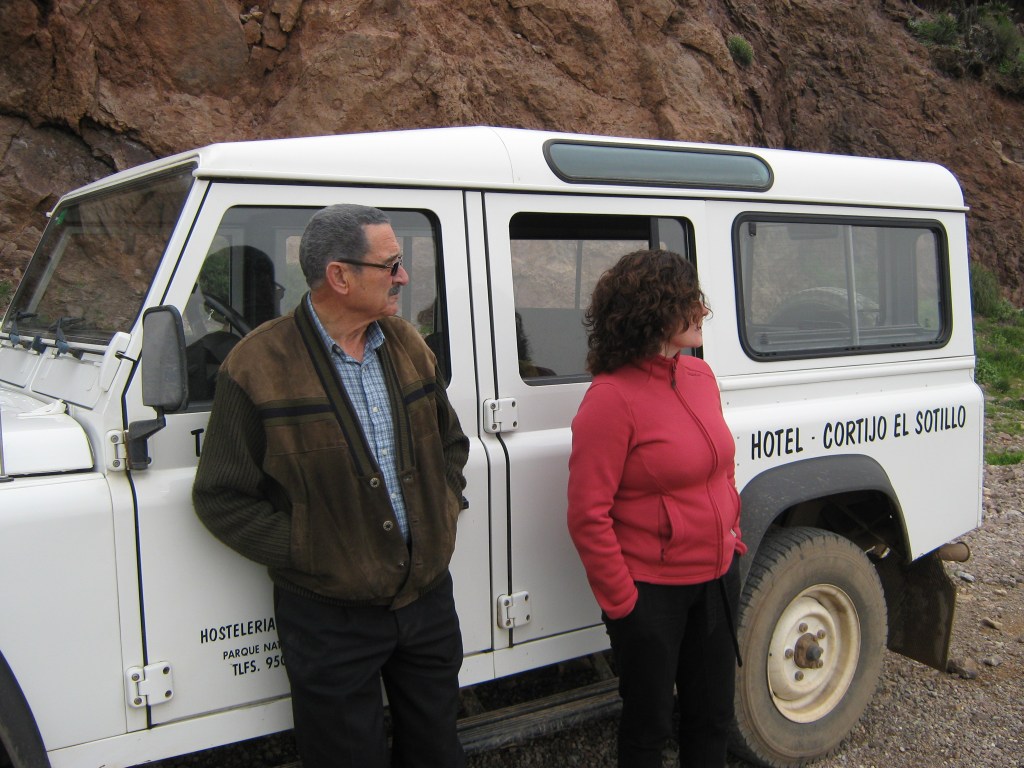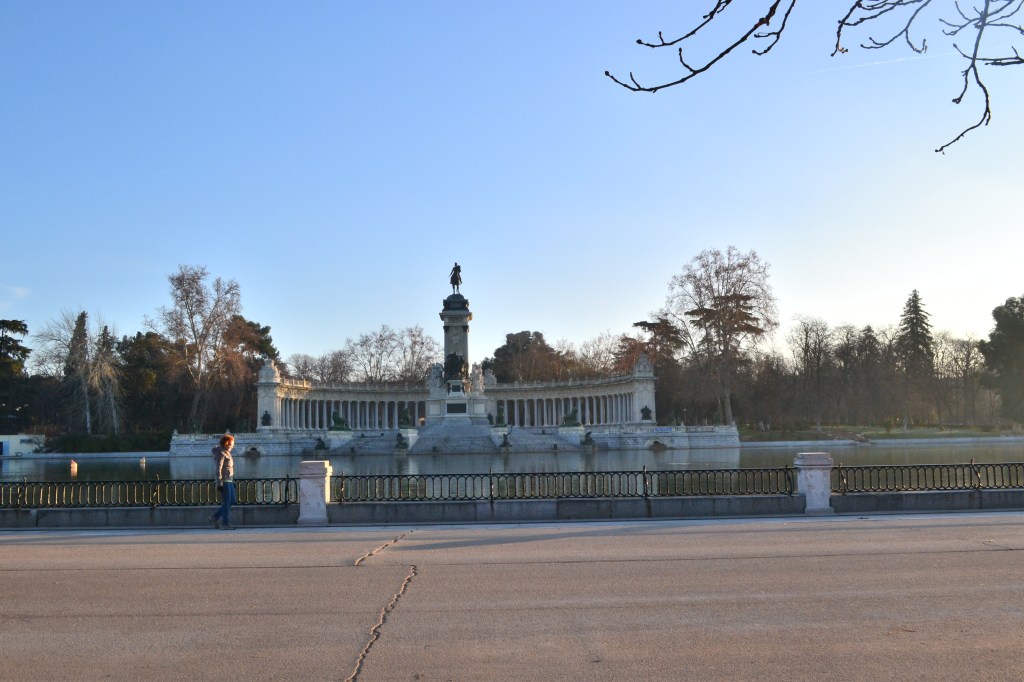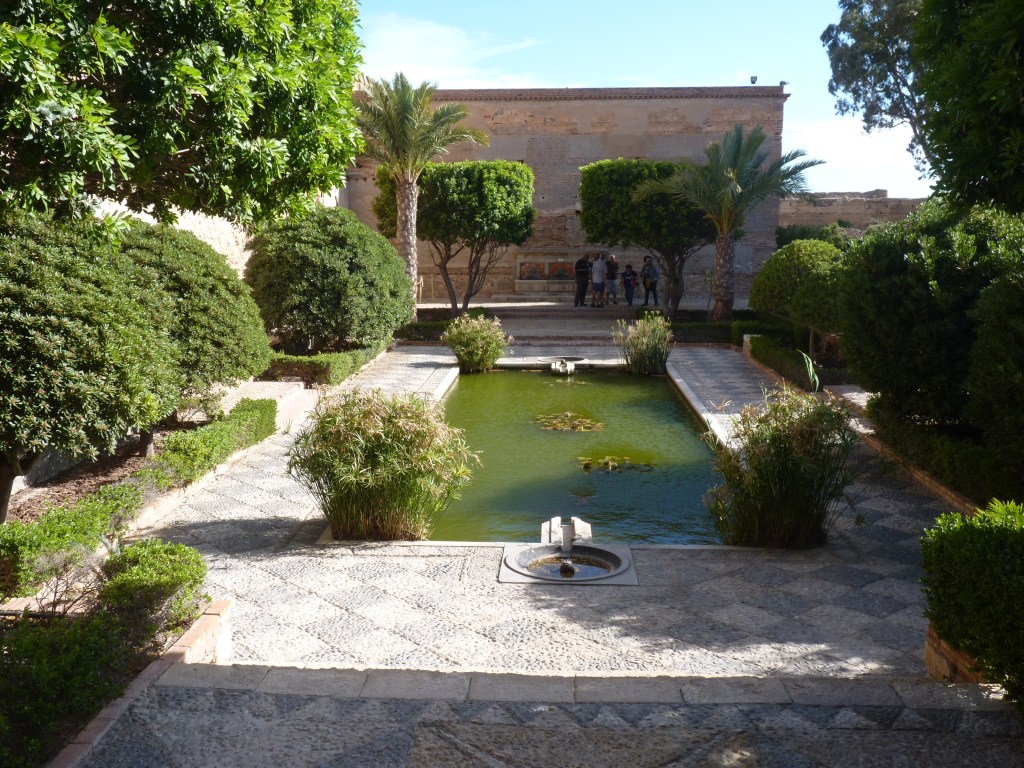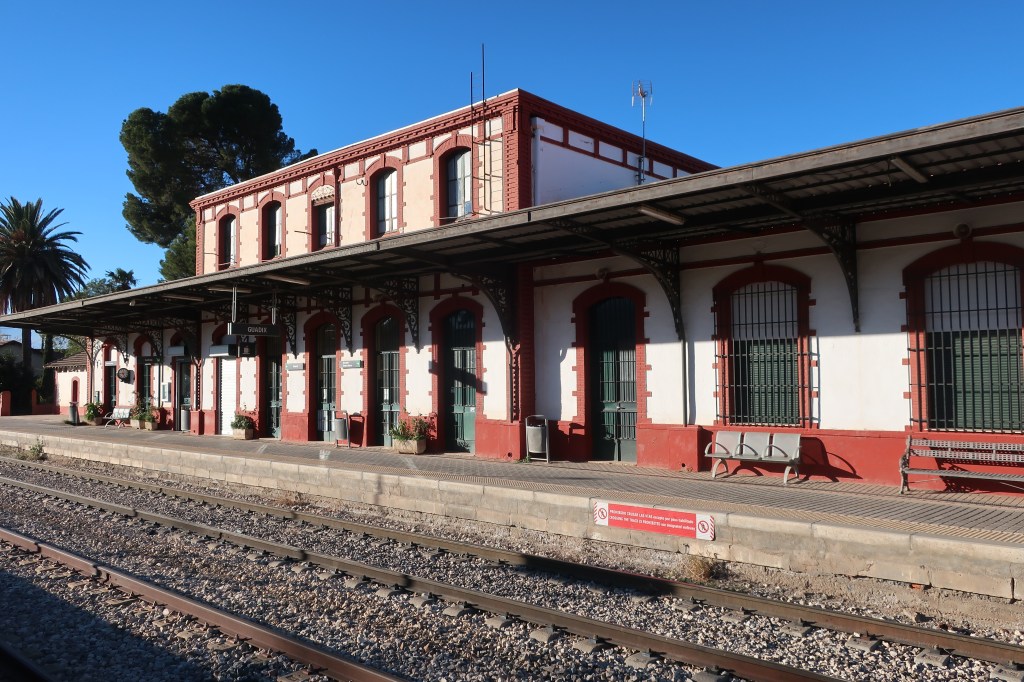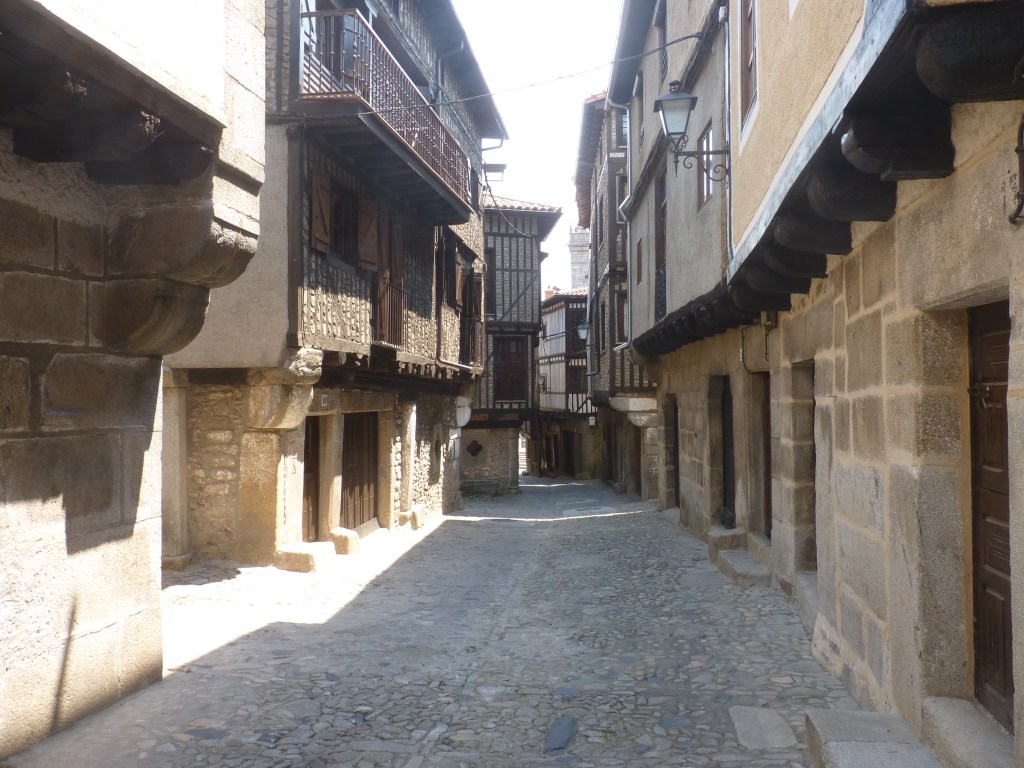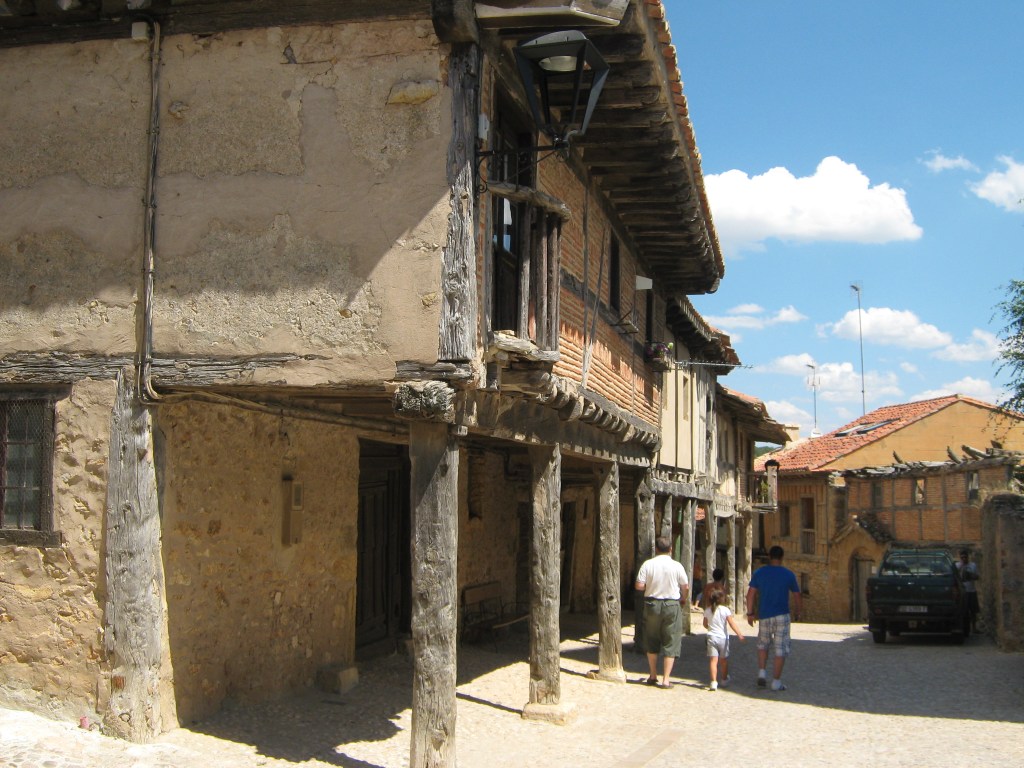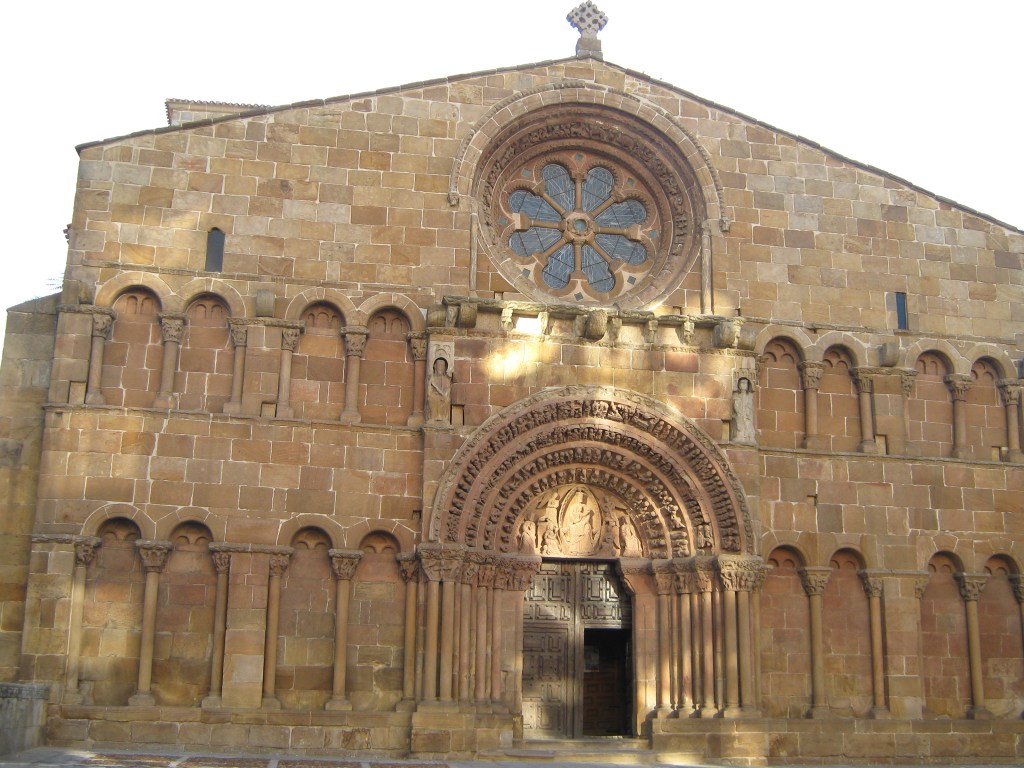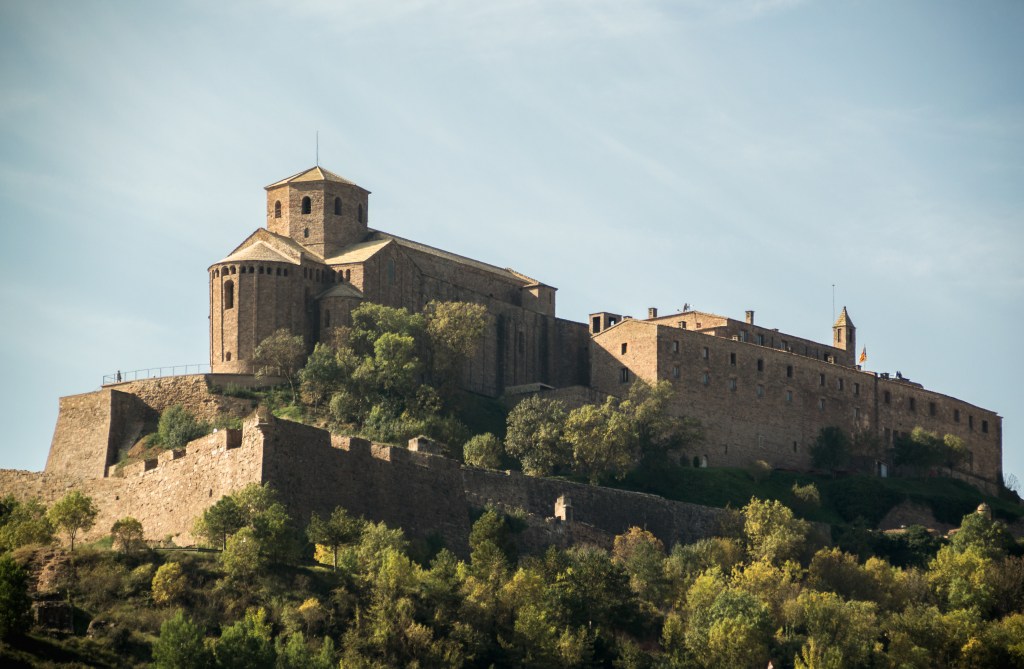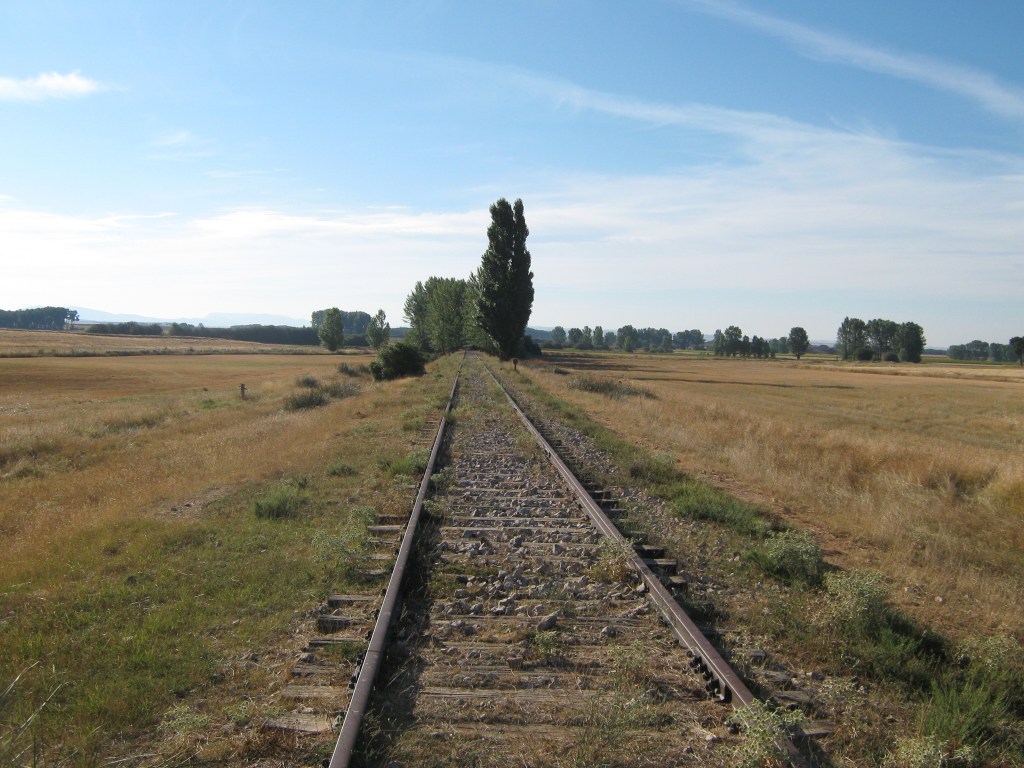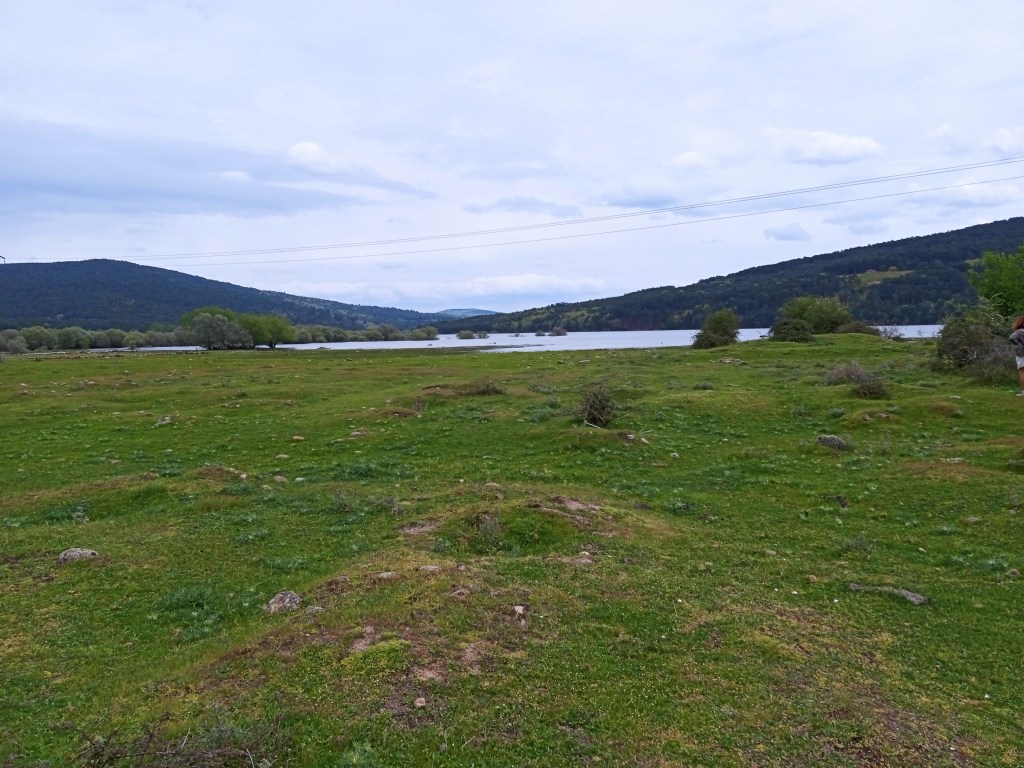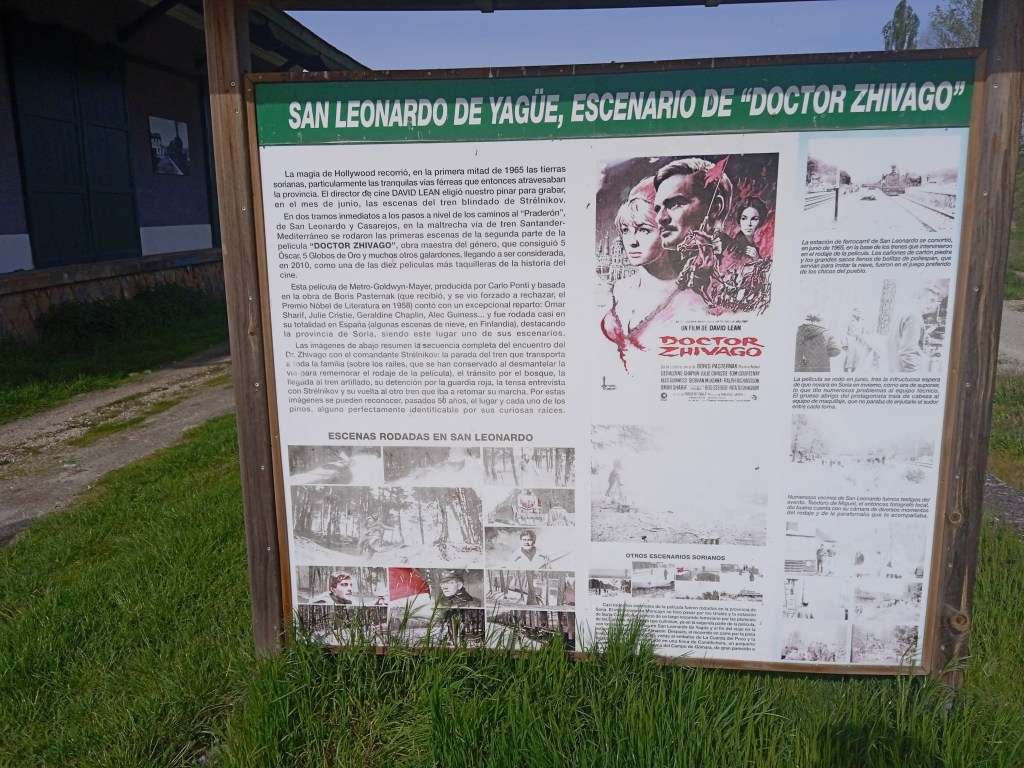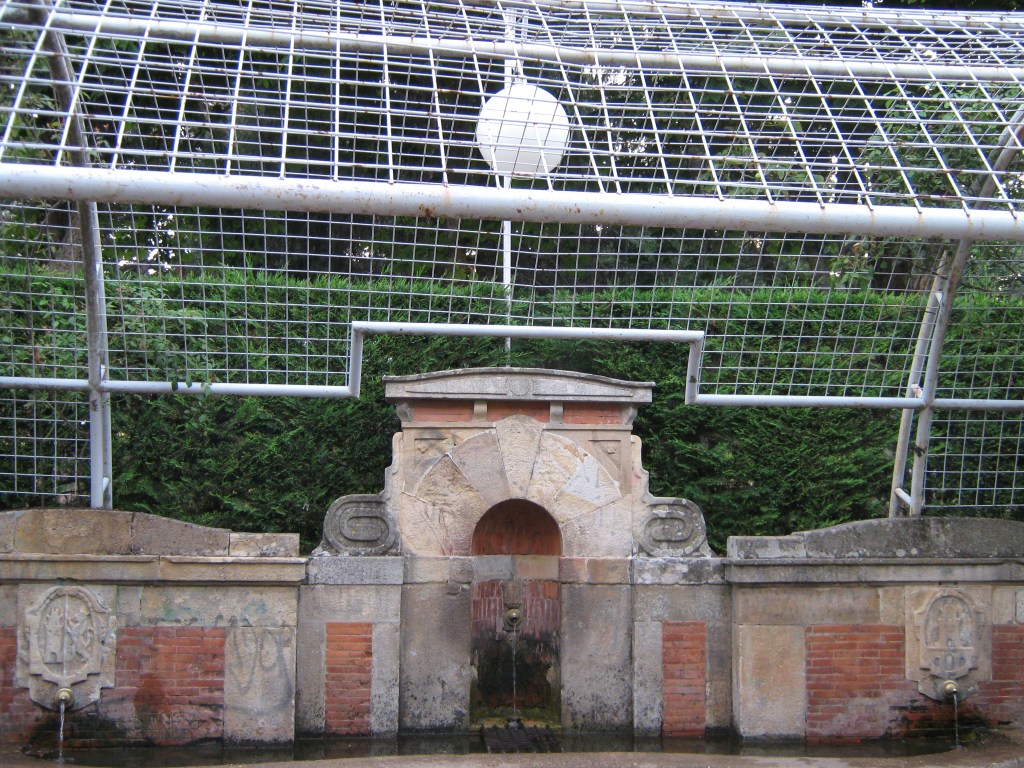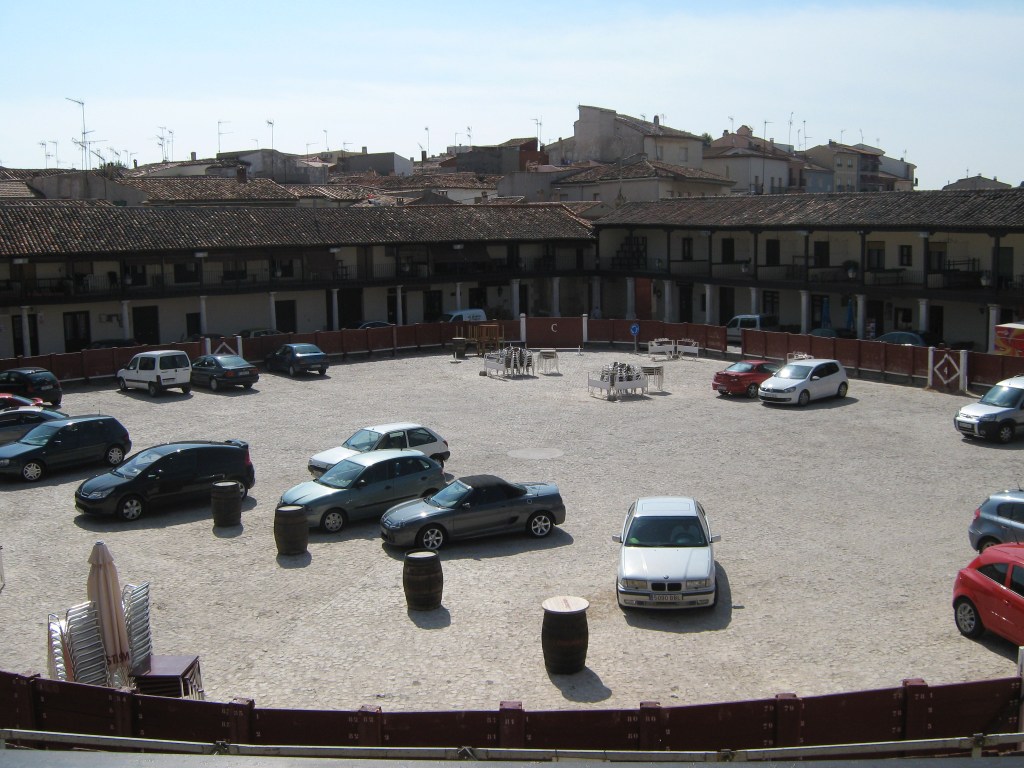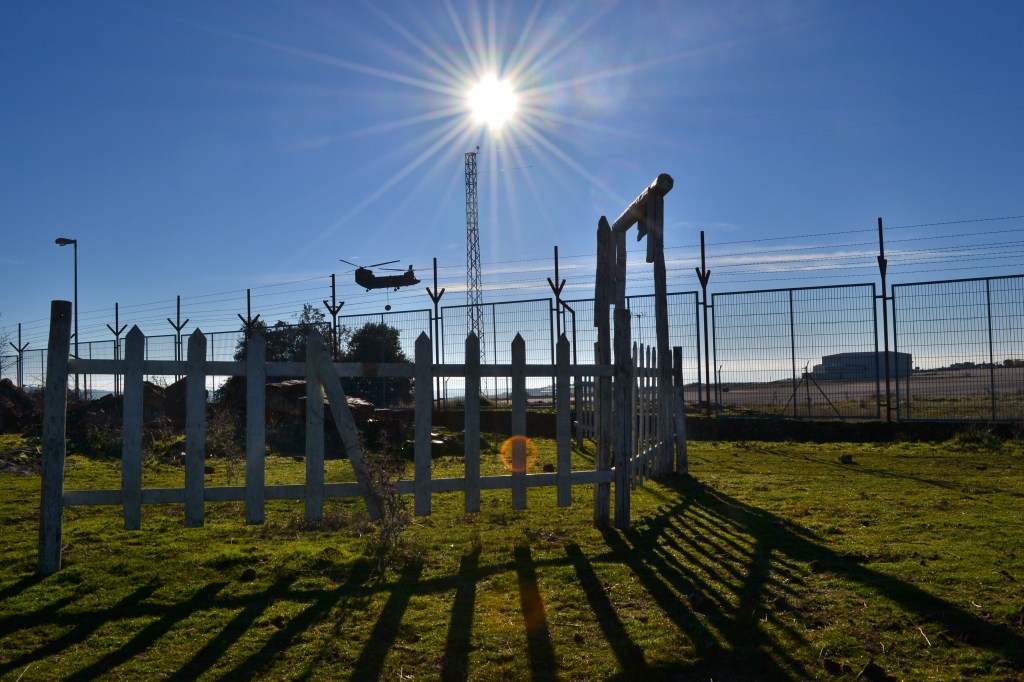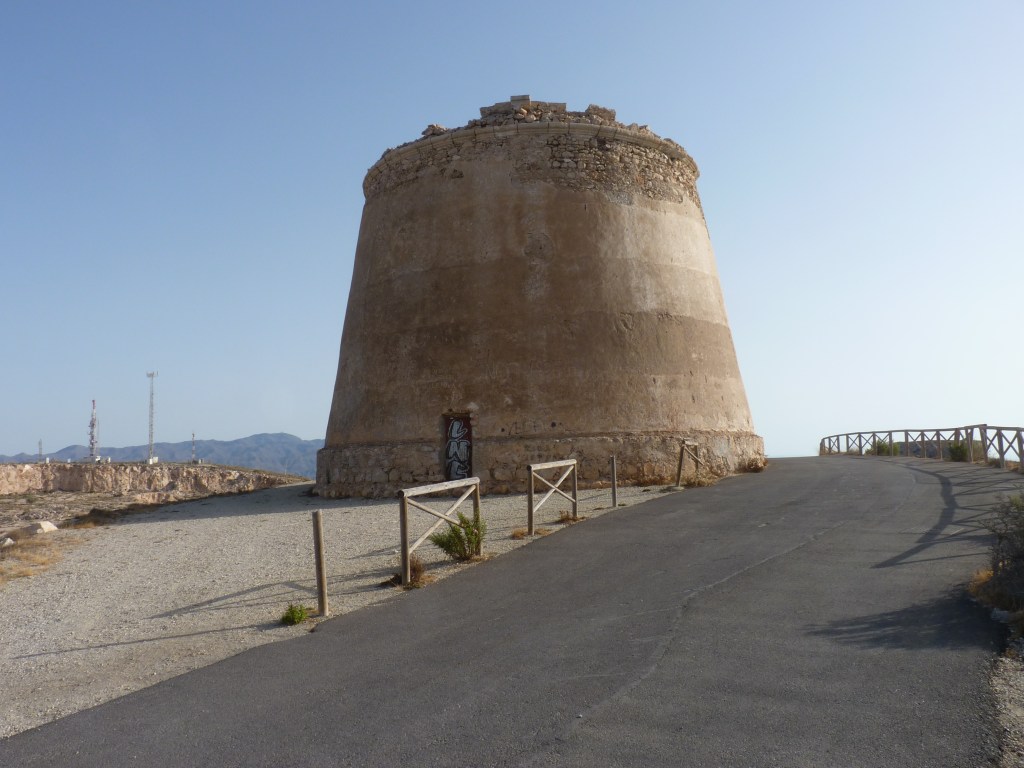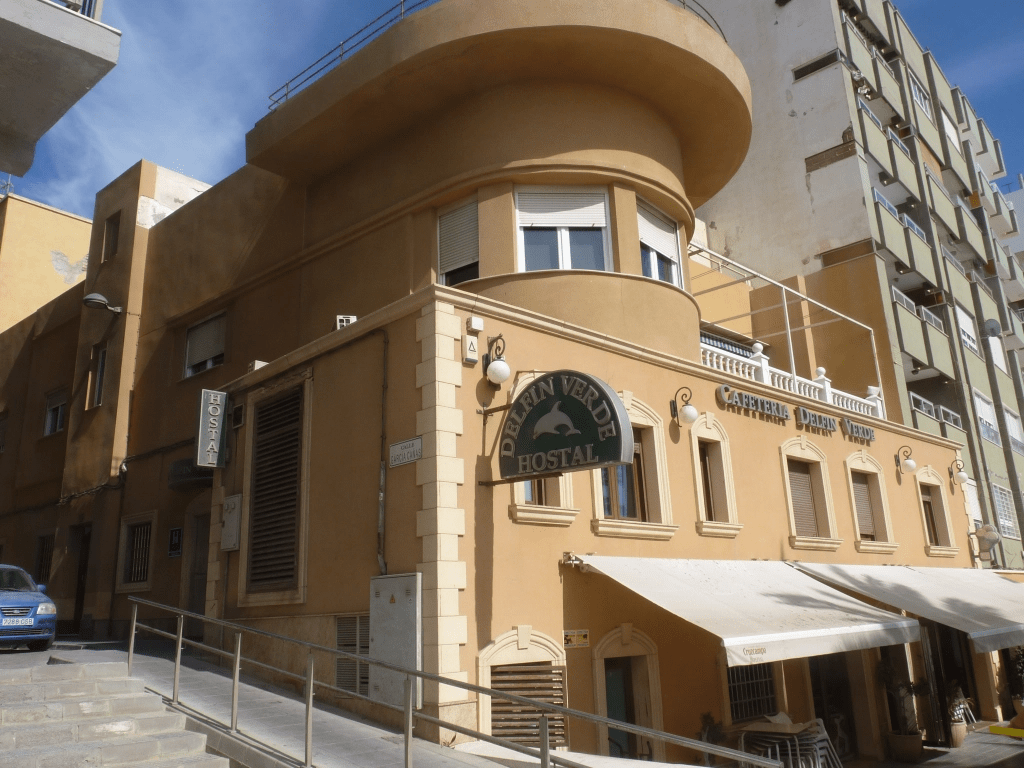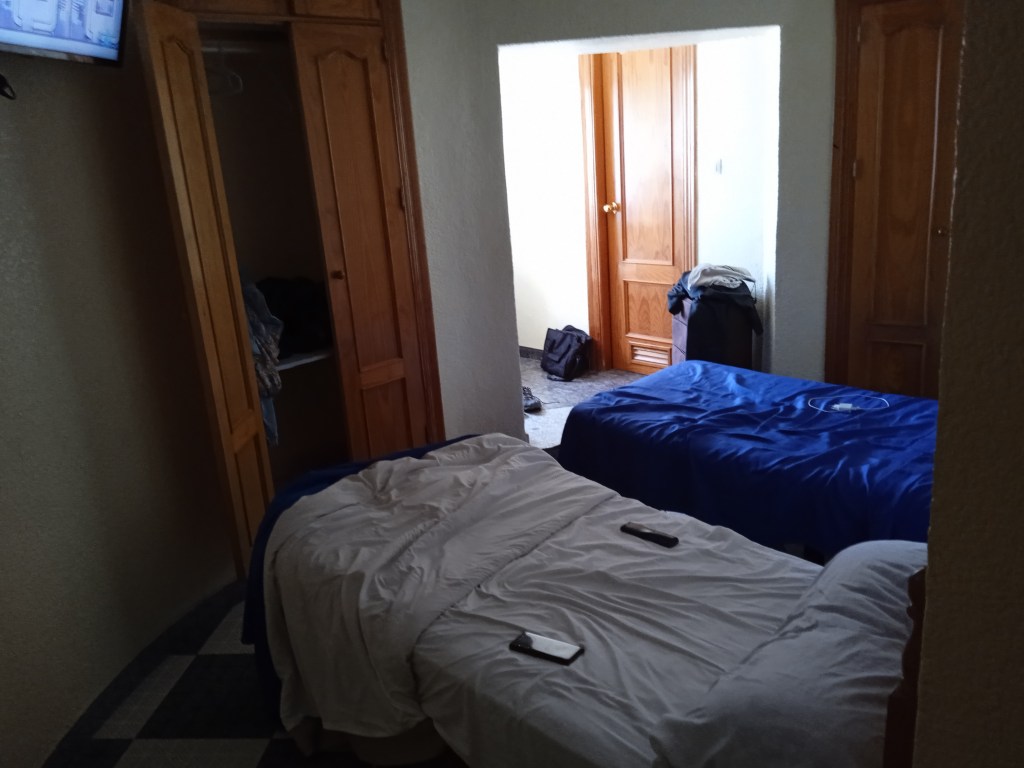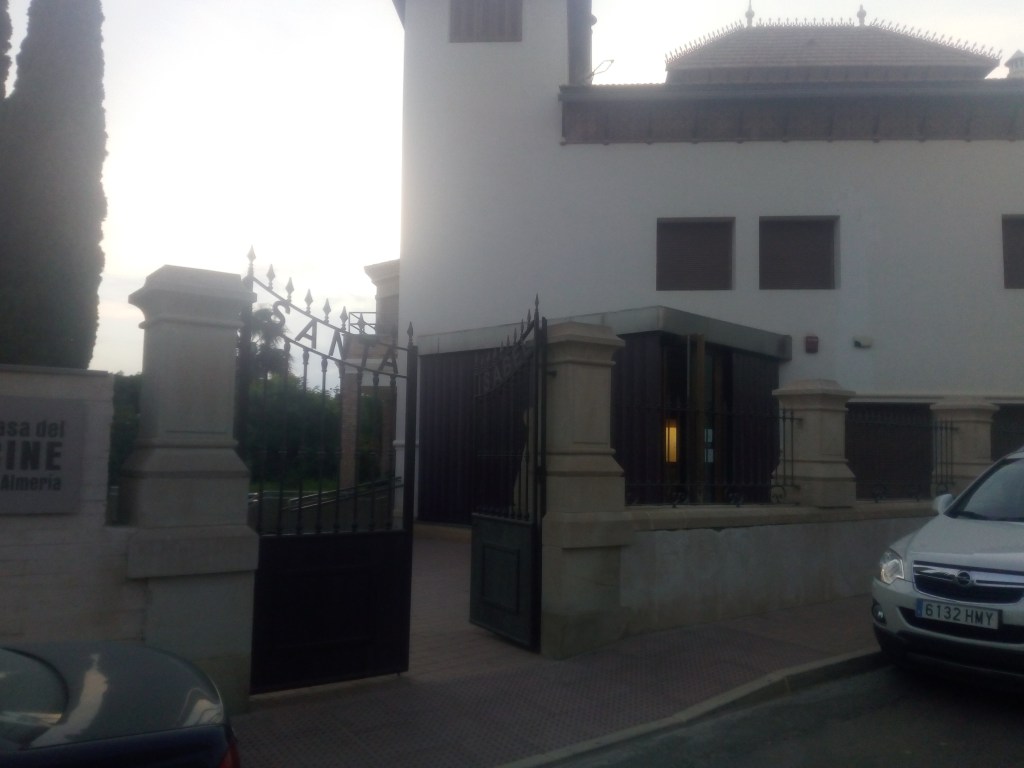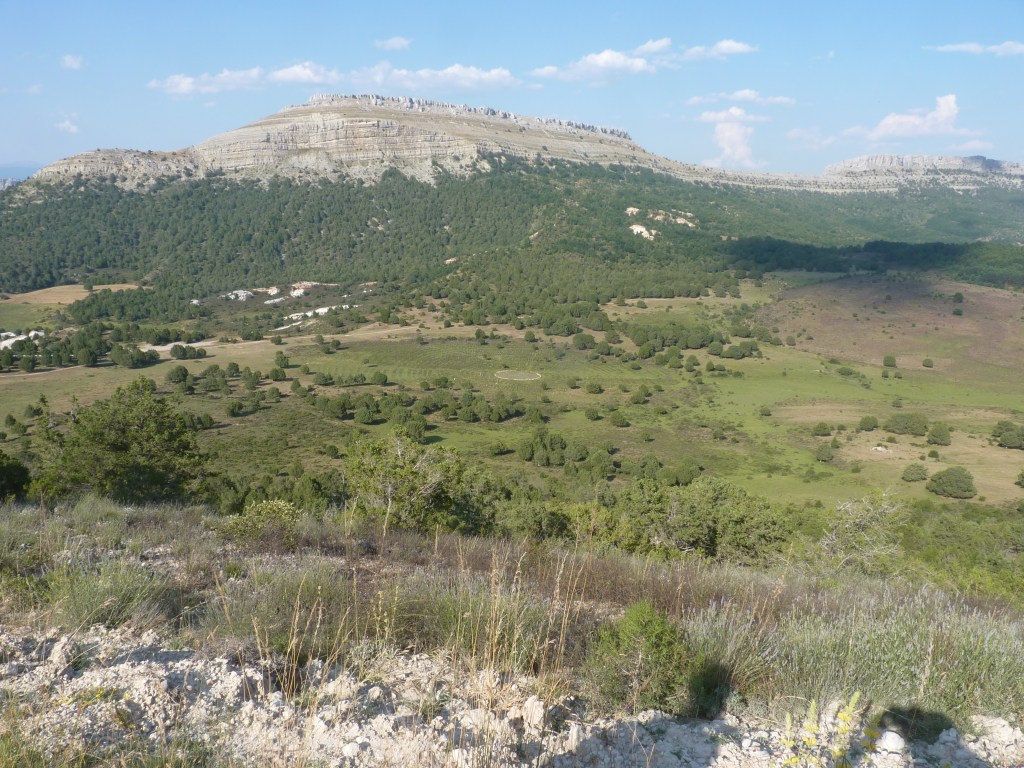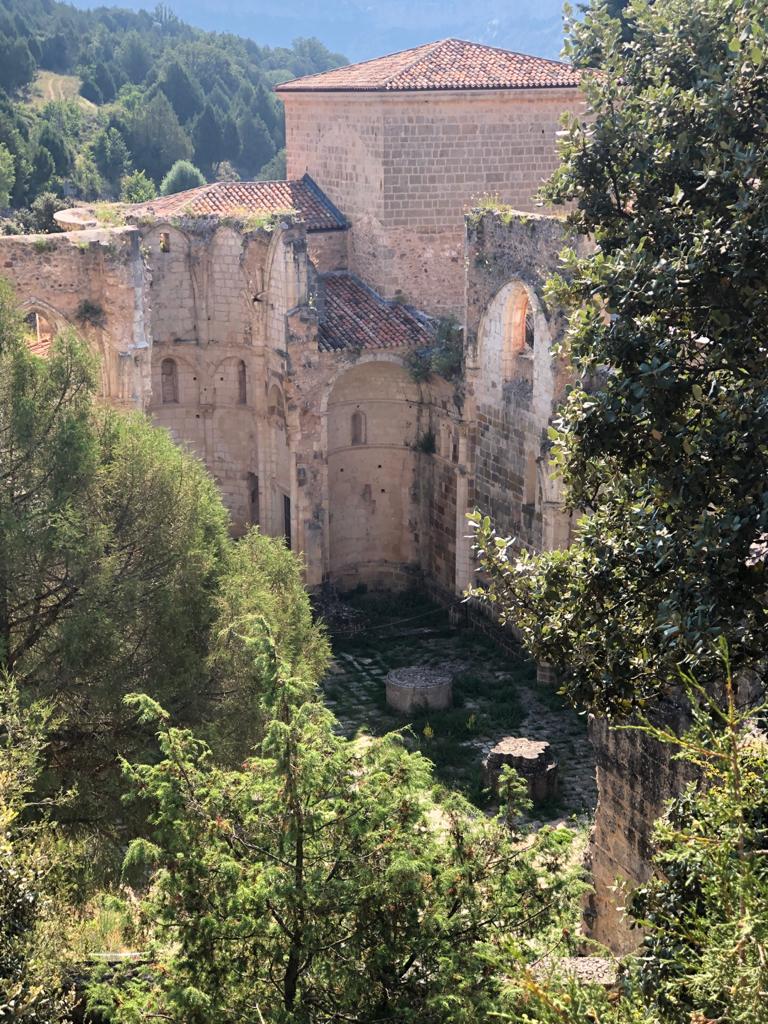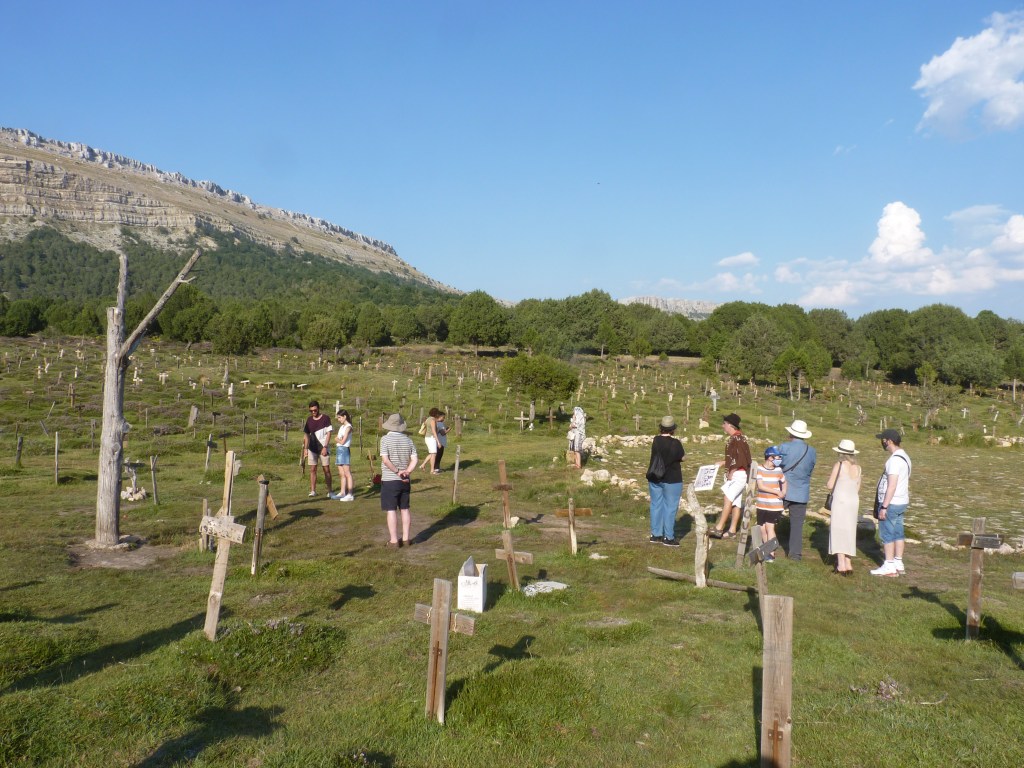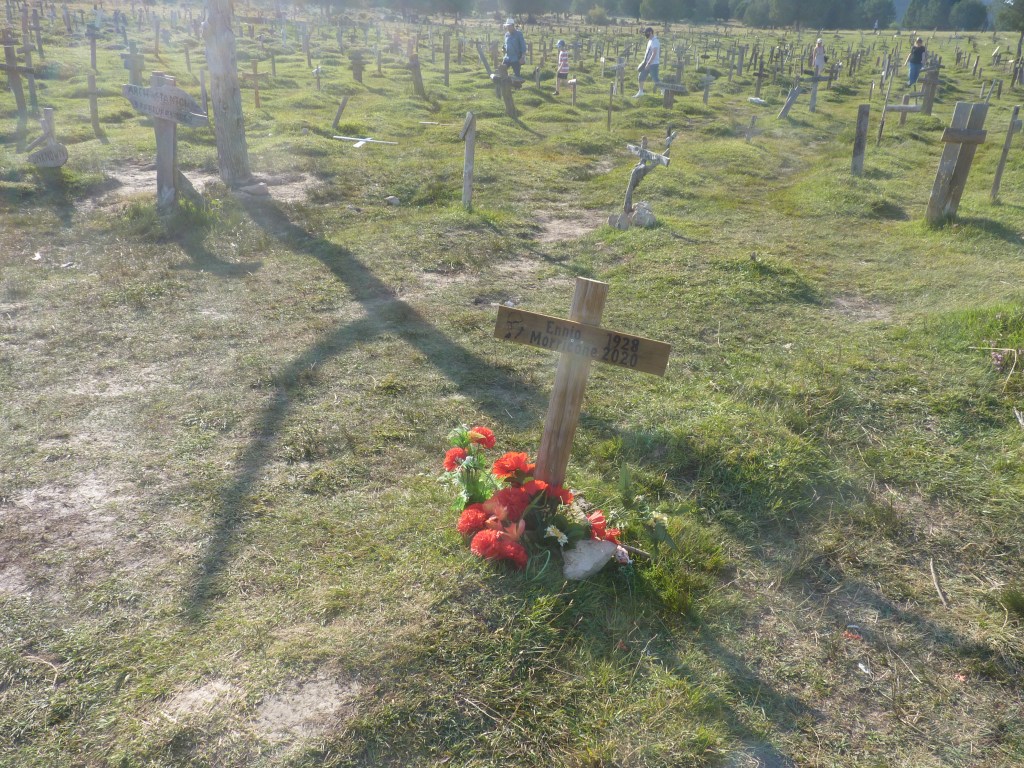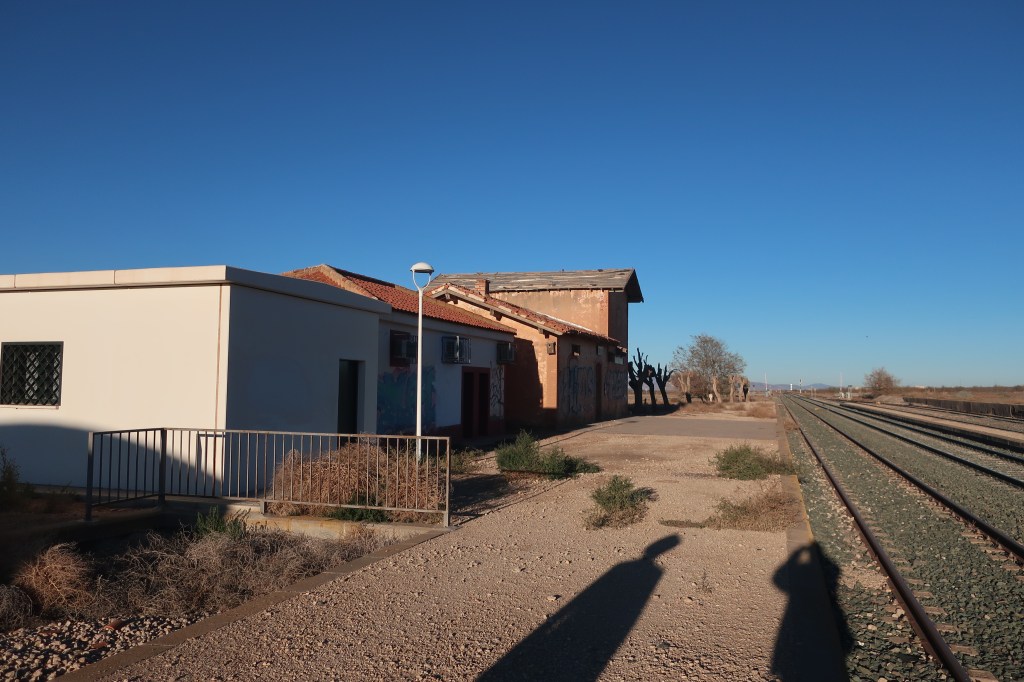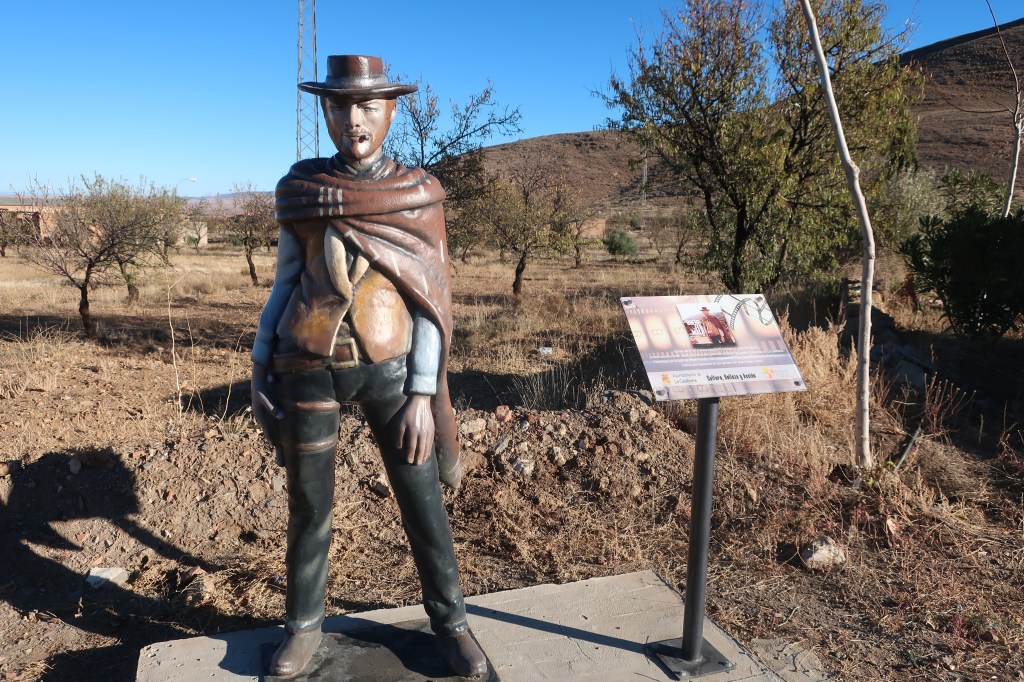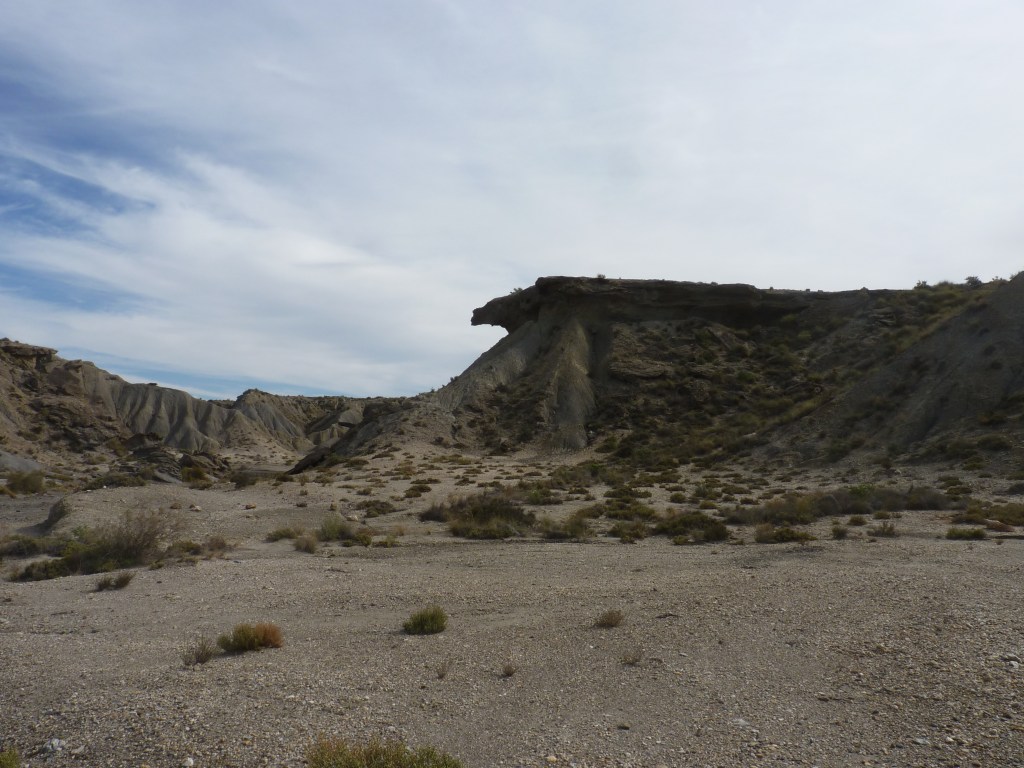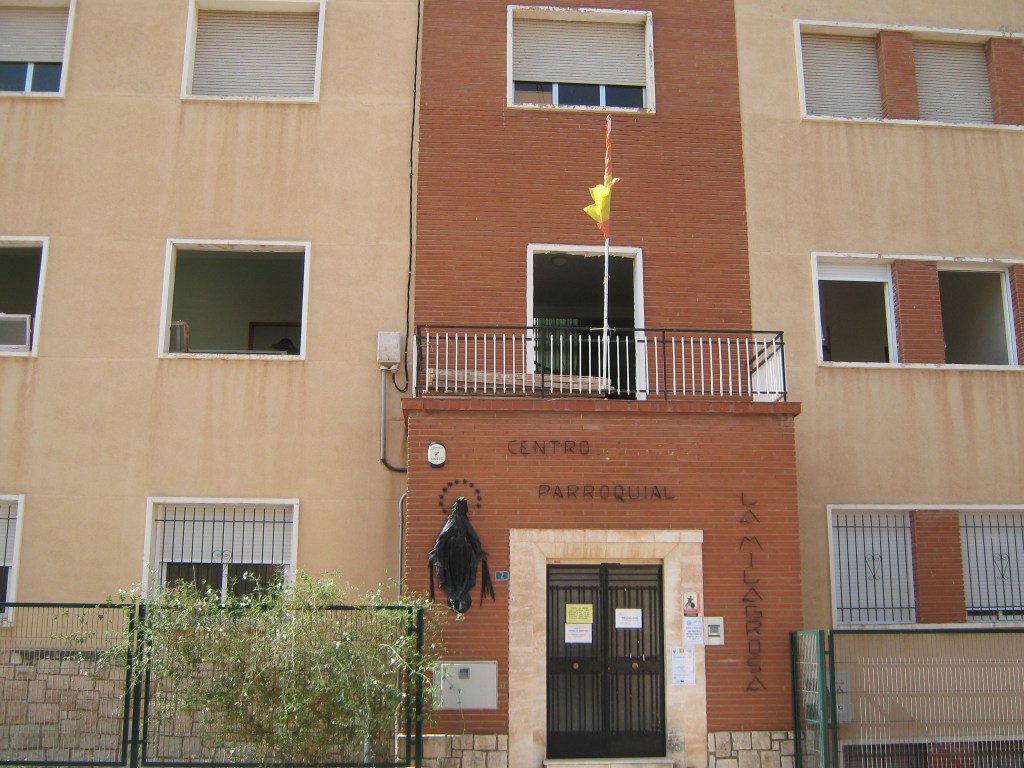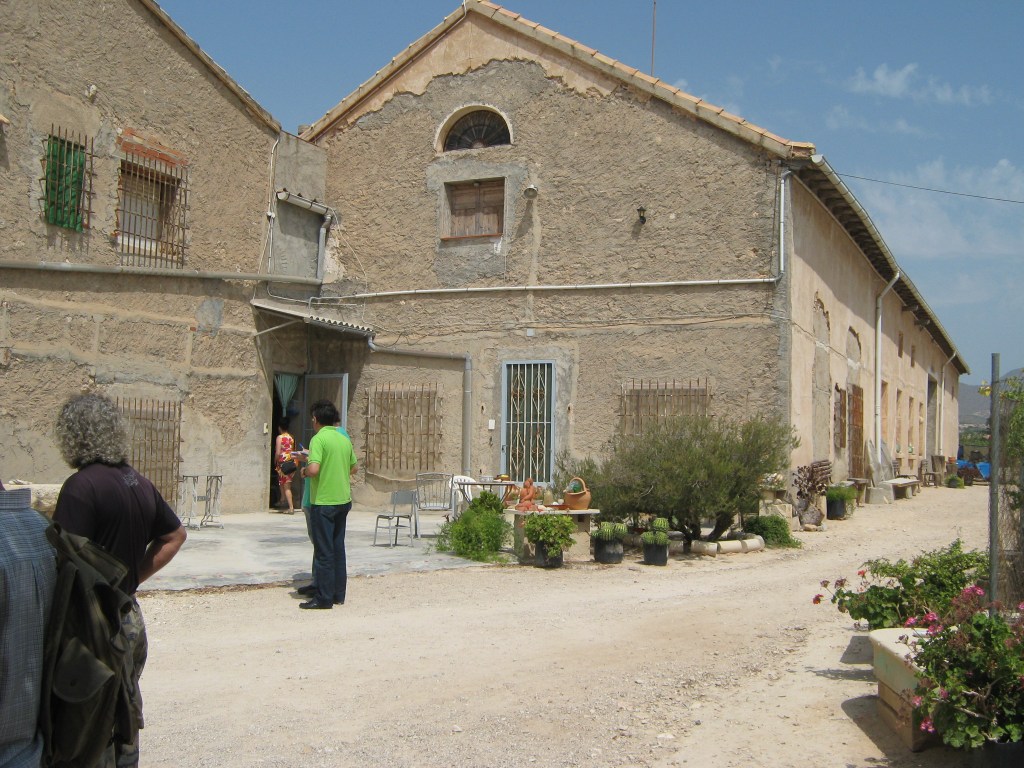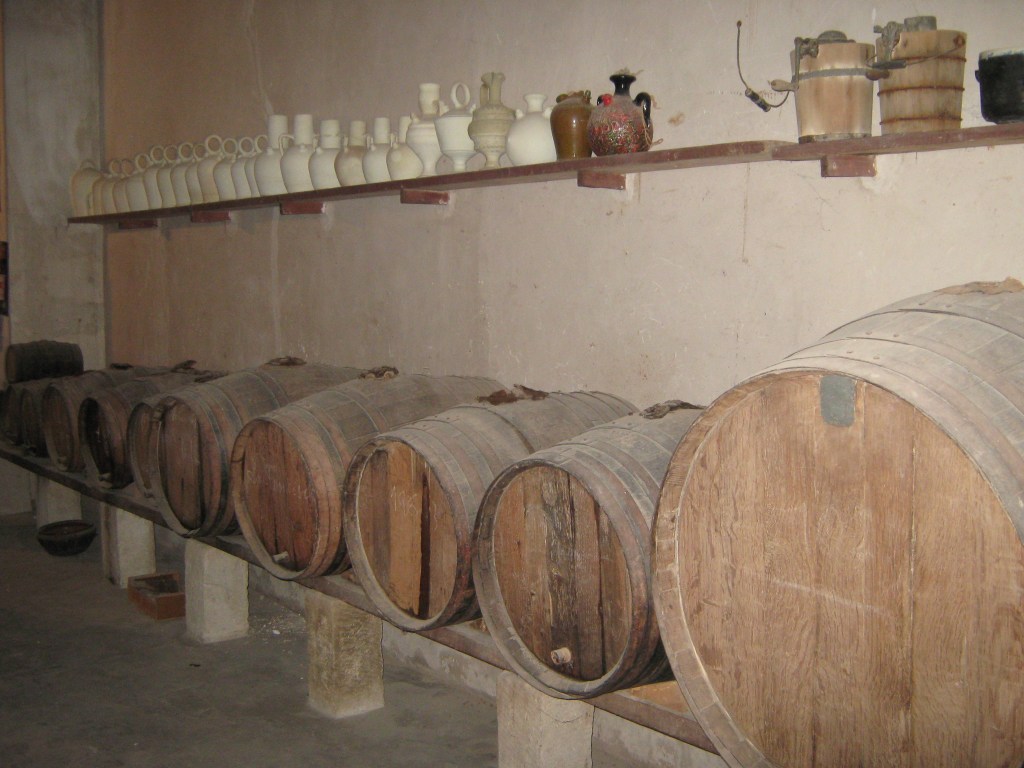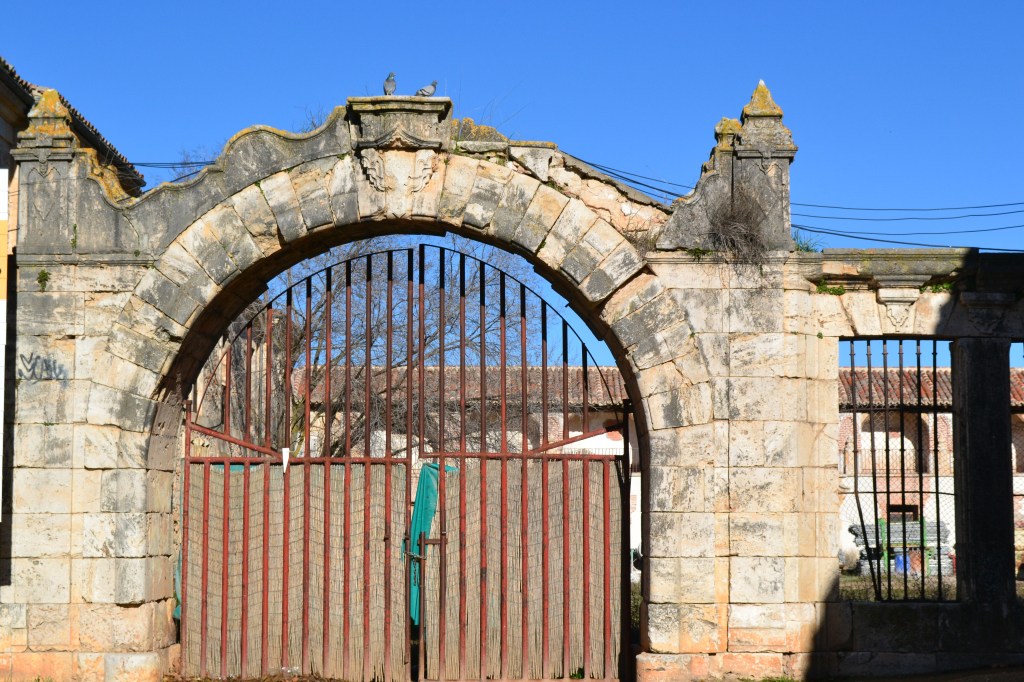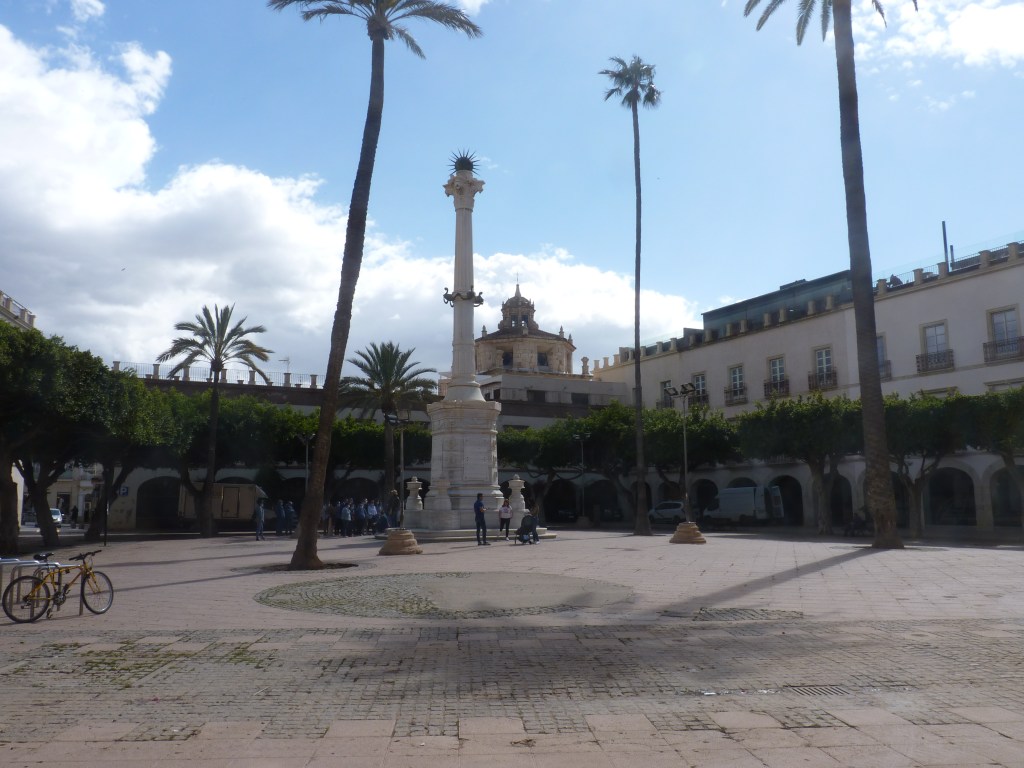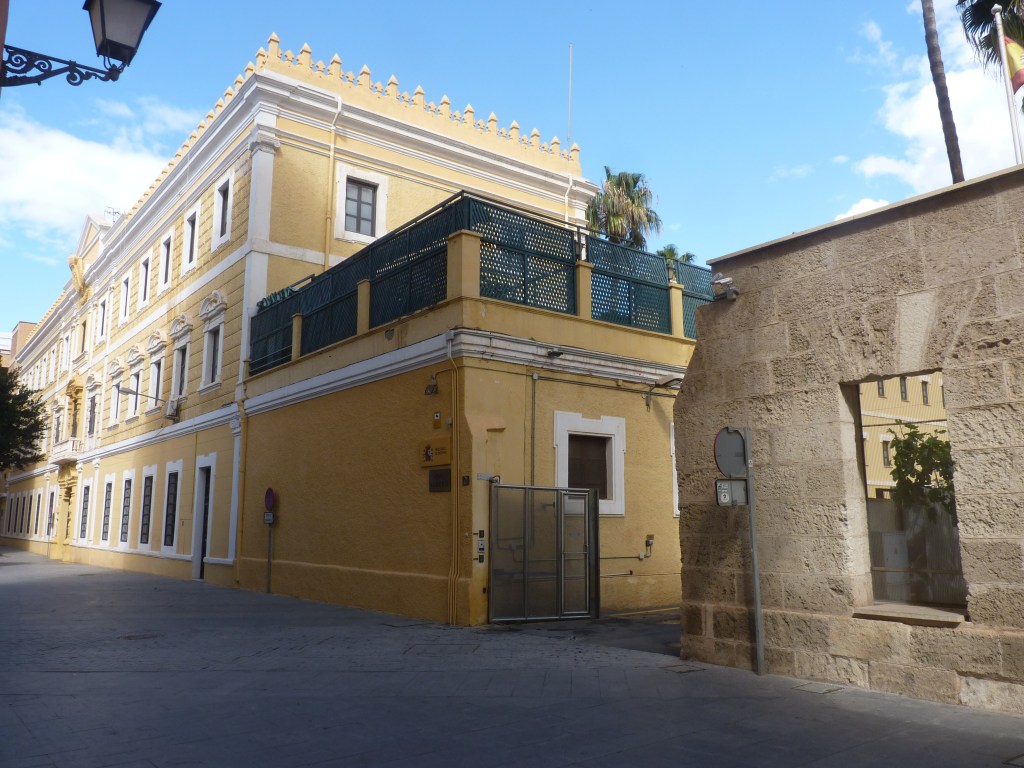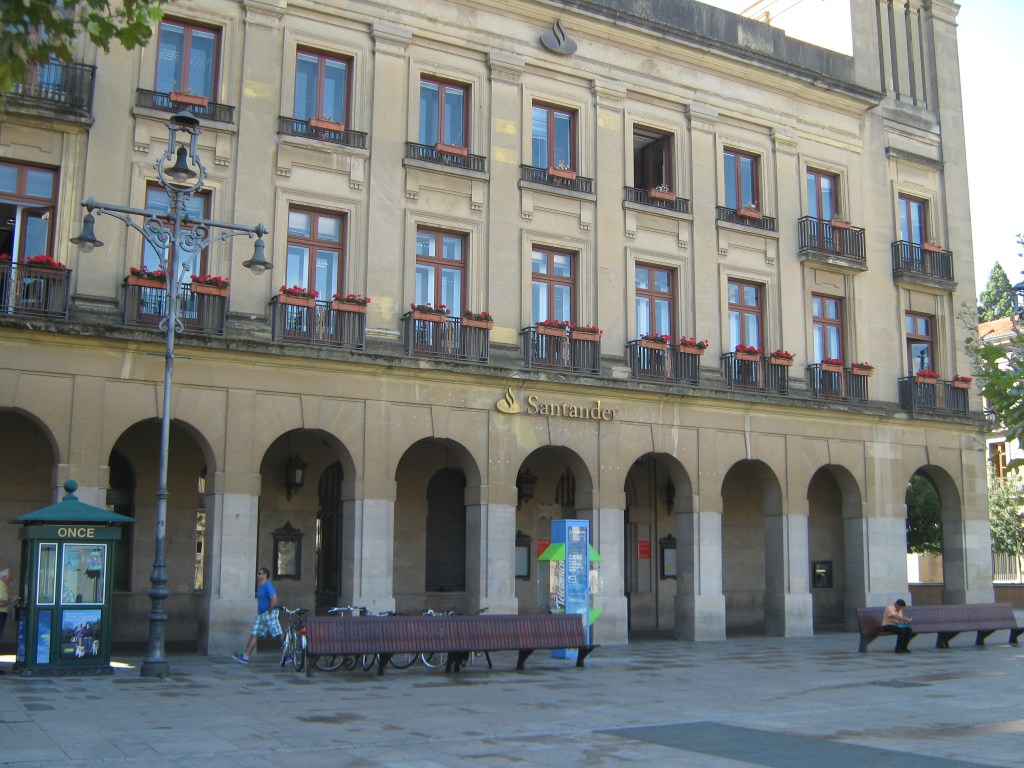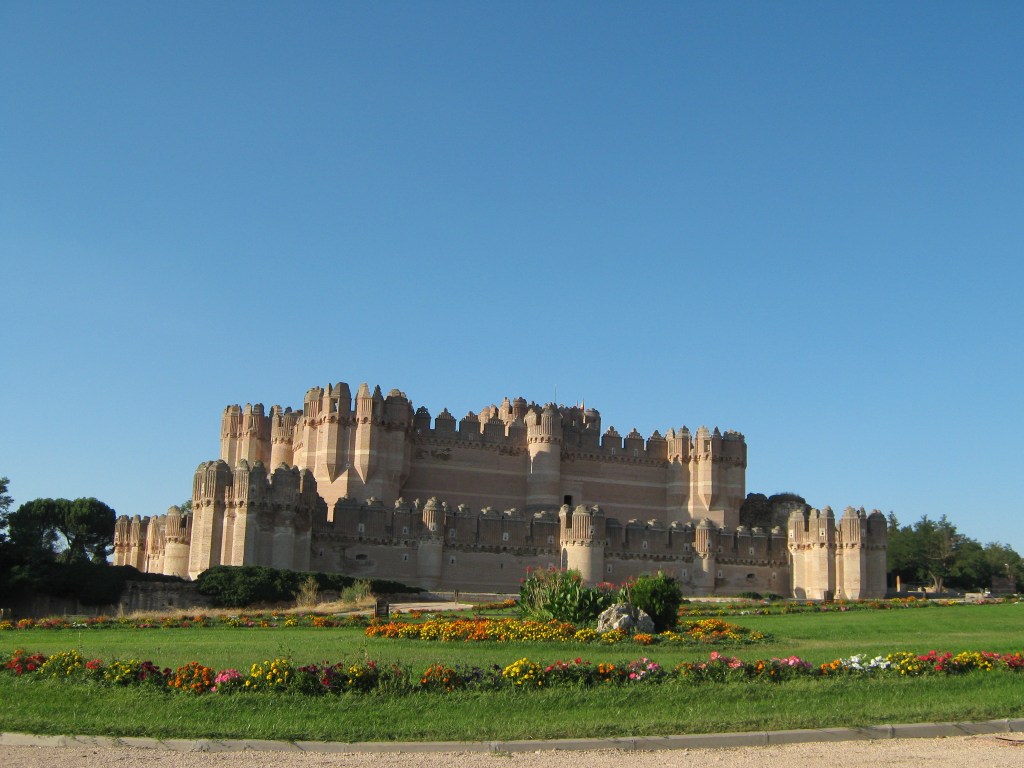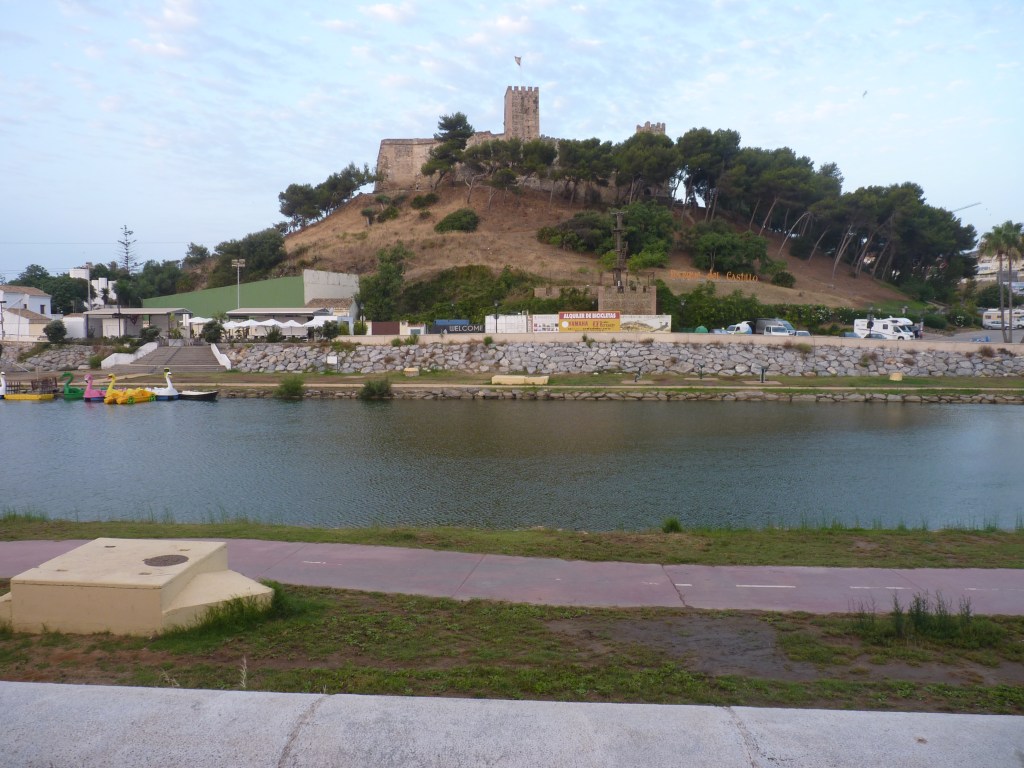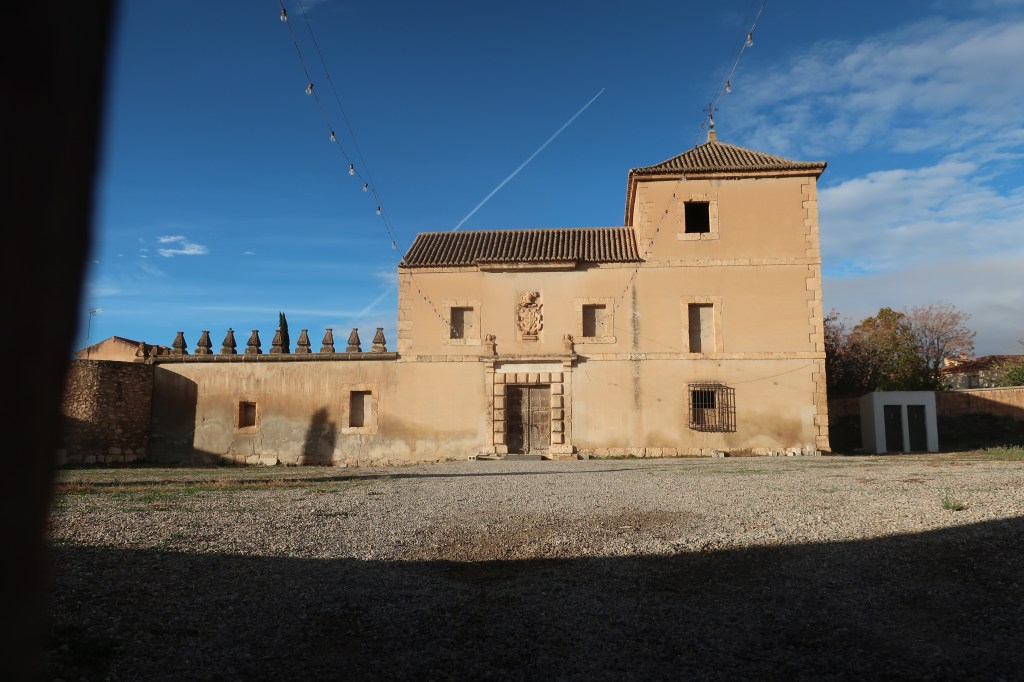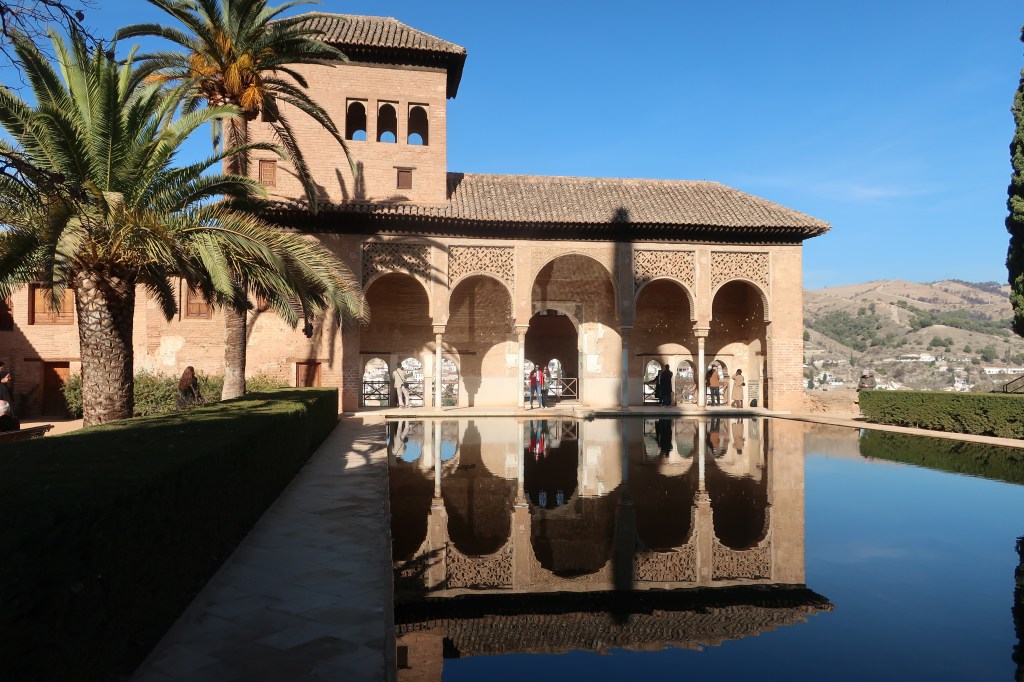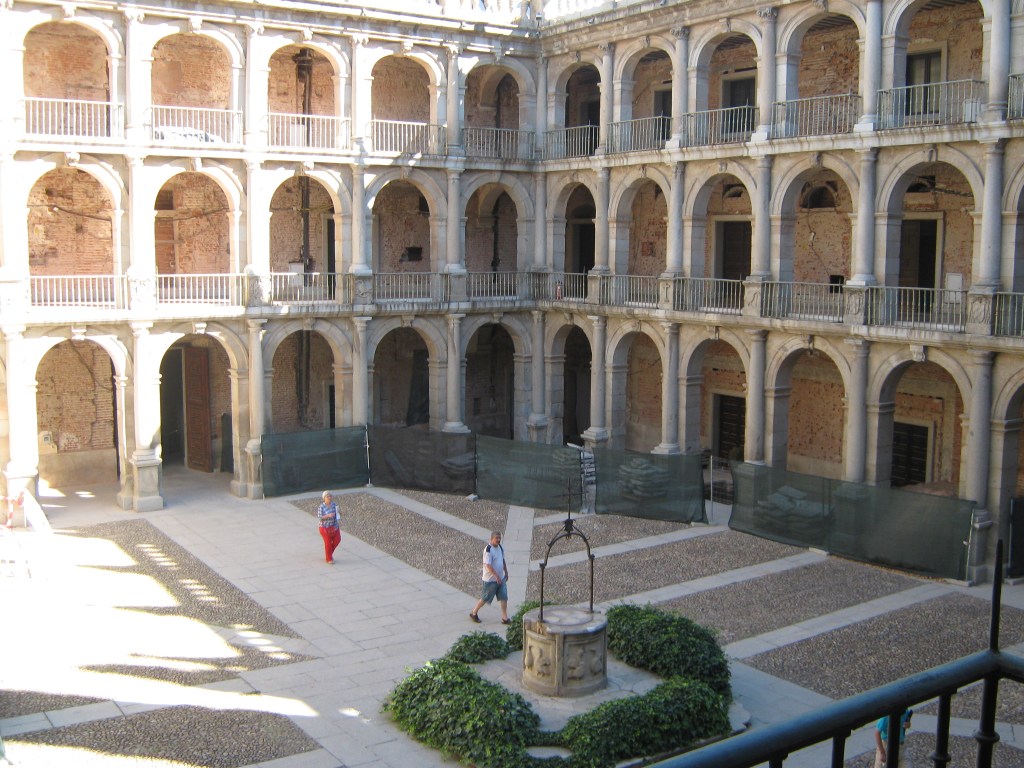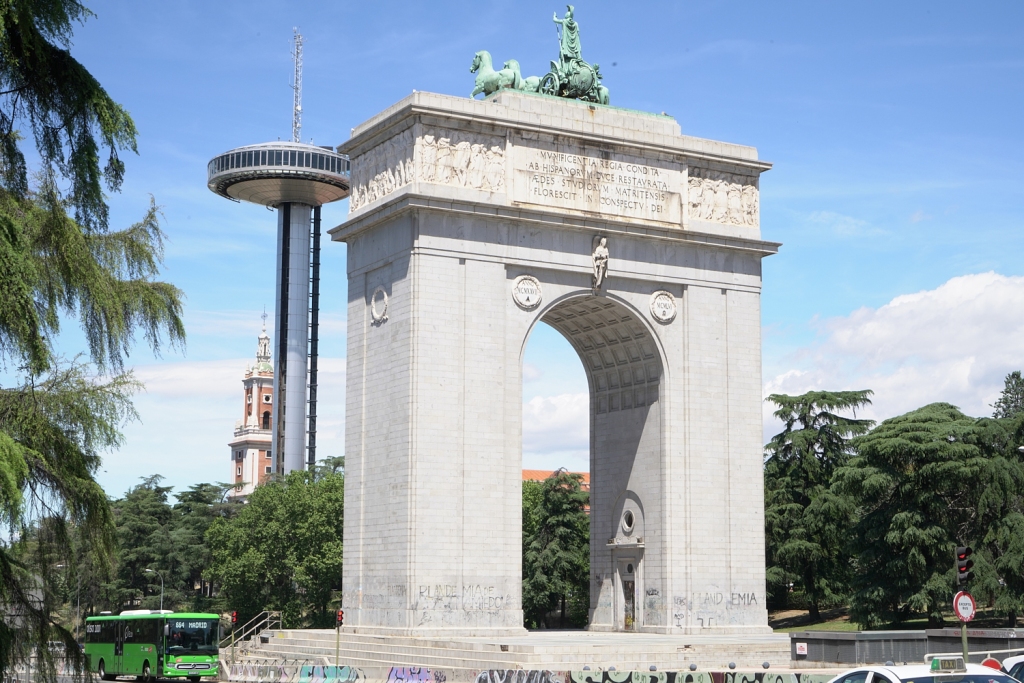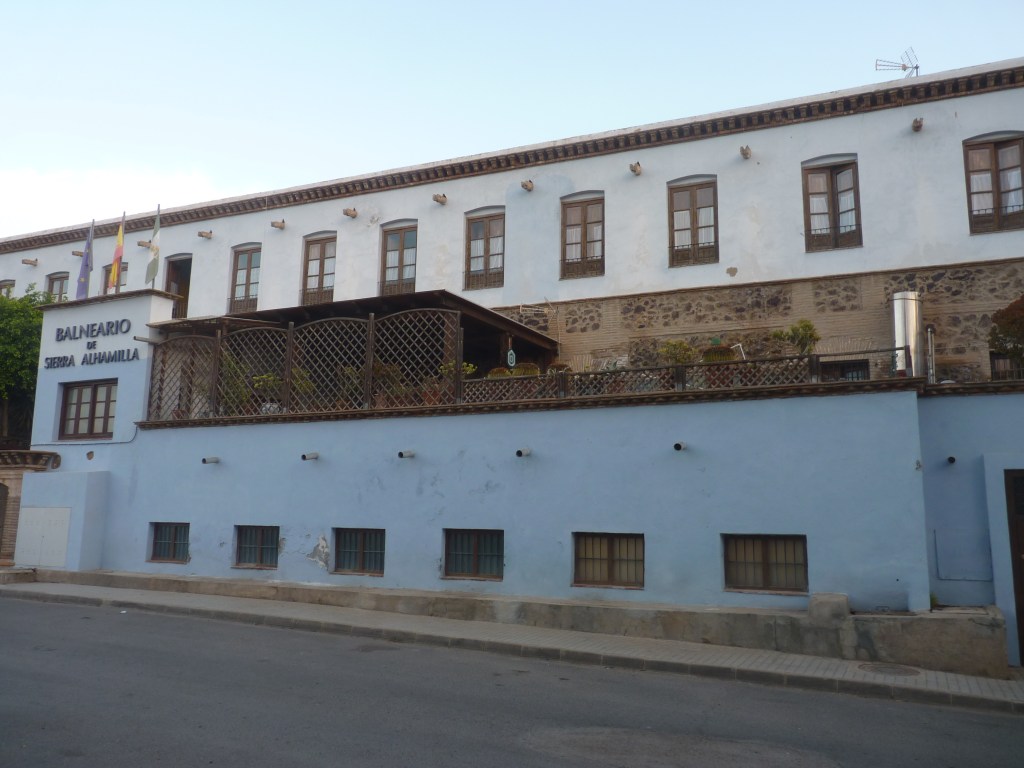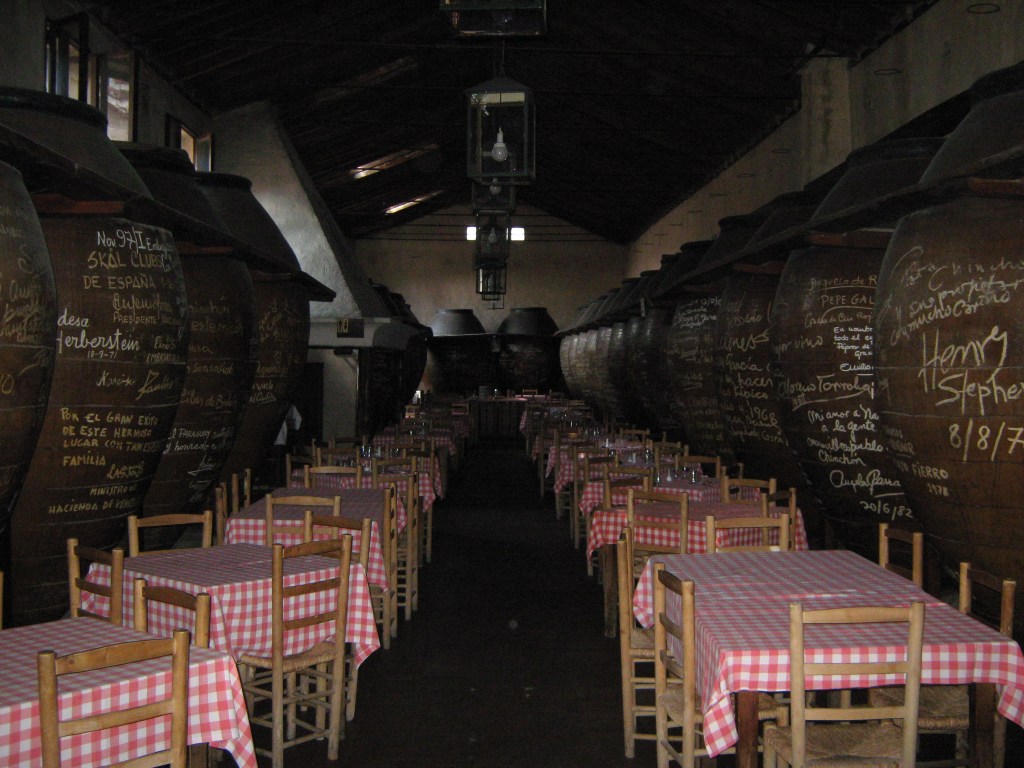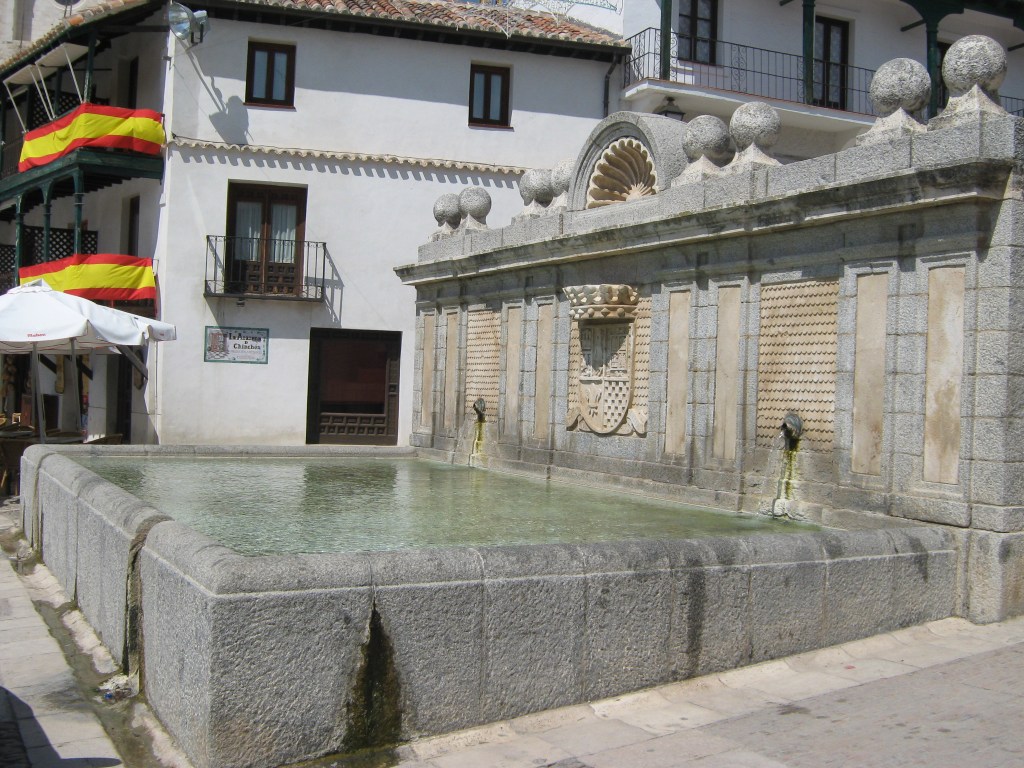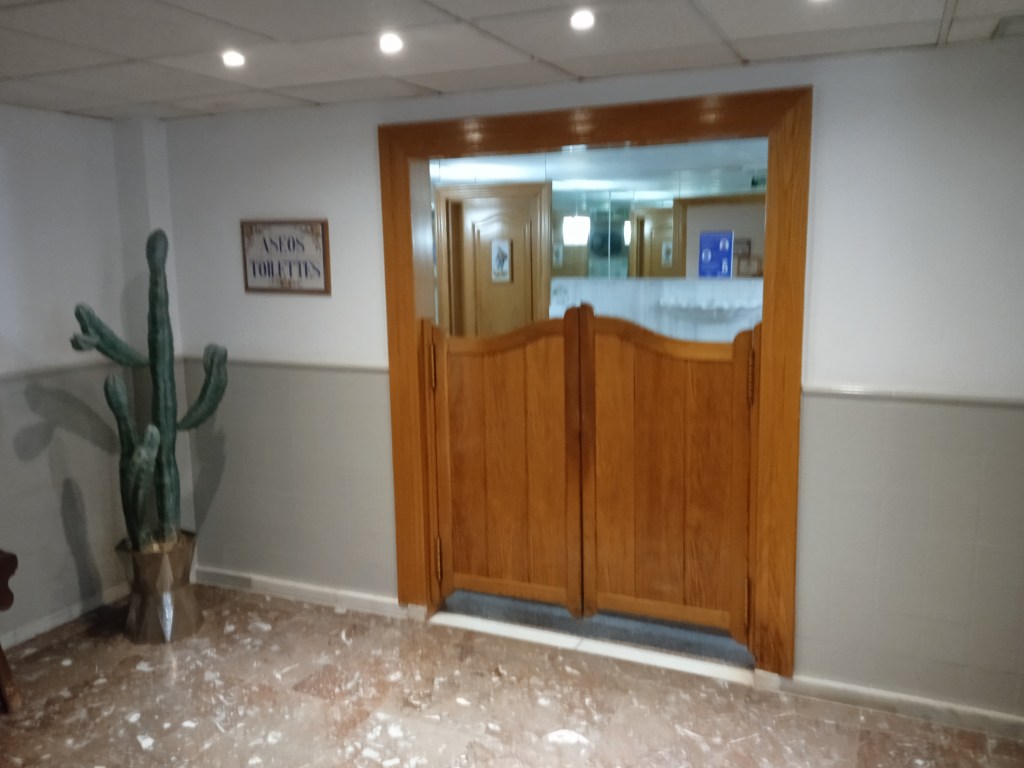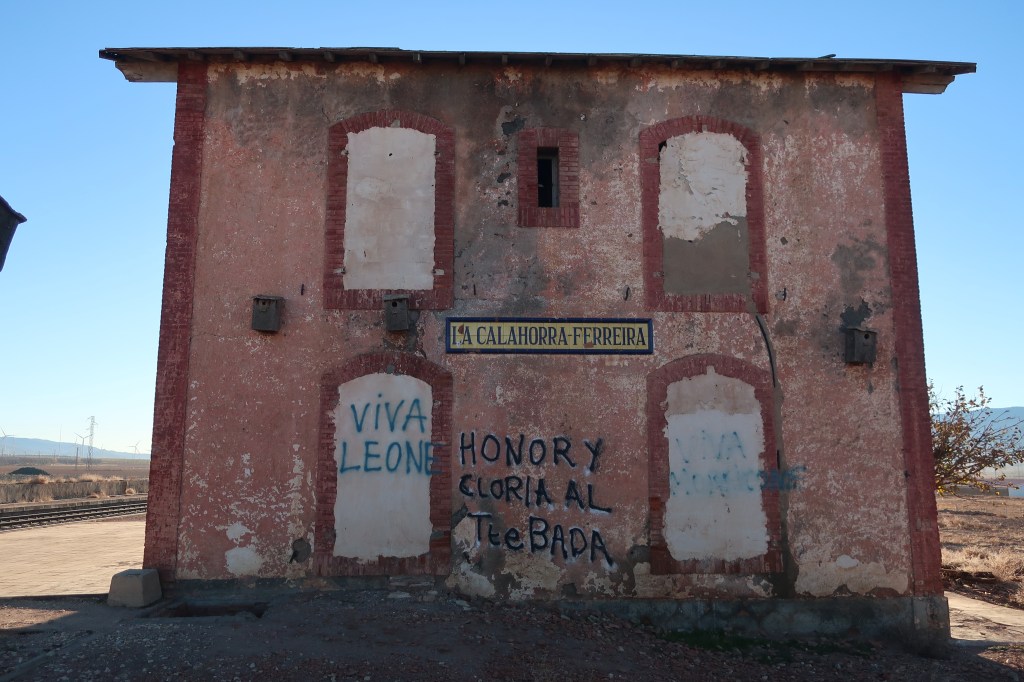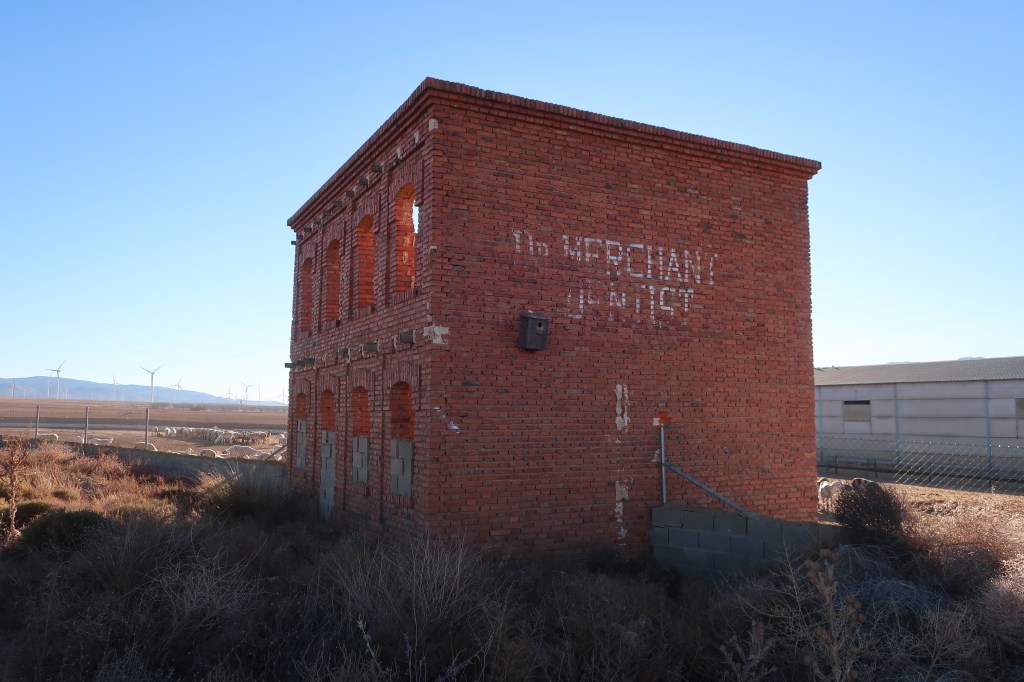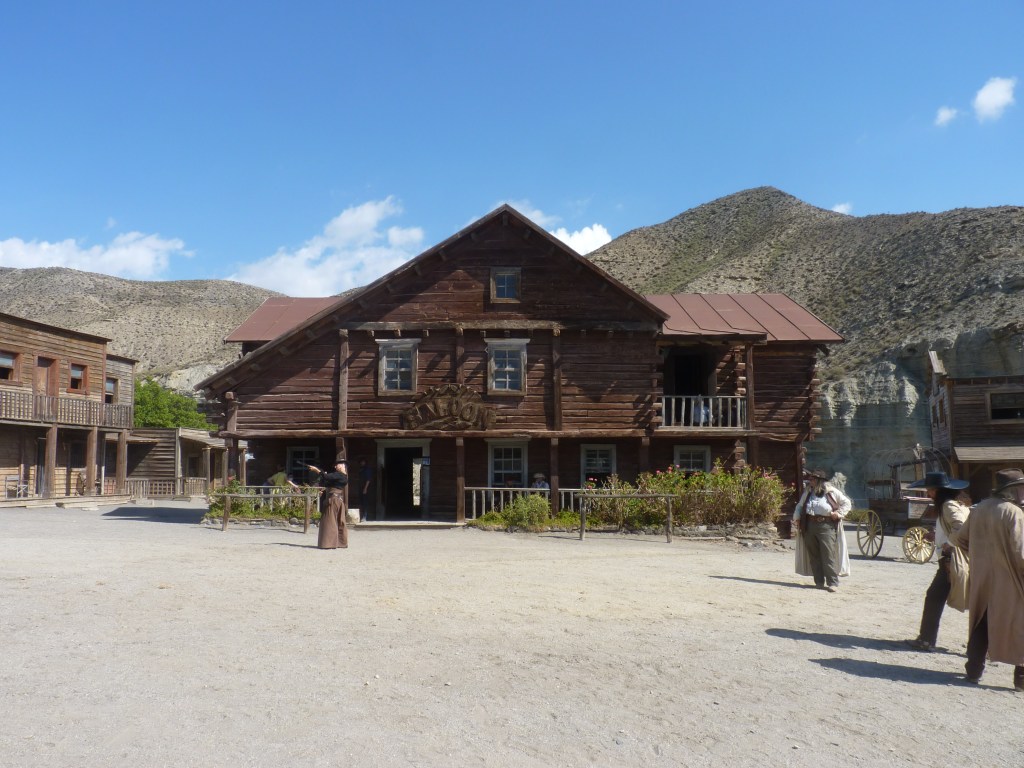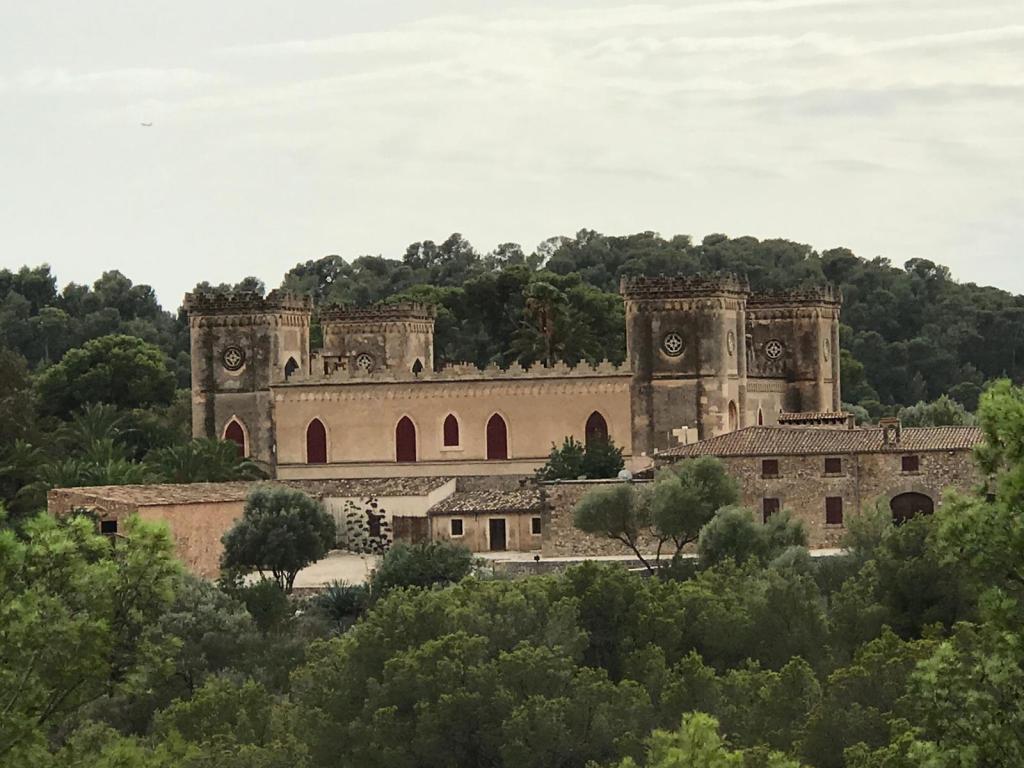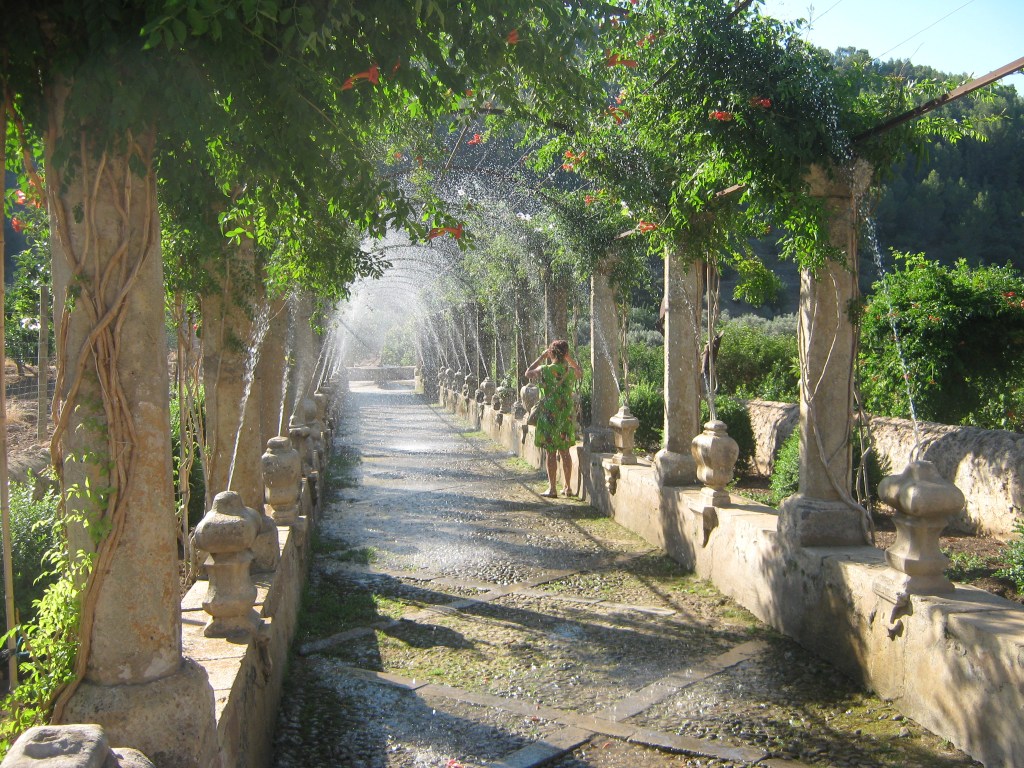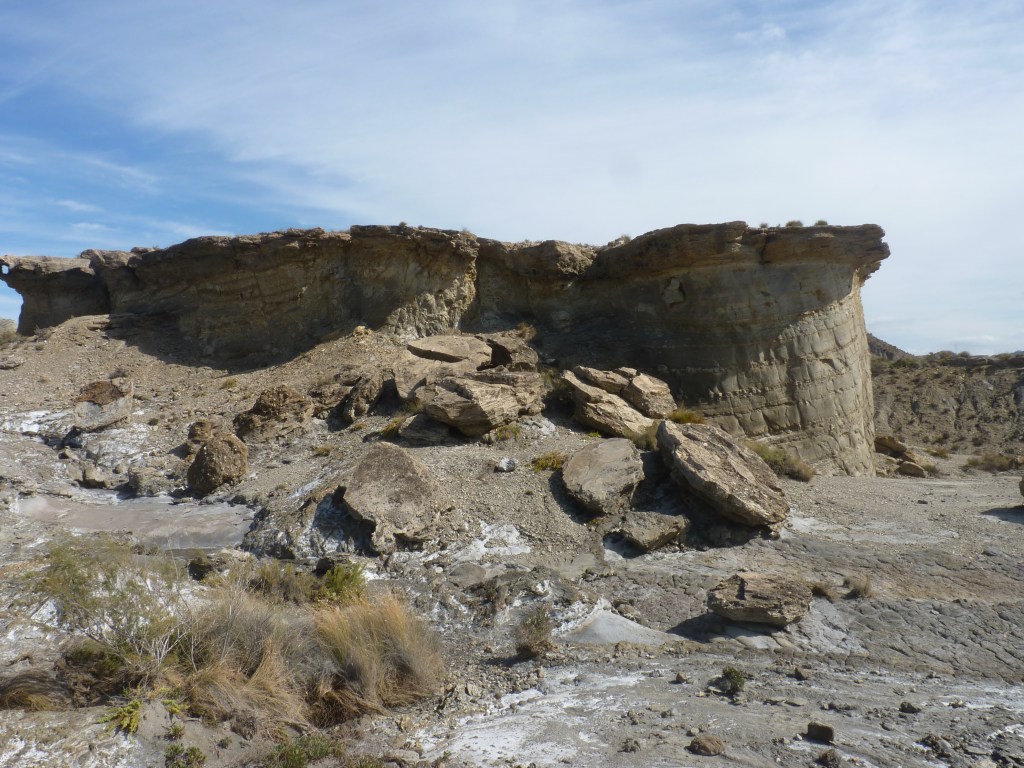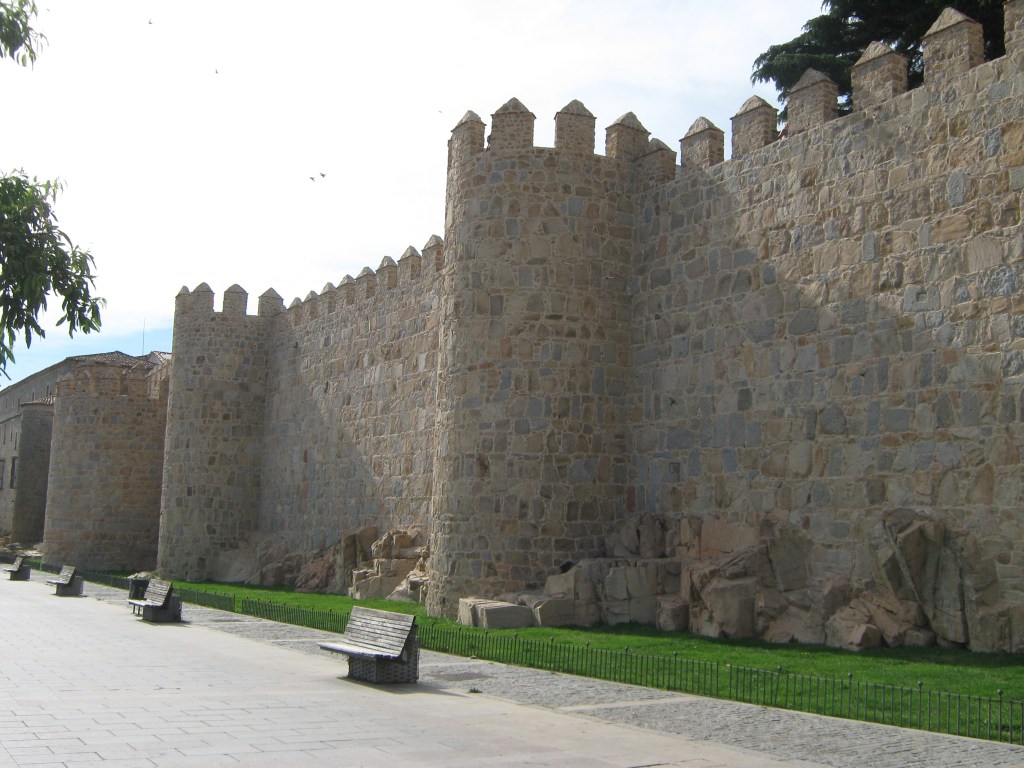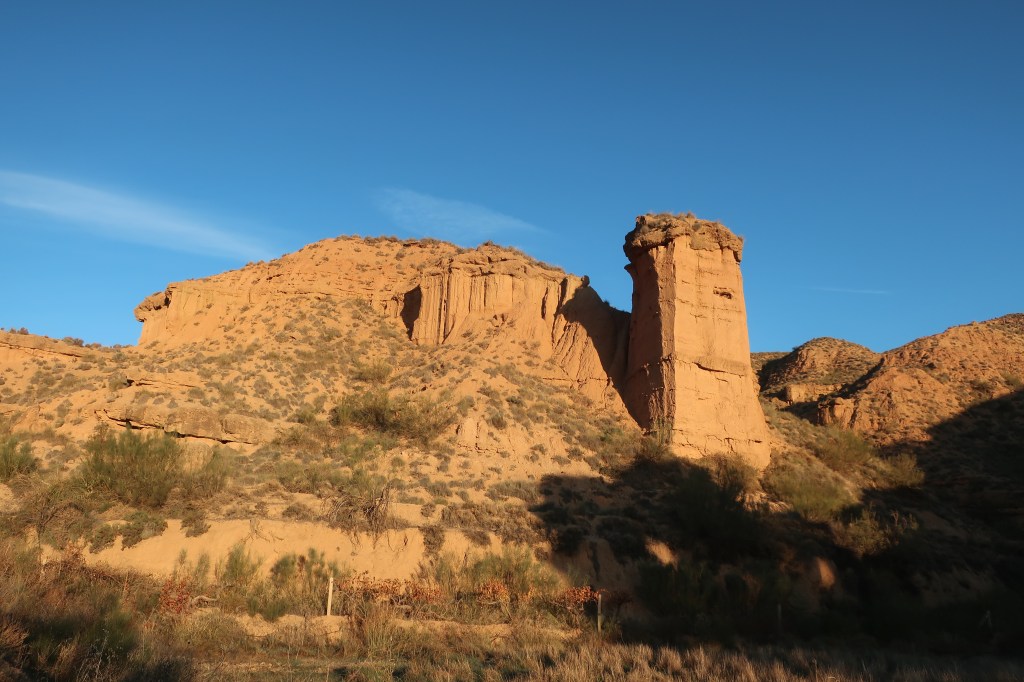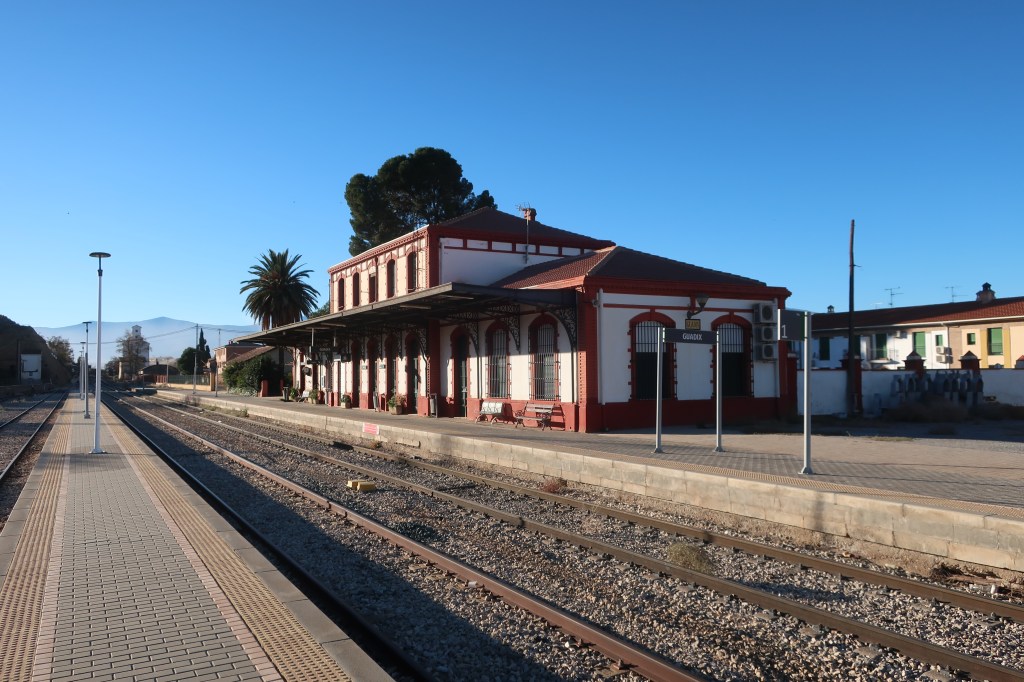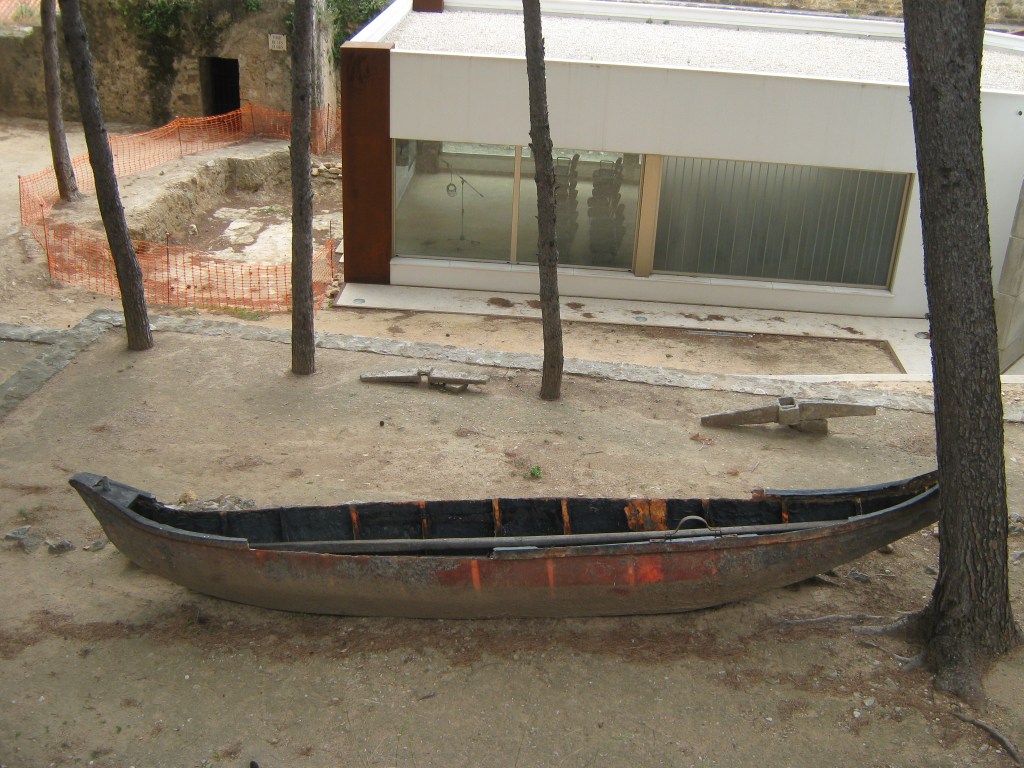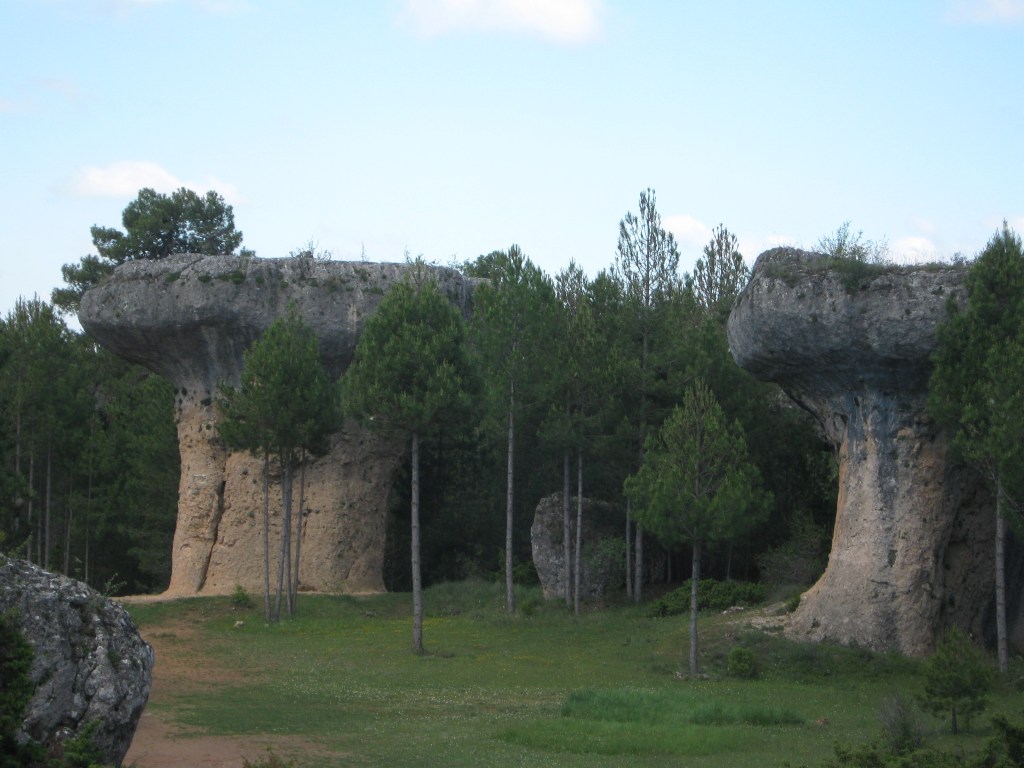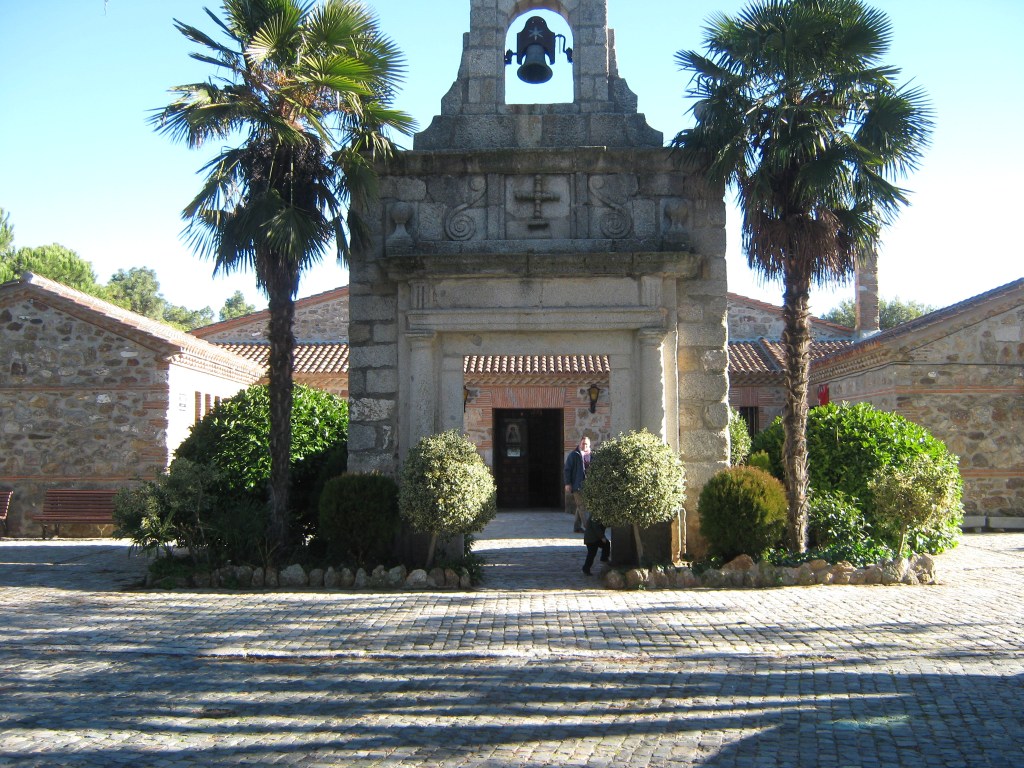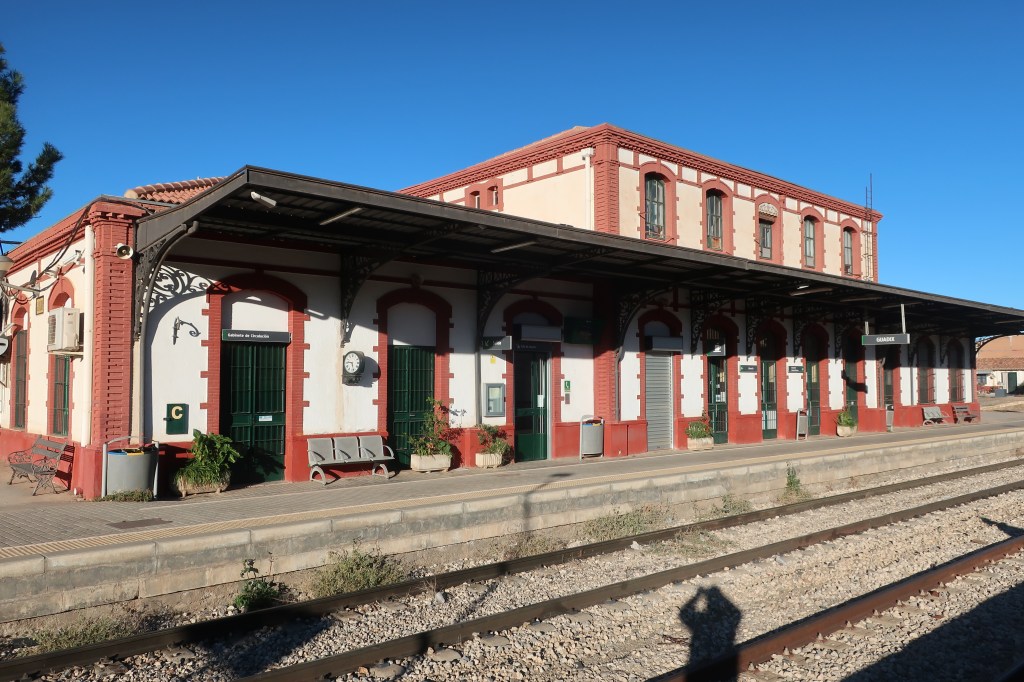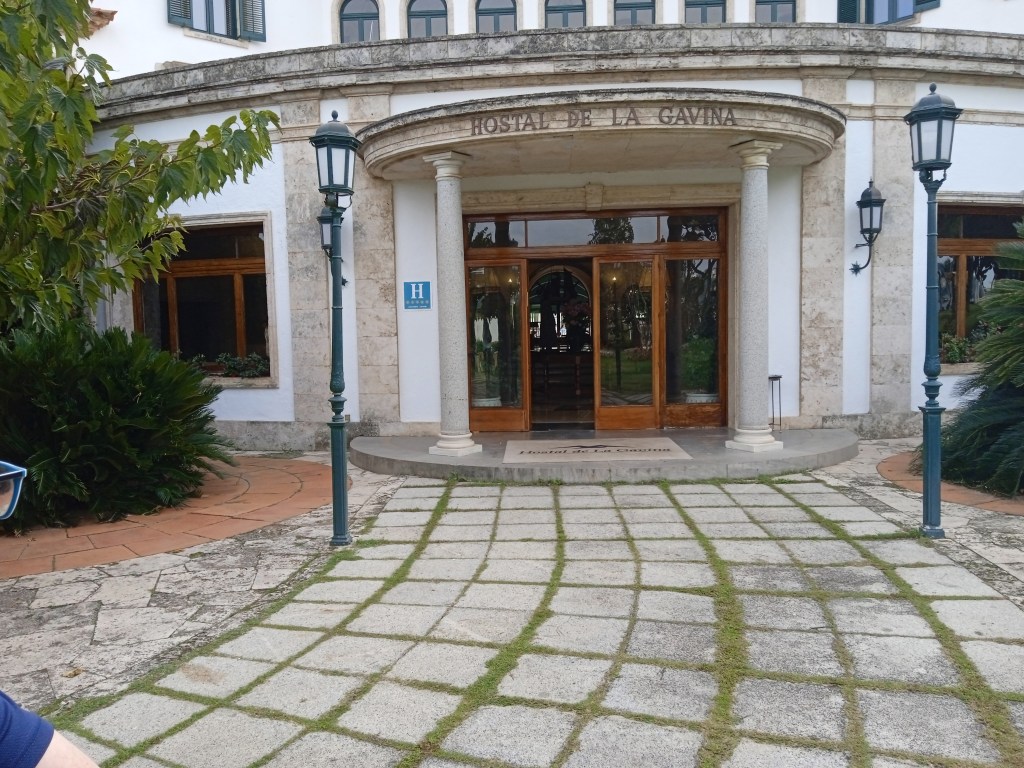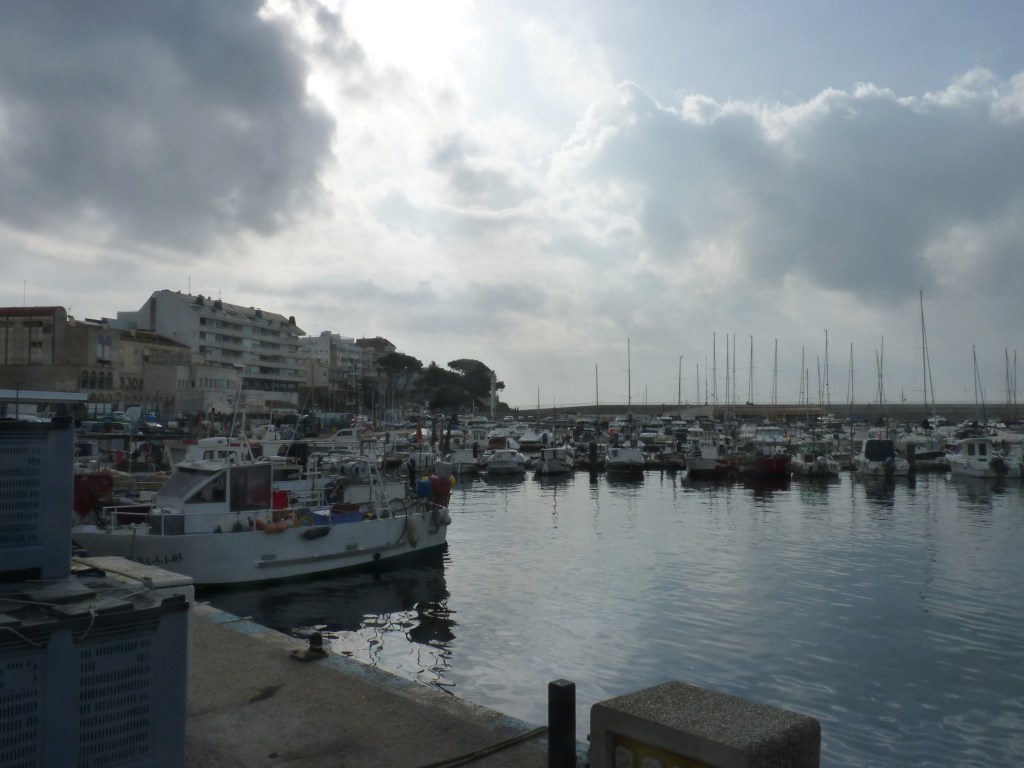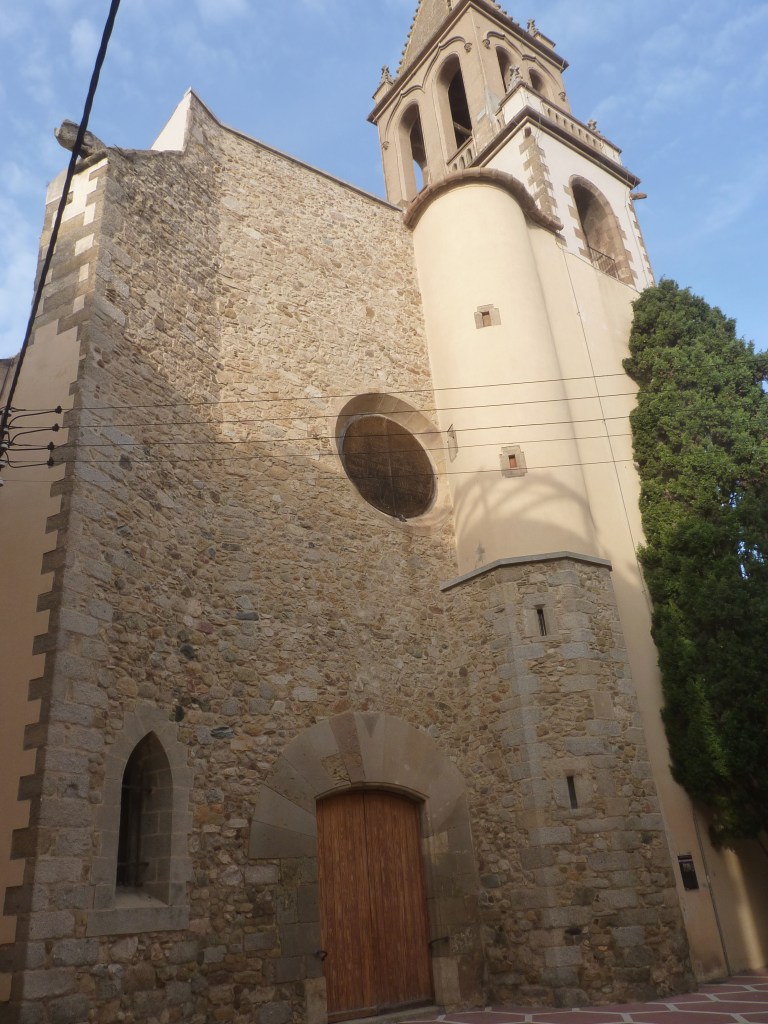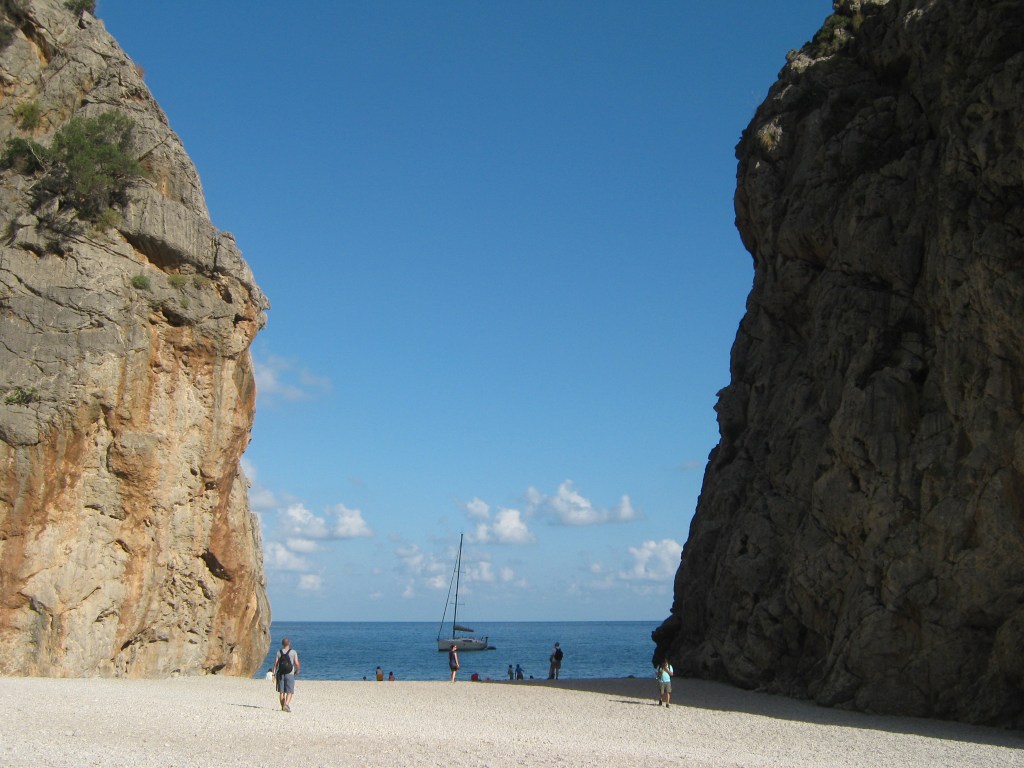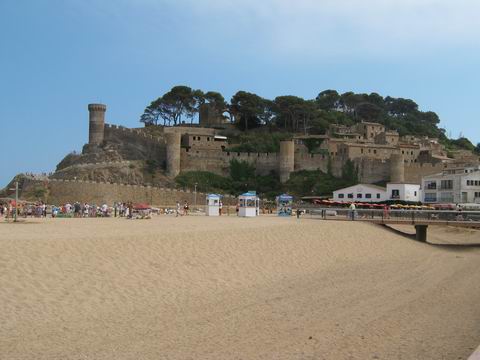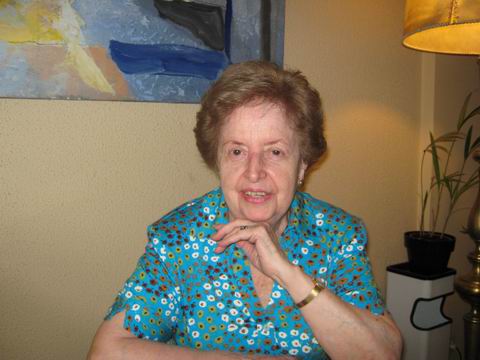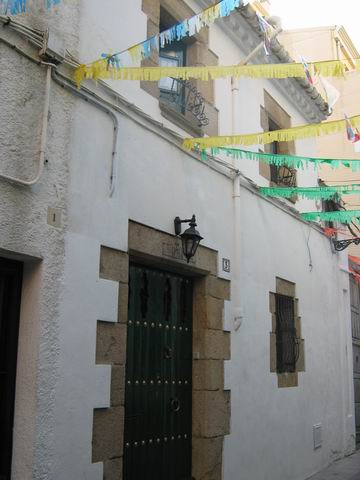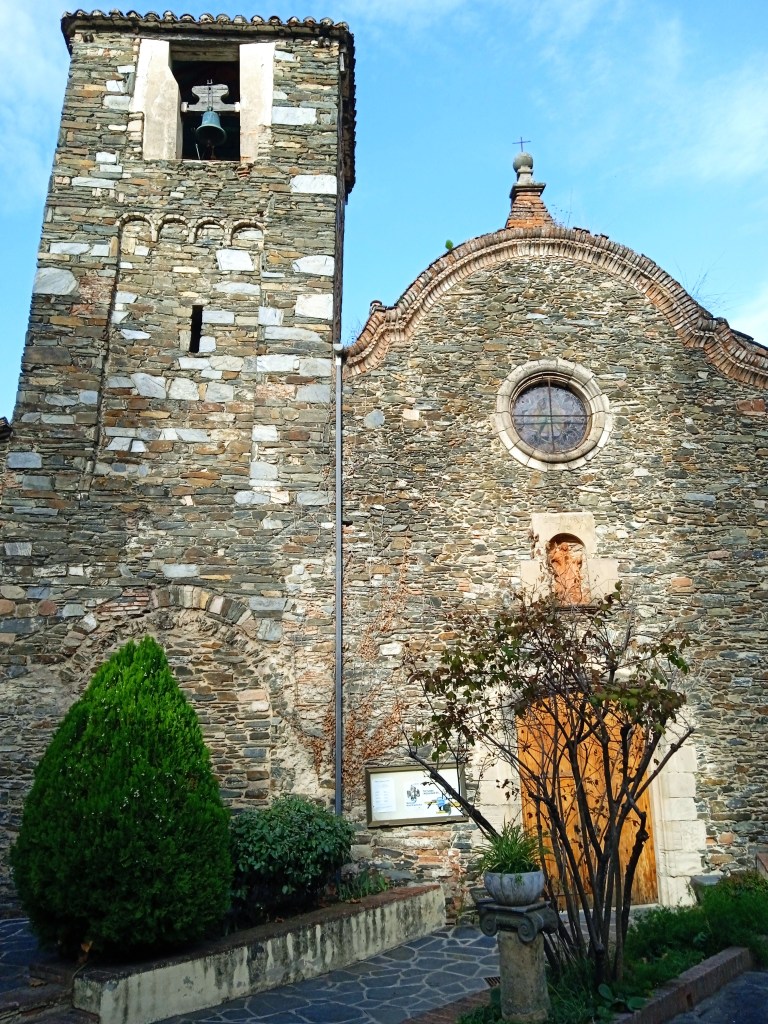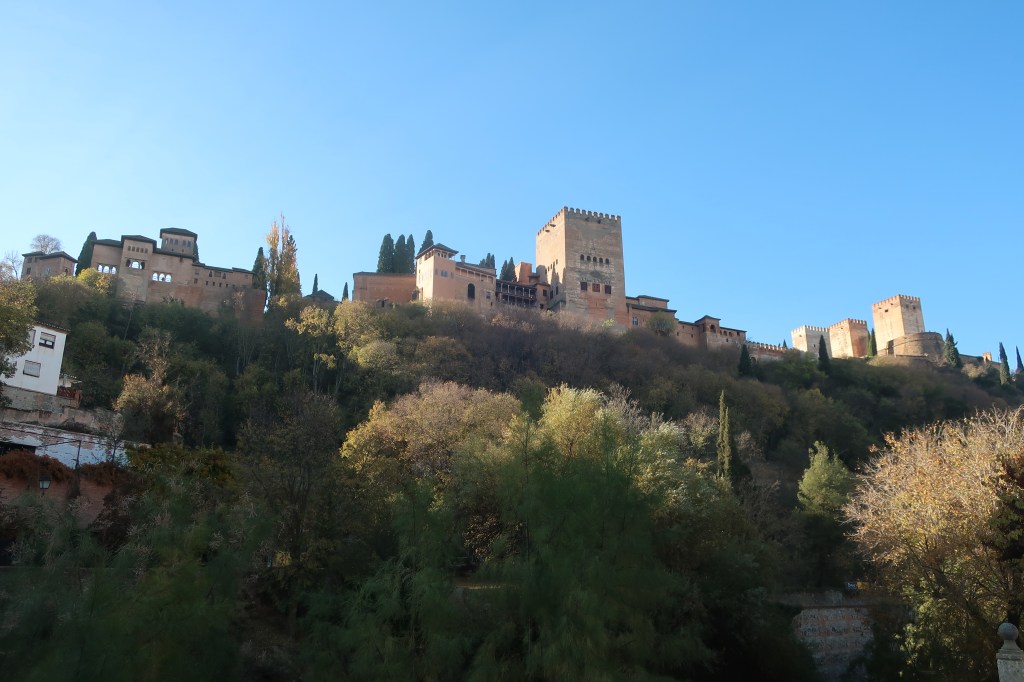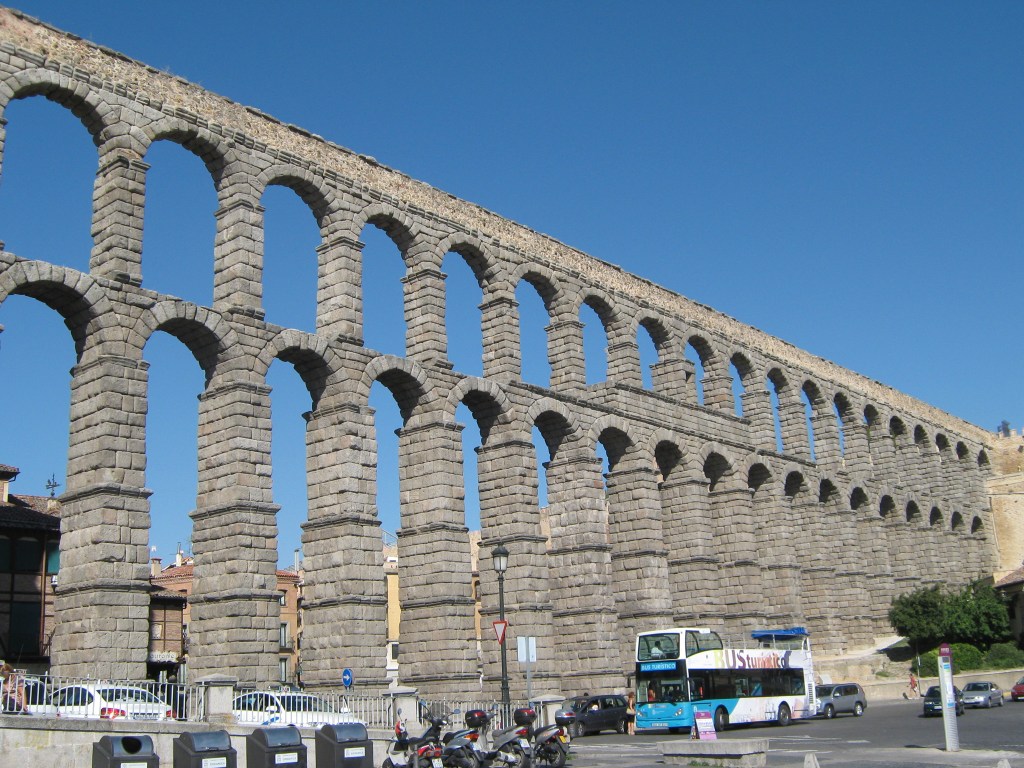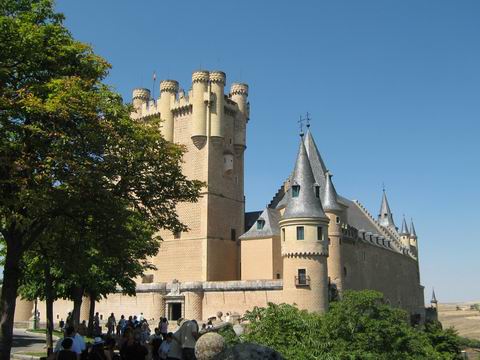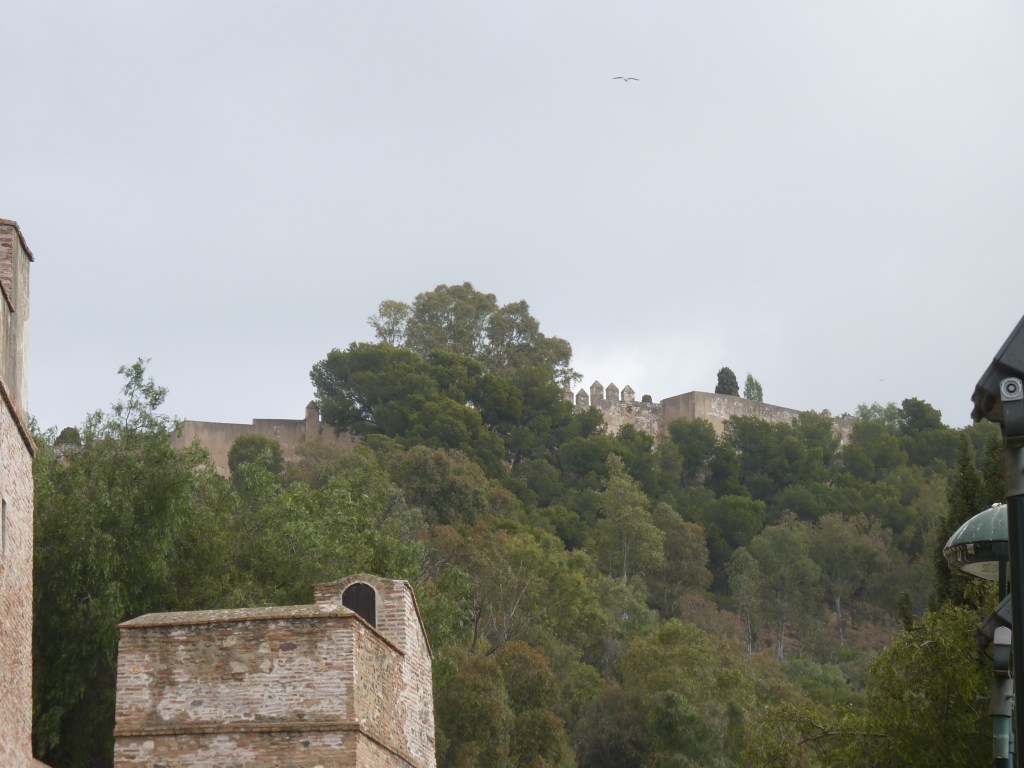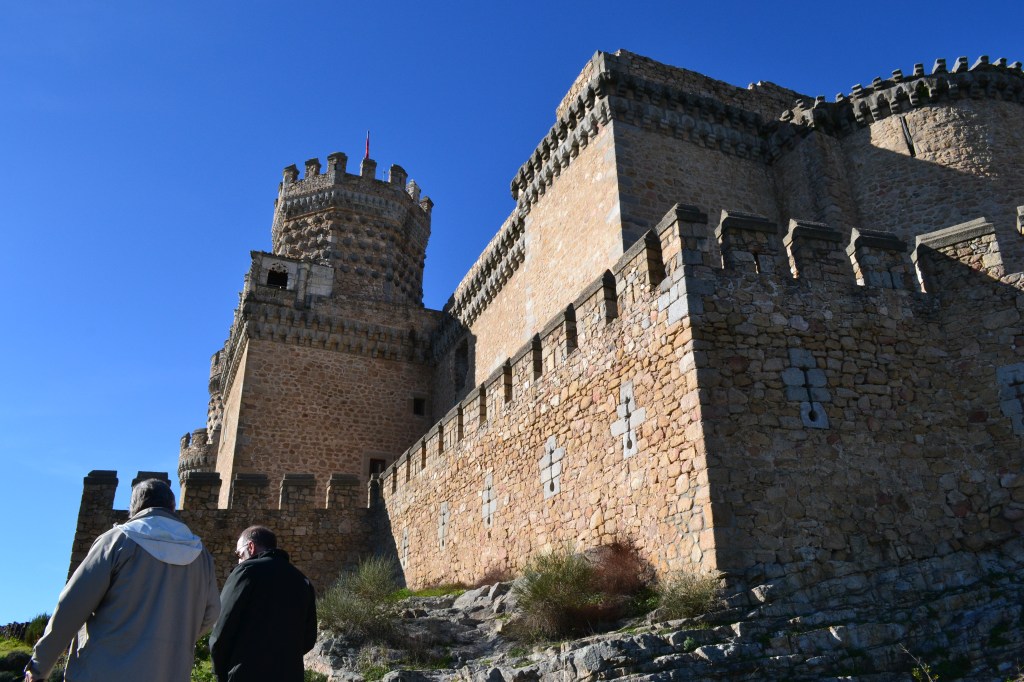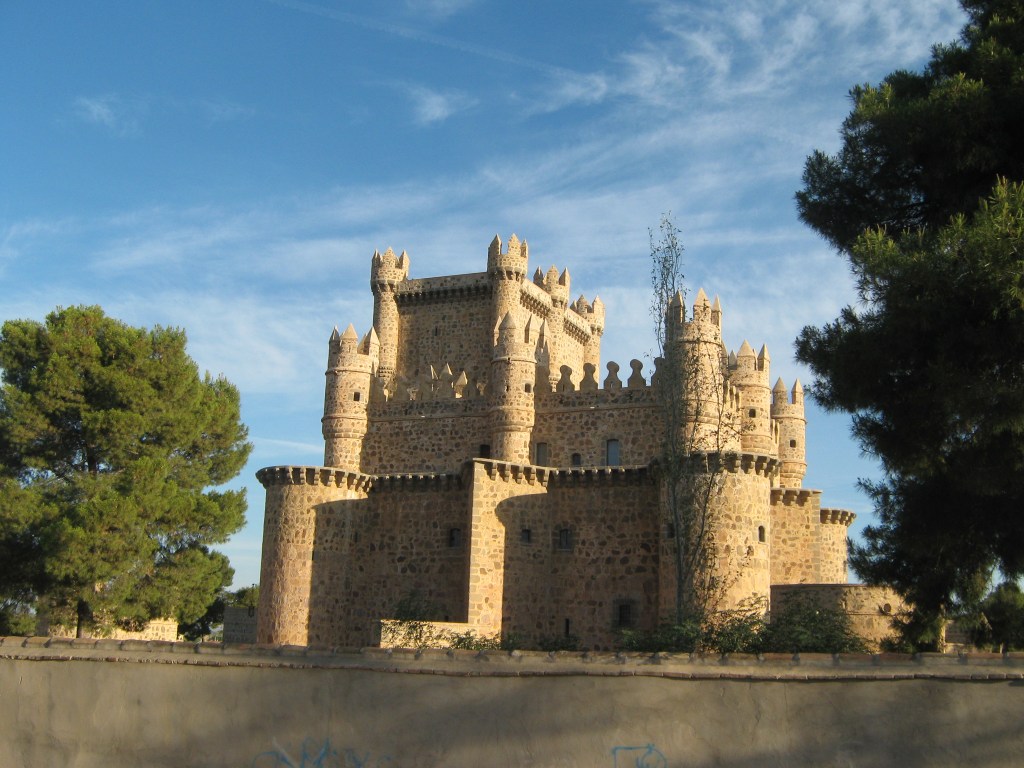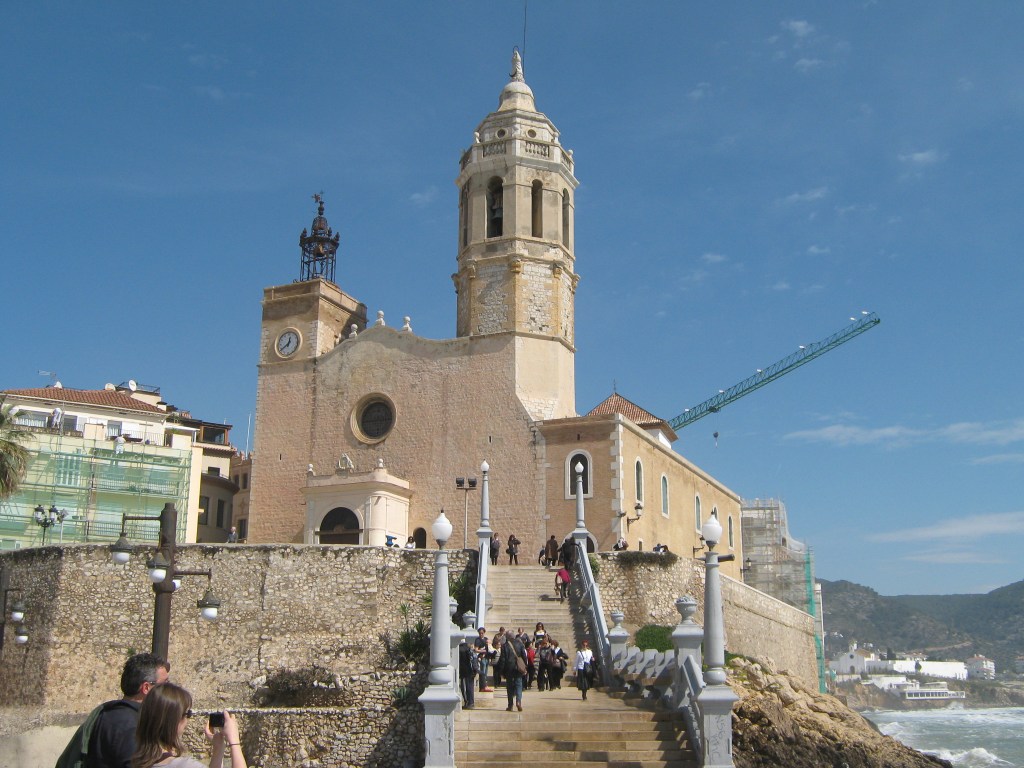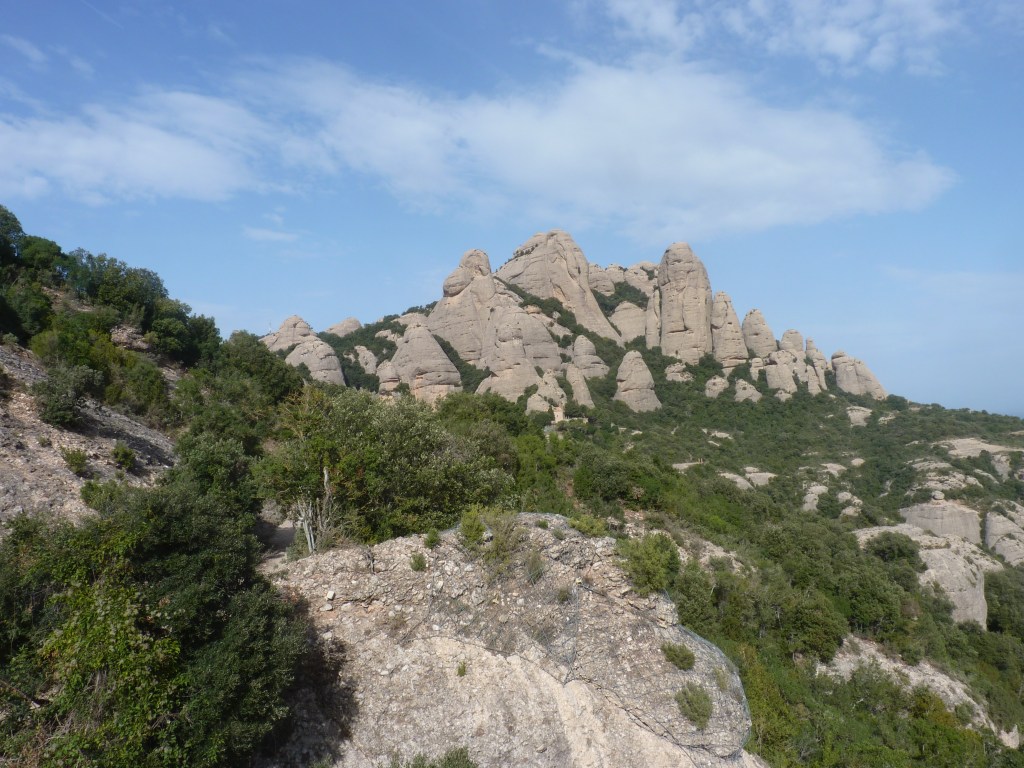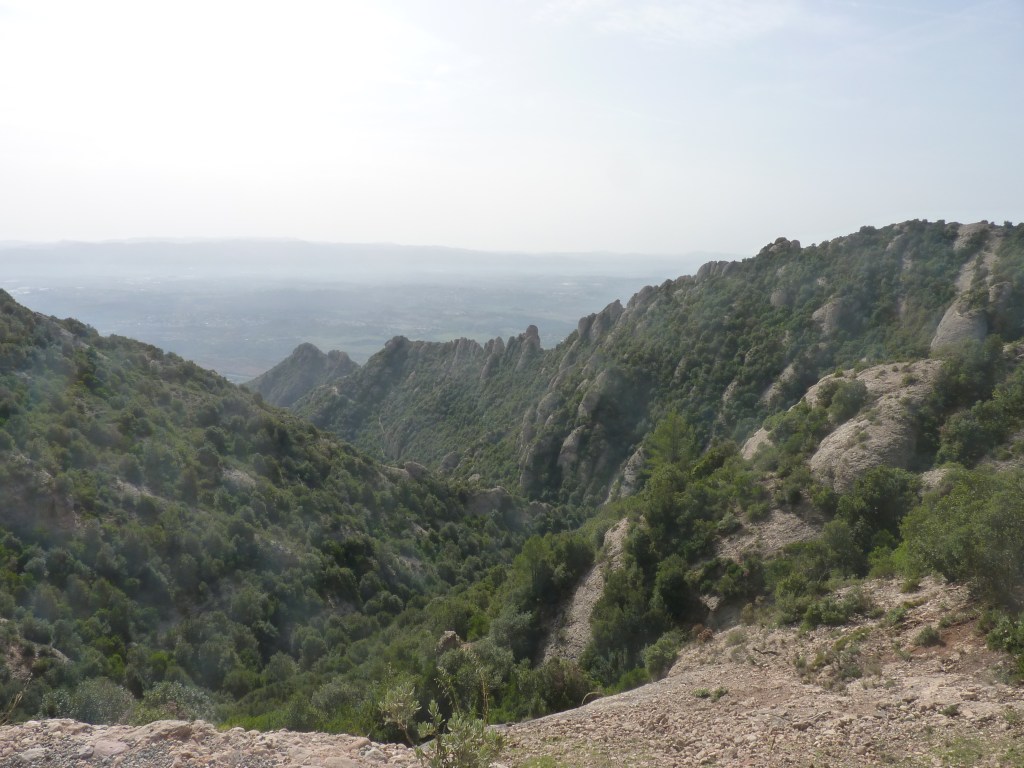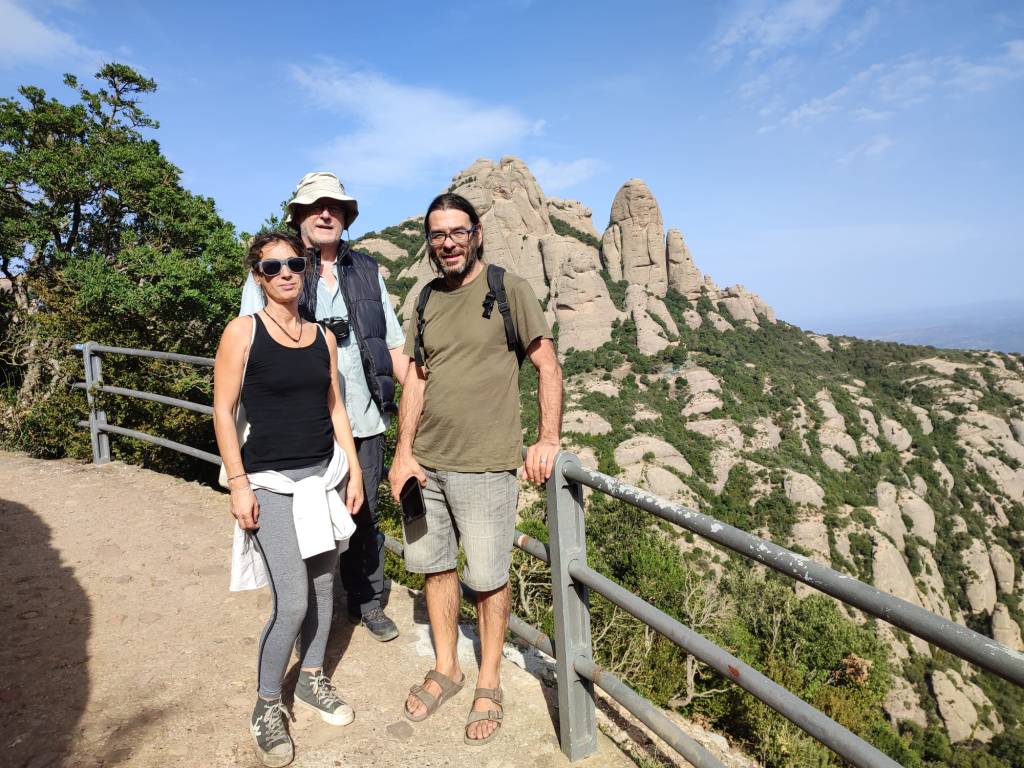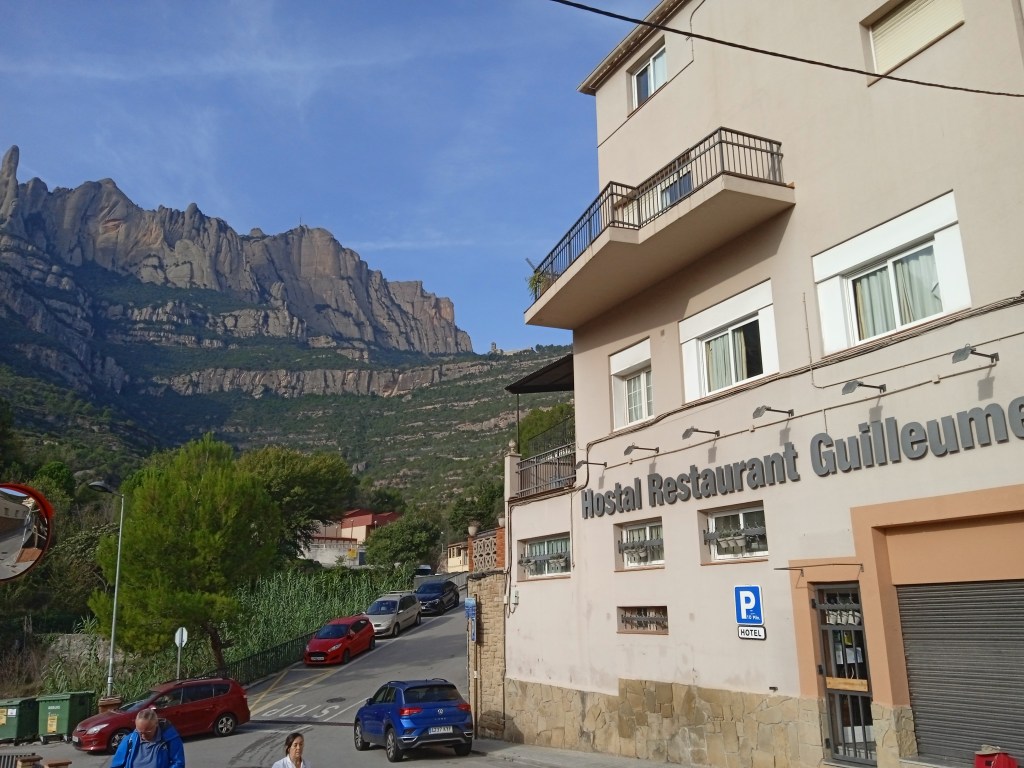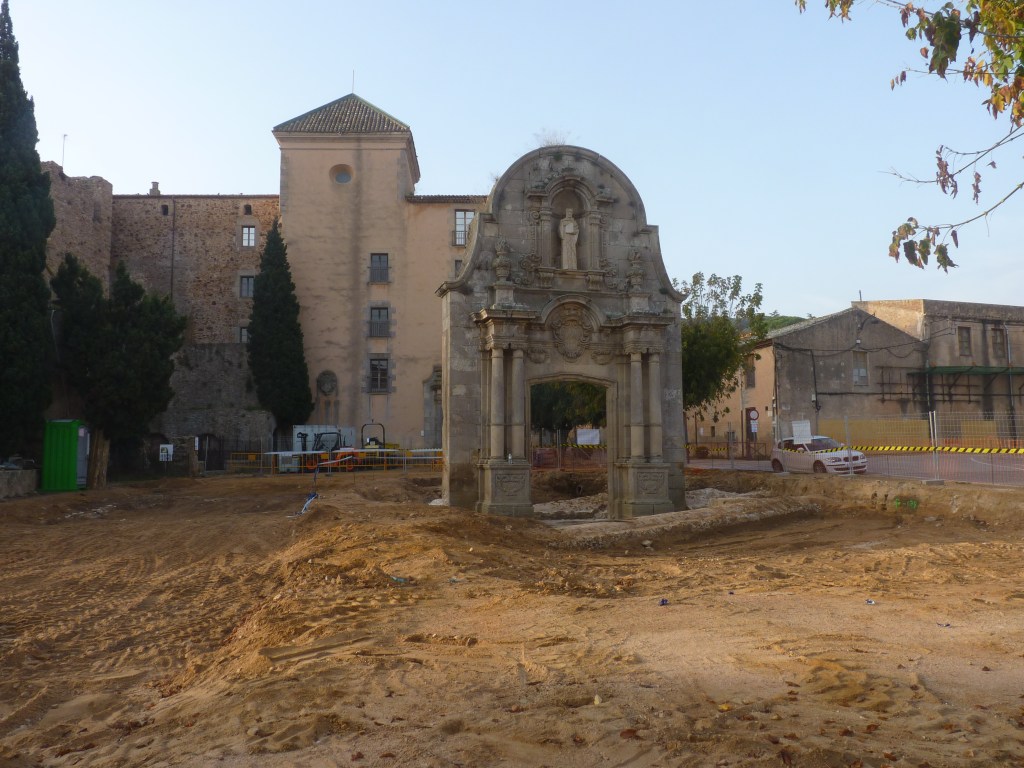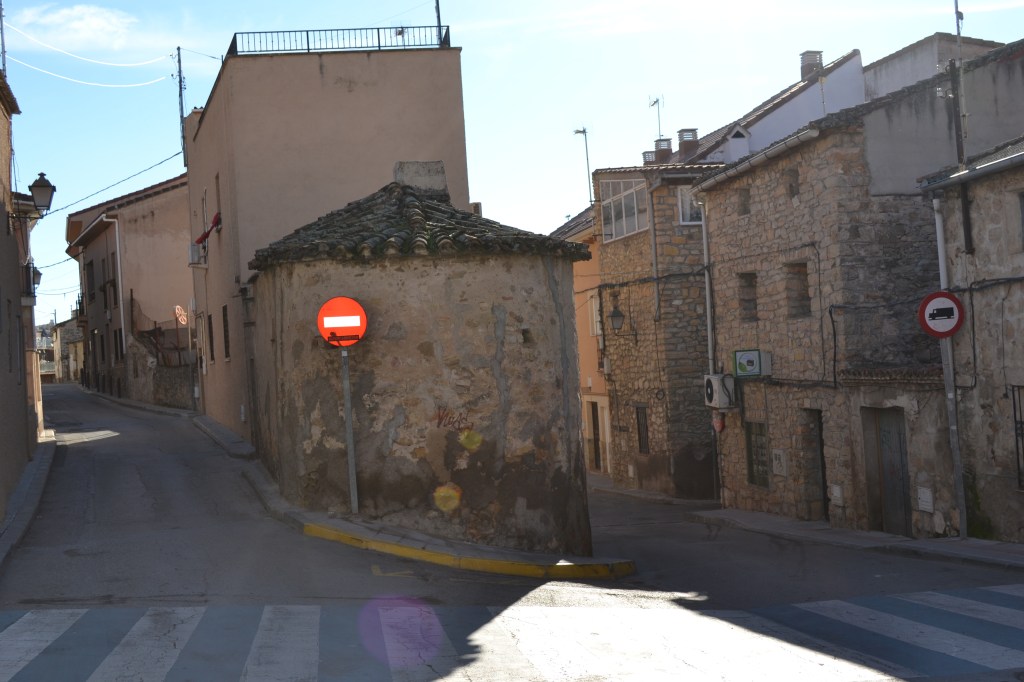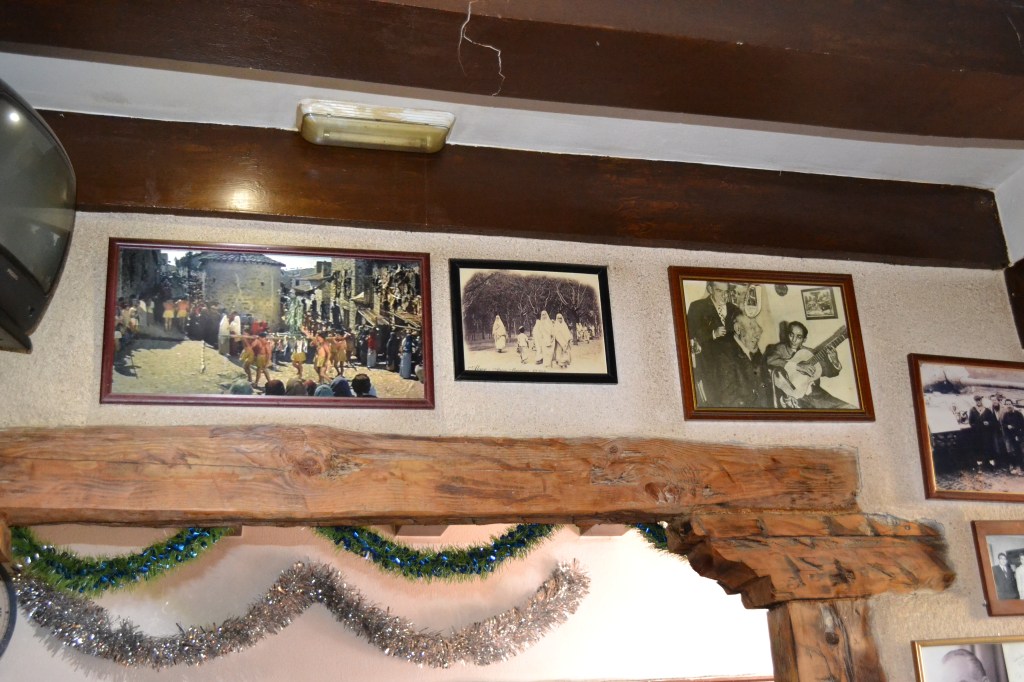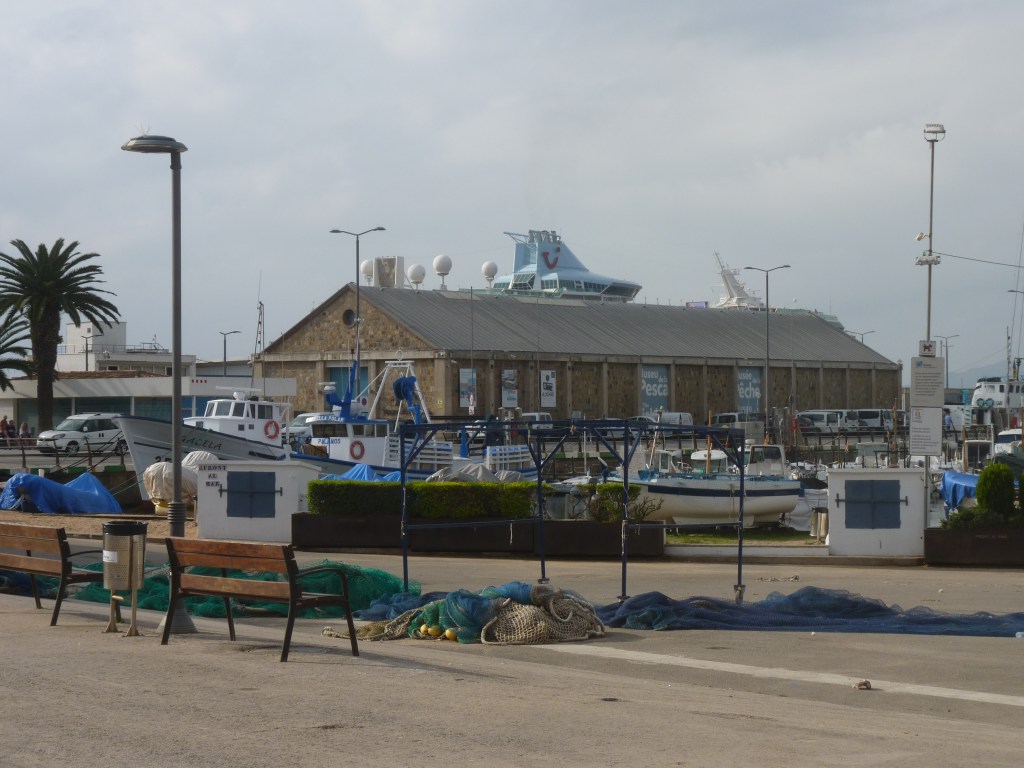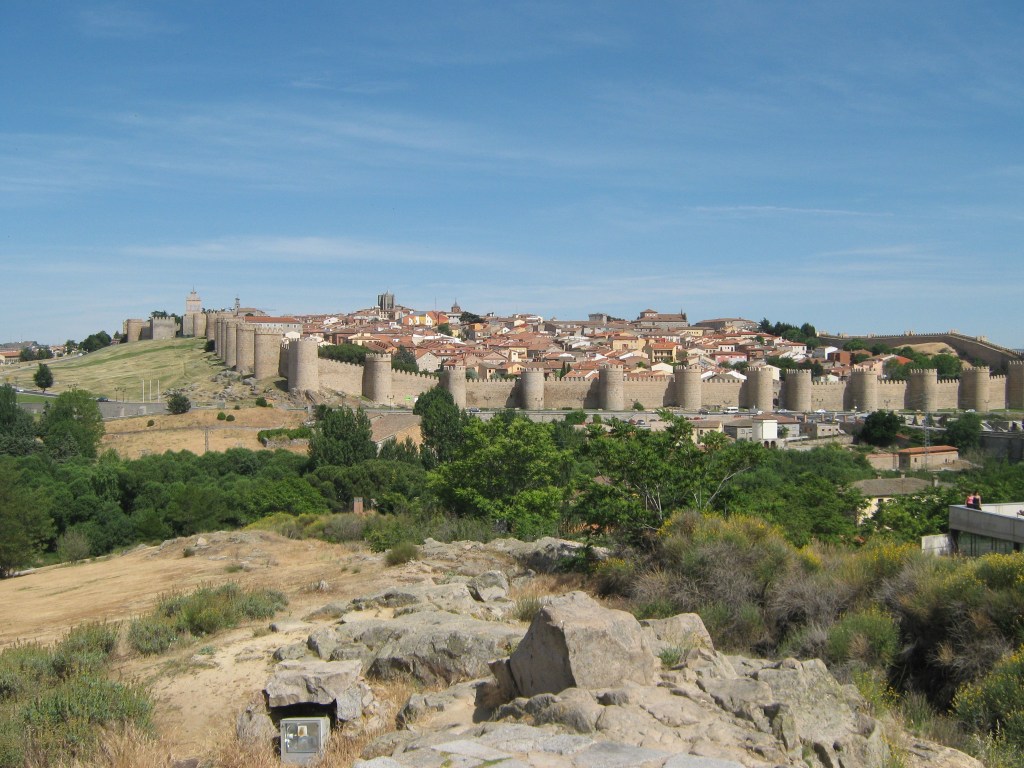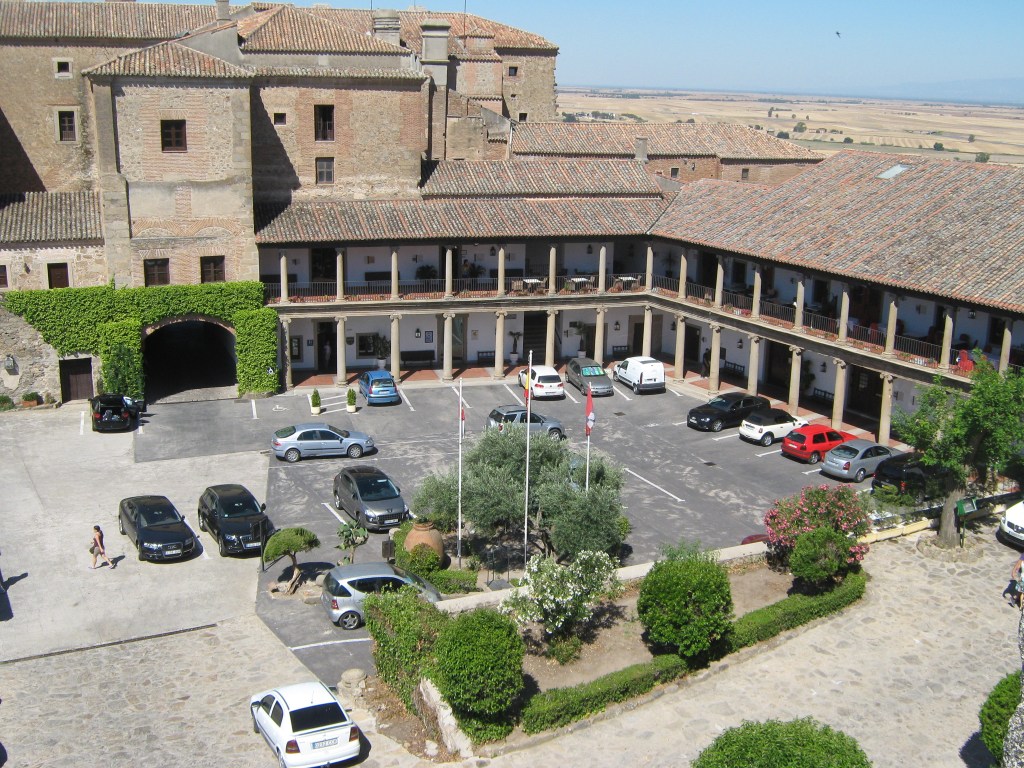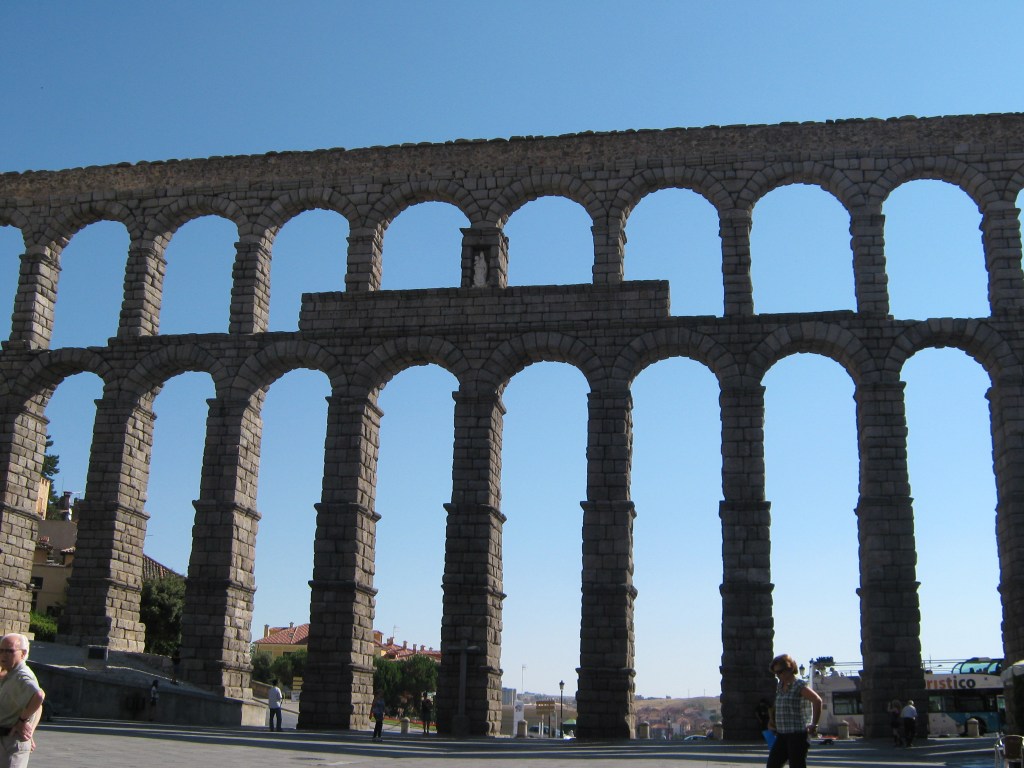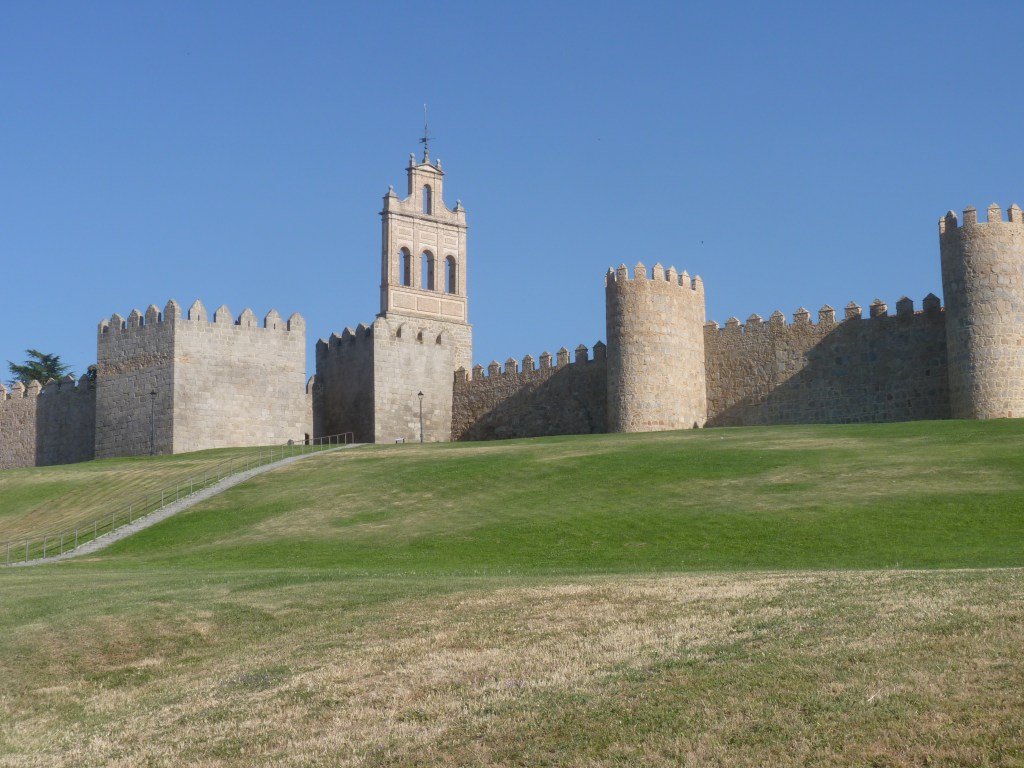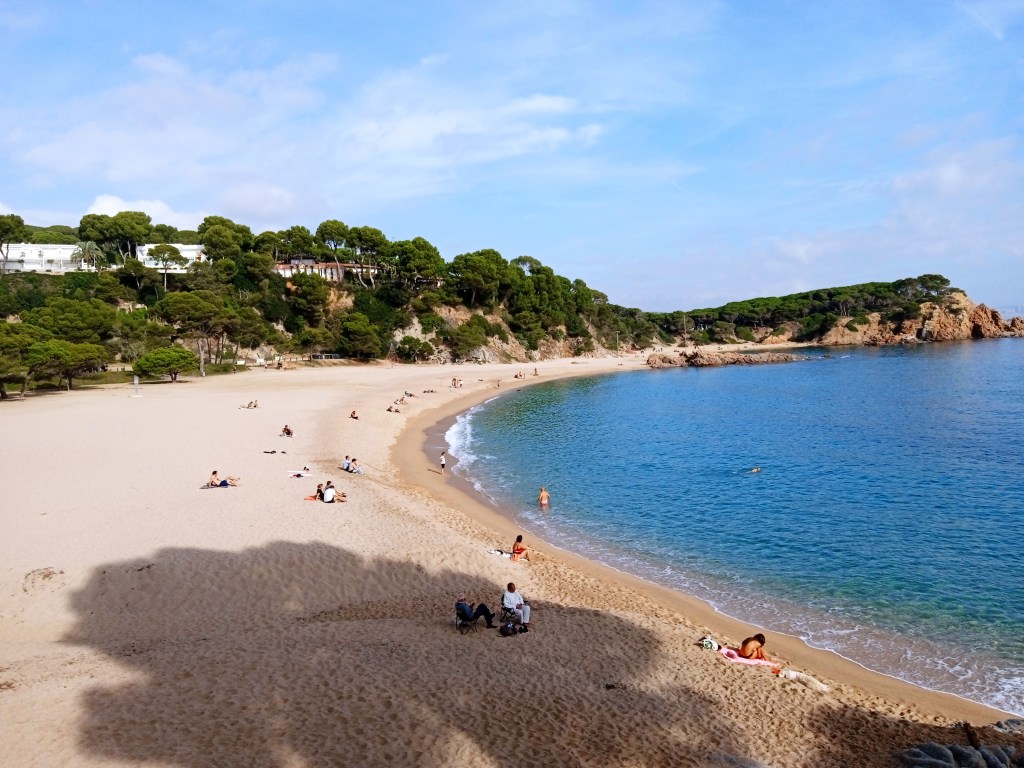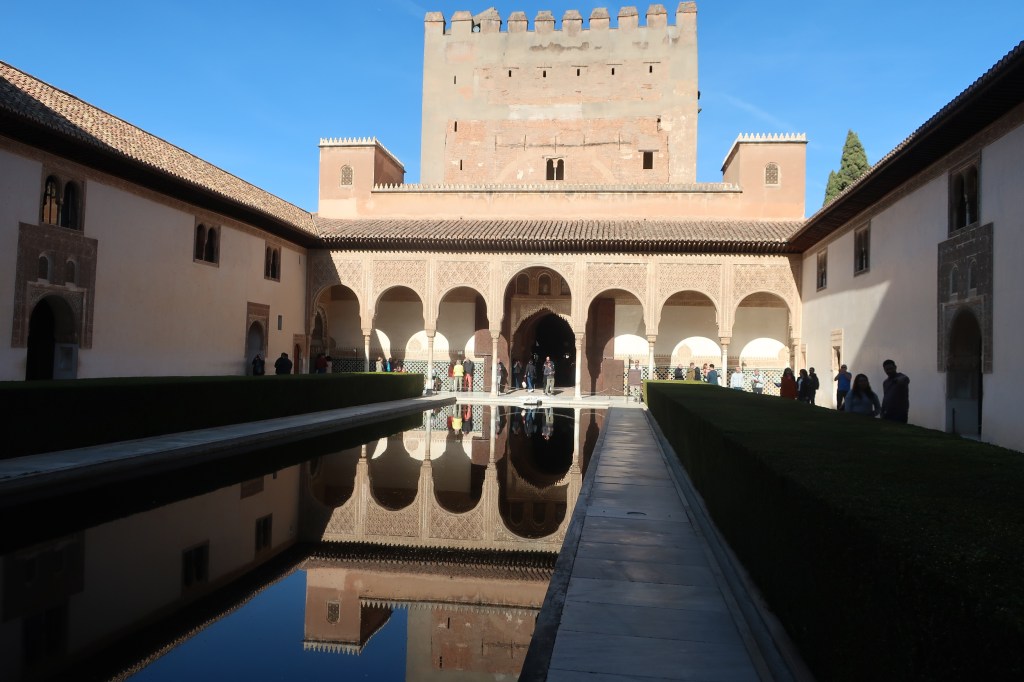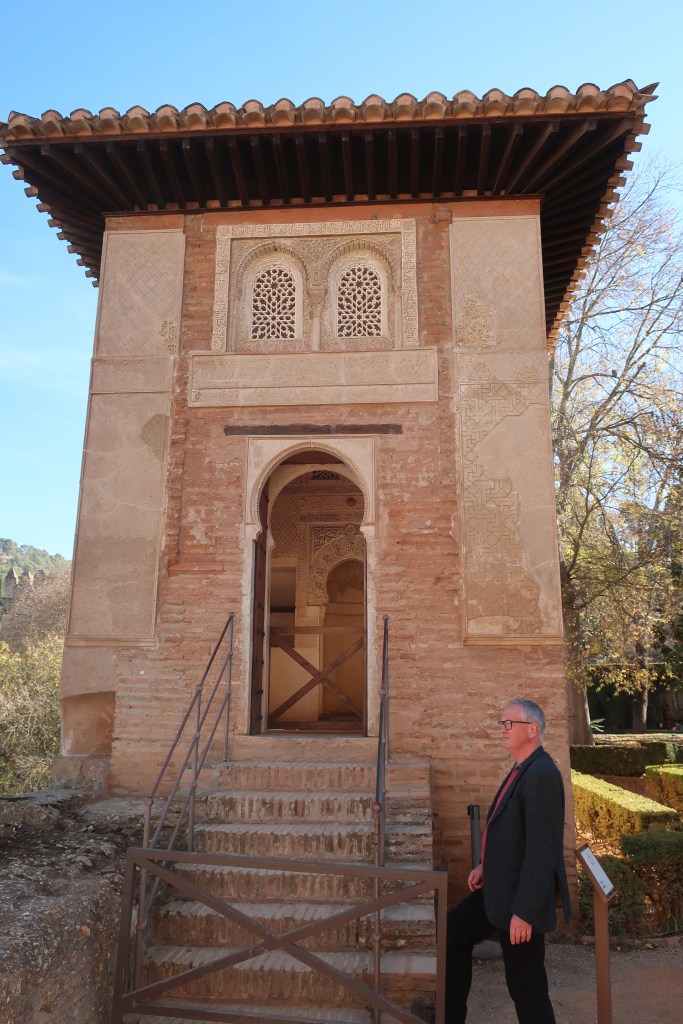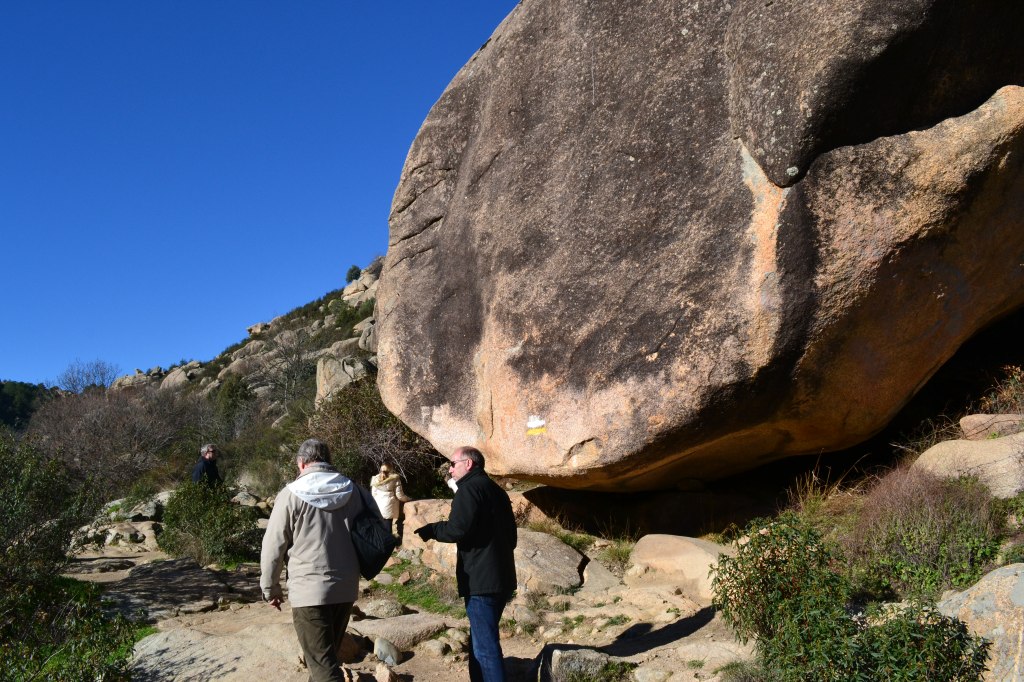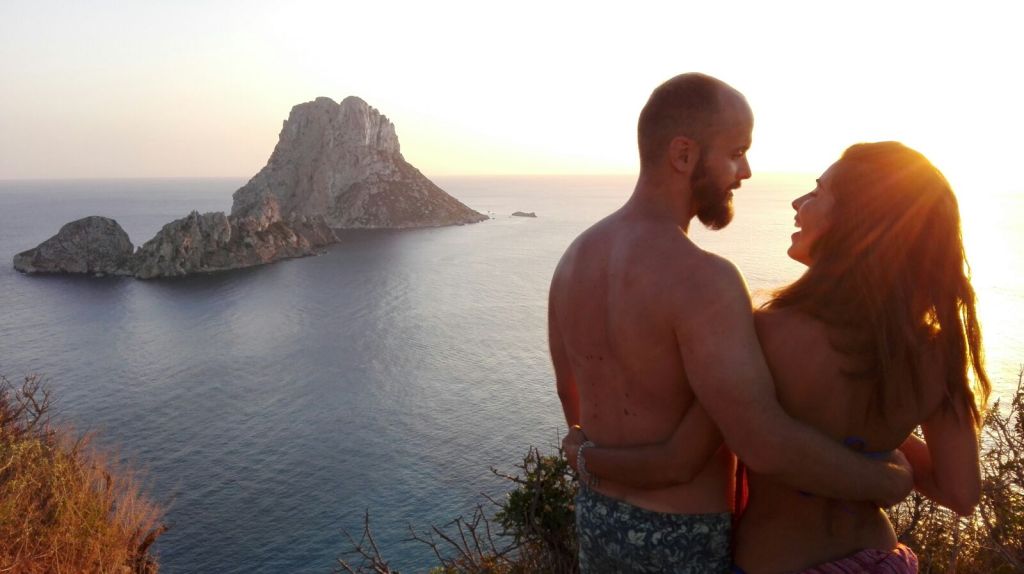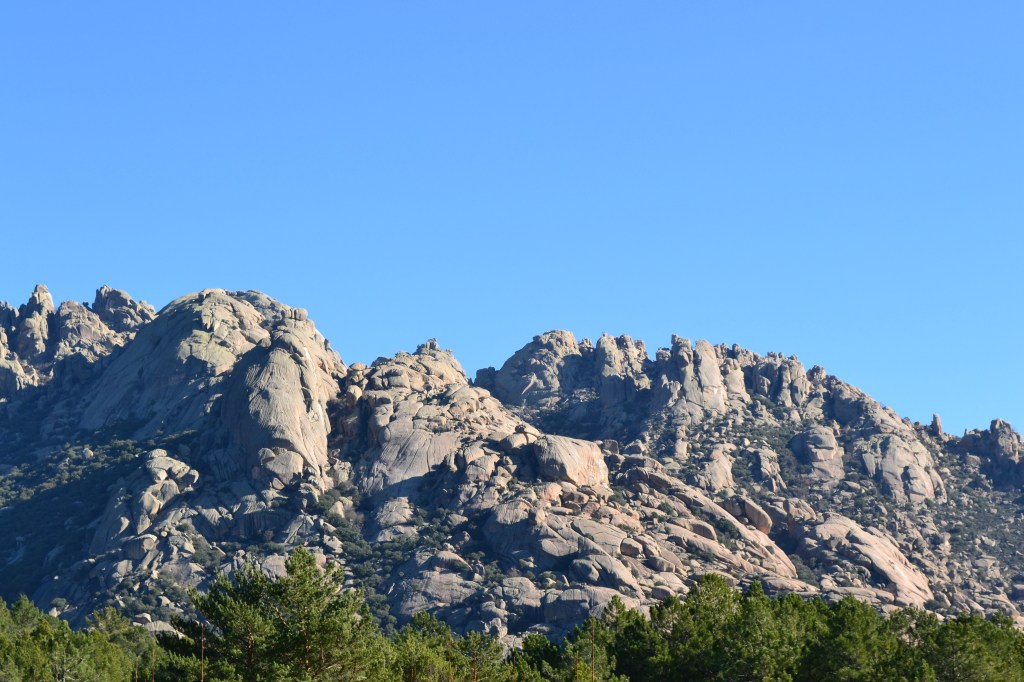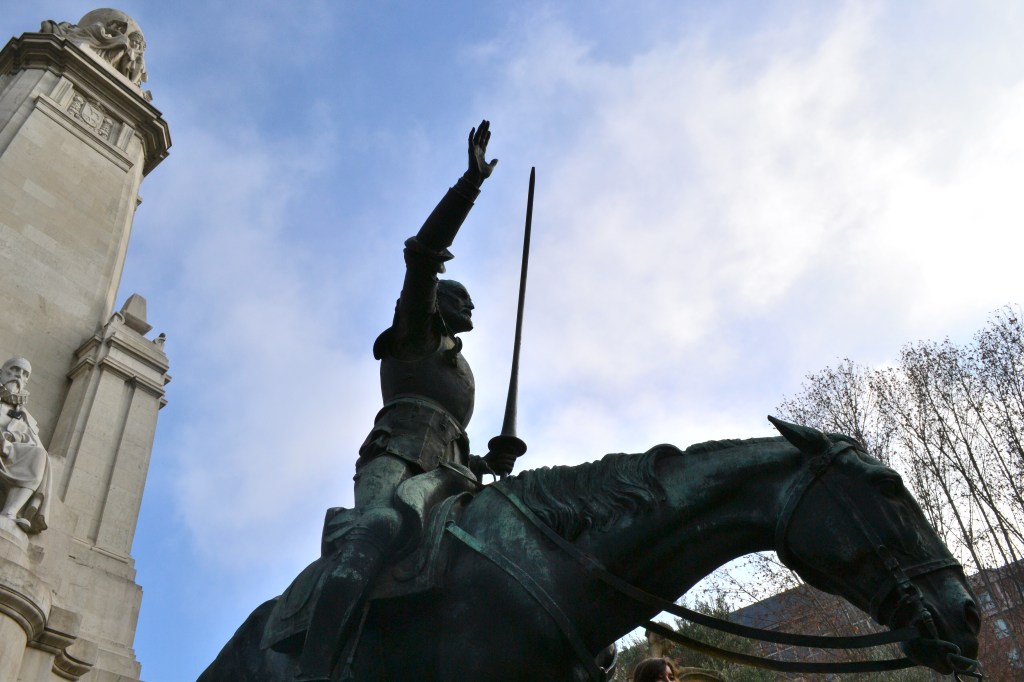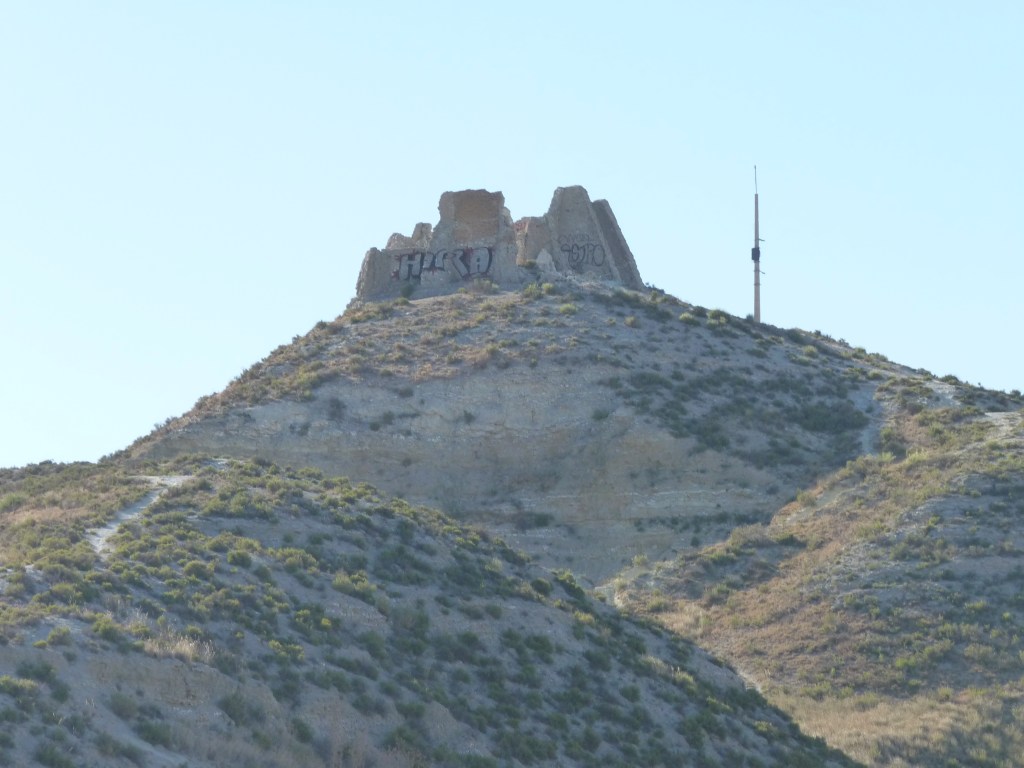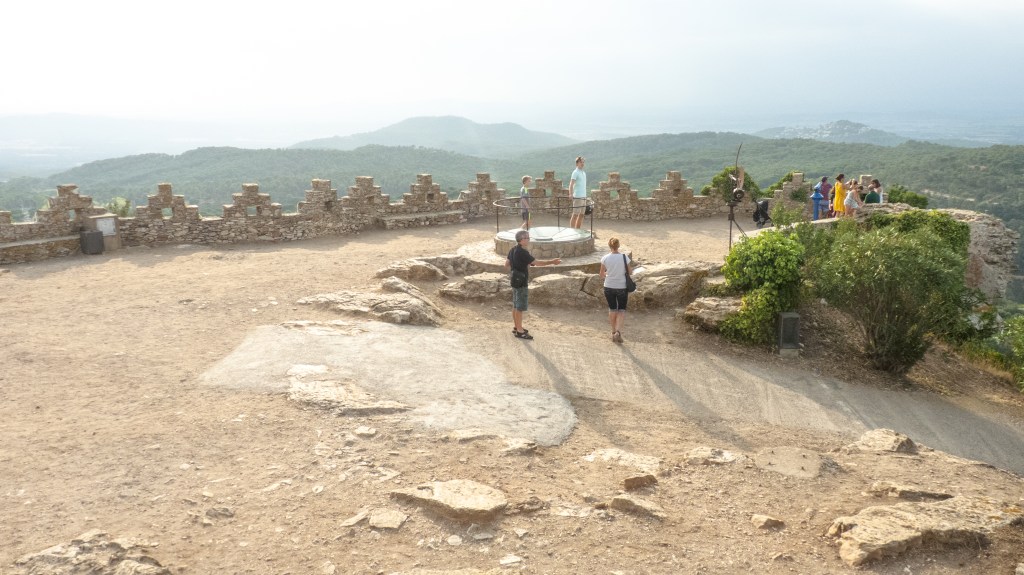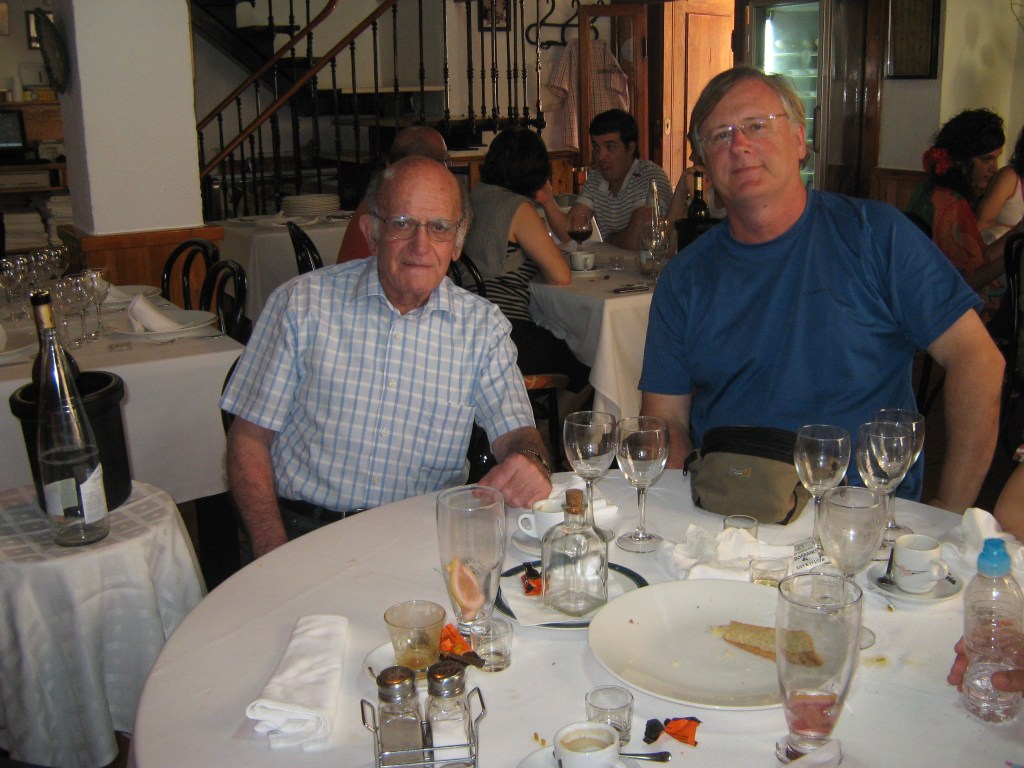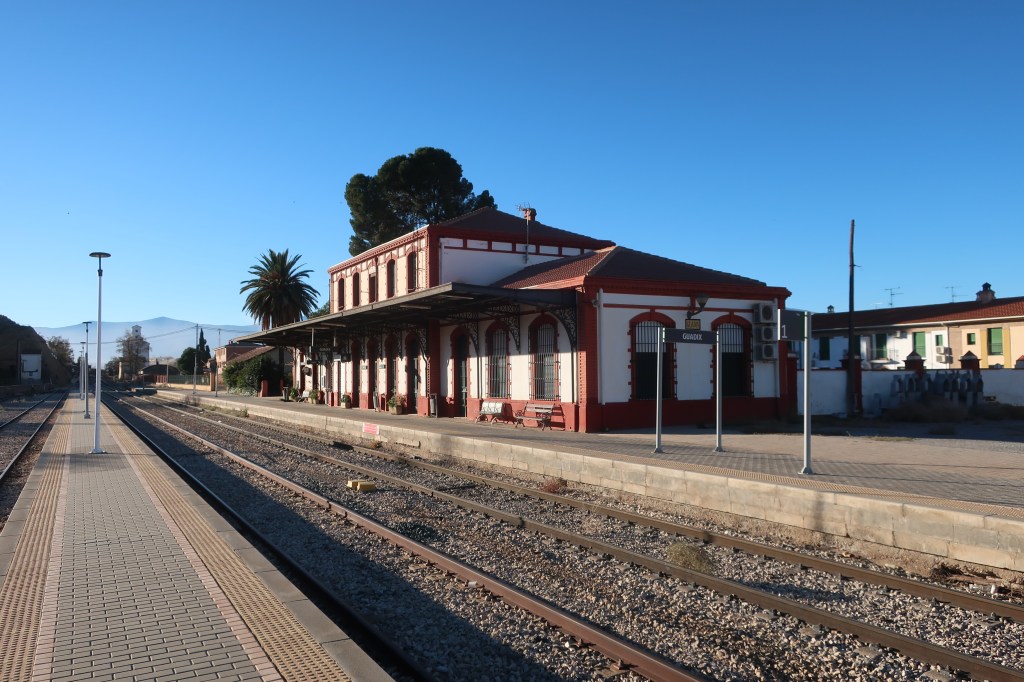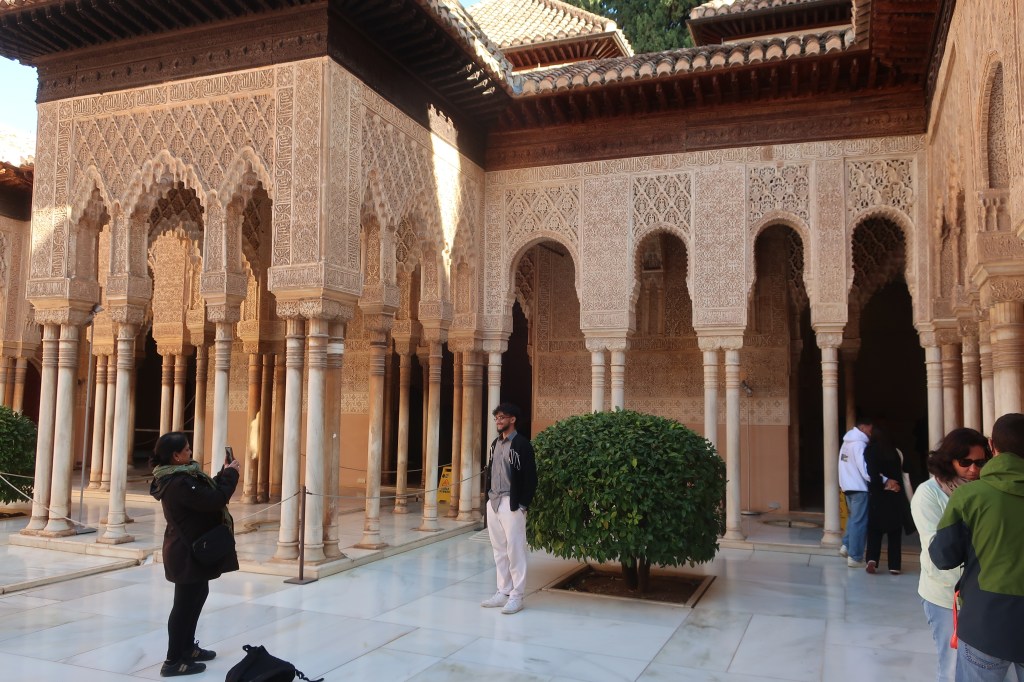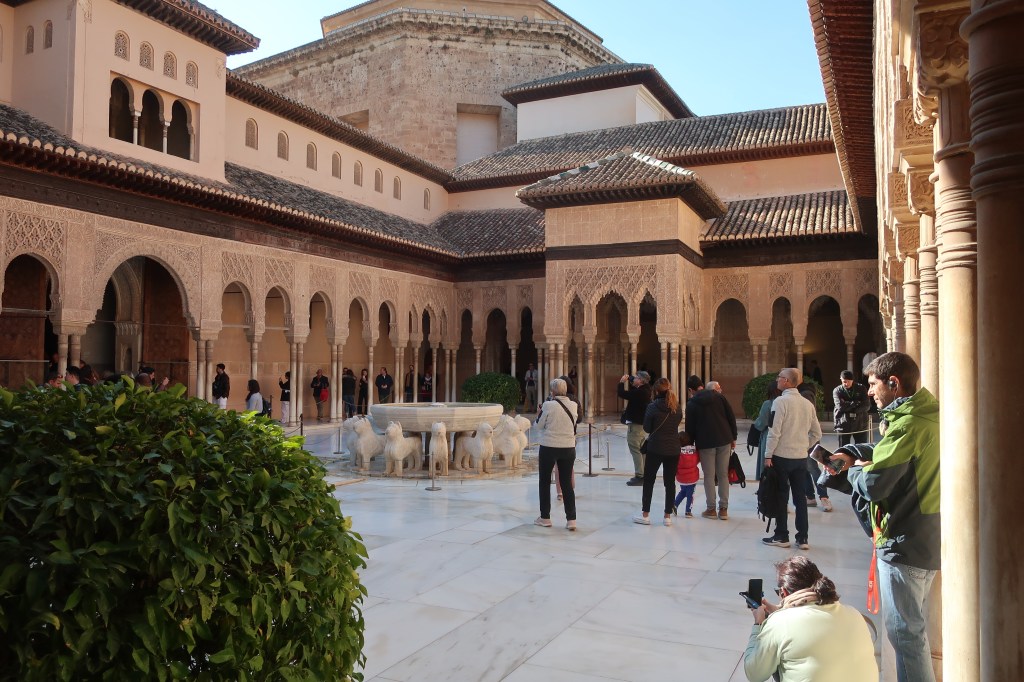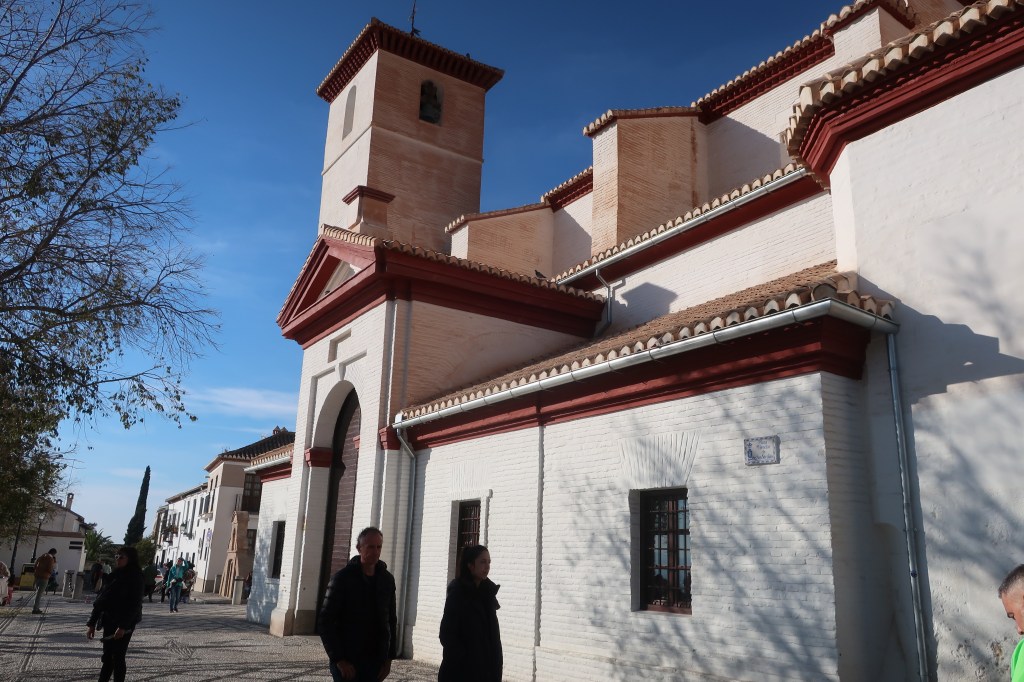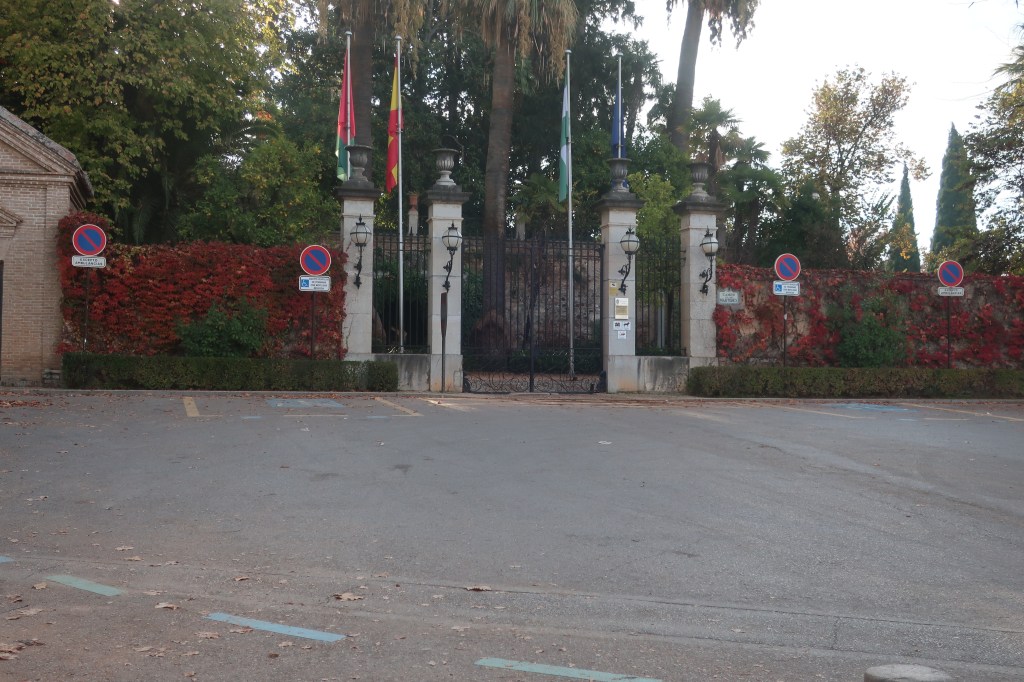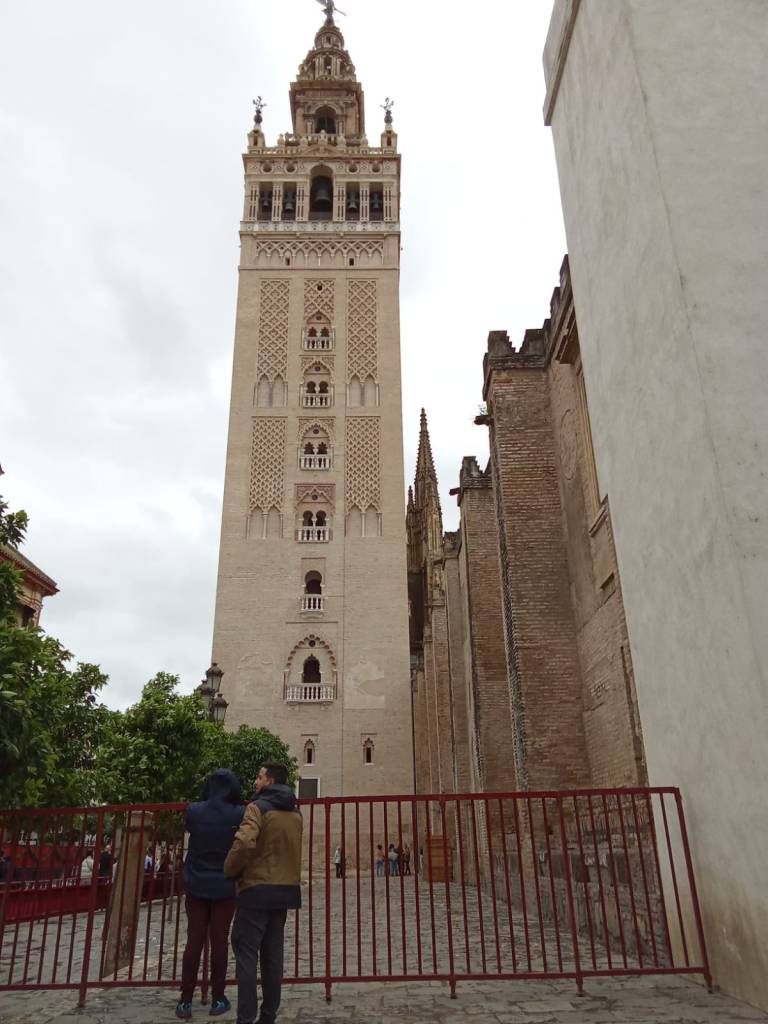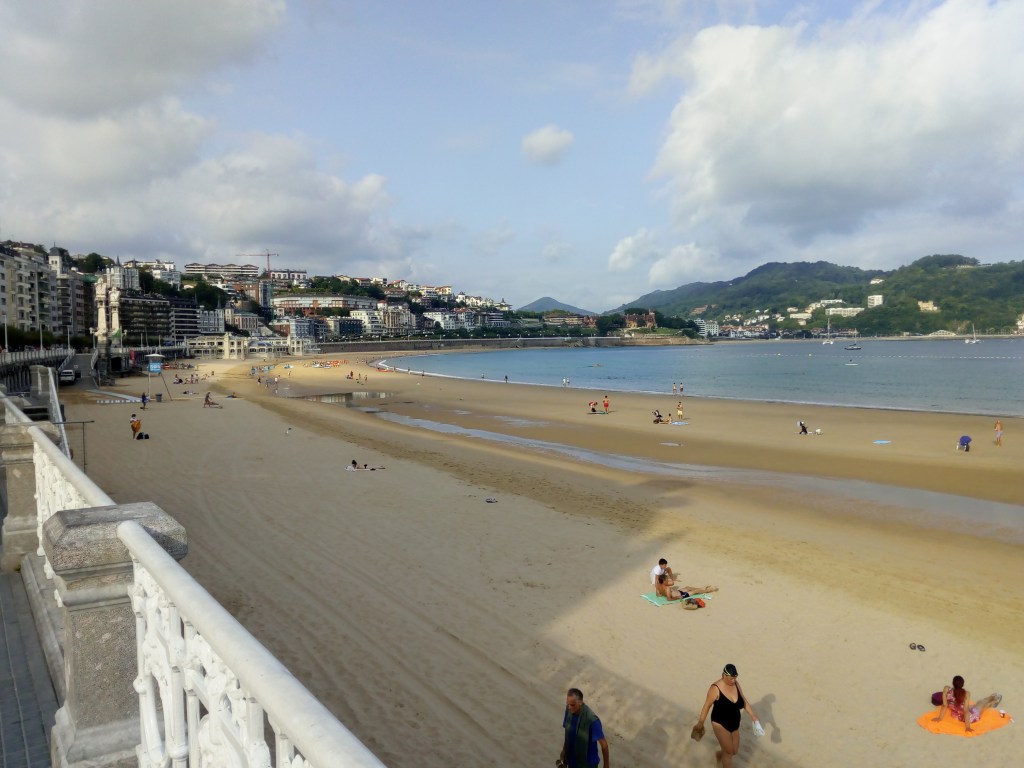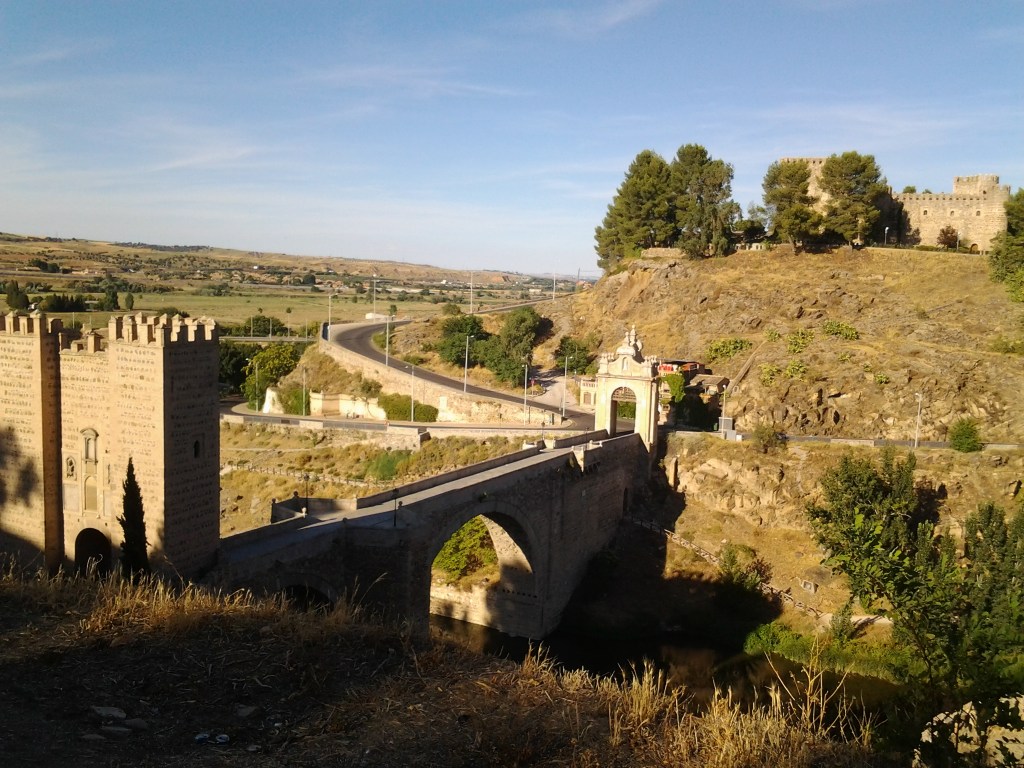THE TWENTY TENS
Knight and Day (2010)
Mr. Nice (2010)
Clash of the Titans (2010)
The Way (2010)
Buried (2010)
The Disciple (2010)
Four Lions (2010)
I Want to Be a Soldier (2010)
Room in Rome (2010)
Magic Journey to Africa (2010)
Exorcismus (2010)
Puzzled Love (2010)
Di Di Hollywood (2010)
Mad Dogs (2010)
Underground (2010)
Maximum Shame (2010)
Circuit (2010)
Katmandu (2011)
Powder (2011)
The Honey Killer (2011)
The Impossible (2011)
Weekender (2011)
11-11-11 (2011)
There Be Dragons (2011)
Intruders (2011)
We Need to Talk about Kevin (2011)
Haywire (2011)
Jack and Jill (2011)
The Inbetweeners (2011)
Boronia Backpackers (2011)
The Perfect Stranger (2011)
Trangression (2011)
Zindagi Na Milegi Dobara (2011)
Checkout (2011)
Road to Wacken (2011)
Apartment 143 (2011)
Haunted Poland (2011)
The Cold Light of Day (2012)
Saving Isis (2012)
Red Lights (2012)
A Puerta Fria (2012)
The Dictator (2012)
The Zig Zag Kid (2012)
Cloud Atlas (2012)
Wrath of the Titans (2012)
The Strange Case of Wilhelm Reich (2012)
Deranged (2012)
Dancing Dogs (2012)
Invader (2012)
Miami II Ibiza (2012)
Ibiza: My Way or the Highway (2012)
Animals (2012)
The Corpse Grinders 3 (2012)
Things We Do for Love (2012)
The Sleeper Effect (2012)
Stranger Within (2013)
The Wine of Summer (2013)
Spook (2013)
The Nowhere Son (2013)
Grand Piano (2013)
The Fast and the Furious 6 (2013)
The Counselor (2013)
The Macabre Ayahuasca Hammer Experience (2013)
Mindscape (2013)
Wax (2013)
Open Windows (2013)
Panzer Chocolate (2013)
Kid Gloves (2013)
A Long Way Down (2013)
Leaving Hotel Romatic (2013)
Another Me (2013)
Mama (2013)
Afflicted (2013)
A Night in Old Mexico (2013)
The World (2013)
Encontrados en NYC (2013)
The Liberator (2013)
Paper, Scissors, Stone (2013)
Violet (2013)
Tasting Menu (2013)
The Cosmonaut (2013)
The Extraordinary Tale of the Times Table (2013)
New York Shadows (2013)
Vivir es fácil con los ojos cerrados (2013)
Blue Lips (2014)
10,000 km (2014)
Exodus: Gods and Kings (2014)
Traces of Sandalwood (2014)
A Perfect Day (2014)
Let the Die Be Cast: Initium (2014)
Twice upon a Time in the West (2014)
Six Bullets to Hell (2014)
Seve the Movie (2014)
Aloft (2014)
The Afterglow (2014)
Shooting for Socrates (2014)
Brokeback Mountain (2014)
Fleming (2014)
Tea and Sangria (2014)
The Forsaken (2015)
Mosquito: A Fistful of Bitcoins (2015)
Summer Camp (2015)
The Gunman (2015)
The Rezort (2015)
Never Let Go (2015)
The Hunting of the Snark (2015)
In the Heart of the Sea (2015)
Jupiter Ascending (2015)
Tomorrowland (2015)
Nobody Wants the Night (2015)
Don’t Speak (2015)
Taken 3 (2015)
Sweet Home (2015)
Shadows in the Distance (2015)
The Second Best Exotic Marigold Hotel (2015)
Extinction (2015)
Don’t Grow Up (2015)
Second Origin (2015)
The Evil that Men Do (2015)
Monsoon Tide (2015)
Carpe Diem: European Escapade (2015)
The Singleton (2015)
Vampyres (2015)
Pursuit (2015)
Creditors (2015)
Inside (2016)
Dance Angels (2016)
Stopover in Hell (2016)
History’s Future (2016)
Anomalous (2016)
Erasmus (2016)
My Bakery in Brooklyn (2016)
Wild Oats (2016)
Assassin’s Creed (2016)
Altamira (2016)
Mine (2016)
Risen (2016)
Realive (2016)
A Monster Calls (2016)
The Chosen (2016)
The Promise (2016)
All I See is You (2016)
Brimstone (2016)
Jason Bourne (2016)
Foe (2016)
Voyeur (2016)
White Island (2016)
The Night Manager (2016)
Gernika (2016)
Allied (2016)
Blood Orange (2016)
Me Before You (2016)
Seat in Shadow (2016)
Toxic Apocalypse (2016)
Ibiza Undead (2016)
Barcelona: a Love Untold (2016)
Bittersweet days (2016)
The Night Watchman (2016)
The Cucaracha Club (2016)
Ignatius of Loyola (2016)
The Supers! (2017)
I Love Her (2017)
The Girl From the Song (2017)
Rise of the Footsoldier 3 (2017)
Megan Leavey (2017)
It Came from the Desert (2017)
Coco (2017)
Gunned Down (2017)
Cold Skin (2017)
Black Hollow Cage (2017)
The Bookshop (2017)
Marrowbone (2017)
Geostorm (2017)
Blade Runner 2049 (2017)
Maus (2017)
Submergence (2017)
Still Star-Crossed (2017)
Maniac Tales (2017)
Dirty White Lies (2017)
Yerma (2017)
Pitch Perfect 3 (2017)
Muse (2017)
ReAgitator: Revenge of the Parody (2017)
Sacracide (2017)
Solo! (2018)
I Love My Mum (2018)
Luz (2018)
Fishbone (2018)
Escape From Marwin (2018)
Dancing with Sancho Panza (2018)
Onyx: Kings of the Grail (2018)
Dead on Time (2018)
Han Solo (2018)
The Sisters Brothers (2018)
The Man who Killed Don Quijote (2018)
Ibiza (2018)
Blackwood (2018)
The Titan (2018)
Trained to Kill (2018)
The Price of Death (2018)
Domino (2018)
Hello Au Revoir (2018)
Sonja: The White Swan (2018)
The Bounty Killer (2018)
After the Lethargy (2018)
Life Itself (2018)
The Other Side of the Wind (2018)
Miss Dalí (2018)
Sunburn (2018)
The Invocation of Enver Simaku (2018)
Caged (2018)
The Gate: Dawn of the Baha’i Faith (2018)
The Vibe (2019)
The Glorious Seven (2019)
The Rhythm Section (2019)
The Kill Team (2019)
Terminator: Dark Fate (2019)
The Hustle (2019)
Be Happy! (the musical) (2019)
Love Unlimited (2019)
Milk and Honey (2019)
Rambo 5: Last Blood (2019)
I’ll See What I Can Do (2019)
Remember Me (2019)
Paradise Hills (2019)
Spider-Man: Far from Home (2019)
Wasp Network (2019)
Dulcinea (2019)
Rare Beasts (2019)
WW2: The Long Road Home (2019)
Radioactive (2019)
Rise of the Footsoldier 4: Marbella (2019)
Mother, Father, Son (2019)
Stron Artificial Intelligence (2019)
Savage State (2019)
Once Upon a Time in Deadwood (2019)
2010-2019
Knight and Day (2010)
This film made the news headlines in November 2009 even before it was released, when a scene involving the stars, Tom Cruise and Cameron Diaz, in which they (or their doubles) were pursued by a group of bulls as they sped away on a motorbike through the streets of Cádiz, went badly wrong. The bulls escaped and decided to wander down to La Caleta beach for a dip and to sunbathe before being rounded up again. Among other things, this left the producers on the horns of a dilemma.

Some of the Cádiz streets used were Calles Cánovas del Castillo, San José, Presidente Rivadavia and the Plaza de San Antonio.
The scene with the bulls ends at Sevilla’s bullring, the Plaza de Toros de la Maestranza, but not before passing through various streets of both Sevilla and Cádiz, sneaking between two of Sevilla’s modern trams.
The whole Spanish section of the film is supposed to take place in Sevilla, and to give it a special flavour, during the internationally famous festival of San Fermín, for which reason we see the authentically dressed ‘runners’ in their white clothing and red bandannas. The only problem is that the festival takes place in northern Spain, in Pamplona. Cruise did something similar with Valencia’s Fallas festival, which he also placed in Andalusia in one of the Mission Impossible episodes.
The action also takes place in Salzburg, although Sevilla’s Santa Justa station played the part of the Austrian city’s.
The movie’s biggest chase scene was filmed mostly in Sevilla, near the city’s Cathedral at Plaza Virgen de los Reyes. The Cathedral is the first image we see in the Sevilla section, after scenes in Salzburg, Austria.

The city with the fortress on the hill, seen from the hotel balcony, was Cádiz, the old town of Cádiz being the setting for the scene where Cruise meets a representative of an arms dealer.
The port of Cádiz was also used for the end of the car chase, which actually began in Sevilla (80 miles away).
The big gunfight scene was filmed at the Casa de Pilatos, the same one that was used in ‘Lawrence of Arabia.’ This is probably the most painful part of the film for art lovers, as we have to put up with bullets destroying the exquisite Arabian mosaics while Cruise casually woos Diaz, and the rest of us admire the fountains, arches and gardens, and remember that the word ‘paradise’ actually comes from Arabic and means ‘a walled garden.’
Casa de Pilatos is the hide-out of Spanish villain Antonio (played by Spanish actor Jordi Mollá), and it is by crashing through the main entrance that Cruise and Diaz escape on their motorbike.
The construction of this palace was begun by Pedro Enriquez de Quiñones and his wife Catalina de Rivera. It was completed by Pedro’s son Fadrique Enriquez de Ribera (first Marquis of Tarifa), whose pilgrimage to Jerusalem in 1519 was the origin of the name ‘Pilate’s house.’ On his return, he supposedly discovered that the distance between the ruins of Pontius Pilate’s house and Golgotha was the same as that between his palace and a local temple known as the Cross of the Field. Sevillian imagination did the rest.
During their stay, Cruise and Diaz were lodged in the Alfonso XIII hotel, which was also a set for ‘Lawrence of Arabia.’ The entire hotel would later be rented by the cast and crew for the international premiere of the film on June 16th at the Lope de Vega theatre in Sevilla.
Mr. Nice (2010)
Howard Marks was one of those drug dealers who it’s hard to dislike; one who partook of his own product.
His book, largely written in US high security prisons, was the basis of this film about his life as an international drug smuggler based in Mallorca.
In Alicante province the production team filmed his extradition hearing, making use of Mutxamel Town Hall’s Council Chamber, while the Police Station was the old El Salvador school in the same town.
One meeting takes place in a bar in front of the Church of the Virgin del Consuelo in Altea.

Another of the locations used was the old tobacco factory in Alicante, while the City of Light studios were used for interiors.
Clash of the Titans (2010)
Liam Neesen and Ralph Fiennes star in this remake of a 1981 classic of angry Gods and slightly worse humans, filmed largely in Spain.
Among the selected locations used in May and June 2009 in Tenerife were the Teide National Park, where at the base of Spain’s highest mountain most of the filming took place, and the coast in the districts of Icod, Buenavista del Norte and Guía de Isora, plus some pinewoods and mountain areas, as well as the Timanfaya National Park in Lanzarote and the Garajonay park on La Gomera island.
Production Designer Martin Laing explained that they had looked all around the planet for locations and could have gone anywhere in the world, but that Tenerife had so many beautiful and dramatic landscapes.
The mines were those of San José, where the first temple in the film was located, while the first camp was situated at la Cañada de Capricho and on the slopes of Mount Guajara.
At Llano de Ucanca our mythical heroes took their long walk on the backs of the giant scorpions, with whom they initially fought.
During their journey with the scorpions they cross the dunes of the natural park at Maspalomas in Gran Canaria.
The film heroes also walked through the sea of clouds, a strange meteorological phenomenon which separates the very different northern and southern parts of the island.
In northern Tenerife the film’s producers also took advantage of the forest, known locally as ‘Laurisilva’, an endemic type of humid subtropical forest found on several of the islands of the North Atlantic, such as Madeira and the Azores, a relic of the Pliocene subtropical forests.
The Way (2010)
Tired of playing President Bartlett, and a little bit old to make ‘Apocalypse Later,’ Martin Sheen went to northern Spain to make a film directed by his son Emilio Estevez and set on St. James’ Way, the medieval pilgrim route better known as the ‘Camino de Santiago.’
The castle of Castrojeriz appears for only a few seconds as the credits roll at the start of the film, just before we see Martin Sheen on a train, on the way to identify his son’s body in Sant Jean Pied de Port.
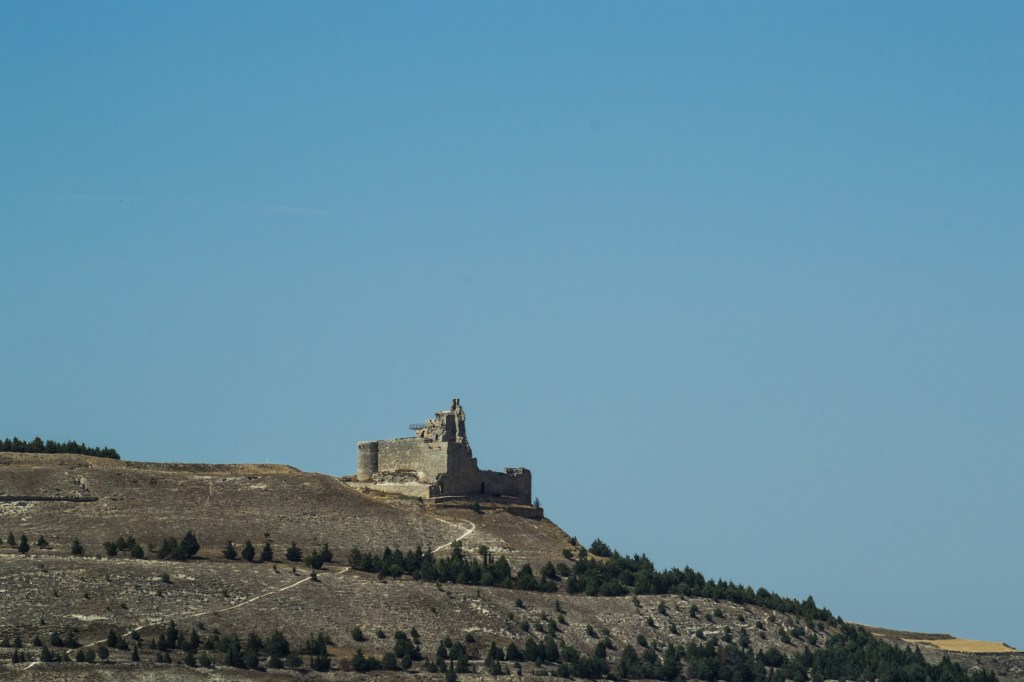
The opening credits are a cleverly woven selection of images, music and maps, and the castle, which is at one of the key villages, halfway along the Camino de Santiago, is a silent reference to the Spanish hinterland, steeped in historical conflicts and saturated in castles.
Among the less than happy visitors to the castle were Leanor of Castile, Queen of Aragon, who was murdered there by her nephew Pedro I of Castile in 1359.
Poor Leanor had a number of unhappy run-ins with the Spanish aristocracy. She was initially engaged to the heir to the kingdom of Aragon, Jaime, but he renounced the material world and became a monk, which is not the most flattering way to woo a young girl. In the end she married his widowed younger brother Alfonso, who became Alfonso IV of Aragon.
She had two sons; the younger of them, Juan, was murdered by order of King Pedro of Castilla, and the elder was ordered murdered by his own step-brother, Pedro of Aragon, after her death.
Monarchy ain’t what it used to be.
The Lisbon Earthquake of 1755 severely damaged the castle, as it did many others on the Iberian Peninsular.
It was a site once occupied by Celts and Romans, and there is even a legend that Julius Caesar founded the place.
The current castle remains were built by the Arabs in the 9th century, using a Roman tower as a starting point.
Sheen follows the French Way, one of several that take pilgrims to Santiago. He starts in France at Saint Jean Pied de Port, before following Napoleon’s Route, in reference to the French Emperor’s unsuccessful (eventually) invasion of Spain, visiting the Navarra villages of Gainecoleta, Ibañeta and Roncesvalles (considered by many as the starting point in Spain, although it is not the first Spanish village).
Even though many of the exterior shots at Roncesvalles are genuine, the interiors of the hostel were shot on a set constructed next to the old town mill, and when Sheen emerges in the morning he is actually leaving the Hotel La Posada, where he spends a night among fellow snorers and where he is attended by famous Spanish actress Angela Molina (Columbus’s wife in Ridley Scott’s ‘1492’).
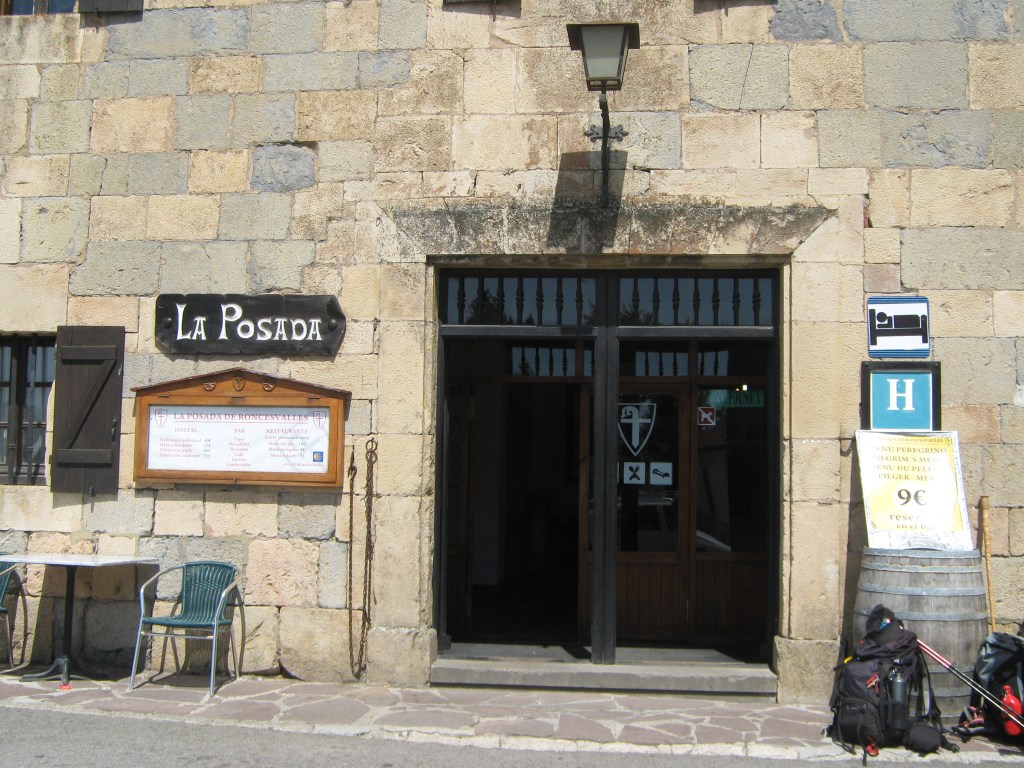
The tunnel he walks through however, does lead to the real site of the pilgrims’ hostel.

The way continues through Mezkiritz, with its watering hole for visitors, where our ‘caminantes’ briefly pause by the village fountain after buying some goat’s cheese. We spoke here to Carlos, who informed us that Anthony Quinn had been in the village filming years ago. He also told us that some scenes from ‘Robin and Marian’ had been shot at a nearby campsite.
Also on the way were Lintzoain, Larrasoaña and Akerreta (where there is another pilgrim hostel in the film). In reality the hostel is the Hotel Akerrata, where filming took place from 4th to 7th October 2009.
Owner Joxemari informed us that the cast and crew were upset that they couldn’t stay in this rural paradise as the production took up all the available space. For the tiny village of Akerrata the making of the film was an amazing experience. It is here that Sheen meets Sarah, who is suppering with a group of French pilgrims arguing about Charlemagne and Roldan.
The discussion takes place in the hotel’s front garden with its green, eye-massaging views of the valley.
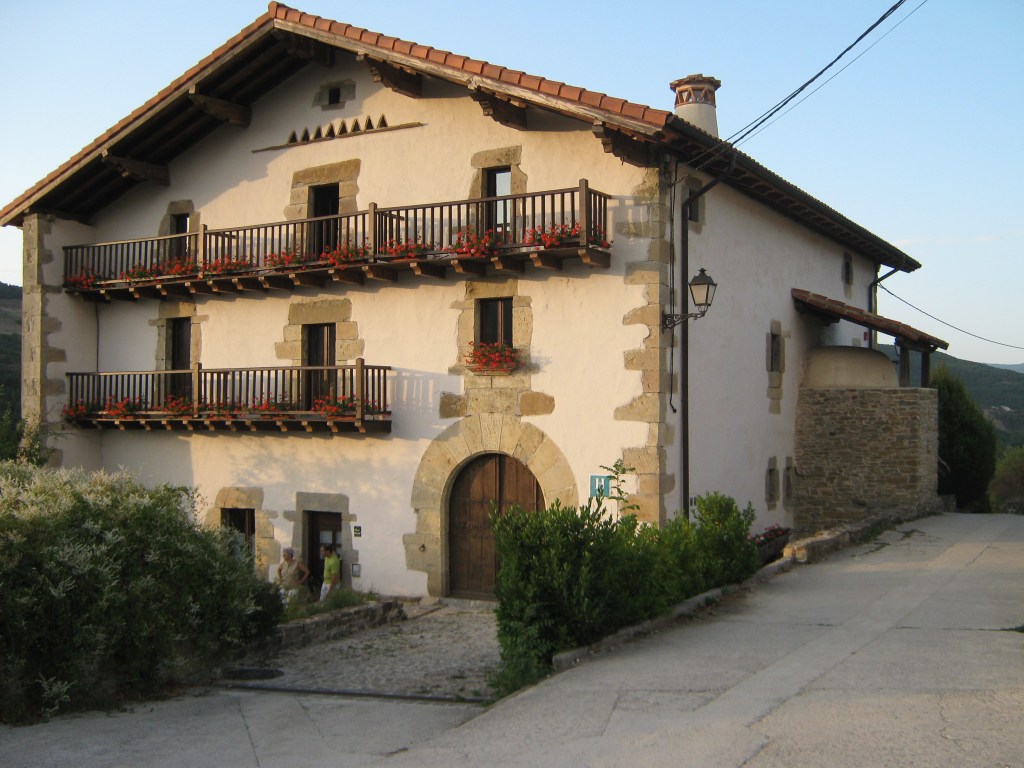
We stayed at the hotel ourselves in the summer of 2011 and were able to confirm that the hotel is indeed situated on the pilgrims’ way; in fact it is the clickety clack of pilgrim walking sticks that wakes guests up long before the dawn chorus gets going.
In the film, bullfighting fan Simón Andreu plays the hosteller.
Irota, Arleta, the River Arga and Zariquiegui also appear until finally Sheen makes it to Navarra’s capital, Pamplona, entering through one of the gates to the old fortress city.
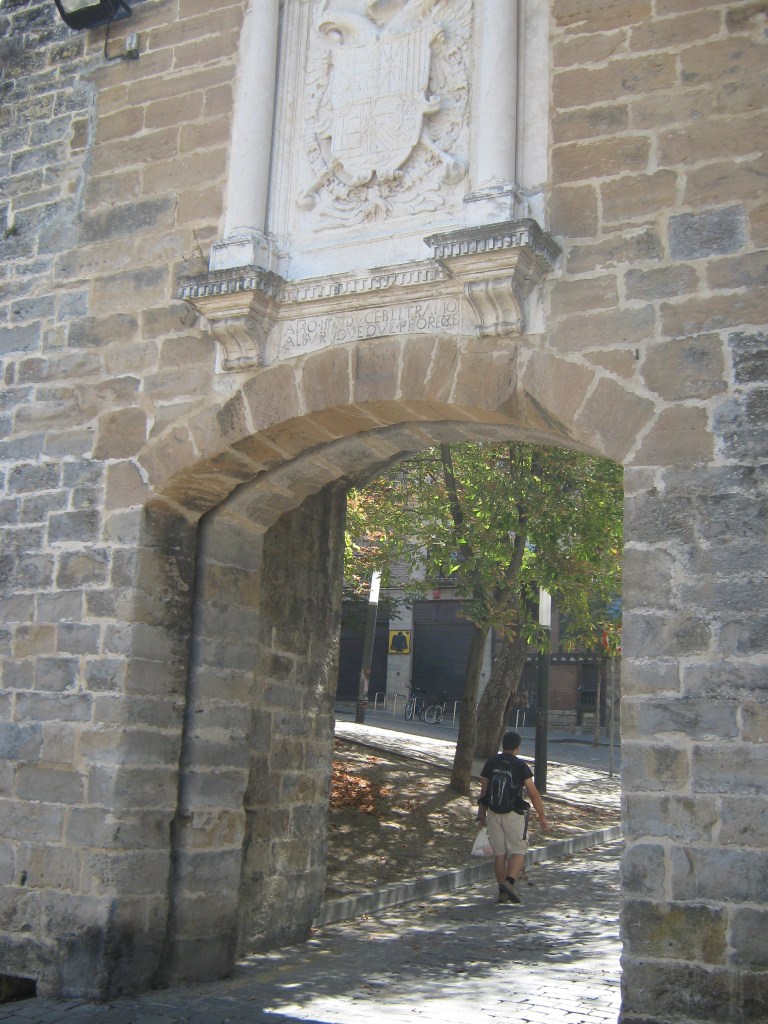
Turning sharp left and up a bit of a slope he would have come to the Restaurante Caballo Blanco, where he finds his corpulent Dutch friend feasting on lamb chops, although in the film he approaches from the arched street next to the restaurant, going completely the wrong way.
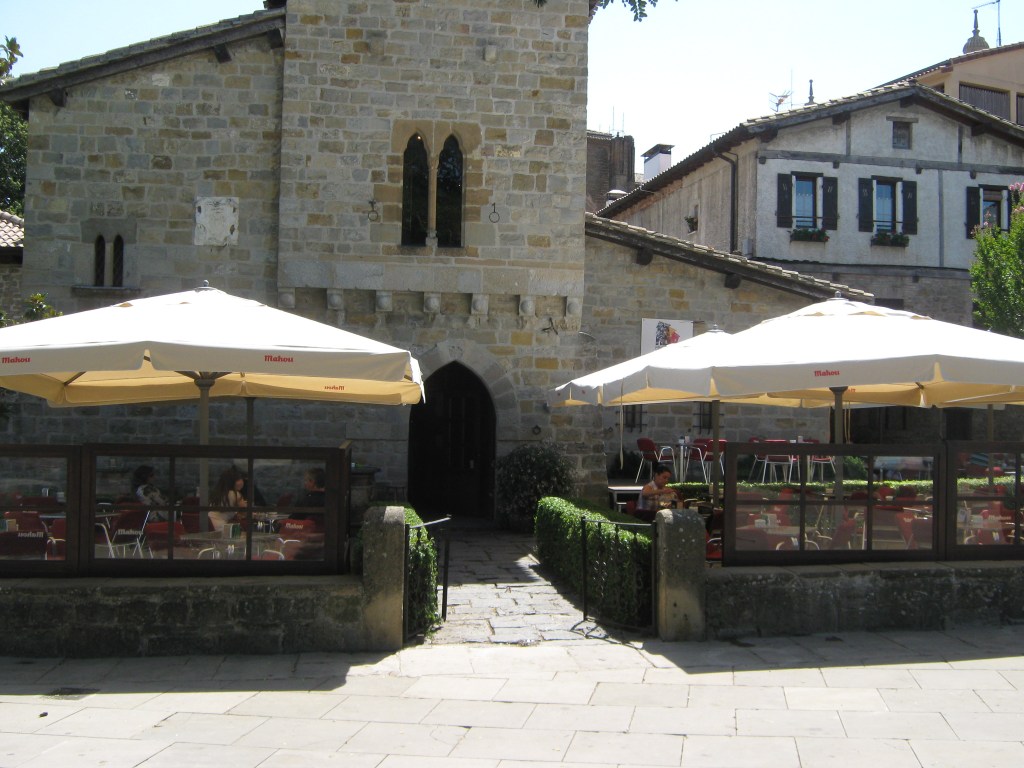
However, for the most part the film faithfully follows the route of the Camino de Santiago, but we were informed by Koldo Lasa at the Navarra Film Institute (INACC) that a little cheating was necessary for the scene where Sheen drops his rucksack into the river. The bridge from which he drops it can be found at Aoiz, to the west of Pamplona and well off the pilgrim route.
The need for abundant, fast running water sent the film crew to this medieval bridge just below the Itolz Reservoir, where the last summer waters were being released for agricultural purposes.
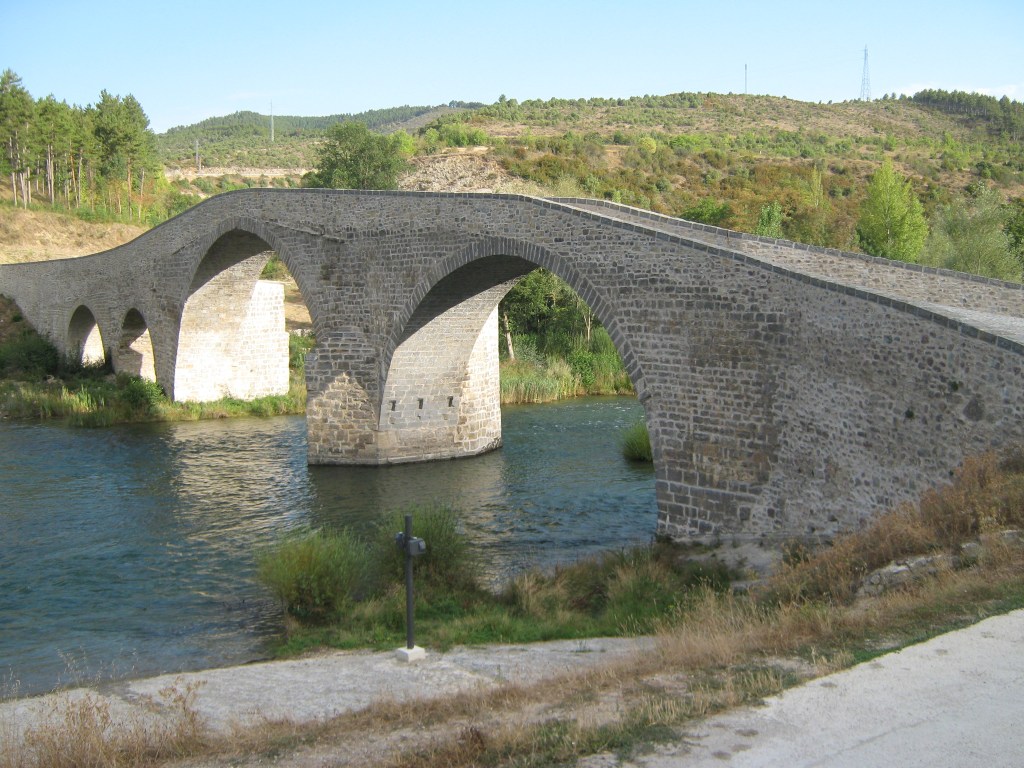
On leaving Pamplona he ascends one of the route’s best known mountains, Monte del Perdón, with its silhouettes of pilgrims marching defiantly onwards, intent no doubt on quixotically taking on the giant modern windmills that share the crest of the mountain range.

At the bottom of the hill is the church of Santa María de Eunate, a delightfully simple church accompanied only by a pilgrims’ hostel, walking towards which he speaks to the priest with brain cancer.

Also in Navarra he visits Trinidad de Arre and Irache with its famous Monastery, where he stays in a hostel, in which the pilgrims are sleeping in bunk beds in the cloister.
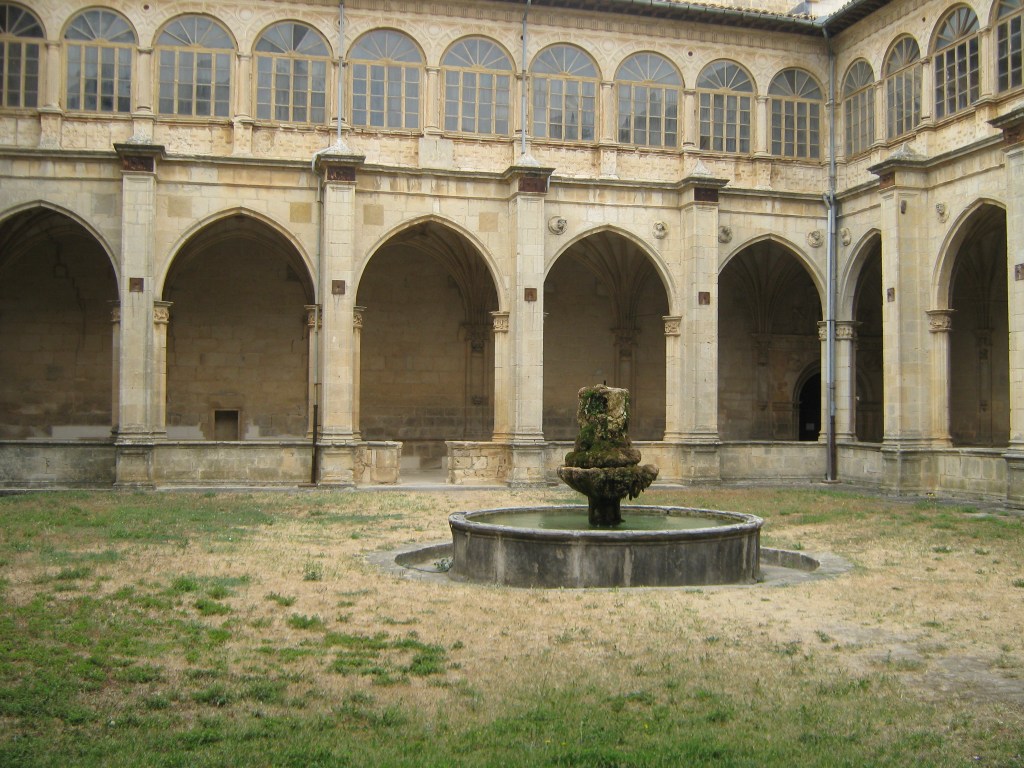
The pilgrims don’t really sleep there, as the warden Alberto explained to us. He showed us the courtyard where Napoleon’s troops were once stationed after turning out the monks at what was the first hospital on the Camino.
Moving into La Rioja we enjoy a visit to the police station in the capital, Logroño, after Sheen is arrested for combining drunkenness and patriotism, and frog-marched to Calle Ruavieja number 47 in the historic centre. It’s quite a walk considering that the scene where he gets drunk was filmed in Haro, at the Bodega CVNE.
I’m not especially hostile to monarchy per se, but when King Felipe VI’s visit to Haro in July 2020 coincided with mine, it was inevitable that if either of us was going to be inconvenienced, it would be me, and thanks to the hundreds of police officers protecting him most efficiently, I was forced to drive an extra 50 kilometres on a paying motorway just to get back to my hotel in Briones.
We were received at CVNE by the delightful, English speaking Natalia, who took us around this winery, now in its 5th generation of Urrutia family ownership.
Although the scene from The Way was quite short, they were here three days filming, with their own catering area.
The bodega was chosen because it looked like a typical Spanish village, where our pilgrims pause to explore Rioja wine and Martin gets patriotically irate.
The bodega visit is full of surprises, including a cellar designed by none other than Gustav Eiffel, he of the tower, and various rooms full of barrels and 100 year old bottles belonging to a company that started producing its flagship Imperial wine specifically for the UK market.
The CVNE bodega isn’t on the Camino either in fact.

We return to Navarra to visit Viana and Torres del Rio (for the scene with the crazy hostel owner Ramón, which I usually fast forward) and Azofra.
In Burgos province we wind our way through Redecilla del Camino, Castrojeriz (whose castle is seen in an aerial view during the opening credits) and Tosantos, where we visit the church, and San Juan de Ortega.
Our pilgrims enter Burgos through the city gate; although the Camino doesn’t. They gather at the Rincón de España restaurant, just inside the old city, where Sheen’s rucksack is stolen by a young gypsy boy.
In Burgos we also see Rabé de las Calzadas, Hornillos and El Molino and San Bol, with their pilgrims’ hostels and the ruins of the Convent of San Antón.
It is near Hornillos, at a cottage called El Molino del Camino, where Joost helps cook a meal for the other pilgrims.
During their stay in Burgos, they were lodged in the Velada Hotel.
In León province Bercianos del Real Camino, El Burgo Ranero, Reliegos, Santa Catalina de Somoza, El Ganso, Foncebadón and Manjarín all turn up along the way.
In León capital Sheen invites his fellow travellers to a night at the Parador Hotel of San Marcos, previously a 16th century monastery, accompanied by the music of the immortal (dead) Nick Drake. Filming took place during 3 days using rooms 366 and 359. One of the hotel receptionists, Juan Miguel, played the waiter who provided the room service.
The extraordinary facade of the hotel is lovingly employed during the scene when the pilgrims arrive there.
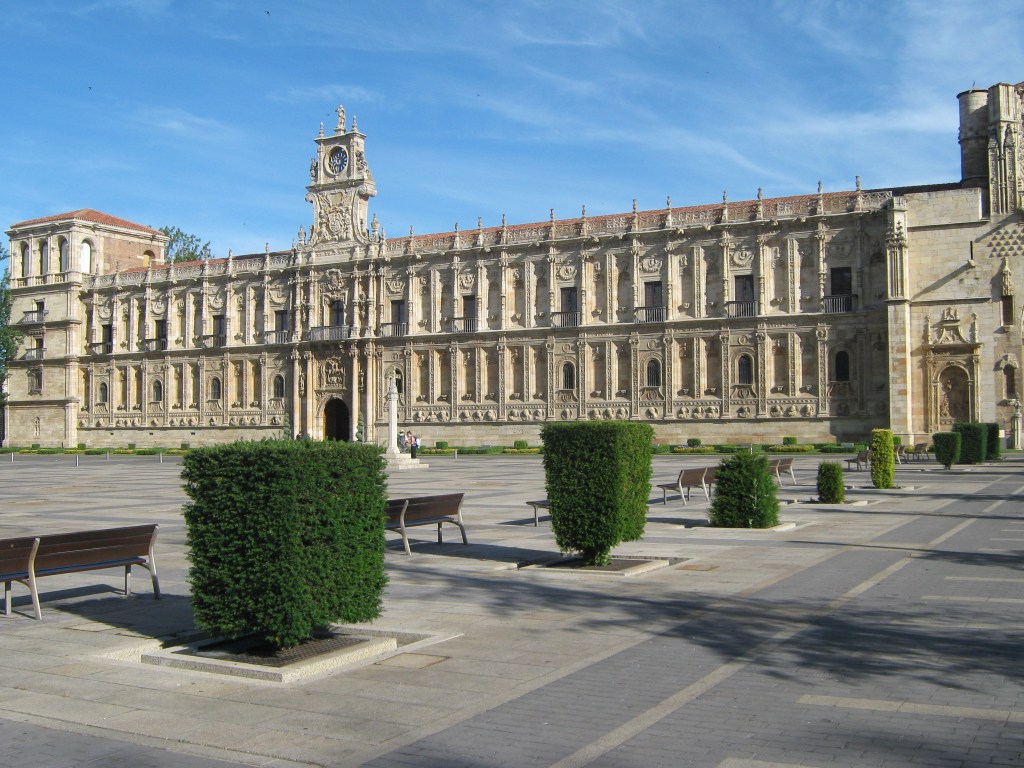
They next visit the Cruz de Ferro, an iron cross on a wooden pole where traditionally each pilgrim makes a wish or promise and adds a stone to the pile.
Lugo province takes us to O Cebreiro, (for the scene where Jack explains his wish to be a writer like Joyce or Yeats as they walk out of the village), the Alto de San Roque and Lugar de Vilamaior.
Sheen’s own father was a Galician immigrant from Salceda de Caselas, in Pontevedra.
Our group end up in Santiago de Compostela with its outstanding Cathedral in the Plaza de Obradoiro, which they visit, although restrictions today would prevent some of their gestures with statues.
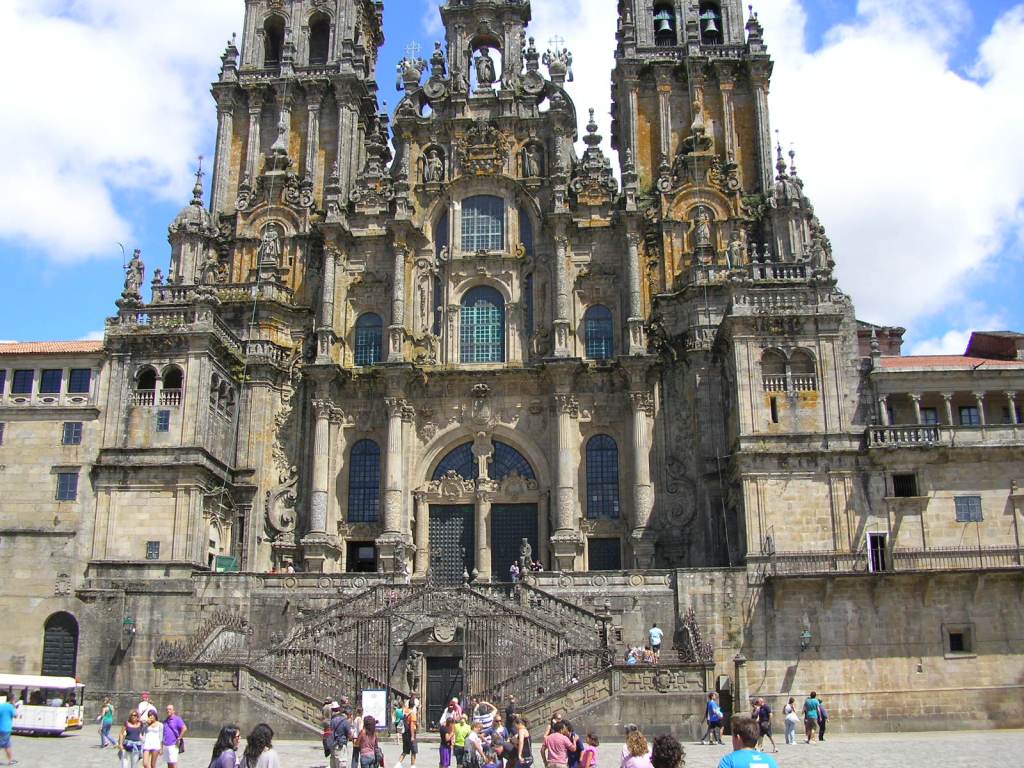
At A Coruña province we first see the spires of Santiago from Monte do Gozo, and after the obligatory visits to the cathedral, Plaza de las Platerías and the Pilgrim office to get their Compostela certificates, the group continues to Muxia near Finisterre (literally Land’s End), where we see the viewpoint (Mirador) do Corpiño, the lighthouse and the Sanctuary of Virxe da Barca. Here his journey ends, and Sheen casts the ashes of his son towards the sea and, we hope, finds closure.
The Camino de Santiago has existed for over a thousand years and is one of the great Christian pilgrimage routes, along with Rome and Jerusalem.
The film led directly to a multiplication by 5 of the number of Americans on the Camino the following year.
Buried (2010)
Ryan Reynolds wakes up inside a coffin and quite naturally would like to get out.
Although filmed by Rodrigo Cortés in Barcelona, nearly the whole story takes place inside the coffin and therefore any plans to pay a visit would require relinquishing group rates.
The Disciple (2010)
A new take on the story of Jesus, with filming taking place around Baza and Orce in Granada province.
The opening scenes show us the Holy Land, although it is in reality the Sierra de Baza, and all the scenes with expanses of water (including Mary Magdalen walking on the water) were filmed at the Negratín reservoir.
The scenes in front of some cliff caves, where the rebels led by Jesus are frequently seen and occasionally put to the sword by Romans, are in fact the Cuevas Almagruz at Purullena, near Guadix in Granada province. The crew and actors stayed at the tourist complex Cuevas Almagruz nearby.
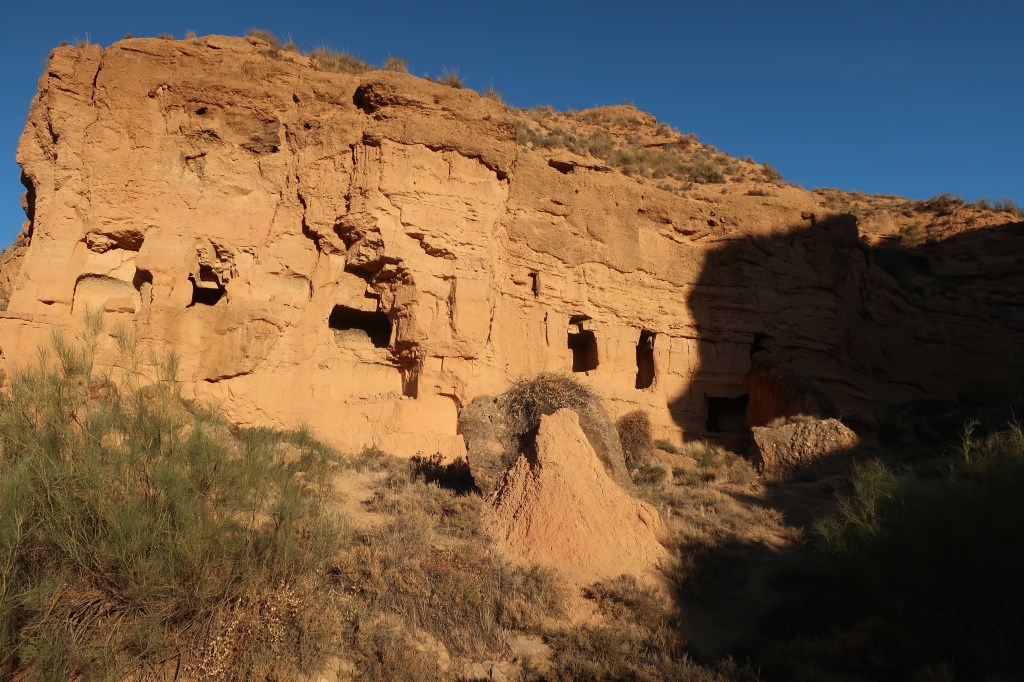
The films shot there are well documented by Manuel, the manager, who provides cave accommodation (much more upmarket than it sounds), and an amazing educational service documenting and demonstrating cave-life in Granada province throughout the ages.
In Baza, which represents Galilee, the crew filmed the scenes where Saint John and Saint Luke argue about what Jesus really did, in the Baños Árabes.
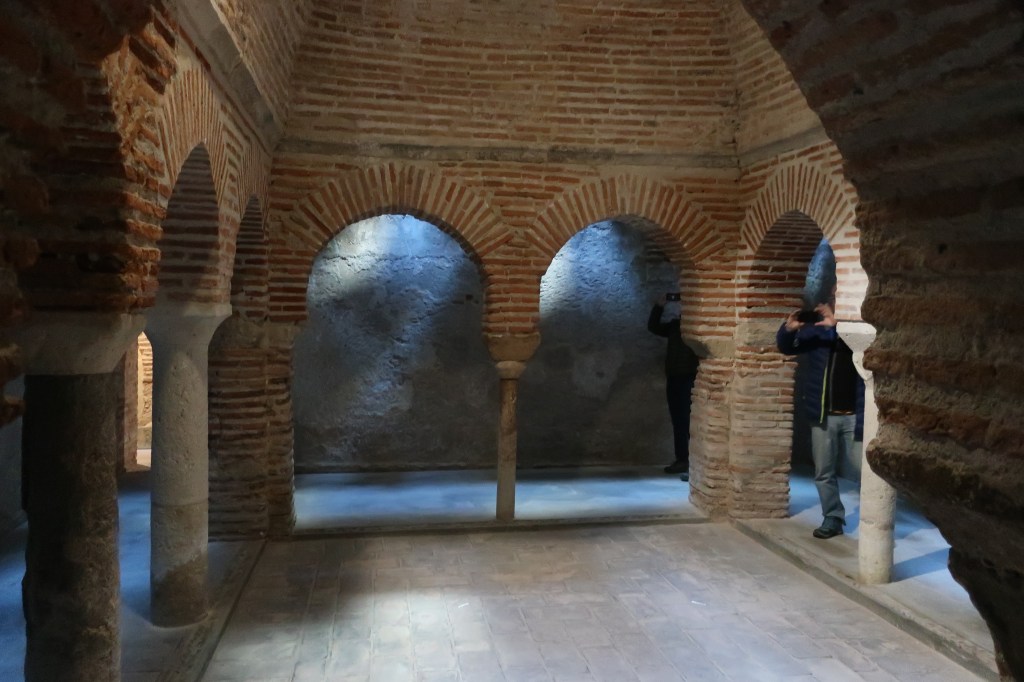
Herod’s castle was the Alcazaba de los Siete Torres in Orce and the town’s old city wall provides the backdrop to a market scene replete with conventional Roman repression, and the scenes of Jesus carrying the cross were also filmed there.

Four Lions (2010)
Some people might doubt the wisdom of a comedy about terrorist bombings in London, but here it is anyway. The film is in fact hilarious, an updated version of ‘The Life of Brian’ with clear Monty Python influences, although you can’t help looking over your shoulder as you laugh to check that your head’s still up there on top.
When the aspiring suicide bombers go to Pakistan for their training, they are in fact to be found at Las Salinillas in Almería, one of the locations for ‘The Good, The Bad and the Ugly.’
Almería expert José Enrique Martínez informed us that he identified Monte Alfaro, Viciana and Trujillo (Tabernas) from a trailer.
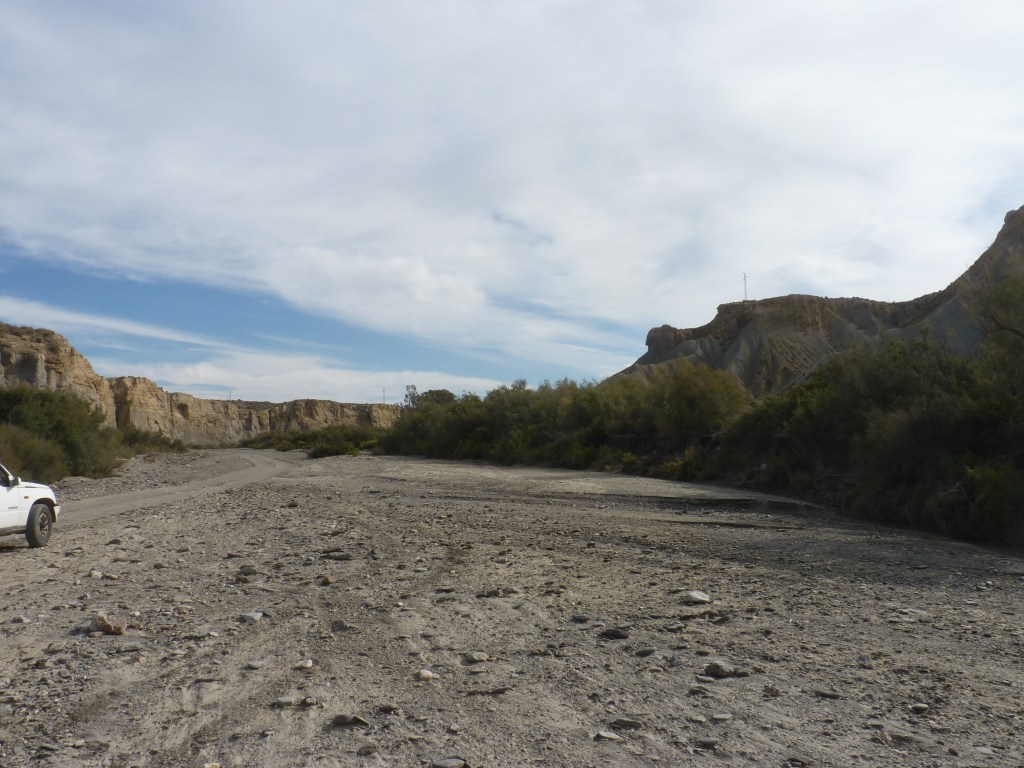
I Want to Be a Soldier (2010)
A warning about how media violence can affect the young, the film was made entirely in and around Barcelona, including L’Hospitalet de Llobregat, and has performances by Robert Englund and Danny Glover.
Glover plays the director of Alex’s school, which is in reality the Colegio Alemán at Esplugues de Llobregat.
A film guaranteed to dissuade anyone who had ever considered having children.
Room in Rome (2010)
The beginning and end of the film were shot in Via del Corso in Rome, and the rest was filmed on a studio set in Madrid, with Roman rooftops added in post-production.
Various languages were used in the film, in which a Russian and a Spanish girl find some kind of mutually satisfying chemistry.
But English is the main language in a film directed by Julio Medem, whose ‘Lucia y el Sexo’ has become a cult film all over the world, possibly because of the sex.
The Russian actress Natasha Yarovenko was living in Barcelona when cast.
Magic Journey to Africa (2010)
A young girl meets an African boy in Barcelona, and begins an imaginary journey to Africa.
The film tells the story of Namibia; its legends and people.
The hospital used in Barcelona, where the African boy is recuperating, was the well-known Santa Creu i Sant Pau, designed by architect Lluís Domènech i Montaner.
Also briefly seen early on during an aerial shot is the 144 metre tall Torre Agbar, completed in 2005 in the Placa de las Glories. It was designed by French architect Jean Nouvel as the HQ for Aguas de Barcelona, a local water company, and its shimmering blue and red phallic shape has become a talking point of Barcelona’s skyline.
The pizzeria, where girl meets boy while boy is trying to earn a crust nicking mobile phones, was Buongiorno in Calle Comte D’Urgell 239, although the wood panelling has apparently gone now.
With its talking flowers, jackals and lions, raining, flaming books, fire spirits and old men in white robes, the film clearly demonstrates that the sixties are not quite dead and gone, yet.
Exorcismus (2010)
A Spanish version of ‘The Exorcist’ with a largely British and Irish cast and filmed in English, although in Spain they will dub it back into Spanish as usual and then continue wondering why it is that Spanish people find it so hard to learn English, unlike the Portuguese, who don’t dub their films.
To add a little appropriate spookiness, they used the Casa Arnús, also known as El Pinar. Built in 1903, this turreted palace is to be found in the hills above Barcelona, where the pine forests of Collserola begin, next to the cable car that rises to the Tibidabo amusement park.
The hospital and morgue scenes were shot at Hospital General de Catalunya, (Sant Cugat) and the Tanatorio at Badalona, while exteriors of the family house were filmed at Palau de Plegamans.
Some of the road scenes were shot in the Maresme area of Barcelona province, to the north east of the city of Barcelona, and the park of Montjuïc also appears.
Puzzled Love (2010)
A romantic story set in Barcelona and directed not by Woody Allen but by 13 cinema students.
Perhaps that’s why the story is about 2 Erasmus students falling in love instead of studying hard and making the most of all that European funding.
Among the locations were the student flat in the district of Eixample, the Sala Razzmatazz for some scenes of typical student cultural activity, the old Terminal 1 of the airport, the beach at La Mora near Tarragona, and the Delta del Ebro in Tarragona province for the scenes with the wheatfield and desert.
Our thanks to Pau Luzón, who participated in the making of the film, for clarifying these locations.
Di Di Hollywood (2010)
Emilio J Alhambra of the Ciudad de la Luz Film Commission in Alicante informed us that filming took place in November 2009, and that locations included Alicante, Ciudad de la Luz (stage 5 and water tank back lot), Casino Mediterráneo, Plaza Gabriel Miro, Hotel Sidi San Juan, Restaurante Niza, Motel Abril, Discoteca Zeta and San Juan beach.
In Benidorm they used the Asia Gardens, Terra Natura (for a brief scene with Di Di making a film in which she appears about to be ravaged), Hospital de Levante (where Di Di’s friend María dies after being run over on a bridge by the City of Arts and Sciences, Valencia) and Bahamas.
Shooting also took place in Elche’s Hotel Huerto del Cura, in L’Alfàs del Pi at the Sha Welness Clinic, in Mutxamel at the aerodrome and in boring old Miami and Los Angeles, USA.
Towards the end of the picture, with Di Di now a superstar, she stays at Valencia’s Westin Hotel for the premiere of her new film ‘Pacific.’

The premiere actually takes place at the architecturally Sci Fi complex, the City of Arts and Sciences, which also appears in the opening scene as a flashback, including interior shots of the screening inside the Opera House.
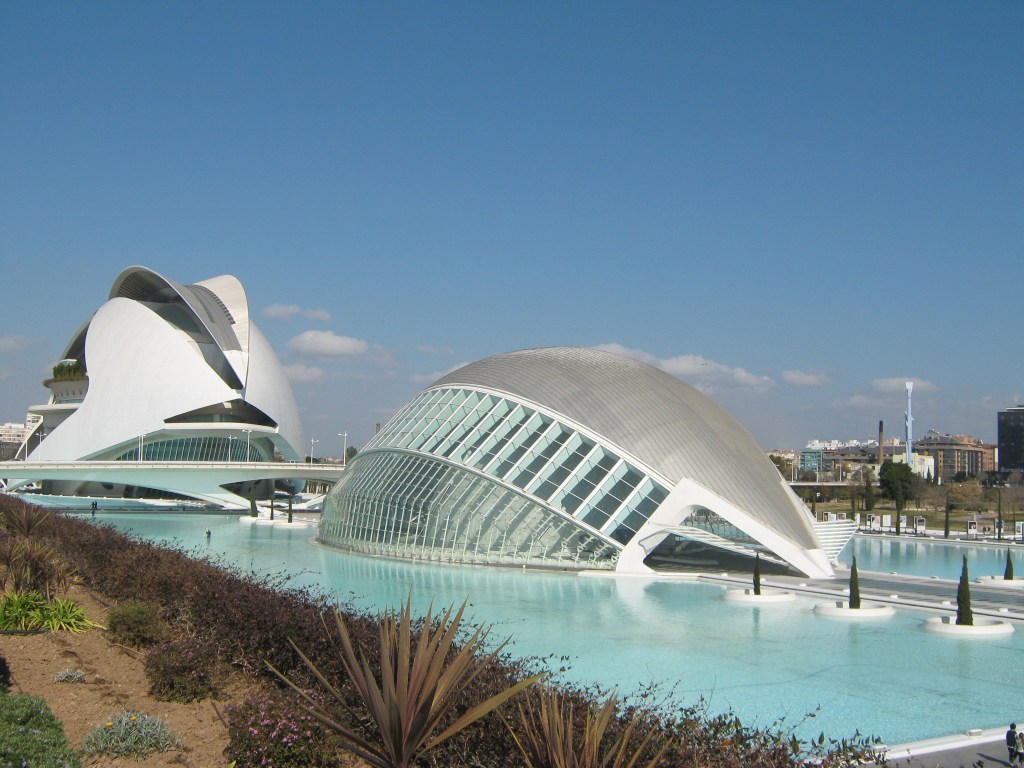
Director Bigas Luna wrote and directed a film that moves from Spain to the USA and back using both Spanish and English quite sensibly, depending on who is speaking to whom. It stars Elsa Patakay and American film star Peter Coyote, who jangled keys in ‘ET.’
Mad Dogs (2010)
More of a four part, four hour series than a film, although it has the chronological coherence of a feature.
The story of four old school friends who visit Mallorca looking for the fifth.
Sóller, Pollenca and Palma are among the locations.
Underground (2010)
No tasty vampires in this one but a creature that lives in the underground, where some young graffiti artists like to display their wares.
Shot in Bilbao, Vizcaya, and Lleida by the enigmatically named Galician director Tinieblas Gonzalez, with English with American actors.
Many scenes were shot in the Bilbao underground, particularly in and around Basarrate station.
In Spain the film is known as ASD.
Maximum Shame (2010)
Barcelona director Carlos Atanes is responsible for this self-described apocalyptic fetish horror musical chess sci-fi weird movie, with lots of S&M in abandoned factory sets, apparently located in Terrassa, Barcelona.
Young Spanish actors appear to ad-lib their way through some musical numbers, but that’s ok as this is ‘underground.’
Circuit (2010)
In the world of fashion photography everyone is important and sensitive.
Shooting took place at Barcelona’s El Prat airport, and at Sabadell, as well as El Prat de Llobregat.
Katmandu (2011)
Laia leaves her life in Barcelona to work in a poor school in Nepal. Her unhappy childhood includes time spent in a convent school, depicted in the Escola Pia Sabadell.
Shooting also took place at El Berguedà and Manllue.
Powder (2011)
Powder is a comedy about a rock band making the big time, with a brief visit to Ibiza for a suicide.
Playing a small part is The Smiths’ guitarist Johnny Marr.
The Honey Killer (2011)
Richard Harrison, Director, Co-writer and Producer of The Honey Killer from Razor Films in London told us that the film was made in Ronda, Montejaque and Gaucín in Málaga province in August 2008.
The Flamenco scene was shot at Anna María’s, in Marbella old town, famous for having some of the best and most authentic Flamenco in Spain. The scene where Janine dances Flamenco was improvised and shot in one and a half hours.
The bar where Darryl meets Rik was found by accident just 24 hours before it was filmed and the bar owner, Santana, actually plays himself.
The village, near which Darryl has rented a villa, is Gaucín, with its white houses and castle looming above.
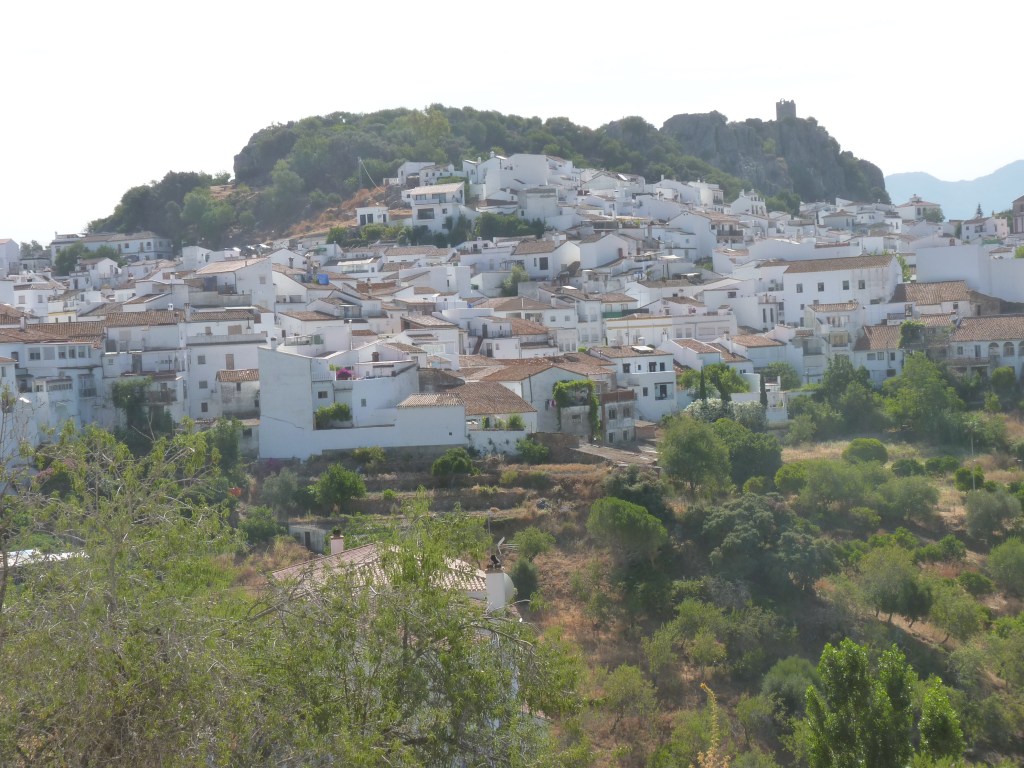
The Impossible (2011)
Ewan McGregor and Naomi Watts star in this film including scenes shot in Alicante, although the true star is a Tsunami.
The film has a Spanish director, Juan Antonio Bayona, and writer Sergio G. Sanchez, and filming began in Alicante in August 2010, before transferring to Thailand.
Naomi Watts started filming in Alicante’s City of Light in mid-September.
There were also some underwater scenes, originally supposed to be filmed in Thailand, but later patched together in Barcelona’s Piscina Bernat Picornell i Piscines Muncipals de Montjuïc.
Weekender (2011)
I’d always thought that it was a bad thing to rave, but apparently it is not a symptom of disease, but a scene, and people do it when they’re not chilling out.
Where did my life go?
Ibiza is the place to rave apparently, although the natives may beg to differ. However, Stephen Salter of Benchmark Films informed us that they sneakily used Gaucín, near Estepona in the province of Málaga as a substitute for the island of the beautiful people; perhaps to keep the actors out of the all-night discos!
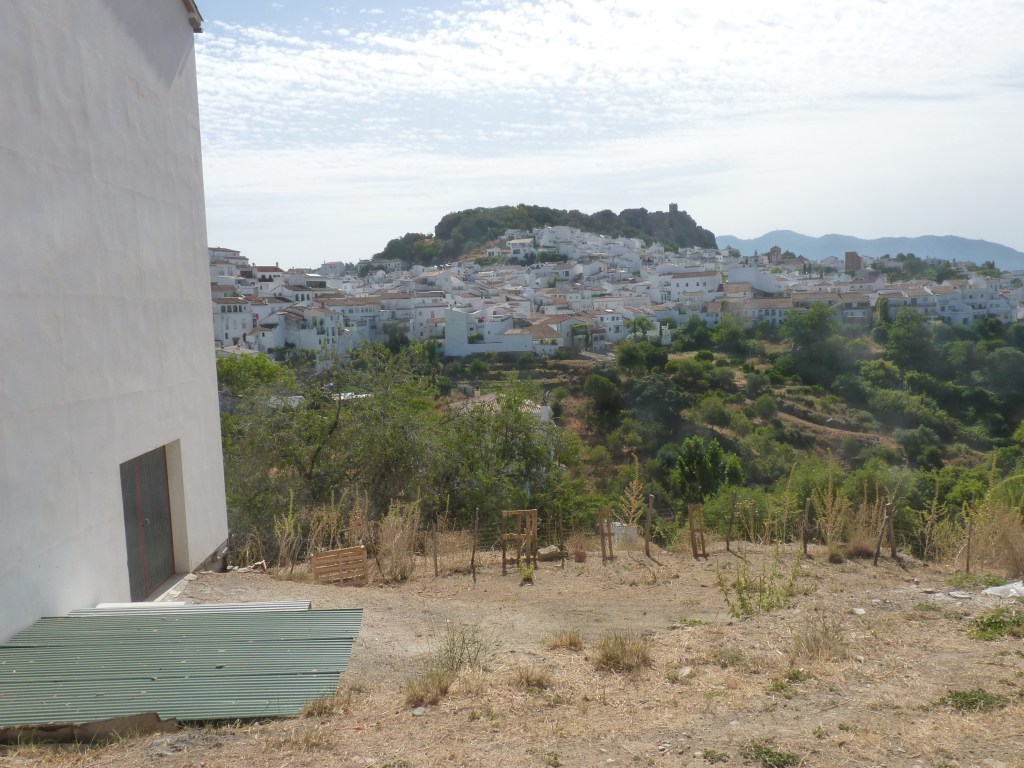
According to the film’s director in the audio commentary, the sumptuous hillside villa once belonged to Richard Burton’s first wife, Sybil Williams.
Our heroes (thieves, drug dealers and they don’t pay taxes; whatever happened to Roy Rogers?) Matt and Dylan supposedly pay a brief visit to Ibiza, where they see the light, and Matt finds his dream beach and opens his dream beach bar.
11-11-11 (2011)
The title refers to the date when one of those inconvenient gates to a nasty world full of monsters can be opened.
Yet another in a now long line of Spanish productions, brewed in Barcelona but with an international cast speaking English.
Shooting began on the 17th of January 2011 under the direction of Darren Lynn Bousmann, who was responsible for three of the ‘Saw’ saga, and who loves Spain enough to have proposed to his wife at the Sitges film festival.
Barcelona and Sant Vicenç de Montalt (site of the house with the tower that is destroyed) are the locations, including the maze in Barcelona’s Parque del Laberint, which is where Joseph and Sadie are cornered in the maze by Javier, who threatens Joseph with a gun.
The cemetery l’Est or de Poblenou also appears.
There Be Dragons (2011)
Although mostly shot in Argentina, Roland Joffré’s film set in the Spanish Civil War, and telling in part the story of José María Escrivá, founder of Opus Dei, also involved two weeks of shooting in Sepúlveda, Segovia.
The creator of ‘The Mission’ employed mud and earth to transform the streets of Sepúlveda into the ‘authentic’ 1908 streets of Barbastro, Huesca, Escrivá’s hometown. The Streets used were Lope Tablada, San Batolomés, Santos Justo y Pastor, Comandante Cristóbal, Los Fueros, Conde Sepúlveda, Sancho García, the plazas Mayor, Virgen de los Pucherillos and de la Fuente, the arches Ecce Homo and de la Judería, and the cemetery.
150 extras were used and the local council netted a very much welcome 18,000 euros for their trouble.
Geraldine Chaplin, who shot ‘Doctor Zhivago’ in Spain, returned for a role in this film. Both she and director Joffé were among the crew lodged in the Hotel Vado de Duratón during the second fortnight of October.
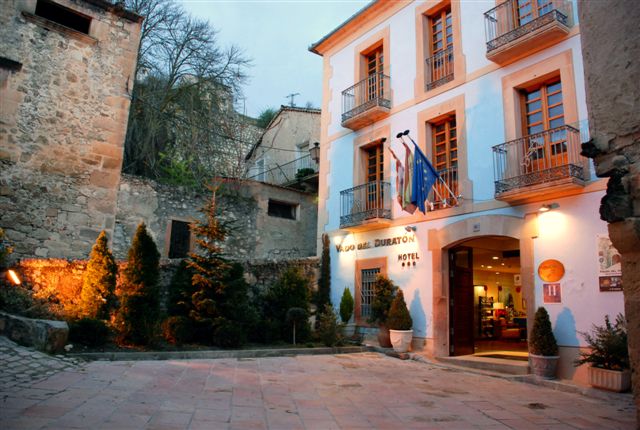
The title of the film refers to the comments written by cartographers on maps to describe unexplored areas.
Intruders (2011)
Canary Island director Juan Carlos Fresnadillo is responsible for this paranormal drama focused on two children; one in Madrid and one in London.
In south east Madrid filming focused on Calle Hacienda de Pavones, in the district of Moratalaz, where the entrance to the young boy’s flat was situated, specifically at number 99, although the producers also had to cut a deal with the residents at number 97 in order to erect the scaffolding.
The children’s playground where two priests stroll while discussing the possible ‘possession’ of the boy was created in a green zone nearby.
Filming also took place in a pedestrian street, Avenida Fernández Ladreda in Segovia in September 2010, when 80 local extras collaborated under the artificial rain of sprinklers hoisted on cranes. The photography shop there is really a bank. Another scene was shot in the old prison.
Clive Owen stars, as does Spanish actress Pilar Lopez de Ayala, although the Bogeyman outshines both.
We Need to Talk about Kevin (2011)
In a symbolic gesture meant to make the viewer concentrate on the colour red, the film kicks off with the exuberant ‘Tomatina’ tomato throwing festival celebrated every August in Buñol, Valencia.
The festival dates back to August 1945 when a group of youngsters started throwing vegetables at each other until the police arrived.
During the 50s it was briefly banned, but popular demand (not a common occurrence under Franco) brought it back after the local people had carried a coffin containing a tomato, accompanied through the streets by the local band.
In 1957 the festival was legalized and the Town Hall took over its organization, despite which it has survived and prospered, and now attracts an international crowd almost comparable with San Fermín.
The film, about a serial killer’s mother (Tina Swinton), is neither as exuberant nor as much fun as the festival, which is in fact her only moment of pleasure as she is covered in Vitamin C while covering the festival for a travel magazine.
Haywire (2011)
In February 2010 filming started in Barcelona on this Steven Soderbergh thriller starring Michael Douglas, Bill Paxton and Ewan McGregor.
The rescue of a hostage in this film takes place in Barcelona, with Ciutat Vella; Plaza Reial, la Rambla del Raval, Calle Ample, Mirador de l’Alcalde de Montjuïc, and Plaza George Orwell for the scenes when Gina Carano is betrayed by Antonio Banderas.
Jack and Jill (2011)
Adam Sandler does a ‘Victor Victoria,’ playing his own twin sister, whereas Al Pacino plays Al Pacino.
Bellver Castle on the outskirts of Palma, Mallorca appears in the scenes seen from the air when Pacino helicopters Jack, disguised as his sister, (double disguised really) into the castle for a seduction supper. The unique circular cloister is also briefly seen.
Work on the castle was commissioned by Jaume II, King of Mallorca in 1300.
Following the Battle of Bailén in 1808 it was a prison for Napoleon’s defeated soldiers.
Only six years later General Lacy, who participated in a failed liberal rebellion against King Fernando VII, faced a firing squad in the castle moat.
In 1821, the castle was used as a mint.
In 1931 it was turned over to Palma Council and it now holds various cultural activities such as summer concerts.
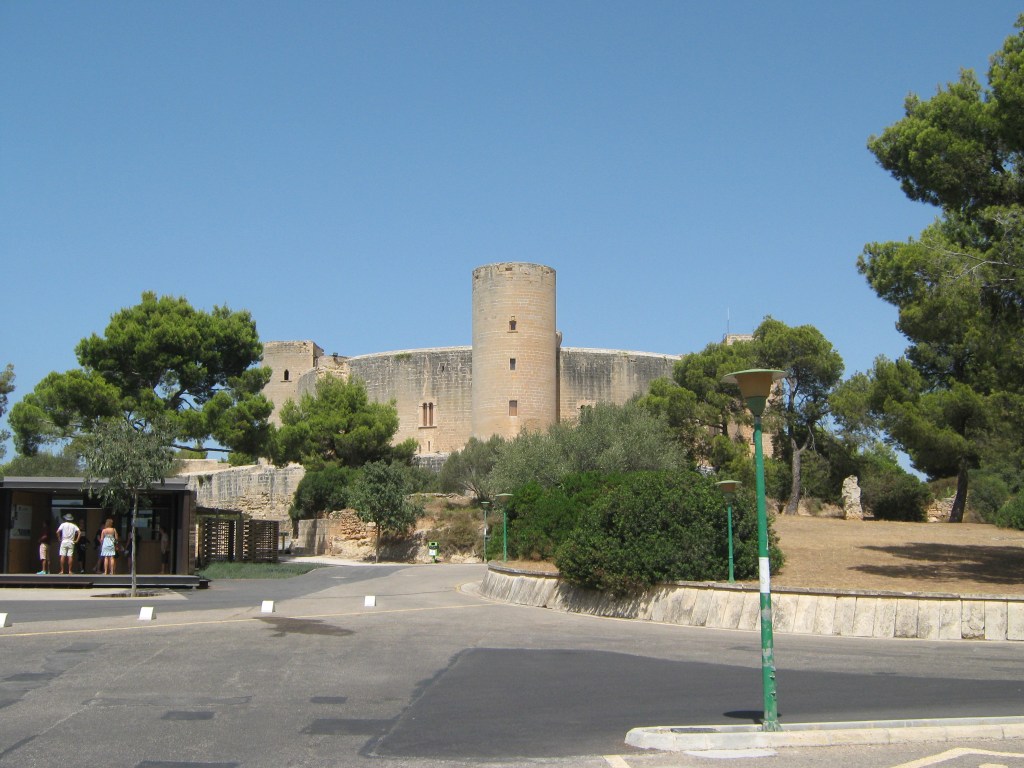
Spanish actor Santiago Segura participates playing (who would have guessed?) a Spanish gigolo.
The Inbetweeners (2011)
Based on the TV series, the film version included bar scenes at Calvià, Mallorca, shot there in March 2011.
Calle de Punta Ballena and the promenade of the Magaluf beach were among the locations, which are supposedly Greece in the film.
Among the bars used were the Daiquiri Palace and Revolution, with shooting in Palma and Sóller.
Boronia Backpackers (2011)
Two Australians from back in the woods Boronia decide to ‘do’ Europe and pass through 20 countries, including a visit to Barcelona.
The Perfect Stranger (2011)
Colm Meaney is at the centre of this story, and the only person speaking English for the most part.
He plays a foreigner whose arrival at a small village causes all sorts of excitement among the locals.
Majorcan director Toni Bestard used his hometown of Bunyola, as well as Llucmajor, Calvià and Campanet, all of which are in Mallorca, for which the rustic film is a showcase, showing the idyllic side of the island.
While visiting the Raixa Estate, we were informed that a set had been built there in an old servants’ quarters for the making of the film, and that the end of shooting party had been held at Raixa.
Trangression (2011)
Michael Ironside is part of an international cast for this Spanish film, which also stars Carlos Bardem.
The transgression in question is four criminals breaking into someone’s home, which is in Barcelona.
Zindagi Na Milegi Dobara (2011)
The film was made all over Spain, starting in June 2010. It tells the story, in typical Rom-Com, Buddy-Buddy, Road Movie Indian style with three young men who go to Spain and find all the usual stuff as each overcomes some fear or problem.
Barcelona appears briefly with some shots of the city’s symbol, Gaudí’s Sagrada Familia Cathedral, and further north the camp site of Illa Mateua at L’Escala was the base for the scuba diving scenes.
In Buñol, Valencia, the internationally famous Tomatina festival that takes place in August was recreated so that tons (16 of them imported from Portugal) of ripe tomatoes could be thrown around by fervent advocates of world famine relief.
In the film’s climax, a Bollywood version of a song called ´Señorita’ was shot in Alájar, Huelva, with a lot of local extras in typical costume, including the Mayor. The song has apparently made Spain very popular in India and increased the interest in all things Spanish.
In Pamplona, Navarra, they run with the bulls, and filming also took place in Carmona, Sevilla, Ronda, in the province of Málaga, famous for its gorge and bridge, which appear in an aerial view, and Setenil de las Bodegas, Grazalema and Zahara de la Sierra, all in the province of Cádiz. In Setenil, we see the threesome driving through the narrow streets, and the ridiculous fight scene took place in the picturesque Bar Alhambra.

Although the film was made in Hindi for domestic consumption, the characters regularly punctuate their conversations with English words and expressions, which is our excuse for including the film here; that, and the possibility of attracting millions of wealthy Indian set-jetters to Spain. The film was brought to our attention by Gus.
Checkout (2011)
This black comedy about ‘suicide tourism’ was shot in Sitges, Barcelona, the location of many interesting films since Errol Flynn shot there in the 50s.
It was made by afilm International Film Workshops.
Yolanda Torres, Producer/ Head of Studies of afilm informed us that the film centres on a guest house for suicides (the definitive check out), and one guest whose hesitation causes some concern to the landlady.
The guest house in question was the delightful Hotel Romantica, a beautiful, historic hotel in the old part of Sitges, which is full of noble mansions.
Road to Wacken (2011)
Wacken is a little town in Germany that is invaded each year by Heavy Metal fans for a rock festival.
Aragonese director Pablo Aragués made a film about an all girl band from Zaragoza that travels there to claim their fame and mix with the likes of Alice Cooper.
Apartment 143 (2011)
Property values will plummet in Barcelona, where this film about paranormal activity in a flat was made.
Written by Rodrigo Cortes, who directed ‘Buried’ and ‘Red Lights.’
Haunted Poland (2011)
A Spanish film with Spanish and Polish actors filmed in Polish and English, set in the USA and Poland although the opening scene was filmed in Girona, home of director Pau Masó.
Evil forces are lurking in Poland, or maybe in childhood, or both.
Those who feel more comfortable with it could call the film ‘Nawiedzona Polska.’
The Cold Light of Day (2012)
A thriller starring Bruce Willis and Sigourney Weaver in which an American family is kidnapped during a holiday in Spain; something which almost never happens in reality all Americans may rest assured.
Various Spanish actors participated, including Simón Andreu as Pizarro, a policeman who threatens Willis.
Filming began in early September 2010 on Cabo (Cape) La Nao near Jávea, Alicante, at the idyllic cove of Granadella, where actor Henry Cavill was to be found, surrounded by 100 extras, all trying hard to look as if they were enjoying themselves playing on the beach. Five power launches and a yacht were involved in filming upon the limpid blue Mediterranean waters of the Costa Blanca.

It was here that Henry swam ashore to visit a Chemist’s while his family was being kidnapped. The Chemist’s was actually quite a long way off, in the Plaça Sant Antoni in Denia, where Hollywood brought it all back home by filming briefly in the same square where ‘John Paul Jones’ was shot back in 1958.
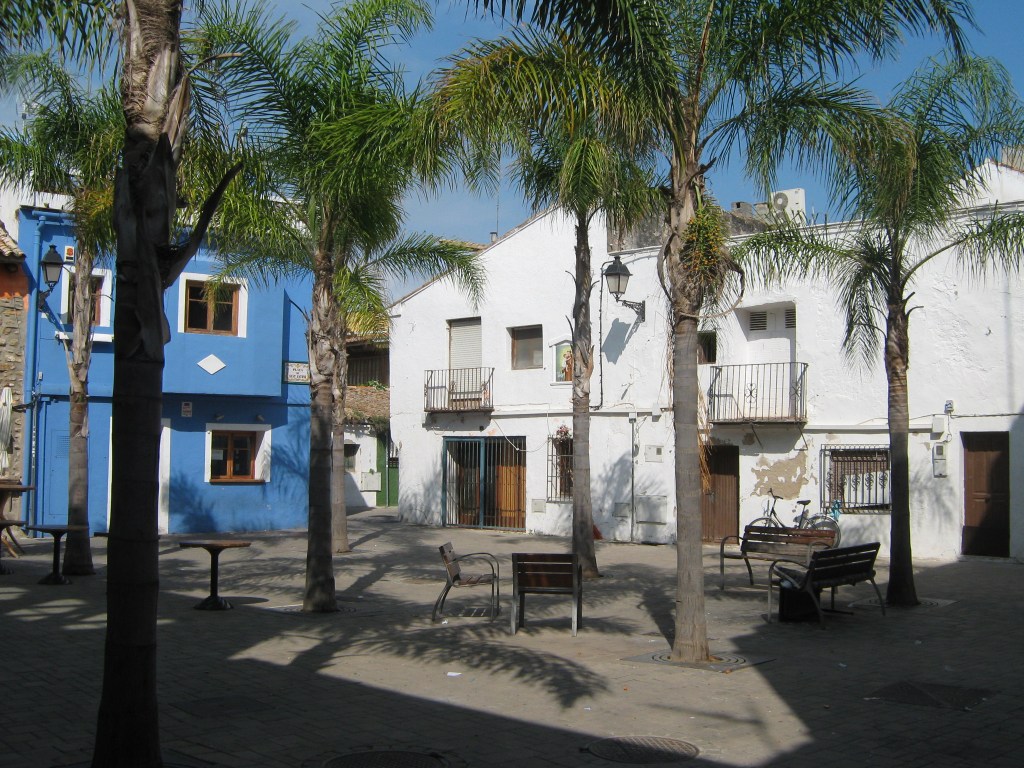
Just before the kidnapping, Henry’s family, headed by Bruce Willis, had suppered on a yacht in the Nautical Club of Moraira, filming of which took place on the 13th of September.

From the marina we can see the 18th century castle on the beach, built to defend against Berber pirates.
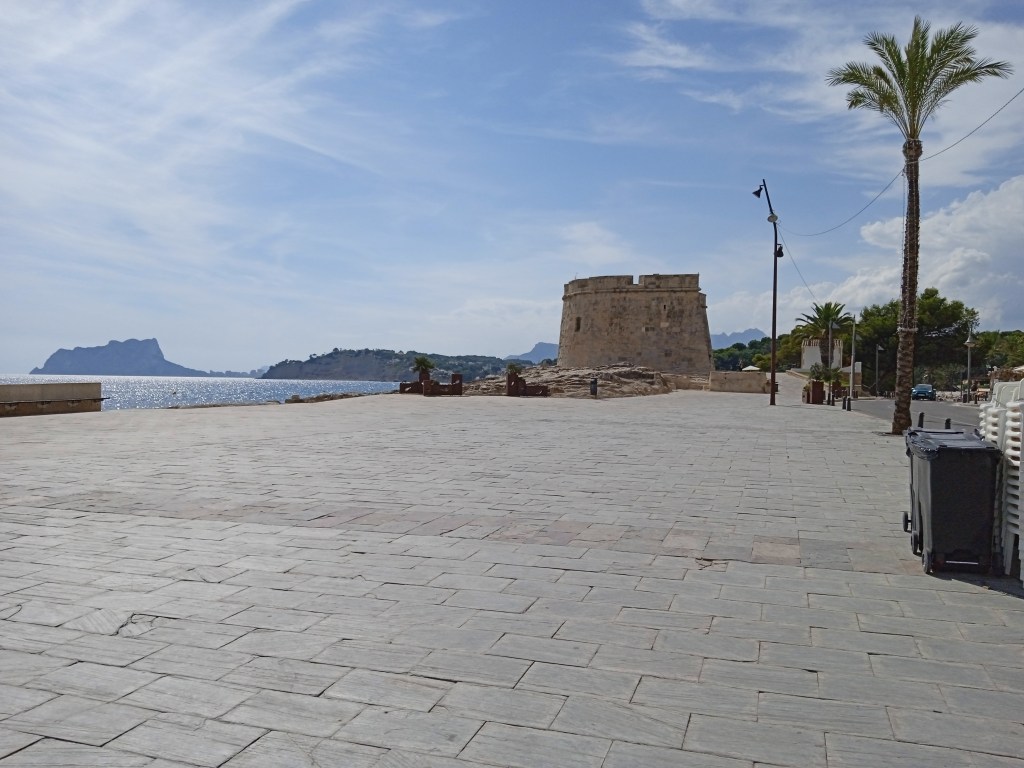
The Madrid Film Office pulled out all the stops when the story switched to the capital for the bleaker scenes where Henry takes on the combined forces of Arab terrorists, Mossad and the CIA; no mean feat. A great number of the capital’s tourist attractions appear as Henry seeks to free his family.
We see the Puerta de Alcalá and the Cibeles fountain with its chariot towed by lions, carved in stone in order to prevent them from eating the horses.

Willis meets with Sigourney Weaver in a square with the statue of a rearing horse. This was shot in the Plaza de Ramón y Cajál, in front of the Faculty of Medicine of the Complutense University. It is here that Bruce’s fee ran out and he was shot too.
The chase is on, with Henry sometimes chasing the baddies and sometimes being chased.
He reaches the Plaza Mayor, where a policeman is shot and he gets the blame, finally finding refuge in the American Embassy.
He makes his way to Diego Caldra’s house, actually a set built at the Ciudad de Luz studios in Alicante, where he teams up with Spanish actress Verónica Echegui. Weaver pursues them as they speed off on a scooter, sliding to a stop in front of the Delicias Railway Museum, housed in an old railway station in central Madrid.
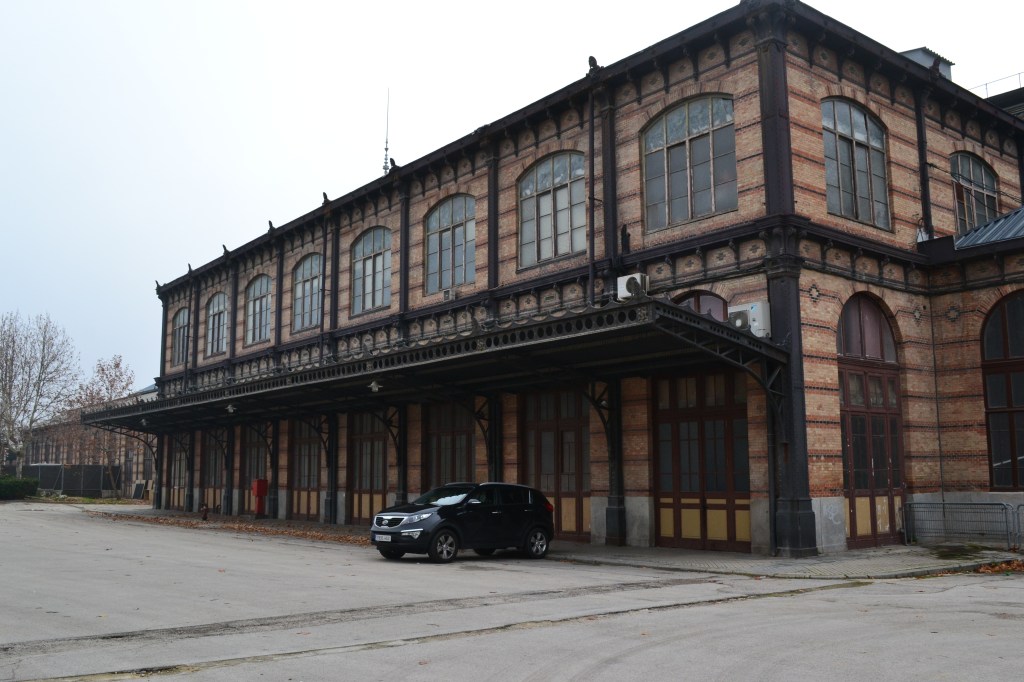
In their search for Henry’s father and some answers they take the Madrid underground from the Pitis station, taking in the Puerta del Sol. After a shootout in an underground car park the chase is on again, passing the Puerta de Alcalá and ending up at Las Ventas bullring, where Weaver’s car tries to take the tube unsuccessfully.
At one point imagination is stretched when Verónica takes Henry to a leisure complex called Fabrik Espacio Multiuso, located between Moraleja and Fuenlabrada, where some of her friends happily help them out, beating up a professional killer as a favour, imagining no doubt that this ruthless assassin will just mutter “fair enough” and leave it at that.
It all ends happily ever after, and Bruce is hardly missed as the Mossad arrive ages before the Madrid police; which is a fairly common complaint in the capital.
Saving Isis (2012)
A post apocalyptic story of the relationship between mother and daughter, with filming in the province of Tarragona, specifically at Casa Castellarnau (for the decadent palatial scenes) and Pla de la Seu i Catedral; in fact we see a naked woman on the steps leading up to the cathedral, the cemetery and the subterranean tunnels of the Complex Educatiu de Tarragona.
Casa Castellarnau, now the city’s history museum, is lucky enough to have a ghost. A young, sickly girl who lived there and was only allowed to play the piano, and still plays, long after her death.
Nevertheless, the action takes place in post-apocalyptic New Mexico.
Red Lights (2012)
After shooting ‘The Cold Light of Day’ with Bruce Willis in Spain in 2010, Sigourney Weaver returned in February 2011 with Robert de Niro in tow for another ‘lights’ film.
Spanish Director Rodrigo Cortés obviously earned himself a lot of credit with ‘Buried’ (apparently the producers were delighted with the low budget, an inevitable consequence of filming practically the whole thing inside a coffin) and have since given him a few dollars more.
Science and the supernatural battle it out in this film shot in Barcelona and Canada.
One of the locations in Barcelona was the Casino L’Alianca del Poble Nou at Rambla de Poble Nou in the north east area of the city in the municipality of Sant Martí de Provensals. The Casino was founded in 1868 and in the film is used for a theatre scene featuring 300 extras.
Other scenes were filmed in the studios of TV3, the Catalan public TV channel, and at the Facultad de Económicas of the Universidad de Barcelona (UB).
Filming also took place in the Teatre Musical, Teatre Tívoli in Barcelona, Cornellà, Sant Andreu de Llavaneres, El Prat de Llobregat and Sant Vicenç de Montalt.
A Puerta Fria (2012)
Although it’s a Spanish language film, it’s all about a businessman suffering the handicap of not speaking English. For this reason, Antonio Dechent needs the services of María Valverde in order to communicate with Mr. Battleworth, played by Nick Nolte.
The film is directed by Catalan Xavi Puebla and was shot entirely in Sevilla in the summer of 2011, with the Hotel Sevilla Center, Avenida De La Buhaira, 24, as the main location.
The Dictator (2012)
As the film is about an Arab dictator, played by Sacha Baron Cohen, Sevilla was chosen because of its Arabian architecture.
One of the dictator’s palaces is none other than the Plaza de España, also used for ‘Attack of the Clones’ and ‘Lawrence of Arabia.’

On Fuerteventura filming took place at Corralejo, Majanicho, Esquinzo and el Barranco de La Herradura, where the desert scenes were shot with the dictator on horseback and with goats. Self-explanatory.
The Zig Zag Kid (2012)
Isabella Rosellini filmed the Spanish section of this Belgian film directed by Vincent Bal in the old Rio Tinto mines of Huelva.
The film is based on a novel by Israeli author David Grossman, and the makers constructed a large wooden house in the area known as Zarandas, which represents Moonberg in the film.
The film tells the story of a young boy’s journey from Haifa to Jerusalem and was filmed in English and Dutch.
Rio Tinto started exploiting the mines in 1873 and ceased operations in 1954. Today you can visit the mining museum, ride the steam train’s remaining 12 kilometres of track, visit the ‘typically English’ house of the mine’s General Manager or visit the Peña de Hierro mines.
Cloud Atlas (2012)
Filming took place in Mallorca in September 2011 of this film by the Wachowski Brothers and Tom Twyker.
Of the film’s six parts the ‘Big Island’ and ‘Pacific Islands’ stories were filmed in Mallorca.
At Sóller, Jim Broadbent takes the familiar tourist tram to the port where an 18th century ship was kept during production, and where at the seafront Hotel Esplendido, 40 rooms were taken over by the film crew.
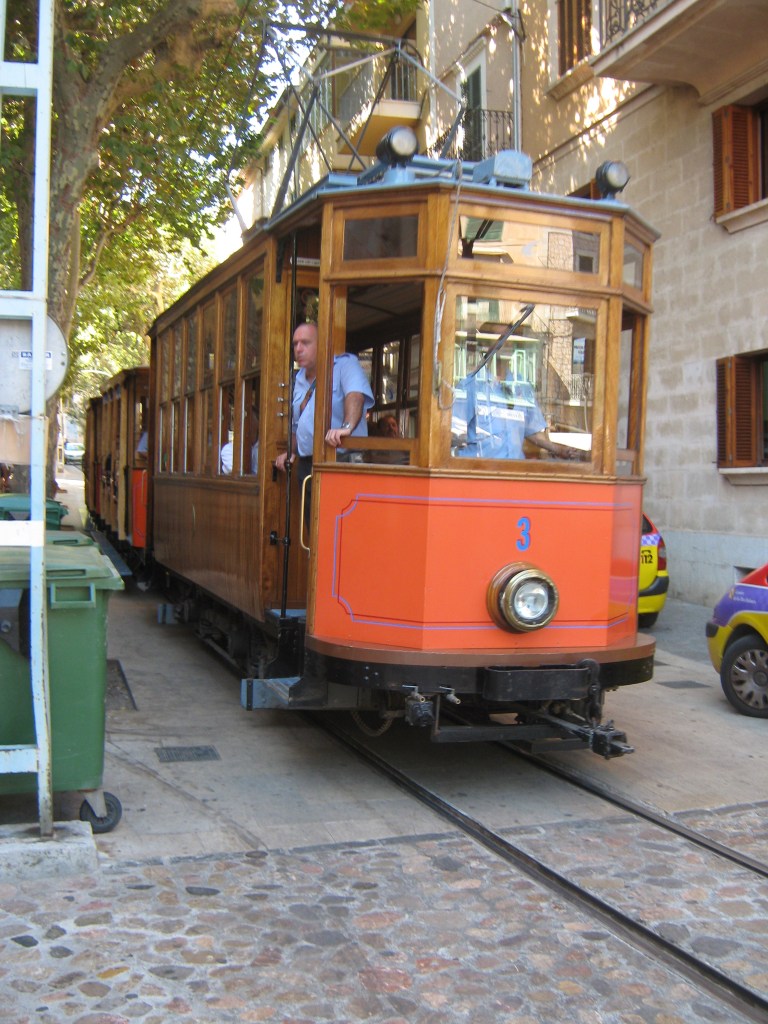
It was at Sa Calobra beach, near Sóller, that the opening scene, when Adam Ewing meets Dr Henry Goose (Hanks), was filmed. The beach, at the end of Torrent Pareis, is reached by regular ferries or a torturous mountain road.
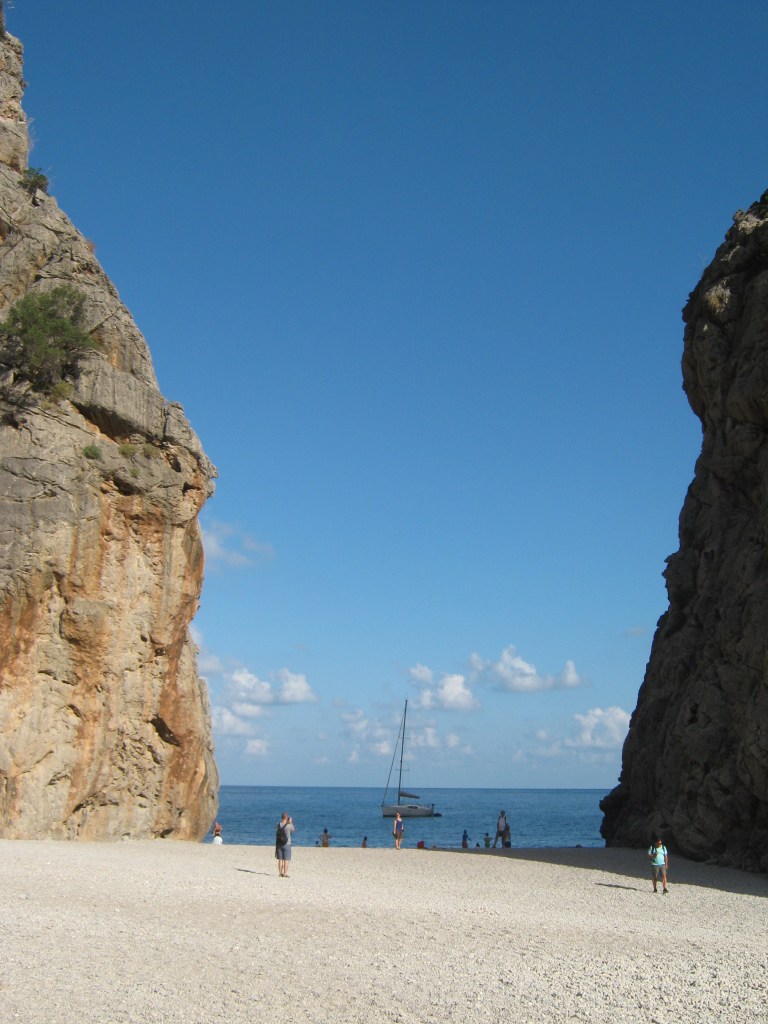
Tom Hanks is at one point seen on top of a Hawaiian mountain, which is in reality Puigmajor mountain, in the Serra de Tramuntana.
A scene with fires in a slave village was shot next to the Hotel Formentor, a famous hotel in the eastern extreme of the island.
Halle Berry was unfortunate enough to break a bone in her right foot during filming and was treated at the Miramar Private Clinic (Room 119 for all you serious fans!)
Wrath of the Titans (2012)
Like its predecessor ‘Clash of Titans,’ Wrath’s exteriors were largely filmed in the Canary Islands, particularly on Tenerife and La Gomera.
Once again Liam Neeson and Sam Worthington star, joined by Ralph Fiennes as an especially melancholic Hades, no doubt depressed by the fact that the Greeks are losing their religion.
Abades on the southern coast of Tenerife was the site of the village of Perseus at the beginning of the film and the first attack of the Chimera.
Nearby Los Desriscaderos, an area of dry gulleys and hills, was the spot chosen for the exterior of the labyrinth leading to Tartarus. Queen Andromeda’s first camp was built at Minas de San Jose, and the Mount of Idols was provided by Llano de Ucanca.
In the north west, Teno Rural Park, an eroded volcanic mountain next to coastal cliffs, provided the opening scene of Io’s seaside grave, where Perseus, Agenor, Andromeda and her soldiers board their ship, the Nomos, which later would drop anchor in front of the Los Gigantes cliffs, at the extreme west of the island.
A second camera unit did some aerial photography of a five million year old volcano, Roque de Agando in nearby La Gomera island.
The Strange Case of Wilhelm Reich (2012)
Klaus Maria Brandauer plays the controversial psychiatrist Wilhelm Reich during the last years of his life, and the Tabernas desert in Almería plays Arizona.
According to Janine Michtner of Novotny Film Produktion, the petrol station scene towards the end of the film was shot at the restaurant and petrol station ‘Alfaro,’ Autovía A-92 Exit 376 – Tabernas, and the desert scenes, where Reich is seen experimenting with his family, starting in the film’s second scene, at Finca Tecisa.
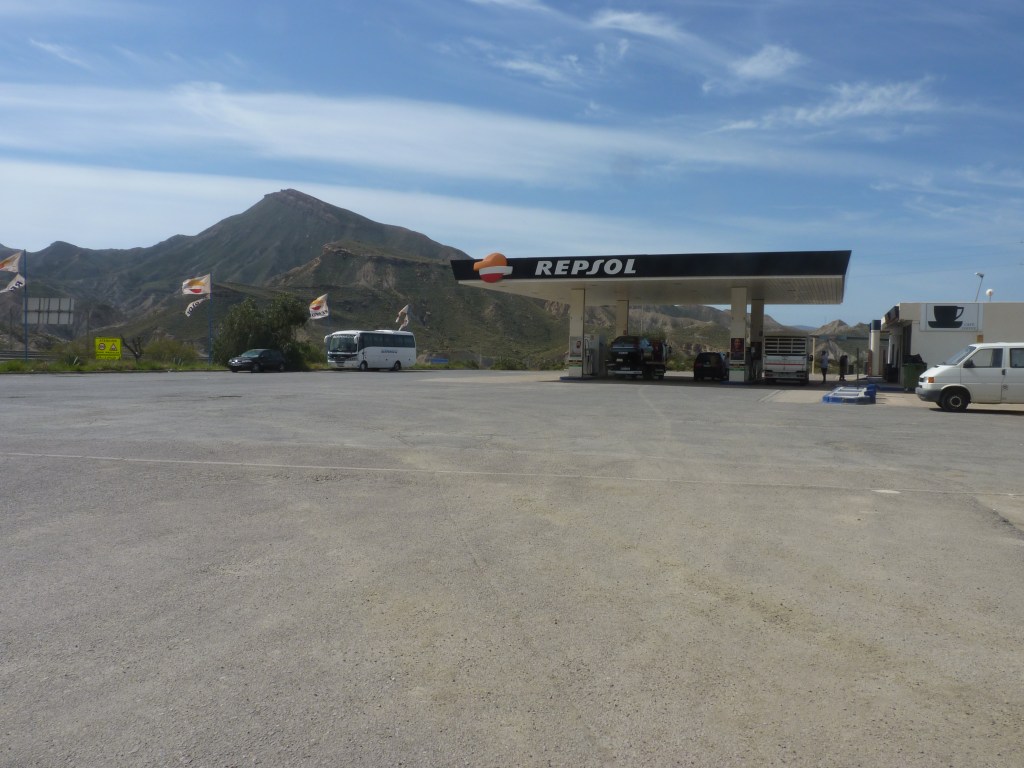
Deranged (2012)
Shot near Madrid and starring Londoner Craig Fairbrass, this horror flick tells the story of four attractive British girls staying at a friend’s place in rural Spain.
The location of the house is actually a rural hotel called La Tejera de Lozoya, located on the M635 road from Gargantilla to Navarredonda at the edge of the Guadarrama mountains.
Nearby, on the road between Rascafría and Lozoya, is the restaurant El Tascón, where Fairbrass hands over the keys of hell to the girls. Sorry; is that a spoiler?
Dancing Dogs (2012)
The trainees at afilm International Film Workshops produced this movie, in which their native Sitges, Barcelona plays a key role.
The Hotel Romantic, Carrer de Sant Isidre 33, was again a location, representing Elizabeta’s home.
Also featured are the El Prado theatre, Carrer de Francesc Gumà, 6, where the sisters are forced to dance, and the streets and beaches of the town. The film ends at the Avinguda de Balmins beach, where the dead sister’s ashes are finally scattered.
At Cami de Santa Bárbara, Lily and River miss the bus, and they are kidnapped at a farmhouse at Vallpineda.
Invader (2012)
A film about right, wrong and Iraq.
The Iraq scenes were shot in the Canary Islands at Fuerteventura and Lanzarote, where Arrefice was transformed into an Iraqui town, while the Spanish scenes were shot in Galicia on the cliffs of A Coruña, and in its port and prom, with Pablo’s house located in Betanzos.
The dialogue is in Spanish, English and Arabic, and the director is Daniel Calparsoro.
Miami II Ibiza (2012)
Focusing more on disco strobe lights than the limpid blues of Ibiza’s sea and sky, this musical comedy charts the rise of a new DJ called DJ Hound as he makes it with a little help from some real life DJ friends.
Ibiza: My Way or the Highway (2012)
A film that is almost a documentary, but not quite, and which is a homage to not only the nightlife, but also the coves, caves and light that is Ibiza.
On a more serious note, the film deals with Attention Deficit Hyperactivity Disorder.
Animals (2012)
A curious film made by the Catalan director Marcel Fores, but with some British actors such as Martin Freeman from ‘The Office,’ playing a teacher at a bi-lingual school where main character, Pol, has a disturbing relationship with his English speaking Teddy bear.
The school is in fact the Universitat Autónoma de Barcelona and the exteriors were also in Catalonia, where there really are bi-lingual schools, so I suppose the whole teddy bear thing is also fairly believable.
Included in the locations are Sant Llorenç de Morunys and Pantà de la Llosa del Cavall, Lleida, which is the reservoir.
Also used were Sant Esteve de Palautordera, Barcelona and El Port de la Selva, Girona.
The Corpse Grinders 3 (2012)
Only 40 years later the third part of this American denouncement of the cat food industry reached the silver screen thanks to Spanish director Manolo ‘Motosierra,’ (which means ‘chainsaw’ and might not actually be his real name).
Ted V. Mikel made the original in 1971, and for the third part the director brought some much needed work to his native Alcoy in the province of Alicante.
The old industrial area of El Molinar, a veterinary clinic in El Terrer and an old building in Calle San Francisco, were used for interiors, while exteriors were filmed in the village of Planes.
Things We Do for Love (2012)
A Portuguese man has to choose between love and home, so, rather than toss a coin, he goes on the road, touring Europe with a discrete film crew, calling on Granada, Sevilla, Madrid and San Sebastián in Guipúzcoa.
The Sleeper Effect (2012)
This dystopian vision of the future was mainly filmed in the UK, but with some shooting also done in Marbella, Málaga, a kind of dream sequence involving a supermarket, a beach, a bar and a car park, which, like the rest of the film, I didn’t really understand.
Stranger Within (2013)
William Baldwin stars in this Danish production shot mostly in the Serra de Tramuntana mountain range in Mallorca, especially the area between Sóller and Deià. The cliffs and coves of the island were especially praised by the director.
The Gran Hotel in the village of Sóller featured, and the city of Palma pretends to be Manhattan in one curious fabrication.
The Wine of Summer (2013)
Near the beginning, Carl, an elderly writer is listening to a man on a balcony paying the trumpet while seated at a bar in Plaza San Felipe Neri, Barcelona, a location used in various films. Later he is joined there by Elsa Patakay.
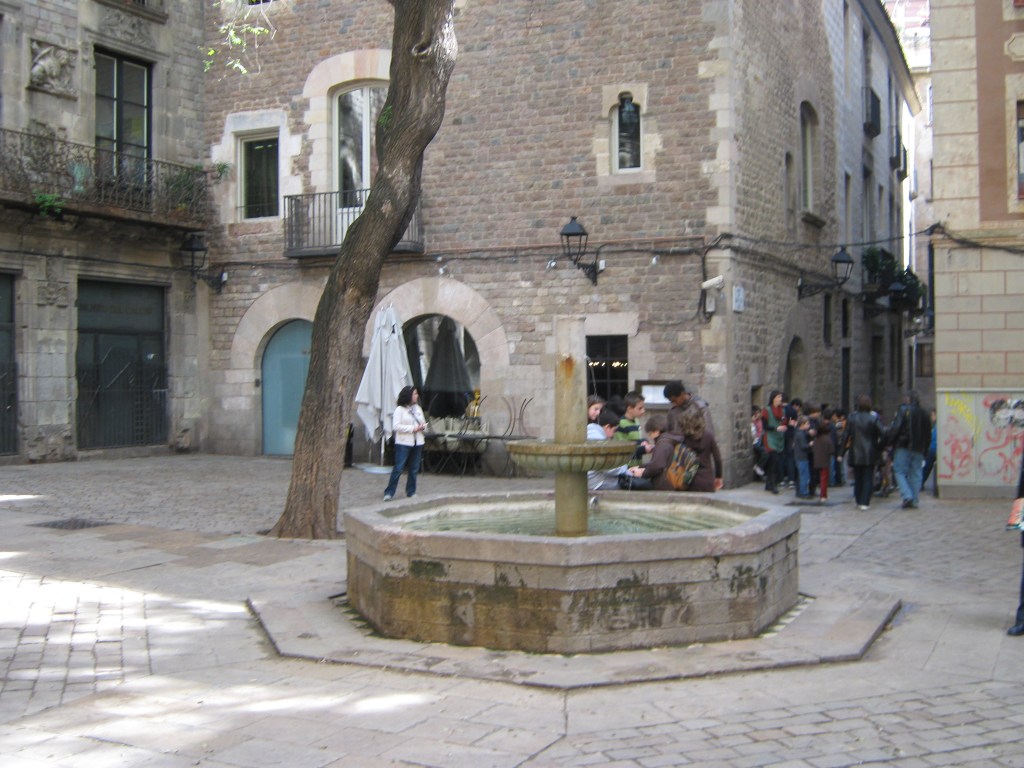
They go to watch an awful play in Teatre Tarantana, which is a real theatre and the real name, situated in Carrer de les Flors, 22.
Elsa Pataky produces and stars in this film featuring Marcia Gay Harden and Ethan Peck, grandson of Gregory Peck, who arrives, rucksack on back at Barcelona’s airport, with its Miró mural, and then at Franca station, in search of that elusive something.
We see some rapid sights of Barcelona’s Gothic quarter and then Peck is exiting Hotel Adagio, Carrer de Ferran, 21, which is also real.
On to a church, and then the Canuda bookshop, where he spots Carl, and they return to Plaza San Felipe Neri for a drink.
Through the medieval streets of Girona, Peck wanders around with the playwright, and some locations from Game of Thrones and Perfume are easily recognisable, such as the cathedral steps.
El Parrigur, where the five main characters go for some music, is also real, and can be found at Carrer del Pas de l’Ensenyança, 2.
Spook (2013)
Dutch musician and film maker Aldous Byron Clarkson found his haunted house at Beniarbeig, Alicante. The old mansión is in fact the 19th century Casa Santonja, now available for weddings and other natural events.

For some mellow marsh he used nearby Pego, a coastal wetland where rice is also grown to make the famous Valencian paella.
Xàbia and Benicolet were also employed.
The Nowhere Son (2013)
This Indian film about corruption and violence in that country was shot all over the world, including Madrid, and was directed by San Benarje.
Grand Piano (2013)
The film was made in Las Palmas in Gran Canaria, and Barcelona; the old hospital, now film studios at the Parc Audiovisual de Catalunya in Terrassa was used to reconstruct the concert hall in Chicago.
The film stars John Cusack and Elijah Wood and deals with a pianist (Wood) who suffers from stage fright, although he finds Cusack scarier than a harmless stage.
The Fast and the Furious 6 (2013)
Vin Diesel stars in the sixth part of the saga. In an age when petrol is running out fast, it makes sense to flog a dead horse I suppose.
Among the international locations is Tenerife, with filming around Santa Cruz de Tenerife and the port of Santa Cruz taking place in September 2012.
Filming also took place on Gran Canaria, on the G2 motorway, under construction at the time, in the section between El Pagador and Santa María de Guía, in the northern part of the island. One of Spain’s highest viaducts, the Puente (bridge) de Silva, seduced the producers with its spectacular views.
The Counselor (2013)
Brad and Cameron bring on the Hollywood attraction, while Javier and Penelope offer home grown talent for yet another Ridley Scott Spanish movie, filmed in Pego, Elche, Alicante, as well as Cañada de Albatana, the vineyards of Termino de Arriba on the outskirts of Jumilla in Murcia province, and in the Badlands of Bardenas Reales Natural park in Navarra, which simulates the border between Mexico and the USA. Here filming took place around the military base and an area known as Castildeterra, with the main actors and crew staying at the Hotel Aire de Bardenas.
In the city of Alicante the Town Hall (including its colonial façade and square) was transformed for a day into the courthouse of Ciudad Juárez, while the waste processing plant at Fontcalent was used for a scene where a dead body is found.
In Alicante’s Calle Ángel Lozano, a scene was shot involving Michael Fassbender and Javier Bardem in front of a lingerie shop.
The luxury mansión with sea views can be found at the Monte Pego estate, full of villas.
The Macabre Ayahuasca Hammer Experience (2013)
The 14 weeks of filming took place at various locations in the Valencia Community, although the key location was the 13th century monastery of San Jeroni at Alfahuir near Gandia, where the horror unfolds.
Filming took place at Burriana and Morella (both in Castellón province), and Alicante, Alcoy and Jávea (all in Alicante province), with studio work at the Ciudad de la Luz, Alicante.
Some filming was also done in Mallorca, at Palma and Cala Sa Ponsa.
Director Aldous Byron Clarkson returned to Spain in Spring 2012, after making ‘Spook’ in Alicante province.
Mindscape (2013)
A psychological thriller from Jorge Dorado filmed in Barcelona, at l’Hospital Clínic, for the scenes where Anna recovers from an attack, and at Col·legi d’Advocats, whose multi-level library represents the private school where Anna studies before her contretemps with some other students (who deserve what they get).
The Parque Natural del Montseny provides some scenery for driving and chasing young girls through the woods, and the studios of Parc Audiovisual de Catalunya, Terrassa were used for interiors.
The international cast includes Mark Strong, Taissa Farmiga and Brian Cox.
Wax (2013)
Author and cinema expert Victor Matellano directed his first full length feature film, ‘Wax’ in 2012 at locations such as Girona, where filming took place at the Sa Conca, Platja D’Aro, a beach well known to film makers, where ‘The Seventh Voyage of Sinbad’ and ‘Nicholas and Alexandra’ were shot, and where in ‘Wax,’ Mike shoots himself and his wife and son with his own camera.
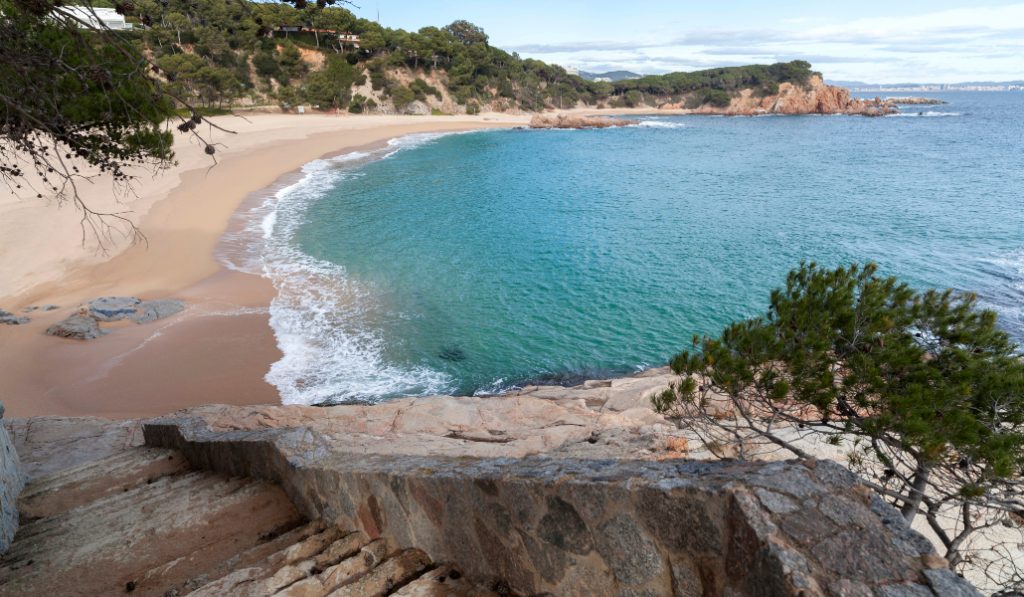
In Barcelona the quaint old Waxwork Museum played its role, for example in an early scene where the director of the museum Mister Jarrod, in a wheelchair, explains about the security cameras in the area dedicated to Bonnie and Clyde robbing a bank. In fact the décor is real, as the museum was originally the Banco de Crédito y Docks.
A reporter stands in front of a prison where the evil Doctor Knox is held. It is in fact the Modelo Prison of Barcelona, now a cultural centre, but which functioned as a prison from 1904 to 2017. It was here that Salvador Puig Antich was the last person in Spain to be executed by the garrot on 2nd March 1974.
Málaga provided the exterior of the house featured in the same news report on Doctor Knox, at the Señorío de Lepanto estate, a location habitually used as a cheerier venue for weddings.
Mike recalls his wife on the beach again and then the 100 year old Raluy Circus, in Paseo de Colón in the port, provides some ambience.
The funeral dream sequence was shot at Monte de Valdelatas, a popular picnicking area near Alcobendas, Madrid.
The reporter approaches the entrance of the Museu de Cera and goes inside, where she finds Mike.
The Madrid Waxworks Museum was also used for other scenes in which a journalist has to spend a night in the museum.

The international cast included the legendary Geraldine Chaplin of ‘Doctor Zhivago’ fame, and a special appearance by Paul Naschy, who was deceased at the time; a very clever achievement.
Another legend who participated was costume designer Yvonne Blake, collaborator on an endless number of films such as ‘Robin and Marian,’ ‘The Three Musketeers’ or ‘Presence of Mind,’ all made in Spain.
You couldn’t wish to meet a nicer person than Victor Matellano; just don’t let him inside your head!
Open Windows (2013)
Frodo comes to Madrid, but his mission is more sinister in this thriller directed by Nacho Vigalondo, a Cantabrian director shooting his first feature in English.
Filming took place in a steel factory in an industrial estate in Getafe; not a great location for set jetters really.
Elijah Wood took advantage of being in Spain to shoot two films here; the other one being ‘Grand Piano.’
Panzer Chocolate (2013)
Another Spanish production filmed in English and including international stars such as Geraldine Chaplin.
Parque Natural del Montseny, Vilanova I la Geltrú, the Mas Viver de Torrebonica in Terrassa and the city of Barcelona are among the locations of the story of hidden Nazi treasures in the Pyrenees.
The film makes use of new technologies, allowing the audience to choose a different ending. Would that they had thought of that for ‘Doctor Zhivago!’
The film opens situating us in Barcelona with a view of the twin towers, Torre Mapfre and Hotel Arts.
Kid Gloves (2013)
The story of a young boxer and his father/trainer, with some scenes shot in Palma de Mallorca, which represents Cuba.
A Long Way Down (2013)
Pierce Brosnan visited Mallorca to film this version of the Nick Hornby novel about four hapless suicide candidates who make a non-suicide pact.
Filming took place in Camp de Mar near Andrax, where the interiors of the Hotel Playa were used, as was the beach and a beach bar called La Illeta. These scenes in Mallorca represent the Canary Islands, while Mallorca’s Son San Joan airport represents Heathrow.
Leaving Hotel Romantic (2013)
Filmed entirely in the appropriately named hotel in Sitges, near Barcelona, a guest’s death starts the ball rolling in this thriller made by students of the afilm International Film Workshop school.
Another Me (2013)
Isabel Coixet is one of a new generation of Spanish directors who have begun to make successful English language films mixing the best of Spain with American and British actors.
Among the actors in this psychological drama were Sophie Turner, Jonathan Rhys Meyers, Rhys Ifans and Geraldine Chaplin
Although mainly filmed in Wales, some studio scenes were shot at Parc Audiovisual de Catalunya Studios, Terrassa, Barcelona and some swimming pool scenes at Club Natacio, Terrassa, Barcelona.
Mama (2013)
A horror film directed by Argentinian Andrés Muschietti and produced by Benito del Toro. Andrés, who lives in Barcelona, first made a short, filming in a house with a spiral staircase in Barcelona, before making the full length film, which was largely shot in Canada, although some studio work was done in Barcelona.
A horror film starring horrible children.
Afflicted (2013)
Vampire problems mess up a Euro trip for two friends, Derek and Cliff, who travel to Italy and Paris, setting off from Barcelona, cam recorder in hand. Big mistake.
The first thing we see in the city is the Barceloneta beach, with the two Port Olímpic skyscrapers and the Frank Gehry golden fish statue in the background.
Derek and Cliff are first seen in the Plaza del Portal de la Pau del moll de les Drassanes, with the Columbus statue standing out.
Finally we see them preparing their yellow convertible in the Plaza del Duc de Medinaceli.
A Night in Old Mexico (2013)
Emilio Aragón, a Spanish comedian and actor tries his hand at directing Robert Duvall, who plays a cantankerous (who’d have him any other way?) old Texas rancher, forced off his ranch, who then decides to take a last, wild car journey to Mexico with a newly acquired grandson.
A few background shots from the cars were done in Madrid, although the film was shot in Brownsville, Texas.
The World (2013)
With today’s technology anybody can make a film; and here, anybody just did.
A very home made movie, obviously with a lot of help from his friends, and telling the story of a chess piece and time travel, when a young traveller briefly visits Barcelona through a whirlpool in his California supermarket.
We see the Sagrada Familia cathedral, the Boqueria market, Plaza Reial and La Rambla before returning to California.
Encontrados en NYC (2013)
A Spanish film in which some friends from Sevilla visit New York, which means that they have to speak English at some point, although not in a NY cab.
In Sevilla the Guadalquivir river appears quite a bit, as does the university.
The Liberator (2013)
From the tiny Basque village of Bolibar, Simon Bolivar’s ancestors set out for the new world. The Liberator tells his story in this film in Spanish, French (which he spoke) and English (which he didn’t).
Bolivar besieges and conquers the South American city of Valencia, although the market in which he fights was in reality in Jeréz, in the province of Cádiz. A bloody battle takes place in the Plaza del Mercado to conquer Valencia.
The horses were provided by the Real Escuela Andaluza del Arte Ecuestre, who also provided the anecdote when two steeds escaped during the shooting.
On the beach he fights another battle, upon the endless sands of Zahara de los Atunes.
The city of Carmona in Sevilla represents Valencia too.
Filming also took place in Segovia, where the Plaza de la Trinidad was transformed into a market, and the royal gardens of La Granja de San Idelfonso provided some classy backdrops for Bolivar’s alleged badminton match with a Prince.
The Andes mountains were ably portrayed by Granada’s Sierra Nevada, while the drawbridge of Chinchón’s castle gets a cameo as Bolivar rushes across it as hurriedly as he rushed all over the continent, and Alcalá de Henares in Madrid provided some authentic street scenes, offering Calle Bedel for our pleasure.
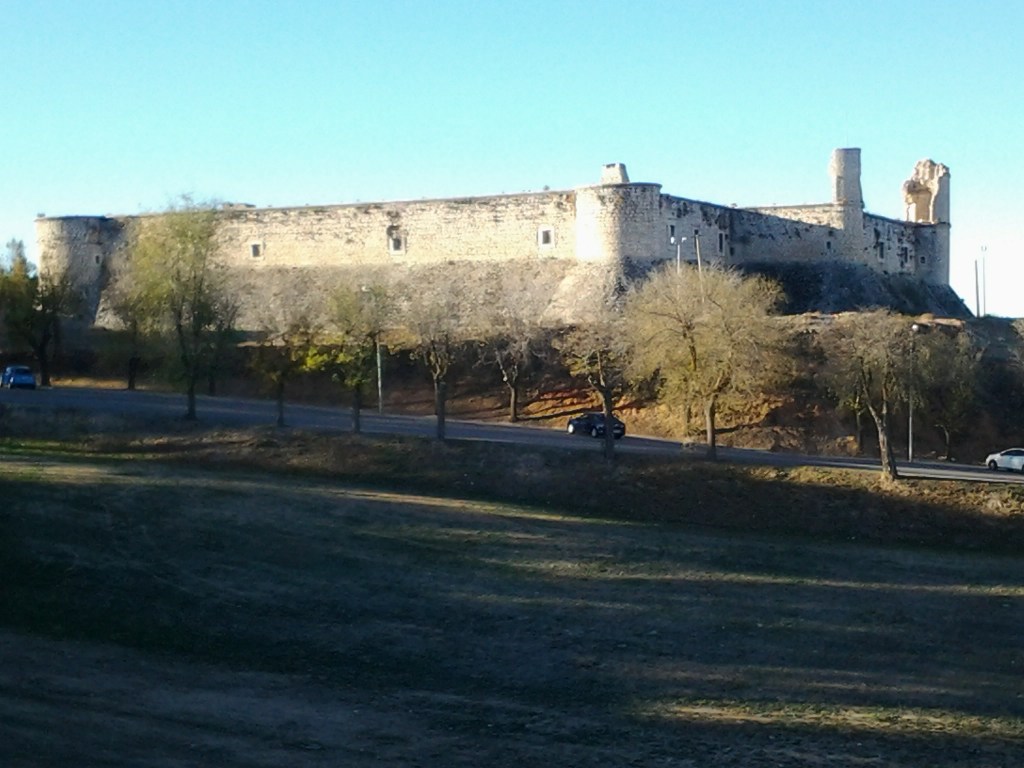
Paper, Scissors, Stone (2013)
The film begins in Manchester, England, England, but then moves across the Mediterranean Sea to Almería.
After touching down at Almería’s international airport, a number of ranches, known locally as ‘Cortijos’ are employed, such as Cortijo El Coto at Velez-Blanco, and Cortijo Venturillo at María.
The astounding beauty of Cabo de Gata, where beach scenes were shot at La Isleta del Moro, also makes its presence known in a story of three old friends who reunite in Spain, but each bringing their own unwanted baggage.
Violet (2013)
Like the character in the film, Alex, director Luiso Berdejo moved from Spain to California.
In this story Alex seeks a woman in a photo and ends up finding his grandfather.
The Spanish scenes were shot in Luiso’s native San Sebastián, Gipuzcoa.
Tasting Menu (2013)
The clientele of a famous restaurant are from various countries, and so various languages are used, including English.
The restaurant is closing and everyone want to be present at the final supper.
Filmed at Empúries, Girona, the real restaurant was l’hostal Empúries.
The Cosmonaut (2013)
This dreamy sci-fi story with echoes of 2001 and Solaris was filmed by Nicolás Alcalá, who informed us that “we shot a good bunch of ambient shots in the north of Spain, mostly in Galicia and some in Asturias; cliffs and empty beaches and forests; landscapes mostly and some dreamy shots. Some ended up in the film, some ended up in the collateral 35 short films that complemented the movie.
We also shot all the scenes in which the cosmonaut is inside a spacecraft and on the Moon in a studio in Madrid. Most of them were used in a couple of the short films and some in the film.”
The Extraordinary Tale of the Times Table (2013)
An interesting film with an amazing performance by Aïda Ballmann. Directed by José F. Ortuño and Laura Alvea, and filmed over a period of two weeks in a studio at Cora del Rio, Sevilla, the film, described as a macabre fairy tale, shows the danger of taking pen-pals too seriously.
New York Shadows (2013)
A Spanish film that takes place in Madrid and New York in English and Spanish, about a film producer who travels to the Big Apple to plan his next movie and encounters emotional problems with a woman.
Vivir es fácil con los ojos cerrados (2013)
Although the film is shot in Spanish, the theme could not be more English; The Beatles, and specifically John Lennon, who made How I Won the War with Richard Lester in Almería, and where English teacher Javier Cámera seeks him out in a Road Trip movie that concludes with a recording in English that does in fact sound a lot like Lennon.
The title is a translation of a line from Strawberry Fields: Living is Easy with Eyes Closed, a song written by Lennon during his Almeria sojourn, inspired by a bit of homesickness and possibly by the fact that the entrance to the villa he rented, now a cinema museum with a section dedicated to him, looks a bit like what the entrance to the Strawberry Field orphanage used to look like before it was also turned into a museum.
Javier’s journey begins in Madrid, before continuing at La Almadraba de Monteleva, next to the famous salt lakes and church Las Salinas by Cabo de Gata, Almería, where the bar and guest house are located, Desierto de Tabernas, for the scenes where Lennon’s film is being shot, as well as the beach at Playazo de Rodalquilar, Níjar.

Apart from the final scene where Javier talks to Lennon, based on a true story apparently, the opening scene is a news programme in English about the Beatles and Lennon’s trip to Almería, followed by Javier teaching an English lesson using the lyrics to ‘Help’.We also hear English when Javier listens to Radio Luxembourg, when he rehearses his meeting with Lennon and when he has an altercation with Lennon’s wife Cynthia.
Blue Lips (2014)
Six characters from six cities with six directors, but with everything converging on the San Fermín bull running festival in Pamplona, Navarra.
Buenos Aires, Honolulu, Los Angeles, Rio de Janeiro and Matera, Italy are the runners up to Pamplona with familiar locations including the Town Hall square, the bullring and the Caballo Blanco restaurant, filmed during 2012’s San Fermin festival.
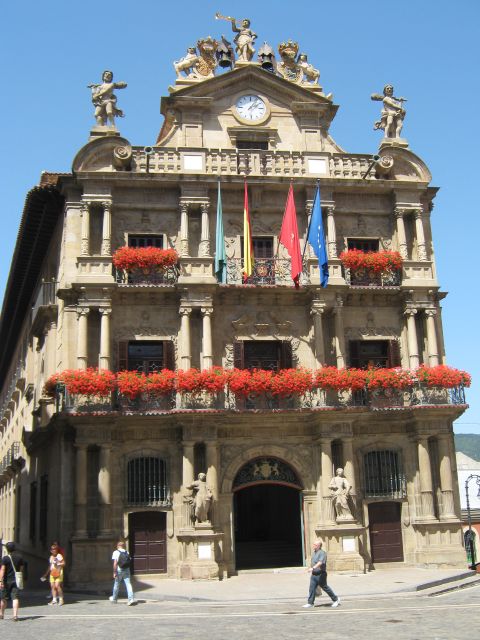
10,000 km (2014)
Sergi and Alex are happy in Barcelona, but when she is offered a job in Los Angeles, their relationship has to survive through video conferences.
Nevertheless, her LA apartment scenes were filmed in a flat in Barcelona’s Gràcia neighbourhood.
Exodus: Gods and Kings (2014)
Christian Bale adds a certain sex appeal to the role of Moses, played more intensely by Charlton Heston many parted seas ago.
Ridley Scott once again turned the deserts of Almería into the promised land for this promising return to epics.
The desert of Tabernas became Sinai, while at Cautivo de Tabernas, where part of ‘Lawrence of Arabia’ was filmed, the scenes of the burning bushes were shot, and the great battle scene, elephants included, was shot at Llanura de Búho.
The battle in question is supposed to be that of Kadesh, fought in 1274 BC. As in Kingdom of Heaven, Scott distorts history. Rameses II was in fact Pharoah by then, his father Seti long dead, and Moses, was nowhere to be seen.
Huge sets were set up at El Chorillo, Pechina in the Sierra Alhamila mountains, and at Macael we can find the quarries where the Jews are abused by their Egyptian masters. Macael’s marble quarries have been in use since Phoenician times.
When we drive up towards the Sierra Alhamilla spa, below us to the right we see an avenue of palm trees and various abandoned buildings. The site began as a mining location and the sets were later constructed by Scott for his film.
It is here, with a fair bit of CGI, that we can see the avenue of palms as Moses arrives in Pithom to inspect the works, meet Ben Kingsley and discover his own true identity.

On Fuerteventura, the white sand of the beach at Risco del Paso, Sotavento, was digitally joined to other beaches at Marrajo and El Cotillo for the spectacular scenes where the Red Sea opens, with far better special effects than Charlton Heston had available for his version of the story made back in 1956.
Scott set up shop at the old Parador of Playa Blanca, now a hotel, from where he directed the massive logistics.
On the Peninsula of Jandía, at the south west extreme of the island, all kinds of animals, 500 crew and 400 local extras accompanied Moses on his Exodus.
Buen Paso became Madian, where the wedding of Moses takes place, whereas the scene showing the coronation of Ramese II, originally planned for London, was finally filmed at La Caldereta, a village belonging to La Oliva on Fuerteventura.
Traces of Sandalwood (2014)
Set in Barcelona and Mumbai, an Indian girl looks for her lost sister in a film made in English, Hindi and Catalan by the Catalan director María Ripoll.
Among the locations in Barcelona are Parque Güell, where Mina enjoys the view after arriving in the city looking for Sita/Paula.
On the rooftop of La Pedrera Sita attends a cocktail party after discovering she was adopted.

In Port Vell Paula wanders and chats with her new Indian friend from the video club, Prakash, who takes her for an Indian meal at the Veg World restaurant.
Mina is staying at the beachside tower, the Hotel Arts, which we see from inside and out, while Paula works in the Center for Regenerative Medicine (Parc de Recerca Biomedica).
After visiting her parents’ villa, which is Casa Margara in Valldoreix, Paula returns to the city on the Funicular de Vallvidrera.
A Perfect Day (2014)
Tim Robbins and Benicio de Toro star in this black comedy, where the small Sierra Nevada mining village of Alquife, Granada becomes Kosovo during the civil war, and a corpse in a well gets what they call a bit part. The mines, recently reactivated, used to be the most important iron extraction operation in Europe. Today they have the kind of hole that film makers love, although the actual filming took place at the abandoned houses just outside the restricted area.

Scenes for Kosovo were filmed at Fuente del Hervidero in the Sierra Nevada National Park.
In Cuenca they took over an abandoned hotel, the Claridge, on the old main road from Valencia to Madrid at kilometre 187 near the Alarcón reservoir. Both the exteriors and the interiors served as the United Nations base, where they go after picking up the boy in need of a football. Today the building serves as a canvas for graffiti artists.
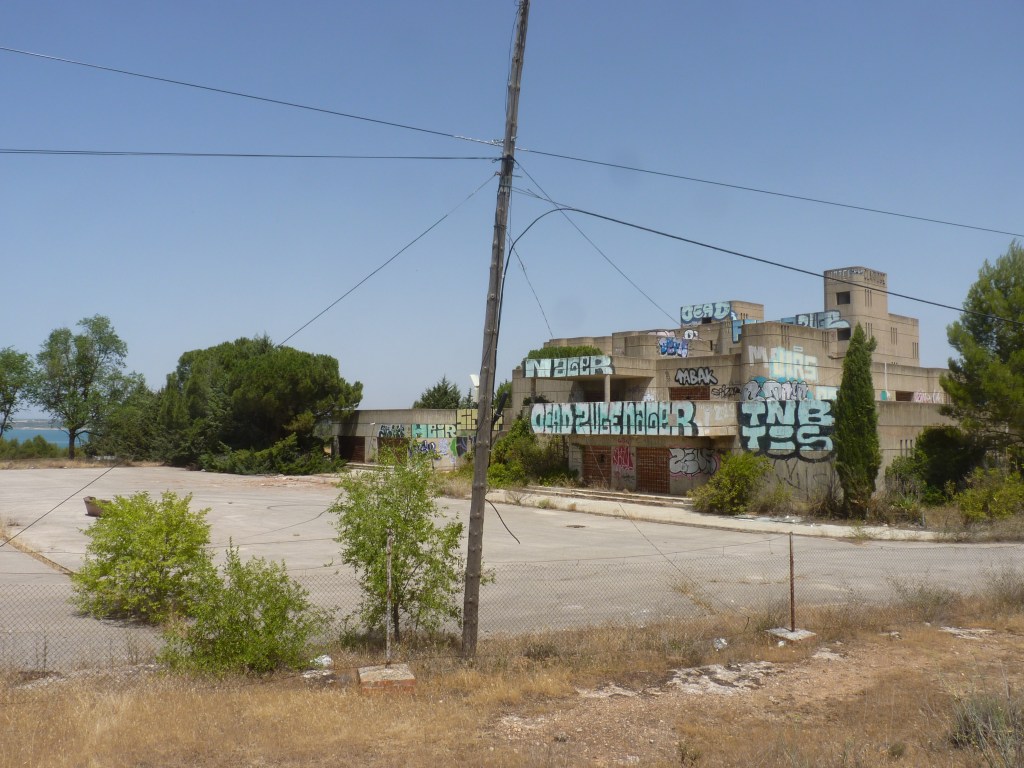
The Spanish director, Fernando León de Aranoa, and his stars stayed at the Hotel Palacio ‘Villa de Alarcón’ between the 17th and the 25th of May. The hilltop medieval village of Alarcón, with a small Parador castle, deserves a film of its own.
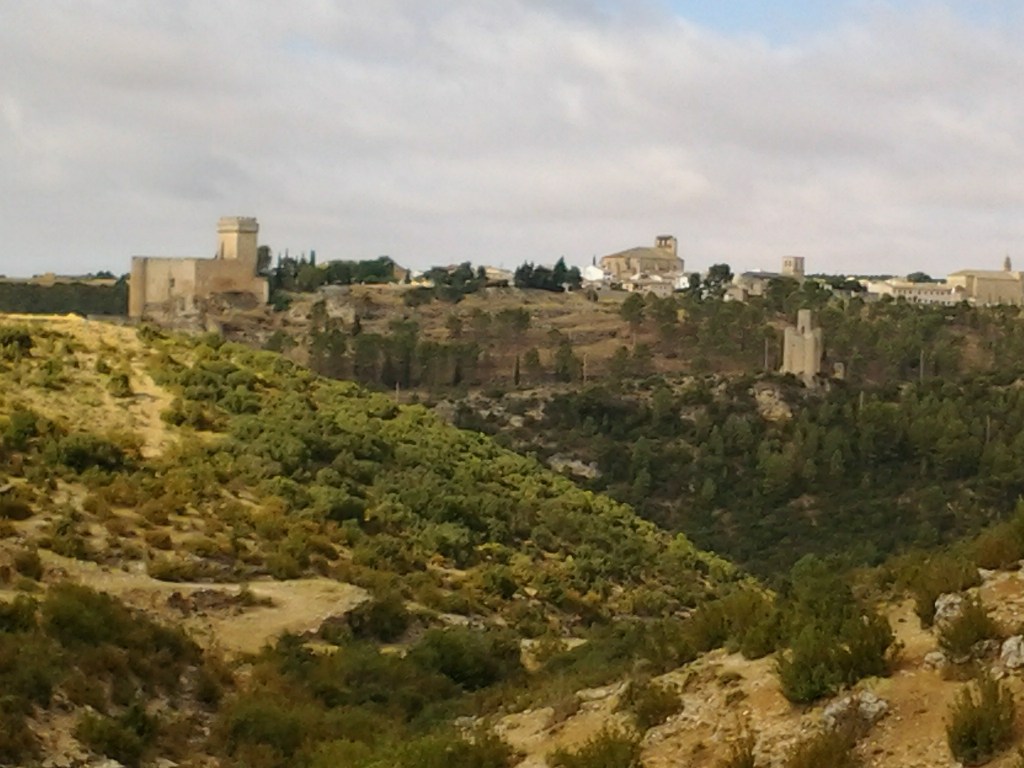
Let the Die Be Cast: Initium (2014)
Two brothers are cast adrift in a post apocalyptic world, where they confront an evil philosopher.
Almería is a pretty good place to imagine the end of the world, although there are no cowboys around as our heroes visit the famous beach at Mónsul, Cabo de Gata, where Sean Connery fought the seagulls in ‘Indiana Jones and the Last Crusade,’ or Santuario del Saliente, Albox, for the church scene.
Tabernas is always a good place if you’re looking for a photogenic desert, whereas the well scene was shot at the Torre García beach at Cabo de Gata.
El Marchal, Lubrin, provided the shack, and Cariatiz, Sorbas the girl’s house.
The ruined bridge was at Santa Bárbara, Huercal Overa, while the rockpool was at Turre.
Tahal provided the location for the new village, whereas Marchalico Viñicas was the old one. The almond grove was at the inappropriately named Los Castaños.
Once again Almería proves to be a striking contrast to the green fields of Oxfordshire where the boys start out.
Twice upon a Time in the West (2014)
Kind of truth meets sort of fiction as Claudia Cardinale returns to Almería, and the Western Leone western township at Tabernas for a parody of her role in Sergio Leone’s ‘Once Upon a Time in the West.’
This time it’s Bulgarian director Boris Despodov calling the shots, with some inappropriate Tchaikovsky music.
The action begins when Pepe Fonda, who claims to be the illegitimate son of Henry (in real life not in the film) recalls Fonda’s role in Once Upon a Time in the West, in a film within a film shot at the Western Leone township with the almost mythical McBain ranch and the West Bank, both of which can still be seen there today.
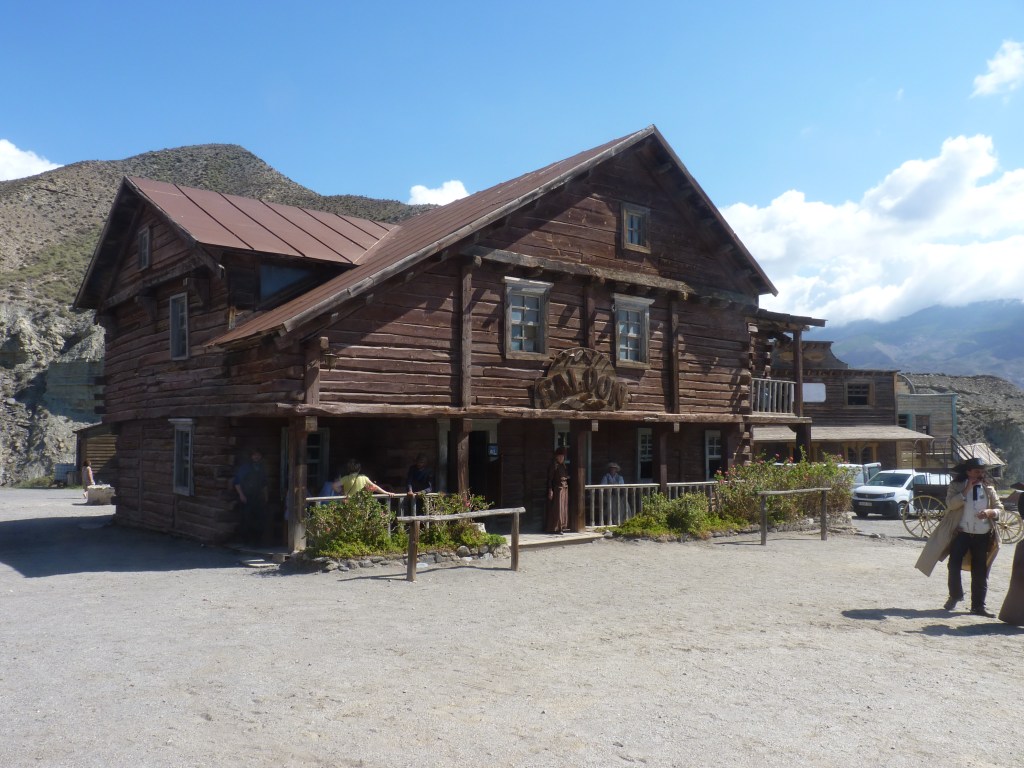

The shootout takes place there in the saloon.

When Claudia and Maria drive down to the beach, they are of course at La Almadraba de Monteleva, next to the famous salt lakes and church Las Salinas by Cabo de Gata.
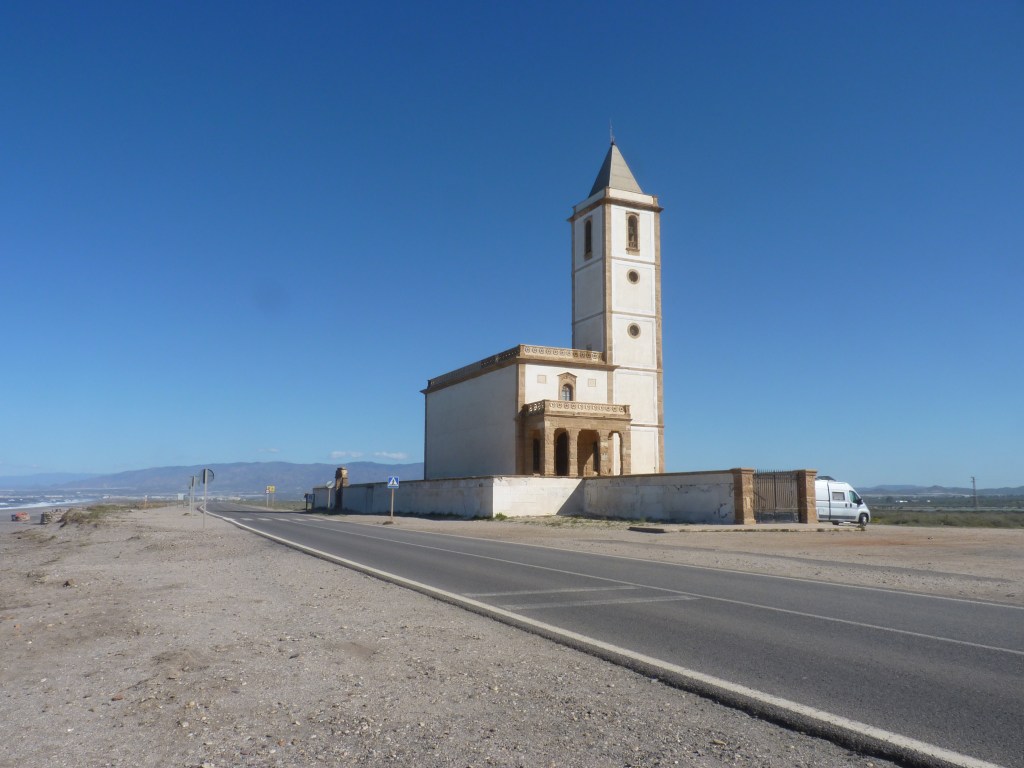
The film ends with a parade during the annual Tabernas Western Film Festival.
Six Bullets to Hell (2014)
Now here’s a storyline we haven’t heard before in a western; a woman is murdered and her husband, an ex-gunslinger who had renounced his pistols, takes them up again to exact revenge. In order to drag the story out he has the original idea of hunting them down one by one!
Anthropologists say that the pistol is a phallic symbol, but what do they know?
Once again the authentic American desert of Tabernas in Almería comes into its own and the western townships of Fort Bravo and Parque Oasys see some real action uncluttered by tourists.

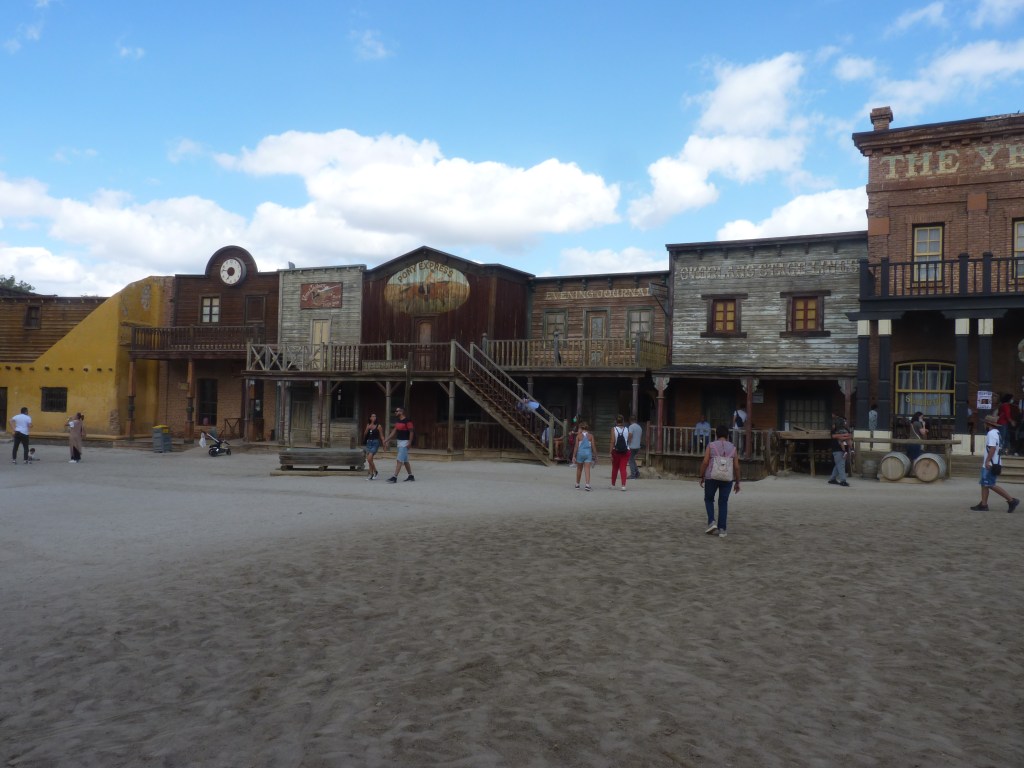
Seve the Movie (2014)
The story of Severino Ballesteros, the great Spanish golf player, is told in his native Cantabria, and particularly at Comillas and Santander, and the golf course at Pedreña, where Seve learnt to play, and where filming took place between 23rd September and 12th October 2013.
Aloft (2014)
Filmed mostly in Canada and Madrid, where the scenes of the children underwater at the end were shot in a swimming pool, this story of a mother separated from her daughter was filmed in English and French by Peruvian director Claudia Llosa.
The Afterglow (2014)
This movie was made by students and staff at the afilm school in Sitges. All the scenes were filmed in Barcelona province.
Laura’s death scene was filmed at Carrer de la Devesa, Sitges, while the library scenes, where Laura nearly kills Carlos, were shot in the Manuel de Pedrolo Library at Plaça María Mercé Marçal, Sant Pere de Ribes.
In Cafe Plantaciones Vilanova Oliver meets his fans, in the bar situated in Rambla Principal, 32, Vilanova i la Geltrú.
Oliver’s workout and Lorena’s underwater scenes were shot at Espai Blau Sports Club Passeig de Circumvaŀlació, Sant Pere de Ribes, while Laura’s hypnosis scene was filmed at Hotel Estela, Av. de Port D’Aiguadolç, 8, Sitges.
Oliver’s dream sequence took place at Hotel Romantic, Carrer San Isidro, 33, Sitges, as did Laura’s visit to the psychiatrist.
Oliver confronted Sarah in a Pizzeria, the Gilda, Rambla Principal, 114, Vilanova i la Geltrú.
Helena’s death was filmed at Sant Camil hospital, Ronda Sant Camil, s/n, Sant Pere de Ribes.
The beach that appears in various takes was San Sebastián beach at Sitges.

Shooting for Socrates (2014)
It’s the 1986 World Cup in Mexico and plucky Northern Ireland will be taking on Brazil (and Spain).
The film follows the followers back home among ‘the Troubles’ while the football mostly took place at the grounds of Benidorm (for the training sessions) and the Rico Pérez stadium, (home of Hercules CF) for the matches, both in Alicante.
The Finca el Migueral del Hortelano, at El Rebolledo, Alicante, also appears.
Brokeback Mountain (2014)
Don’t get all excited; this isn’t the original, shot in Wyoming and Canada, but an opera version filmed at the Teatro Real in Madrid.
Fleming (2014)
More of a mini-series than a film, we are introduced to the man who created Bond, James Bond, and who actually lived the life of a spy, including an operation in Spain to sabotage Nazi activity that was named Goldeneye.
One snorkelling scene, featuring Fleming’s wife Ann, was shot in Mallorca at Cala Agulla.
A villa called Can March situated in a pine grove known as Pinar de ses Vegues, between Cala Agulla and Cala Lliteres was also used.
Tea and Sangria (2014)
A young Englishman is jilted by his girlfriend in Madrid, and has to adapt to his new situation on the streets and in the bedrooms and classrooms of the city.
The Forsaken (2015)
A kidnapping and a gang of thieves holding their hostage in a large, mysterious house, which in reality is Casa Felix, in Olivella, Barcelona, whose owner Jane is apparently a great hostess and doesn’t tie up her guests at all.
Directed by Yolanda Torres, head of studies at the aFilm school of Sitges.
Mosquito: A Fistful of Bitcoins (2015)
Tom Block and Laura Revell self-financed this film with a touch of Terminator, about time travel to save the Earth, represented post-apocalyptically by the Canary Islands of Tenerife and La Palma, where Tom grew up and where Mosquito exists for the first ten minutes of the film.
Summer Camp (2015)
The team that gave us ‘Rec’ filmed Summer Camp with an international cast including Diego Boneta, Jocelin Donahue and Maiara Wals. The camp and its large 18th century house, currently called Can Montmany, can be found at Valldoreix, in the mountainous forests of Collserola in Barcelona province.
The Gunman (2015)
Sean Penn and Javier Bardem star in a film that allows Penn to have it both ways, as a professional assassin with a soft spot for NGOs.
Once more Hollywood attacks ruthless corporate greed and immorality. What?
A view of the city from Collserola, and the Telefónica del Fòrum building, and inevitably a quick shot of the Sagrada Familia cathedral begin the Barcelona section.
Scenes from this thriller were shot in the streets of Barcelona; specifically Rambla de Catalunya and Calle de Valencia in the summer of 2013.
Other locations used were the arches of Plaça Reial, the Tibidabo fairground above the city (where Penn arranges to meet Terrance Cox, although the Aquarium, in whose bowels a lot of shooting takes place, is nowhere nearby).
The film makers had a problem when they wanted to film some scenes at Barcelona’s Monumental bullring, as bullfighting is no longer allowed in Catalonia. They were not permitted to use real bulls and so the bullfighting was provided by the San Isidro Fair of Madrid. It is at the bullring that Penn tries to negotiate the release of his kidnapped girlfriend and has to take out three unethical gunmen, while the bull evened up the score by taking out the main villain.
Filming also took place at Caldes d’Estrach, specifically in the castle of Can Jalpí, Arenys de Munt in the Maresme district, and Penn slept in the Hotel L’Arts.
The Rezort (2015)
I’d always thought that the last resort was Benidorm. However, according to the news broadcast map, it’s the Canary Islands where zombie safaris take place, although the island scenes were actually shot in Mallorca.
A Steve Barker horror film, a kind of ‘Jurrasic Park’ for zombies, but with real weapons. The would be hunters come ashore on the island at Cala Tuent, situated near Sóller.
The abandoned military barracks at Son Busquets was used for some of the chase scenes, where the zombies were tied up for shooting; until they weren’t!
The group that camped out among the stars saw the reservoir at Cúber, just inland from Sóller among Mallorca’s emblematic Tramuntana mountains.
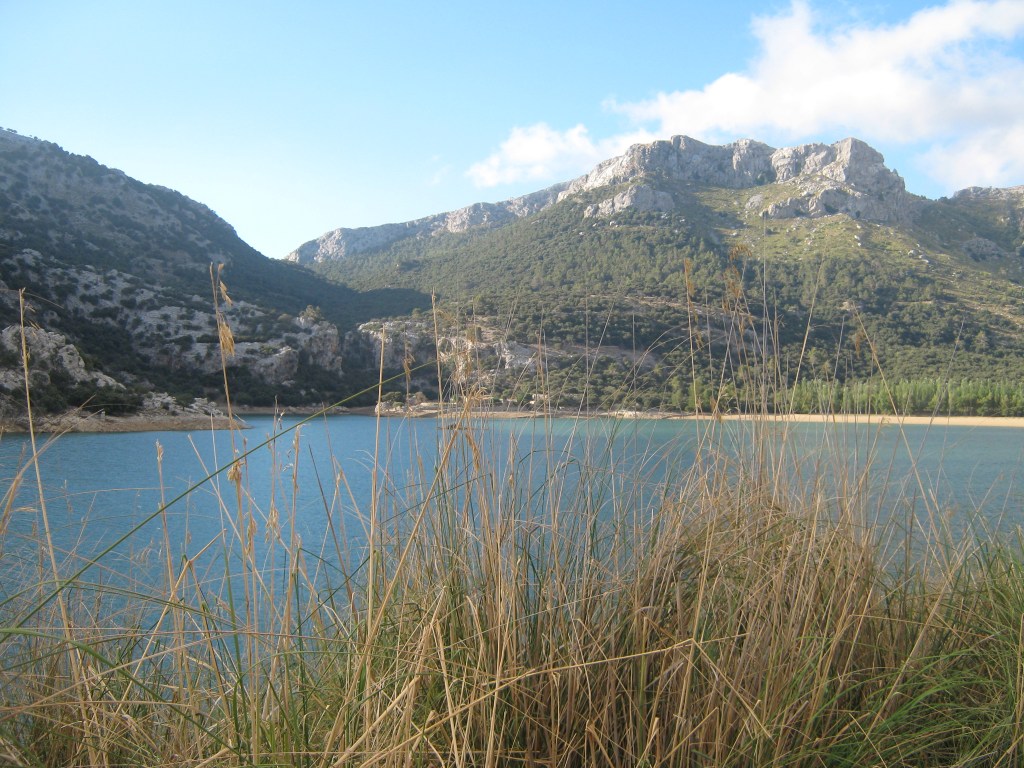
Later they escaped through the forest around the Formentor peninsula.
Never Let Go (2015)
A woman’s baby is snatched while she is on holiday, and she does everything physically possible to get it back.
Writer/Director Howard J Ford informed that around 30-40% of the film was shot in Spain, including the opening sequence that used a rented villa, Casa Moleve, situated at Montroy just outside Valencia.
The other Spanish sequences were shot in Palma, Mallorca, and most of the film in Morocco, although in many cases Morocco was Spain.
An old Guardia Civil barracks, now the Museu del Calçat I de la Pell, was used as a Moroccan police station. The building, inaugurated in 1915, became a museum in 2010.
A fight scene with a van was shot in C/General Luque at Inca.
The fight with the first kidnapper and van accident took place at Puig de San Pere, a neighbourhood of Palma, as did the taxi theft and chase, specifically in Plaza Drassanes, while the internet café was in the Barrio Son Gotleu.
The Police road block in the mountains was at Llucmajor village.
Howard added that the Spanish sequences were the nicest to shoot, assisted by Mallorca Specials and he regretted not shooting more of the film in Spain. The original intention had been to return to film at several Sergio Leone locations, but budget limitations made that inviable.
Our thanks to Production Manager Joan Fontanet and Claudia Joest for their help with the Mallorca locations.
The Hunting of the Snark (2015)
Although it is a stop motion film, made in a London studio, it uses some real scenery, such as the white cliffs of Dover, and a beach, that of Lloret de Mar in Girona, perhaps to save the artists drawing all those waves. The same thing happened with the cartoon version of ‘Lord of the Rings,’ using Belmonte castle.
Lawrence Mallinson of The Third Story Productions Limited told us that the Lloret filming was “mostly close-ups of waves lapping against the beach and the rocks and some views of the horizon out to sea.” He added: “It was just an opportunistic grabbing of a few shots as we had taken a short break there as a belated honeymoon, and given that it was February the beaches were deserted, we got the shots that you are not able to get on the English coast at any time of year.”
In the Heart of the Sea (2015)
Ron Howard brings us his version of ‘Moby Dick,’ with Herman Melville as a character this time and telling the true story of the ‘Essex,’ inspiration of the book.
Like John Huston’s version starring Gregory Peck, some of the sea scenes were shot in the Canary Islands, although this time just off Lanzarote at Yaiza, where beach scenes were filmed at El Golfo, with its beachside crater, and around the tiny island of La Gomera, at Alajeró, on the south coast, with additional filming at Playa Santiago at Tapahuga, where rain stopped play.
The islands represent the coast of Ecuador where the shipwrecked Essex crew washed up.
At Playa Santiago, Ron and the crew lodged at the Gran Hotel Tecina.
Jupiter Ascending (2015)
The makers of ‘Matrix’, the Wachowskis, were in Bilbao, Vizcaya, in May 2014, taking advantage of the futuristic Guggenheim Museum for their latest film, although they fast forwarded on the futurization, digitally remastering both the museum and La Salve and Zubuzuri bridges and Torre de Iberdrola to represent a city on another planet, where the Abrasax siblings chat about life, the universe and everything’s theirs after the harvest, to quote Neil Young..
Sean Bean and Terry Gilliam are among the stars of this sci-fi movie about a girl destined for great things. The film however is destined for obscurity, being another deluge of special effects in absence of a plot, characters or a point. ‘Casablanca’ it ain’t.
Tomorrowland (2015)
George Clooney is the star of this Walt Disney story filmed in Canada and Valencia, in the latter case at the emblematic, architectural blockbuster, The City of Arts and Sciences (CACS), where filming took place in January 2014 with Clooney and co-star Hugh Laurie lodged at the police stables turned hotel, The Westin.
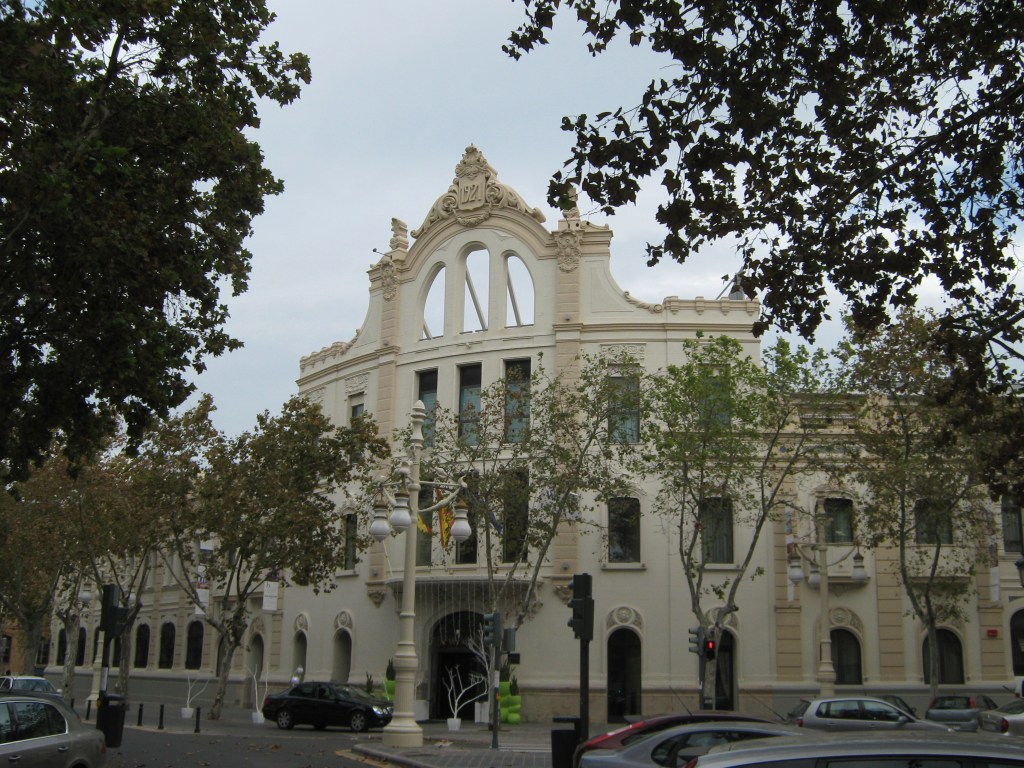
CACS is often hard to recognise, but there are four points when we can identify the sci-fi architecture of Valencian Santiago Calatrava.
When Britt Robertson (Casey) finally reaches the city across the wheatfield, she finds herself there.
After the train ride, the CACS is also recognisable, especially the façade of the Science Museum.

When the spaceship escapes Earth and crashes into the CACS, we see the planet in ruins.
When Clooney (Frank) crashes into a lake, after destroying the evil machine at the end of the film, we see the first-built building of the complex, the domed Hemisferic, a 3D cinema, where Tomorrowland was premiered.
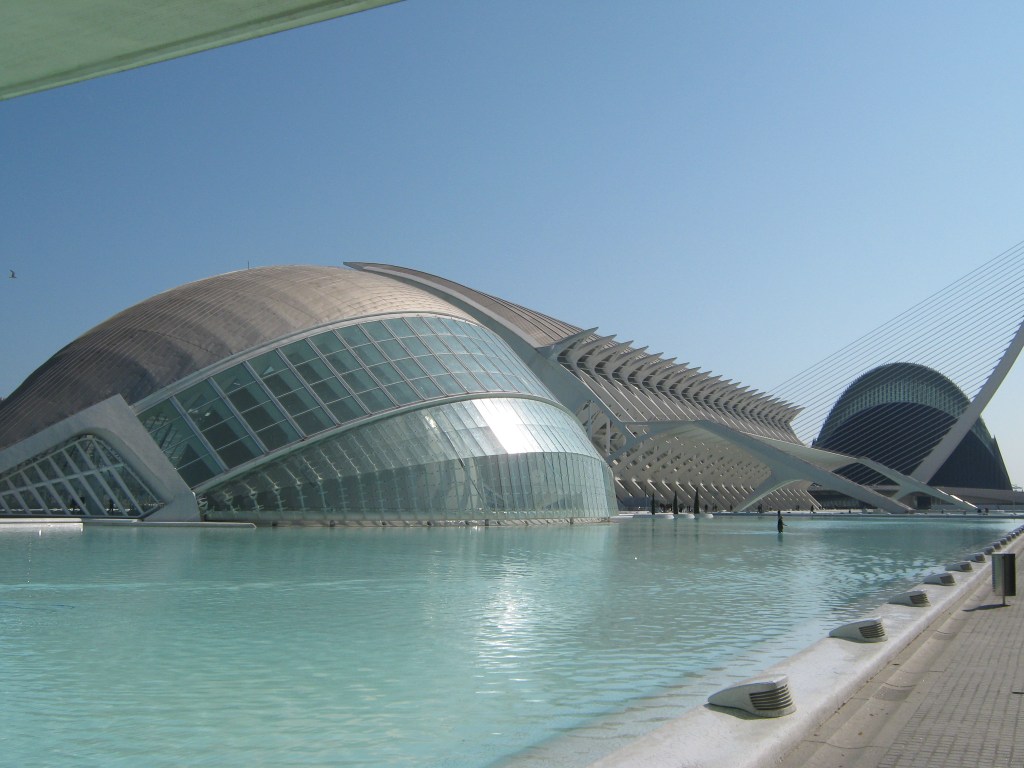
Clooney was kept under wraps in Valencia, but he was spotted at the Lambrusqueria Italian restaurant in C/ Conde Altea (the big table on the left as you go in).
Nobody Wants the Night (2015)
Spanish director Isabel Coixet directed Juliette Binoche, Rinko Kikuchi and Gabriel Byrne in a menage a trois with the North Pole to calm the passions.
Although mostly filmed in Norway, shooting inside the igloo took place in the slightly warmer ambience of Tenerife, (where else?) making use of the dockside Plató del Atlantico studios.
Don’t Speak (2015)
Horror on the glorious beaches of the Costa Brava as a group of youngsters find out that they would prefer to forget what they did last summer.
They come ashore from their holiday boat and explore the old fishermen’s houses at Cala S’Alguer, Girona. Then the problems begin.

Taken 3 (2015)
Olivier Megaton directs a film written by Luc Besson and Robert Mark Kamen, which could quite possibly take off where Taken 2 landed. It once again stars Liam Neeson, who during the summer of 2014 was shooting in Murcia and Alicante provinces.
In Murcia the airport of San Javier was a location, as it was for ‘Green Zone,’ representing this time not Baghdad but Santa Monica, for the film’s climax when Neeson’s car stops a plane from taking off. This was made possible thanks to the Spanish airforce, owners of the airfield, reminding everyone of the golden days of Samuel Bronston, when the Spanish armed forces spent more time making films than defending the frontiers.
A road was cut off to traffic between Cartagena and Isla Plana and La Azohía so that car chase sequences could be filmed on the RM-E22 road, when Neeson is following Stuart on his way to Malibu in the film, and is attacked.
In Alicante province, filming took place near Jávea at Cala (Cove) de Ambolo, where a rather shabby boat house was constructed for a scene where Neeson tortures Stuart, pouring petrol over his face.
It’s estimated that the production contributed a million euros to the local economy.
Sweet Home (2015)
This horror film directed by Rafa Martínez was shot in a deserted building in the district of Sant Martí, on the corner of Calle Wellington, which once housed soldiers and their families in Barcelona, and explains why you shouldn’t make out in an abandoned house.
The building was close to Barcelona Zoo, although the animals didn’t make it onto the soundtrack.
Shadows in the Distance (2015)
Orlando Bosch, a director from Buñol, Valencia, living in Berlin, directs a film about an Italian radio personality who meets a German bookshop employee, with scenes in Berlin, Poland and Valencia, where the beach and streets of the city feature, but not Buñol, famous for its tomato throwing festival and its Masonic cemetery.
Valencia contributes some blue seas to contrast with grey Berlin, and the Flamenco scenes with the guitarist Javier Zamora and the dancer Marta Sol.
German, Italian, Spanish and English are the film’s languages and professionals from six countries worked on this most European of movies.
The Second Best Exotic Marigold Hotel (2015)
The follow up, with Richard Gere included, to ‘The Best Exotic Marigold Hotel’ features Marbella, Málaga, at the Hotel Meliá Don Pepe, and the road between Málaga and Marbella where the opening scenes were shot, as well as Almería.
Dev Patel and Maggie Smith appear arriving at the Don Pepe in a grey sportscar for one of the two scenes filmed there by director John Madden.
Extinction (2015)
Zombies have taken control of the Earth, but the survivors exist in a hotel, in reality situated in Budapest, surrounded by snow and ice, kindly provided by the Pyrenees mountains near Vielha, Lleída.
Don’t Grow Up (2015)
….because if you do, you’ll turn into a zombie, something I can vouch for.
This is good news; you can never have too many examples of the walking dead, can you?
The film was shot on the island of Tenerife, with filming at Santa Cruz, La Laguna and the Parque Nacional del Teide.
The village of Güimar was also an important location for filming during March 2014.
Second Origin (2015)
A young woman, an unhappy English teacher played by British actress Rachel Hurd-Wood, and a boy of African origin, have escaped the holocaust and they must learn to make a new start, speaking English and Catalan.
Filming took place in Barcelona, where the beach scenes were shot, and where we see Barcelona Football Club’s stadium destroyed; and Lleída, whose city is shown completely devastated, and where the water into which the boy is thrown, and which saves their lives, is in reality the ‘Estany d’Ivars I Vila-Sana,’ just east of Lleída, although the underwater scenes were shot at the INEF swimming pool. The lake where Alba’s house is located is the reservoir of Utxesa.
Also in Lleída, a fruit and veg stall and bar were constructed on the promenade of the river, with the cathedral in the background, and then blown up.
The library scenes were shot in the cathedral cloisters with a lot of special destructive effects inevitably.
Carles Porta directed, taking over from Bigas Luna who died during the production phase. The film was finished as a homage to him.
The Evil that Men Do (2015)
A story of Narcos and kidnapped children set somewhere on the border between Mexico and Texas, but written and directed by downhome good ole boys Daniel Faraldo and Ramón Térmens.
Most of the filming was done in an abandoned washing machine factory at Martorelles, Barcelona, which has since been demolished, and at the nearby quarry. More expensive than filming in a coffin!
Thanks to Ramon Térmens and Ivan Llamas for their help.
Monsoon Tide (2015)
Most of the film was shot in India, although the underwater scenes were filmed off the coast of Murcia.
Nick Fletcher of Laid Back Films informed us: ‘The underwater scenes were intended to be all shot off the coast of Tarifa. Some shots and angles were filmed there but visibility did not allow us to shoot the ‘rising of the body to the surface shot’ so our dive team travelled down to Murcia where the visibility was better and that shot was filmed there, at Aguilas.’
Carpe Diem: European Escapade (2015)
Any excuse to travel all over Europe looking for a friend who got lost in a train station toilet; very lion, witch and wardrobish!
The Spanish section includes scenes in, San Sebastián (Guipúzcoa), with views of Monte Igueldo, the cathedral and a scene shot on the Concha beach, and on the streets of Pamplona, Navarra.

Finally in Barcelona we briefly see Port Vell, la Pedrera and the National Art Museum, as well as the Barceloneta beach.
The Singleton (2015)
A movie about an artist called Kudos, with filming in the UK and around Málaga.
Vampyres (2015)
Victor Matellano remakes a 1974 classic by Joseph Larraz, in which two young ladies tempt people back to their mansion to dine. Obviously the menu may not be to their liking.
The mansion in question was Finca Villa Ángeles, Avenida Alto de León 69, San Rafael, Segovia, the summer residence of Ramón Menéndez Pidal, the famous historian, who was a consultant on the movie El Cid. It is located in San Rafael, Segovia.
The basement scenes were shot in the Cartuja de Talamanca de Jarama, Madrid.
Pursuit (2015)
The film crew were lodged in three hotels in Nerja, Málaga, for two weeks: the Parador, Perla Marina and Hotel Nerja Club, and shot various chase scenes in the area, particularly on the road between Nerja and Maro and a stretch of the N340 road at the Águila aqueduct, which is seen in the background as the couple, Diarmuid and Gráinne, are finally captured on a bridge.
Filming of this modern version of the ancient Irish legend of Diarmuid and Gráinne also took place near the María Luisa estate, Hotel Marinas de Nerja, where Gráinne gets a job as a chambermaid and a garage called Talleres Autos Raya, where Diarmuid is working.
Nerja can be seen from the beach where Gráinne announces her pregnancy to Diarmuid.
The first hour of the film is set in Ireland.
Creditors (2015)
A man comes to Madrid looking for an artist and finds a love triangle.
This is the first feature film by producer, director and actor Ben Cura.
Inside (2016)
Miguel Ángel Vivas directs a horror story about a pregnant widow whose baby is on someone’s wanted list.
Filming took place at Barcelona, Sant Vicenç de Castellet, Seva and Terrassa.
Dance Angels (2016)
Former James Bond George Lazenby plays a sea captain whose boat needs to be saved, and so logically some cool young people help raise the money through a dancing challenge.
They practise their dancing all over Alicante, including the promenade with its dizzy tiles, the marina, and below, as well as from, the battlements of the Castle of Santa Bárbara, which overlooks the city.
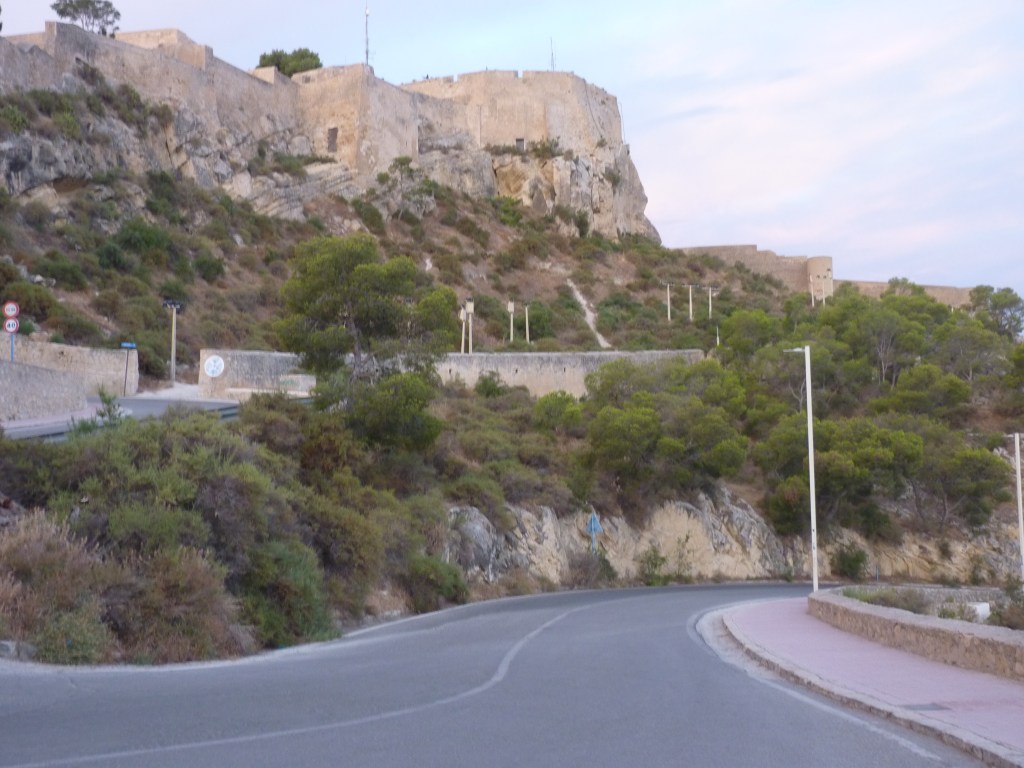
Stopover in Hell (2016)
Colmenar Viejo (the director’s hometown, where the stage coach stopover was built in the middle of the Dehesa de Navalvillar), Manzanares el Real and Titulcia in the province of Madrid, and Almería were the locations, some of them classic spaghetti western scenarios, as Victor Matellano revives the western genre with a gang of psychopaths led by the seriously philosophically-challenged ‘Colonel.’
In the opening scene a man is tortured and killed, while his daughter is raped and killed, as we see the snowy peaks of Sierra Guadarrama and the rocky hills of La Pedriza at Manzanares.
Later, when the two sisters pay a short-lived visit to the river to bathe, they are seen beside the Jarama River at Titulcia.
One of the Colonel’s victims is the straight-laced Miss Whitman, who is in fact the daughter of film mogul Samuel Bronston, Andrea. Bronston produced such classics as El Cid and King of Kings, often in the same locations as this film.
As the Colonel rides off into what is not a sunset at the end, in front of him in the distance is Almería’s Oasys Mini Hollywood Park.
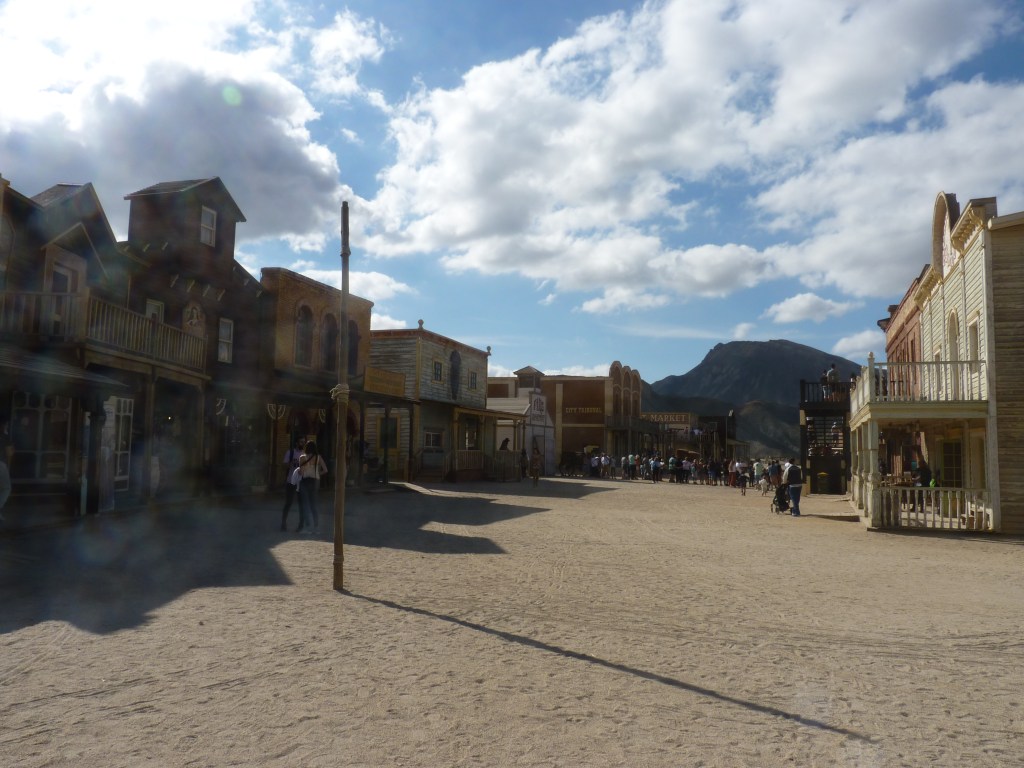
History’s Future (2016)
A man is mugged and loses his memory and then wanders the world, including Barcelona, where he finds himself in one of the world’s oldest markets; Mercado Encants – Fira de Bellcaire.
Anomalous (2016)
A Spanish film shot in English and set in Brooklyn, with interiors filmed in Barcelona.
Spanish directors seem to have a preference for the horror genre when they film in English; maybe the accents aren’t so noticeable when the actors are screaming.
Erasmus (2016)
It’s been done before, and done in Barcelona, but this time it’s an Argentinian, Pablo Cosco, not a French director, who shows us the rough and tumble lives of Erasmus students.
Things look good at the beach and at the Pompeu Fabra University where filming took place, but turn bad when they visit the Shôko nightclub in the Gothic quarter.
My Bakery in Brooklyn (2016)
Although set in New York as the title suggests, the end of the film was shot in Valencia.
First the Town Hall and then the impressive Post Office in the Town Hall Square are locations that remind us that Valencia was an important place for Hemingway, who often turned up to see the bulls in the July Fair, and who began his first novel ‘The Sun Also Rises’ in Valencia not Pamplona, in the Hotel Reina Victoria, as well as including various references to the city in ‘For Whom the Bell Tolls.’
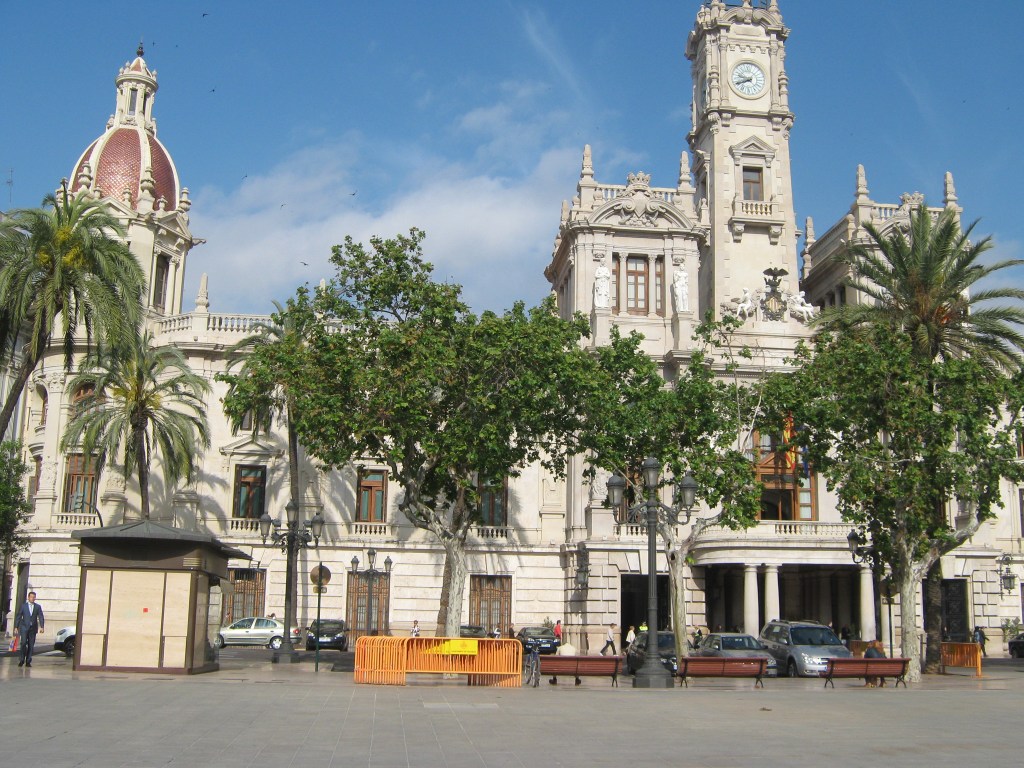
A lawyer with literary ambitions in the film wants to copy Hemingway and visit Valencia, which explains the city’s presence in a New York bread tale.
Wild Oats (2016)
Gran Canaria is the location for an American film shot in June 2014 with a bundle of well knowns such as Jessica Lange, Shirley MacLaine, Demi Moore and Billy Connolly.
The swimming pool of the Hotel Lopesan Costa Meloneras at Maspalomas, was used for the scene where Shirley and Jessica meet Billy Connolly, as were the endless, famous sand dunes which hosted Jessica’s wedding in the final scene. This is the hotel where Shirley and Jessica first arrive in a taxi, after we first see several shots of the island’s cliffs and dunes and the Cathedral of Santa Ana.
The stars actually stayed at the Hotel Hacienda del Buen Suceso at Arucas, whose bar features in some scenes, as do its lush gardens dating back to 1880.
For the casino scene, the Gabinete Literario at Plazoleta de Cairasco, dating from 1844, was expropriated.
After their casino visit Shirley and Billy tour the city, including the cathedral and La Casa Colón in the Plaza del Pilar Nuevo, now a museum, which was used both for filming and as a production centre. From there they go to San Antonio Abad church and talk about Christopher Columbus (Colón).
At the Finca (estate) de Osorio they meet Spain’s new Fernando Rey; the very dangerous Santiago Segura, although the inevitable Simón Andreu is also on hand as a hotel manager..
Assassin’s Creed (2016)
Callum Lynch (Michael Fassbender) discovers that he is descended from his ancestor, Aguilar, from 15th Century Spain.
Jeremy Irons, Marion Cotillard and Brendan Gleeson are the other stars in a film made in various parts of Spain.
In the opening scene an eagle (or is it?) swoops down into the cloister of a castle, which is La Calahorra, Granada. There the Assassins sect conducts its ceremonies by which we learn the plot of the film; Templars versus Assassins, fighting across the centuries for the possession of the apple of Eden and Man’s free will.
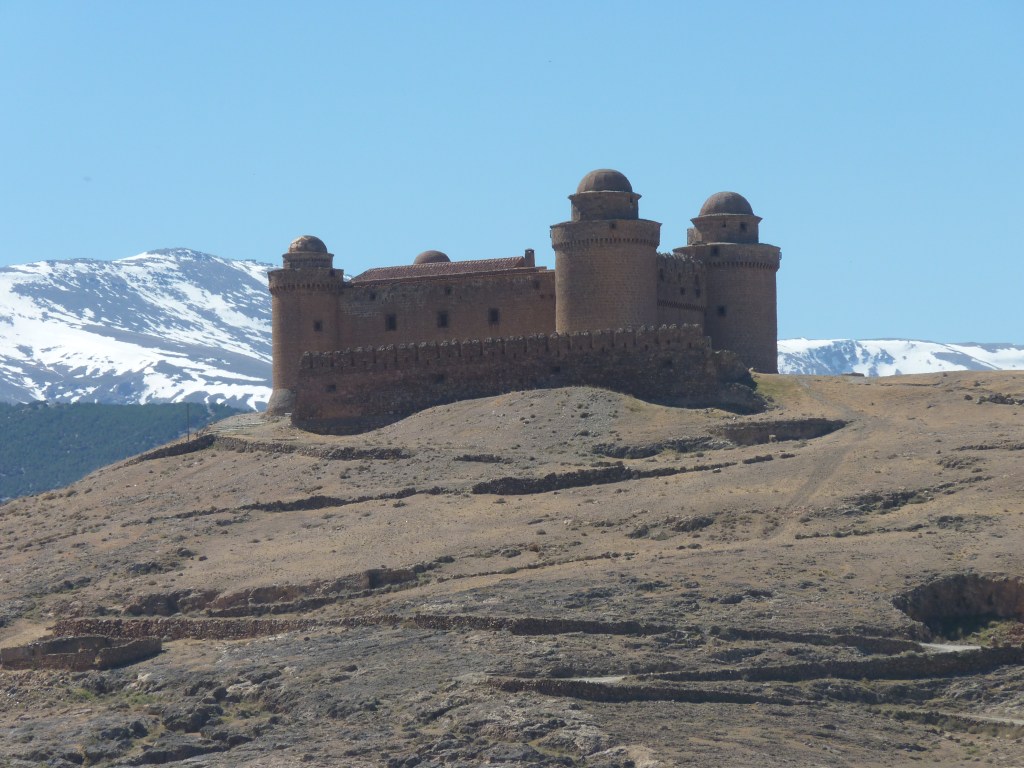
La Calahorra has seen a lot of filming thanks to its impressive castle, and in 2022 the local council erected a series of statues to commemorate its silver screen status, among them one to this film, tucked away behind the church.
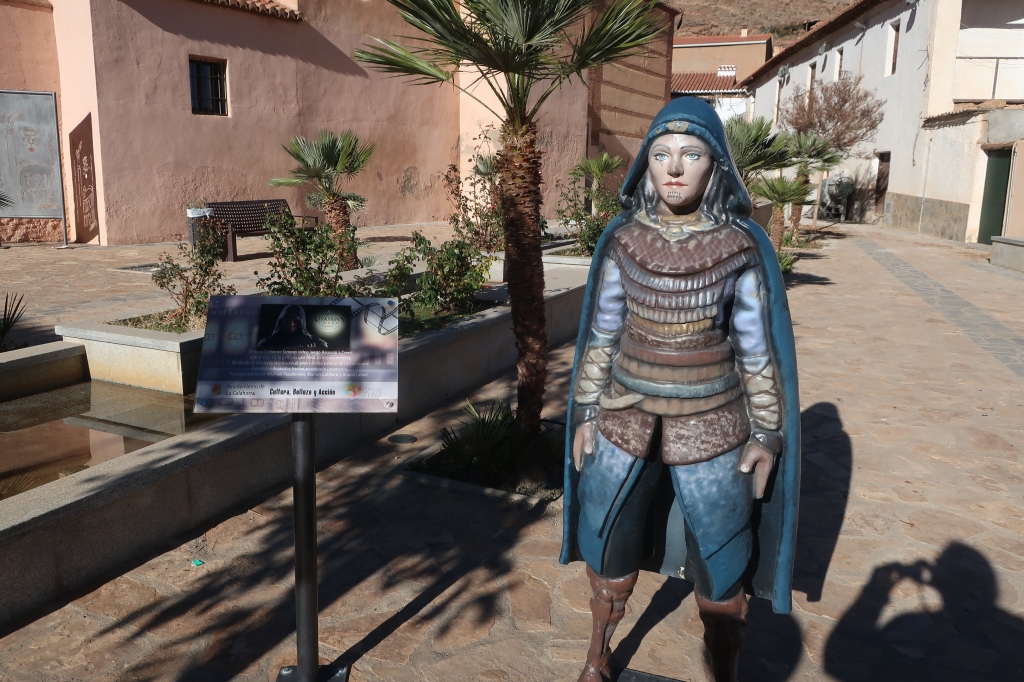
The key to the apple is the Prince of Granada, and there is a pursuit scene with horses and carriages through the desert of Tabernas, using Indiana Jones locations at Las Salinillas, Cañón Rojo and Rambla Moreno.
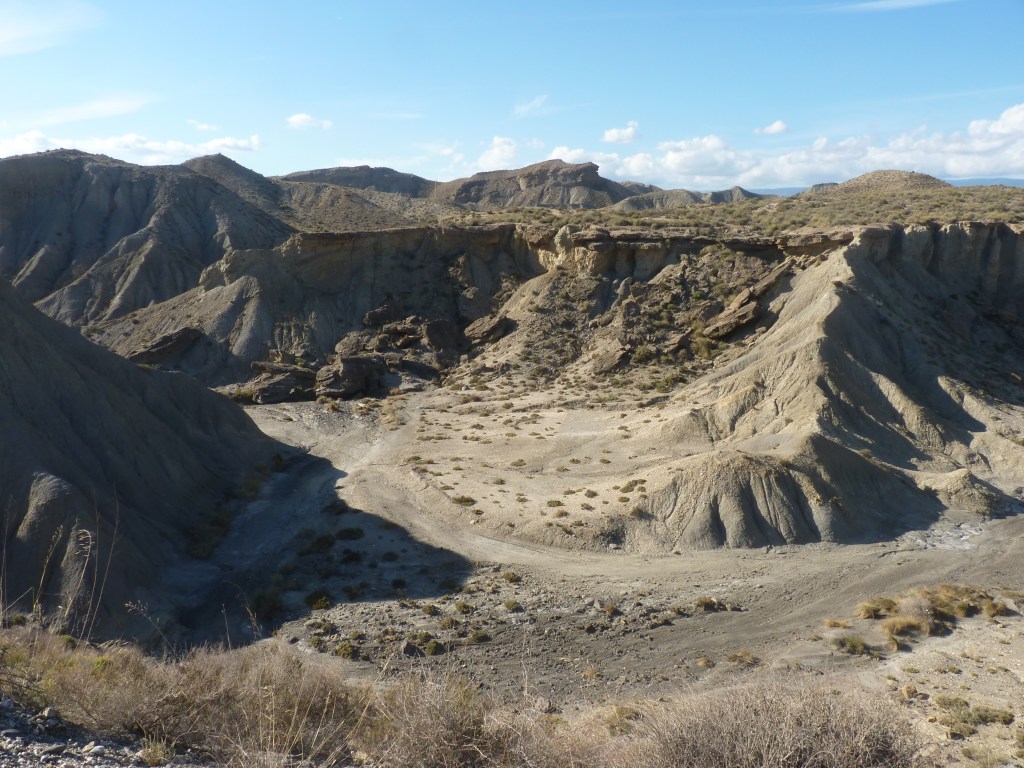
Michael as a child narrowly escapes capture when a convoy of vehicles comes for his father, who is hiding out at Las Salinas, next to Cabo de Gata, which represented Baja California, as it does so well.

The boy escapes across the salt lakes while we enjoy a view of the emblematic church of Las Salinas, which also appears in Patton.

Also used was Sevilla’s cathedral for aerial shots in amongst a lot of digitally produced stuff, as well as the interior of the cathedral where the apple is found in Columbus’s tomb,

while the 15th century scene when the apple is handed over to the Templars for a few mere seconds, used digitally generated images of the Alhambra of Granada.

On a more modern note, an aerial view of Huntsville Department of Criminal Justice in Texas is depicted by the prison of Almeria.
Altamira (2016)
Antonio Banderas leads the cast, which includes Rupert Everett as the evil(ish) Monsignor, in a film directed by Oscar winner Hugh Hudson, he of ‘Chariots of Fire.’
The film tells the story of the discovery in 1879 of the caves with their prehistoric paintings, and the shallowness of human nature.
The locations are mostly fairly accurate, in Cantabria, at Santander, Castro Urdiales and cobblestoned Santillana del Mar, whose Plaza Mayor stands out, as does the Colegiata de Santa Juliana, which is where the Banderas family go to see a painting and Banderas gives his daughter a geology lesson in the cloister after her unsuccessful violin concert. Later, after Banderas (Marcelino) presents his discovery of the cave to local dignitaries, we see a horse and cart descending Calle Cantón.
The original cave was used for filming, although today only a replica can be visited at the Altamira Museum, two kilometres from Santillana.
Nearby we can find the cliffs at El Bolao (Cóbreces), where Banderas speaks to his daughter and the painter does too.
Also appearing is one of architect Gaudí’s few buildings outside Catalonia, El Capricho, a summer house built in the 1880s at Comillas. It is here that Banderas attends a meeting of enlightened scientists in Paris at the beginning of the film.
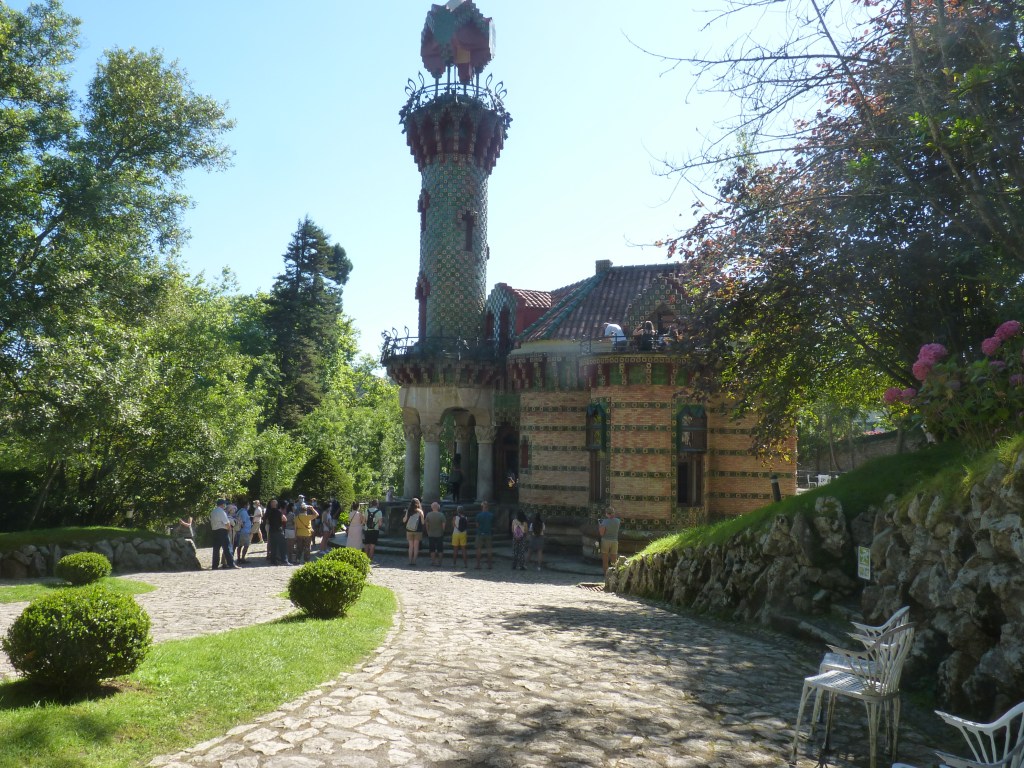
In Santander we see Marcelino’s daughter riding in a carriage through Plaza Porticada.
When Banderas tries his luck in a congress in Lisbon, and fails, he is in fact still in Spain. The Biblioteca (Library) Menéndez y Pelayo of Santander provide the exterior, while the Palacio de Sobrellano at Comillas is the interior.

Banderas’s grave can be seen in the cemetery at Comillas, although Marcelino’s is elsewhere. His house, which was his real one, or at least the gardens were, is at Marcelino’s estate at Puente San Miguel.
Mine (2016)
Arnie Hammer stars as a soldier lost in the desert, provided by Fuerteventura, with additional scenes shot in Barcelona. He might wish he’d never said: “it’s mine.”
Risen (2016)
A Roman detective story to discover if Jesus really did rise from the grave.
Joesph Fiennes adds a certain Shakespearian quality to a film set in Jerusalem and shot in Almería at the Alcazaba castle, at the foot of which is the Parque de La Hoya, near the Muralla de Jayrá, an area now used as a car park.
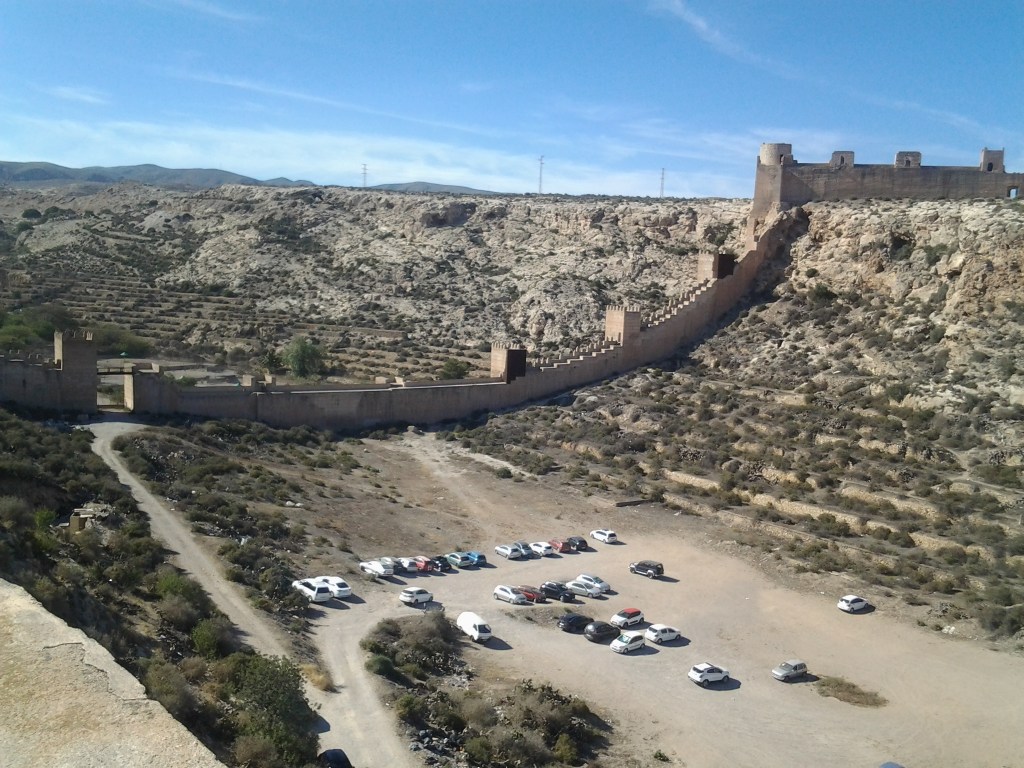
The Playa de los Genoveses was used for some Roman embarkation on the shores of the Sea of Galilee, and the desert of Tabernas provided backdrop.
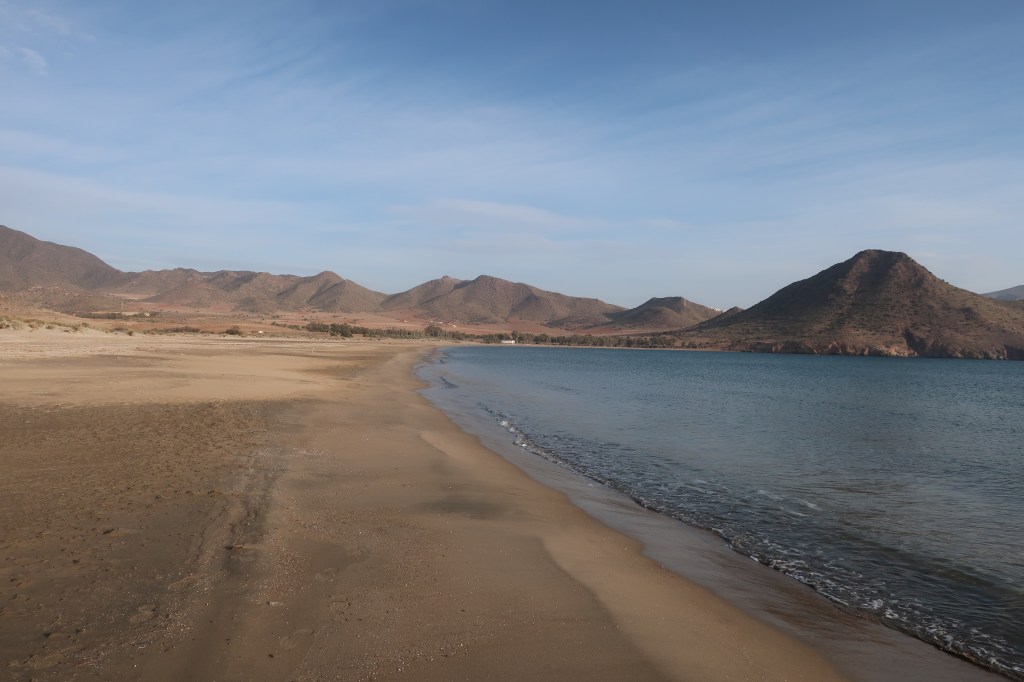
Realive (2016)
So, what becomes of the resuscitated? Realive is the second film by Canary Island director and scriptwriter Mateo Gil, and features Oona Chaplin, grand-daughter of Charlie Chaplin and daughter of ‘Doctor Zhivago’ star Geraldine Chaplin.
The gloomy prospect of immortality contrasts with the shiny, happy beaches of Tenerife, where the modern arts centre, Espacio de las Artes, stands in for the cryopreservation clinic surrounded by forest and supposedly located in California.
A Monster Calls (2016)
The Parc Audiovisual de Terrassa, Barcelona, provided the interiors for this film with Sigourney Weaver and Liam Neesen, in which Juan Antonio Bayona follows up the horror of ‘The Impossible’ with a more traditional horror story about a tree that haunts a little boy.
The exteriors were shot around Manchester, and the windows of the set in Terrassa were plastered with photos of Manchester scenery to create some authenticity.
The Chosen (2016)
The story of Trotsky’s death is brought to life with Julian Sands and some kid from ‘Game of Thrones.’
Filming took place in June 2015 between Mexico, where Trotsky was killed, and Barcelona, where his assassin was from, representing 1937.
The streets of Barcelona represent those of Paris and Brooklyn. In the forests outside the city, Caridad visits her son in the trenches to recruit him for his mission.
It should be remembered that Trotsky’s nephew was Samuel Bronston, who also came to Spain, where he made ‘El Cid’, ‘55 Days at Peking’ and other expensive epics, although the price he paid was not as high as Trotsky’s.
The Promise (2016)
Christian Bale stars in a film set in the setting sun days of the Ottoman Empire. His first role in Spain was as a child in Spielberg’s Empire of the Sun, so he must like Spain…..or empires!
The film concerns the oppression of the Armenian people, a holocaust that never achieved the capital H.
The first image in the film is Mikael’s hometown Sirun in the mountains of southern Turkey, although it is really Albarracín in Teruel province with a few minarets digitally added. According to the tourist information office the images were achieved with a drone.

The Plaza Mayor of Albarracín was transformed into a market, and the betrothal celebration was also shot there, as well as a scene in a chemist’s.
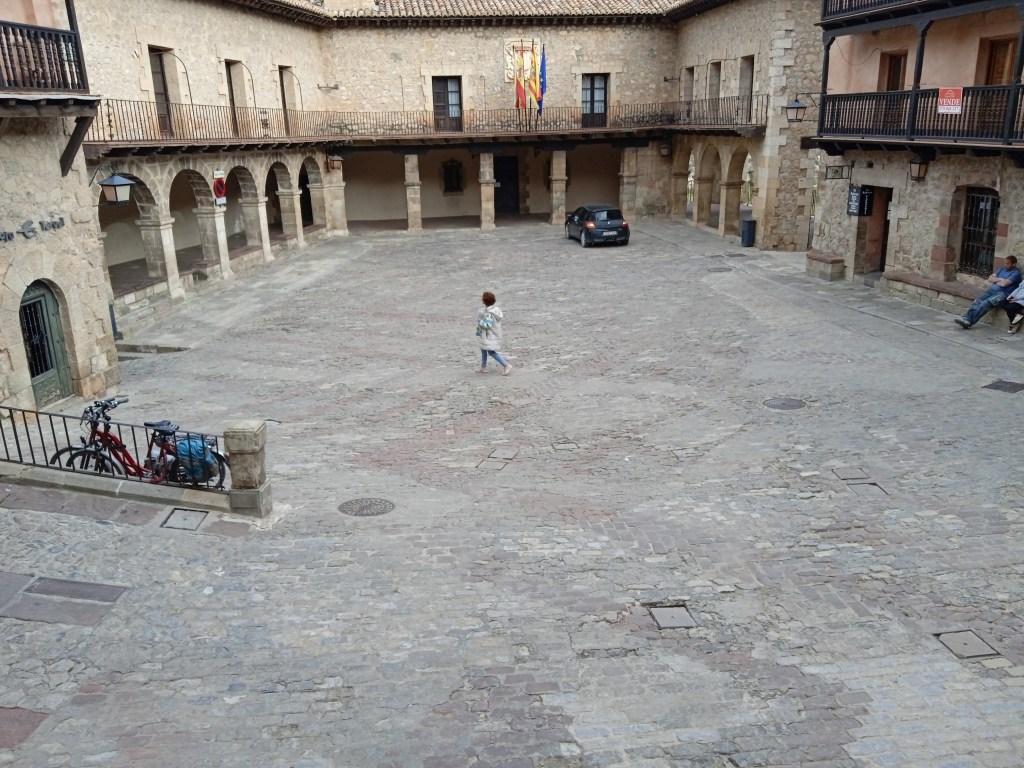
The frequently used Hospital Tavera in Toledo, with its double cloister, represents the Faculty of Medicine of Constantinople, for a scene that made use of 300 extras.
In Navarra some scenes were shot using the barren wasteland of Las Bardenas Reales. It is here that Bale witnesses a refugee exodus and the shooting of a refugee, after which he flees in a car.
The castle of San Fernando just outside Figueras in Girona also plays a part; the Turkish army drills its recruits there and executes dissidents, such as Mikael’s medical student friend, shot in the moat for treason.
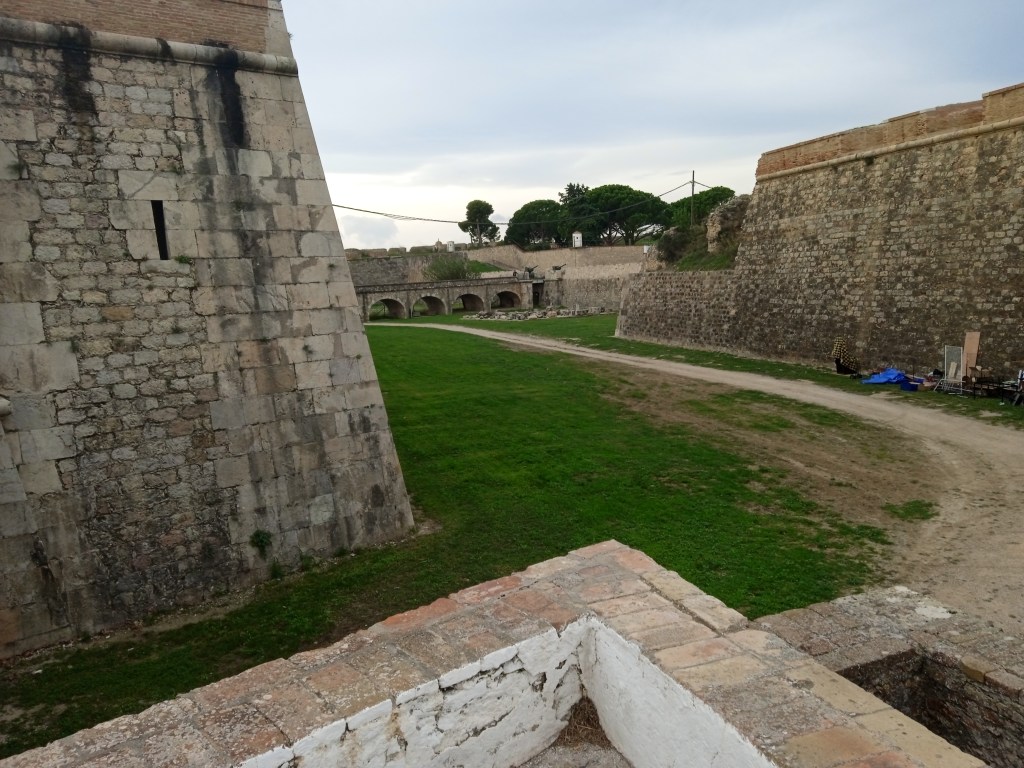
The castle, inaugurated in 1766, has had some illustrious involuntary guests. In 1975, the incipient democratic military movement, la Unión Militar Demócratica (UMD) had the audacity to suggest that democratic elections in Spain might not be such a terrible thing, and after careful, objective consideration, four officers were imprisoned in the fortress.
Later the tables turned, and it was the most photogenic of the leaders of the coup d’état of February 1981, the Guardia Civil Antonio Tejero Molina, who ended up there after suggesting, pistol in hand in the Spanish parliament, that perhaps democracy and all that might be rushing things just a bit.
As the 1992 Olympics took place in Catalonia, the military prison was closed down.
We were given a captivating tour of the castle by Captain Pedro Rodriguez Ortega, including a display about all the films shot there, and later given an insight into the role of the castle as a cultural centre by the President of the Friends of the Castle association, Antonio Herrero.
The castle is the largest fortress in Europe, built in 1753. Inside there is a monument to Martin Zermeño, treacherously executed by Napoleon’s invading troops when he was sent out to negotiate with them.
The French occupied the fort using the old trick of “we only want to invade Portugal, and if we don’t house our soldiers here, they’ll probably rape and pillage in the town.”
The castle receives 40,000 visits a year, organizes chess competitions, weddings and other events, and was visited by the location scouts of Game of Thrones, who eventually turned it down.
At the end of the 18th century the castle entertained President Estrada, the first President of Cuba, although his stay wasn’t voluntary.
During the Civil War, the castle held the last cabinet meeting of the Republican government before it fled into exile, and also housed the art treasures removed from El Prado to protect them from German bombing.
When we visited in November 2022, the moat was occupied by a large crew, many extras and a massive Excalibur, for the filming of scenes from the American series Mrs. Davis.

A quarry at Pilar de Jaravía near Pulpí, Almería shows scenes of the Turks using Armenian labour to build a railway line in the Taurus mountains. Mikael escapes and catches a train full of refugees. In October 2015 a steam train was brought by road to Segorbe and used on the line to Jérica, with some filming at a tunnel at Navajas, all in the province of Castellón. Nearby, at the El Regajo reservoir, a scene was shot where a stuntman, supposedly Mikael, hurled himself from the train into the water.
Mikael is helped by an Armenian family and travels home via the Calomarde gorge in Teruel province. Bale apparently liked the area so much that he bought a property there.
Chris (Bale) and Ana reach a protestant mission, which was located at the Abadía de Párraces, Bercial, Segovia, and the Valsain forest there was also used for the scenes where the refugees flee from Turkish soldiers.
The abbey is a popular place for weddings and events. On our visit there in July 2022 they were setting up for a wedding, but Honorio, who lives on the site, kindly showed us the courtyard and two cloisters where filming took place at this lovely site, tucked away in deepest Castilla.
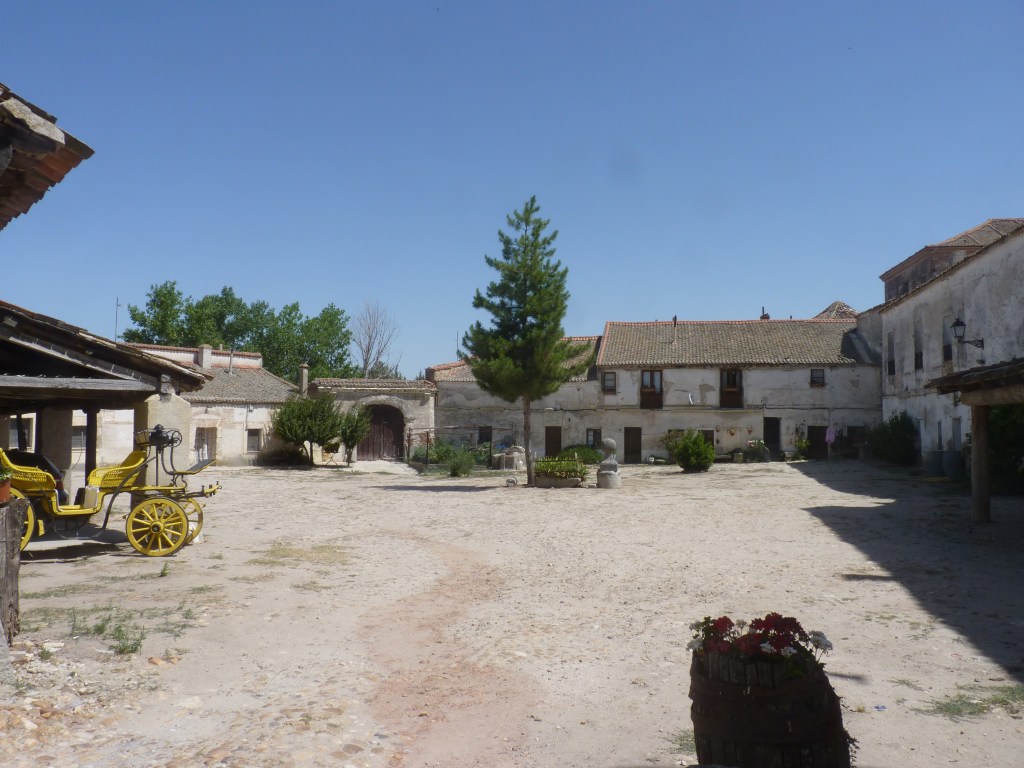
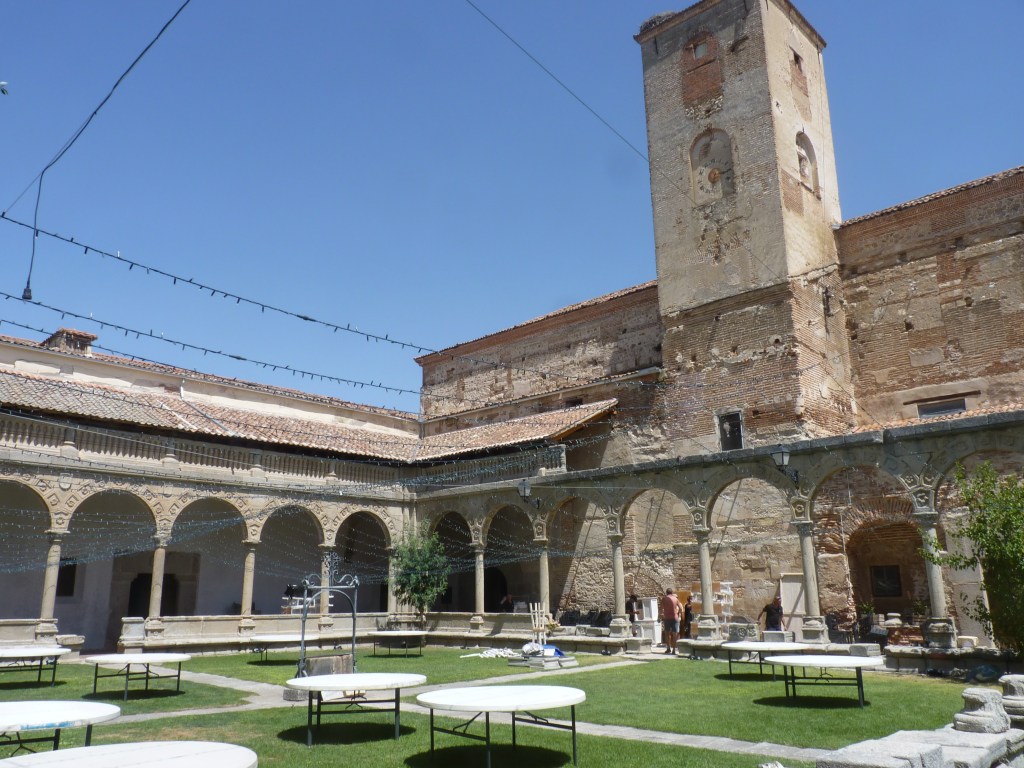

In Murcia, the beaches of Playa Amarilla, Cala del Pino and the road at Calabardina showed scenes of the embarking of Armenian refugees by the French navy.
This time Simón Andreu plays an old Armenian peasant.
All I See is You (2016)
Blake Lively is born blind but then regains her sight.
The makers reproduced the famous Tomatina Festival in Buñol, Valencia for some sensuality, and also filmed in Barcelona in the Franca railway station, and at Sitges.
Brimstone (2016)
The Almería western is not dead, it just changes; although the old themes of sex, violence and revenge ain’t going nowhere.
The twist is that the duel this time is between a dumb woman and a preacher.
Filming for the desert scenes took place around Tabernas, for the part of the film where the dumb girl (Liz) is working in a brothel.
Actor Kit Harington, better known as Jon Snow from ‘Game of Thrones,’ caused a stir in Almería, where he stayed at the Hotel Elba.
Jason Bourne (2016)
The Bourne saga continues, and again Spain gets a look in, although not contributing its own cities such as Barcelona or Madrid, but the Greek capital Athens.
Santa Cruz de Tenerife has the honour of impersonating the city that founded democracy, and it was there that Bourne got involved in a demonstration, just to prove the point, which took him through Plaza de España, Imeldo Serís, Aurea Díaz Flores, Poeta Tomás Morales, Méndez Núñez, Taco, Plaza Candelaria, Calle Hero, as well as in La Salud and Valleseco districts.
Filming also took place in the University town of La Laguna and finally in Tenerife Norte airport, which represented not only Athens, but also Reykjavík airports. Similarly, Tenerife was also used for the Beirut scenes.
Damon stayed in the Hotel Mencey.
Foe (2016)
An American archeology professor is the hero; now why does that ring a bell?
Johan Meyer visits Barcelona looking for work and is contracted to translate a document by the mysterious Ramku. Their first meeting takes place at the Finca Güell, with Gaudí’s famous dragon gate.
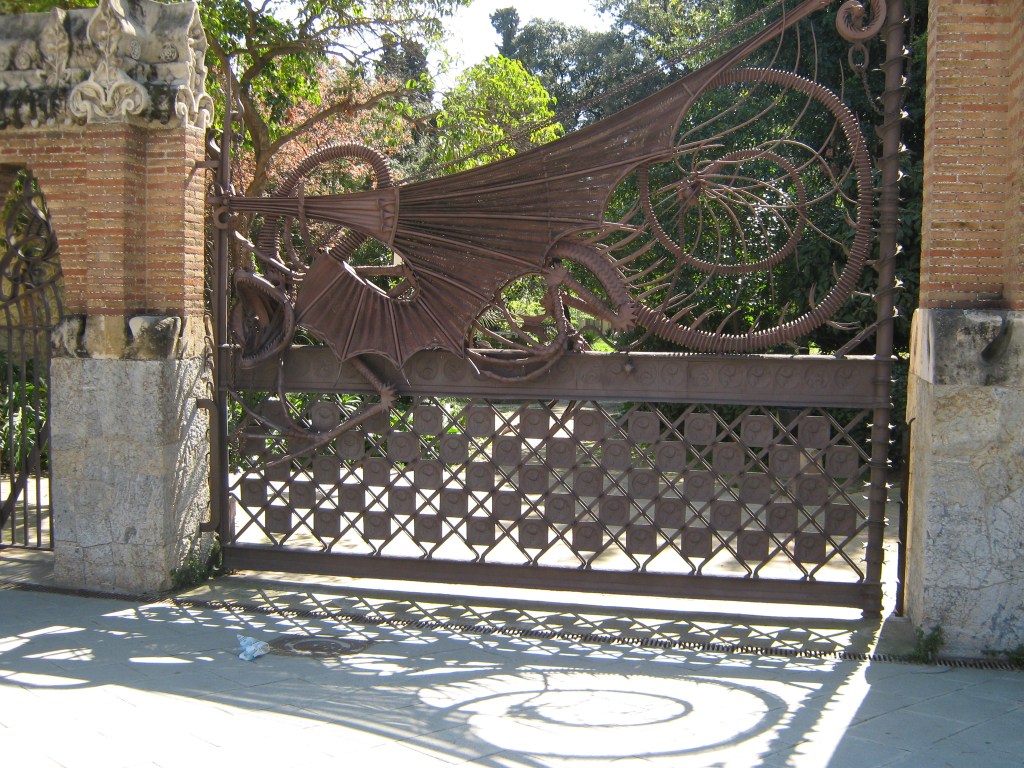
Voyeur (2016)
Director Marc Recuenco tells us the story of Nadia, who views the world through other people in Barcelona, including scenes shot on the city’s underground.
White Island (2016)
The white island is of course Ibiza, where a friend helps out a friend in trouble while trying to forget another friend.
Among the locations are the ferry port at Denia, Alicante, the main gateway to the island, as well as the quaint little Ibizan cove of Cala Gracioneta.
After our heroes are rescued from the yacht and certain death, we are treated to first a seaview and then a droneview of the castle and city walls of Ibiza’s capital for some philosophical reflection, followed by the magical island of Es Vedra, looking as lovely as it did in ‘South Pacific.’
We also see the island as a backdrop for the scene where Leo confesses his illness to Connor, and it still looks great despite the depressing news.
The Night Manager (2016)
This six part mini series based on the John Le Carre book actually features a cameo appearance by the writer, in a restaurant in Mallorca, where all the Mediterranean scenes with villains on powerboats were shot.
Le Carre is dining in the restaurant of the Hotel Maricel at C’as Catalá, just outside Palma; a location used various times. It is here that Corky loses his cool and Pine smooths things over.
Sa Fortalesa, built in 1628, on Cape s’Avançadain at the end of the Port de Pollença, is Roper’s stronghold, seen at various times throughout the series from the second episode onwards with spectacular aerial views included.
In a scene where Pine takes Danny for a walk, they are in reality in Carrer de la Marina, Puerto de Soller. They are seen queuing at the Glace Moustache ice cream van at the moment when Angela Barr listens in on their conversation.
The super trendy beach bar Cas Patró March at Cala Deia features, as it did in ‘Evil Under the Sun,’ for the child kidnapping scene, when Pine gets beaten up and into the organisation.
Palau March, a well known landmark in the capital, was used as the entrance to an Istanbul hotel.

Flexibility is, or would be, Palma’s middle name as the terrace of the Sadrassana restaurant in Plaça de Drassanes, Santa Eulalia church (supposedly a church in Madrid where Angela meets the Spanish lawyer) and Café Moderno all perform well as locations in Madrid.
We also have an aerial view of the capital’s kilometre zero, Puerta del Sol, just before Sandy Langbourne meets with a lawyer.
Gernika (2016)
Directed by Koldo Sierra, who had earlier shown Gary Oldman a lesser degree of Spanish violence in ‘Backwoods,’ the tragedy of Gernika is seen through the eyes of an American reporter (drunk and cynical, what else?) played by James D’Arcy.
The Arriaga Theatre of Bilbao, Vizcaya features at least three times as a meeting up place, filming of which involved distrupting public transport, although not as much as the German and Italian aviation did.
As well as the theatre, the adjacent Arenal bridge and the La Concordia railway station in Calle Bailén were filmed, as was the nearby Town Hall, whose Salón Árabe held a ball for the local bourgeoisie instead of the usual weddings.
The Palacio Munoa, in Barakaldo, served as the Press and Propaganda HQ of the Spanish Republic, and was also used for some hotel scenes.
Bilbao’s columnated Plaza Mayor can be seen when Henry and Teresa kiss after their sexual encounter.
For a touch of romance, the relationship between Henry and Teresa begins to take off after a visit for foreign journalists to the chapel of San Juan de Gaztelugatxe, which also appears in Game of Thrones, although this time the dragons are spectacularly absent.
Another trip is organized to the seat of the Basque parliament in Gernika, where, in front of the famous oak tree, an aurresku dance is performed by a single dancer to honour the guests.
During the lethal bombardment, the village of Artziniega, in Álava province was used, as well as Lekeitio, and Gernika itself.
The scenes showing Gernika after the desolation were shot in June 2015 at two truly devastated villages in the province of Zaragoza, Tiermas and Escó, which had been abandoned to build a reservoir.

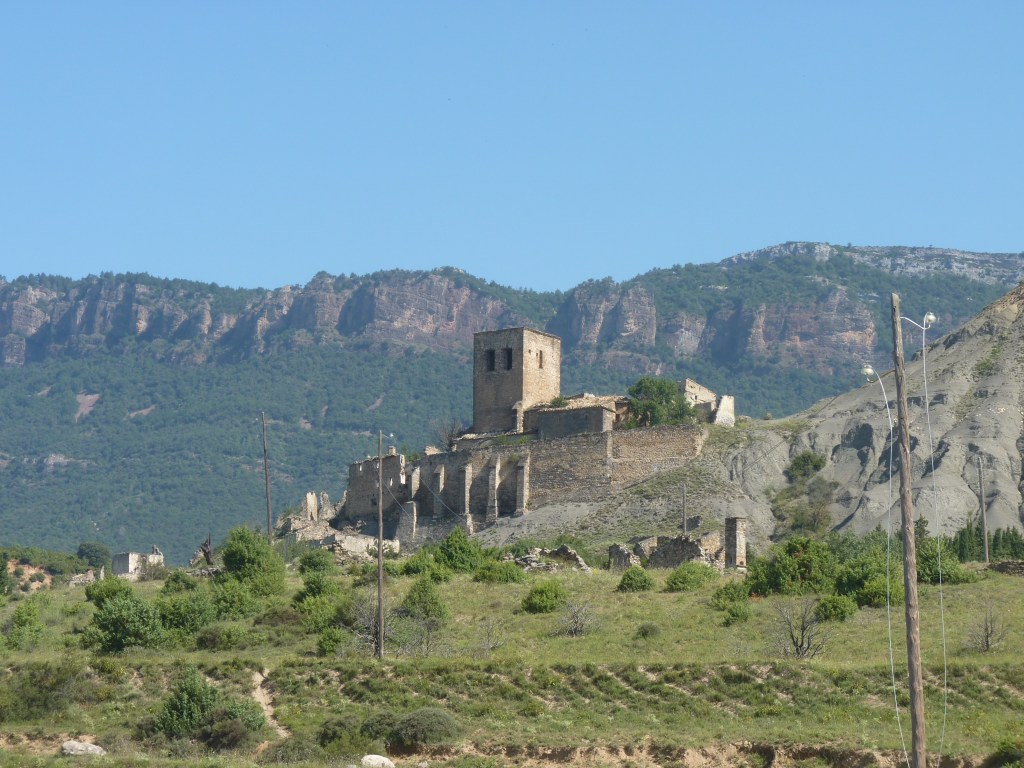
The church of ruined Belchite, also in Zaragoza, destroyed in reality during the Civil War, can be briefly seen just before Teresa is (spoiler!) mortally wounded.
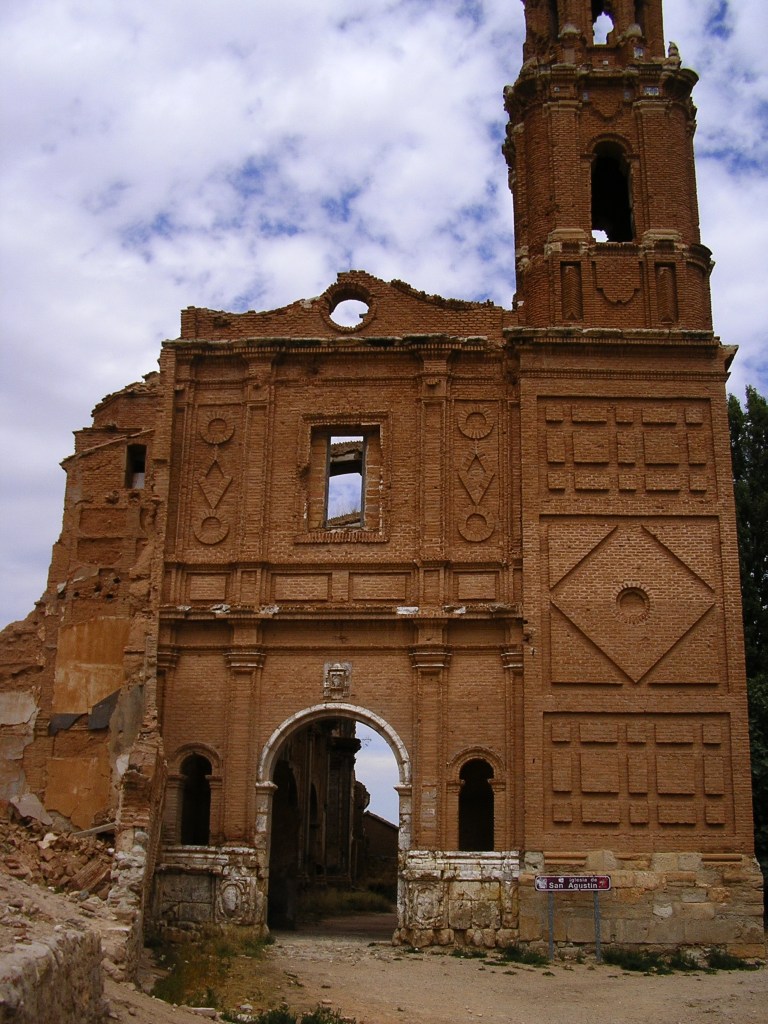
Allied (2016)
Brad Pitt finally became a real life hero when he landed in Gran Canaria and rescued a young girl in danger of being crushed by his fans.
The incident took place at Plaza Belén María in the port area of Las Palmas where Pitt was shooting this World War II spy thriller set in Casablanca.
The Gesport Atlantic terminal, situated at the dock of Gran Canaria del Puerto de La Luz was also the scene of some filming.
In one scene, Pitt appears in Calle Muro in a dust covered taxi, stopping in front of a post office, which is in reality the Centro de Iniciativas de La Caja de Canarias (Cicca); paying the driver, he then gets into another car in Calle Remedios,
Various other scenes were shot in the Arenales neighbourhood, particularly in and around Calle Núñez de la Peña during three days of filming in May 2016.
Several transformations took place; the ‘Fábrica de Hielo’ (ice factory) in the port became the Nazi HQ for the scene where Pitt and co-star Marion Cotillard exit carrying guns, while in the Plaza de Cairasco, the Hotel Madrid played the Café de la Place.
After leaving Gran Canaria, the crew hopped over to Fuerteventura to film at the desert scenery of Los Arrabales (Tuineje), at Finca Cervantes near Lajares and at the dunes of Parque Natural de Corralejo, where Pitt’s stuntman is parachuted into North Africa in the opening scene.
The film crew lodged at the Hotel Bahía Real at Corralejo.
Blood Orange (2016)
Iggy Pop somehow finds it within him to portray an ageing rock star, retired in Ibiza with a beautiful young wife with a shady past, that comes visiting.
Filming took place in 2014 around Sant Josep in October and November.
Me Before You (2016)
An attractive couple find each other and fight depression together.
Among the places they discover love and scuba diving is the famous Formentor Hotel on the eastern extreme of Mallorca, although in the film it is supposed to be Mauritius.

Seat in Shadow (2016)
The relationship between a young boy and his psychiatrist in Scotland also involves the Australian outback, about which the young man is obsessed, represented, for a change, by the desert of Tabernas, Almería.

Director Henry Coombes revealed that a tree prop used in the film was the same one used to crucify Arnold Schwarzenegger in ‘Conan.’
Toxic Apocalypse (2016)
This low budget science fiction film tells a story of unethical pharmaceutical industry misbehaviour and includes images of a villain’s villa somewhere on the Costa Blanca, Alicante.
Ibiza Undead (2016)
Everything that’s good and not so good about Ibiza; sun, sand and sky-blue water on the one hand and nightclubs and zombies on the other.
A group of young Londoners visit the island looking for experiences, and get bitten off more than they can be chewed.
The villa that our young heroes rent was located at Bahía de Sant Antoni. Also in Sant Antoni some club scenes were shot in The Savannah Beach Club, The Boozer and West End.
Writer/Director Any Edwards informed us: “Ibiza Undead was probably 80% shot in Ibiza itself. The rest was largely in London. The only shots that were done in Valencia were some shots of zombies on the beach near the end of the film. They were done by a second unit so I don’t know the exact location unfortunately.
In Ibiza itself we shot in San Antonio and the surrounding area. The main location was a villa just outside San Antonio, and the beaches were all neighbouring beaches to San Antonio. There are 2 bars which were both in San Antonio, but the club scene interiors were shot in London.”
Barcelona: a Love Untold (2016)
A Philippines film shot in Spain, largely in English but with other languages too.
A young couple are in the city, each trying to get over their past.
Their romance counts on backdrops such as the Sagrada Familia Cathedral, la Rambla and the Ciutadella park in Barcelona, and in the same province the famous steps leading up to the church in Sitges;
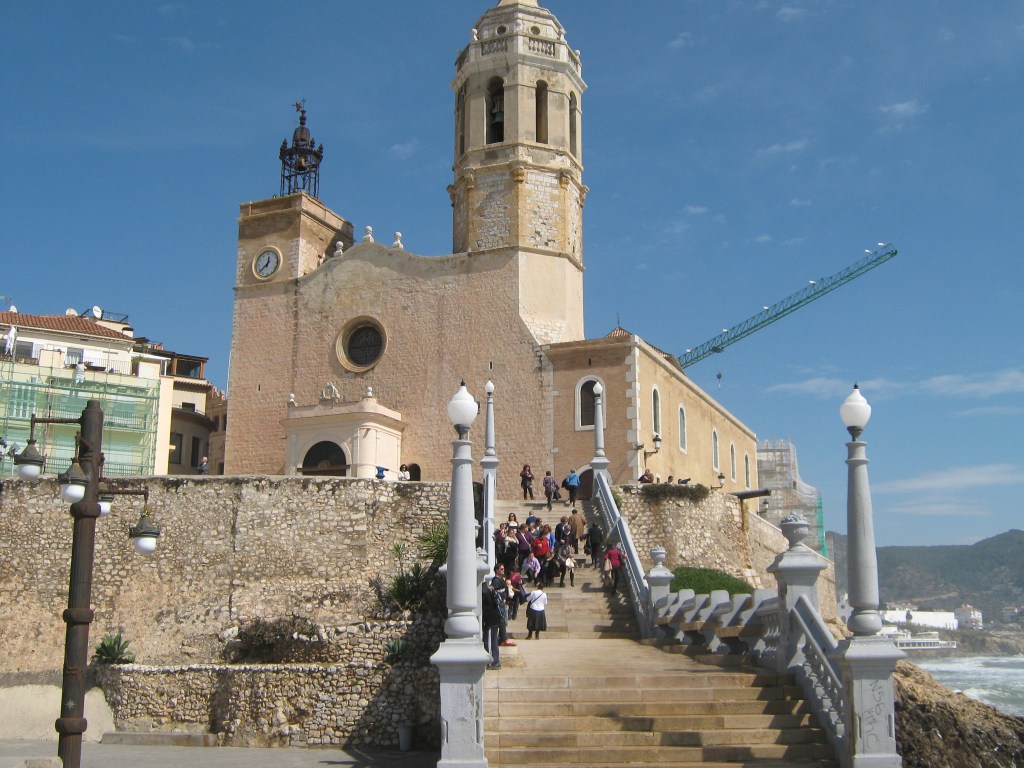
as well as the historic centre of Girona, and even the Plaza de España of Sevilla.
Bittersweet days (2016)
Can distance relationships last? Of course not. When boy moves to London for the opportunity of his life, girl has to unwillingly take in an English speaking Dutch photographer Luuk, who turns her world around to the backdrop of Barcelona.
We see Julia contemplative on the roof of her flat, with its view of the Sagrada Familia cathedral.
She discusses the problem with her friend Ana in a bar in Plaza Real.
When Luuk arrives, she takes him on a whirlwind tour of the city, including Guadí’s Pedrera building and Sagrada Familia, La Rambla, Plaza San Felipe Nerí, the gothic c/ Bisbe and the Boqueria market.
At the Barceloneta beach they discuss his homosexuality.
Other minor locations used are Bicioci Bike Café, Carrer Venus, 1-3,where Julia and Ana look at some fetal ultrasound images Chatalet, a cocktail bar in C/ Torrijos, 54, Deuvedes, a video club in C/ Martínez de la Rosa, 71, where Julia rents La Dolce Vita, La Fourmi, a bar and restaurant in C/ Milà i Fontanals, 58, L’entresól, a bar in C/Planeta, 39, Lingua Ya, a language school in Gran Via de les Corts Catalanes, 390, where Luuk has his Spanish lessons, Matusalén, a flea market in C/ Puig Martí, 5, Melic, a children’s clothes shop in C/Diluvi, 3 and Runroom, C/Milà i Fontanals, 14-26, where Julia works.
Julia takes Luuk to Mallorca, where she is from, and filming takes place at the beach of Caló Des Moro, Santanyí, Colònia de Sant Jordi, with its black and white hooped lighthouse and the Hotel Marquès del Palmer, the cathedral of Palma, which they chat in front of, S’Embat, a beach bar at Ses Covetes, Campos, where the haystack scene was filmed, and Valldemossa, where Chopin and George Sand used to hang out.
Thanks to Margarida Araya for her help in locating locations.
The Night Watchman (2016)
The Asturias mining town of Morcín provides the coal mine, called Monsacro in the real world, which conceals a terrible secret.
The night watchman has returned home after a spell in prison to work there and face new demons, accepting a night watchman’s job in a mine, later wishing it wasn’t his.
Director Miguel Ángel Jiménez shot part of the film, located in Kentucky, in the USA but apart from Morcín, also used the Asturian locations of Mieres, the pit at Sotón and San Martín del Rey Aurelio, as well as the forest at Artikutza, Gipuzcoa.
The Cucaracha Club (2016)
A retired spy comes out of retirement and his drunken haze to rescue some kidnapped kids.
Filmed mainly around Torrevieja, Alicante, where there is a lot of haziness.
Ignatius of Loyola (2016)
Although it was the Jesuit Foundation of the Philippines who made the film, it was shot in English as that part of the Jesuit order is controlled by the USA.
Our story begins at the iconic rock known as Castildetierra, located in the desert of Bardenas Reales, Navarra. Later Loyola will be tempted by the Devil on top of the same towering rock.
We then visit Loyola’s home, the Loyola castle, which is in reality the 14th century Torre de Galarza, Aretxabaleta, Gipuzkoa, to which we return several times as he remembers his upbringing.
Interiors were filmed in Azpeitia at Caserío Errekarte del beato Gárate, now a museum, and the Hospital de la Magdalena, where Loyola recuperated his health in 1535.
Loyola’s time as a soldier takes him to Pamplona in 1521, and then to Valladolid. It is here that he fights an imaginary villain and meets Princess Catalina, with whom he dances in the cloister of what is in reality the Monasterio de la Oliva, Spain’s oldest monastery, dating from the 12th century and located in Carcastillo, Navarra.
Later we see Loyola studying with some rude children in the same location.
The defence of Pamplona was filmed on the battlements of Artajona (which was Nottingham in Richard Lester’s Robin and Marian) where Loyola is wounded defending the city against an army of French CGI soldiers.
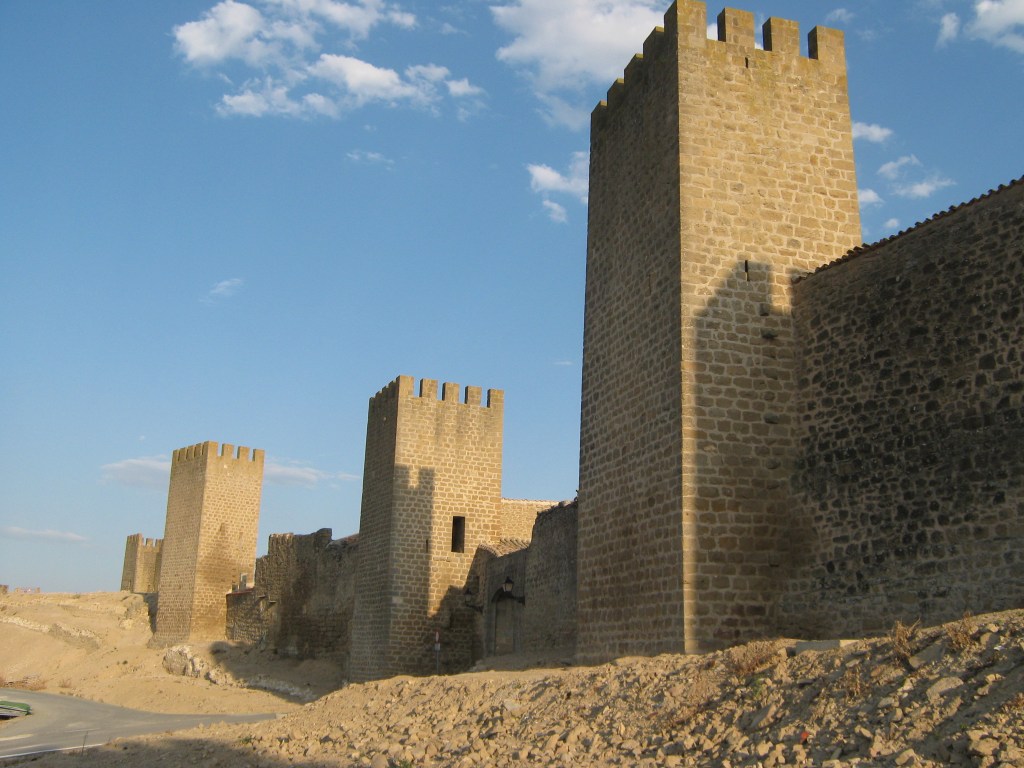
Loyola begins his pilgrimage, which takes him to the monastery of Montserrat, Barcelona, whose impressive mountains stand out.
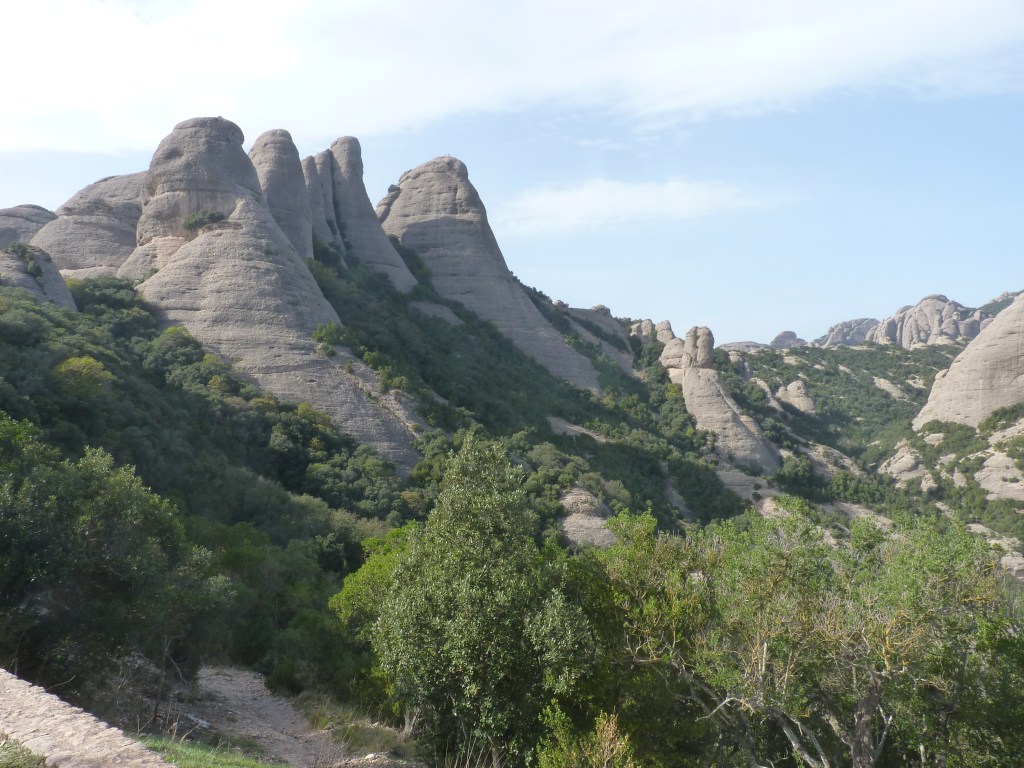
While in Manresa he spends time in a cave, practising his spiritual exercises and flagellating himself. The cave was in fact that of Zugarramurdi in Navarra.
It is in the streets of Manresa that Loyola begins his career as a beggar, although he is actually on the medieval streets of Sos del Rey Católico in Zaragoza province. Filming there took place at the Portal de la Reina, the Lonja, the castle and the Jewish quarter.
At the end we encounter Loyola’s friend Father Sanchez, now an old man at the Santuario of Loyola in Azpeitia, Loyola’s birthplace. This is complicated as the building only dates back to the 18th century.
The Supers! (2017)
Yolanda Torres directs a story about the downside of being a super hero.
Filmed around Barcelona, including the Parc del Laberint d’Horta, a location from Perfume, and at Sitges, where Yolanda teachers at the aFilm school.
I Love Her (2017)
This feature film stemmed from a short of the same name released in 2013.
Ukrainian director Darya Perelay tells the story of a Ukrainian female busker playing the streets of Barcelona, who is in love with a deaf dumb girl.
As well as the mean streets of Barcelona, some of the romantic scenes between the two girls were filmed in the Parc del Centre del Poblenou.
Some say that the word ‘busker’ derives from the Spanish verb ‘buscar,’ to seek.
The Girl From the Song (2017)
Eric travels from London to the desert of Nevada to try and recover the girl he loves, with the Burning Man festival as a backdrop.
Producer Marta Rodriguez Coronil informed that the interior and exterior of the London pub and guitar shop were actually filmed at Sant Cugat, Barcelona.
Rise of the Footsoldier 3 (2017)
Crime and violence in Essex contrasted with the idyllic life of rich people in their coats and ties on the sexy coast of Málaga, and particularly in the rich man’s playground of Puerto Banús.
Megan Leavey (2017)
Leavey is a female military dog handler in Iraq, although the Spanish filming took place at the air force base at Zaragoza, and in the historic centre of Cartagena, Murcia.
In the province of Murcia the locations of Mazarrón, Monte Sacro and Cerro del Molinete were used in November 2015 to represent war-torn Iraq. Specifically Monte Sacro represented an American checkpoint, while on the road at Tentegorra we can see numerous Iraqi casualties lining the roadside.
The real hero of this true story is Rex, the dog.
It Came from the Desert (2017)
The title leaves no doubt that we are in the horror genre, although this Finnish film is a parody based on a video game.
The only doubt is about the desert; in the film New Mexico, and supplied once again by Almería, specifically Tabernas and Rodalquilar, no questions asked, thank you very much.
The abandoned mine of Rodalquiñar provides the entrance to the Chicane plant, where the fun begins.
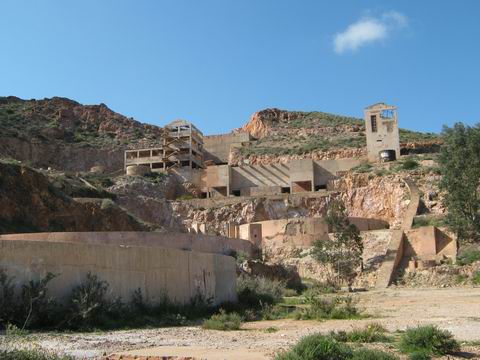
Motorbikes and over-sized ants sum up the action.
Coco (2017)
Neil Boultby’s second film is a psychological drama about a woman trying to understand her past.
Filming took place in the province of Alicante with scenes shot at Santa Pola and nearby Gran Alacant, a large residential tourism complex where the writer and actor Neil Boultby actually lives, enabling him to obtain help with locations such as Tutti’s restaurant and Ohana Gastro Bar.
Gunned Down (2017)
Craig Fairbrass stars in this gangster film that contrasts the sunny beauty of south east London with the grim drabness of Puerto Banús and Marbella, Málaga.
Filming took place in the old town of Marbella with its narrow streets and bars in a story of violent revenge (everybody’s favourite kind).
Cold Skin (2017)
As World War I looms, a young man arrives at a location near the Antarctic Circle to man a weather station.
He is in for a few surprises, including the fact that he is slightly off course on Lanzarote, with the action taking place mostly around Las Malvas beach near Tinajo.
Filming also took place on the Costa Brava at Llançà, Girona.
Black Hollow Cage (2017)
Traumatised by the loss of her arm, Alice doesn’t do like Scarlett Johansson and rediscover her horse, but talks to her dog (who talks back) and finds a mysterious cube instead.
Filming took place in the woods around Olot, Girona, mainly in and around a house called Horizon, created by the RCR architecture studio of Olot at La Garrotxa for a local Michelin star chef.
The Bookshop (2017)
Our story, directed by Isabel Coixet, is set in a peaceful East Anglian town, although the filming actually took place in Portaferry, County Down, which was also used in Game of Thrones, representing Winterfell.
The interiors however were very Catalan. The drinks party early in the film and a private audience later, were shot at Bell Recó in Argentona, near Barcelona, a popular wedding venue.
The offices at the start and end of the film are Fábrica Anis del Mono, a distillery in Badalona, and the Biblioteca Arús public library housed in Passeig de Sant Joan also appears.
Marrowbone (2017)
A Spanish film in which a British family escapes to the USA, which is actually Asturias, home of the Spanish director.
The Valle de Arango near Pravia provided the large house, the Palacio or Torre de Arango, where the action is focused, and whose medieval tower gives character to the main character. The house is abandoned, although some cattle guard its approach, and is quite difficult to find, especially with my GPS.

The abandoned La Vega arms factory in Oviedo provided various locations, such as Molly’s shop and the library, and also the main street of the village. The factory site is well protected and not visitable, although from the outside it is quite impressive.
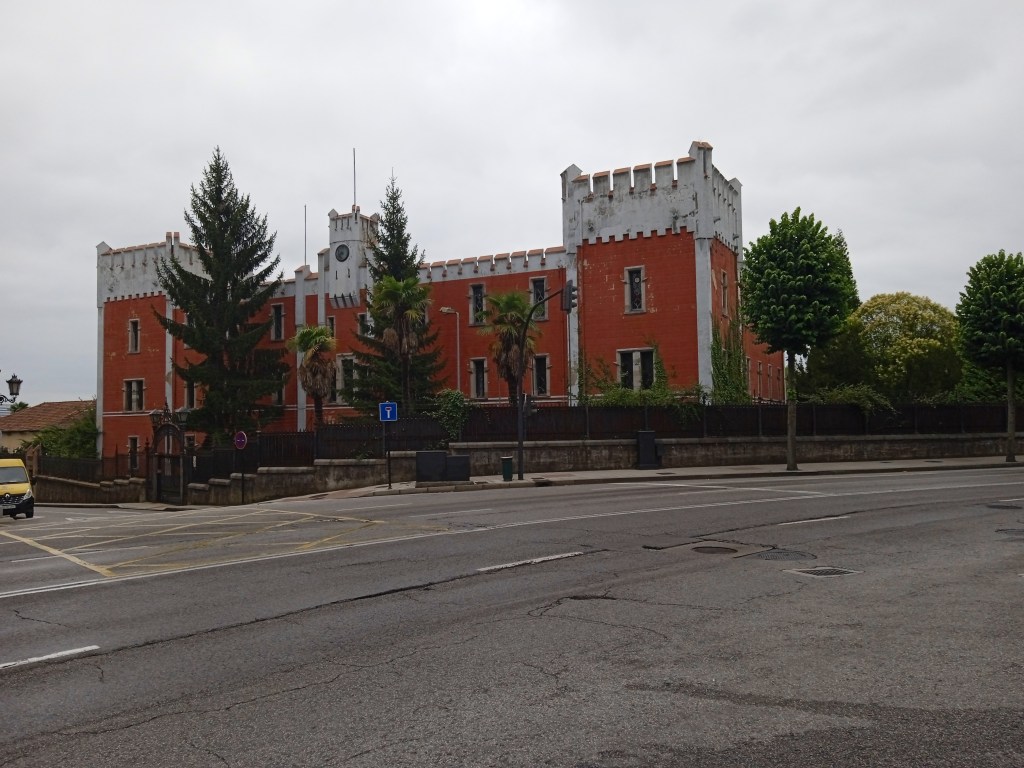
The beach scenes were filmed at Xagó beach, just north of Avilés.
Geostorm (2017)
If you are one of the many people who would like to see Benidorm (Alicante) blown away by a tsunami, here is your chance as the digitally enhanced (or degraded?) Poniente beach and buildings are swept away in another global warming warning. Madrid’s Puerta del Sol suffers a similar fate.
Blade Runner 2049 (2017)
Nobody would ever accuse anyone of cashing in; this was a film that just had to be made, and Harrison Ford isn’t getting any younger!
Andalucía provided some scenes, notably the aerial views of greenhouses of El Ejido, Almería that open the film, and the Gemasolar solar power station Fuentes de Andalucía, province of Sevilla.
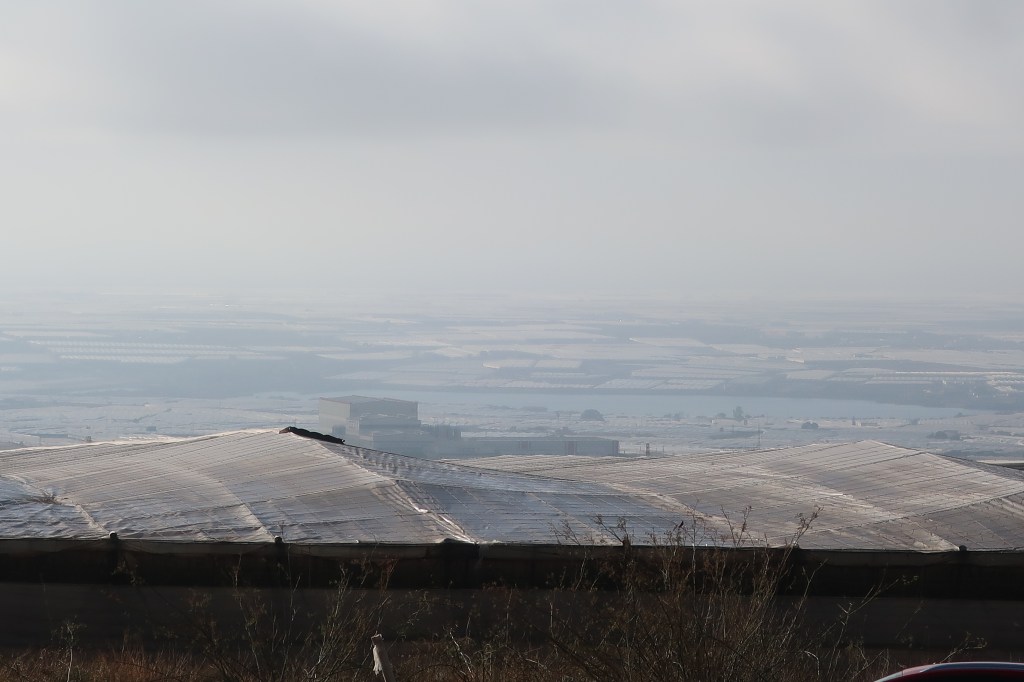
Another location that made it into the film but not into the real world was the Museo del Neandertal de Piloña, which was supposed to be built at Villamayor, Asturias. Unfortunately the money ran out, but the film makers took the minimalist designs to create the HQ of the villainous Wallace Corporation.
Maus (2017)
Although inspired by the Balkan conflict and set in the forests of Bosnia Herzegovina, the woods were really those of El Espinar in Segovia province, with some extra filming in Tenerife for studio scenes at Plató del Atlántico Estudios as well as Parque La Granja de Santa Cruz.
Submergence (2017)
Wim Wenders directs a thriller with a bit of science, a bit of philosophy and a mere soupçon of terrorism with some scenes shot in Madrid and Toledo, where the river Tajo provided some aquatic support near Villamanrique de Tajo–la salina de Buena-mesón, in the municipality of Santa Cruz de la Zarza.
Still Star-Crossed (2017)
In April 2016 Salamanca’s calle Compañía, Casa de las Conchas, the cathedral and the university, all became 16th century Verona in order to continue the story of the families of Romeo and Juliet, although this time with the politically correct addition of various typically 16th century Italian black actors.

Some scenes were also shot in and around nearby Alba de Tormes, Salamanca, at the Basílica de Santa Teresa, an unfinished temple, started in the late 19th century to host Saint Teresa’s remains, although it does operate as a pilgrim hostel.

Another scenario is Cáceres, where a non-execution and rooftop arrowfest in front of San Jorge church serves to announce that “the new Prince is coming!”
In Plasencia, the Palacio Mirabel features as Juliet’s home, and the cathedral also appears.
In Cuidad Real province, in the town of Viso de Marqués, another palace, the 16th century Palacio de los Marqueses de Santa Cruz was employed too.
Apparently the producers are now planning an LGTB version of Othello with an all Chinese cast.
Maniac Tales (2017)
Spanish director Kike Mesa makes his feature debut with a film set in New York but cleverly shot in Málaga.
The El Equitative building in Málaga impersonates a New York edifice, where Enrique Arce gets a job as a porter.
Filming also took place at Ojén, Mijas and Alhaurin de la Torre.
Dirty White Lies (2017)
The lies are about the adulterous behaviour of a couple, and the sea is the Mediterranean, specifically the Costa Blanca, Alicante, where the sailing trip to resolve differences takes place.
Yerma (2017)
Yerma was one of the works of García Lorca, and the film tells the story of its performance in London, although the other plot is a couple who can’t have children.
Scenes were shot at the stunningly beautiful village of Buitrago de Lozoya, and at the hotel and banquet palace complex of Aldea Santillana, Puentes Viejas, both in Madrid.
Pitch Perfect 3 (2017)
An American singing group The Bellas, reunite for a USO tour including a concert at US naval base of La Rota, Cádiz, as the girls go through their paces on the bases.
The cathedral and a few scenes of the city are clearly visible after their visit to the base.
Muse (2017)
Catalan director Jaume Balagueró directed this thriller about nightmares and English literature, using the imposing former asylum of Torrebonica, Barcelona.
ReAgitator: Revenge of the Parody (2017)
This American horror film, with a Frankenstein veneer, was partially filmed on the Canary island of La Palma, mostly at Tazacorte and Los Llanos.
Sacracide (2017)
A horror film shot in pleasant surroundings on Ibiza, with additional filming at Reus, Tarragona.
Solo! (2018)
Not many films have their premiere in the village of Barx, situated in the mountains of Valencia, but Solo was shot there and many of the villagers were extras in this rom-com about an Englishman who inherits his father’s house and tries to reform the village band.
250 locals participated as extras and the auditorium, the village of La Drova and the Puigmola recreational area all appear.
I Love My Mum (2018)
Mother and son wake up in a container and have to make their way back to the UK.
Spanish director Alberto Sciamma takes a poke at nationalism as the odd couple wend their way home, turning up on a beach, which is Benidorm, Alicante, where some kids bury them in the sand.
Luz (2018)
American Director Damian Chapas loves Spain and has a home in Marbella, Málaga, so even though most of the film takes place in LA, there is a ray of Costa del Sol light in the film too.
Fishbone (2018)
Fishbone is a homage to the island of Tabarca, just off Santa Pola, Alicante. It is a magical place both in reality and in the film, where a young chef working in Manhattan returns following her father’s death.
The film, by local director Adán Aliaga, was shot in English, Spanish and Valencian, depending on the locations.
Escape From Marwin (2018)
The first feature of Jordi Catejón is a new take on Escape Rooms but with an old idea about prisoners fighting to survive and achieve their freedom, or die.
Sabadell, Gavà and Viladecans were the locations in Barcelona province.
The mansion was in the centre of Sabadell, in calle Creueta. Visual Group Films informed that the building was later sold and divided into two blocks. The drone scenes were shot in a forest near the industrial estate of Sabadell.
The control room scenes were shot in the Ateneo de las Artes de Viladecans.
The flashback scene was shot in the restaurant El Torreón, in the maritime district of Gavà.
The opening scene was filmed in a factory in Calle Ciencia in the industrial estate of Gavà.
Dancing with Sancho Panza (2018)
Set during the Spanish Civil War, the film tells the story of the Abraham Lincoln Brigade, made up of foreigners who came to Spain to defend the Republic.
Filming took place in Madrid, Alicante and at Belchite, Zaragoza, a town genuinely destroyed during the war and left as a reminder.
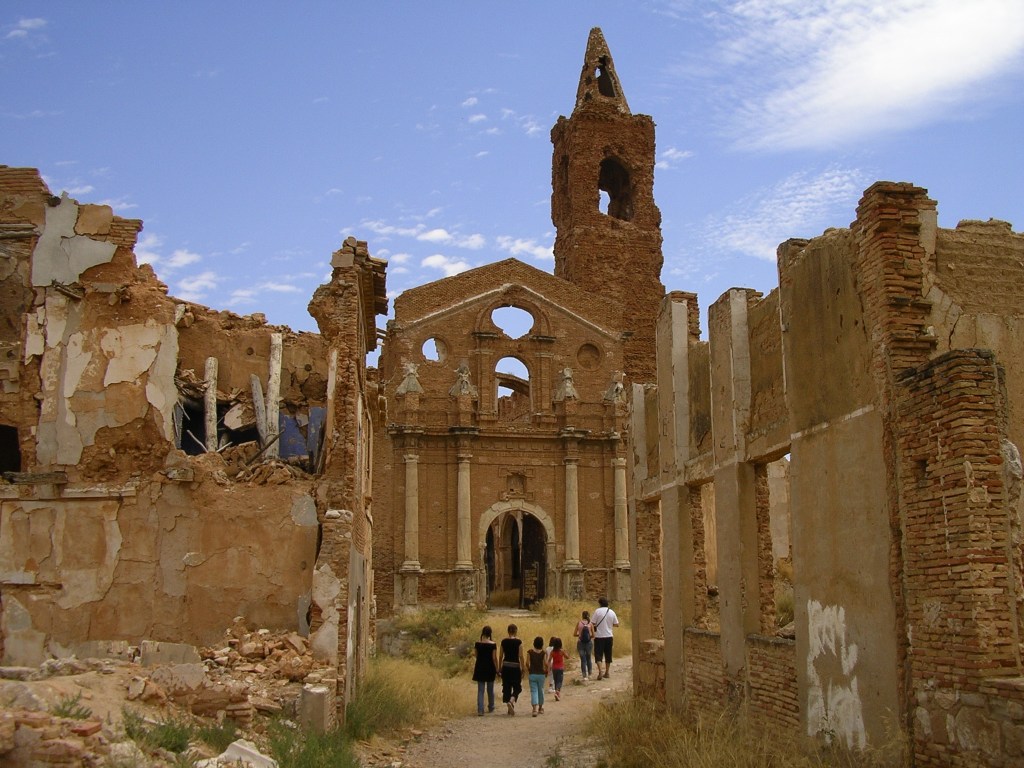
Onyx: Kings of the Grail (2018)
The story of the Holy Grail comes back to life with the discovery of a document in a film spanning the centuries.
In León, this dramatized documentary that claims to have identified the Chalice of Doña Urraca as the grail, was filmed at the Botines Building, which was designed by Gaudí between 1891 and 1892, and now houses a museum. In front of the building, the two researchers, Margarita and José Miguel, meet and discuss pollen testing.

The Cathedral Museum and cloister, Plaza San Marcelo, the Palace of the Guzmanes and the Royal Collegiate and Basilica of San Isidoro (where the Grail is supposedly kept) all contributed their monumentality.
While walking towards the cathedral, the researchers discuss removing the gold cover from the onyx cup. The impressive stained glass windows are taken advantage of inside the cathedral.
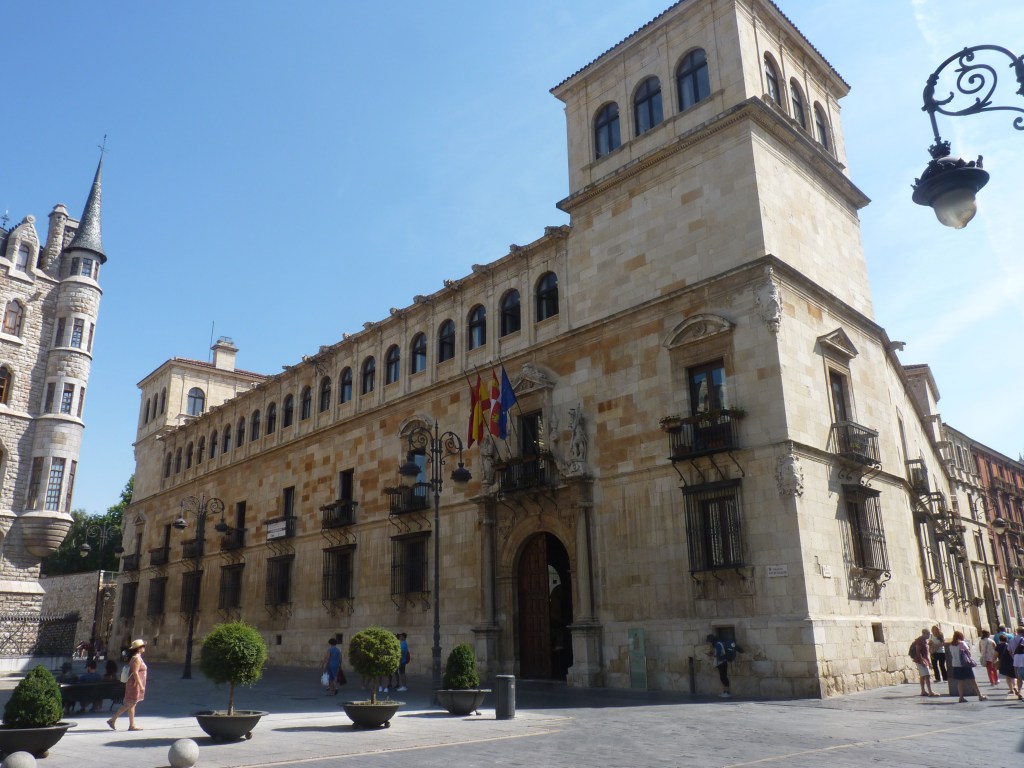
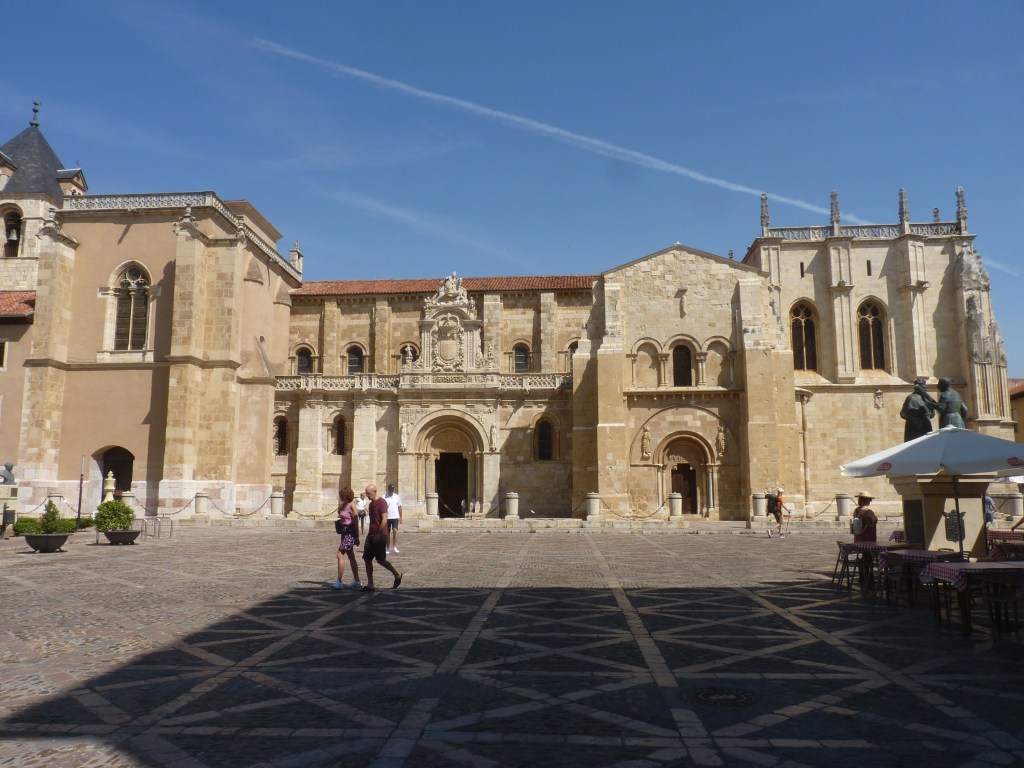
The Last Supper itself was shot just south of the city in a cellar at Valdevimbre. The castle of Cornatel at Villavieja, Priaranza del Bierzo, features too.
In Ponferrada filming took place at the Casona Burillas en Villar de los Barrios (where the Nazis had their HQ) and the Monasterio de Santa María de Carracedo, representing the court of King Fernando I, who receives a visit there from the Emir of Denia.
Margarita presents her findings to press and public in Leon’s Parador hotel.
Heinrich Himmler has a cameo role as the film spans the centuries.
Dead on Time (2018)
The Arab Spring of 2011 finally makes it to the big screen, although it is Málaga that provides the typical Arabian scenery for this bellicose film starring Michael Madsen.
The white sand beaches of Cofete and Barlovento in Jandía Natural Park remain, although the scrap metal dumped there for filming has thankfully been removed.
The Sisters Brothers (2018)
Starring Joaquin Phoenix, this western about bounty hunters with unfortunate nomenclature, originally planned for Canada, was shot partly in Huesca province, using Pyrenees locations such as Hecho, a gulley at Paternoy, Zuriza, the mountains of Salto del Roldán, Oza and a mountain refuge at Linza near Ansó.
The Salto de Roldán (Roldan’s Leap) is a pair of rocky crags in the Pyrenees foothills where, according to legend, Charlemagne’s nephew Roldán leapt on horseback to escape his Saracen pursuers. Just one glance at the inter-crag distance tells us that this is indeed the stuff of legends.
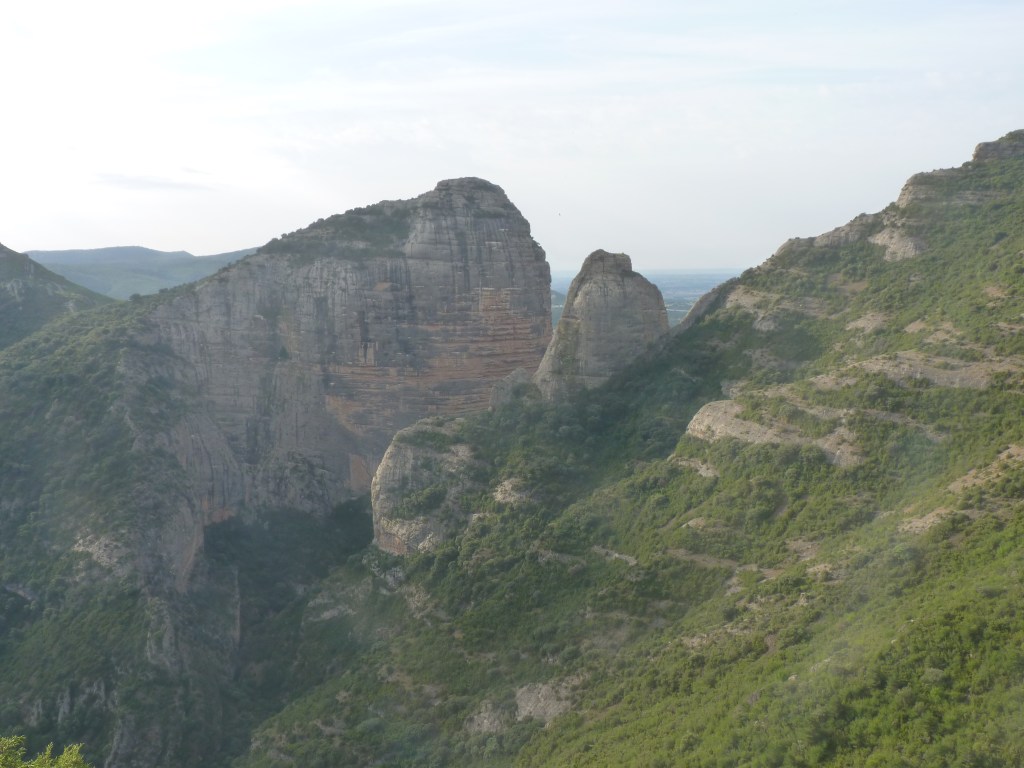
Filming actually began in Almería near Tabernas, for the scenes depicting the Mayfield Mining town at the Cinema Studios Fort Bravo/Texas Hollywood,
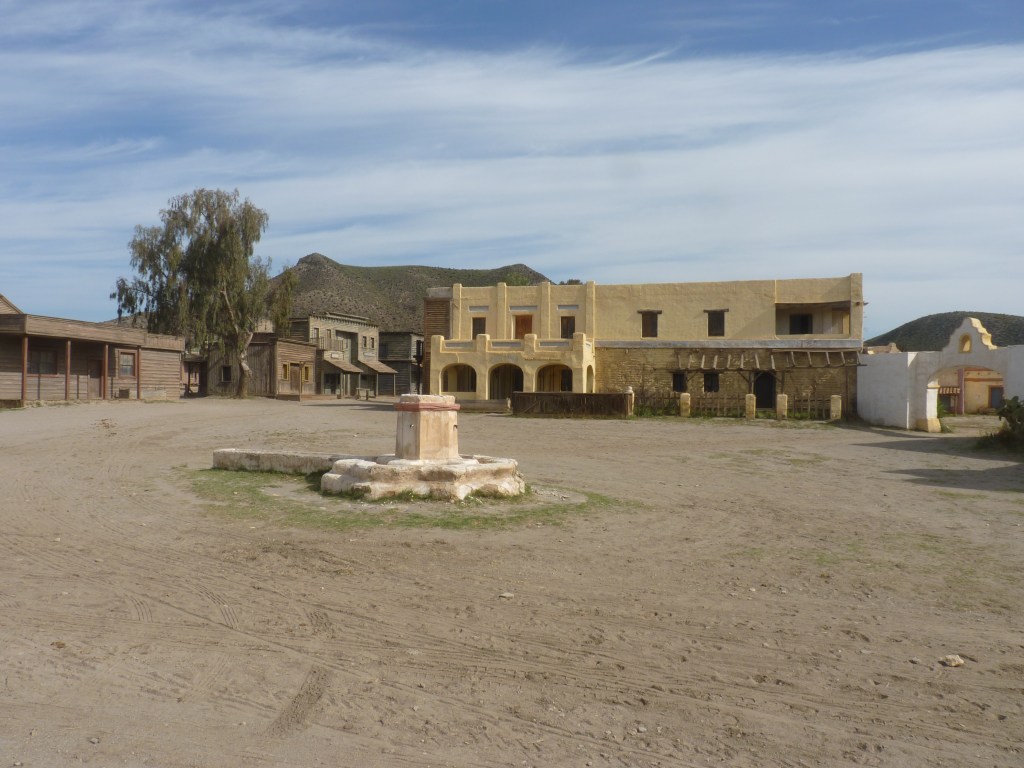
and then moved on to Navarra, where in the Urbasa-Andia mountains, a base camp was set up at the mountain pass of Lizarraga. A large scale representation of 19th century Jacksonville, Oregon was built there for filming between 29th June and 6th July 2017.

Filming took place at locations at Sarasa, Manga de Sosa, Balcón de Pilatos, Cabecera, Lezamen, Kataliturri and Ollide. The crew and actors stayed at Arbizu, and in bungalows at the Urbasa camp site.
Han Solo (2018)
Nobody would ever accuse anyone of cashing in; this was a film that just had to be made, and Ron Howard isn’t getting any younger!
For this spin off, one of many on the conveyor belt no doubt, Solo’s hometown of Corellia on the planet Savareen is represented by the wild landscape of Fuerteventura island, particularly at Cañada La Barca.
The Man Who Killed Don Quixote (2018)
In Toledo province, the scene of the duel with the Knight with mirrors was shot inside the castle at Almonacid; according to Gilliam, he had spotted the location as far back as 1990, although he finally filmed it during the third week of shooting.
Toby arrives at the castle and begins an affray with some sheep, and then in a very Monty Python-like scene, the fight with the knight takes place, all inside the ruined castle and finishing with Toby waking up kissing a sheep.

When Don Quixote believes he has arrived at the lost city of the Moorish kings, Al-Azahara, in fact it is the castle of Oreja, next to its abandoned village.
The name Oreja doesn’t mean ‘ear’ but Aurelia, demonstrating its Roman origin.
From 1113 the castle was used by Muslim forces as a point from which to attack the Christians, until a long siege by Alfonso VII of León led to its recovery.
Once it ceased to be useful militarily, most of the inhabitants moved away to nearby Ontígola and Aranjuez.
Currently the castle is a ruin.
We were given a guided tour by José Emilio Cuerva of SOS Aurelio, a group of local people attempting to save this spectacular location from further deterioration.
There has been a settlement since the Bronze Age, with the Romans taking over around 170 AD.
In 1085 Alfonso VI took Toledo, and among the spoils was Oreja, a strategic castle overlooking the River Tajo valley.
In 1108 the Christians lost the Battle of Uclés and by 1113 the castle was once again under Muslim control.
Alfonso VII recovered it on 31st October 1139 after a lengthy siege lasting 18 months.
Following the Battle of Alarcos in 1197, Alfonso VIII lost to the Muslims, although they couldn’t take Oreja, which in 1171 had been given to the Order of Santiago.

The main street of the abandoned village is used when Quixote and Sancho follow a girl on a bicycle into a settlement inhabited by gypsies and illegal immigrants.
The ruined interior of the castle keep is used for a brief scene where Quixote taunts Sancho with his singing.
The famous tavern set at Talamanca de Jarama (Madrid) was put to good use once again, as was Spanish actress Rossy de Palma. Also in Madrid, and similarly frequent, Viñuelas castle saw three days shooting. Here the hotel scenes were shot. In the restaurant a canopy was created for the flamenco dancing scene.
Also frequently used, the waterfall at Monasterio de Piedra (Zaragoza) for the scene of Toby’s reunion ten years after with Angélica.
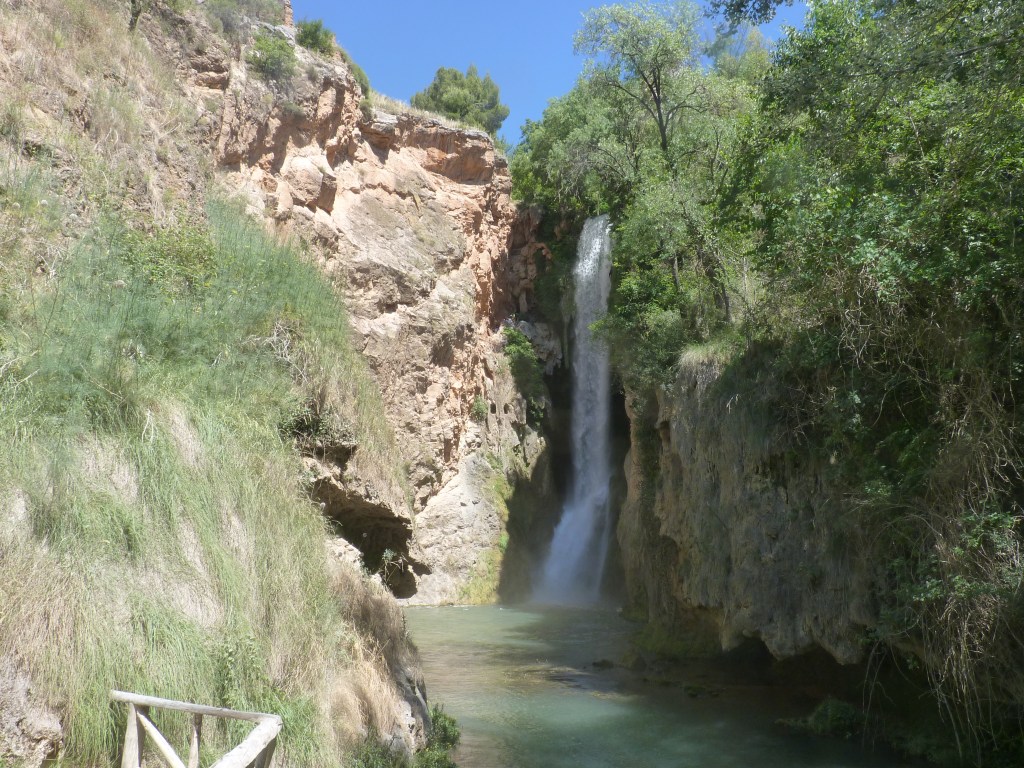
Gallipienzo (Navarra) was the village of Los Sueños, where Toby arrives on a motorbike and is reunited with the people from his past, including Don Quixote the cobbler. The nearby desert landscapes of Las Bardenas Reales once more provided wastelands for several scenes as Quixote and Toby look for adventure and Quixote ends up fighting the Guardia Civil, and the village of San Martín de Unx provided the modern windmills.
Villacastín (Segovia) provided the older windmills for Quixote’s updated dreams of giants, while the arid landscapes of Fuerteventura provided the backdrop for Quixote’s fight with the giants.
Ibiza (2018)
Three American girls travel to Barcelona and then Ibiza, although a lot of the scenes were filmed in the Balkans.
A rom-com chick-flick that didn’t please the authorities of Ibiza very much, hence the locations.
Blackwood (2018)
Also known as ‘Down a Dark Hall,’ Rodrigo Cortés continues to direct tense films. Blackwood is an exclusive school for troubled adolescents run by Uma Thurman.
The school was a set built in the Parque Audiovisual de Cataluña, Terrasa (Barcelona).
Interiors of the school were filmed at Las Palmas de Gran Canaria in the Gabinete Literario, with other scenes shot at plaza de la Feria and around the Delegación del Gobierno.
The Titan (2018)
Same name, same Canaries, same star (Sam Worthington) but not a God in sight for this science fiction film shot in the southern part of Gran Canaria around the famous Maspalomas beach and dunes, where the stars stayed at the Hotel Lopesan Costa Meloneras and dined at the Samsara restaurant.
Some interiors were filmed in the area, particularly in a villa at the Monte León residential estate at San Bartolomé de Tirajana, with exteriors in the inland mountainous region of Tejeda.
To the south west we can find the reservoir Cueva de las Niñas, which is seen several times.
Two swimming pools were used for the production, the municipal pool at Vecindario, Santa Lucia and the Manuel Guerra Ciudad Deportivo in the island’s capital.
The semi-abandoned premises of the Colegio Universitario de Las Palmas (CULP), belonging to the Universidad de Las Palmas de Gran Canaria near the Hospital Universitario Insular de Gran Canaria was used for some filming, while the beach scenes were shot at Arinaga on the south east tip of the island, where the NATO base was located.
The airport scene was shot at the Real Aeroclub de Gran Canaria.
Trained to Kill (2018)
The action moves between Scotland and Torrevieja and Torremendo, Alicante, as ex-SAS men try to righten wrong.
The Price of Death (2018)
The good, old fashioned Almería western is not dead yet, and bounty hunters continue to get their man and their fee just like the lawyers of today.
The western town scenes were shot at the ever reliable, tumbleweed infested, don’t lean on anything in case it falls down, Mini Hollywood at Tabernas, as well as the Western Leone township, with additional filming at Gádor, Abla and Abrucena and a sensible number of horses.
Domino (2018)
Brian de Palma deals with international terrorism in a Danish film with scenes in Belgium, and a brief dip into the bullring, airport and port of Almería.
The bullring is the scene of various meetings and the terrorist bomb attack, when the terrorist enters selling popcorn or some such thing.
The famous, endless greenhouses around Adra also feature.
Hello Au Revoir (2018)
Another of these films that accumulate contributions from all around the world, which in the case of Spain includes Madrid and Cabrils, Barcelona.
Sonja: The White Swan (2018)
This Norwegian film tells the story of an ice skating star who goes to Hollywood in order to rise and fall.
Algeciras, Cádiz, provides some street scenes, while the desert of Tabernas, Almería portrays the deserts near LA.
The Bounty Killer (2018)
Shot mostly at Poblado Western ‘Sergio Leone’, Tabernas, Almería, used by the man himself for Once Upon a Time in The West.
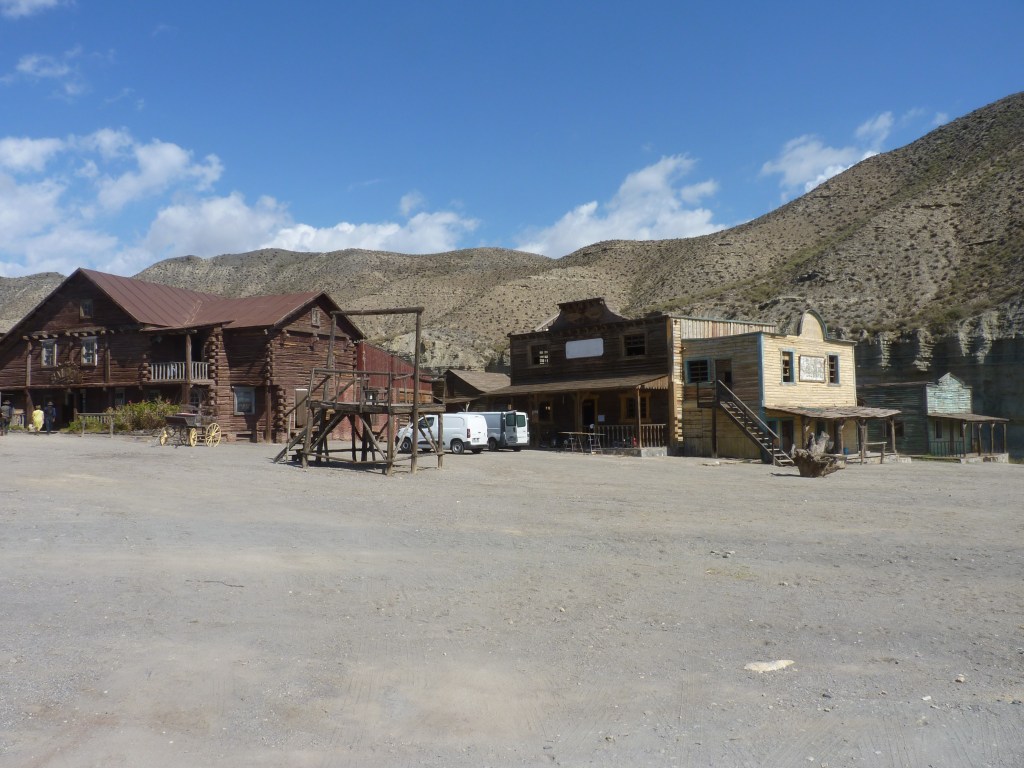
The story isn’t exactly original; a Mexican landowner hires a bounty killer to find his kidnapped daughter.
After the Lethargy (2018)
With a Barcelona based production company called Creatures of the Dark, you might expect something gruesome, filmed in English in Catalonia. And you’d be right. Marc Carreté directed.
A creature from another world terrorises some young people in the woods, with shooting at Bosc de Can Deu, Sabadell, and in the Parc Natural de la Serra de Collserola.
Also used for the military barracks was the old Hospital de Torrax at Terrassa.
Furthermore, the iconic mountains of Montserrat appear on TV when a journalist is talking about UFO sightings.

All of the locations are in the province of Barcelona.
Life Itself (2018)
A film of flashbacks, flashforwards and even flashsideways, telling the stories of various characters in New York, and Antonio Banderas, which is why part of the action takes place at Hacienda Molinillos, Carmona, Sevilla, on the estate of an olive growing wealthy farmer who thinks that money can buy love, and isn’t exactly wrong.
The estate is actually used for weddings and other events.
The Other Side of the Wind (2018)
Although shot in the 70s in USA, France and Spain, the film was not released in Orson Welles’ lifetime.
The scenes with Lilli Palmer, the German actress, were filmed in Spain while Welles was trapped in Madrid, waiting for finance and good weather.
Miss Dalí (2018)
The story of Salvador Dalí’s sister Anna María, shot mostly around the family’s summer house, which is now a museum, at Port Lligat near Cadaqués, Girona, on the beautiful Costa Brava coast.
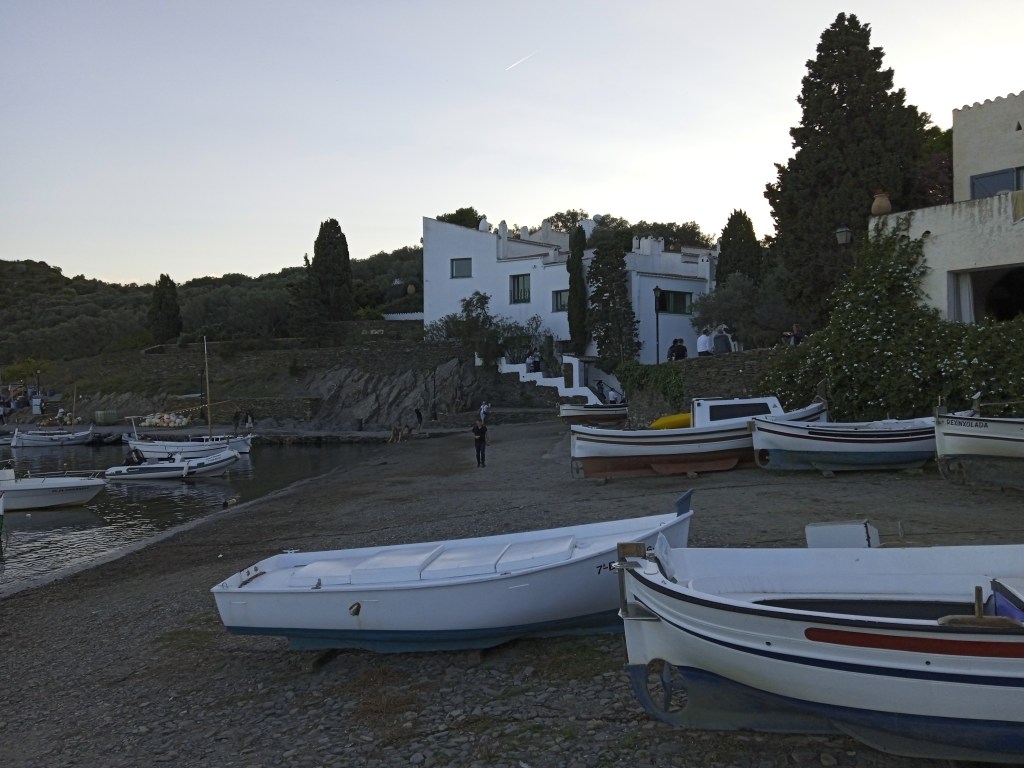
As she studied at Cambridge, Anna María speaks good English, as does her university friend played by Claire Bloom.
The scene where Lorca is led blindfolded into a church was filmed at Santa María de Cadaqués.

Sunburn (2018)
An American tourist goes looking for a missing friend in the Alpujarras mountains of Granada. After passing through Granada airport, he ends up at Bubión (‘Angustias’ in the film) for some horror and sex and then some more horror. Angustias is a character from Lorca’s play The House of Bernarda Alba, and young Mike arrives at the airport bearing Lorca’s name in Granada.
I doubt if the local tourist board will use the film to promote the village, except for a minority kind of tourism.
The Invocation of Enver Simaku (2018)
According to ‘Con Un Pack’ distribution company, the film was shot in Albania, although interior scenes, such as the interview with the priest, were filmed at Bigastro, Elche, Formiche Alto and Santa Pola, all in the province of Alicante.
The film deals with a camerawoman who was killed during a conflict and her husband’s obsession with what really happened.
Caged (2018)
A girl travels to Almería to participate in a film, which turns into a real life drama of vengeance.
Filmed in the desert of Tabernas, and in one scene the castle of Almería’s Alcazaba can be seen in the distance.
The Gate: Dawn of the Baha’i Faith (2018)
Although it is a documentary, and a very biased one, many scenes from the story of this 19th century Messiah are reproduced with actors, and were shot in Spain, representing Iran.
One location where they still remember the filming is Cuevas Almagruz, Granada, where the films shot there are well documented by Manuel, the manager, who provides cave accommodation (much more upmarket than it sounds), and an amazing educational service documenting and demonstrating cave-life in Granada province throughout the ages.
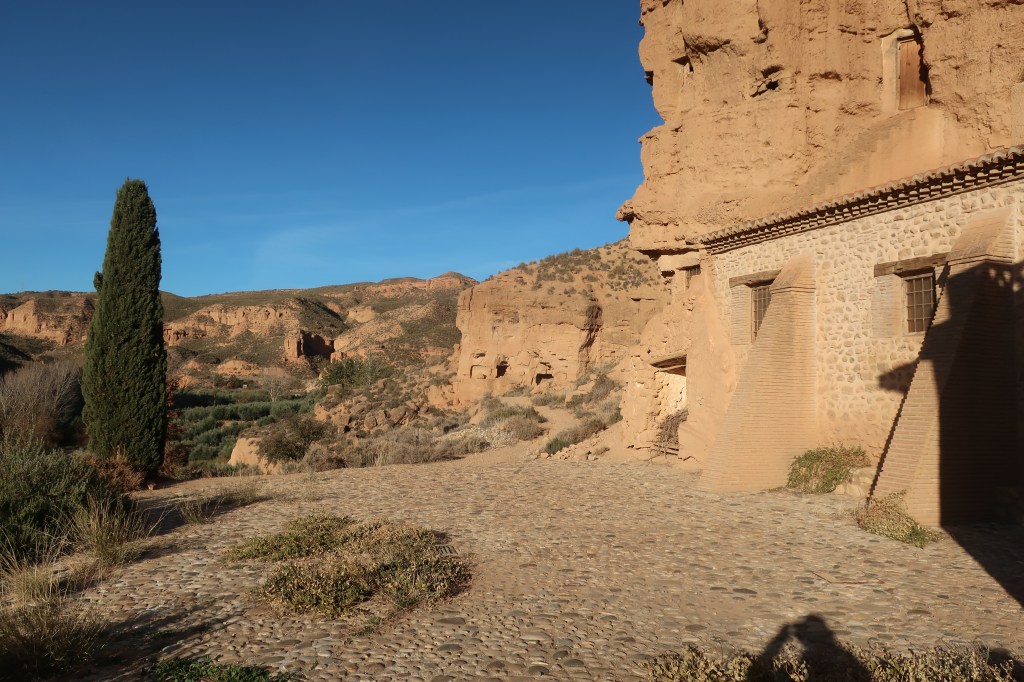
The Vibe (2019)
Poison and religion make a dangerous mix for a thriller filmed in Barcelona and Paris.
Barcelona plays itself and there are plenty of aerial shots and pans to highlight many of the attractions such as the Sagrada Familia cathedral.
The Glorious Seven (2019)
Not to be confused with magnificence, a surprisingly original plot of a group of ex-soldiers tracking down the kidnapped wife of a millionaire by a guerrilla group.
The millionaire’s villa is the Casa Rural Sant Grau, Navès, Lleida.
The Rhythm Section (2019)
Blake Lively and Jude Law star in a family thriller as she pursues the people who killed her family.
The action begins in Tangier as she hones in on one of the men responsible, but we return to that scene later.
Almería represents Tangier, and there is a car chase as Lively escapes the terrorists, starting in Calle Cara and ending in a crash at the roundabout in the Pescaderia neighbourhood. During these scenes the Alcazaba castle can be seen on various occasions.
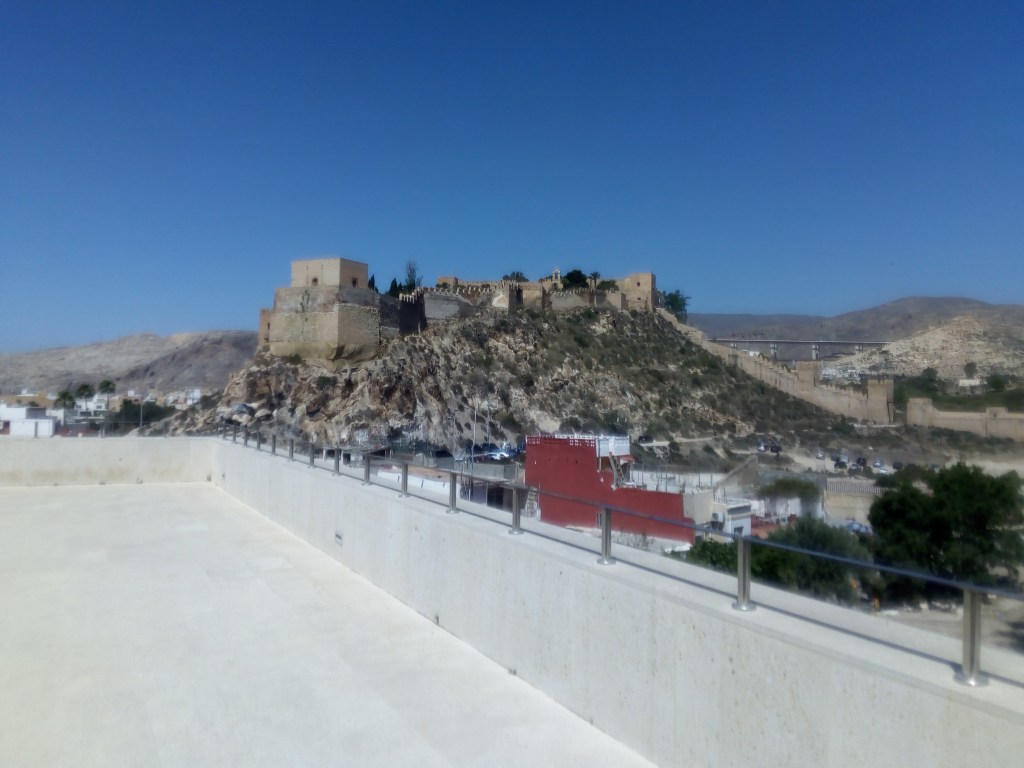
Plaza Campoamor was turned into a Moroccan market for the film.
Jude, an ex-agent, sends Blake to Madrid to meet Marc Serra, an ex-CIA agent.
The streets of Madrid portrayed, specifically, were calle Arenal, calle Alcalá and Gran Vía, while other scenes were shot in calle de las Maldonadas in La Latina district, calle Augusto Figueroa in Chueca district and Pasadizo de San Ginés, where Lively meets Marc as he is looking at magazines. She also has two encounters with him in a market, the Mercado de la Cebada.
In nearby San Martín de Valdeiglesias, Marc Serra’s house is located. Supposedly a riverside villa, the water in fact belongs to the San Juan reservoir.
Then she is supposedly off to Marseilles, which in fact was Cádiz, and she pursues Mohammed Reza onto a bus, which explodes next to the city’s cathedral, in Calle Arquitecto Acero.
Calle Sopranis and Plaza de las Canastas were also used.
The Kill Team (2019)
Once again American soldiers doubt their role overseas, and Fuerteventura provides a convincing Afghanistan to deal with that. An entire village was built representing Mojammad Kalay in southern Afghanistan.
Terminator: Dark Fate (2019)
Once again humanity discovers the folly of allowing robots to take over the world. Some people in Madrid were also a bit put out when shooting took place there in June 2018. Calle Santa Isabel, between Lavapiés and Antón Martín became Mexico, while Cartagena, Murcia provided other typical Mexican scenery, represented by calle Casas de Candela, in the Los Mateos district and the Cabezo Beaza industrial estate.
Another industrial estate used was that of Catral in Alicante province. The San Juan estate provided the wall through which a lorry crashes, a scene that is used in the preliminary trailers to promote the film. The wall is part of the factory where Dani and Diego work and from which Grace extracts them, fleeing from the new Terminator.
Guatemala on the other hand was provided by Isleta del Moro, Almería.
The ruins of the abandoned spa Real Sitio de la Isabela at the reservoir of Buendía, between the provinces of Cuenca and Guadalajara appear in a river crossing scene, where illegal immigrants are trying to cross into the USA.
In nearby Toledo province, the town of Villaseca de la Sagra provided a railway line for a train scene between Prado Viejo and Los Pilares. This also involves immigrants, making their way towards the American dream.
One classic location which got a second chance was the dam at Aldeadávila de la Ribera, Salamanca. This dam started and ended Doctor Zhivago in 1965, and returns to its former glory with terrified workers scurrying for safety. It also ends this film as the climax is reached with some serious killing and self-sacrifice and two planes crash into the reservoir.
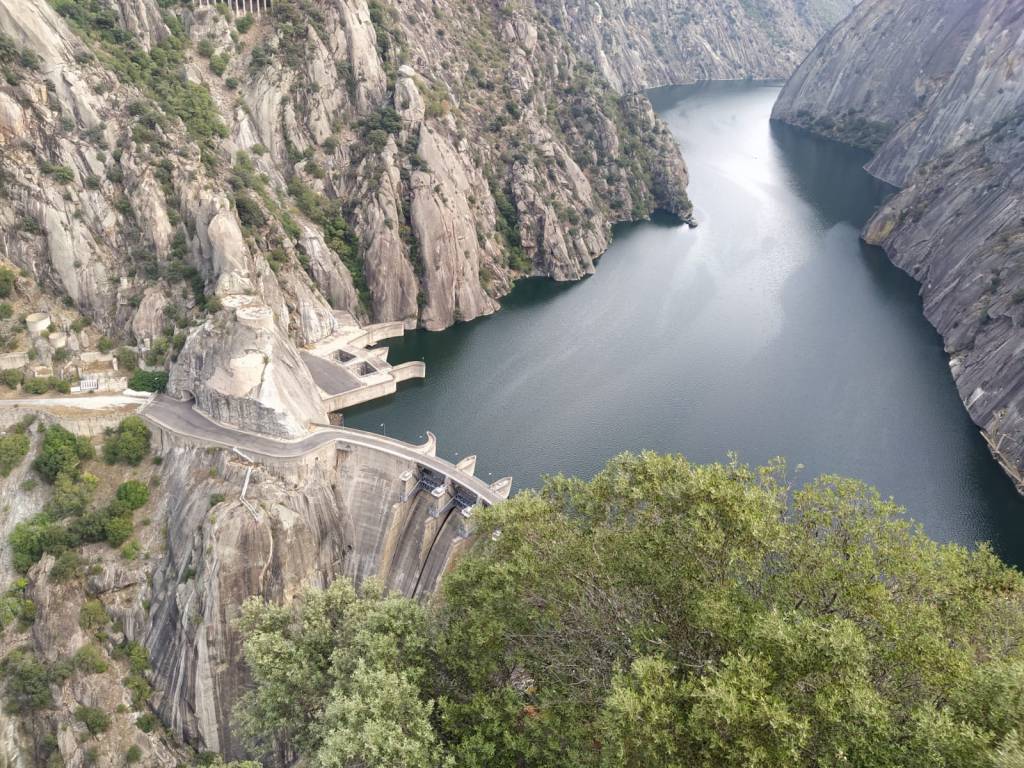
Spanish actress Alicia Borrachero plays Arnold’s (sort of) human wife.
The Hustle (2019)
Anne Hathaway and Rebel Wilson take on the roles of Steve Martin and Michael Caine from Dirty Rotten Scoundrels in a remake shot in Mallorca, especially at Cala Rajada, at the western extreme of the island, representing the exotic French Riviera.
Much of the luxury was provided by Hospes Maricel & Spa Mallorca.
Be Happy! (the musical) (2019)
Catalan director Ventura Pons creates a wide range of characters living in different places and in different stages of their relationships.
Among the locations is Mallorca, whose mountains, coastline and vineyards contrast with London.
Girona also plays an important role as David lives in Banyoles and works in Girona, while his mother Betsy, lives in Cadaqués, while Albert lives in Begur.
Love Unlimited (2019)
Although officially finished in 2013, this thriller shot in Sevilla by young director Alejandro Ochoa, has yet to see the inside of a cinema.
During the TV news scenes the city’s Guadalquivir river and emblematic Torre de Oro appear in the backdrop.

Milk and Honey (2019)
Cyber crime is the name of the game, with some excursions to Marbella and Mijas in the province of Málaga.
Rambo 5: Last Blood (2019)
Once again Stallone shoots absolutely and definitively the very last instalment of the franchise, this time with Spanish actress Paz Vega and scenes filmed in the Canary Islands.
Fuerteventura and Tenerife represent Arizona and Mexico as Rambo tracks down the people who kidnapped a friend’s grandaughter.
The Complejo Ambiental de Tenerife at Arico, despite its cool name, is where all the island’s rubbish goes and is, hopefully, recycled. No doubt Stallone will use the location to clean up some villains.
El Rosario, a municipality in the north eastern part of the island of Tenerife provided the location of a Mexican cantina, situated near Plaza Gabriel in Llano del Moro.
Villa Circense, a luxurious building owned by a German lady, was rented for a mere 1,200€ a day to represent the home of the villain Hugo Martínez, played by Sergio Peris-Mencheta.
The house is on an estate, Villa Paraíso, at Santa Úrsula.
I’ll See What I Can Do (2019)
Although the action mostly takes place in the UK, there is a brief visit to Carlton’s villa, which is located in Madrid.
Remember Me (2019)
Bruce Dern fakes Alzheimer’s to get into a residence where an old flame is suffering the real thing.
Filming took place in Madrid, (Villanueva de la Cañada and Pozuelo) and in Navarra, where Elizondo in the Valle de Baztán was a location.
The residence was further south at the Hotel Villa Marcilla, in the village of Marcilla.
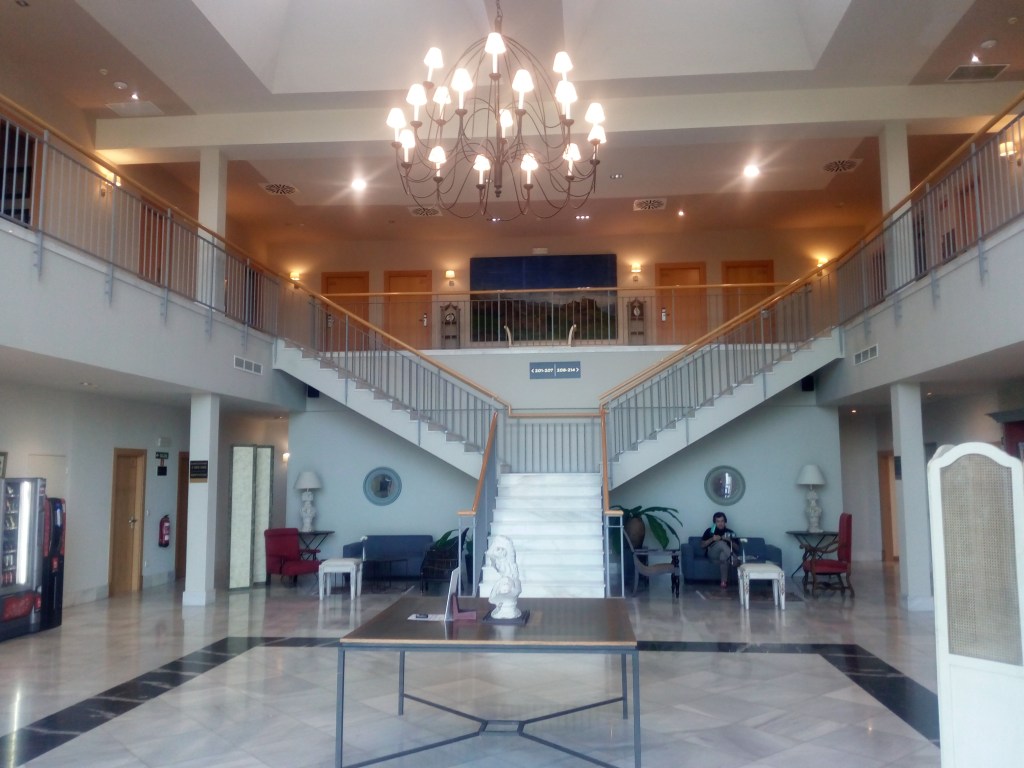
I had a lovely chat with the Baselga-Elorz family, who live across the street and who were the owners of the hotel and restaurant before. Surrounded by some of her 22 grandchildren, the lady of the house told us that the filming had taken place during a month in May 2018, and that the whole hotel was occupied by about 100 crew and actors, while the leads stayed in Pamplona.
In reality the hotel and restaurant are separate buildings, although they merge in the film, which took advantage of the lush, verdant restaurant gardens.

The hotel maintains its elegance, and the enormous, spacious lobby, but has lost a lot with the building of a roundabout and industrial estate right on the doorstep, and now sells itself as Low Cost.
Paradise Hills (2019)
A tropical island has a centre for reforming young people, with filming at Barcelona and Gran Canaria, notably in the capital, at the abandoned San Martín Centro de Cultura Contemporánea, Gran Canaria Arena, and at the beach of El Confital, where we see our actresses walking and talking as the waves lap their feet.
Further scenes were shot in the northern part of the island at Las Cuevas de Las Cruces, situated at Gáldar, where the girls plot escaping in their boat, and at the lush botanical gardens of La Marquesa at Arucas, representing the reformation centre.
The church scene was filmed at Santa Magdalena d’Espluges de Llobregat, Barcelona, and the cloister of the Monestir de Santa María de Montsió in the same town provided images for the centre too.
Starring Emma Roberts, niece of Julia, and Milla Jovovich as the flowery director.
Spider-Man: Far from Home (2019)
Spider Man and his friends go on holiday and are doing Europe when some evil needs to be sorted out.
The town of Belchite, Zaragoza lent its Civil War ruins during two weeks to represent the Mexican town of Ixtenco being destroyed by a malicious, powerful monster who is tackled by super-hero Mysterio.
The ruined church of San Agustín is especially noticeable.

Other Euro locations trashed were Venice, Prague and London.
Wasp Network (2019)
Shooting took place at some distinctive yellow flats in the neighbourhood of Las Rehoyas in Las Palmas, Gran Canaria, representing Miami, with additional filming in the Colegio Brains and Ciudad de la Justicia law courts.
Filming started around the old El Pino social health centre at Tarifa, and stars Penelope Cruz.
There were also scenes filmed at San Bartolomé de Tirajana at the Campo Internacional de Golf of Maspalomas, the Real Aeroclub de Gran Canaria at San Agustín, as well as the hotel Lopesan Costa Meloneras, where the crew also stayed.
Dulcinea (2019)
Some days are worse than others. An American, obsessed with Spain, returns home to find that his girlfriend is cheating on him with his brother (who else?) and his mother is dead.
Madrid features a lot, especially the Plaza de España with its Don Quixote statue, and the lake at the Casa del Campo, Puerta del sol, Plaza Mayor, Palacio Real, Museo Del Prado, Cibeles, Palacio de Correos, Gran Vía, the restaurant Las Bravas, as well as the well known ‘suicide bridge,’ which is technically the Segovia or Bailén viaduct, although locals prefer the former title.
There is also an excursion to Asturias at Cabo de Peñas, as well as Consuegra, Toledo, with its famous row of windmills, suitable for a film named after Quixote’s muse.
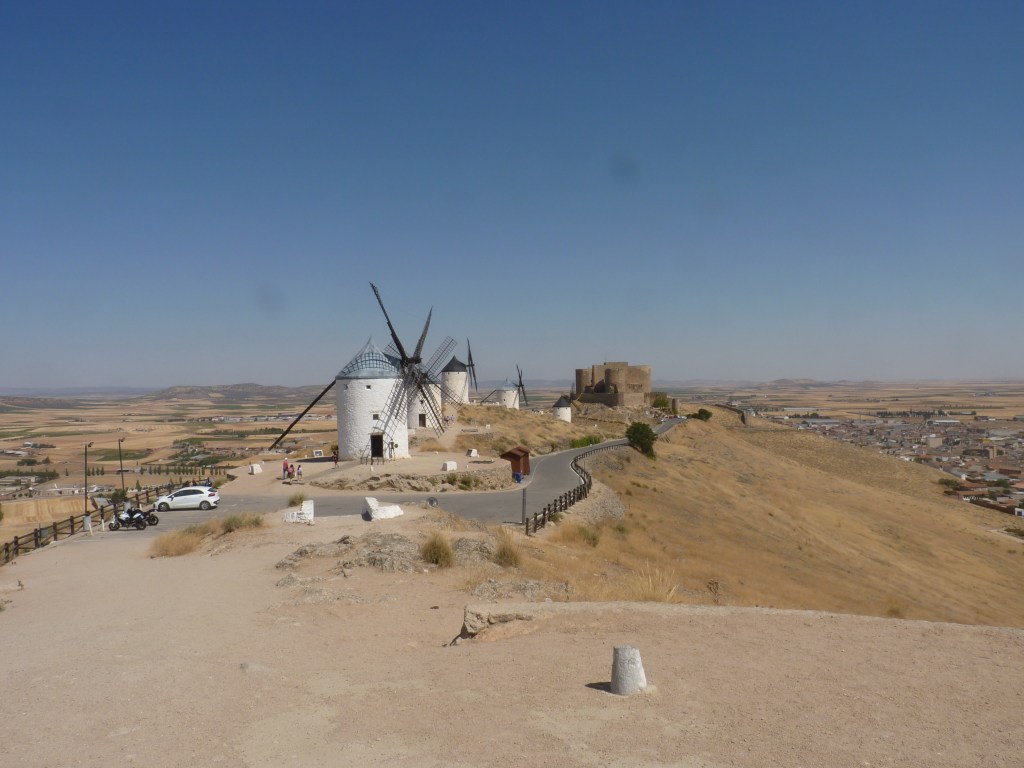
There’s even a magic ring!
Rare Beasts (2019)
Some of this film about feminism and bringing up children and love and the whole damn thing was shot in Lloret de Mar, at the wonderful coastal gardens of Santa Clotilde, where the wild, wedding takes place, and Llagostera (Girona).
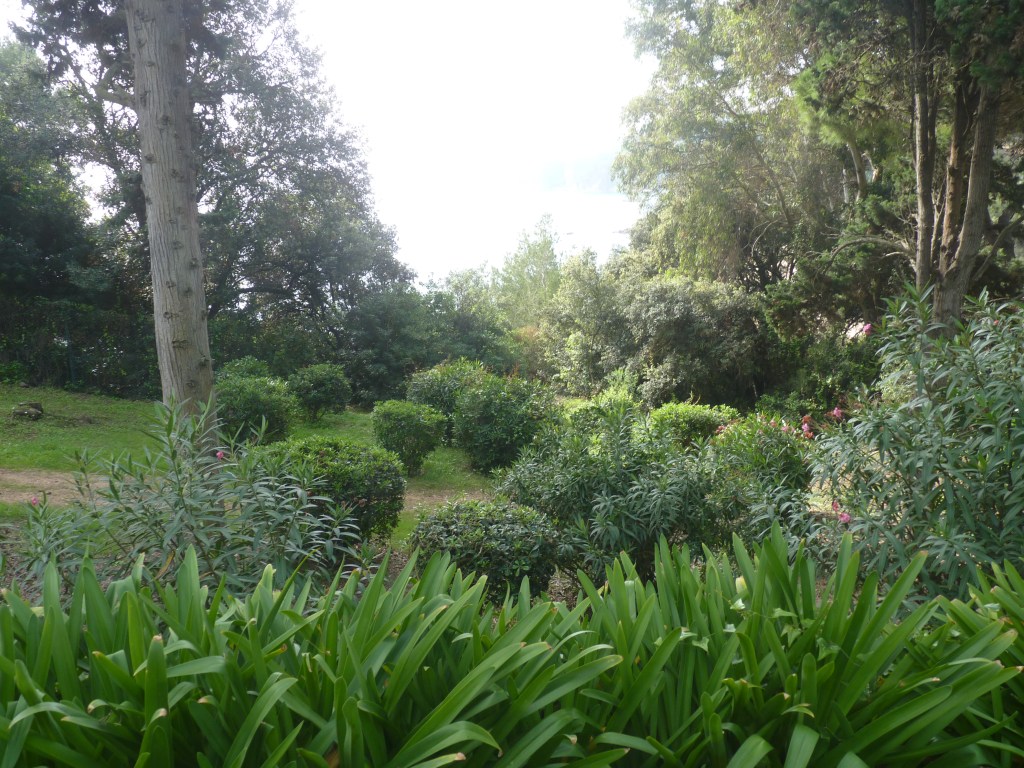
WW2: The Long Road Home (2019)
Director Elliott Hasler, who based the film on his great-grandfather’s experiences, told us that the scenes shot in Spain fill in for Sidi Nsir in Tunisia where part of the film is set.
The main character, Private Charlie, goes for a solitary swim prior to being sent into the desert on a mission during which he is captured by the Nazis. This was shot on a beach just north of Cape Trafalgar near Barbate, Cádiz.
There are also a couple of shots that were filmed in Ronda, which fills in for parts of the British Army HQ in Sidi Nsir.
Radioactive (2019)
The story of the Nobel winning couple, the Curies, including a scene in the Nevada desert from 1961, shot at Tabernas, Almería, and depicting the nuclear tests there.
Rise of the Footsoldier 4: Marbella (2019)
The Pat Tate story continues, with revenge-violence as the main theme. As the title suggests, Pat travels to Marbella, Málaga for some sunny scrapping.
Mother, Father, Son (2019)
Richard Gere’s first venture into TV with a BBC miniseries, supposedly based on Richard Murdoch.
Sevilla fills in for Mexico, with shooting taking place at the village of San Juan de Aznalfarache, decked out for Day of the Dead celebrations, and where a market was created in calle Uruguay.
In a neighbourhood called La Pañoleta, Gere visits a typical bodega, in reality, San Rafael.
In the city of Sevilla, the Town Hall, the parliament building of Andalucía and the palace of the Marqueses de la Motilla were all used.
Strong Artificial Intelligence (2019)
A bit of a one man show, unless you count the would-be robot. The writer/director adheres to conspiracy theories about world domination by the illuminati etc. However, we do get to see some lovely scenery from Gran Canaria, starting with the Maspalomas dunes.
The carnival celebrations also feature with a party on the Playa de los Ingleses.
As Riccardo (human) develops his relationship with David (aspiring human) he visits the Playa de los Amadores, where he talks about life after Riccardo, and later to the white sandy each at Puerto Rico to watch some volleyball.
Savage State (2019)
If Italian westerns are spaghetti, I’m not sure what to call a French one, but here it is.
The dialogues are in French and English as a wealthy French family tries to escape the American Civil War in Missouri.
Some of the film was shot in the Monegros desert, and the emblematic rock, the Tozal de la Cobeta appears, and is also seen in the trailer.
Once Upon a Time in Deadwood (2019)
Motivating staff is always positive, and Charles Bronson lookalike Robert Bronzi, who plays the Colonel, is especially keen to rescue his employer’s sister, as she has the antidote to the poison the boss has given him.
Among the locations was the Western Leone township in Almería, where West Bank plays a role in both the film and the trailer.
